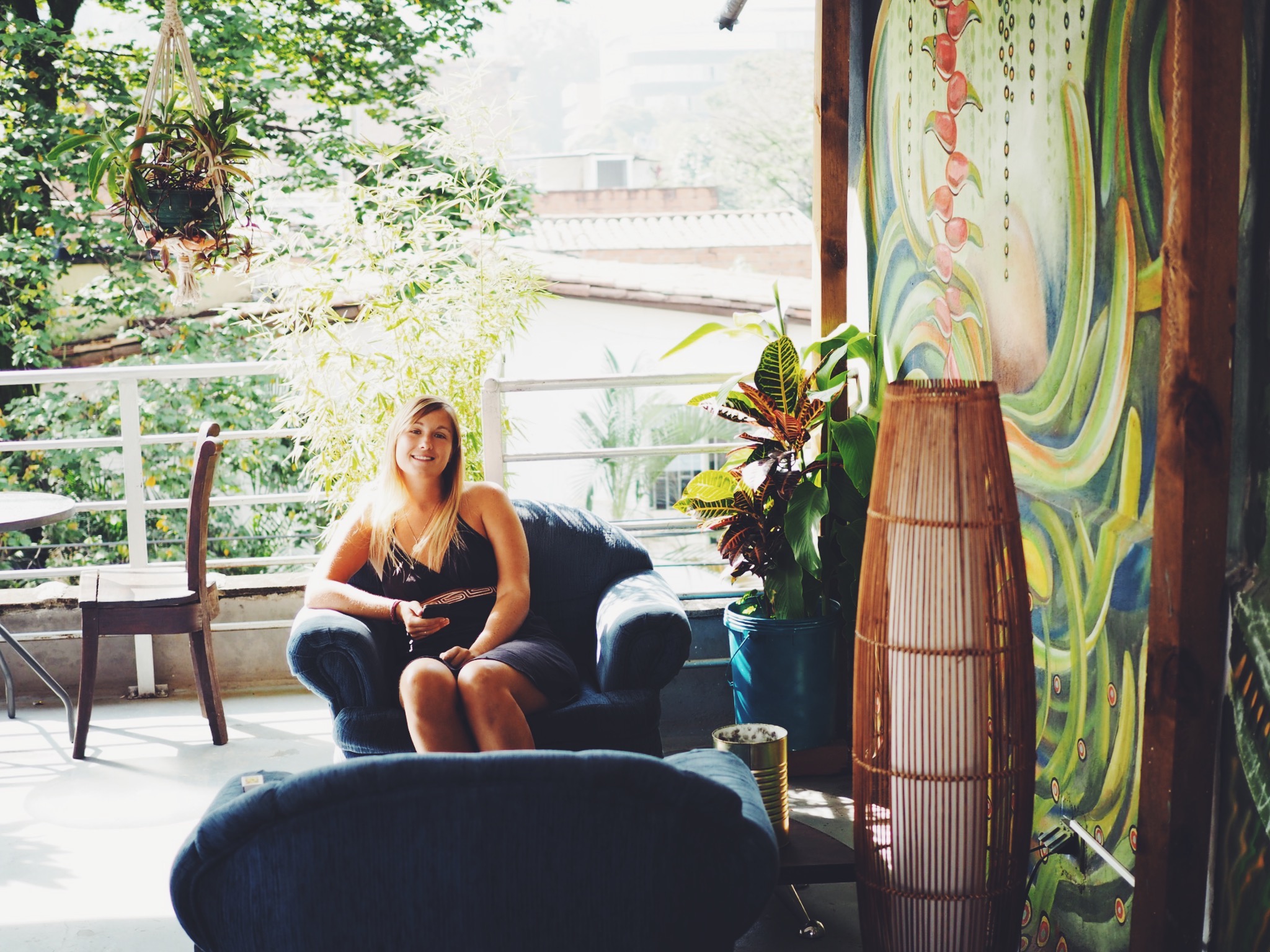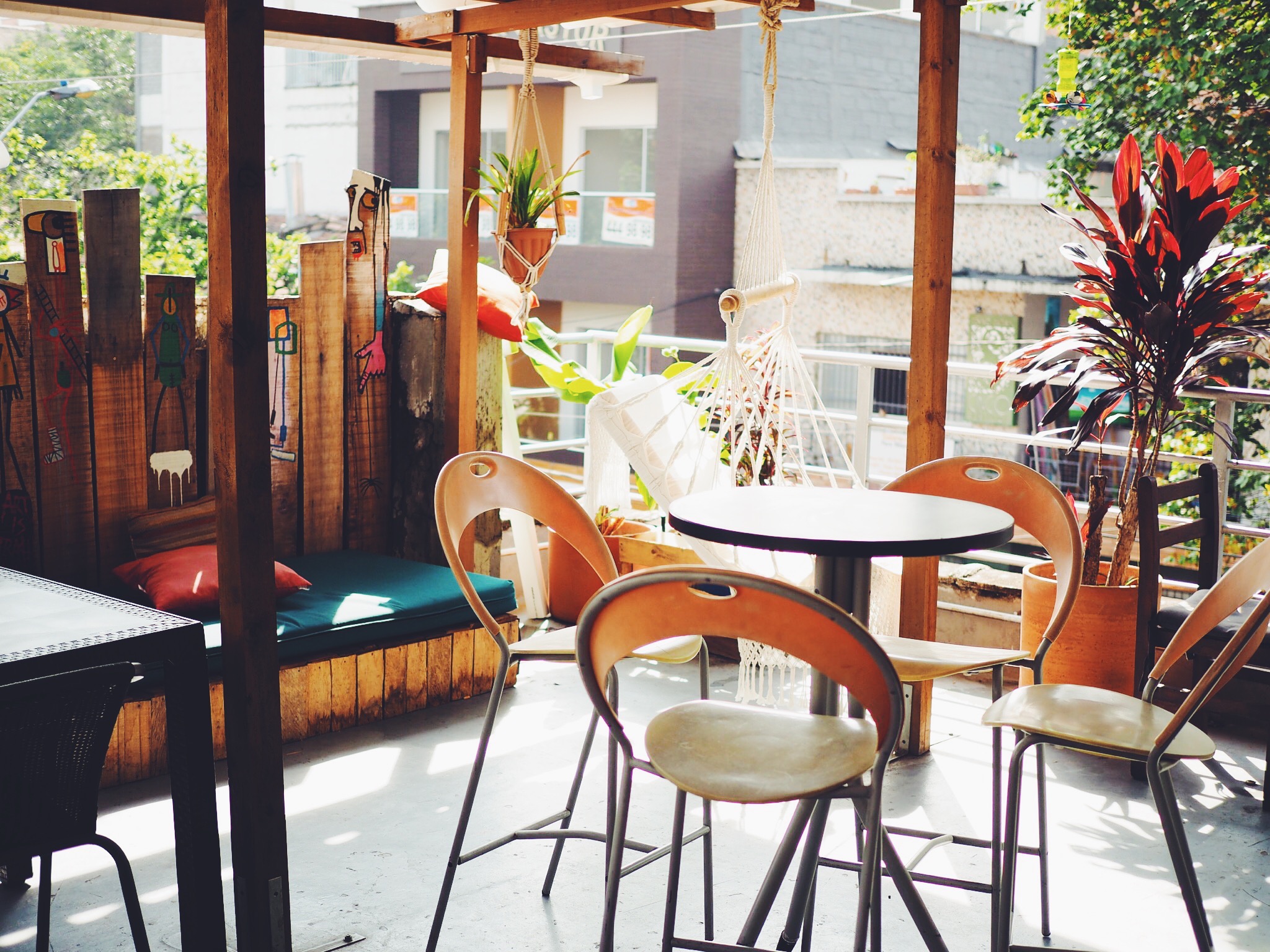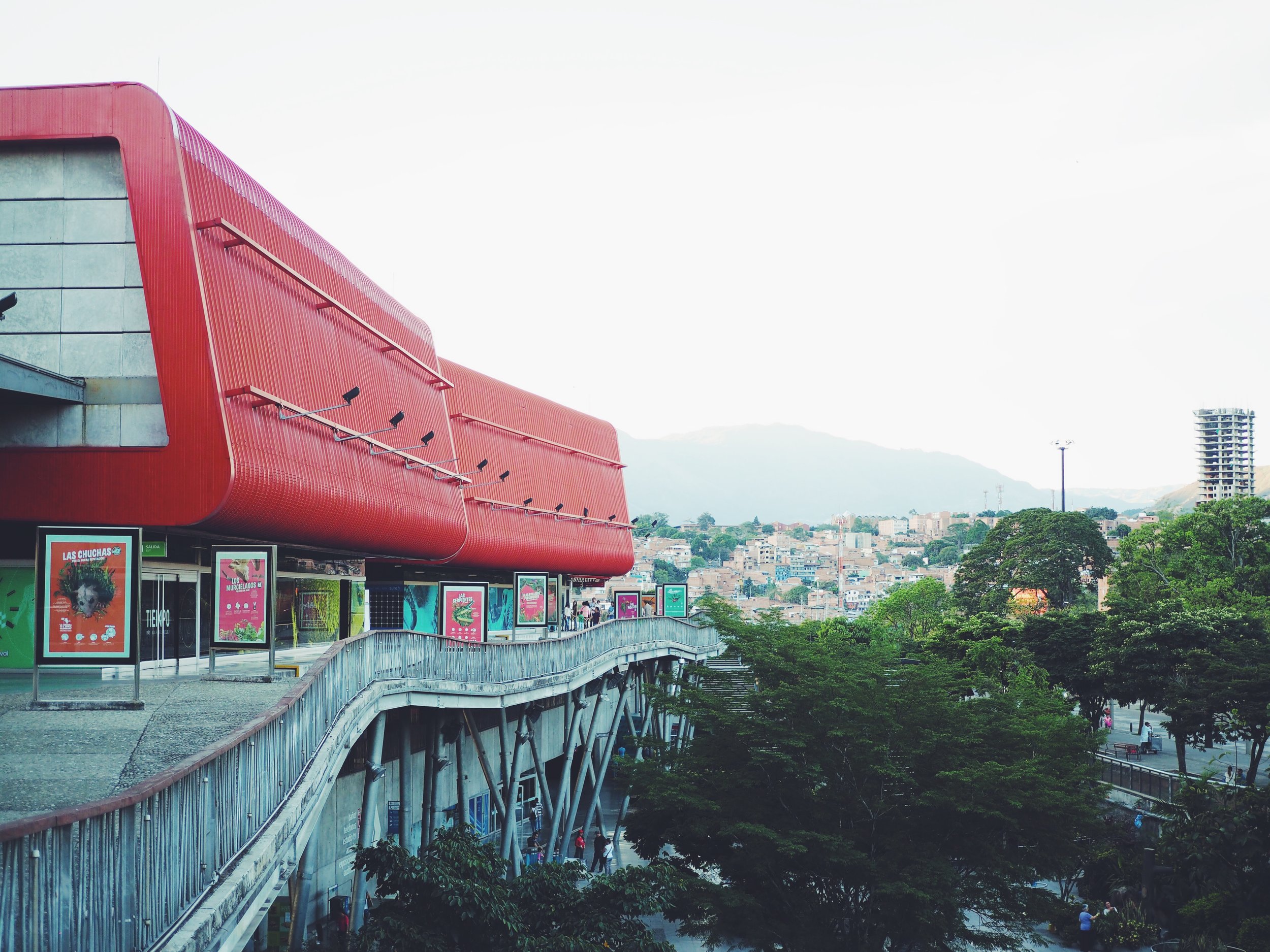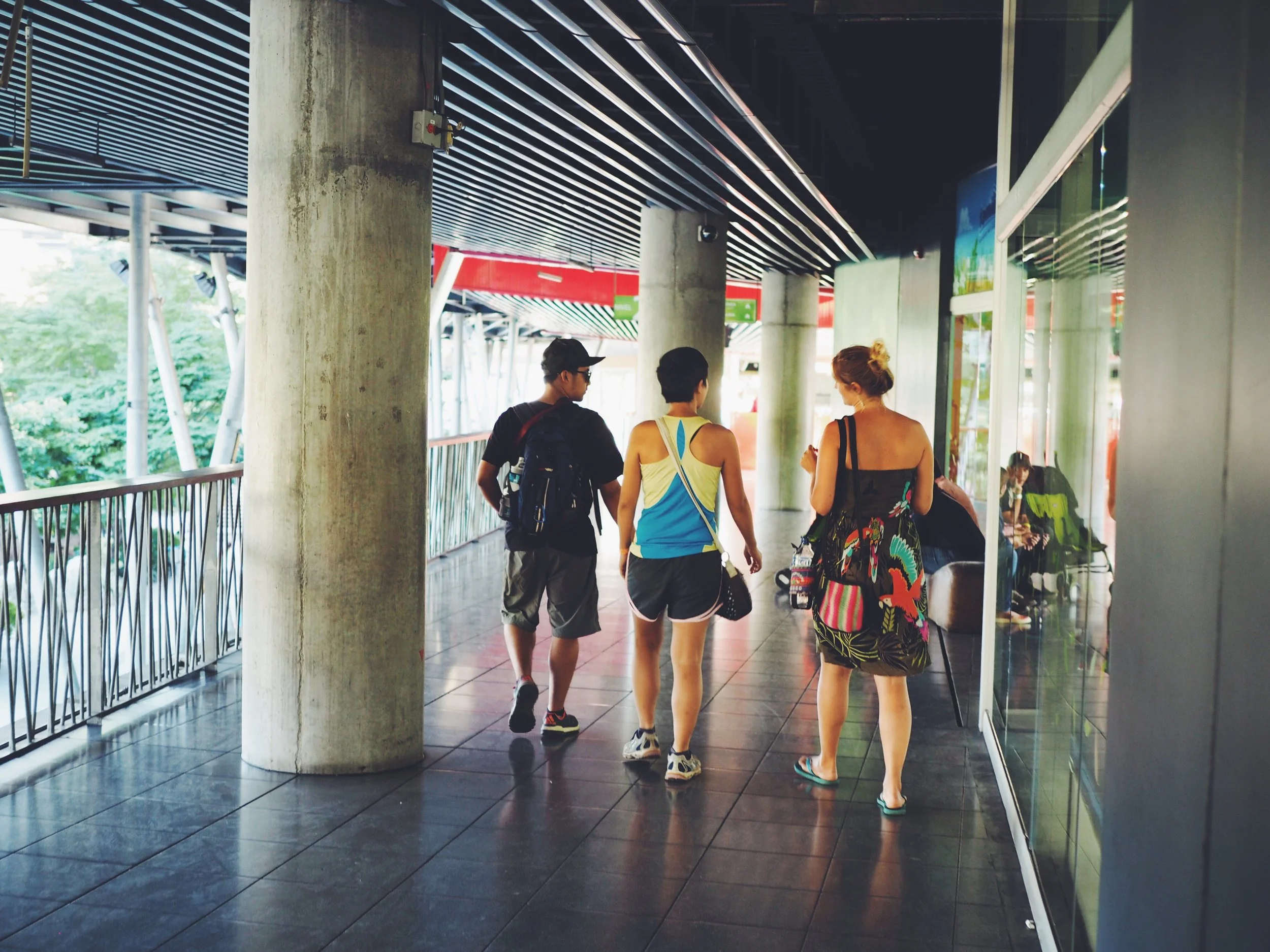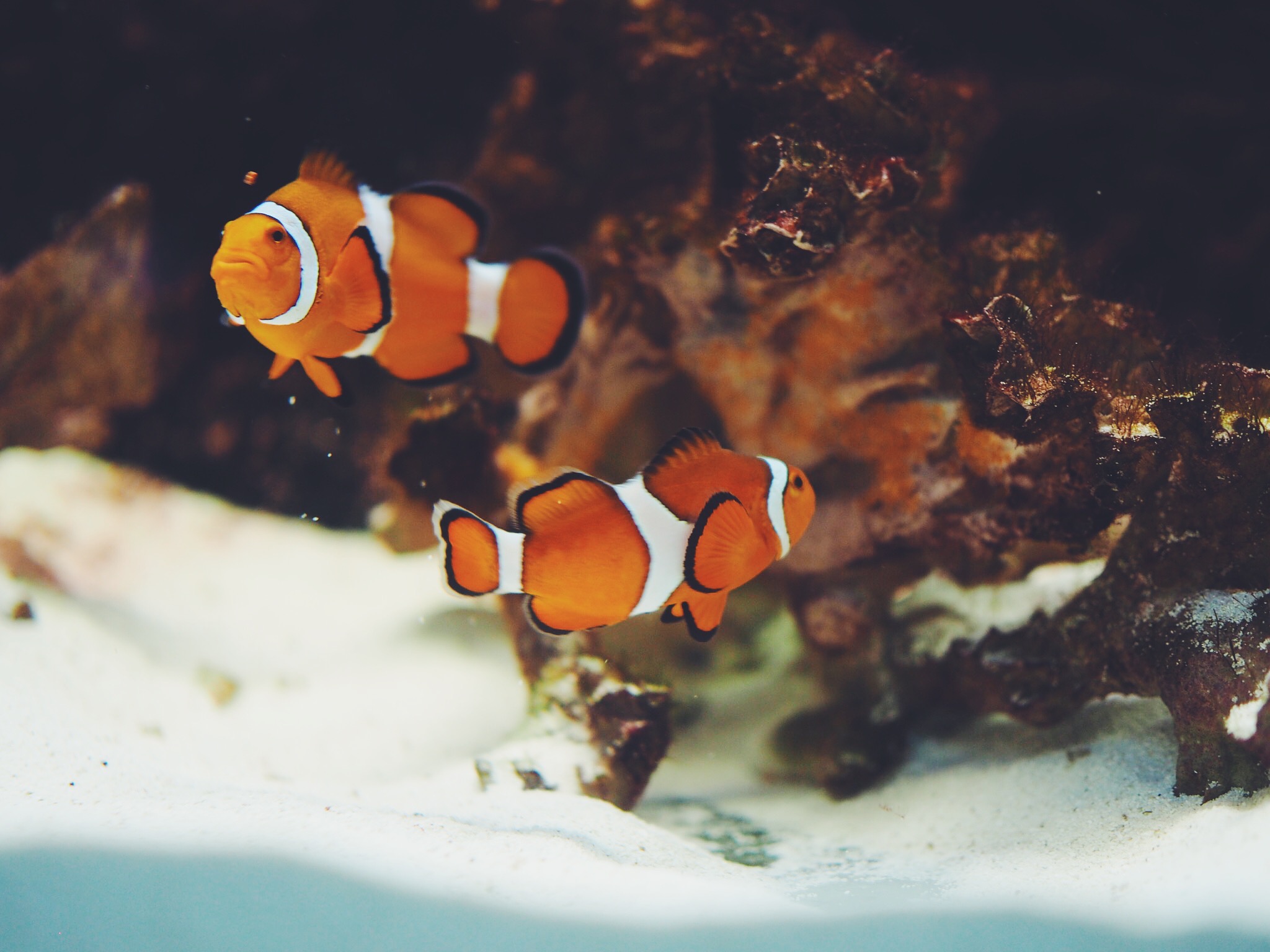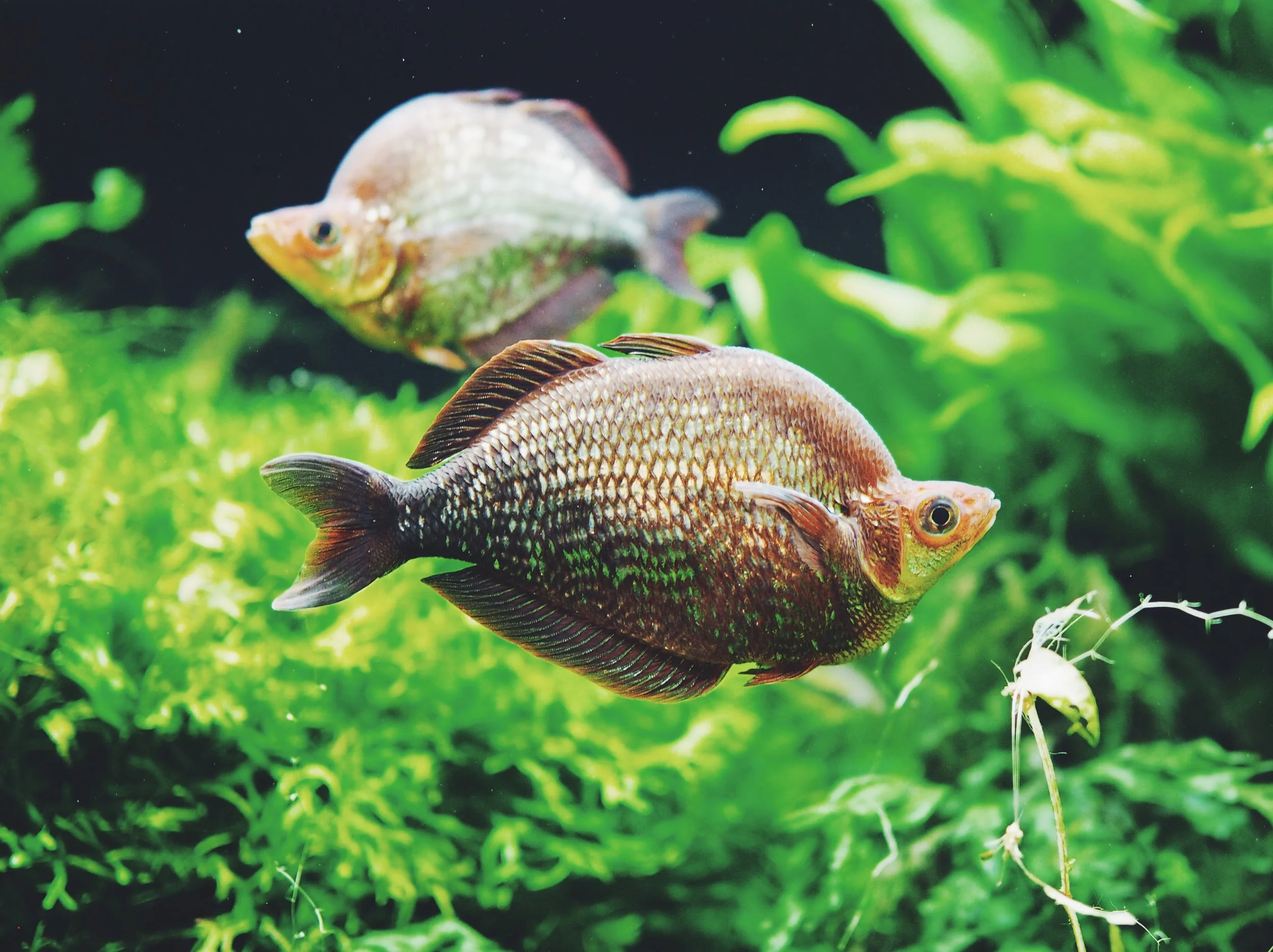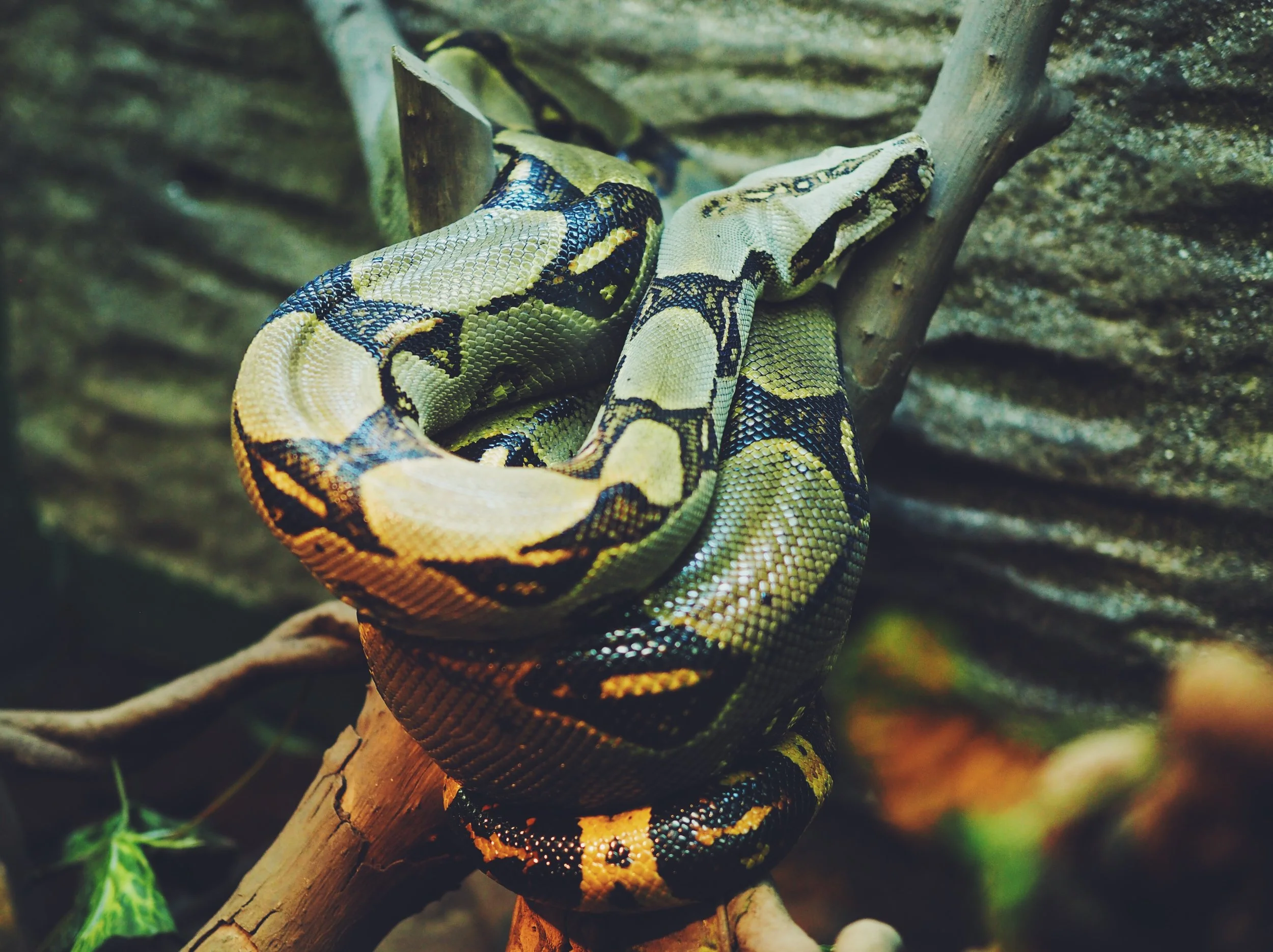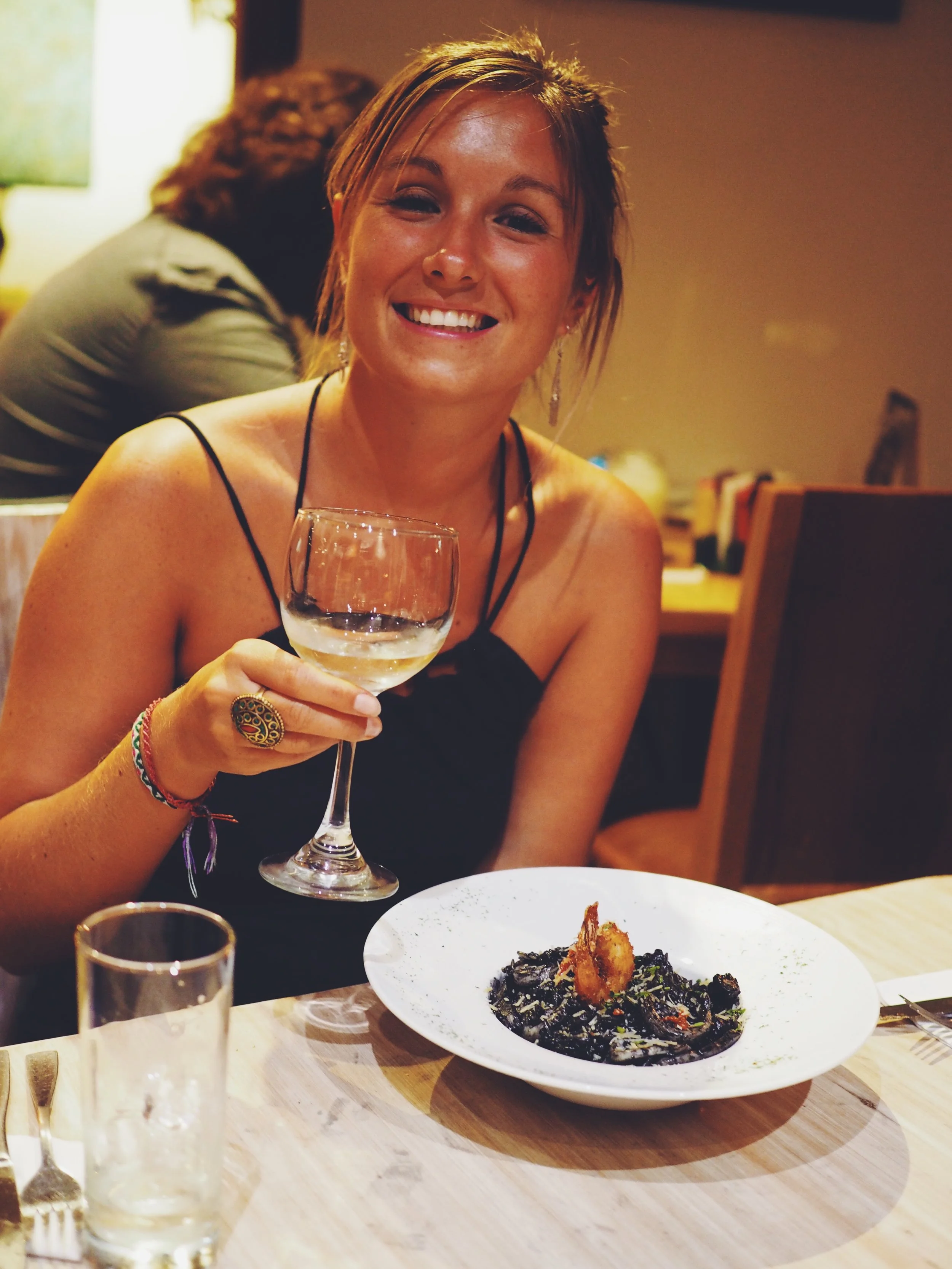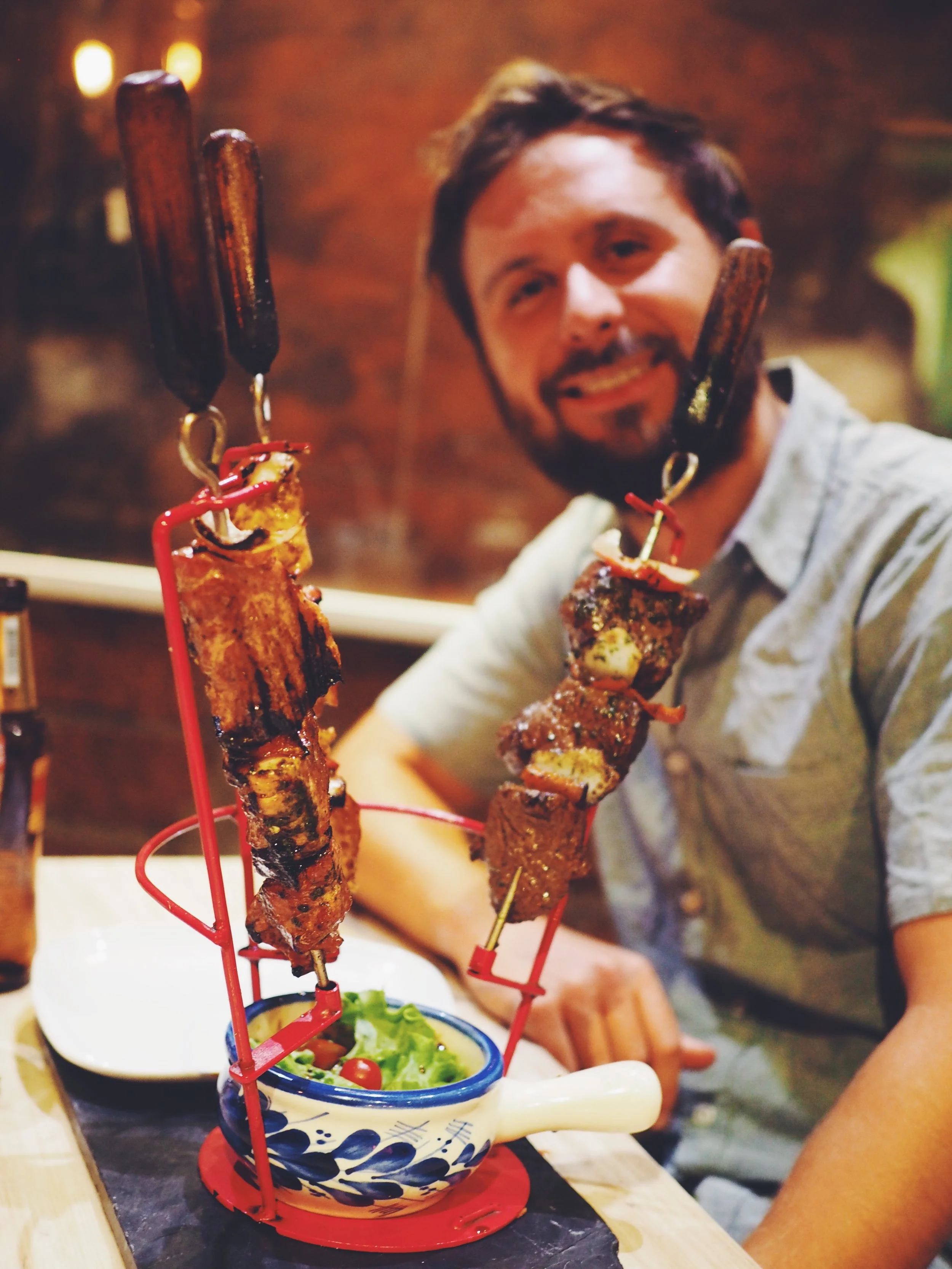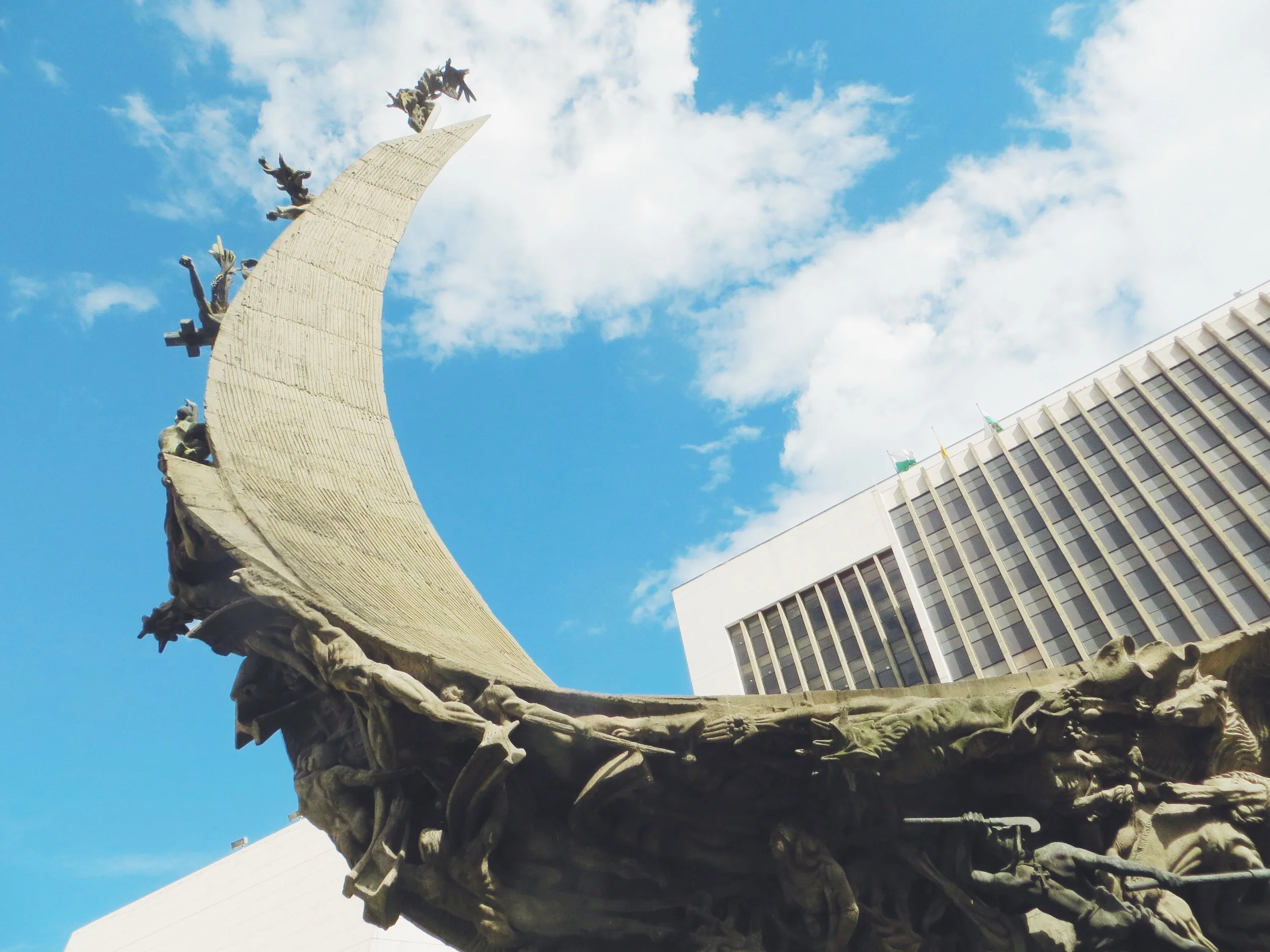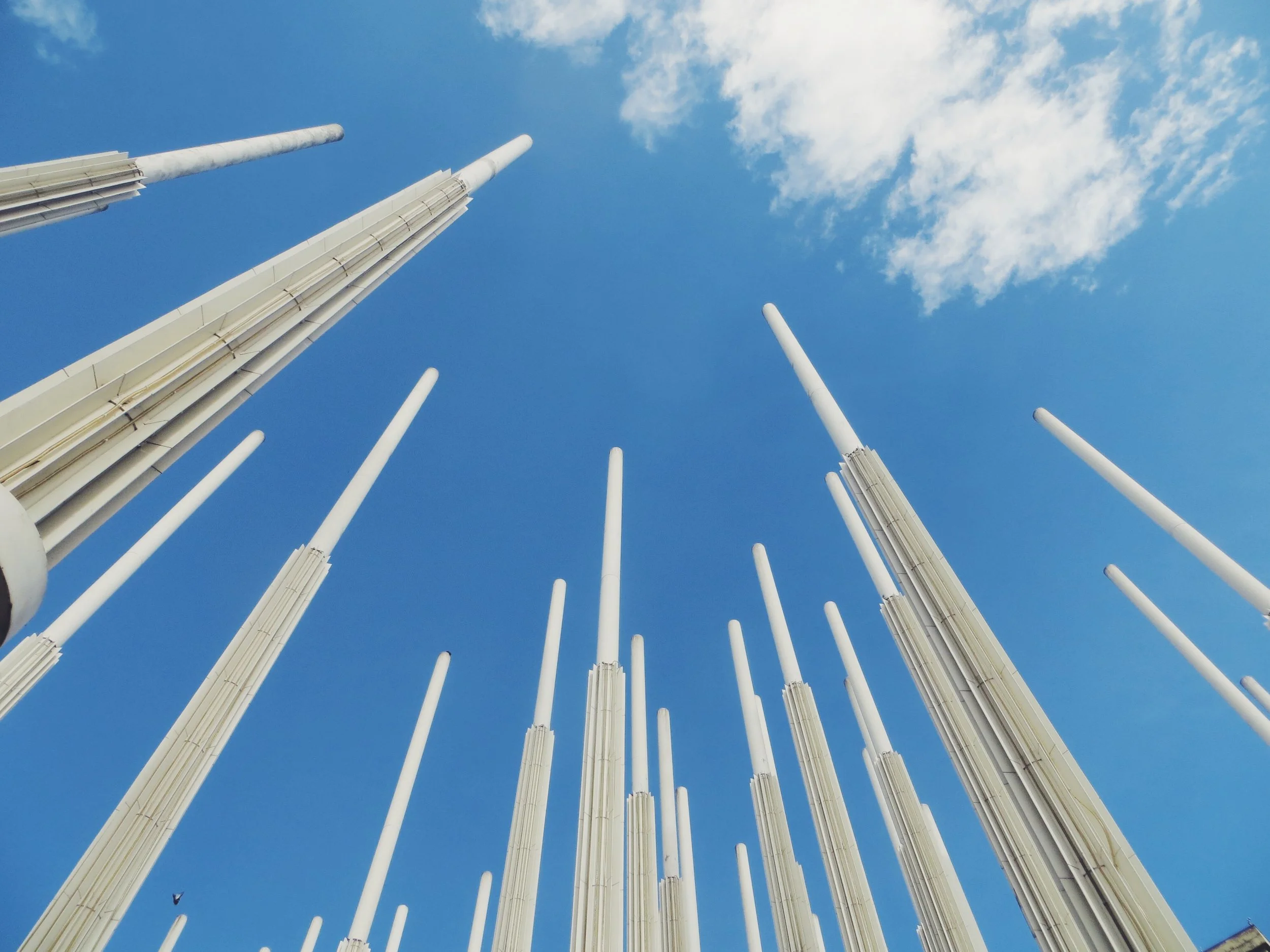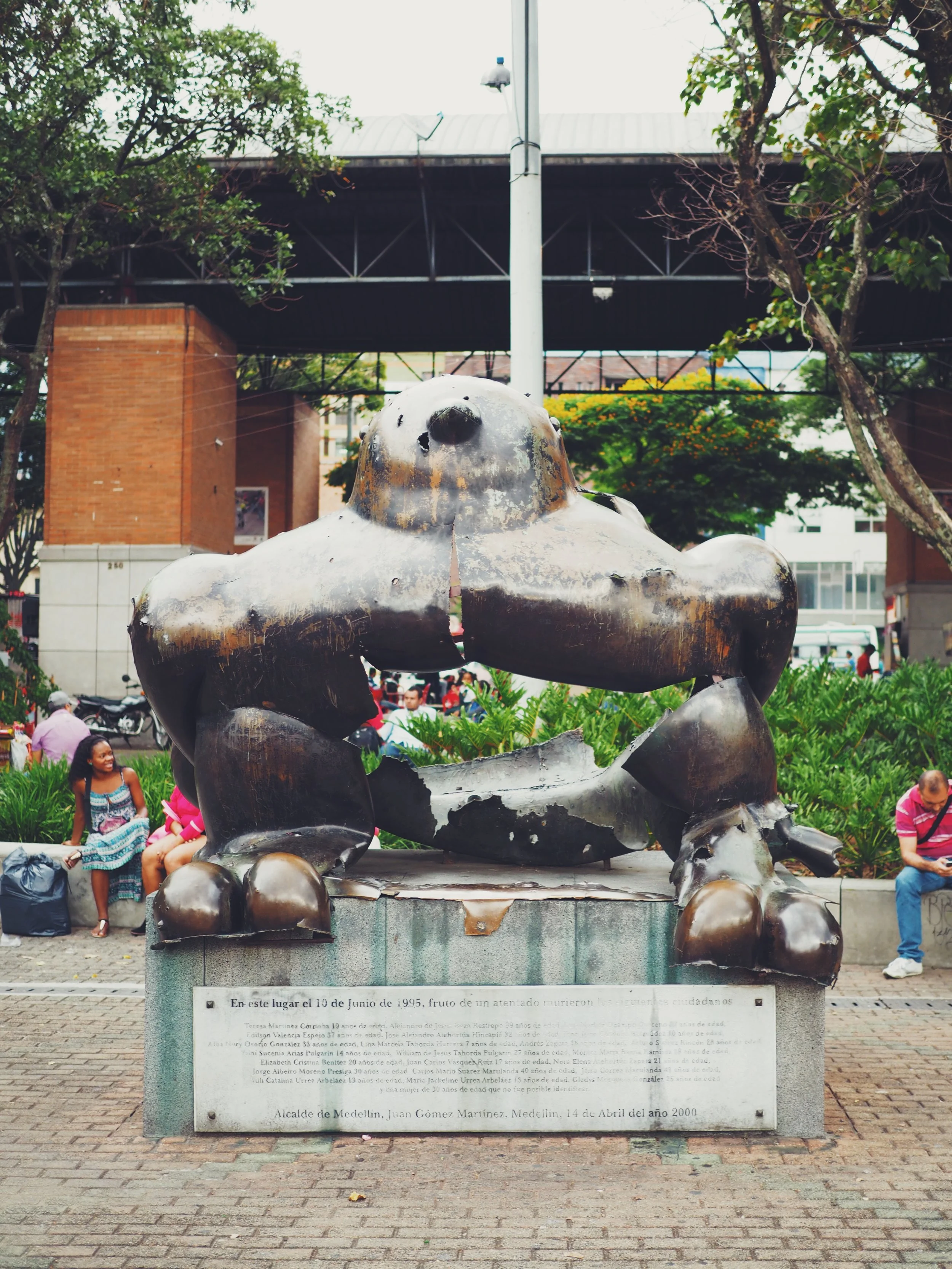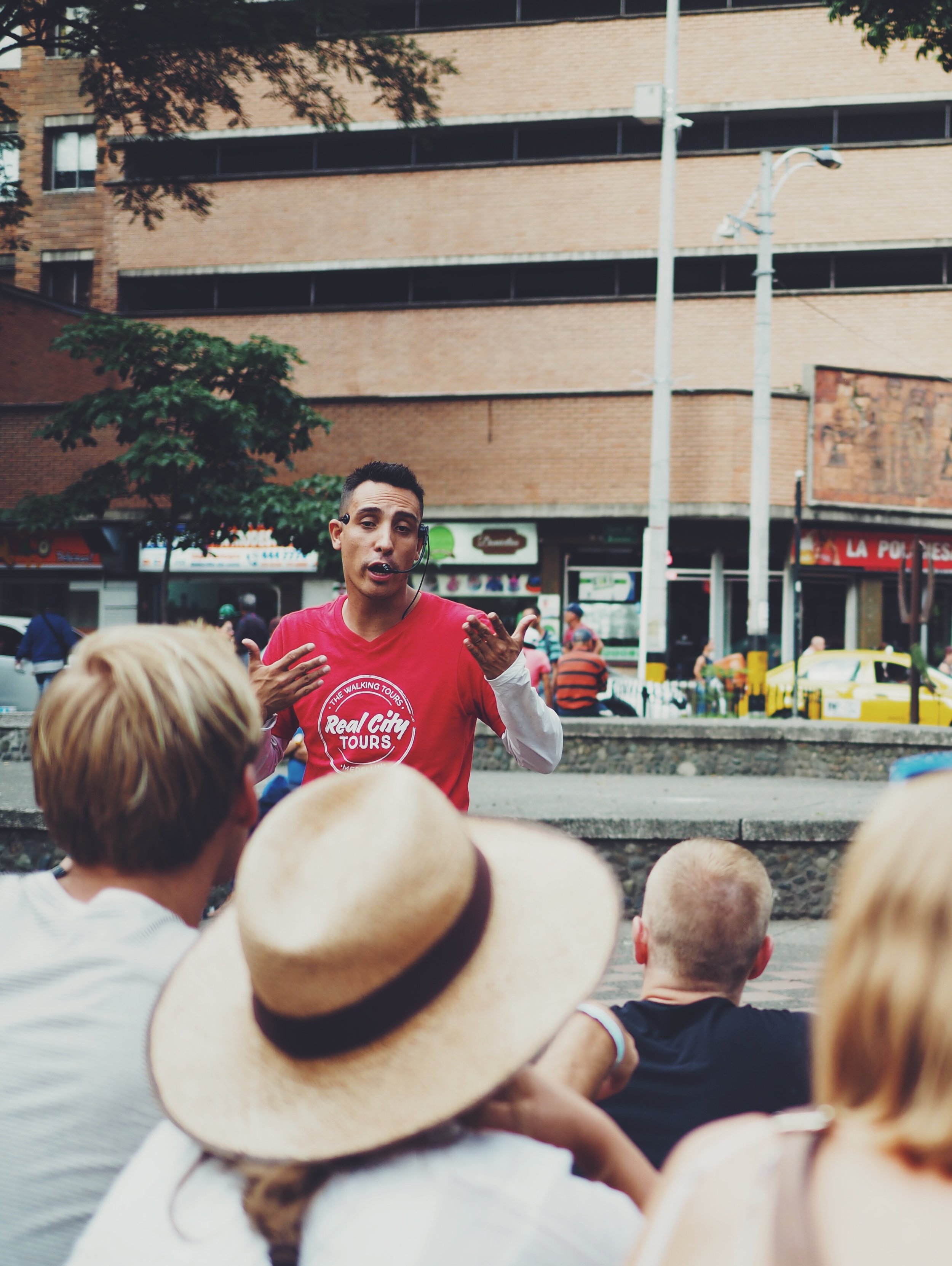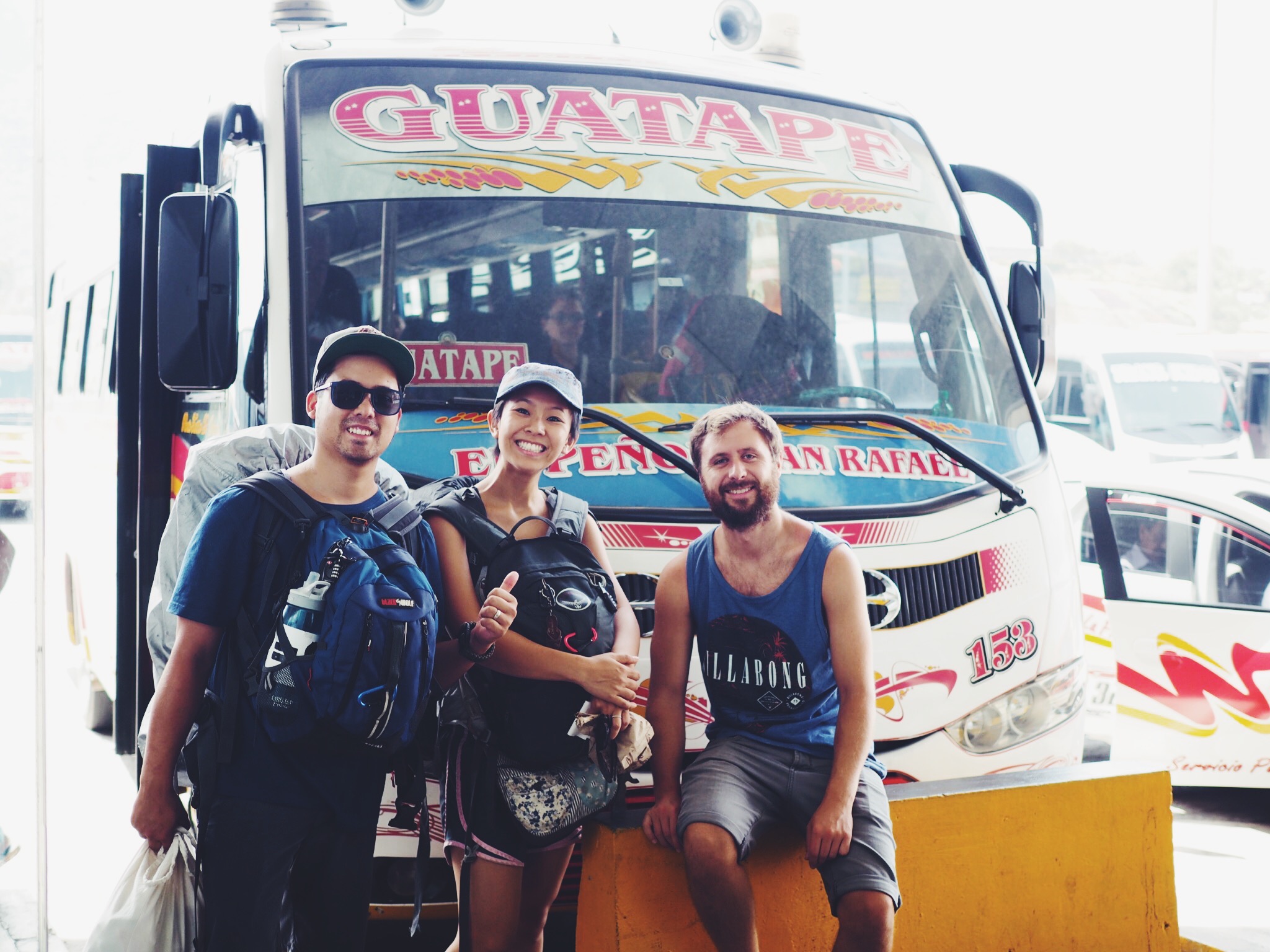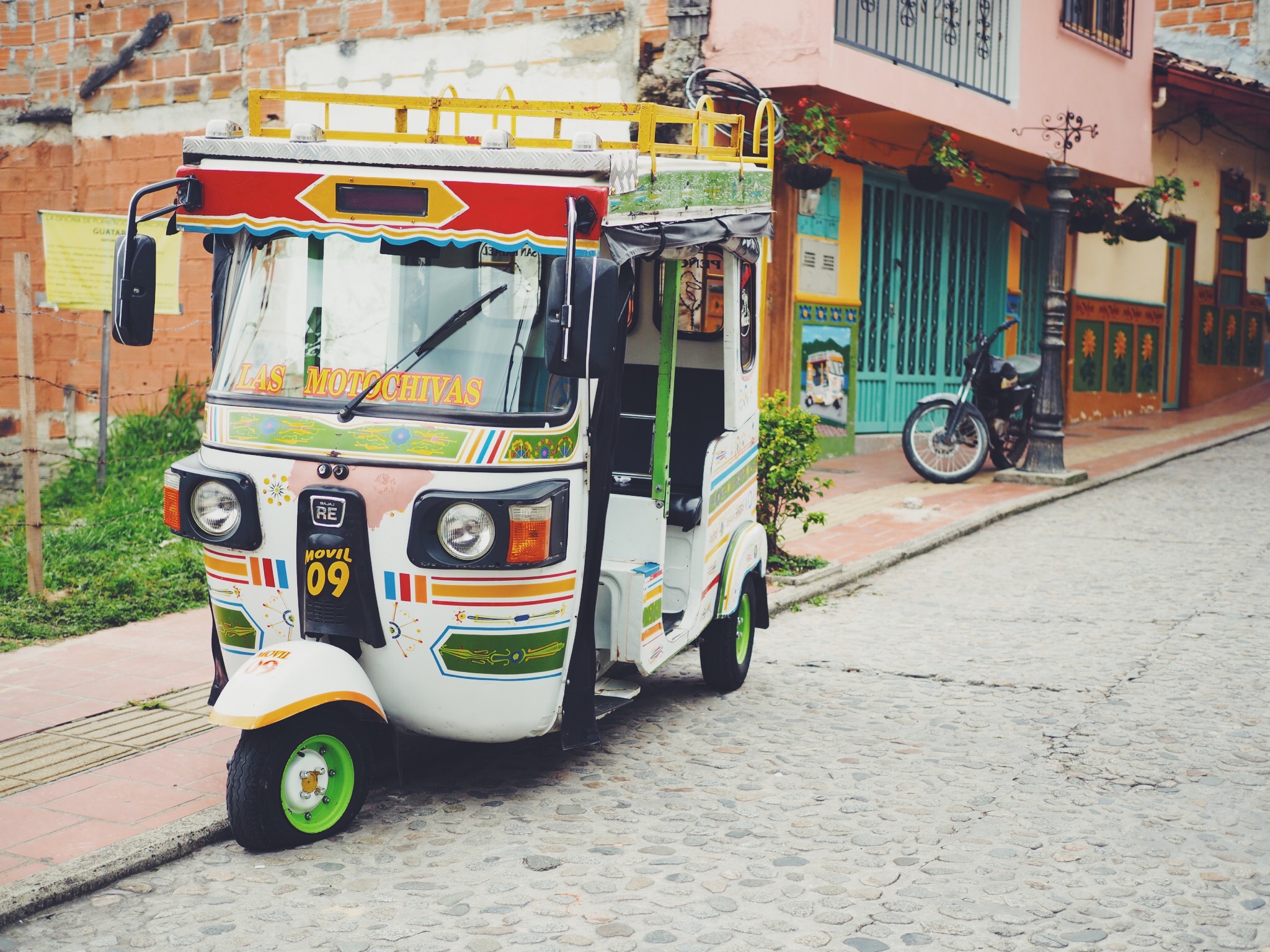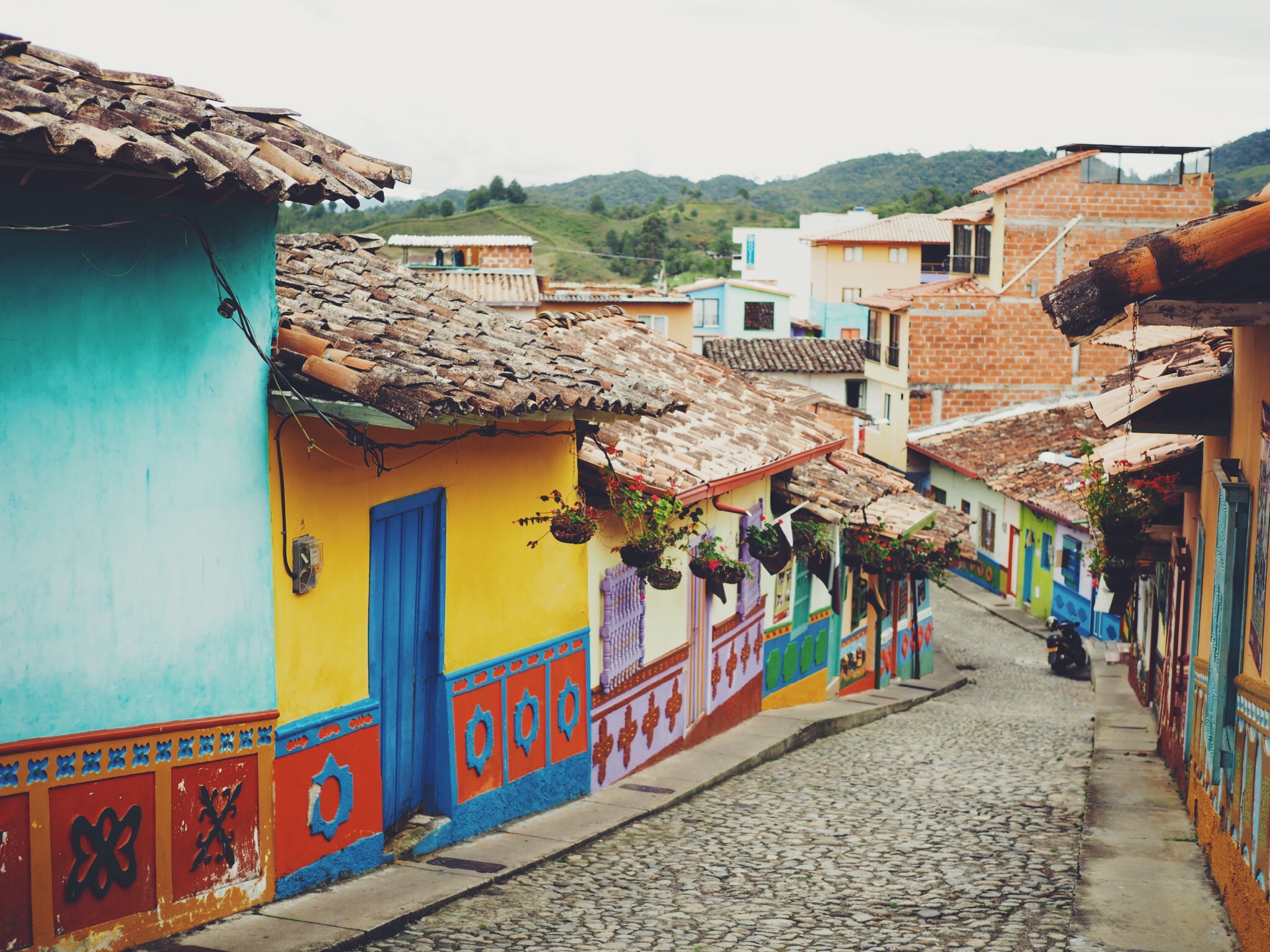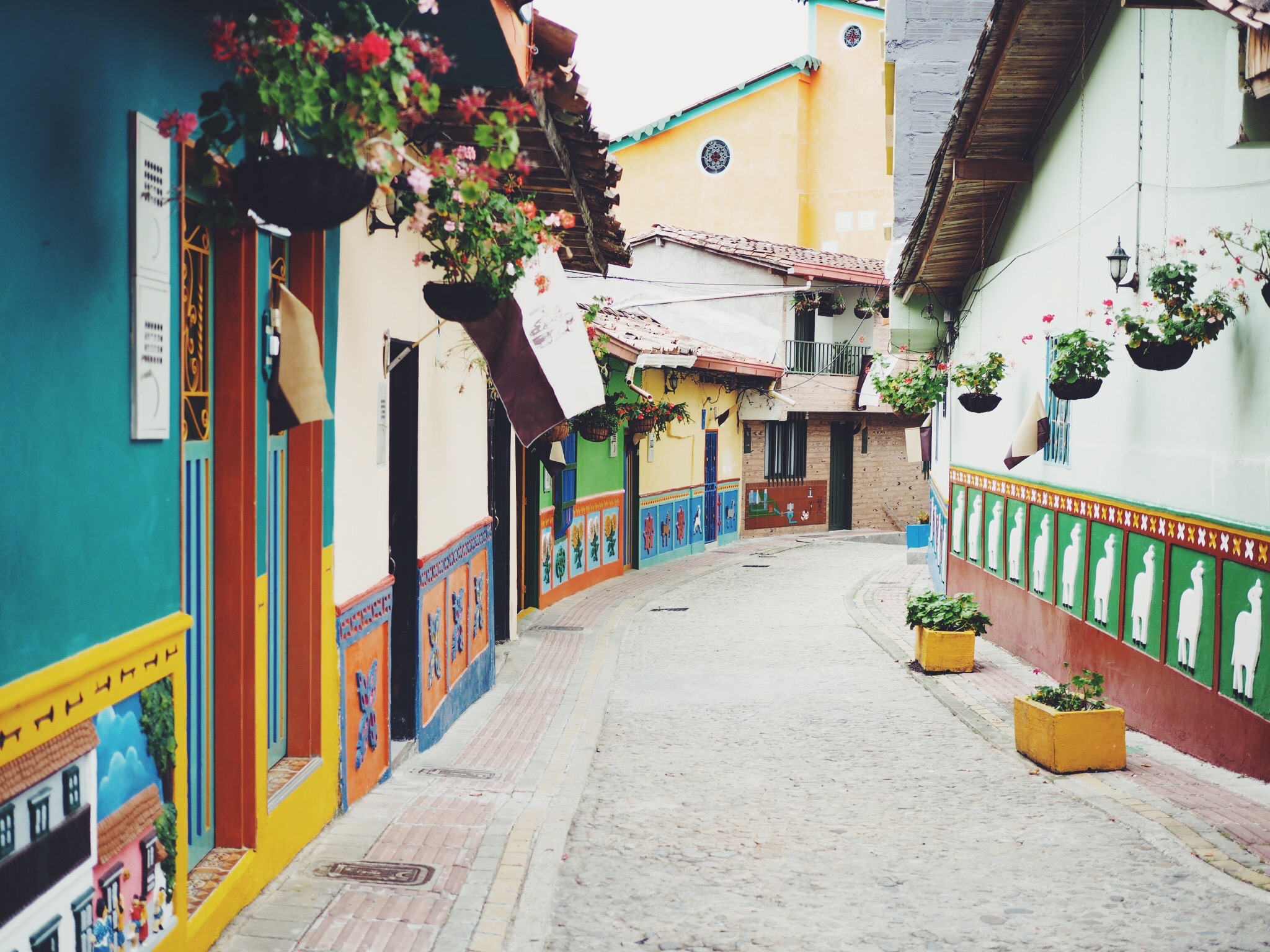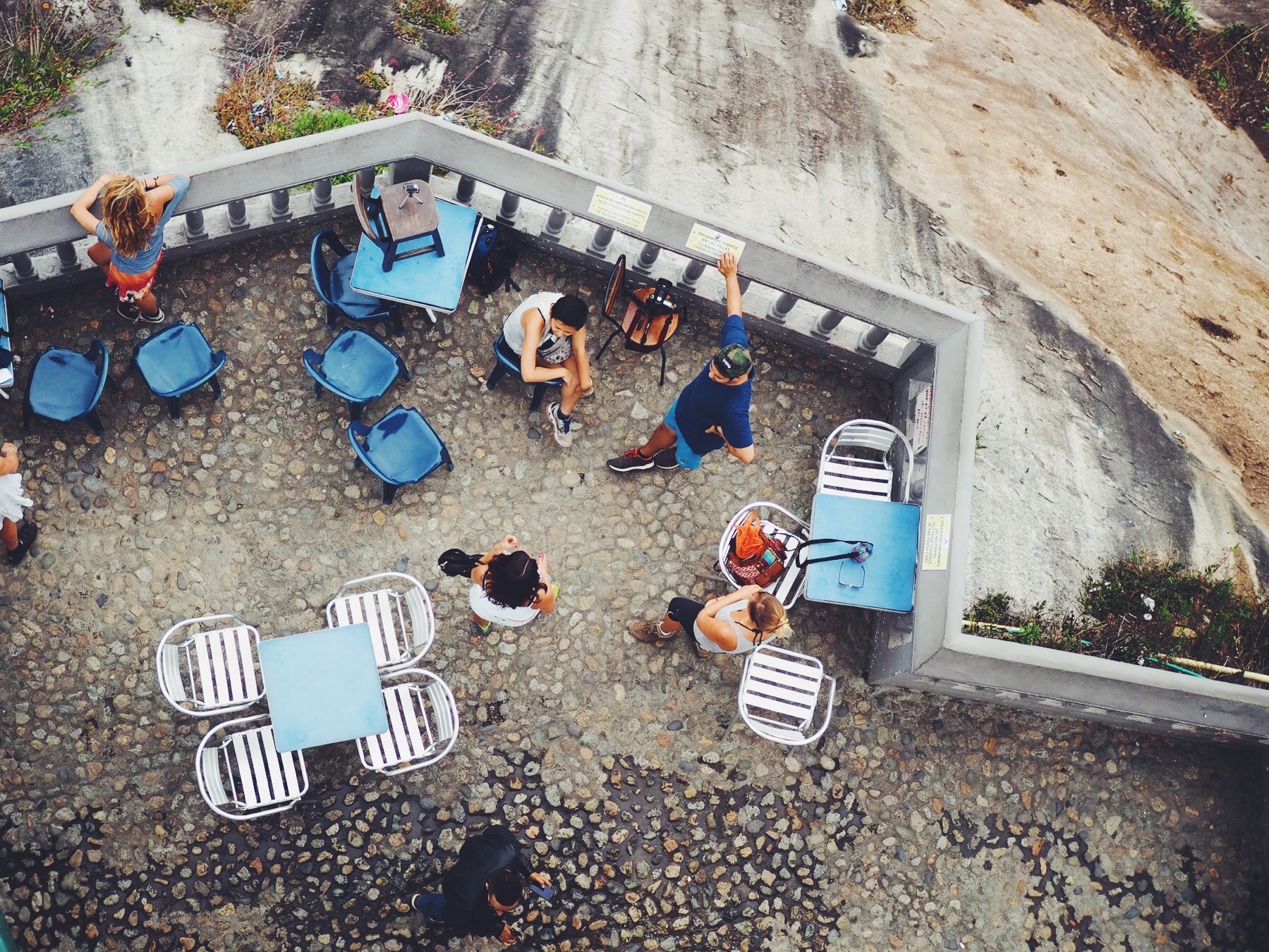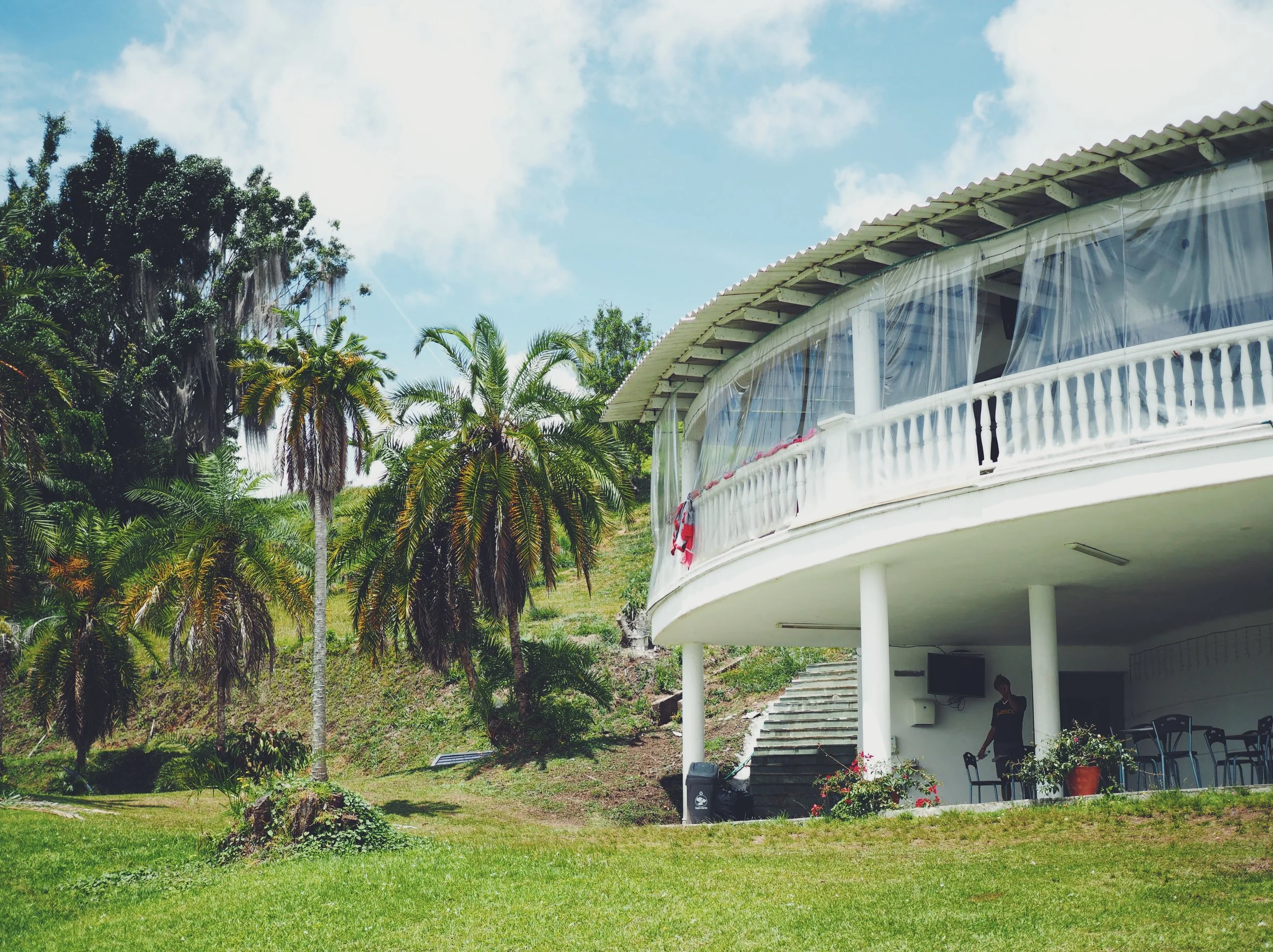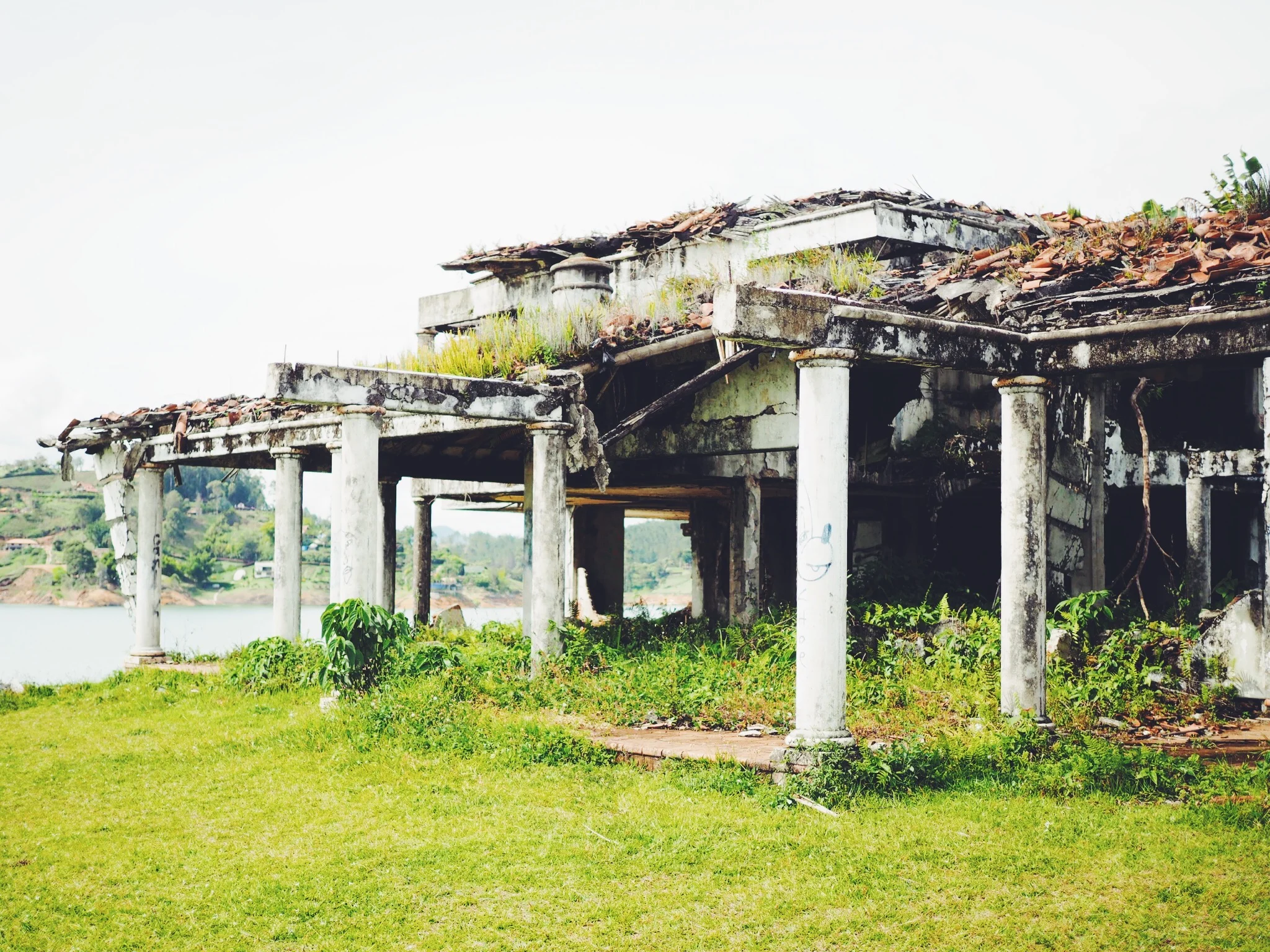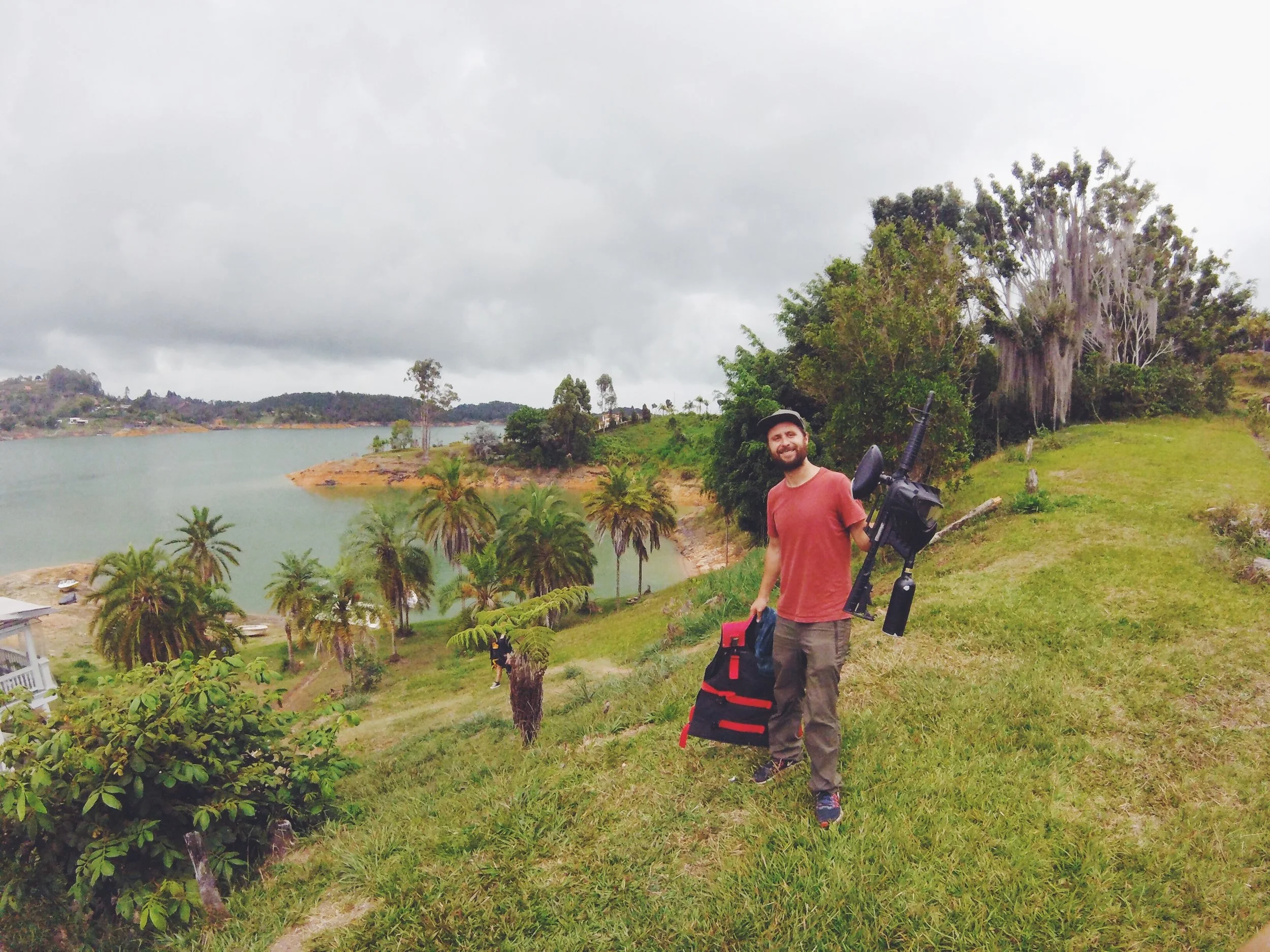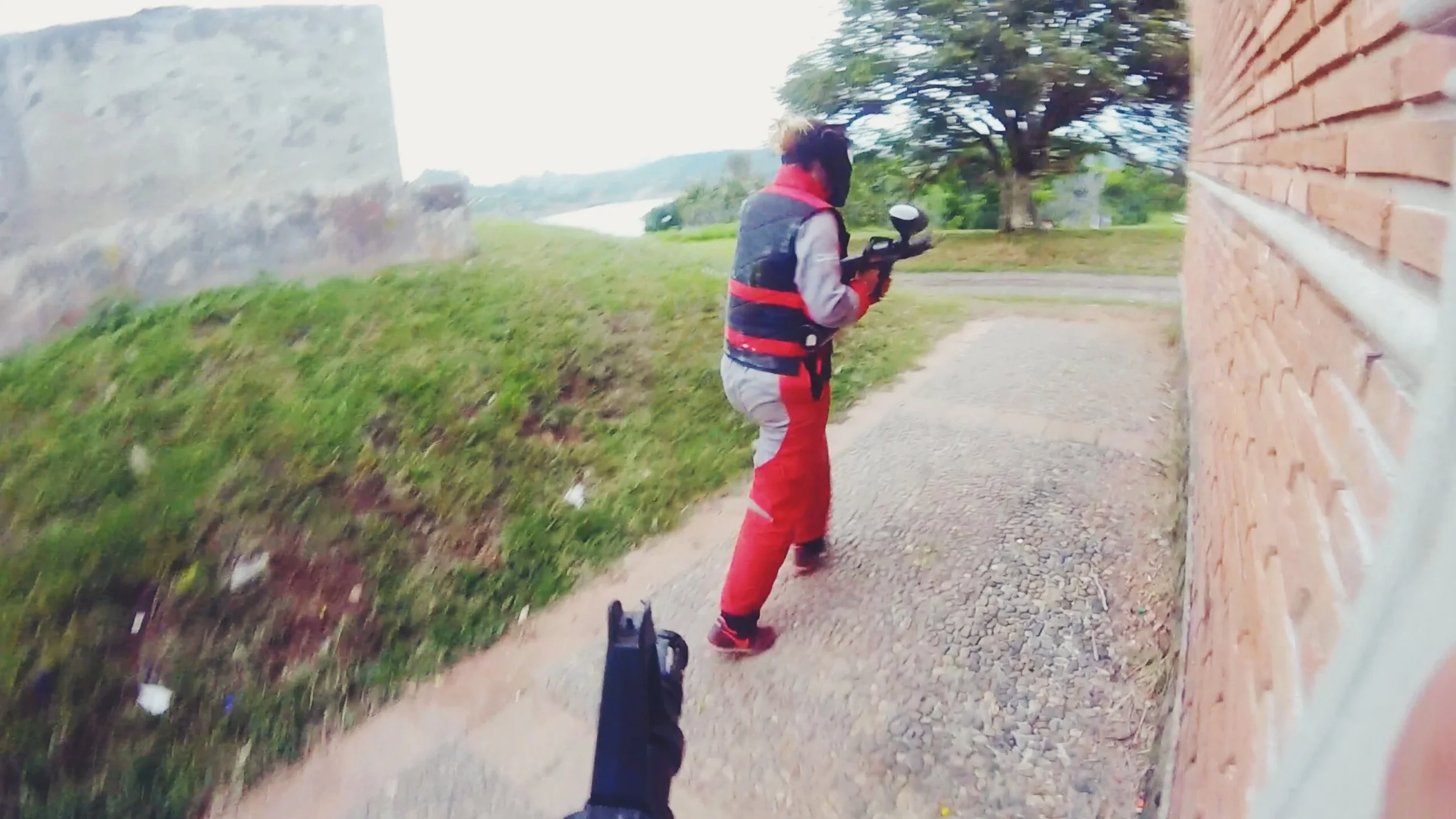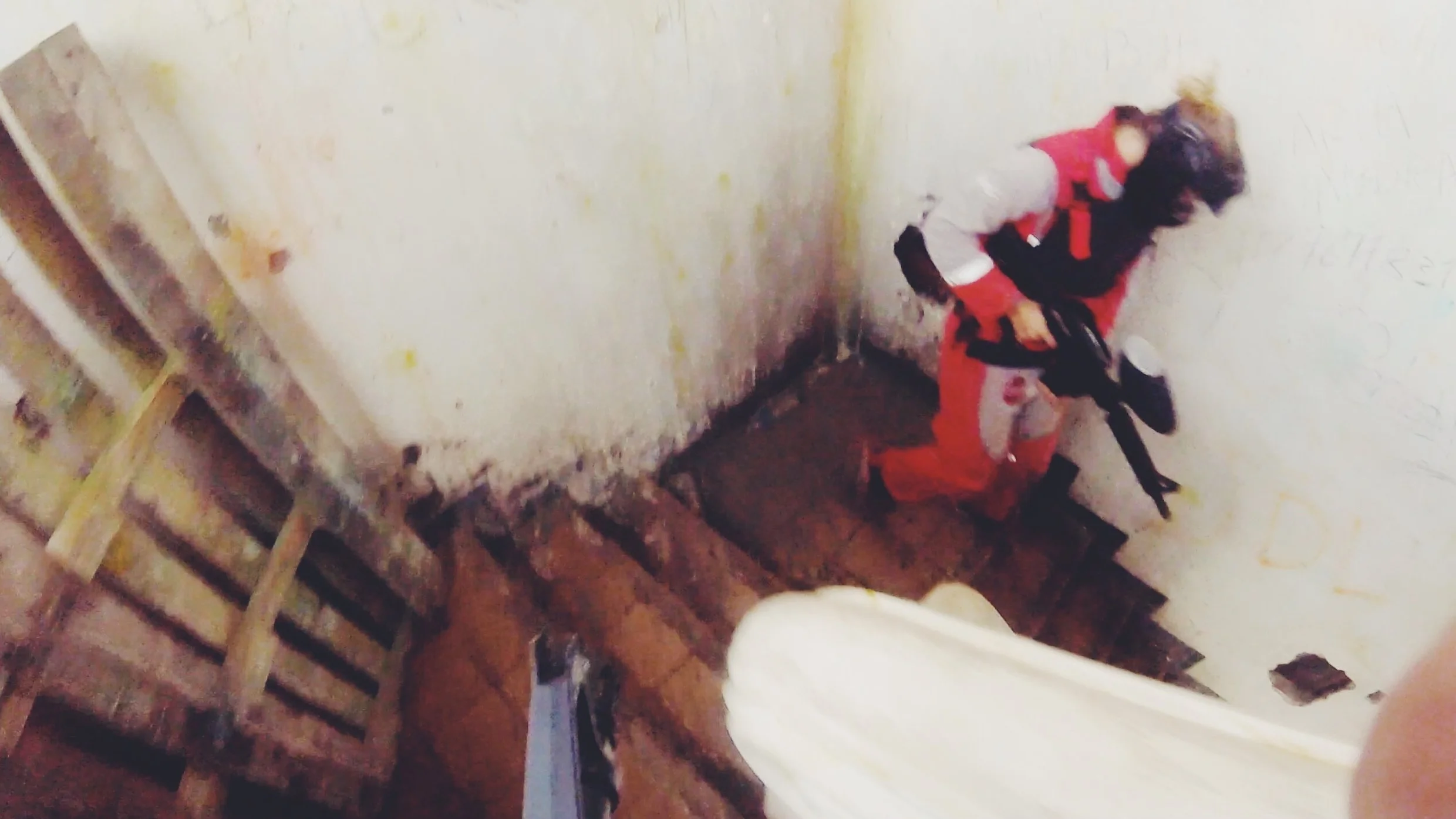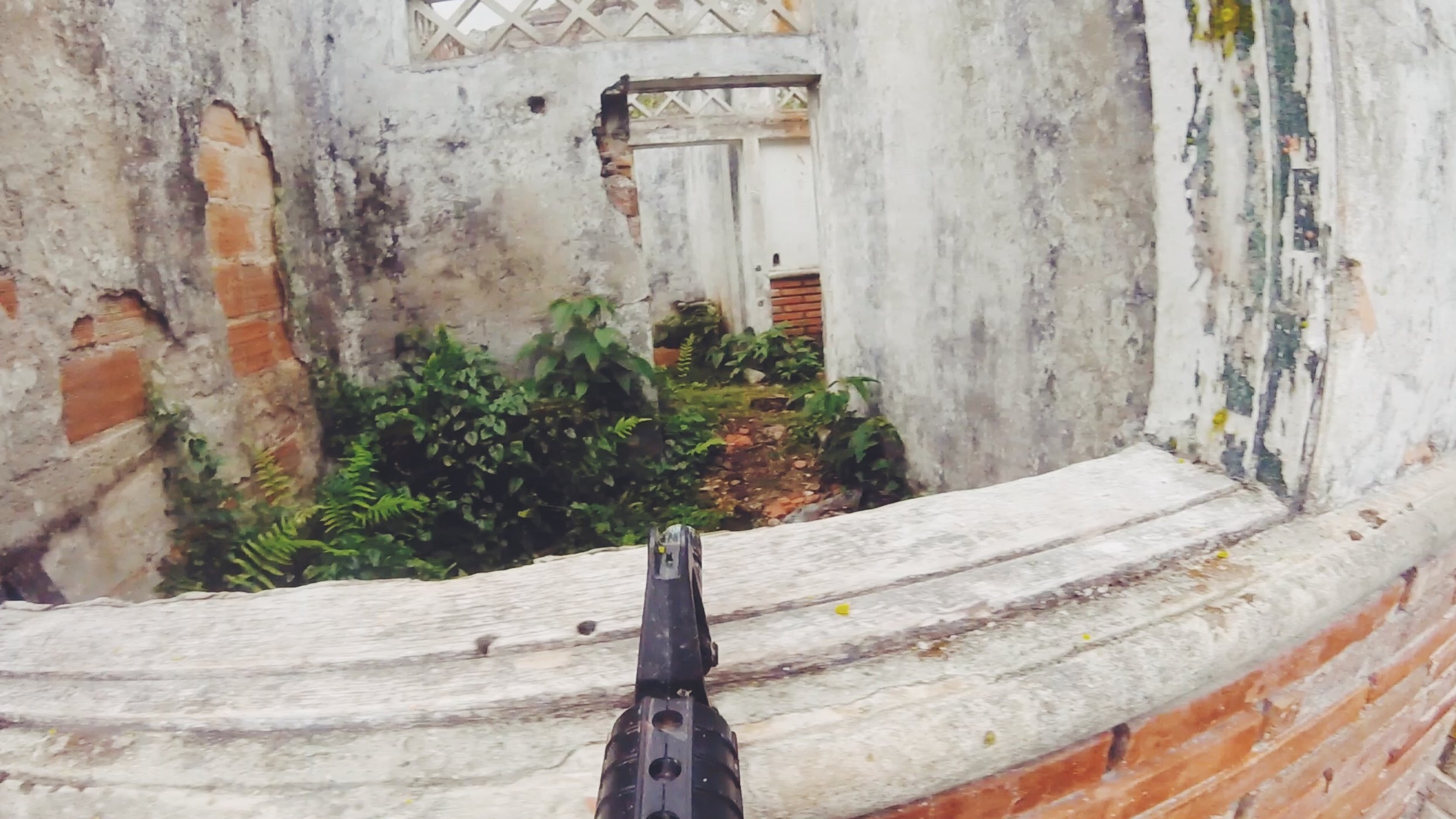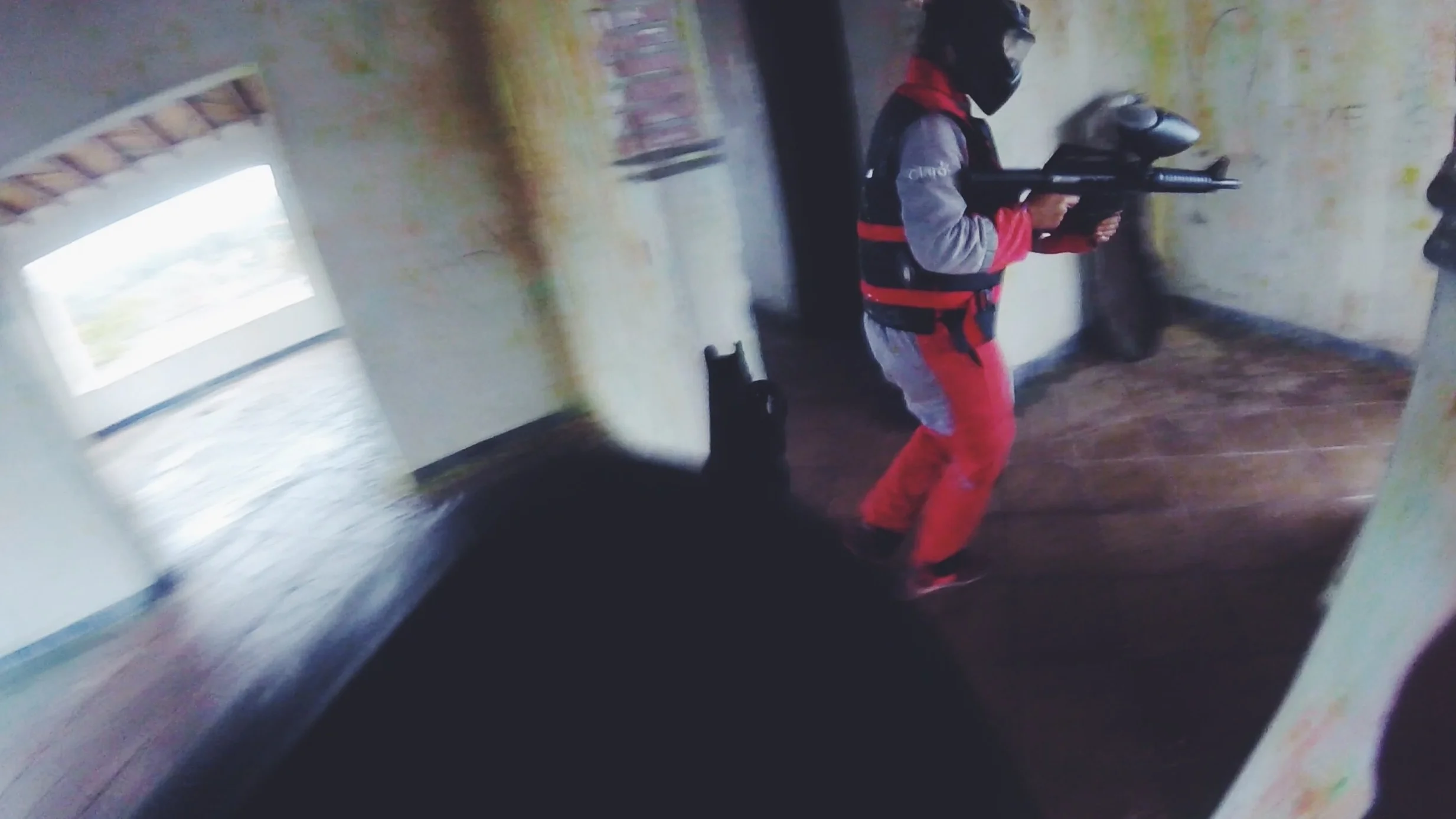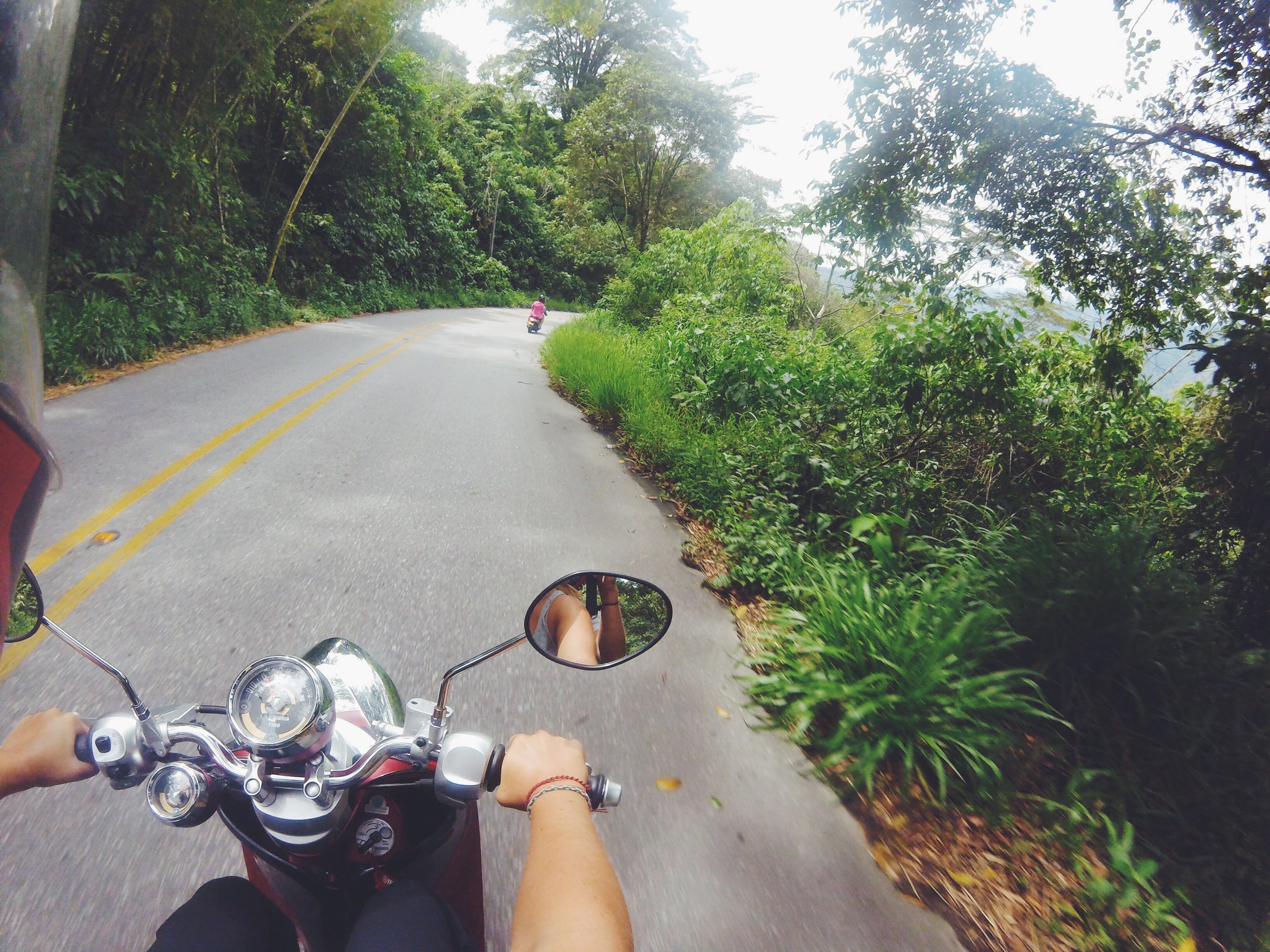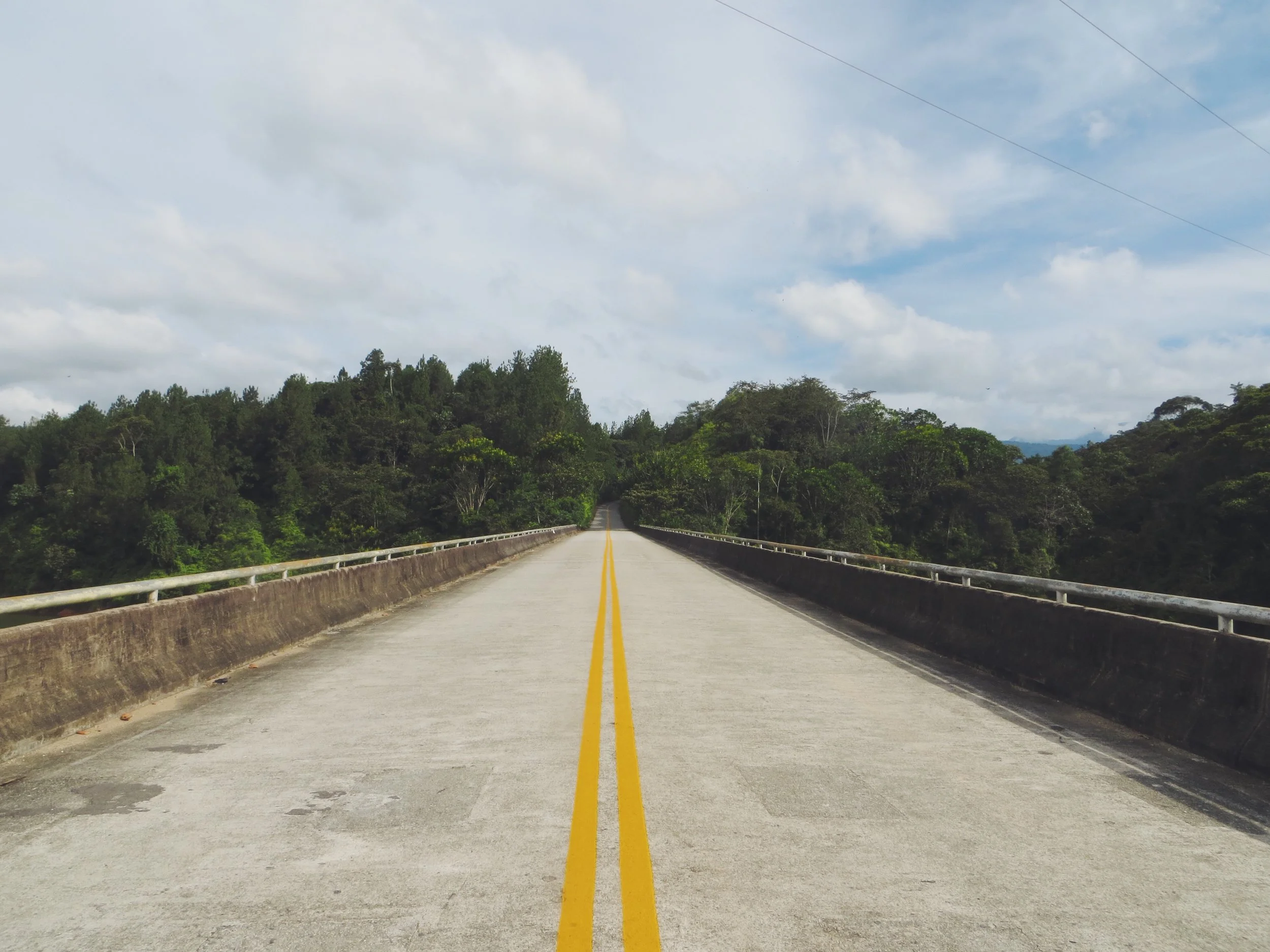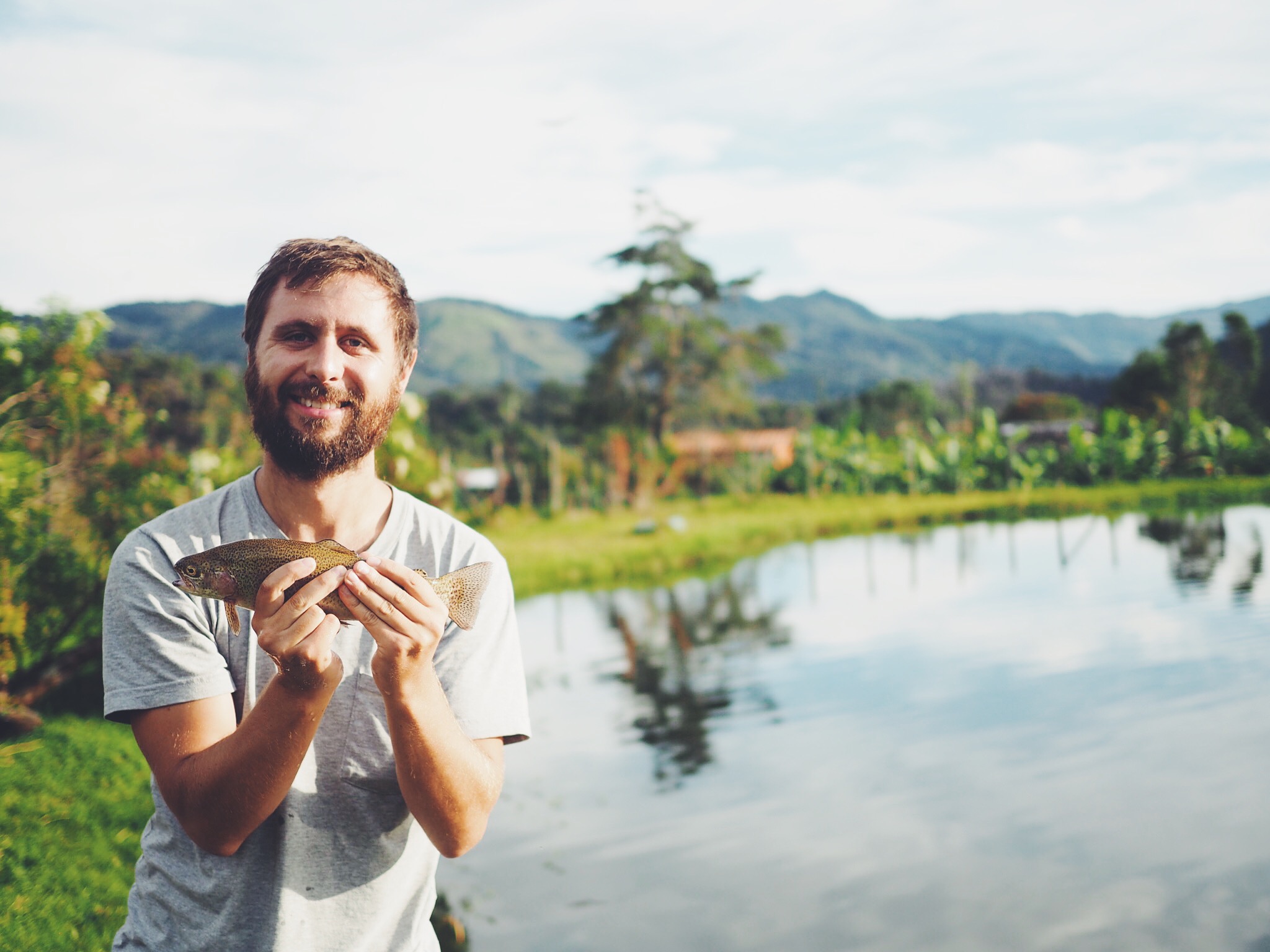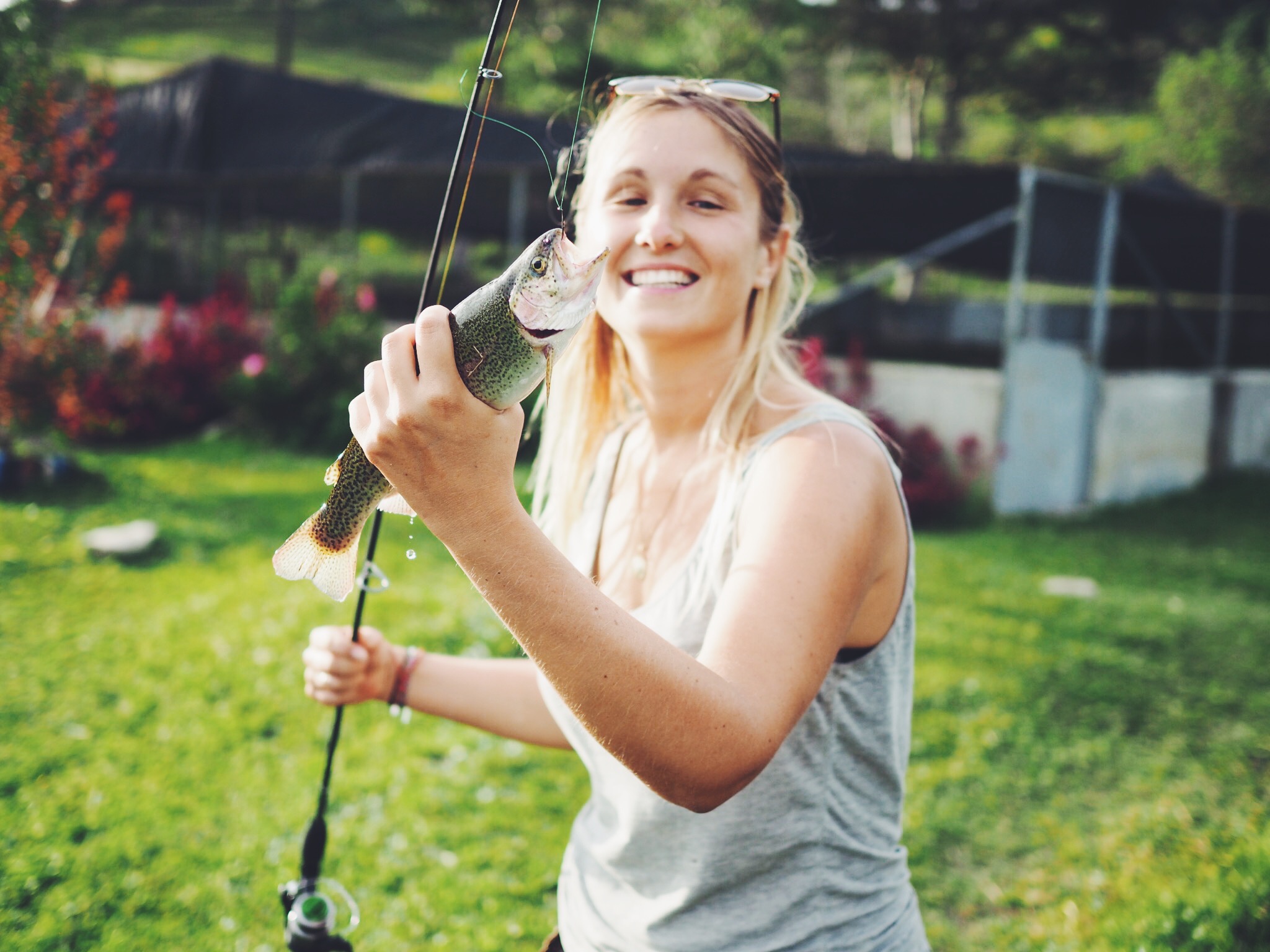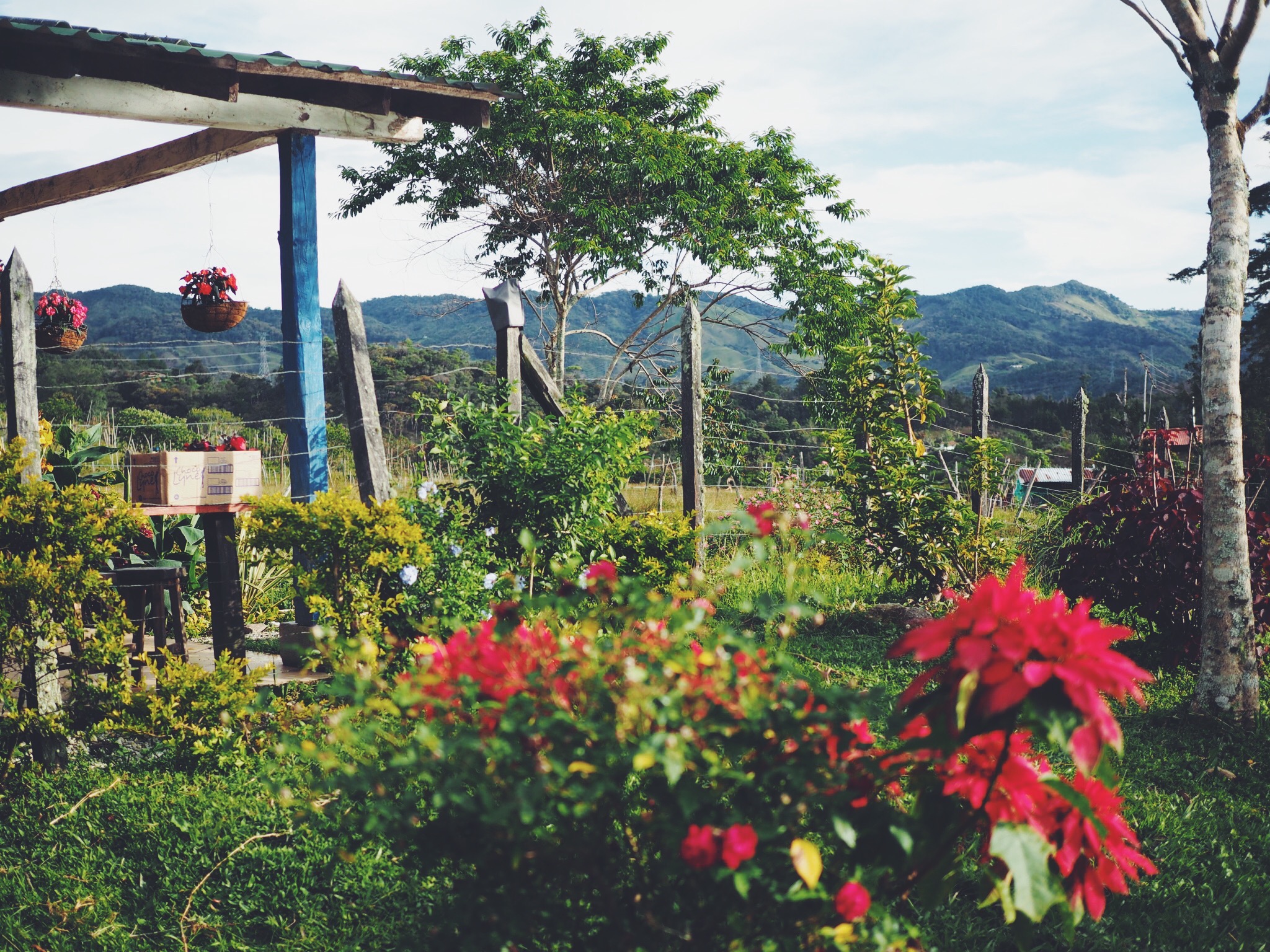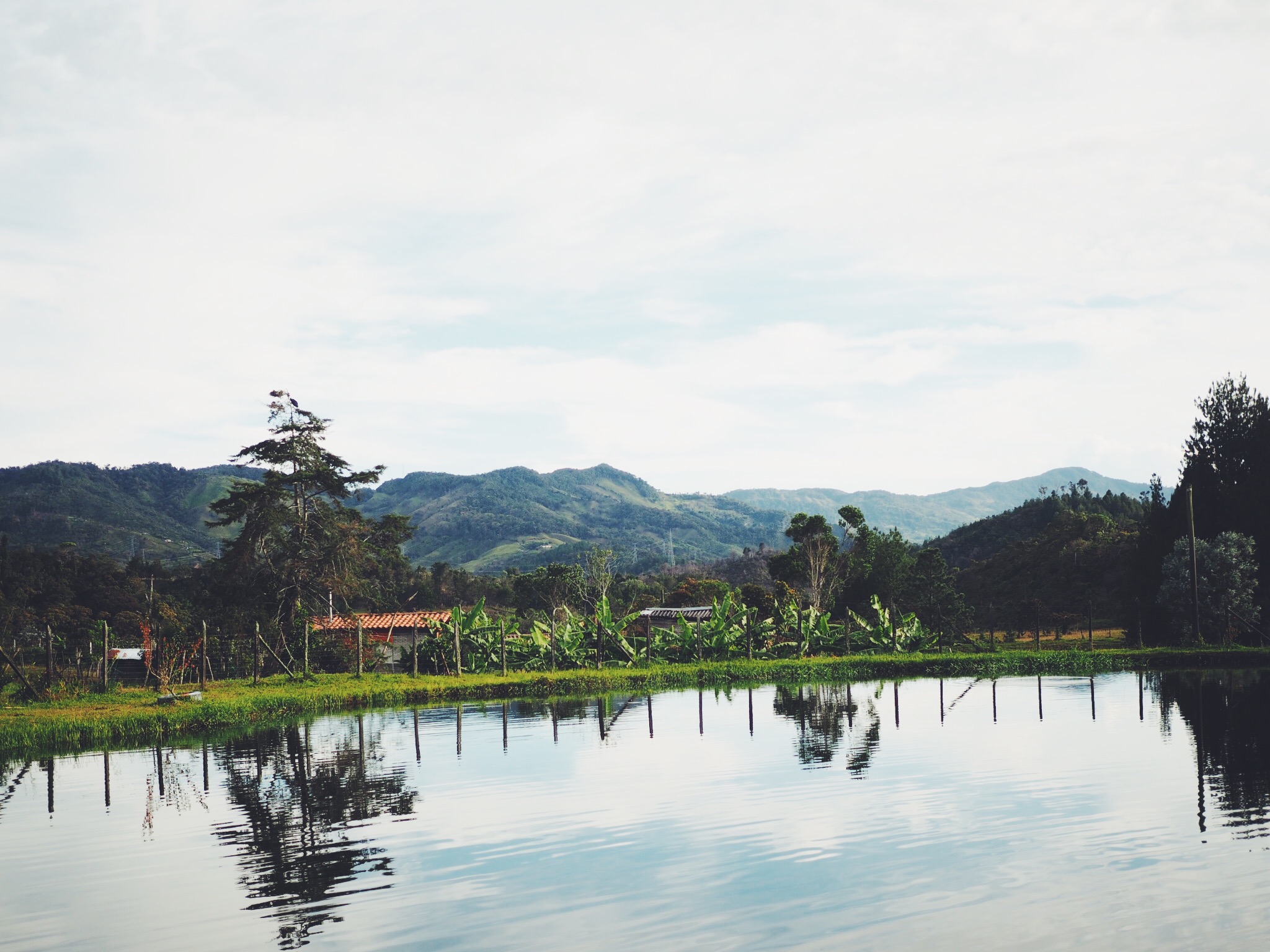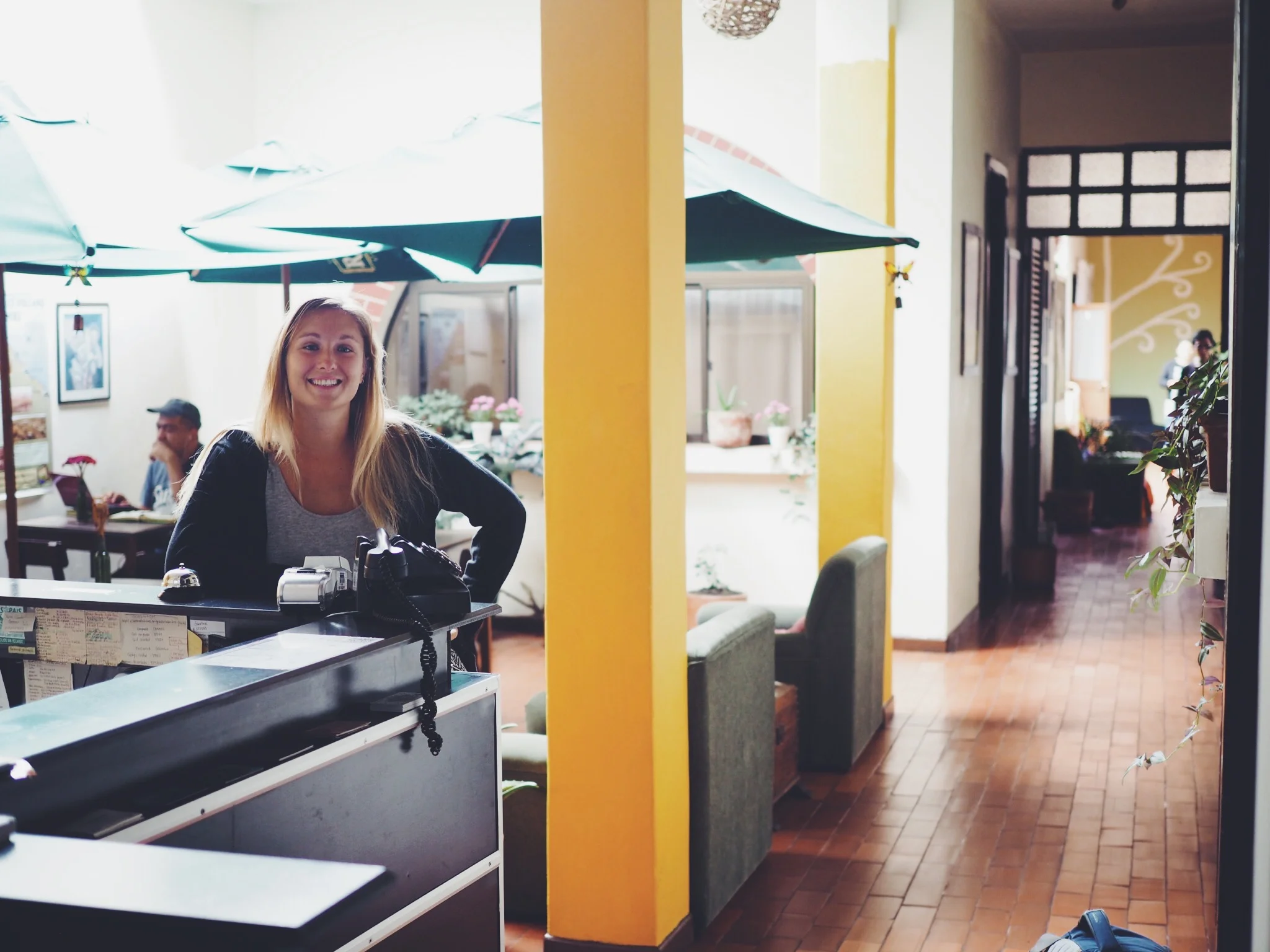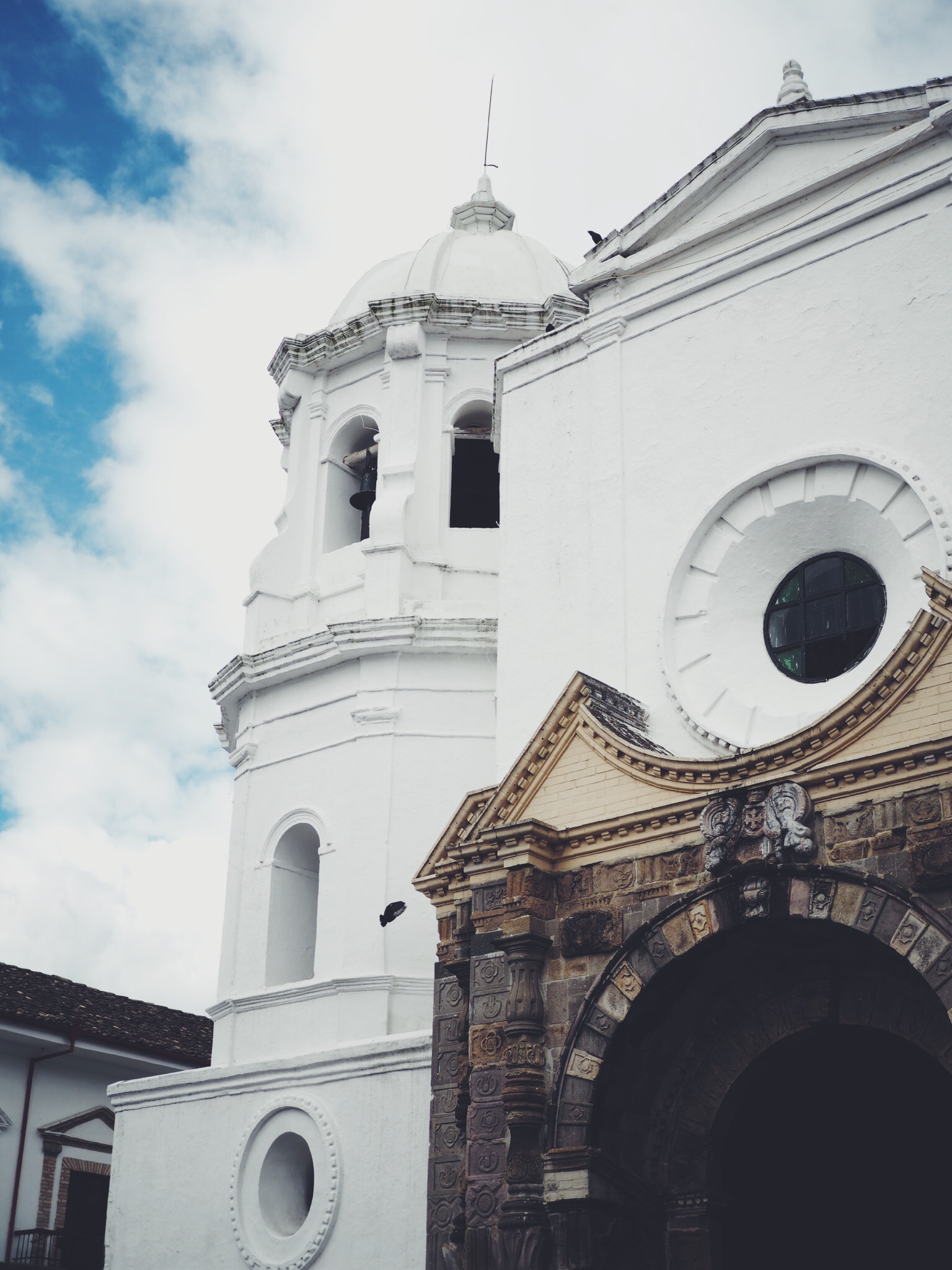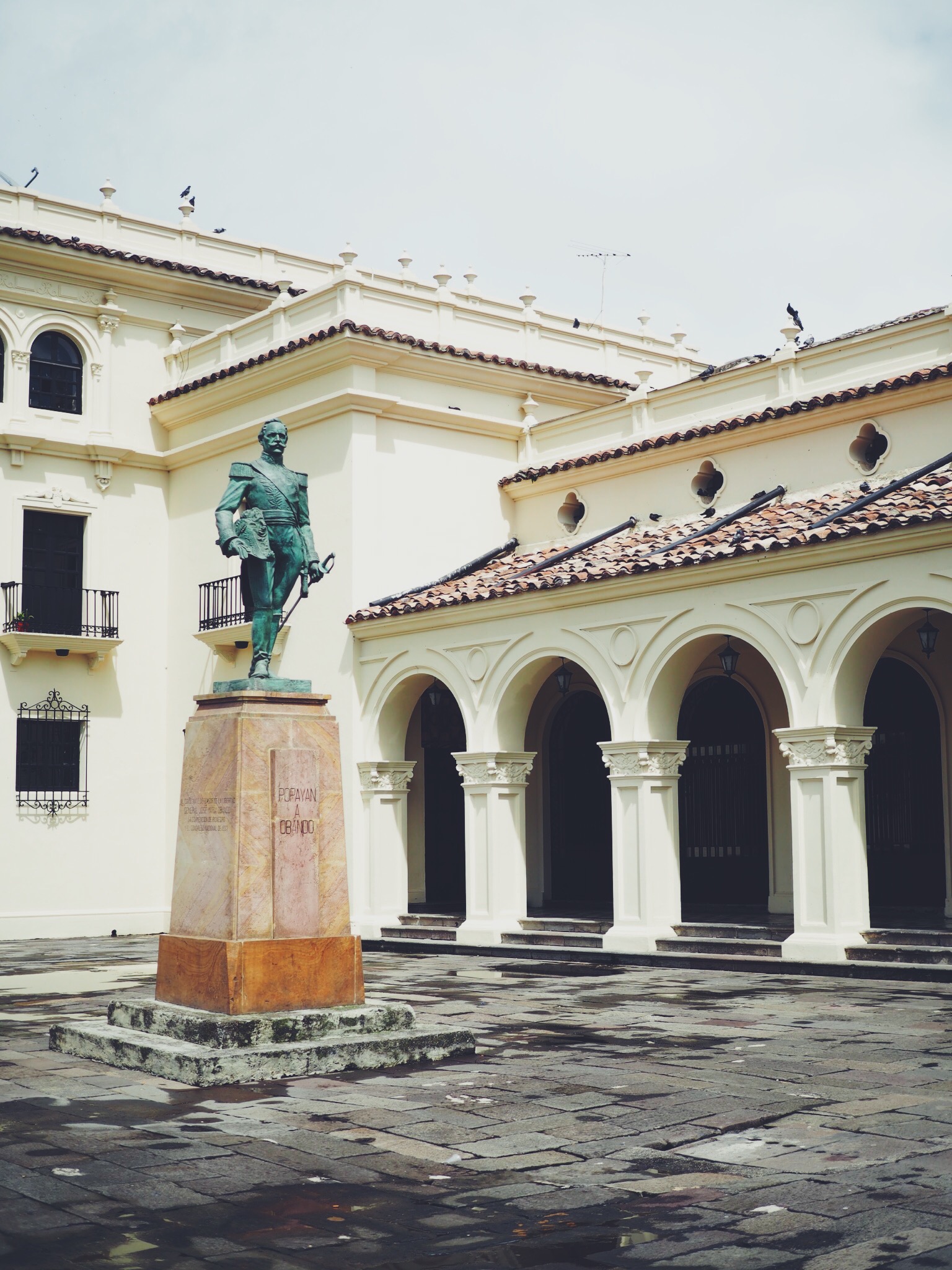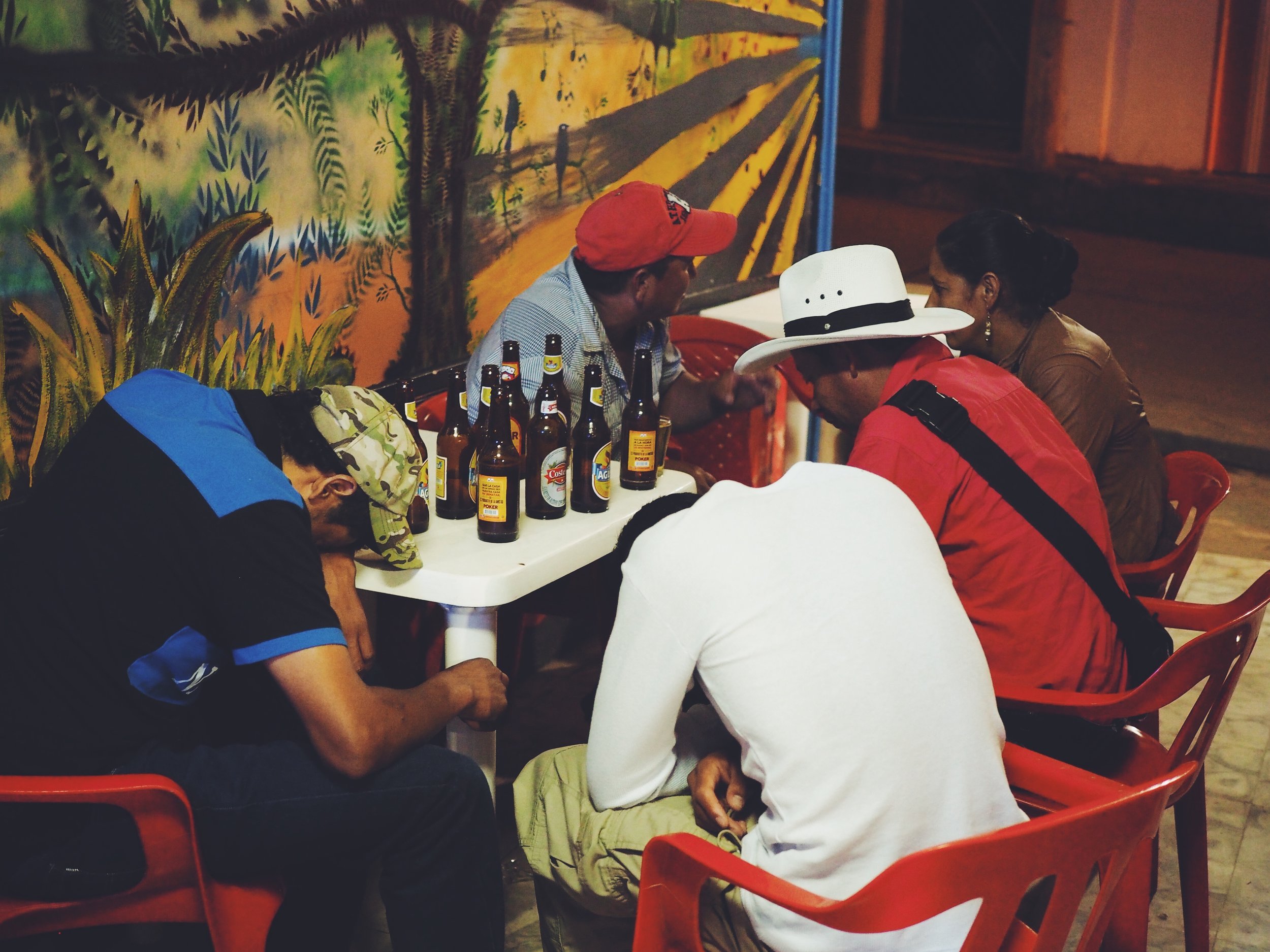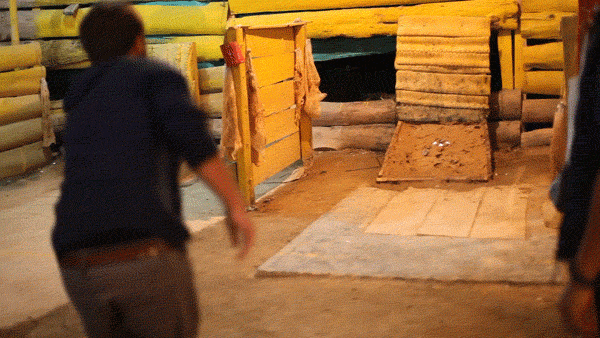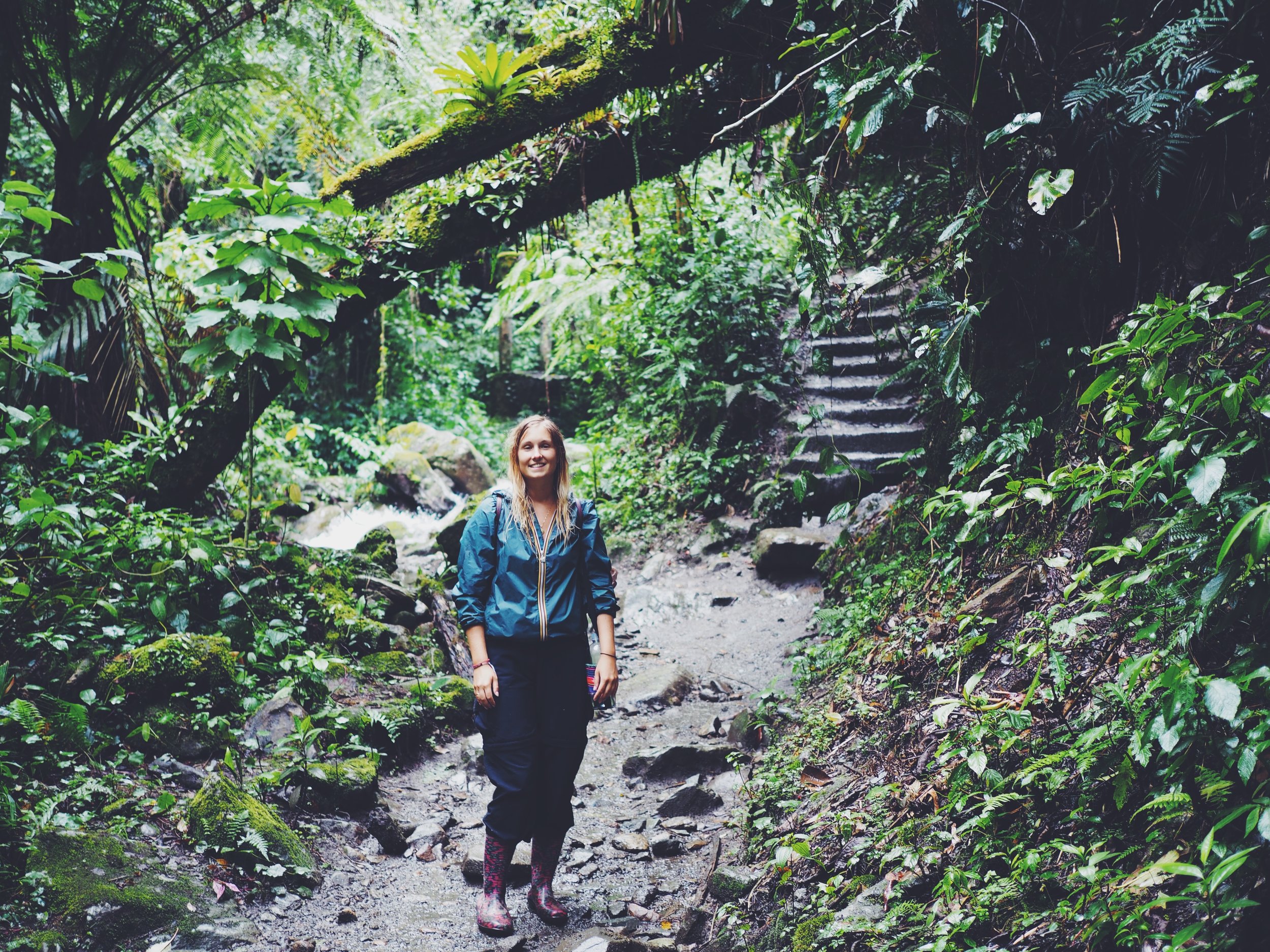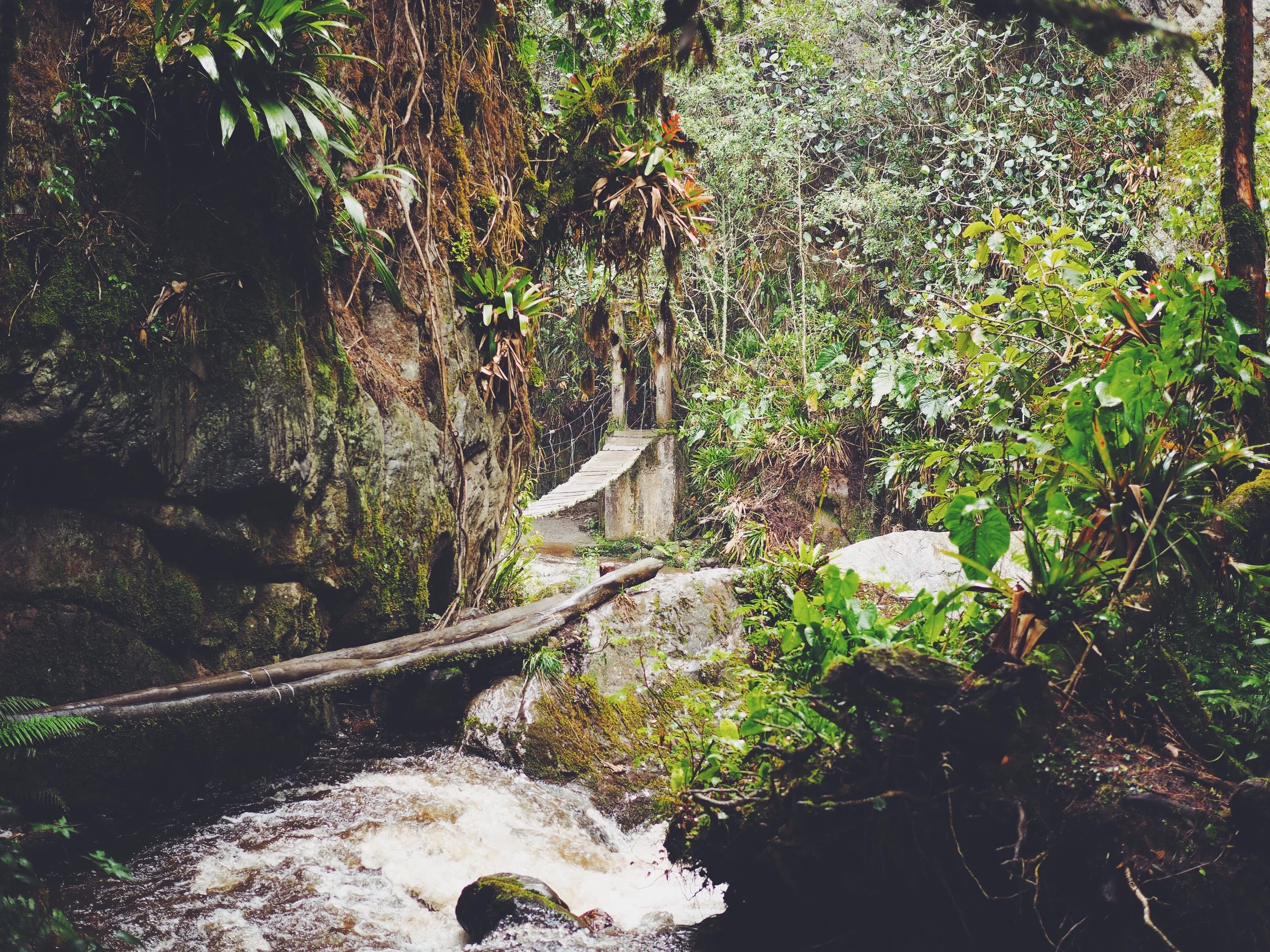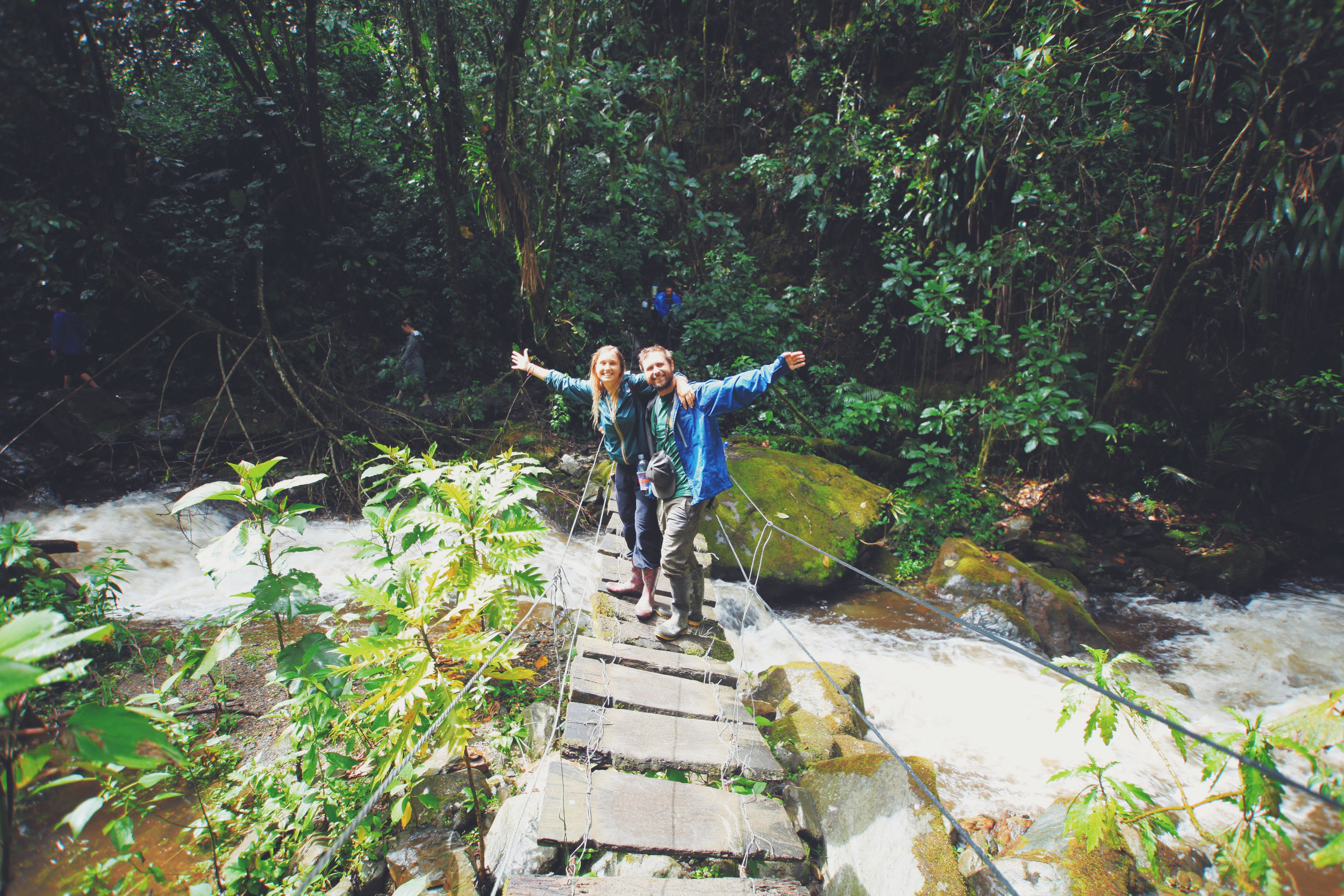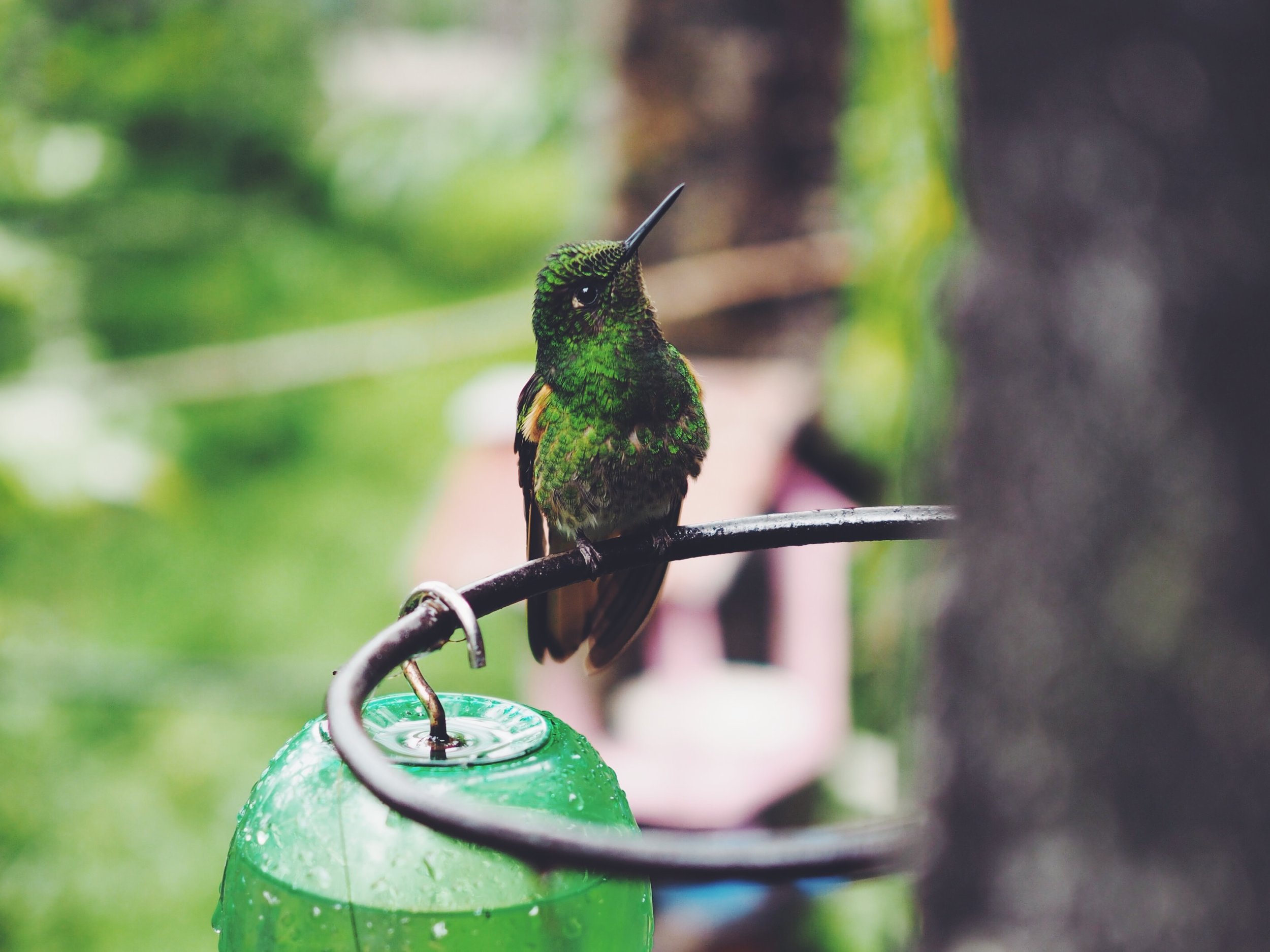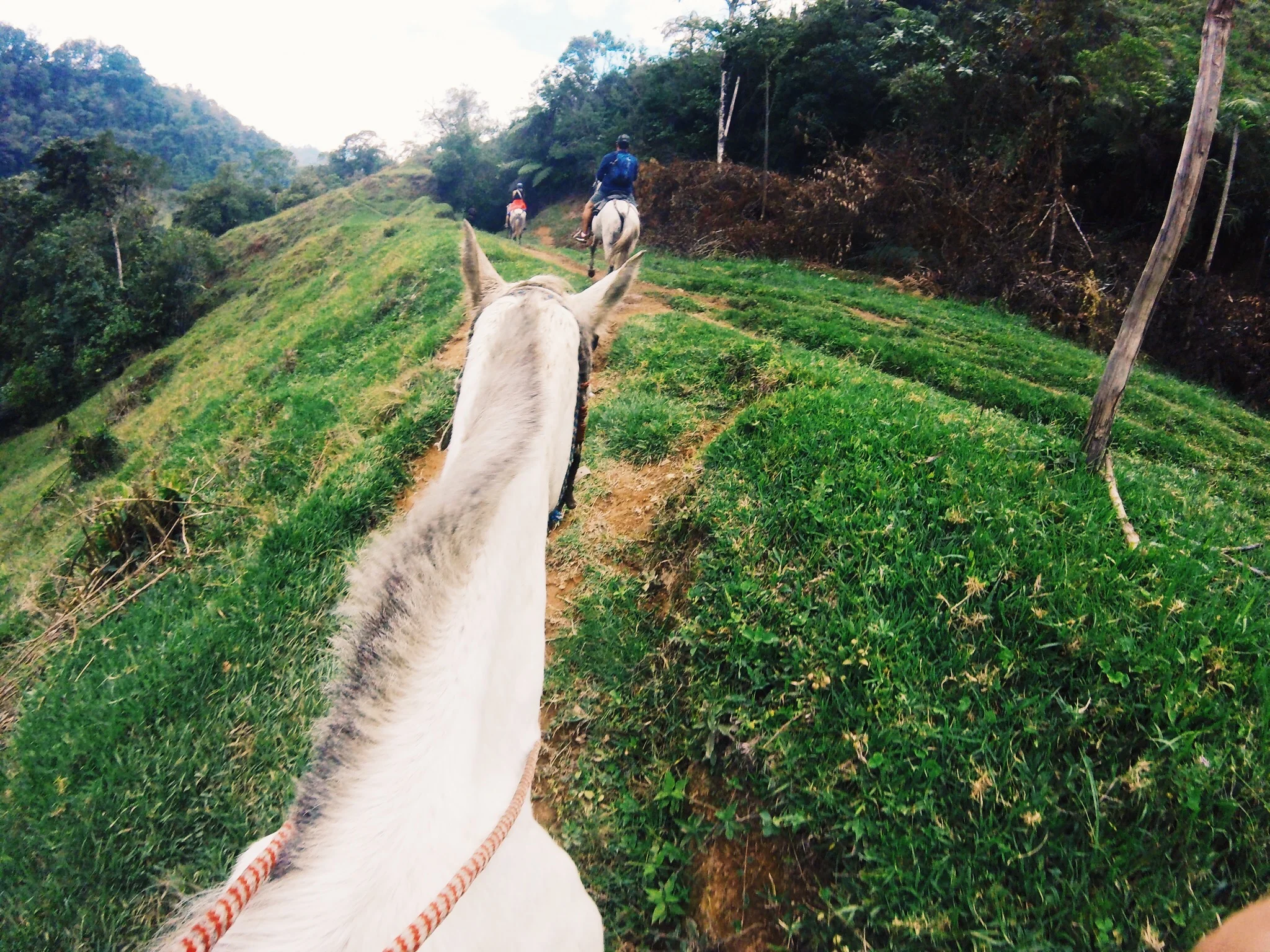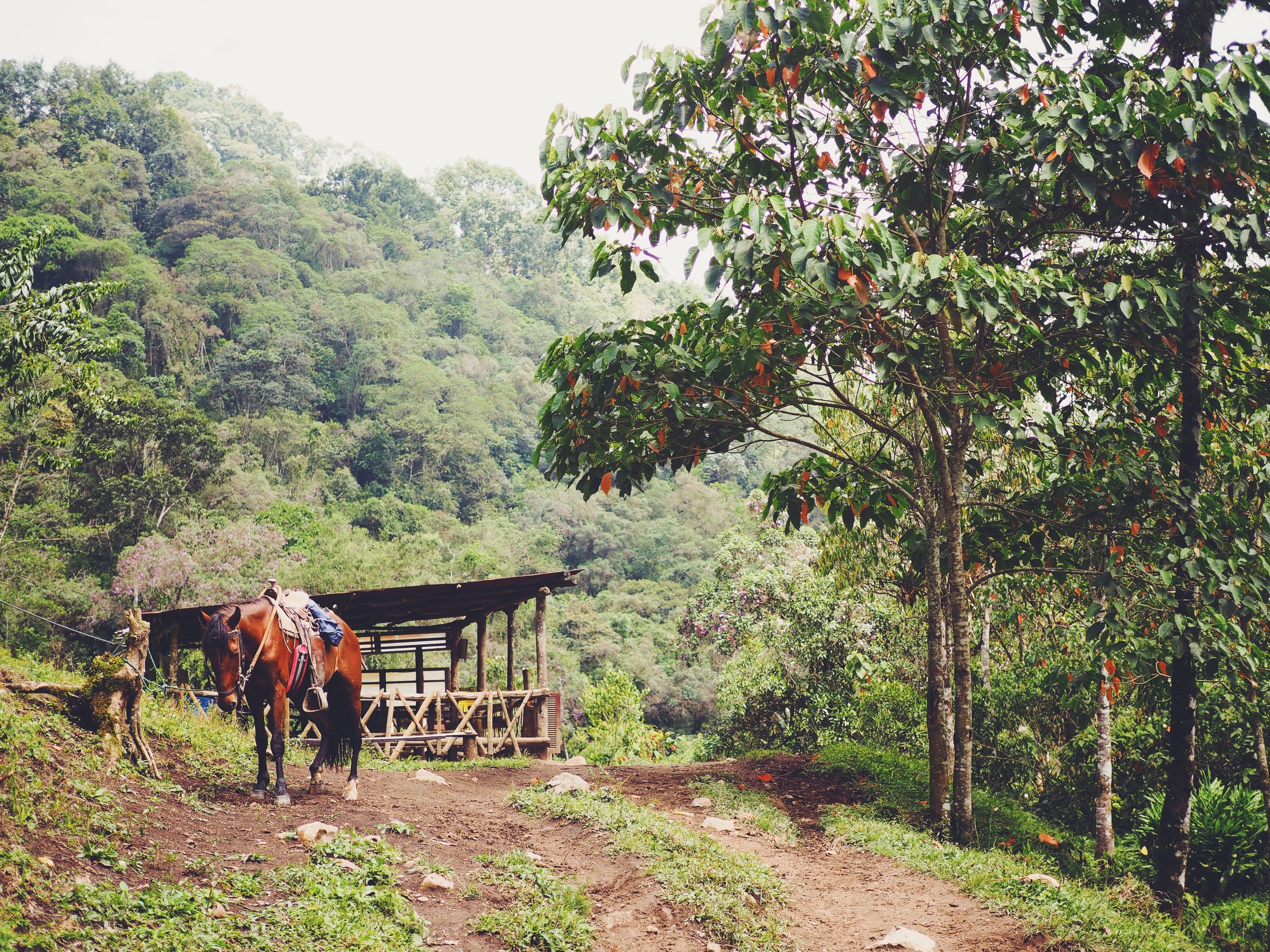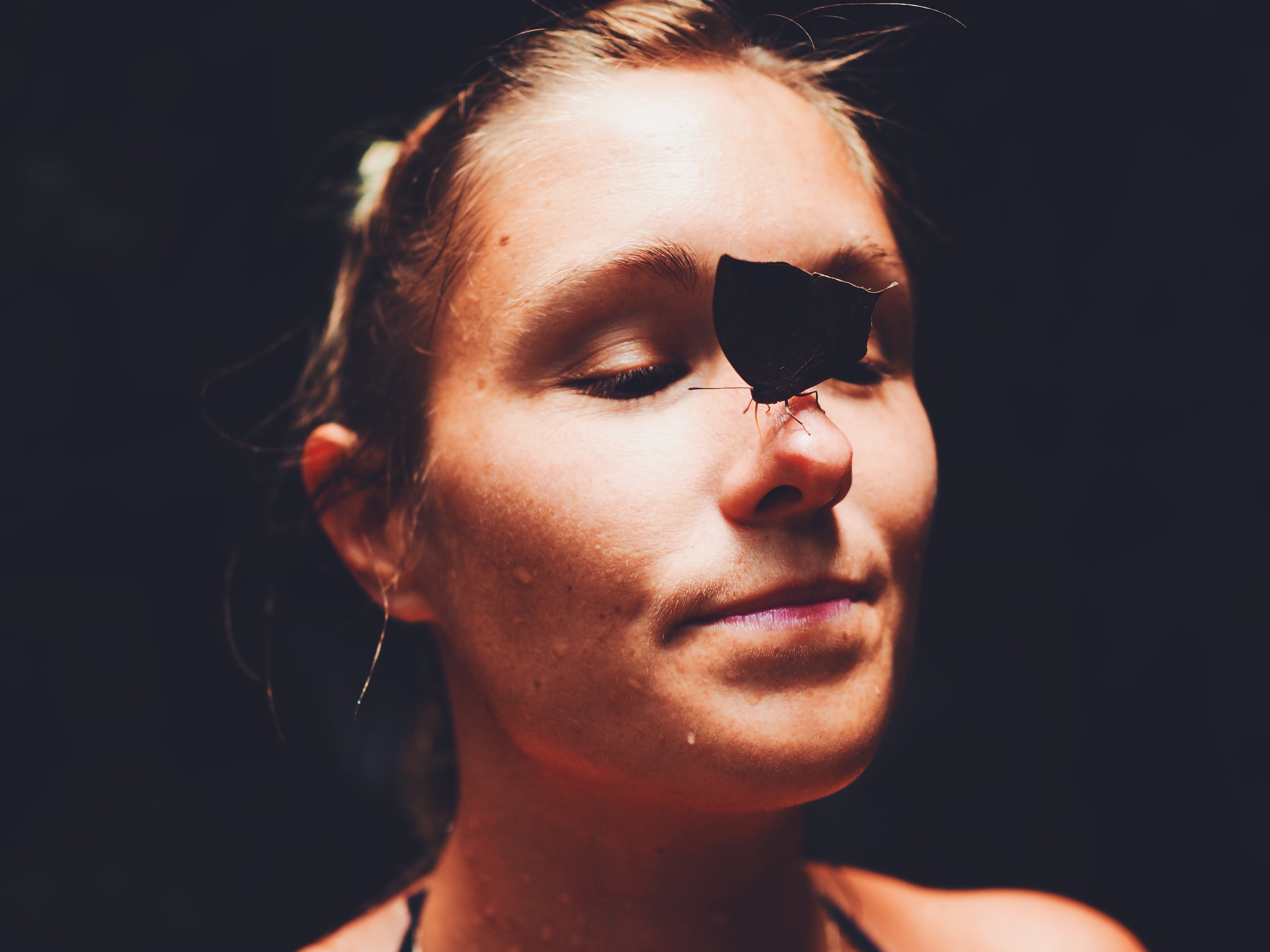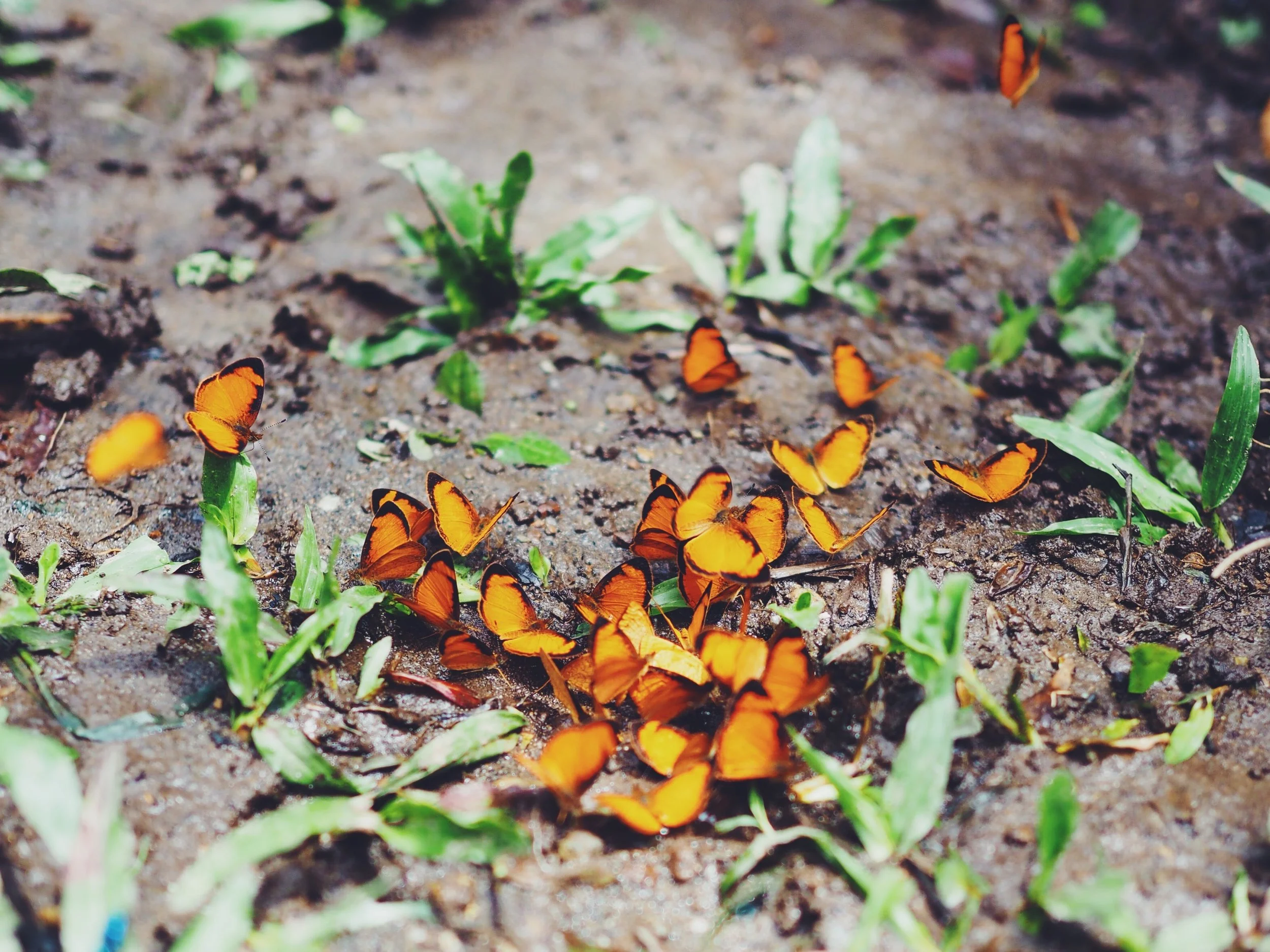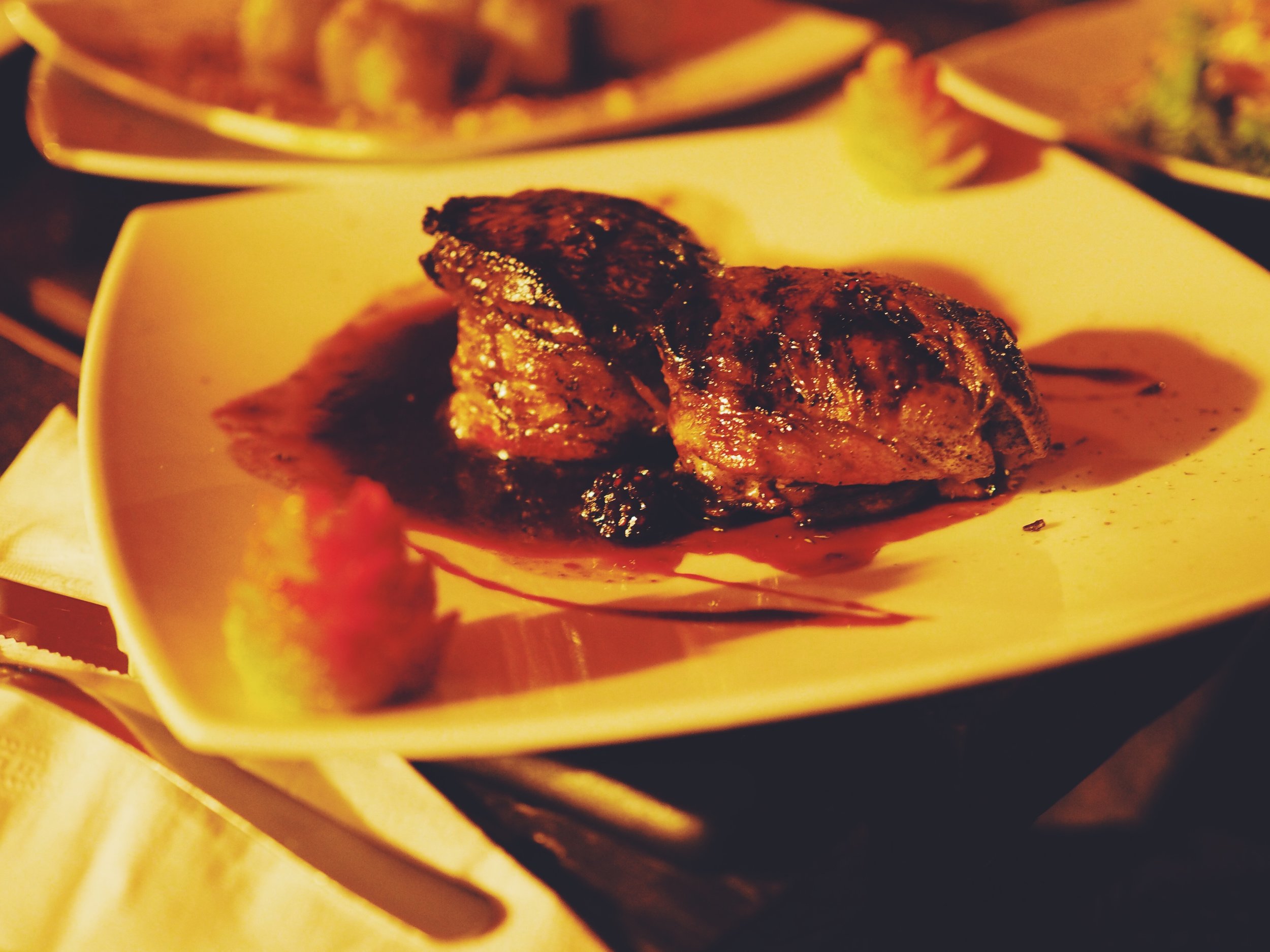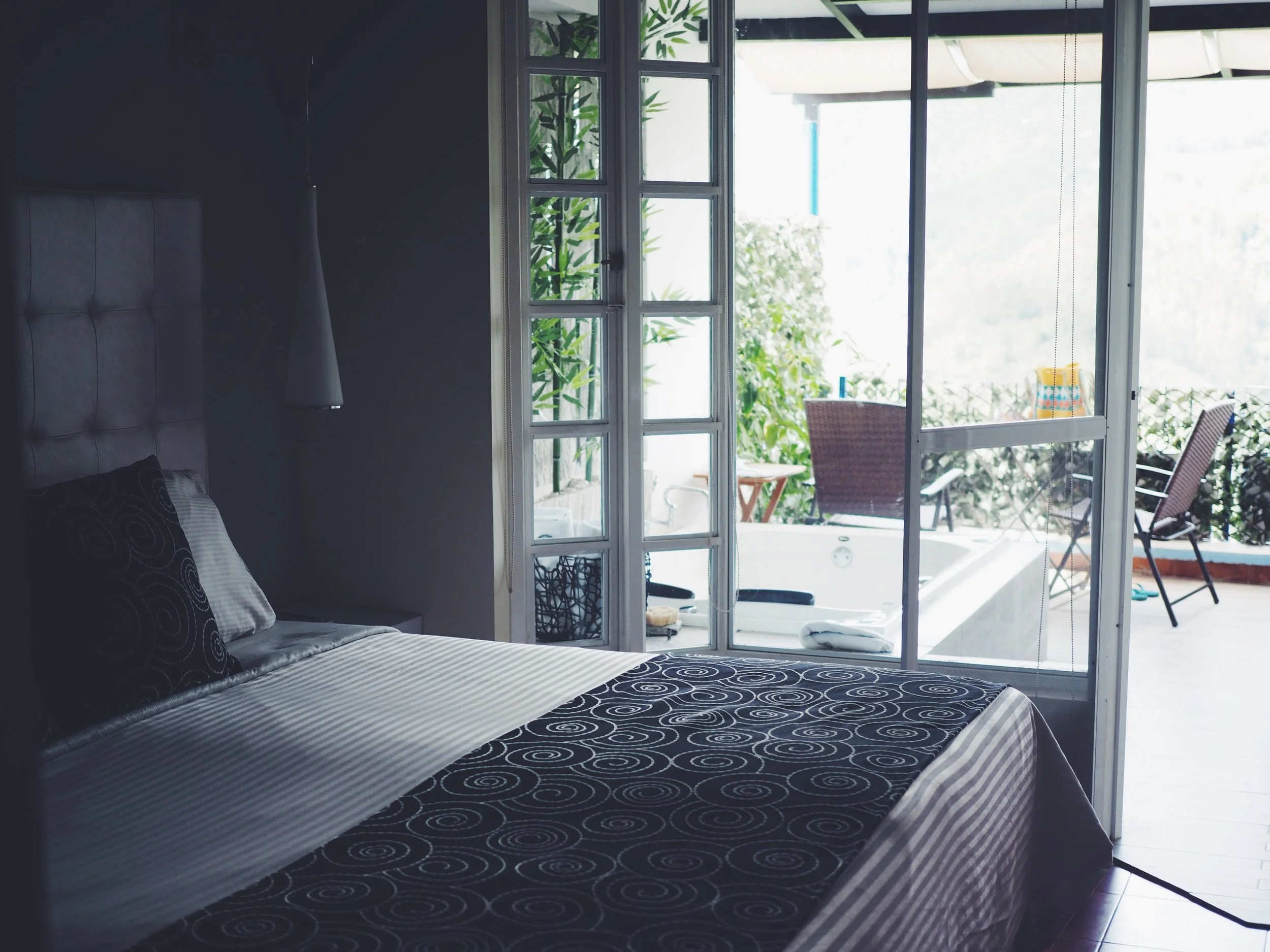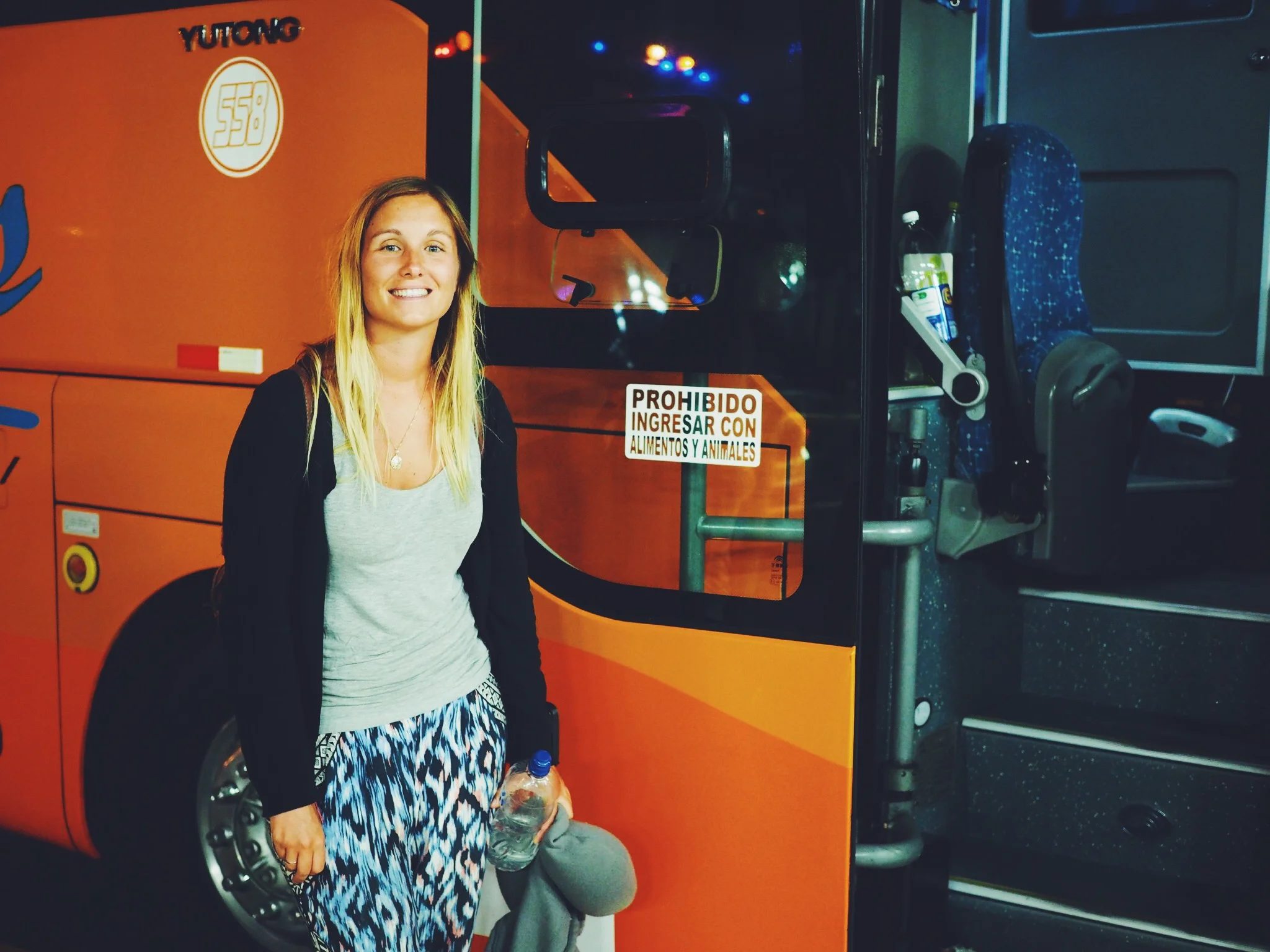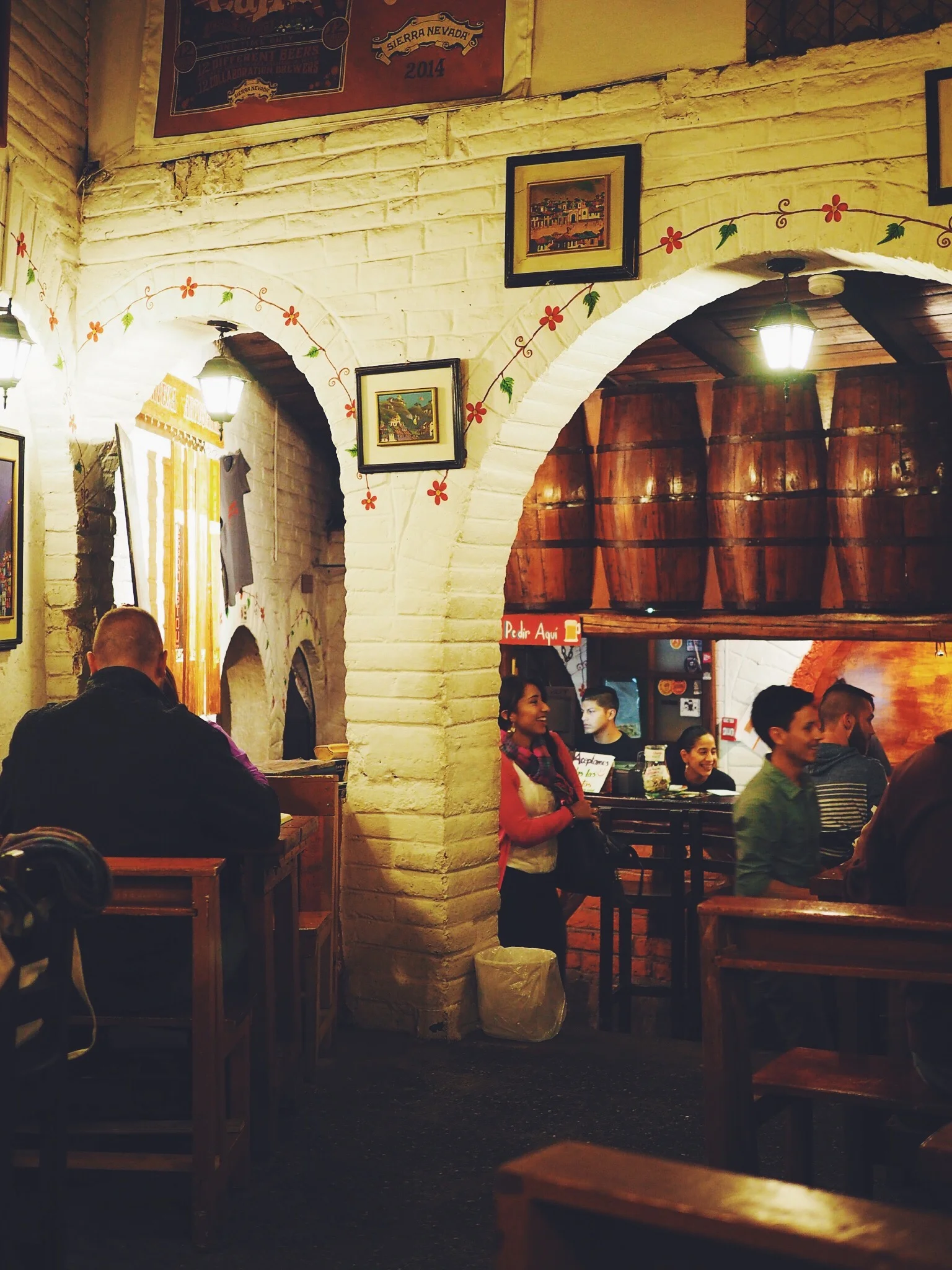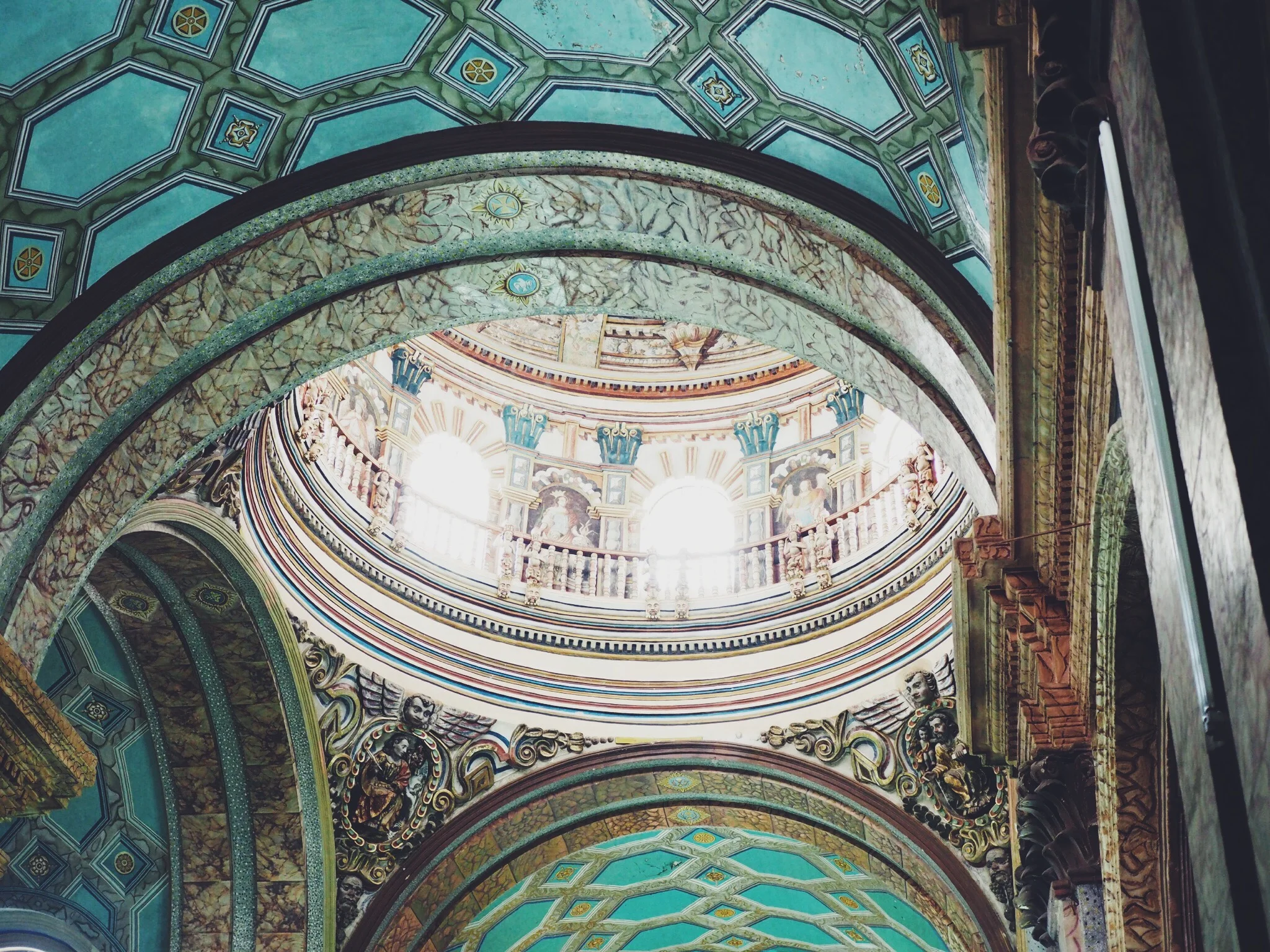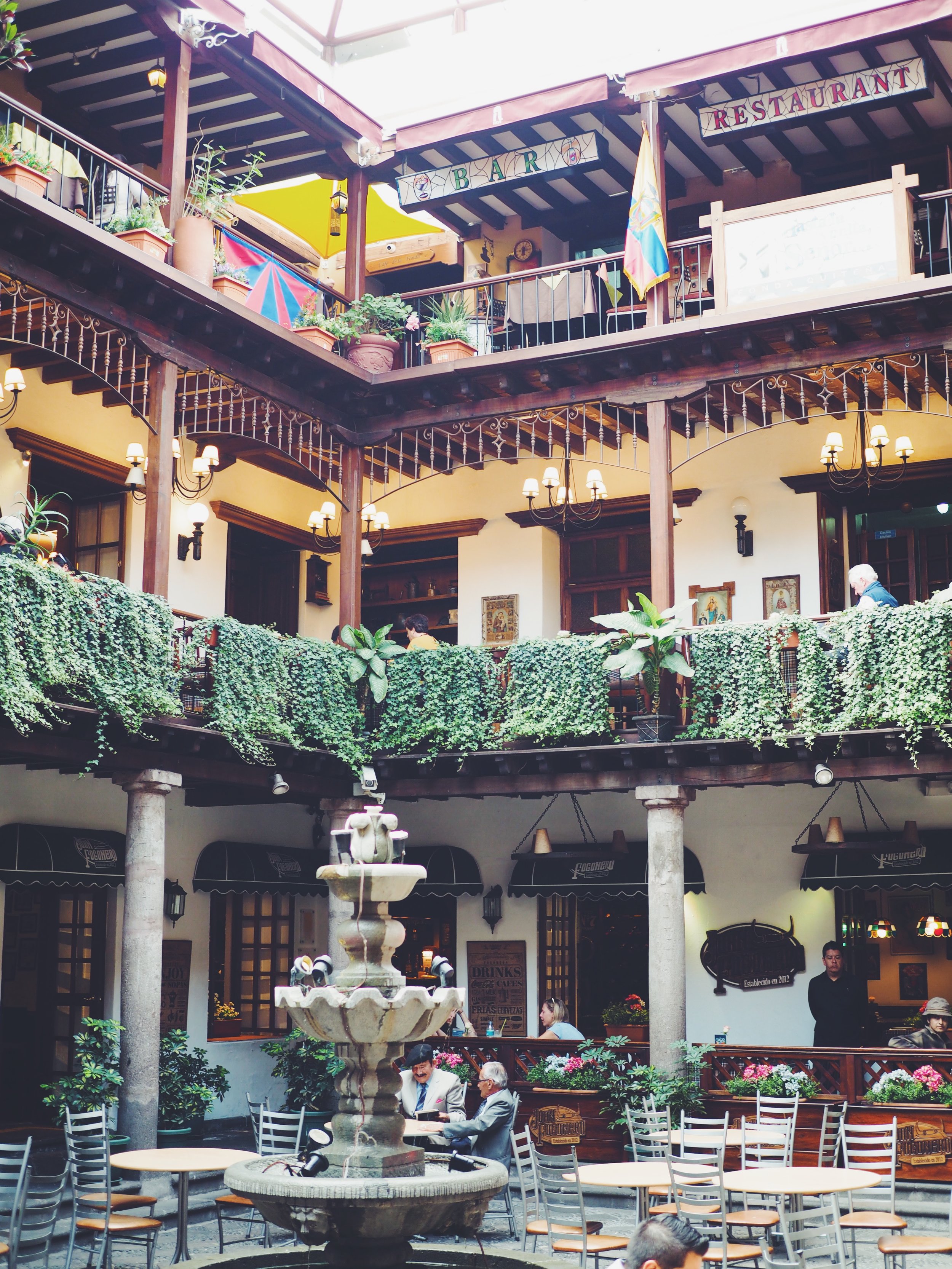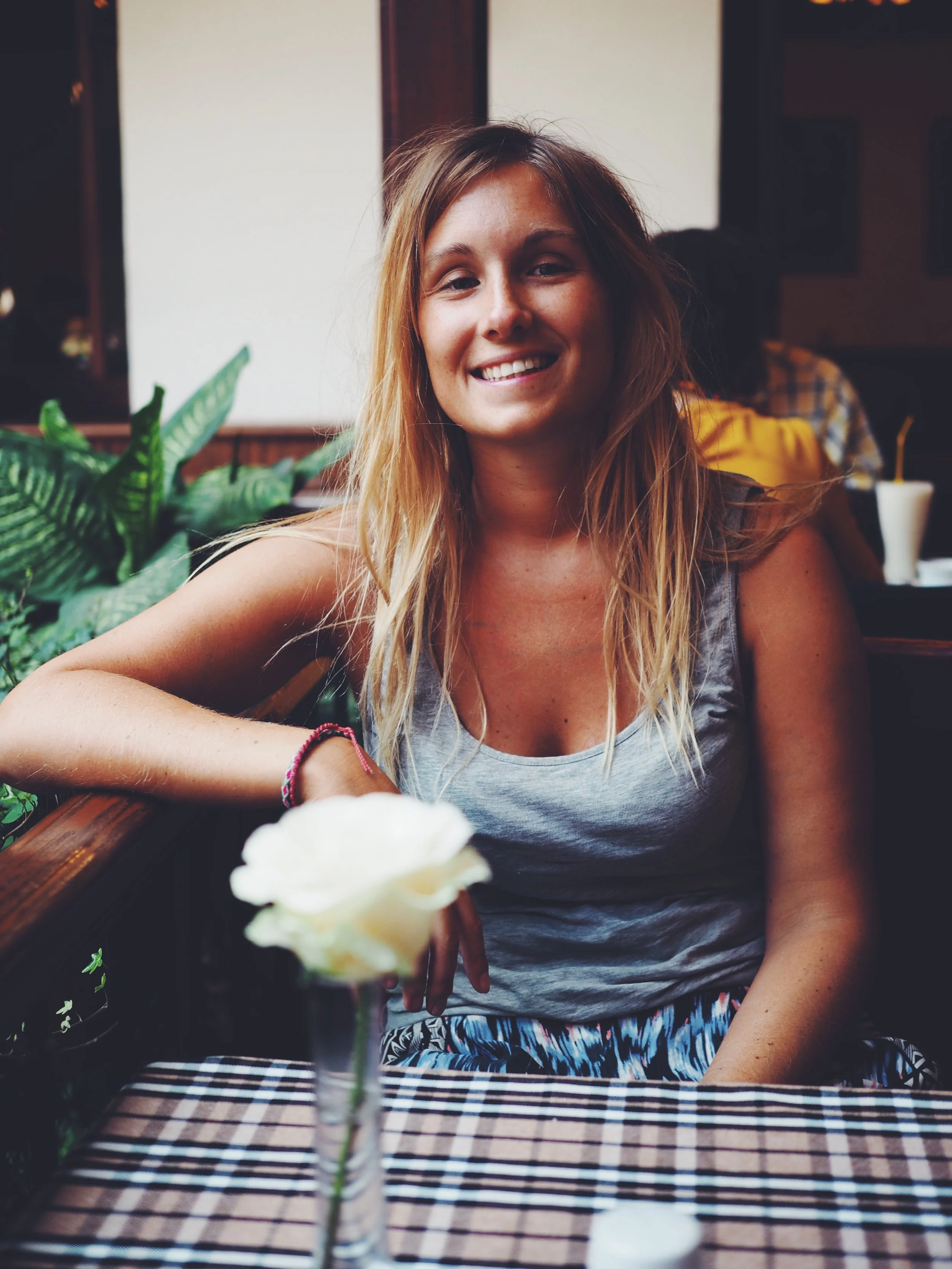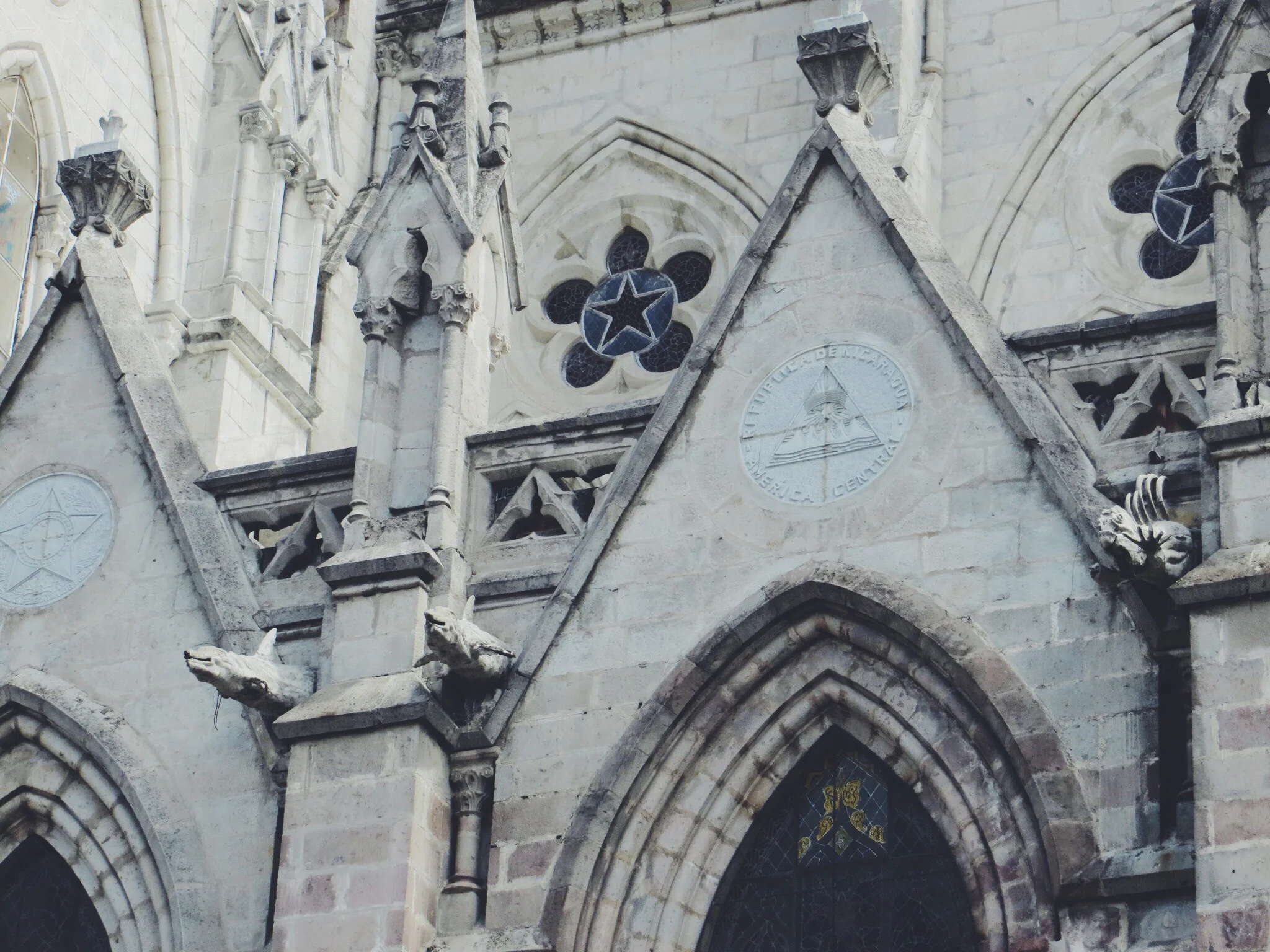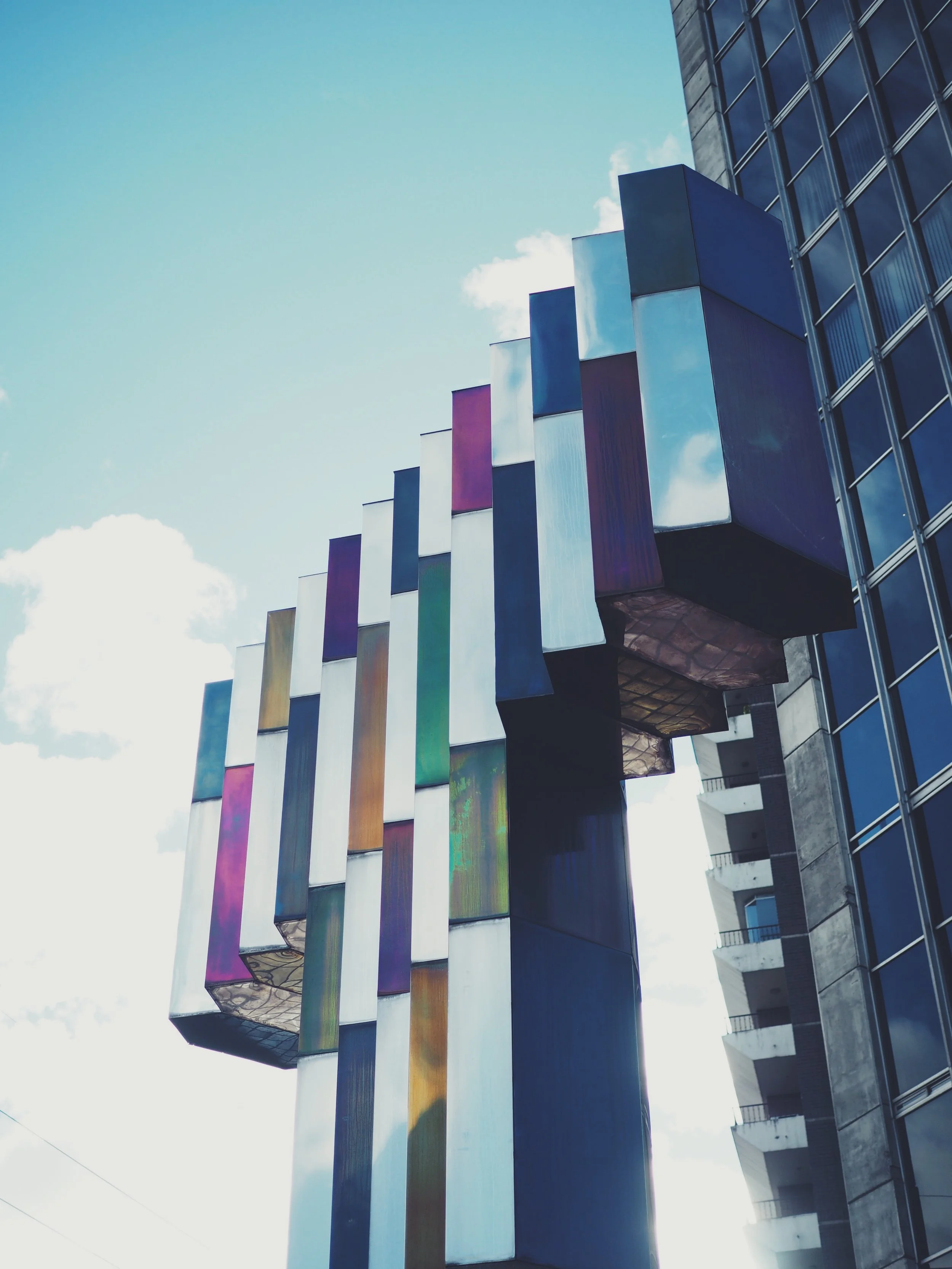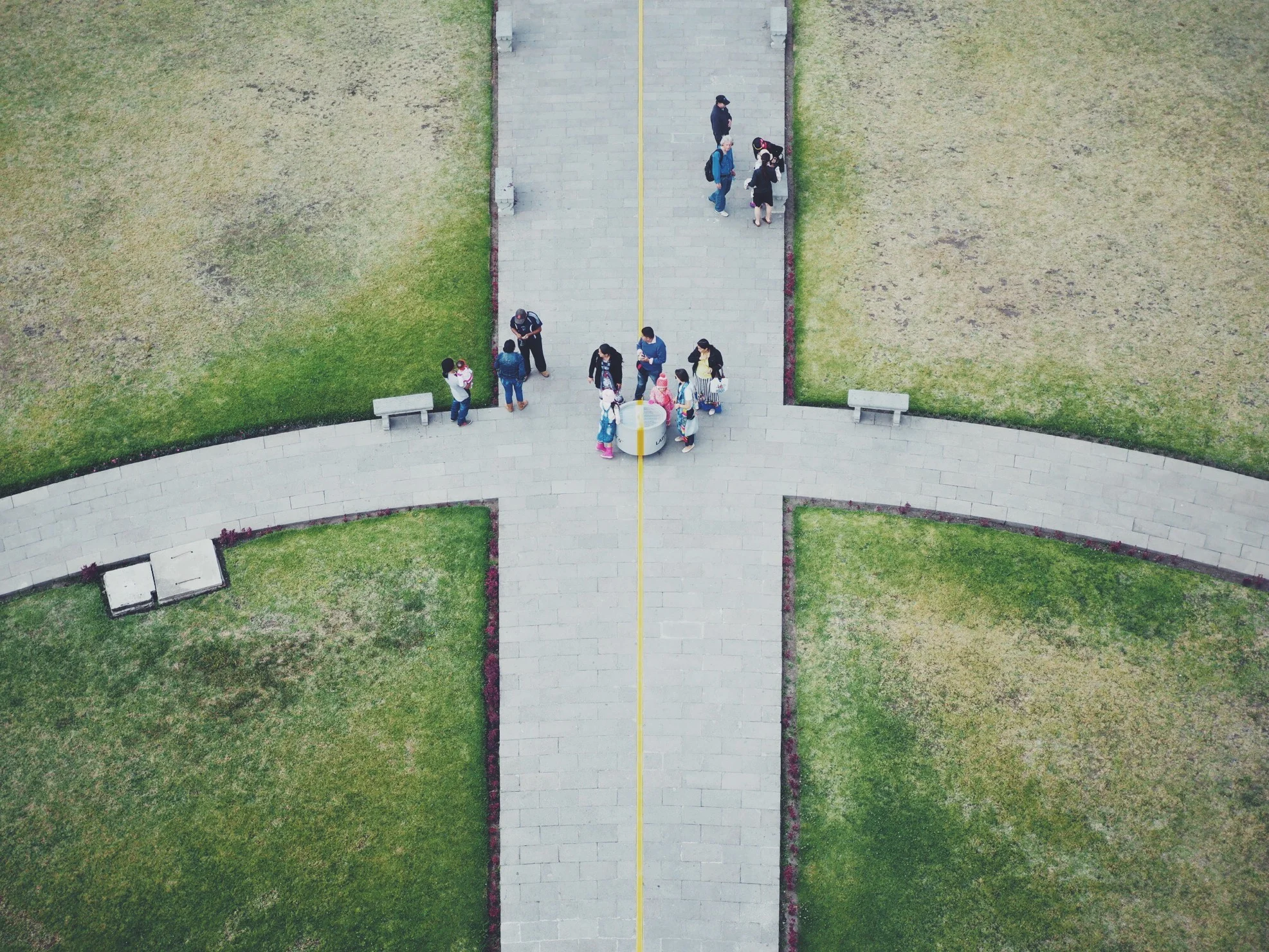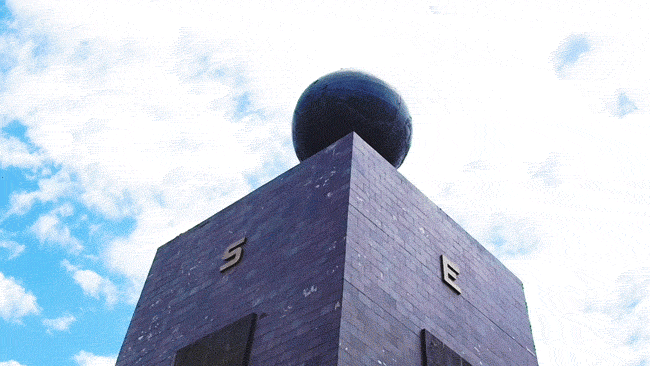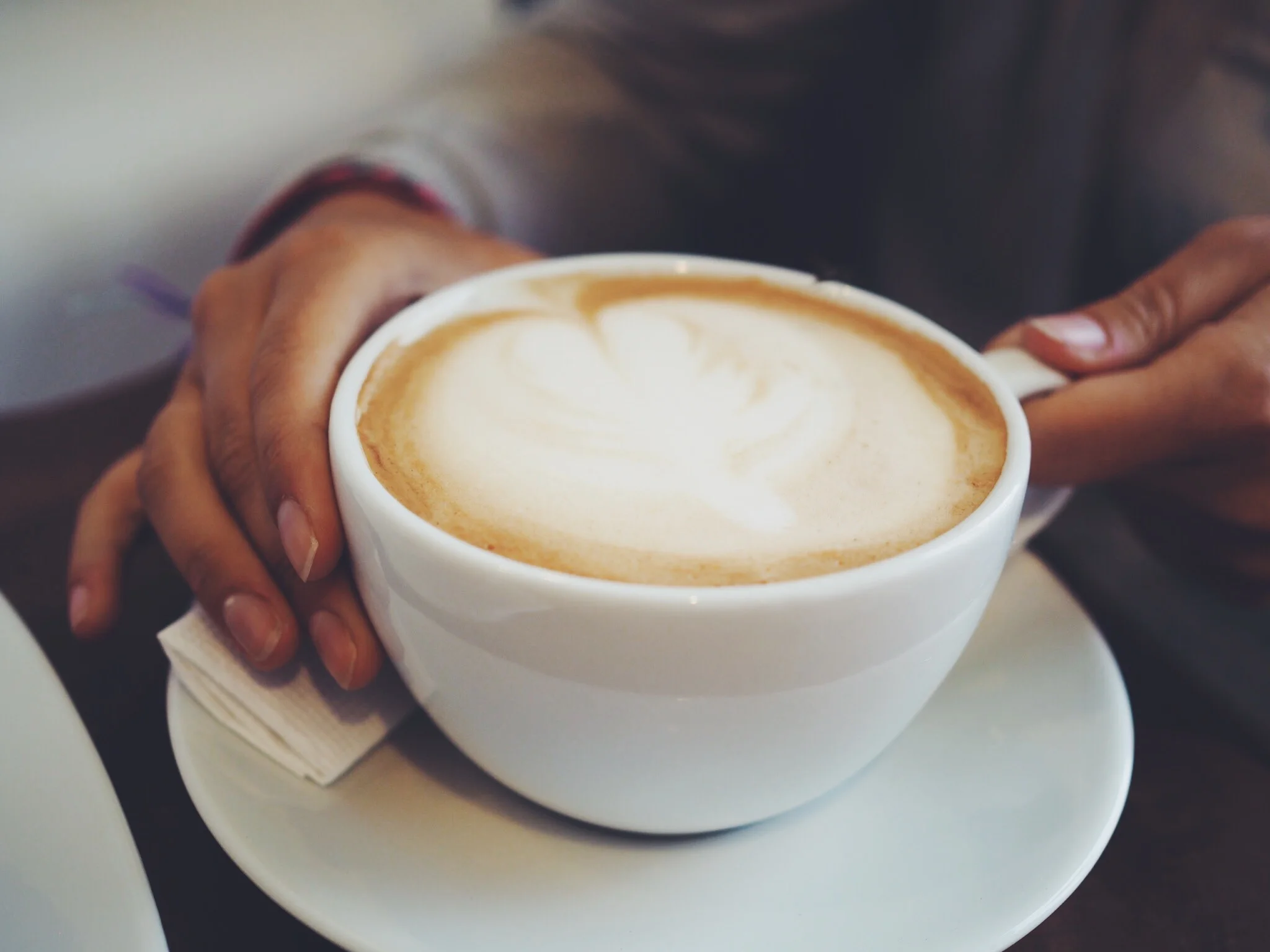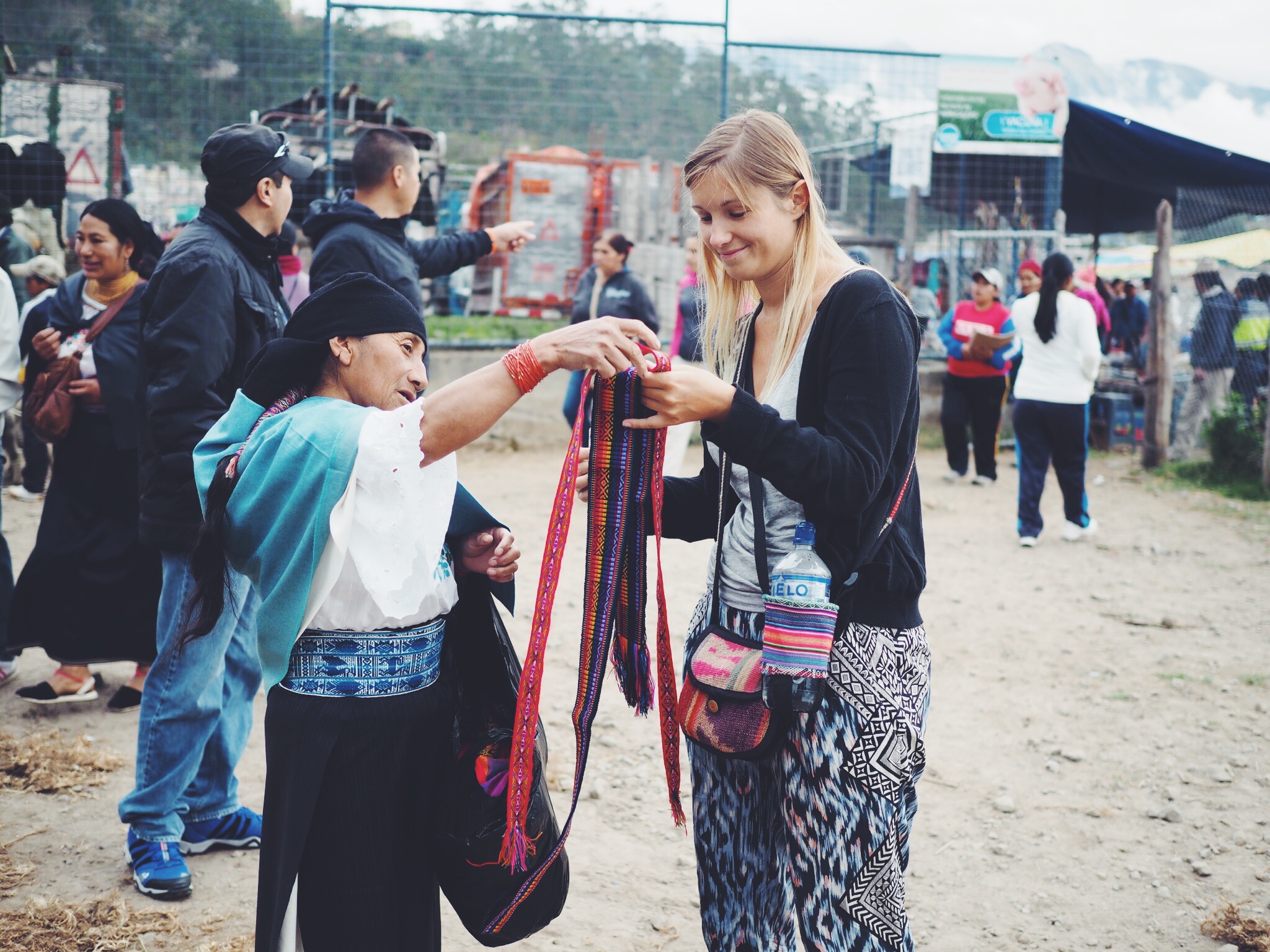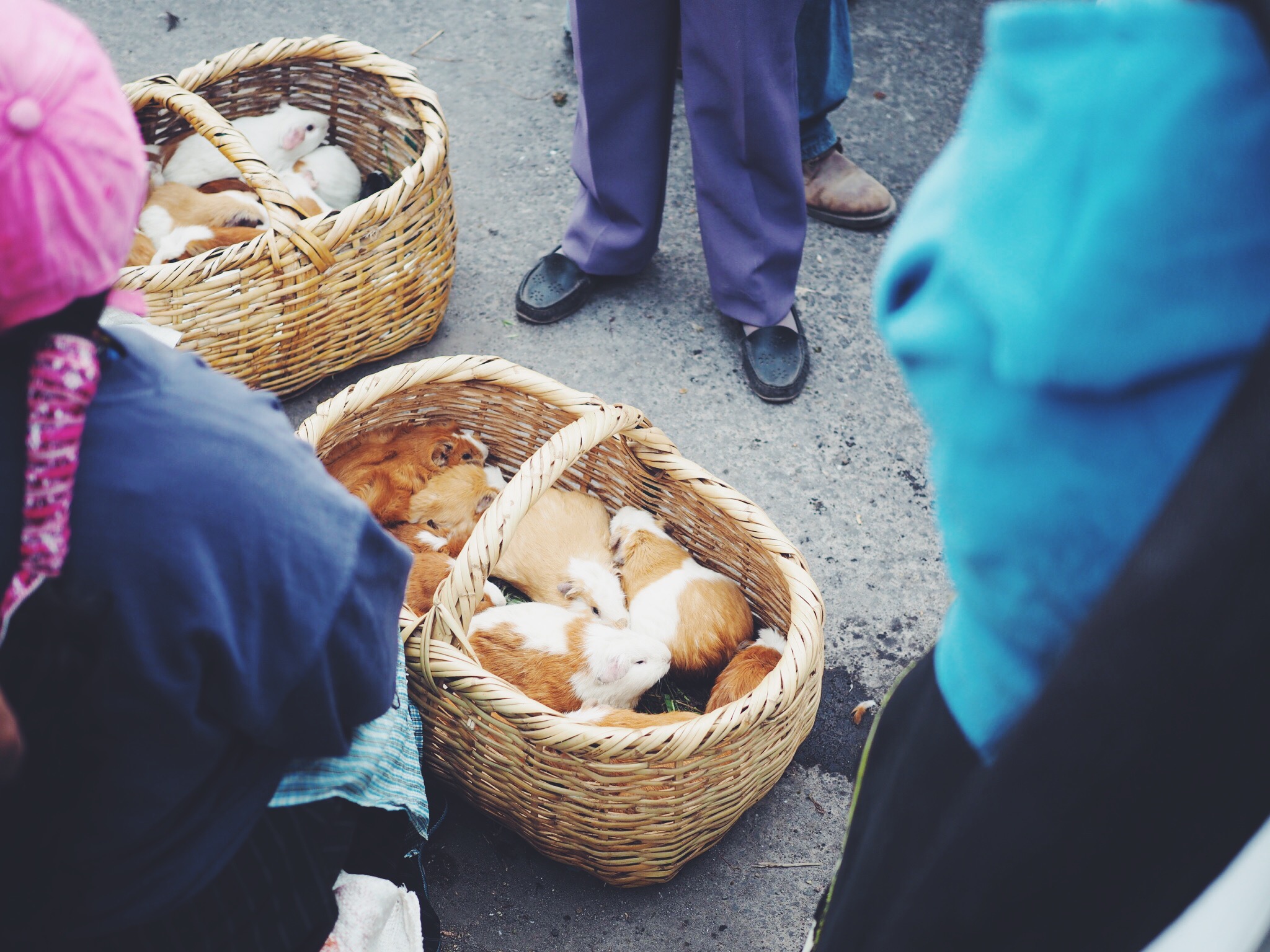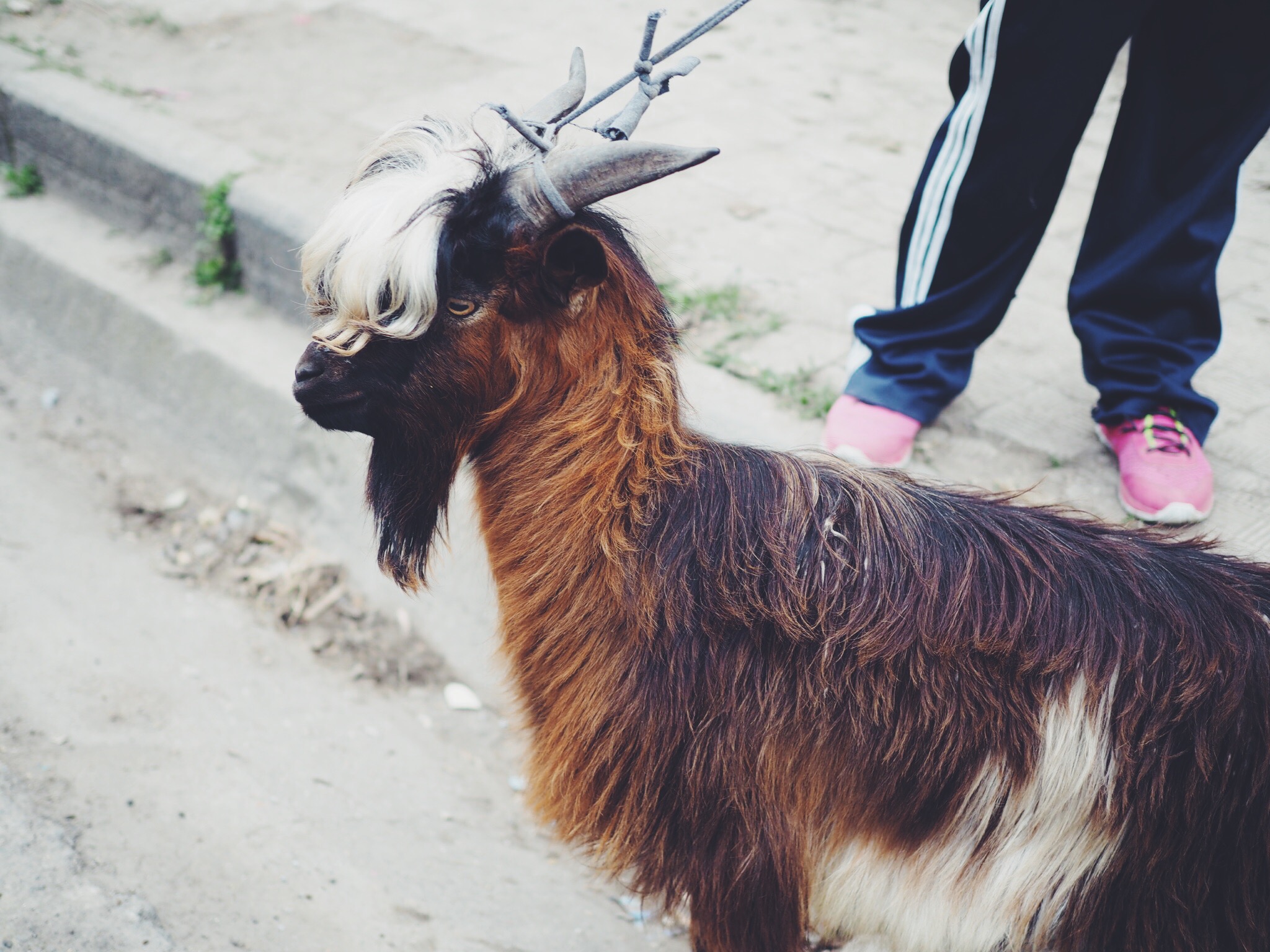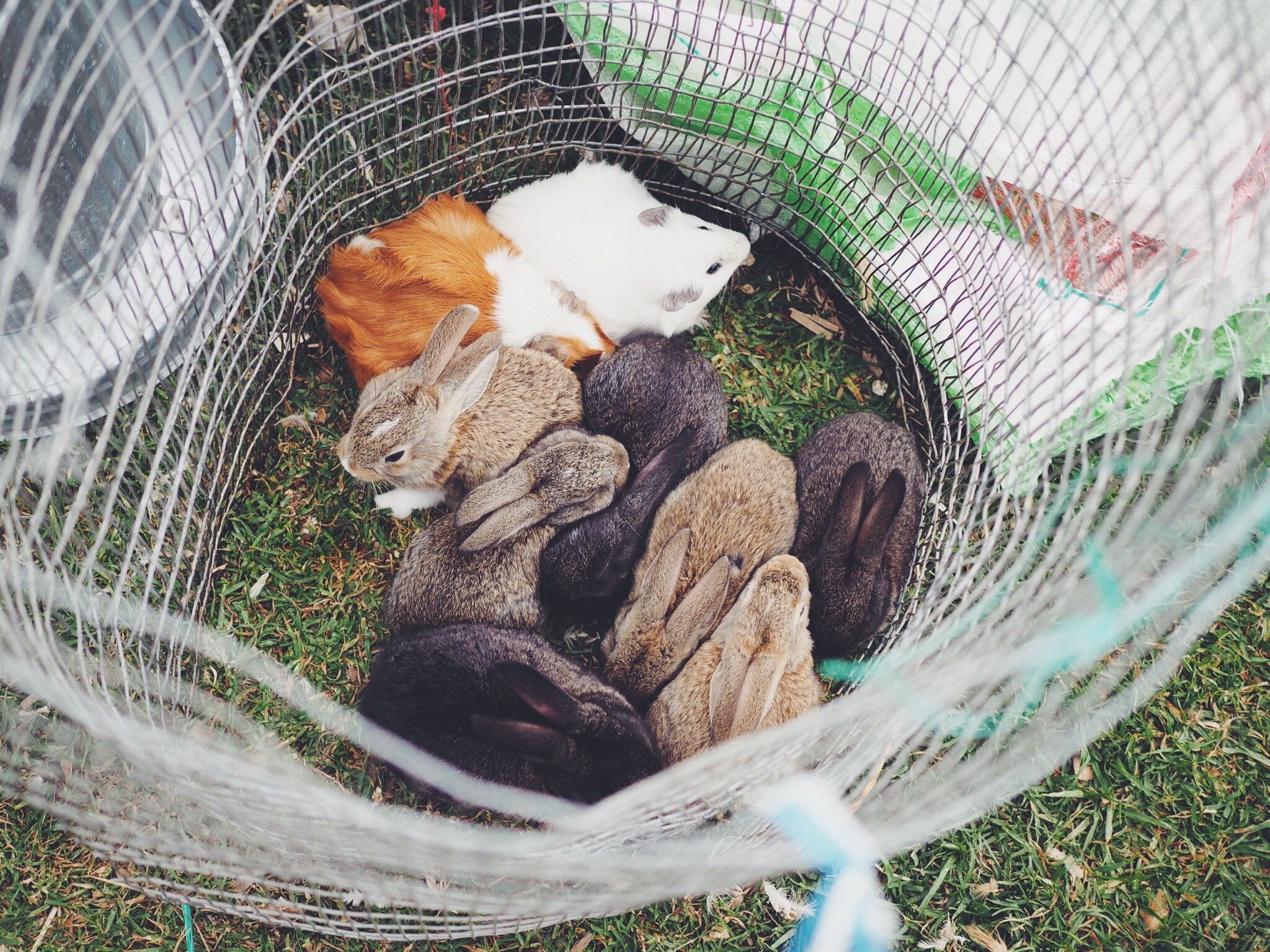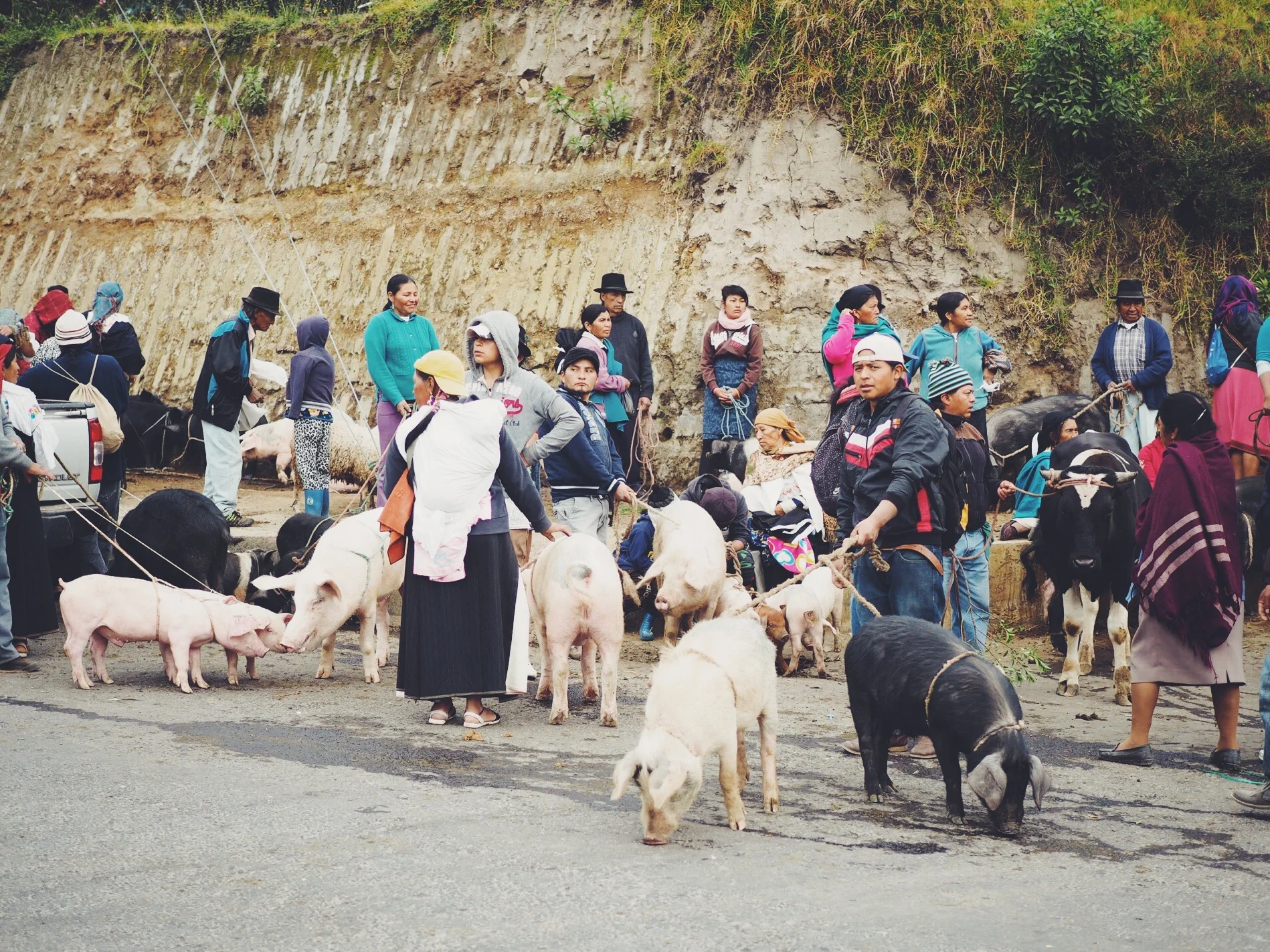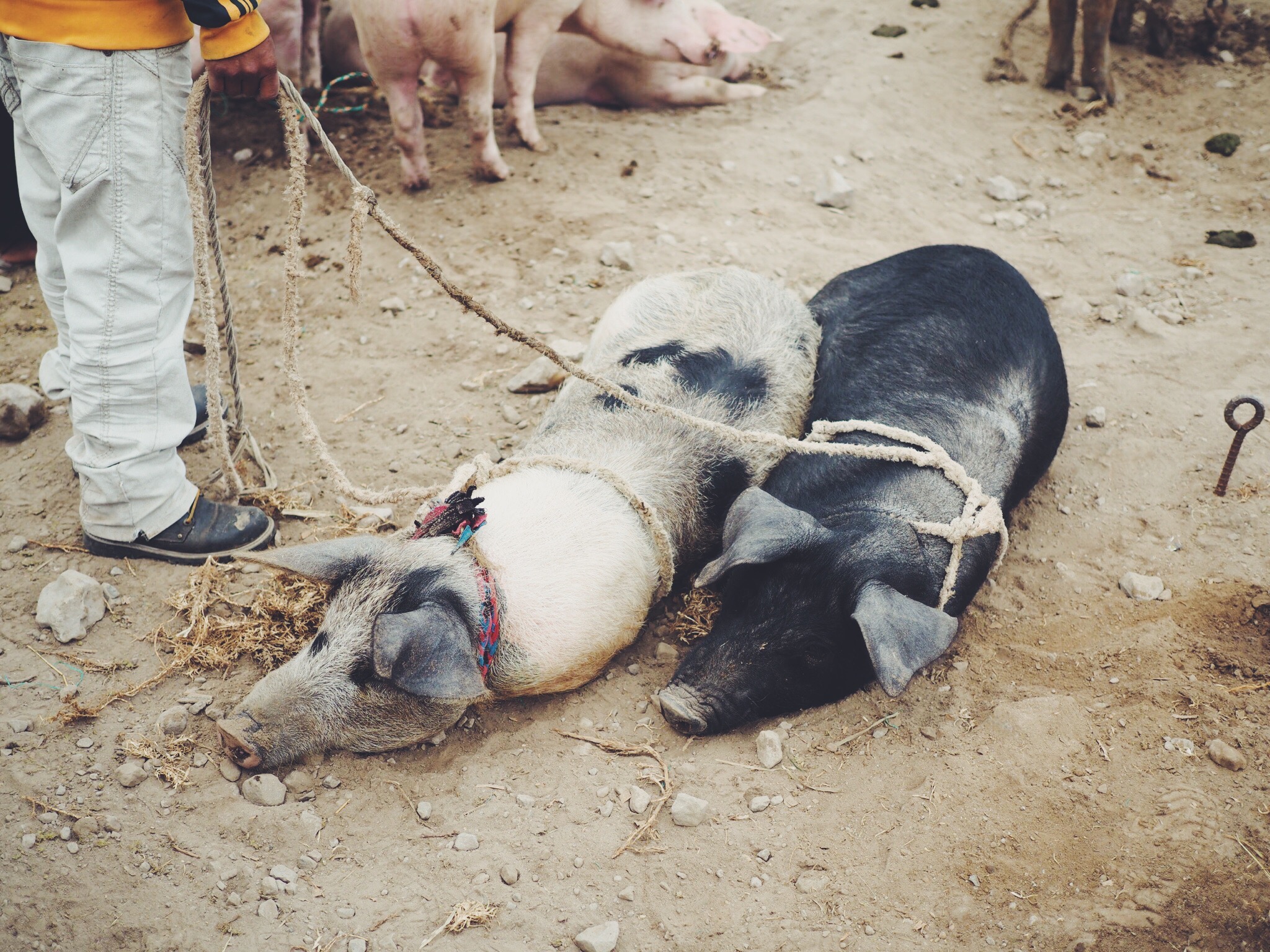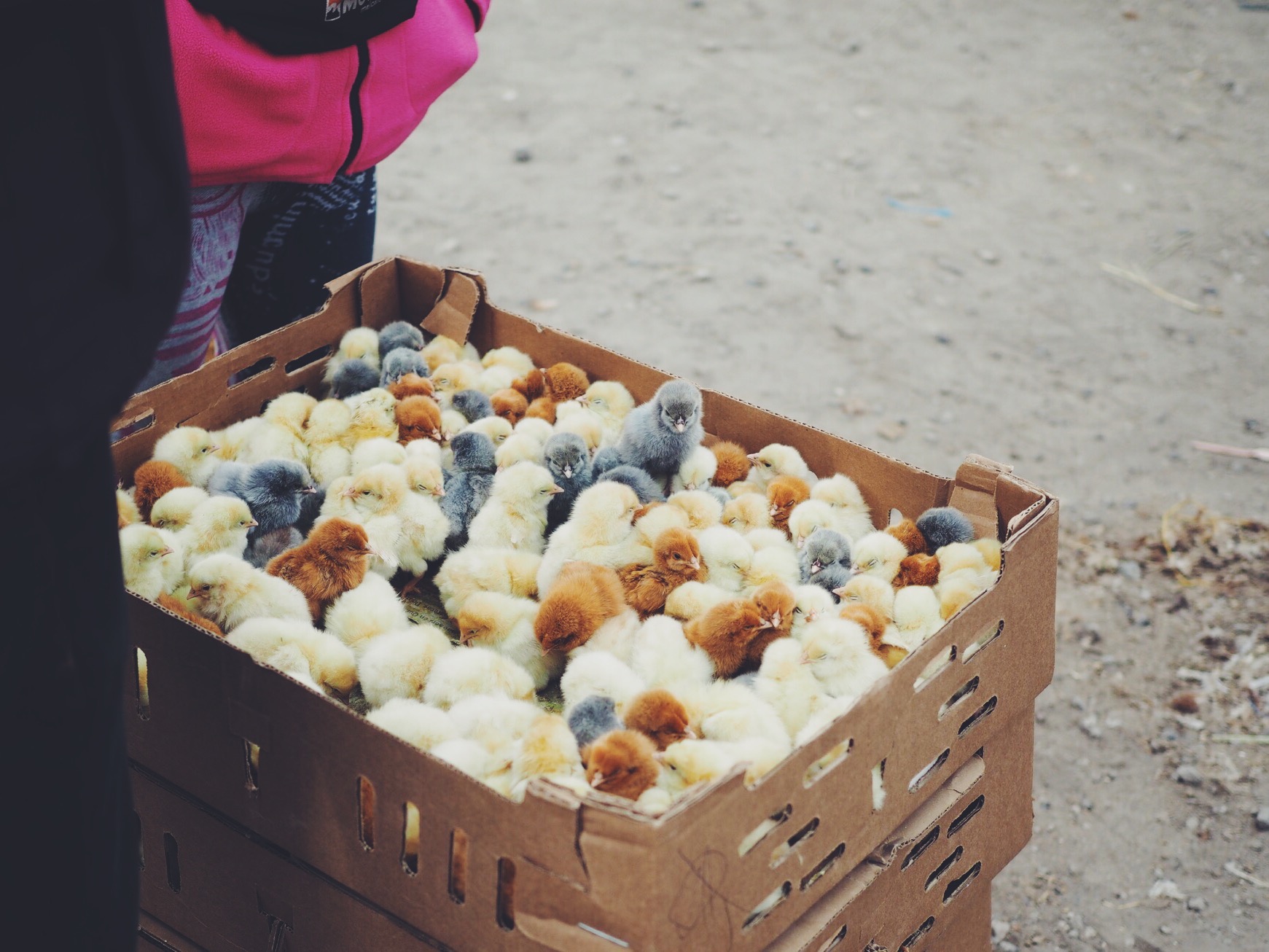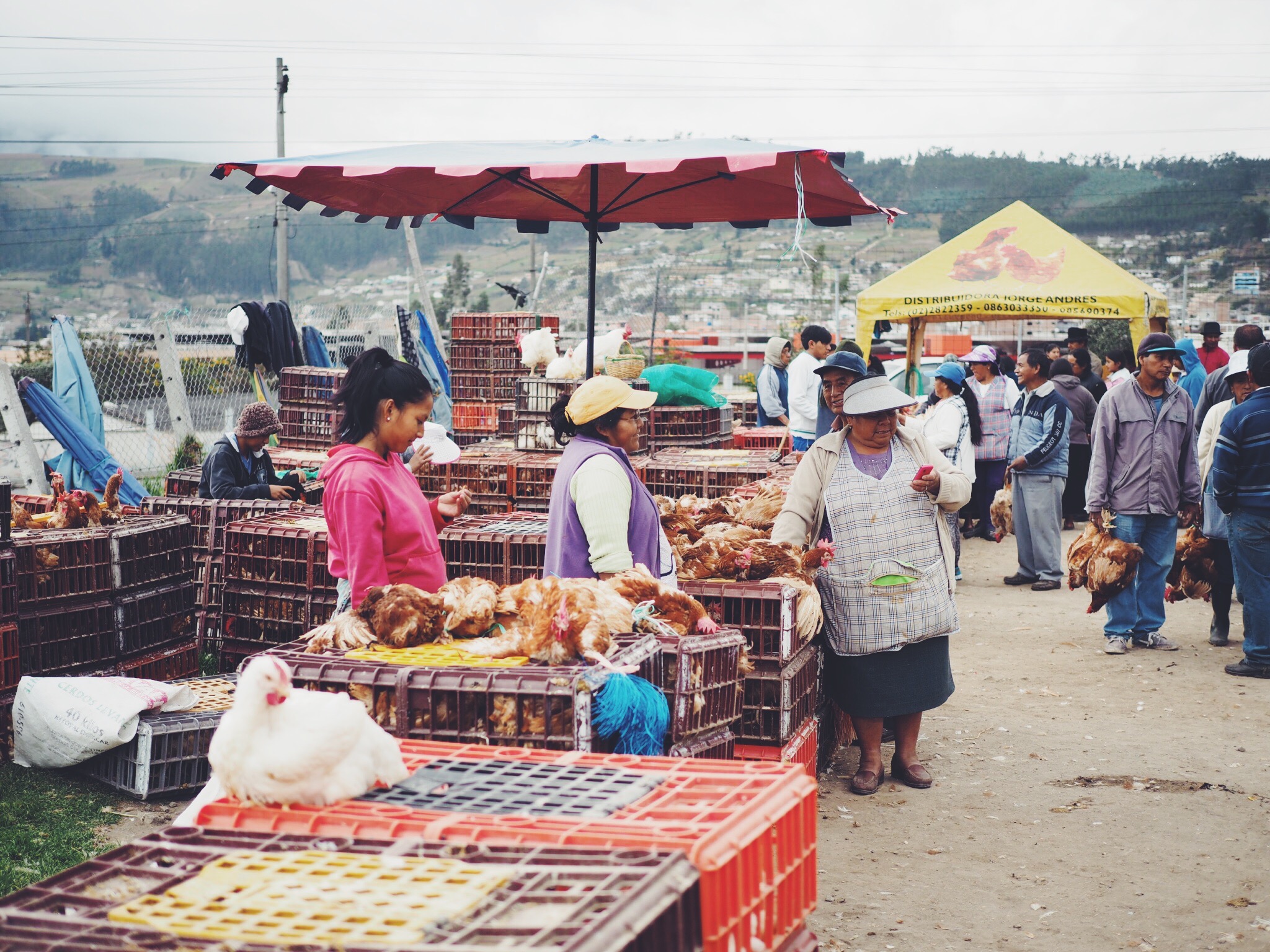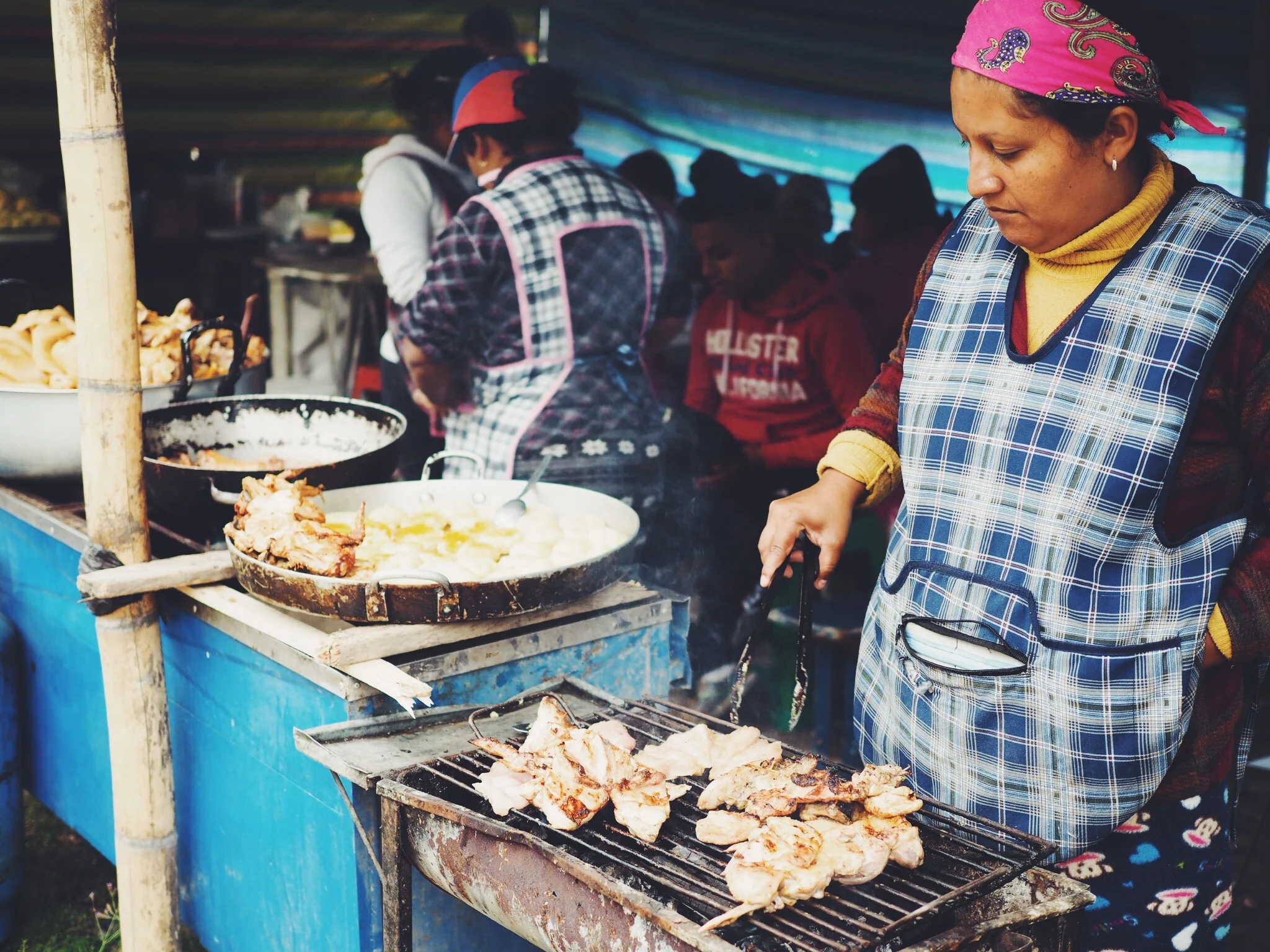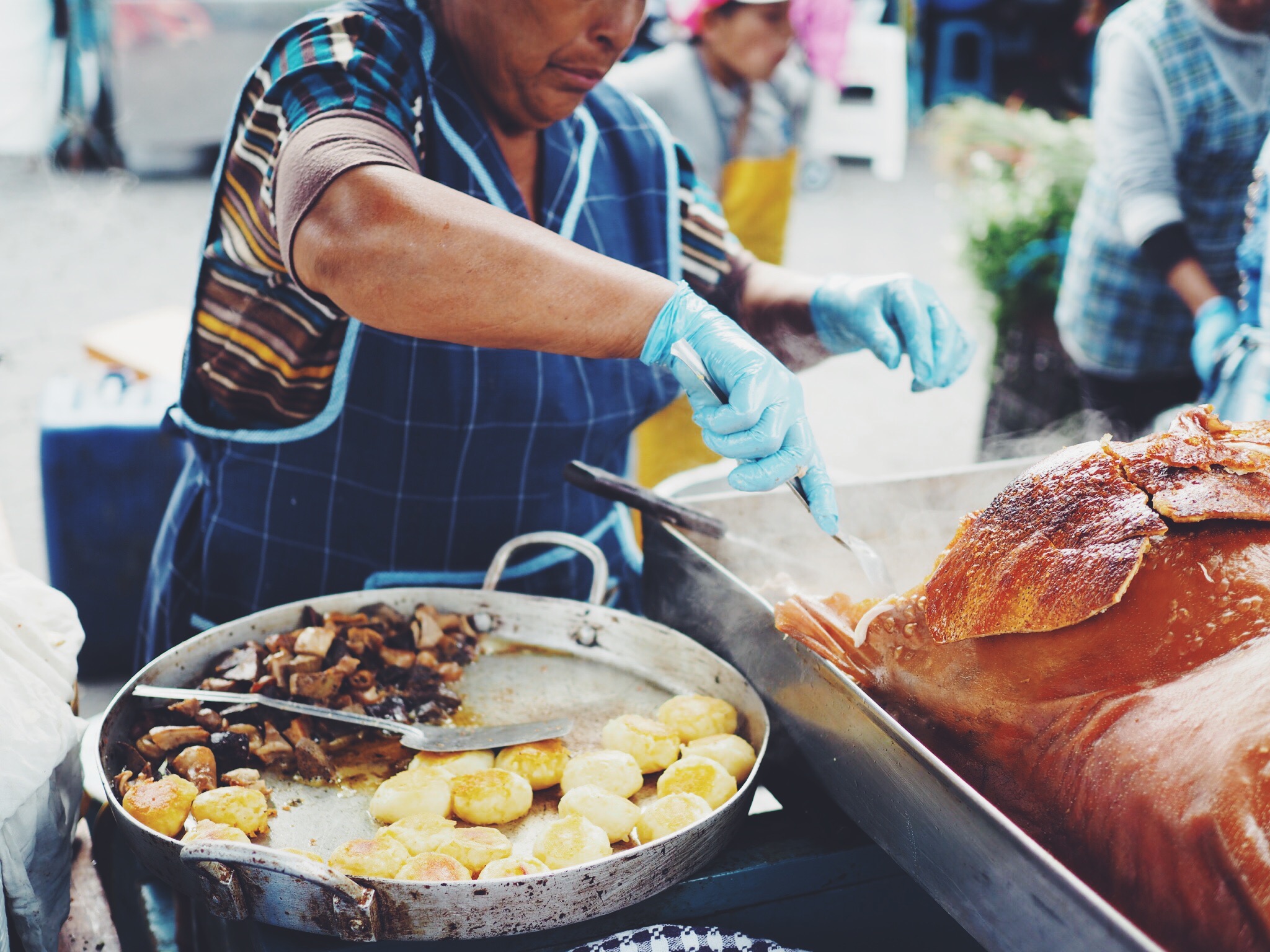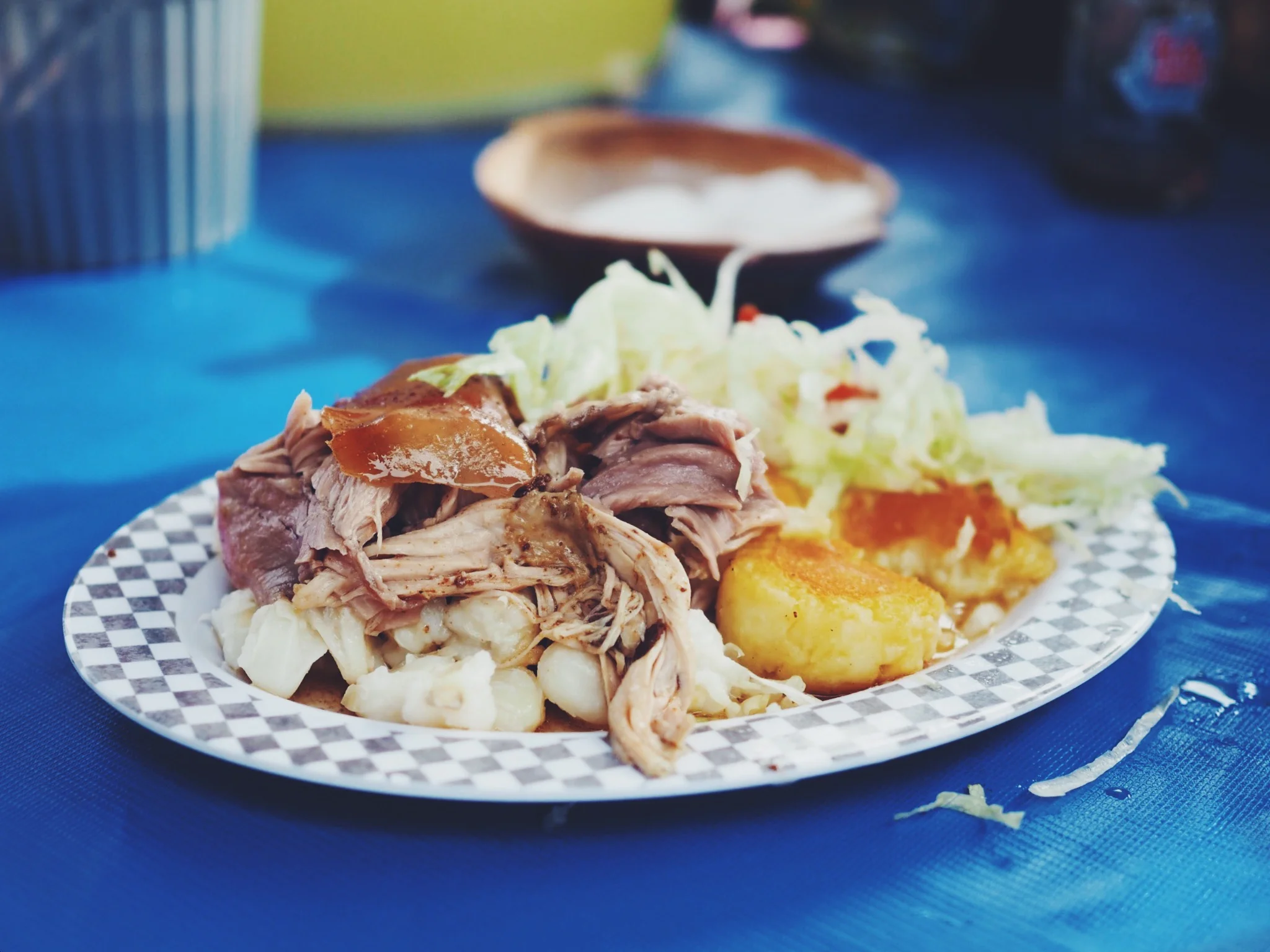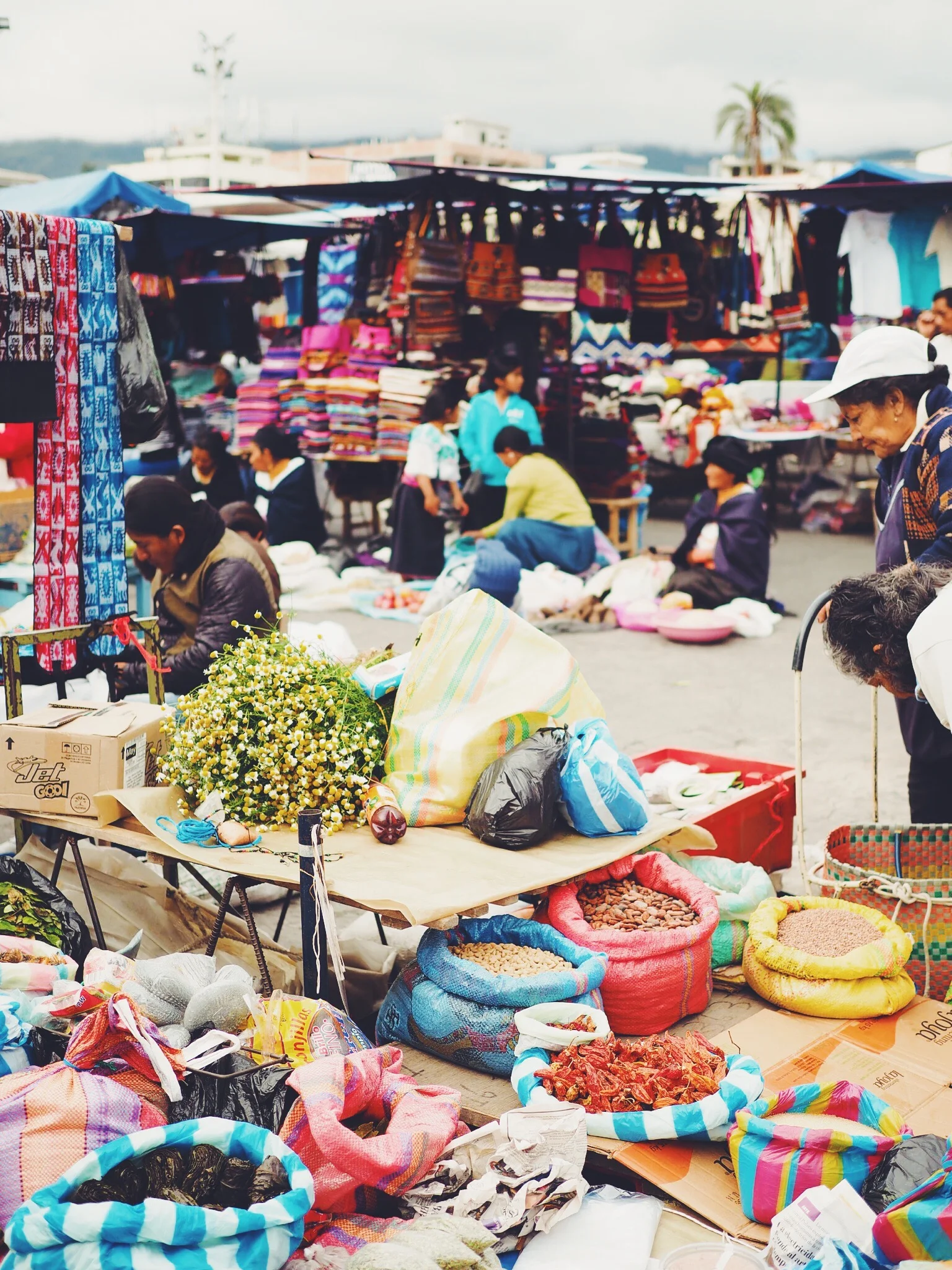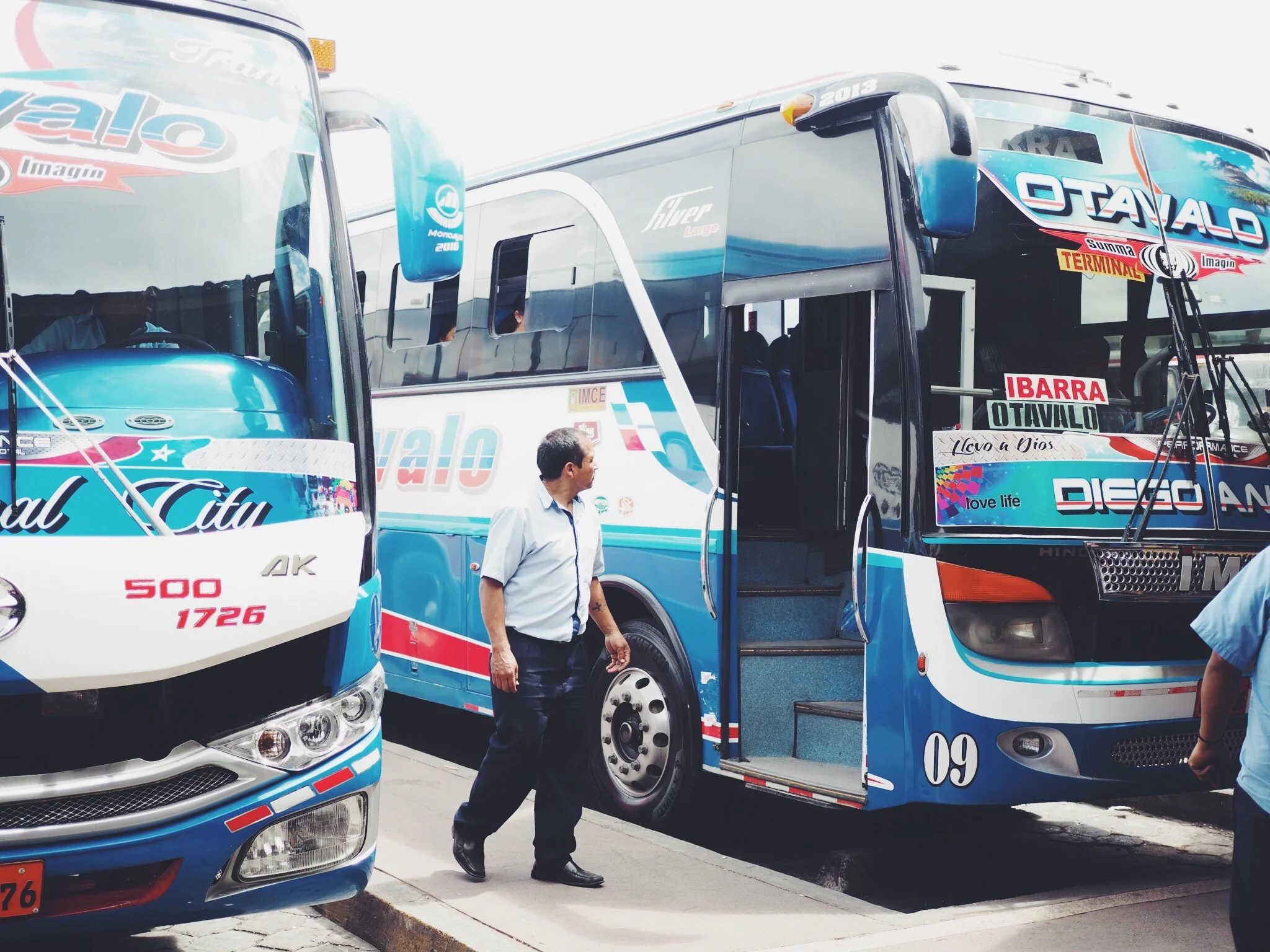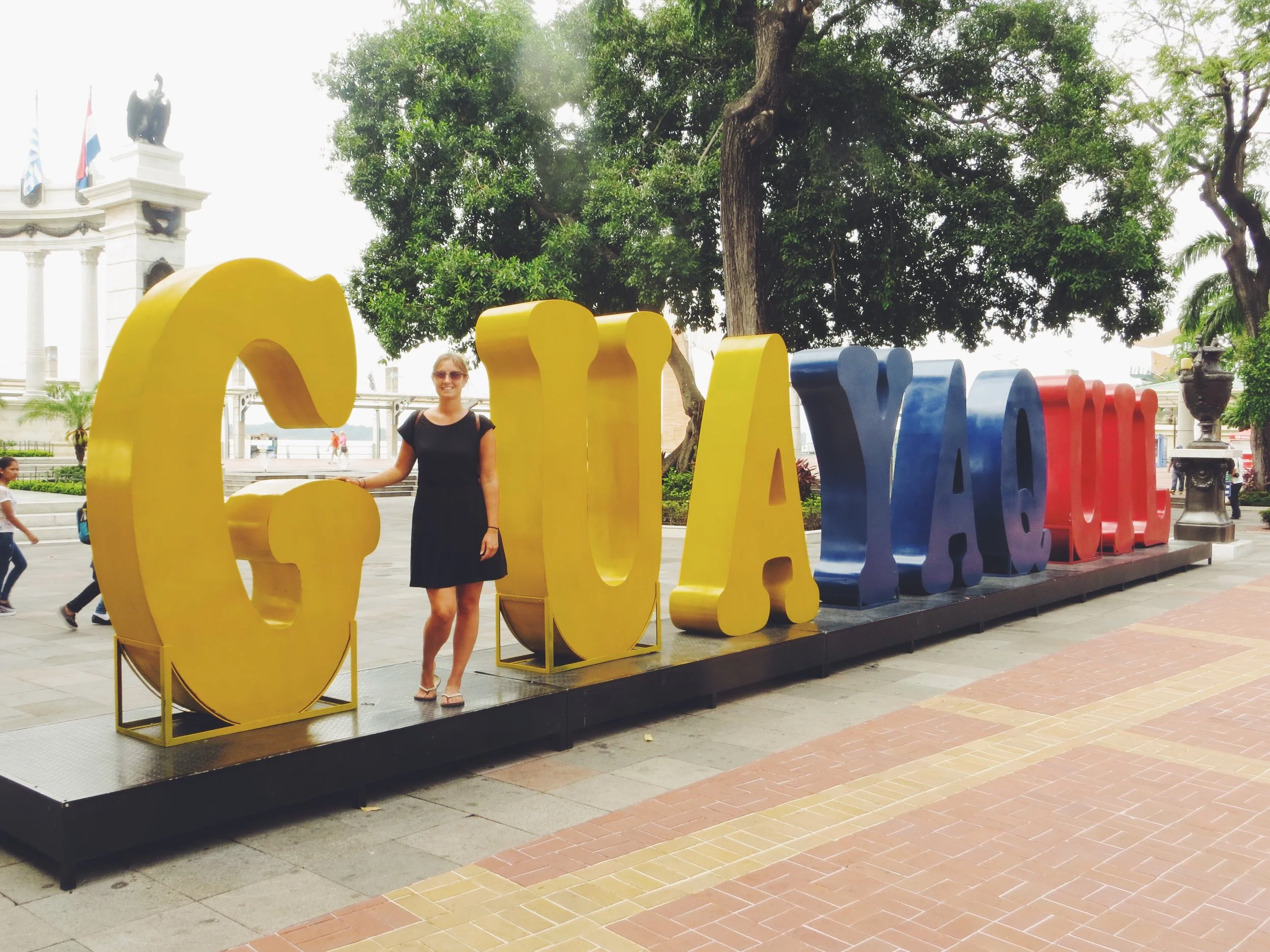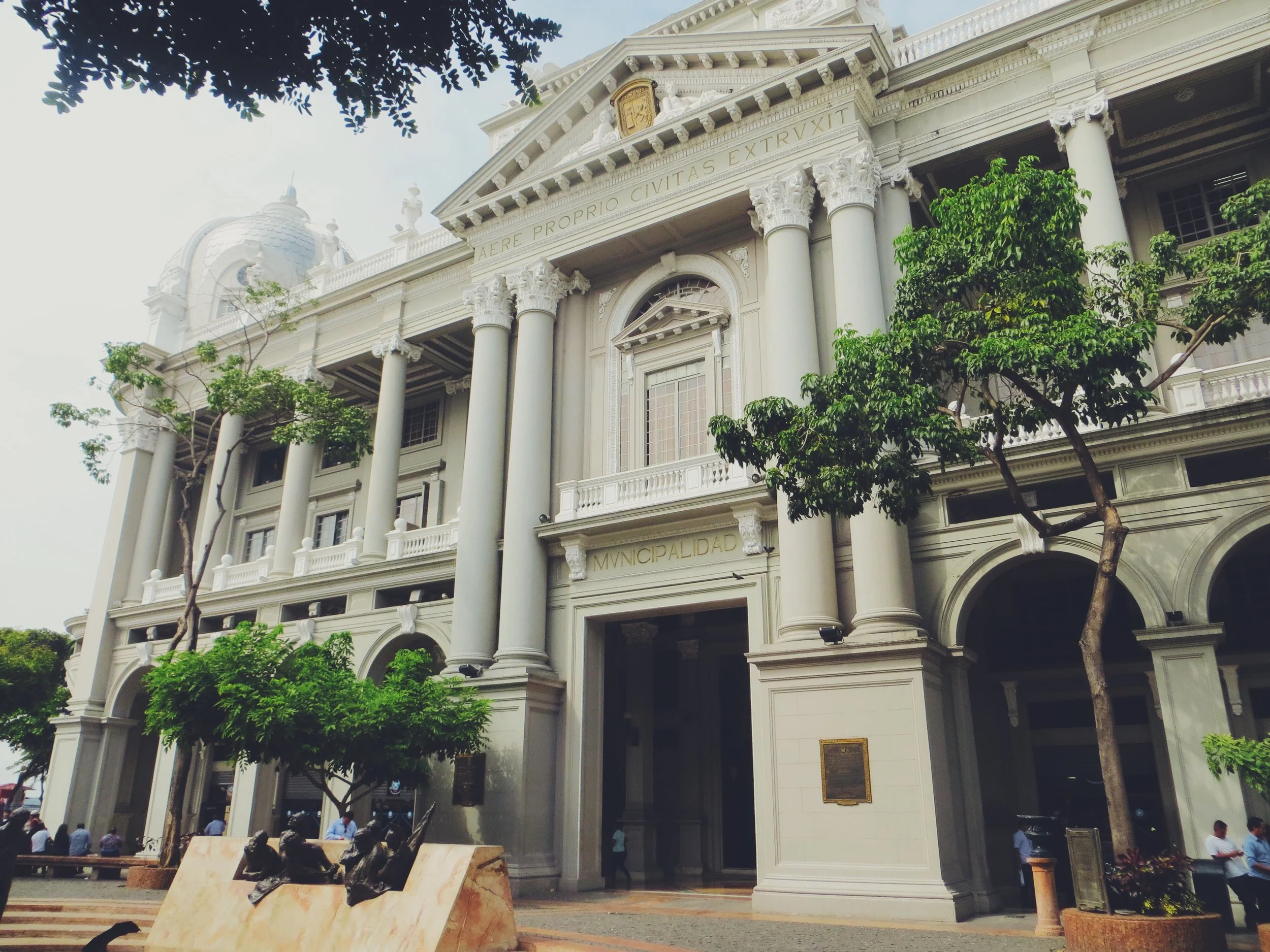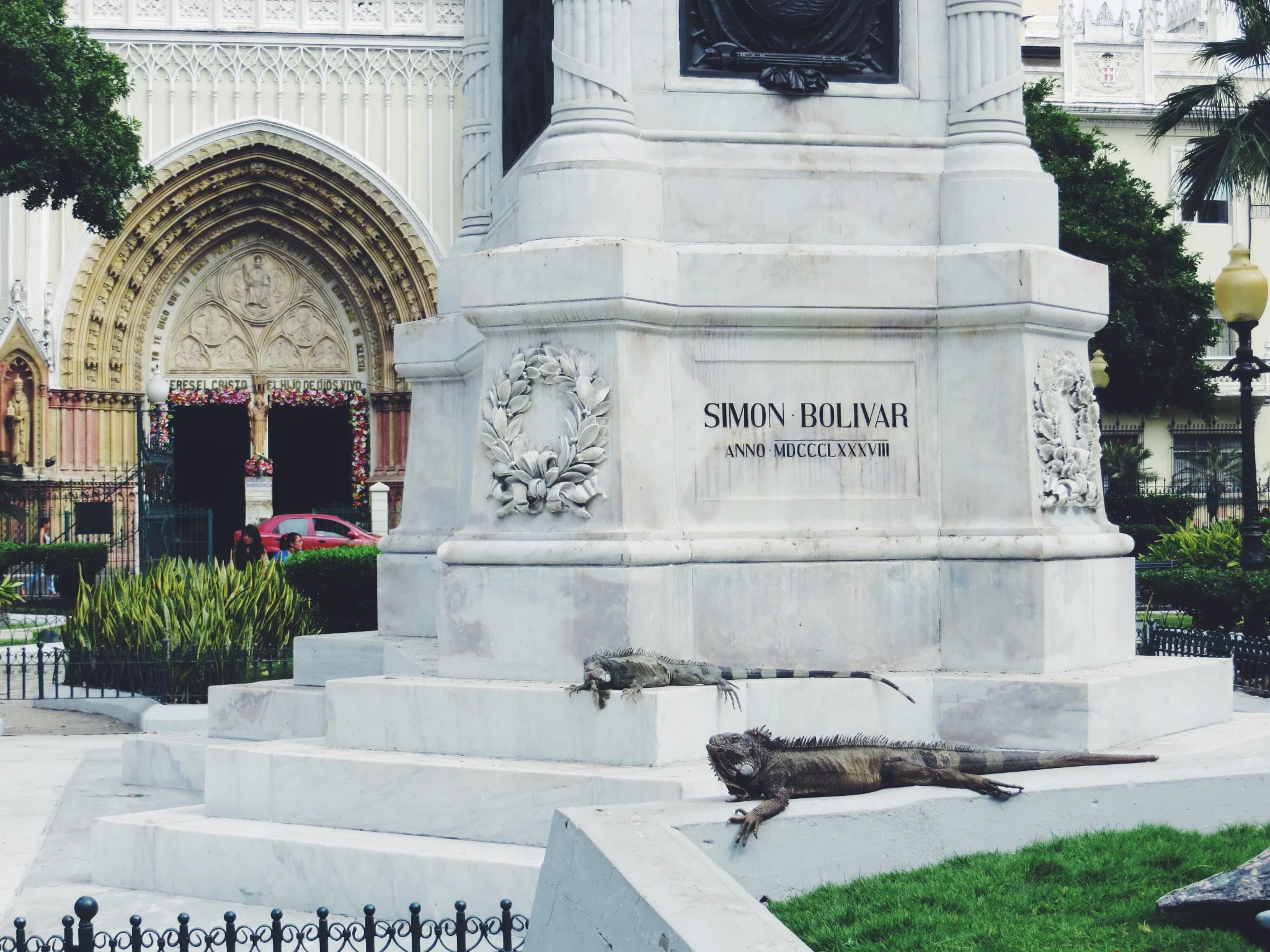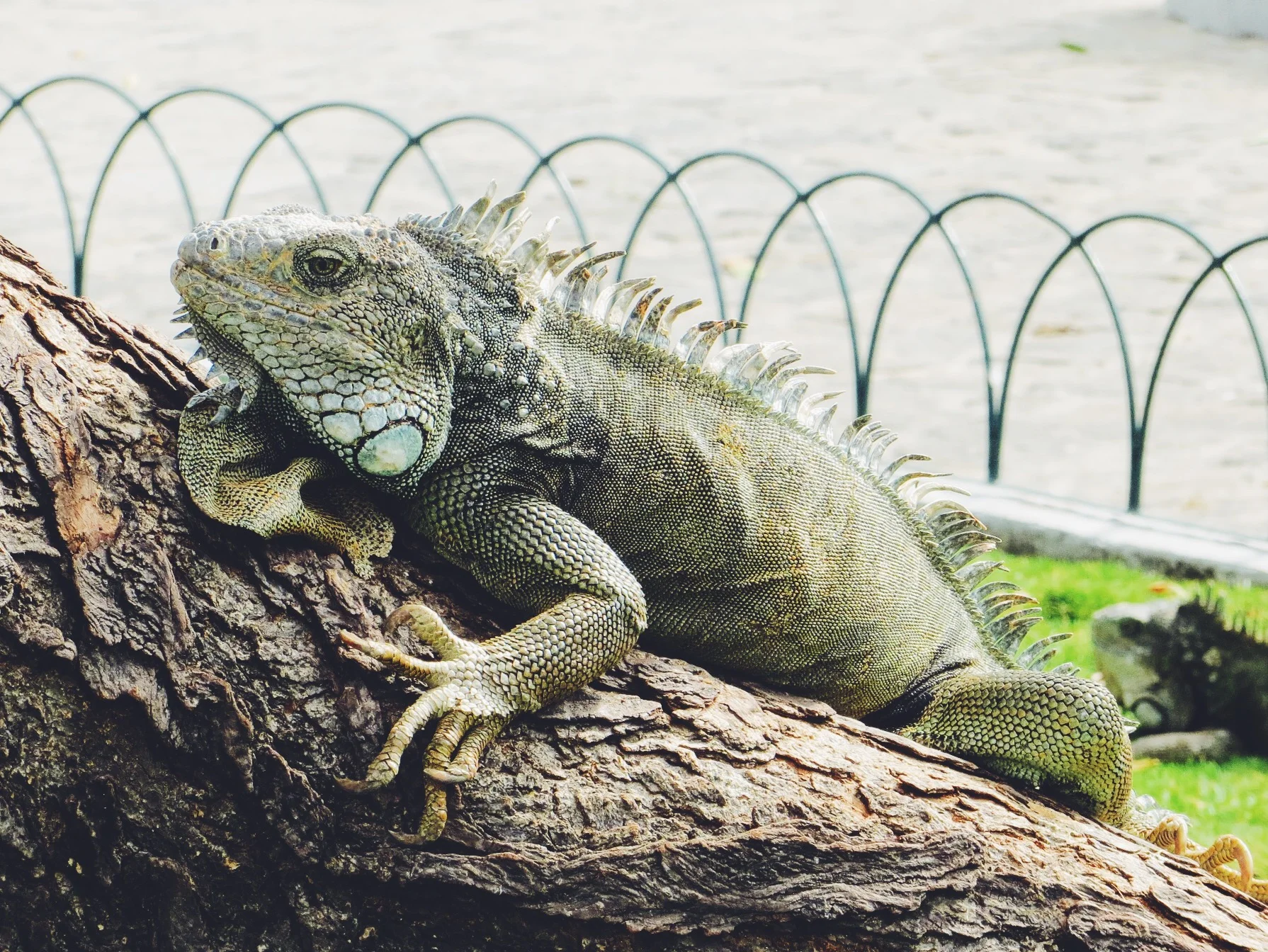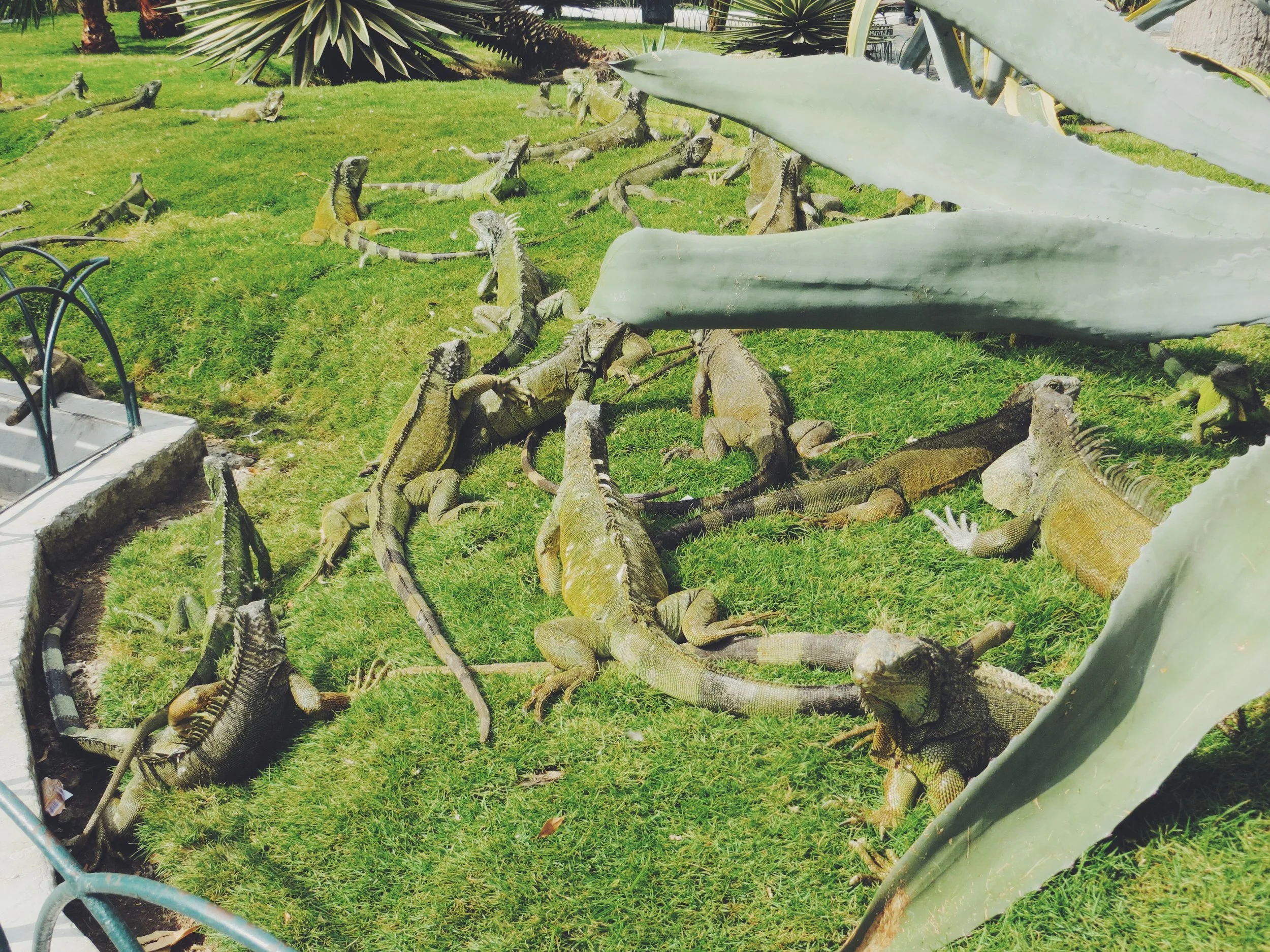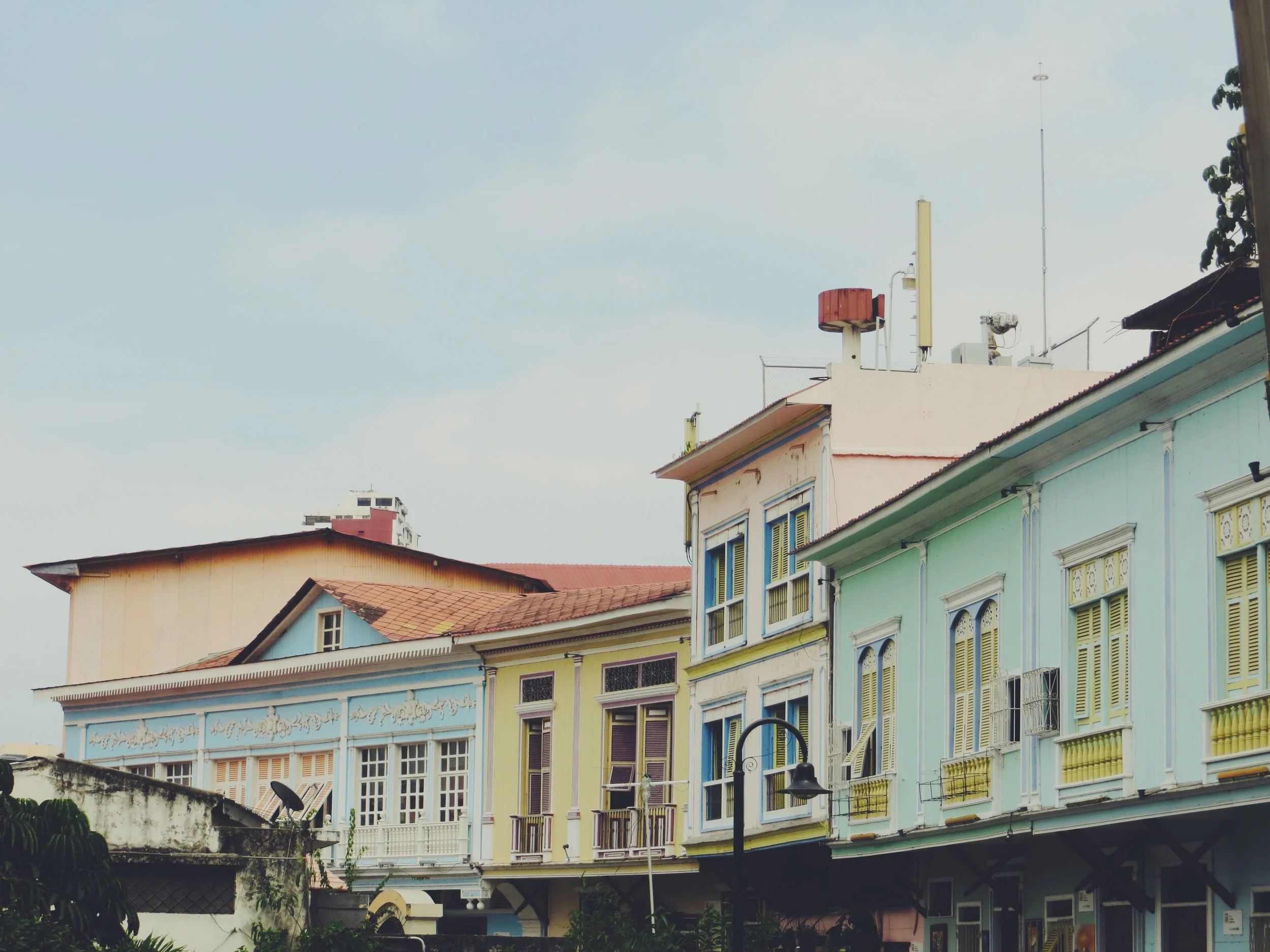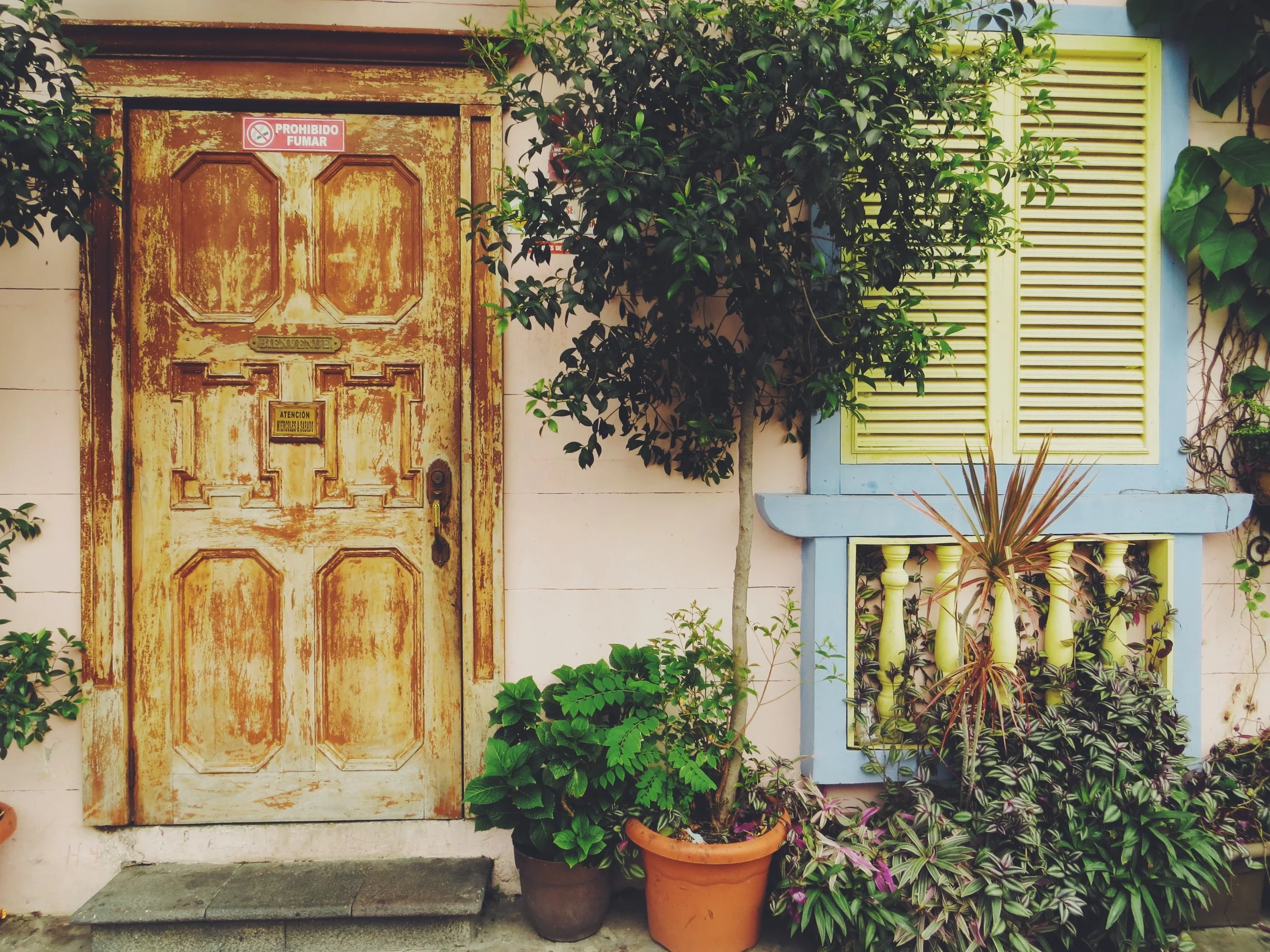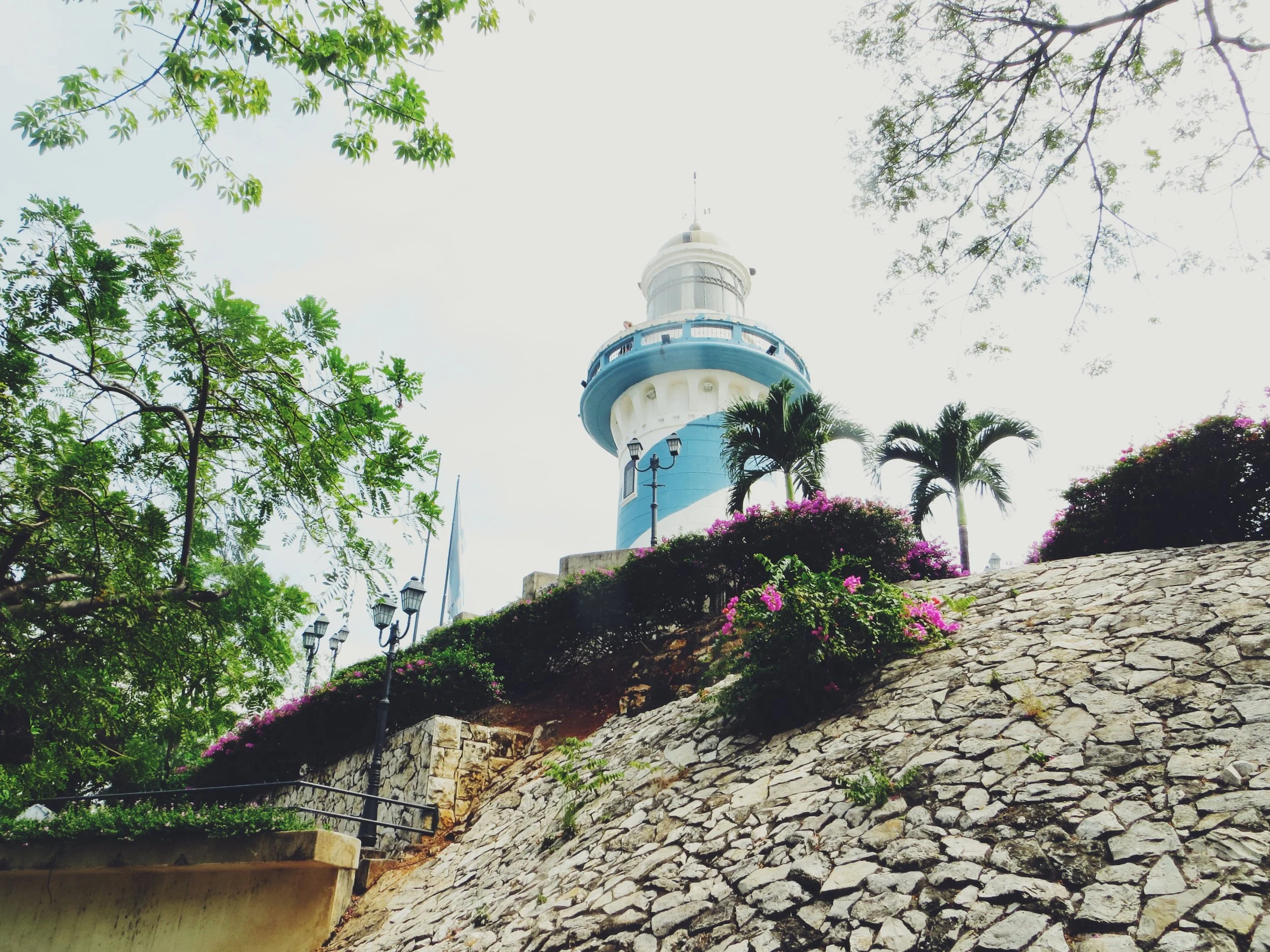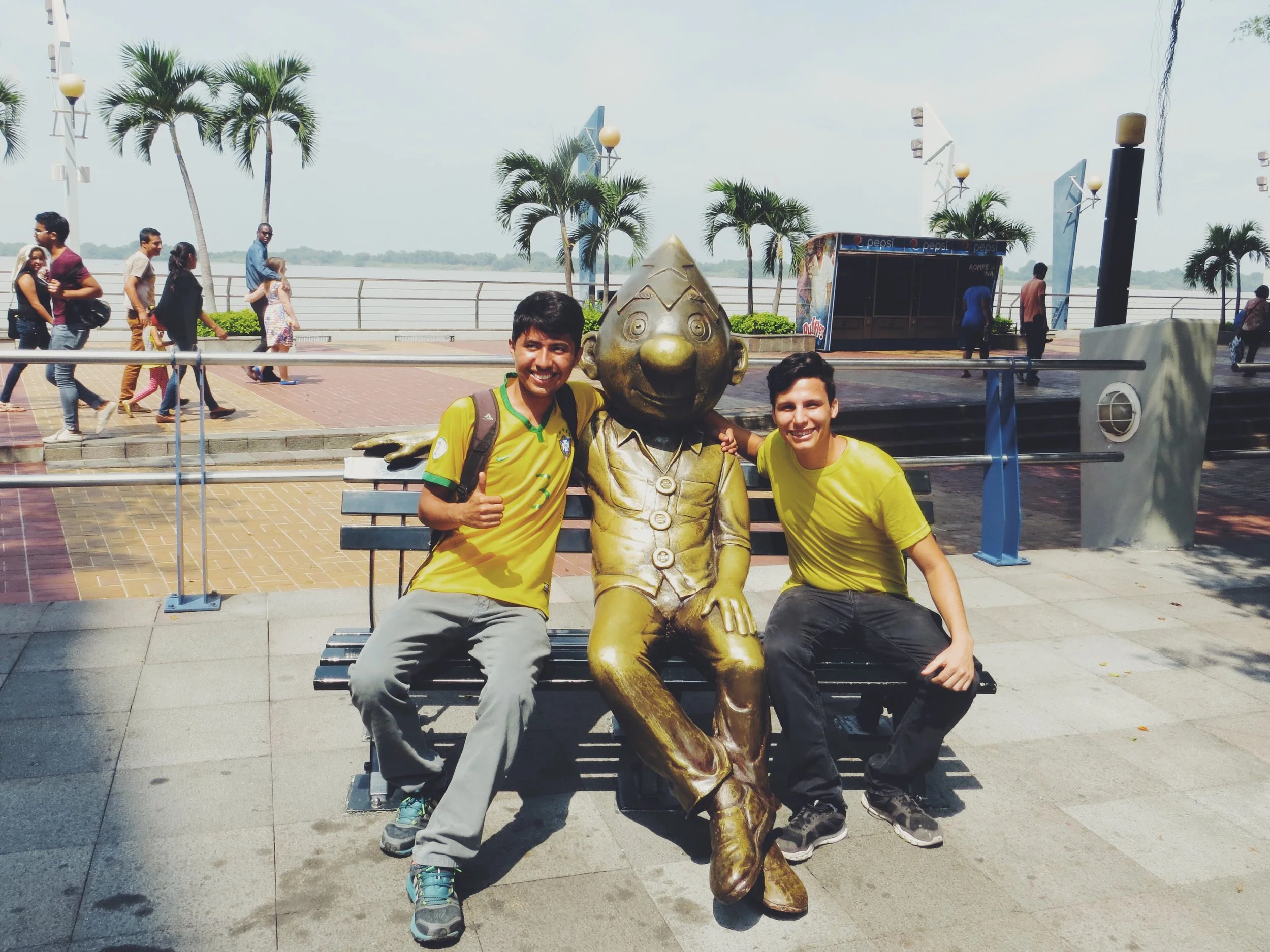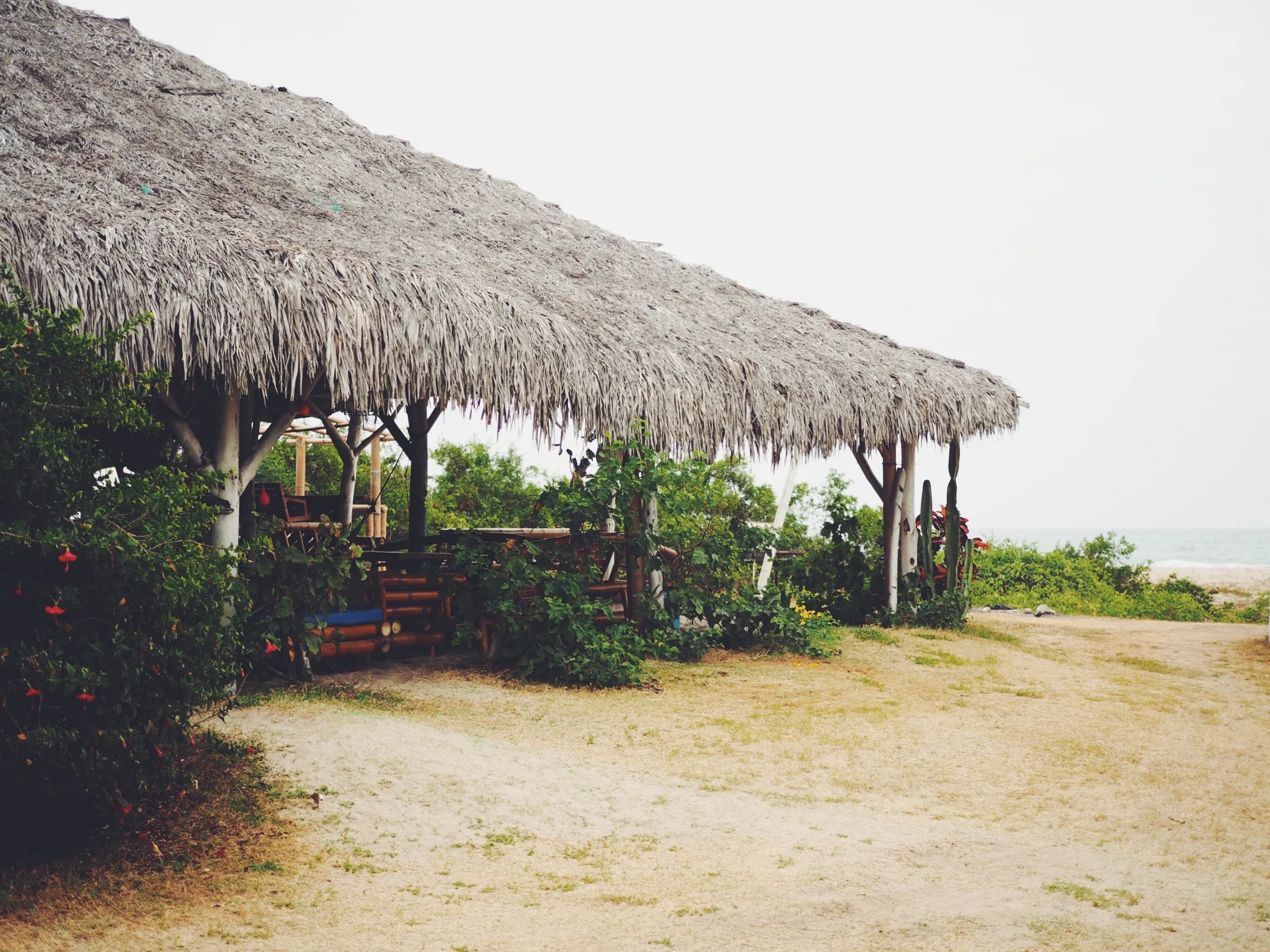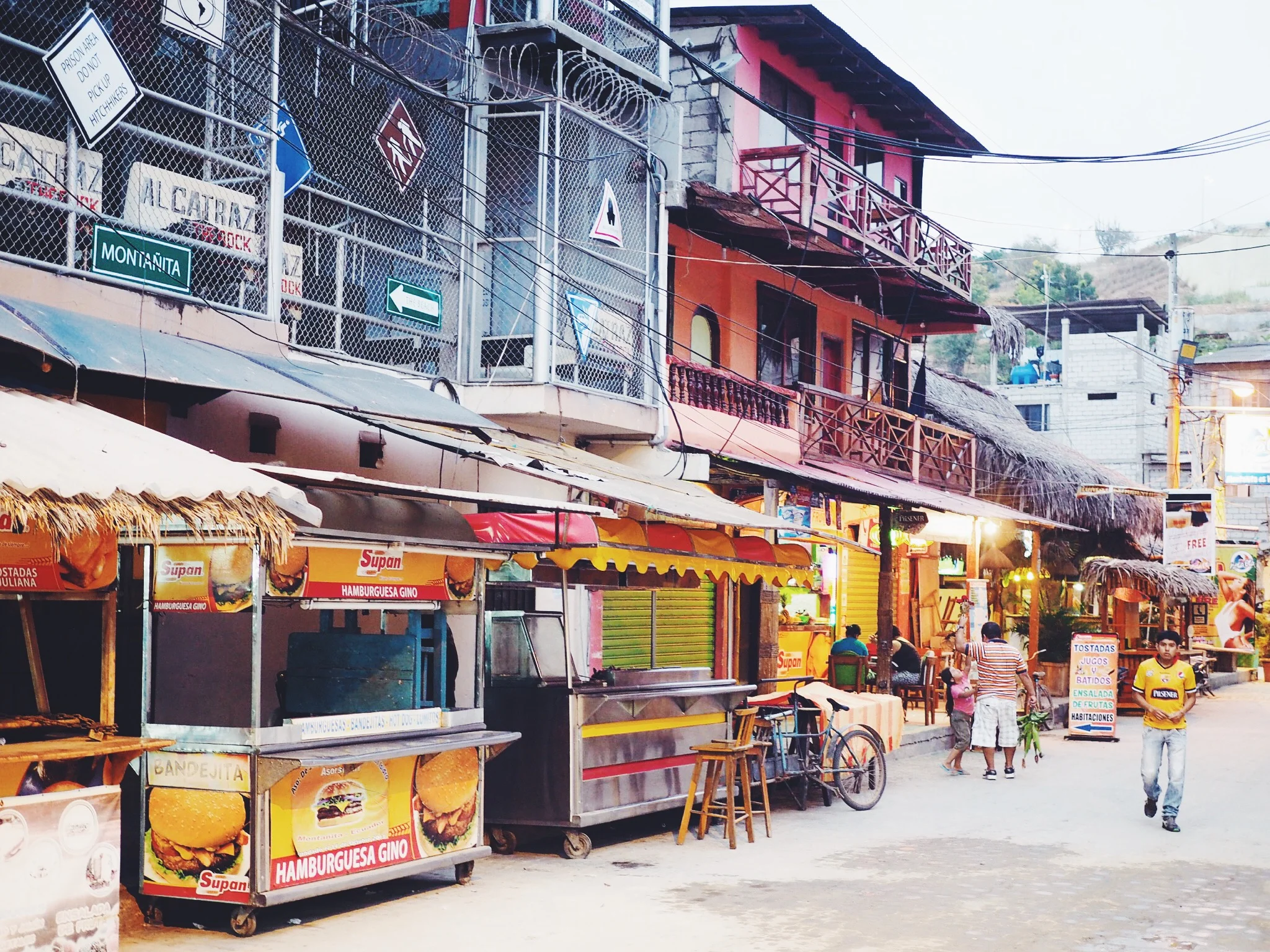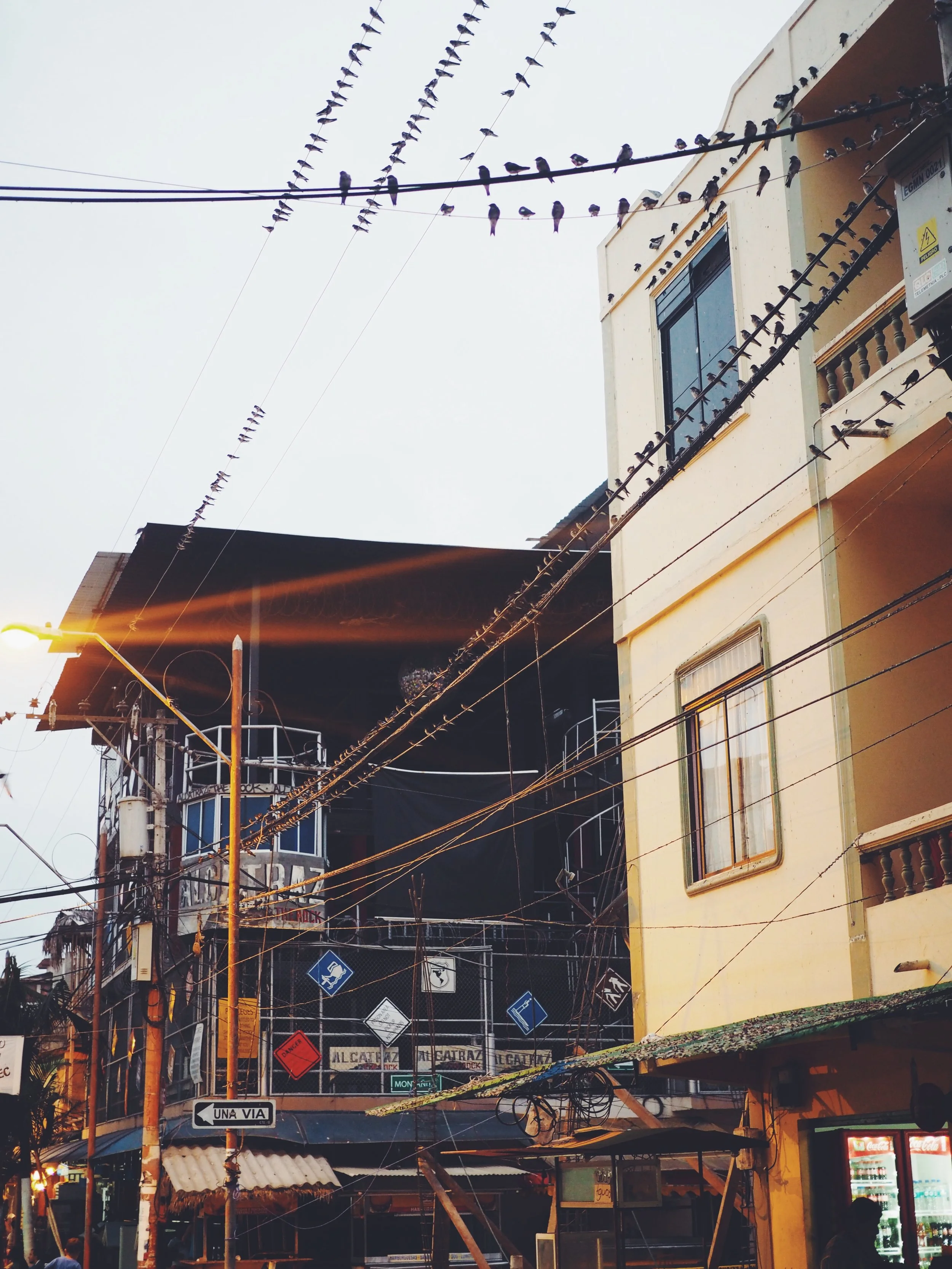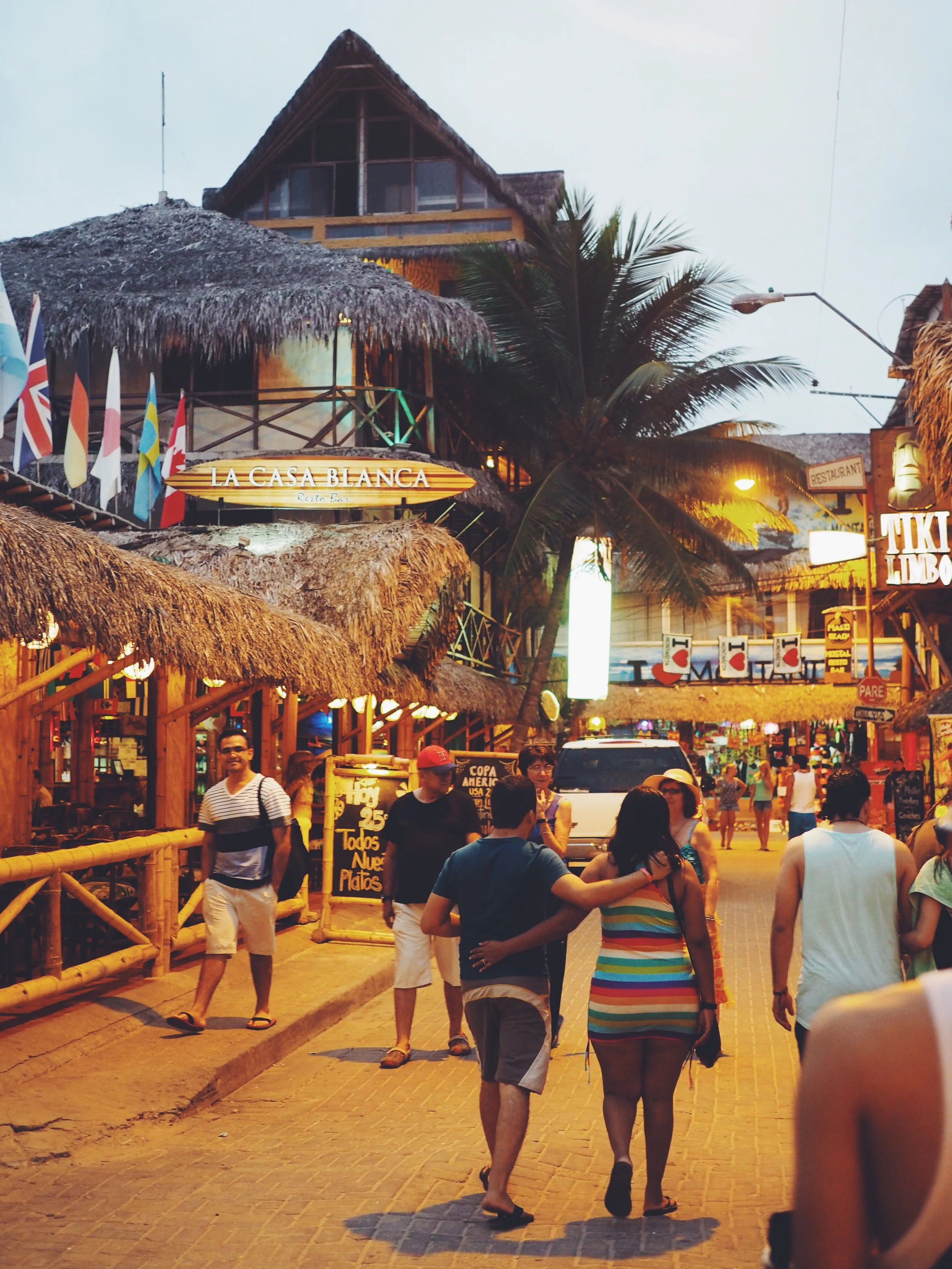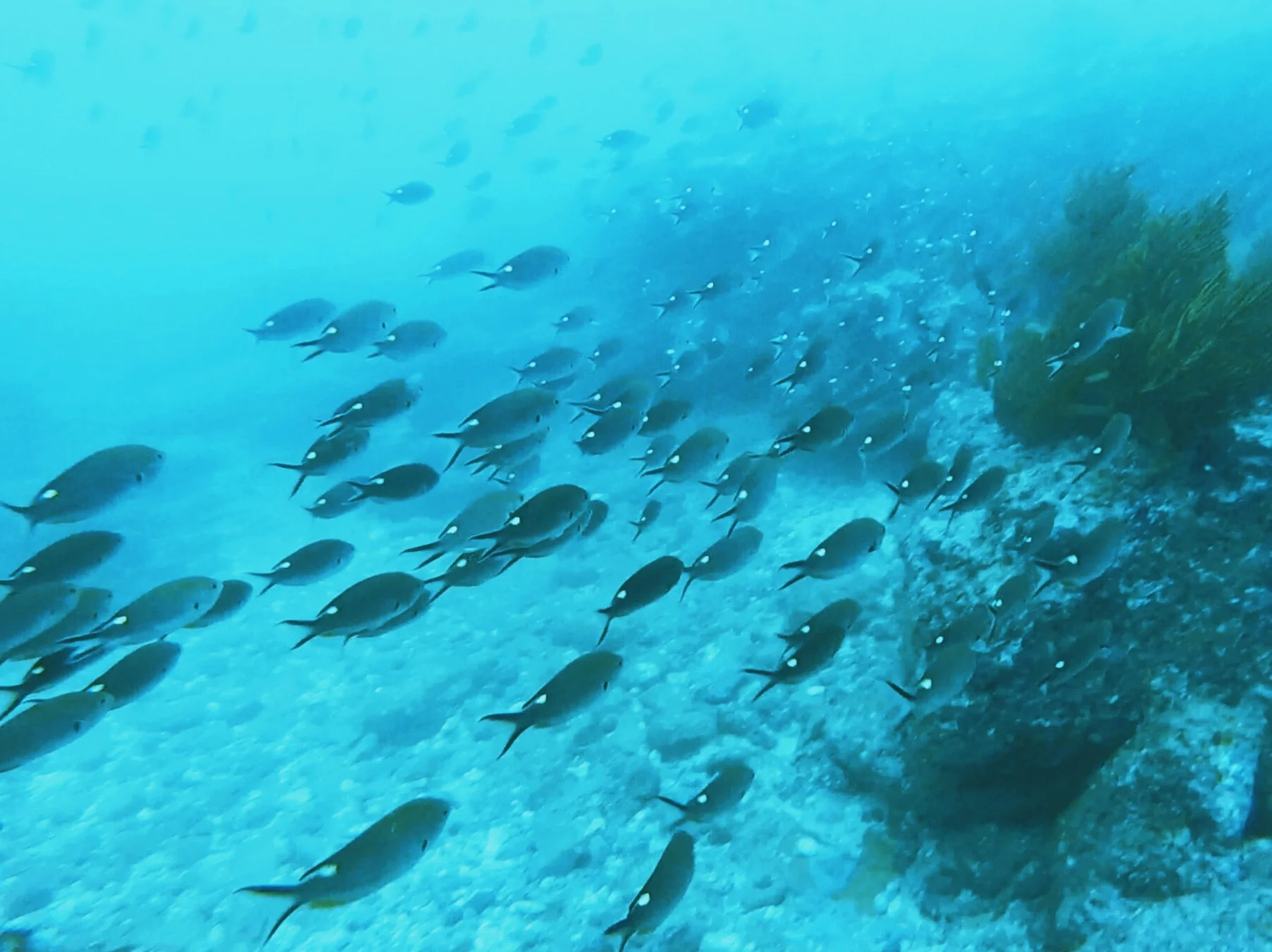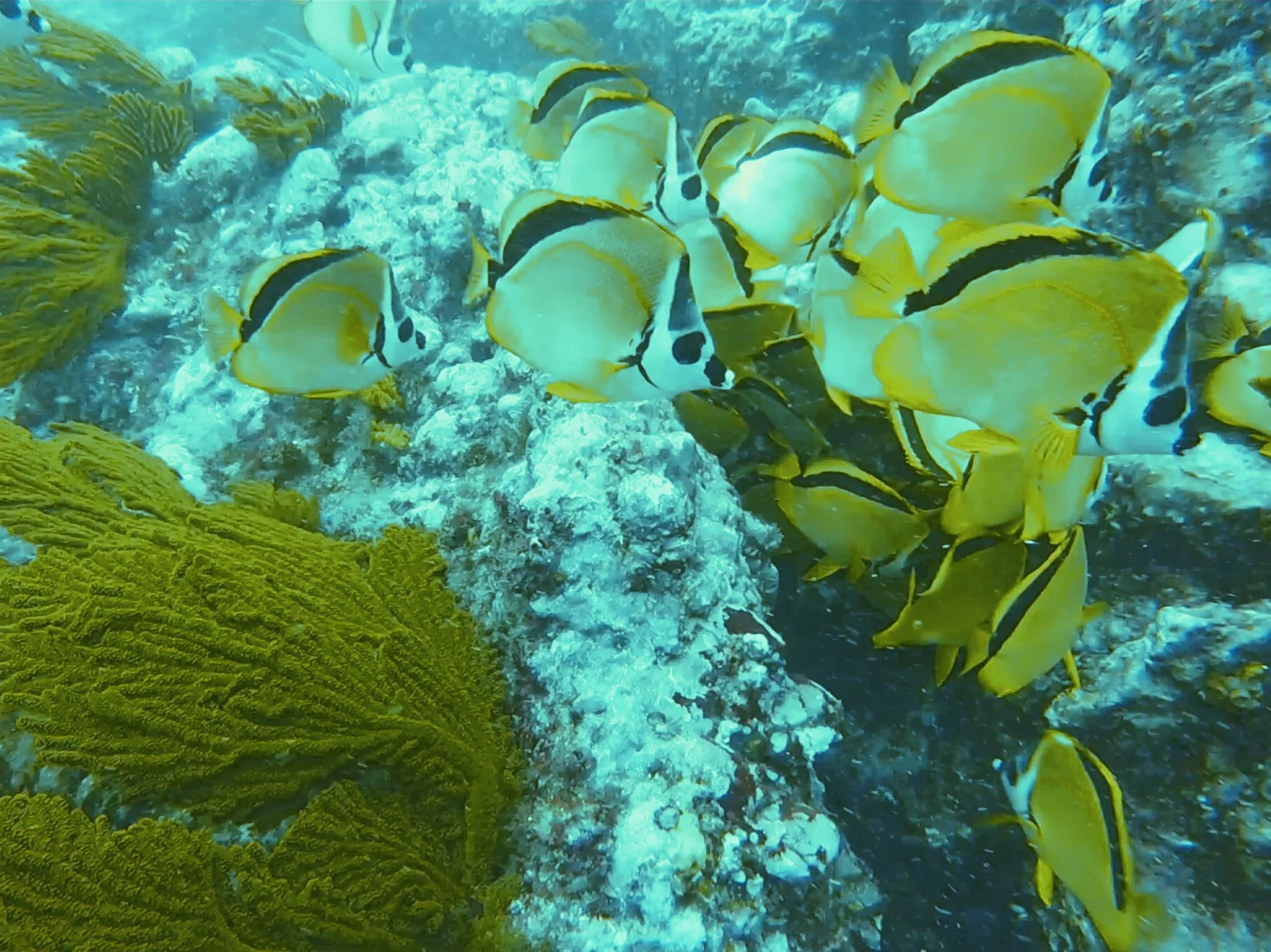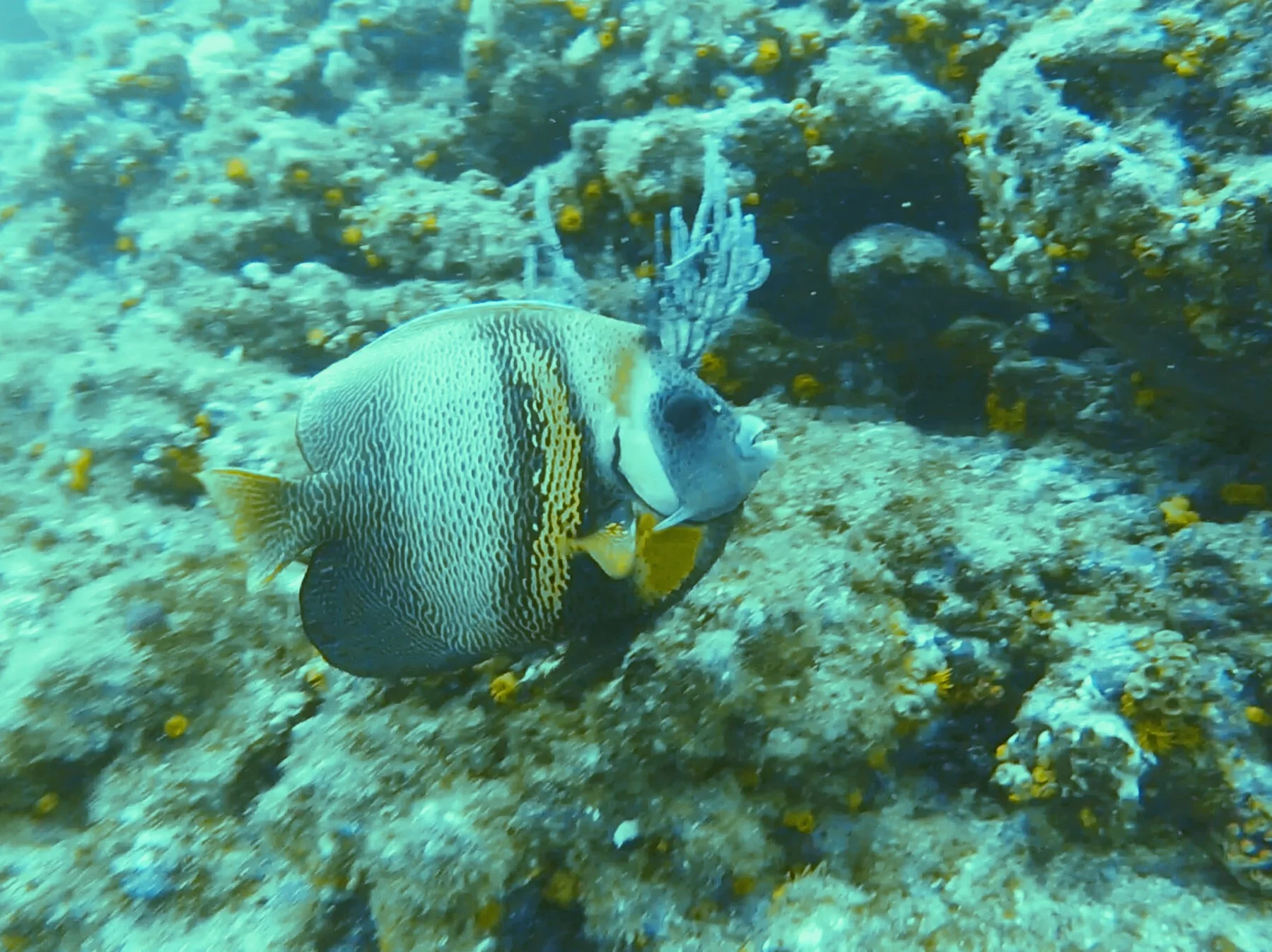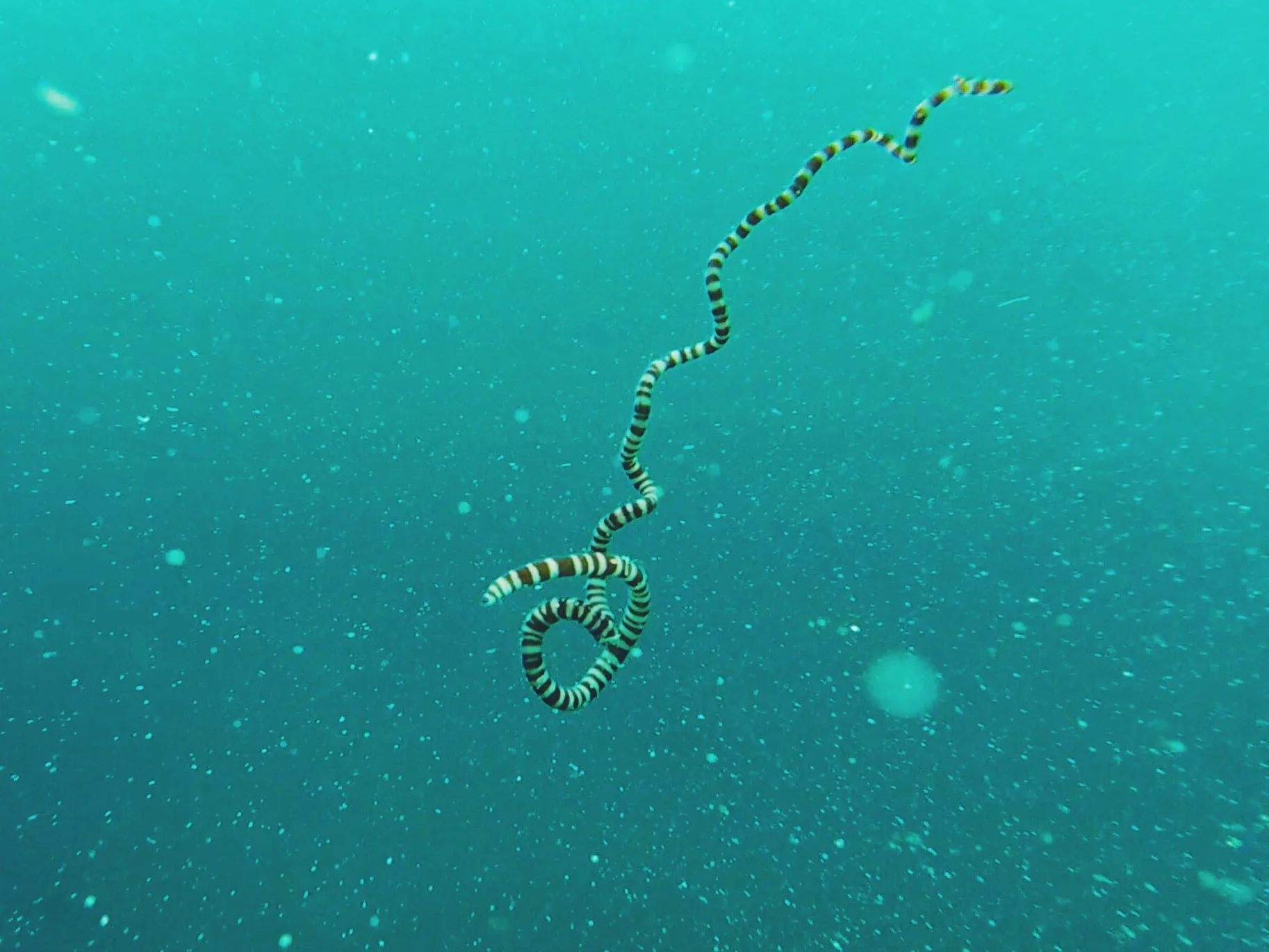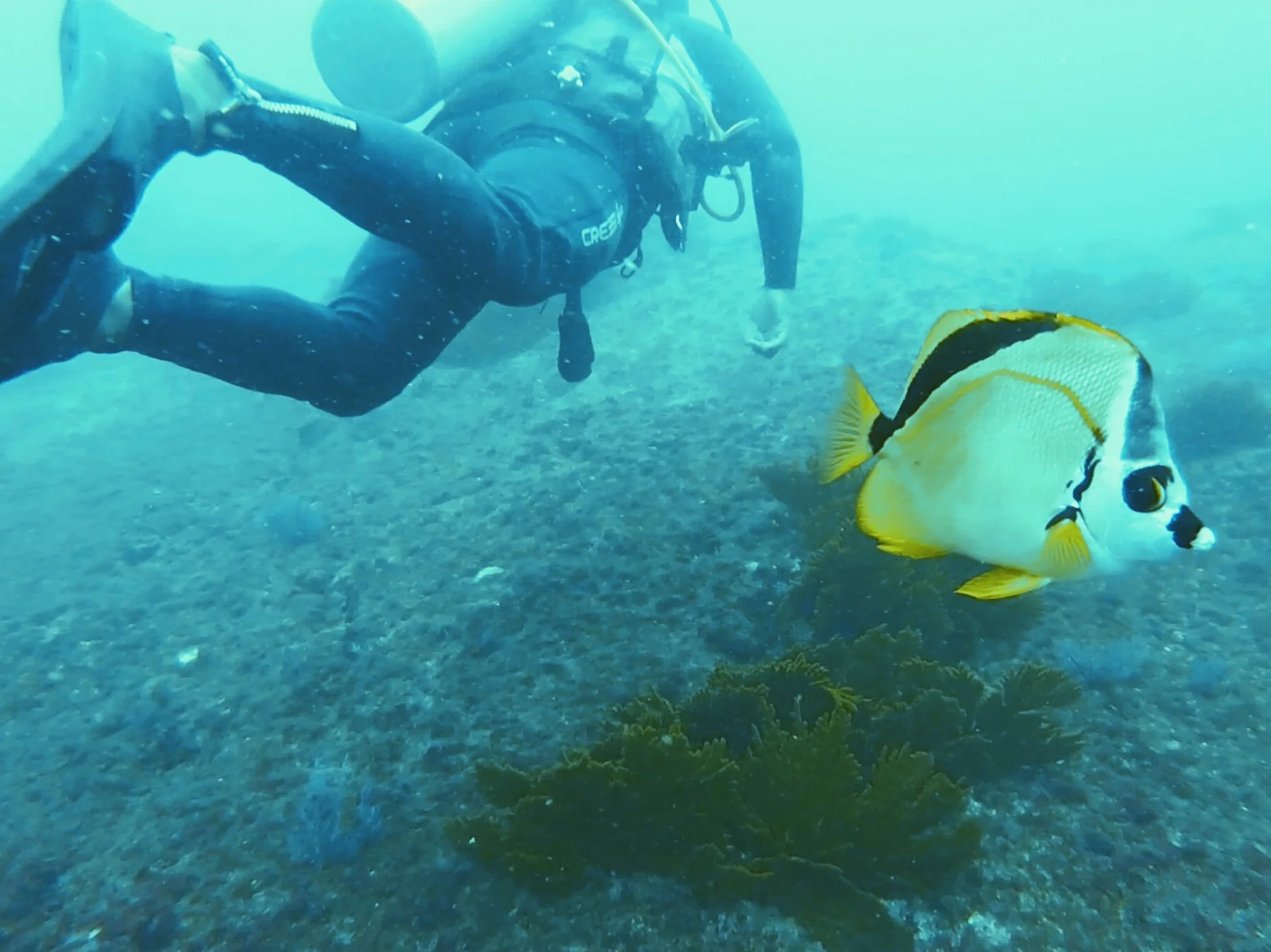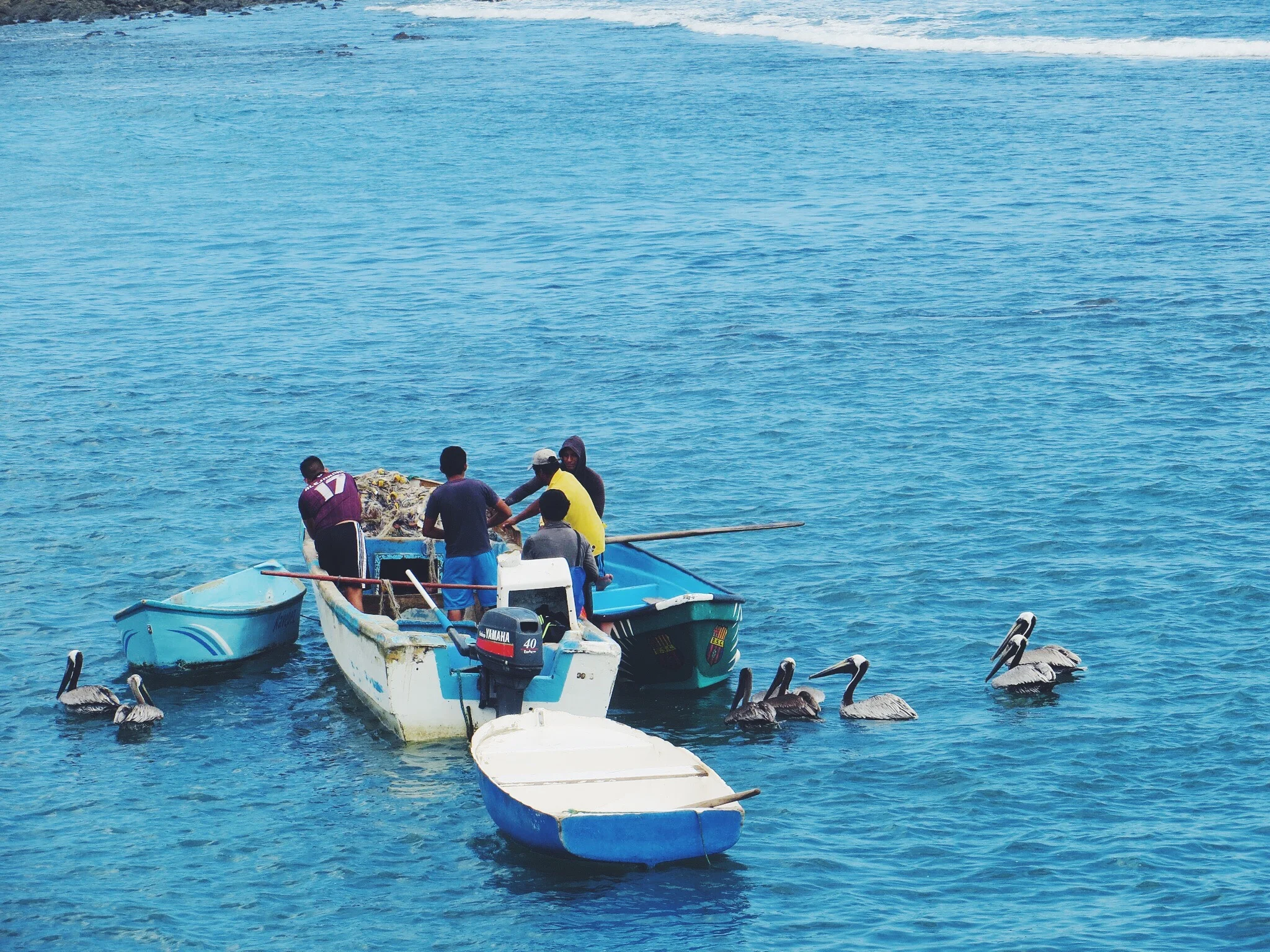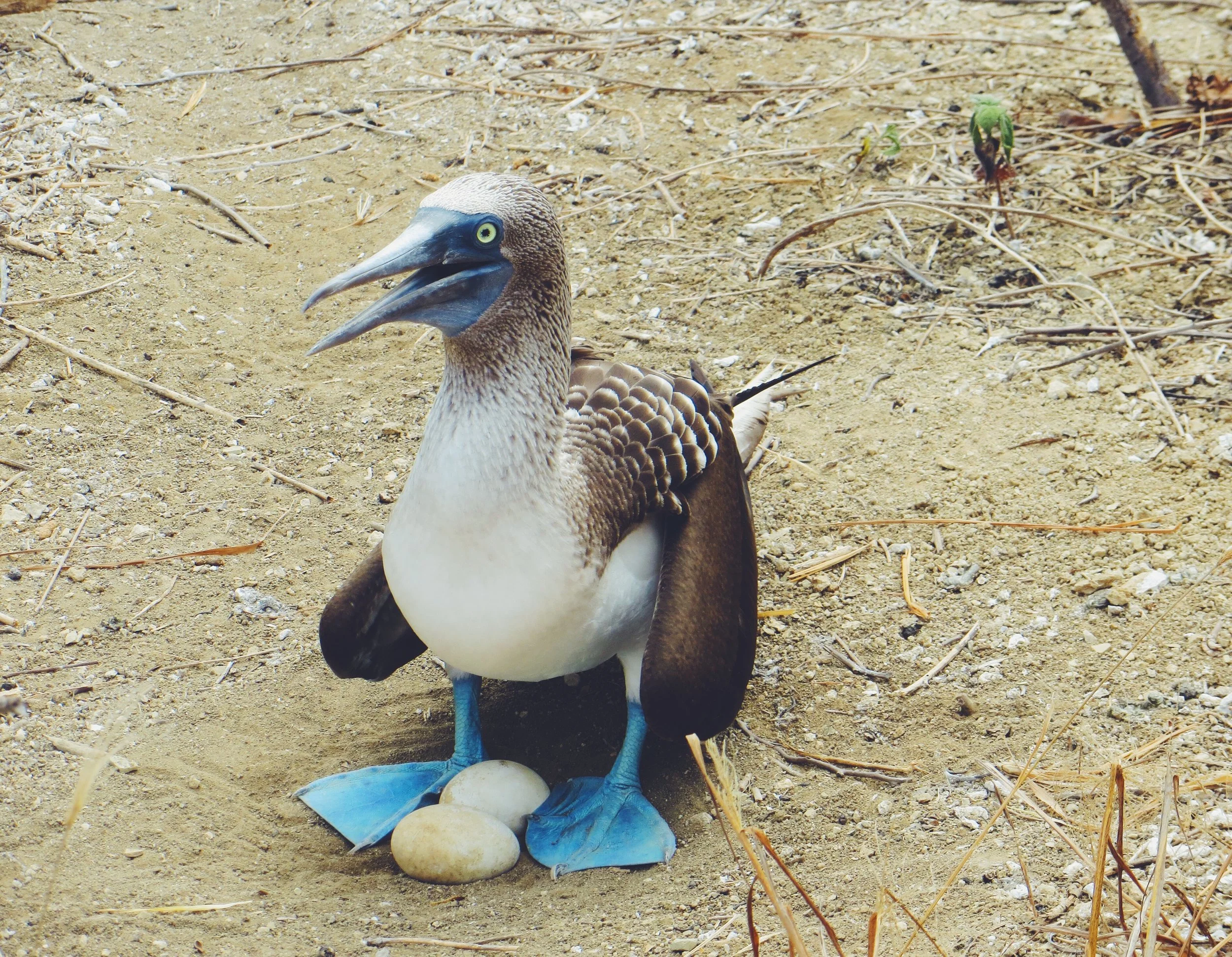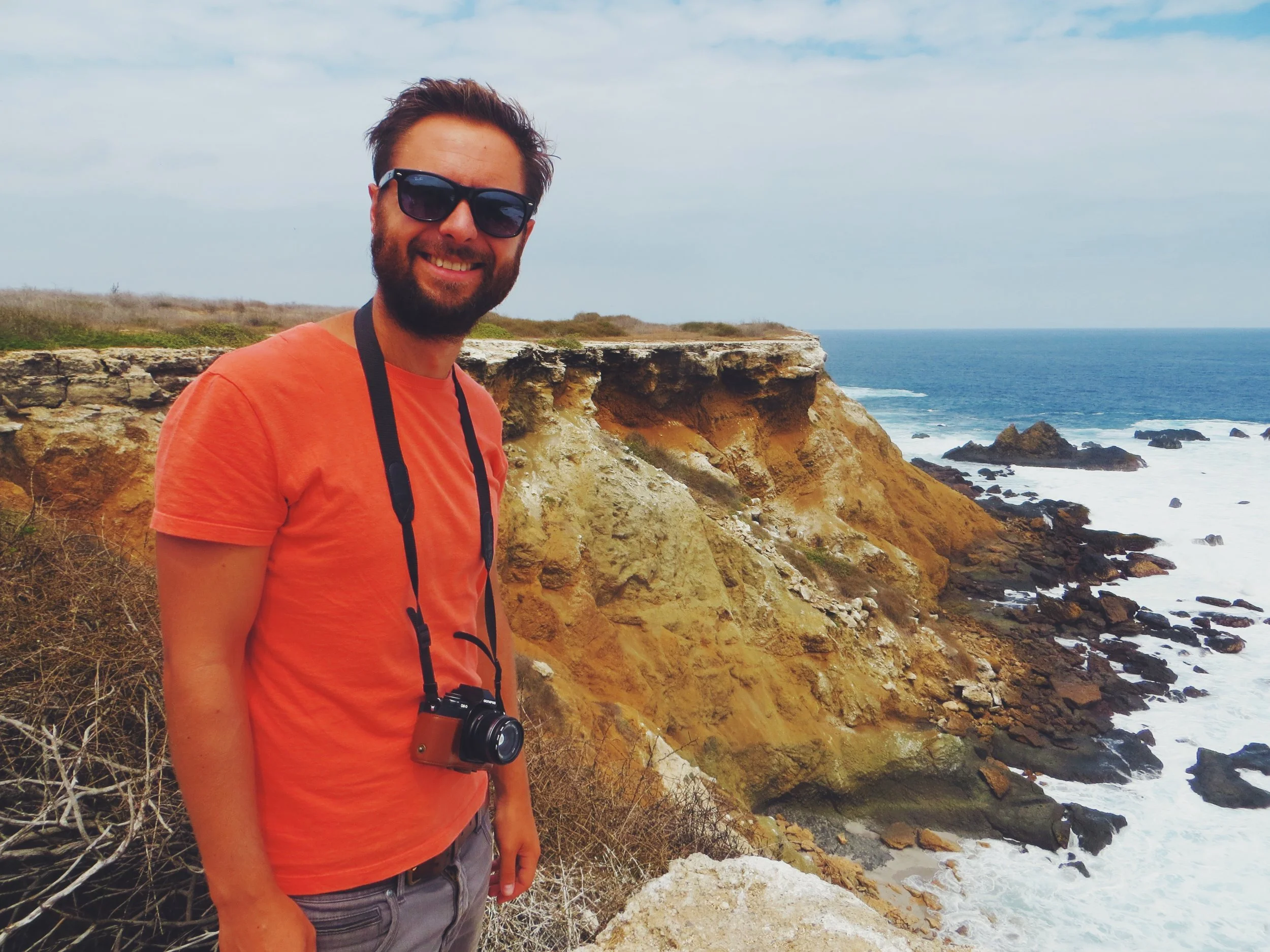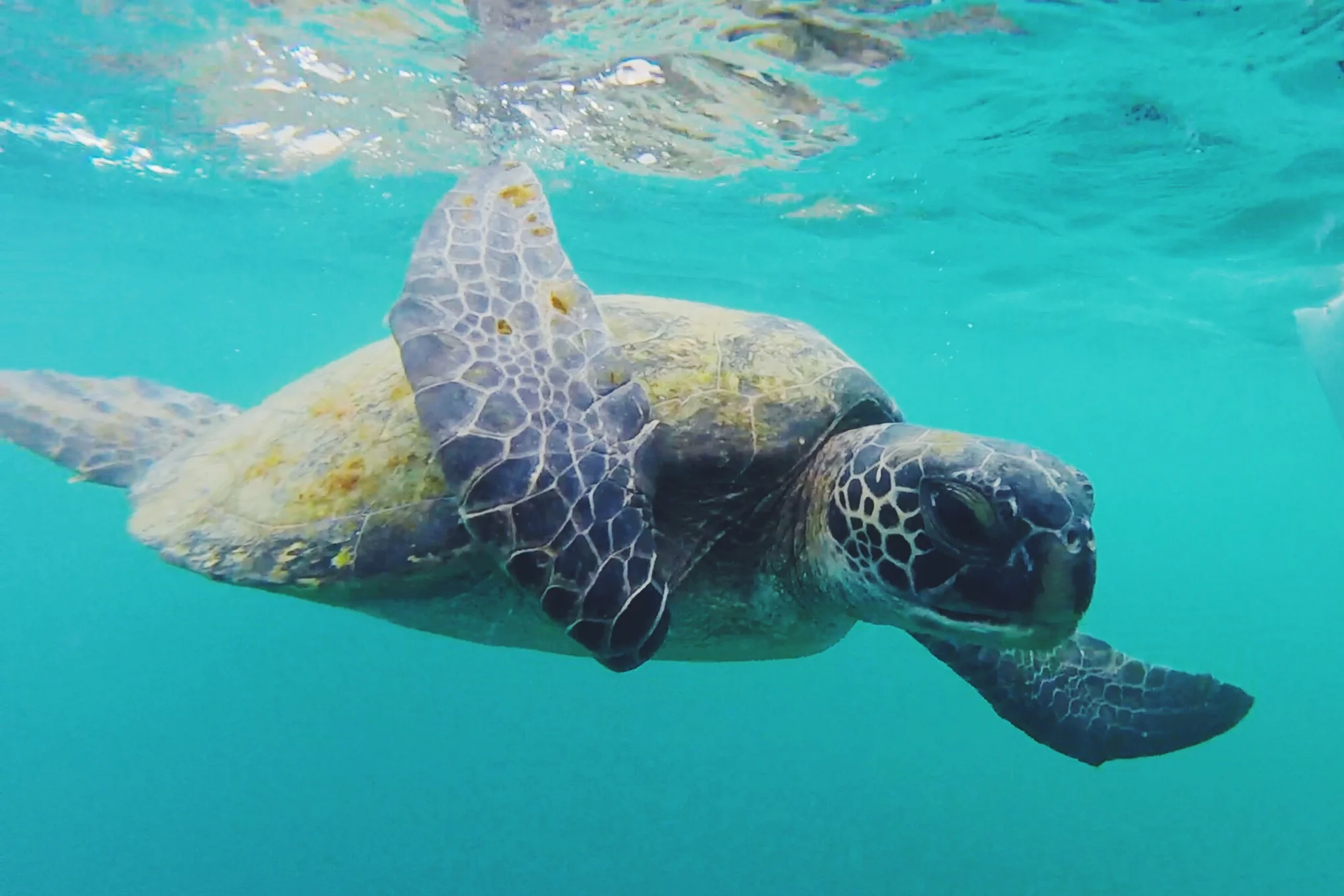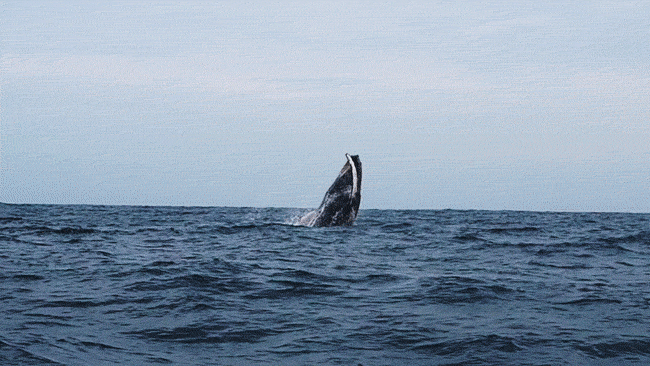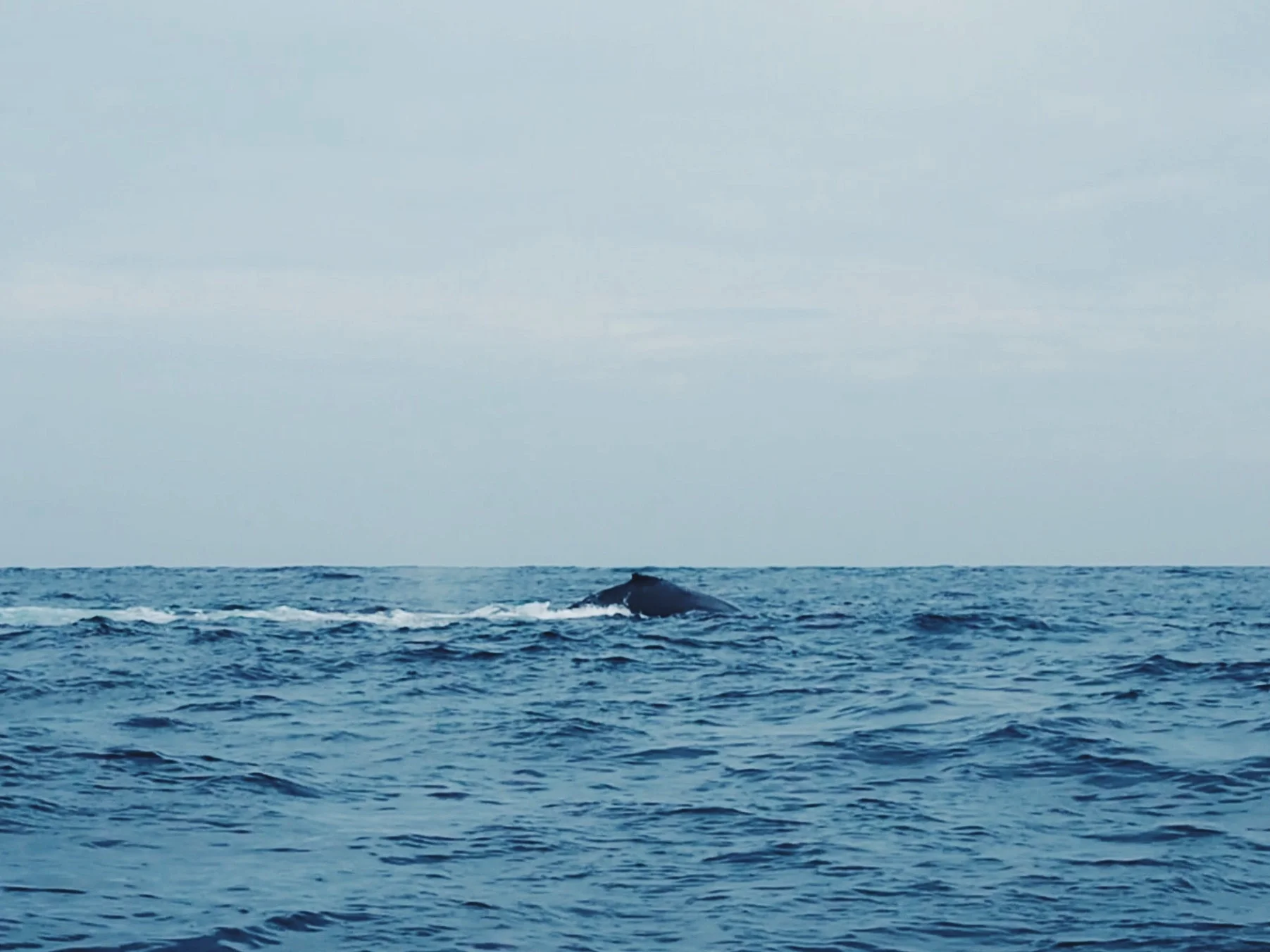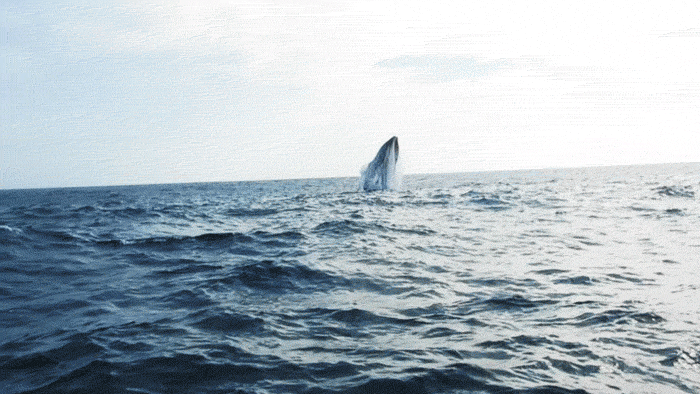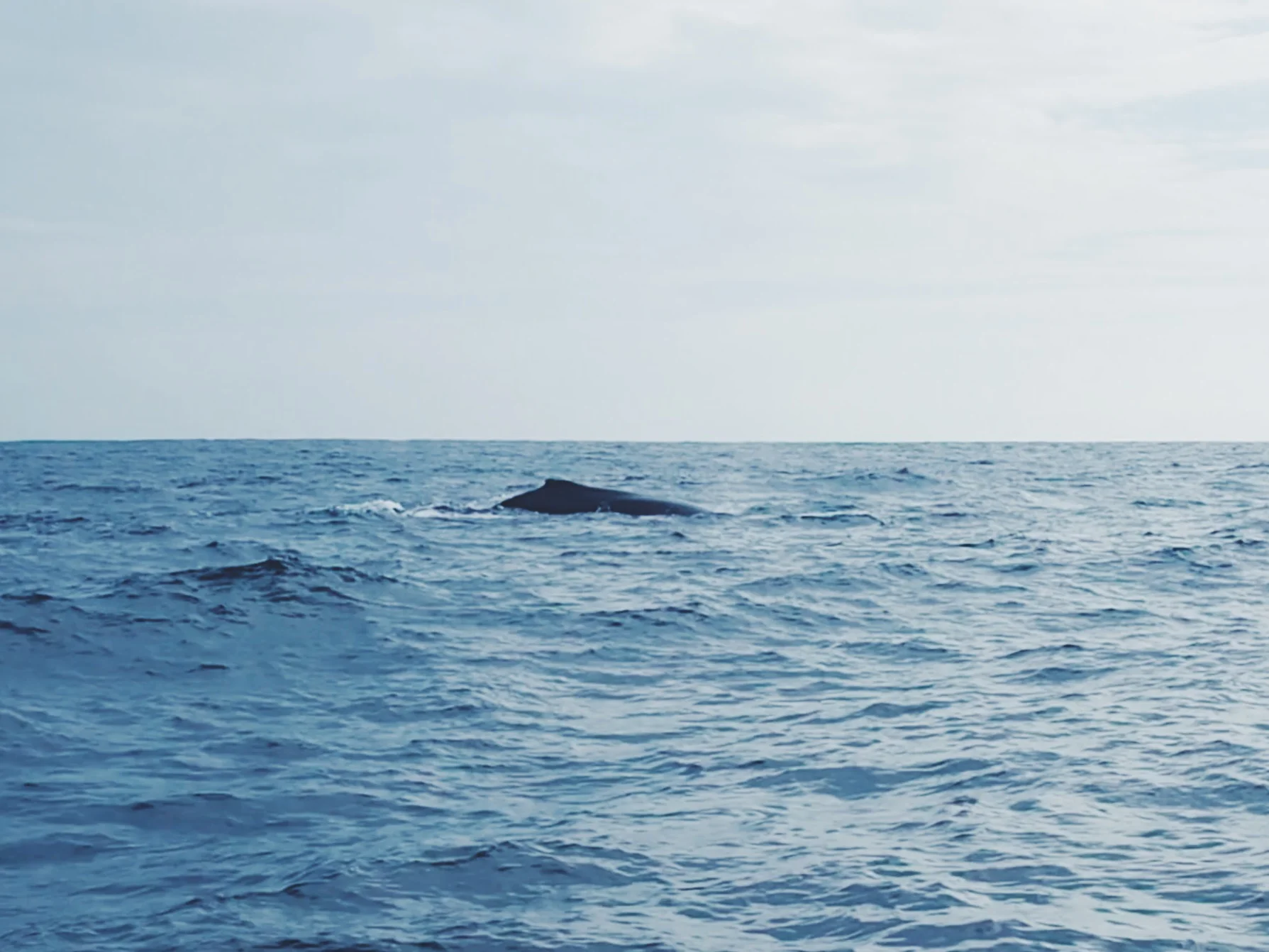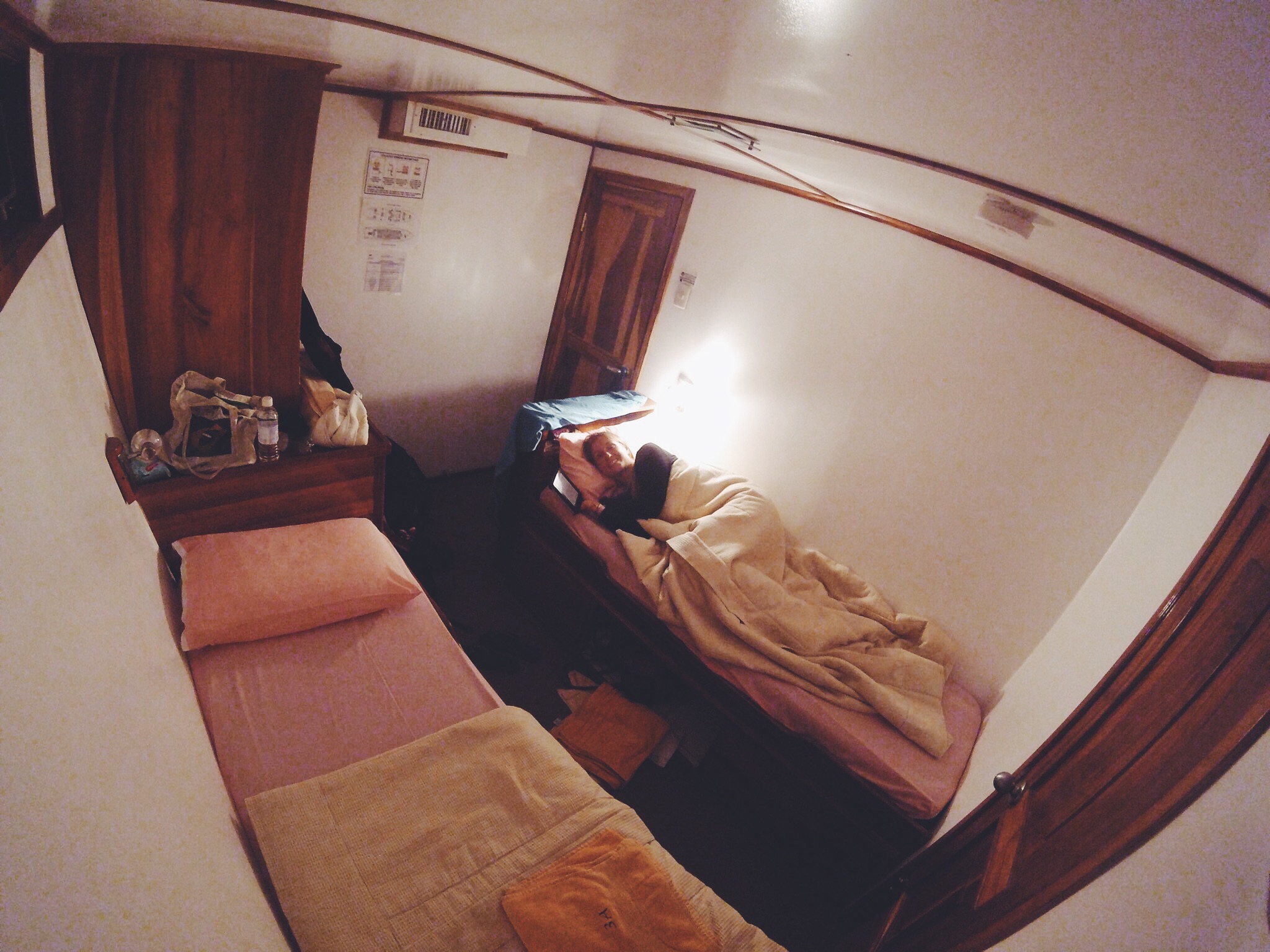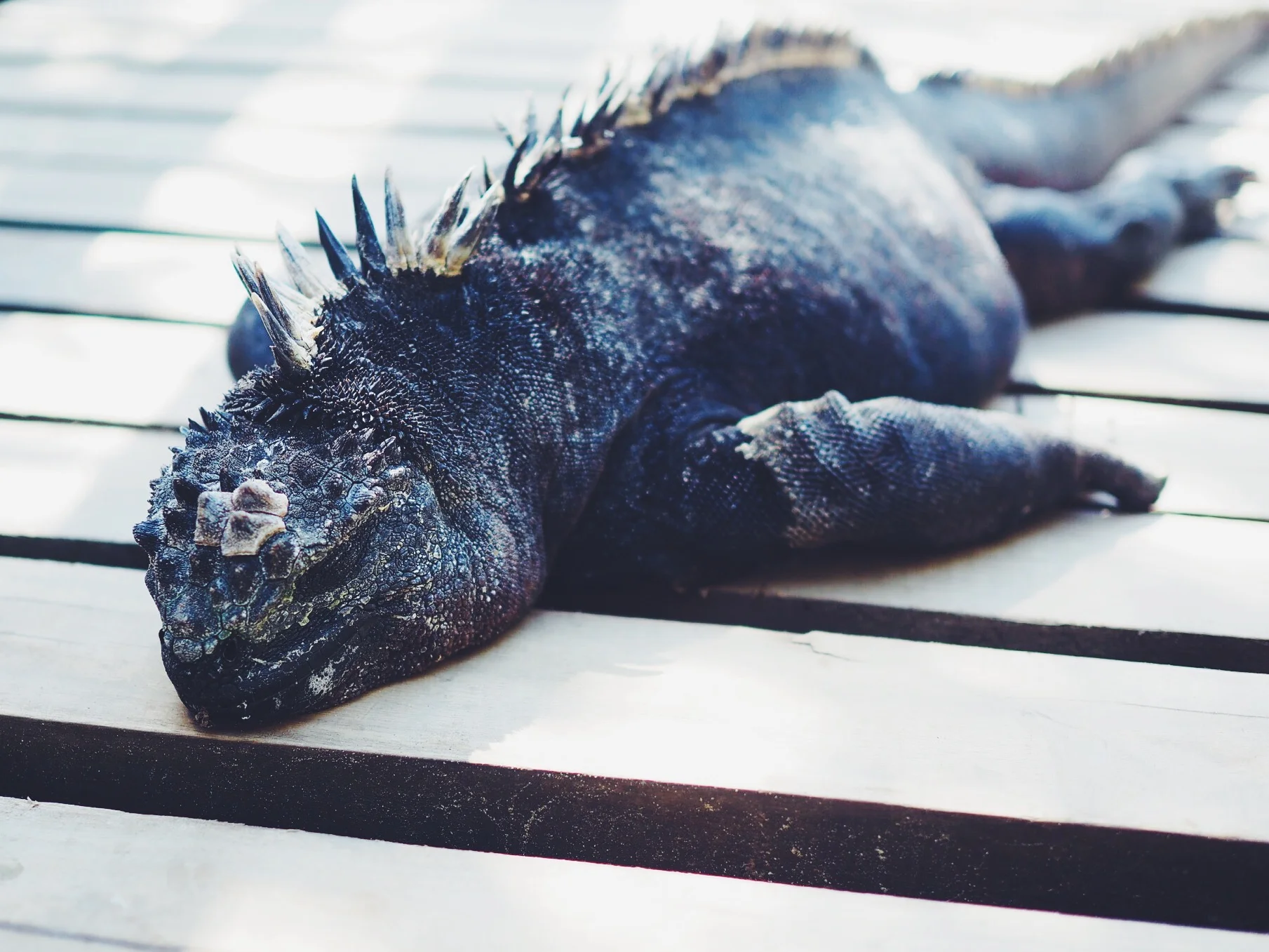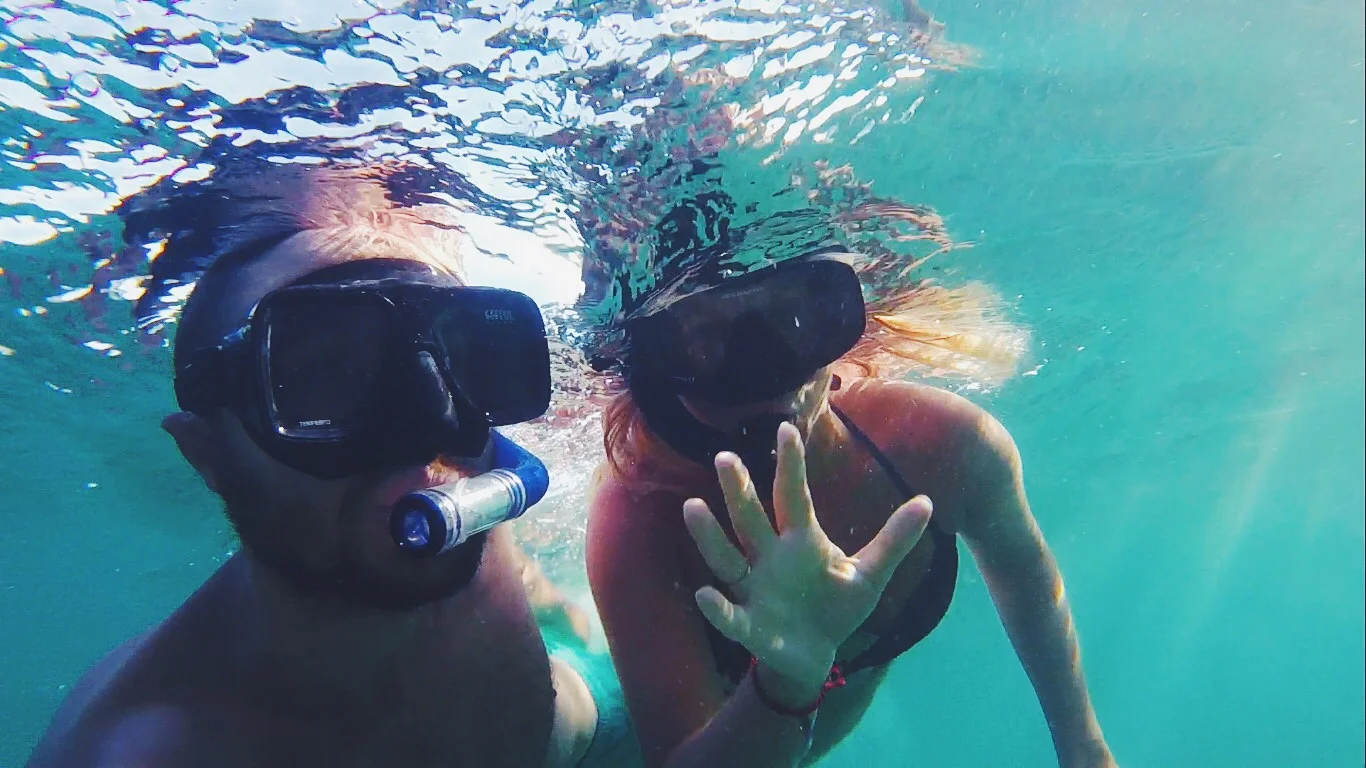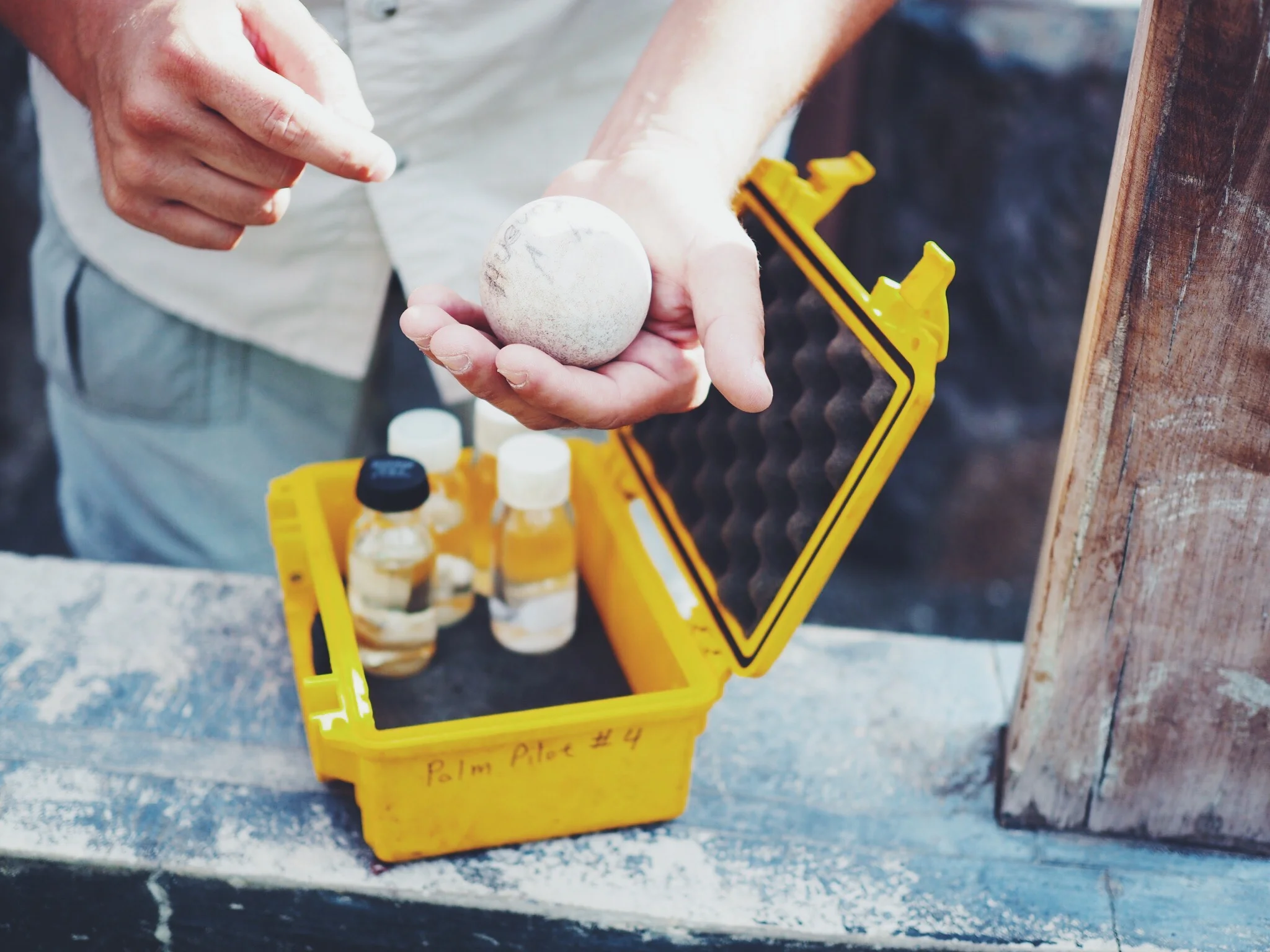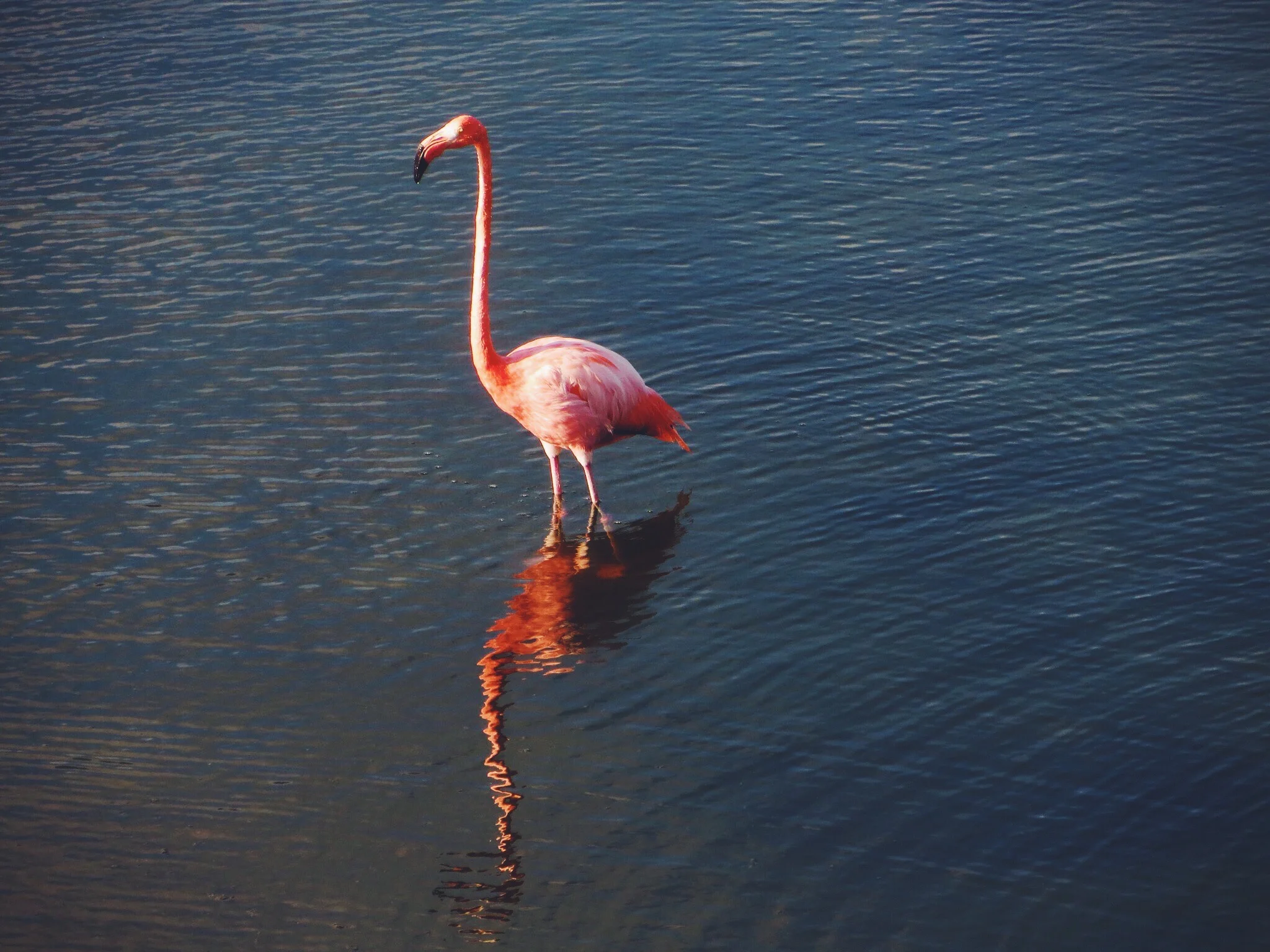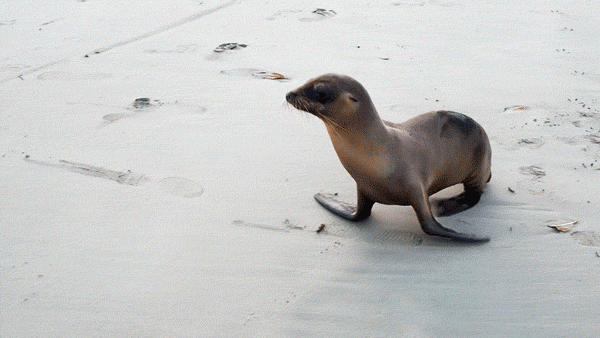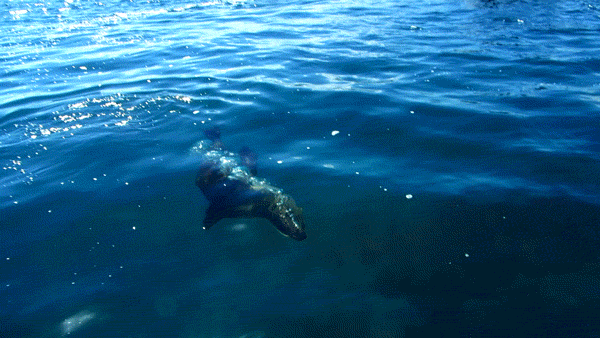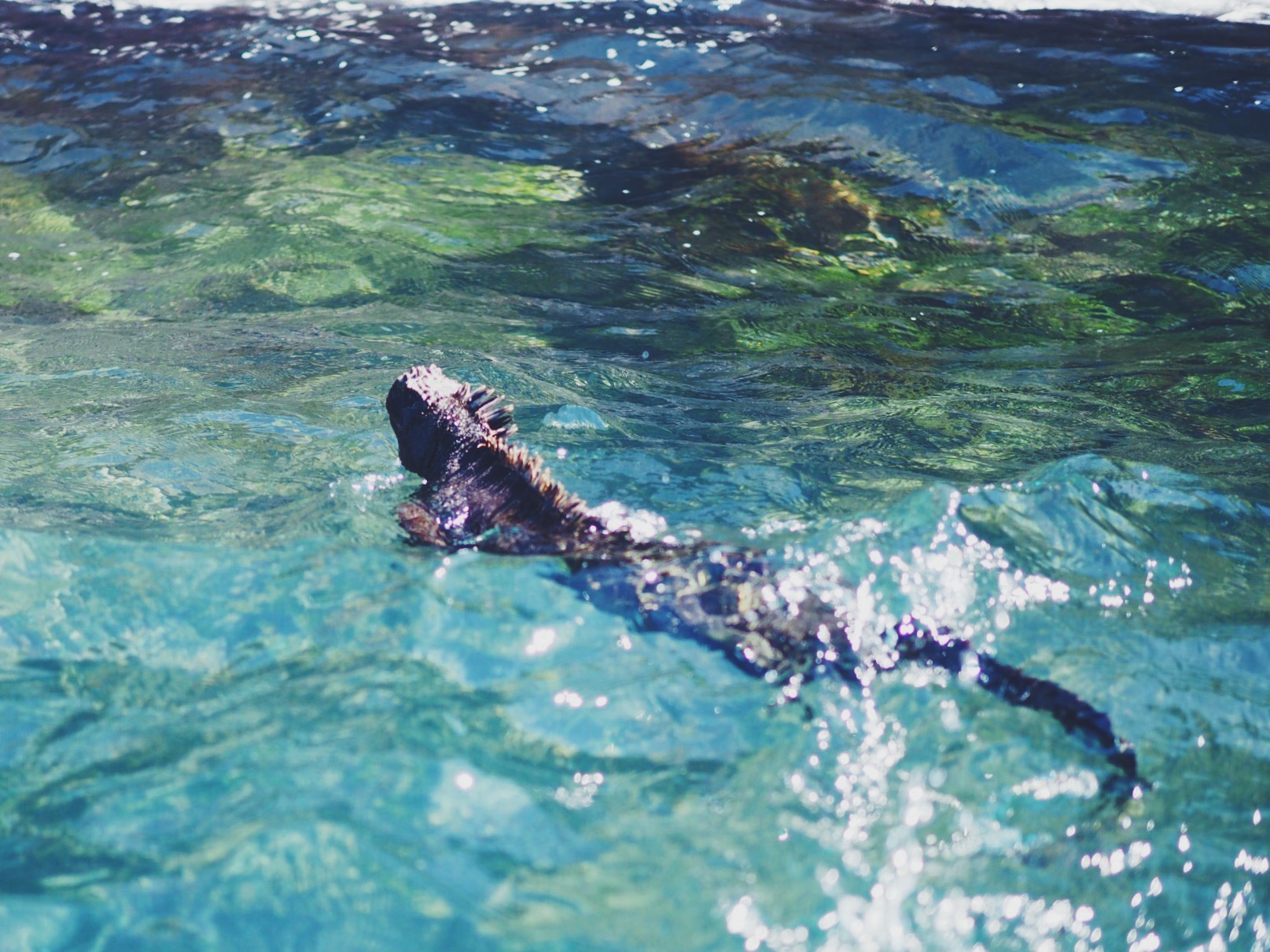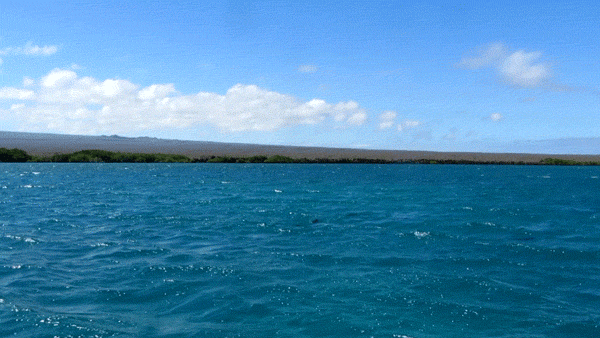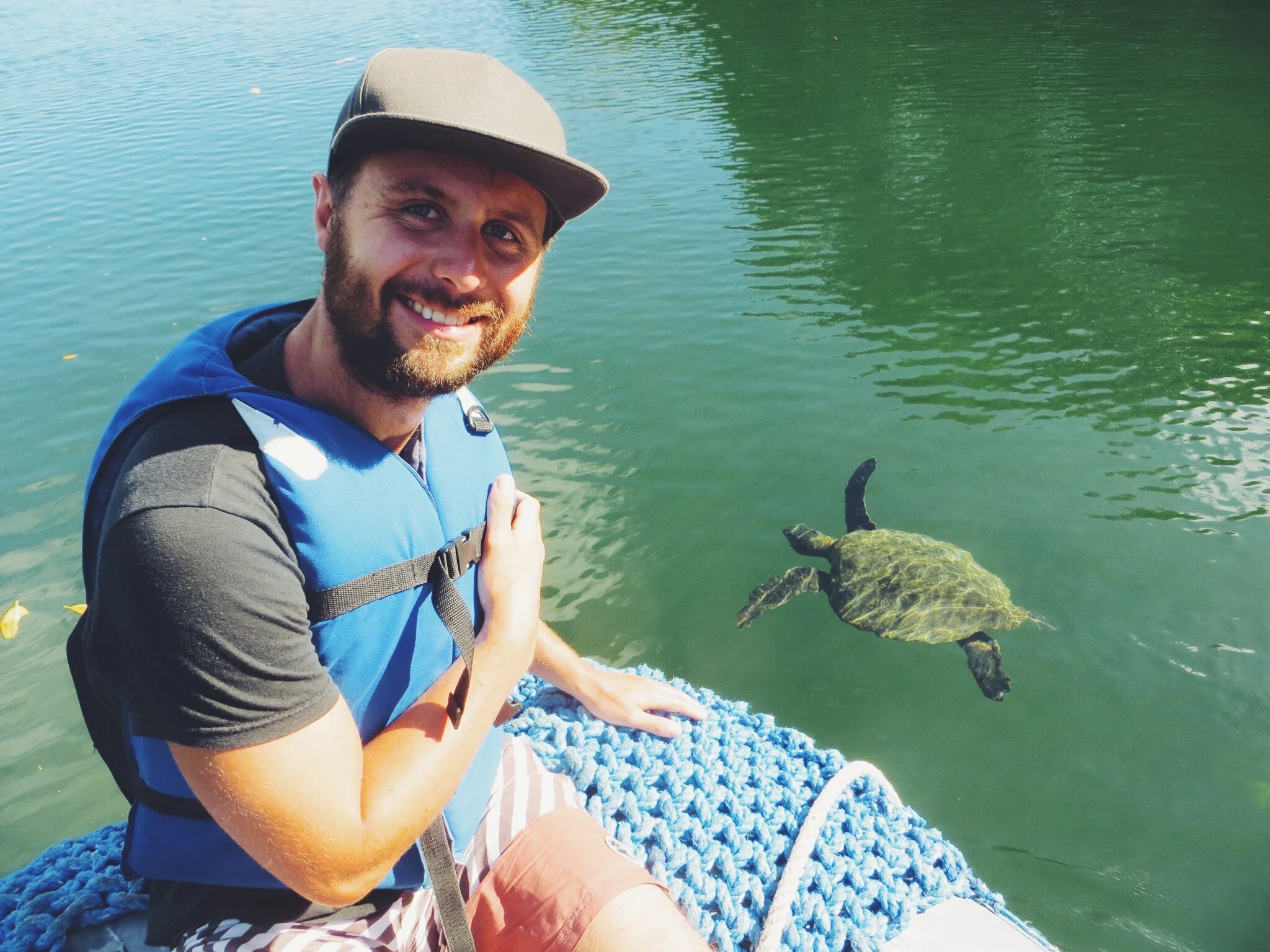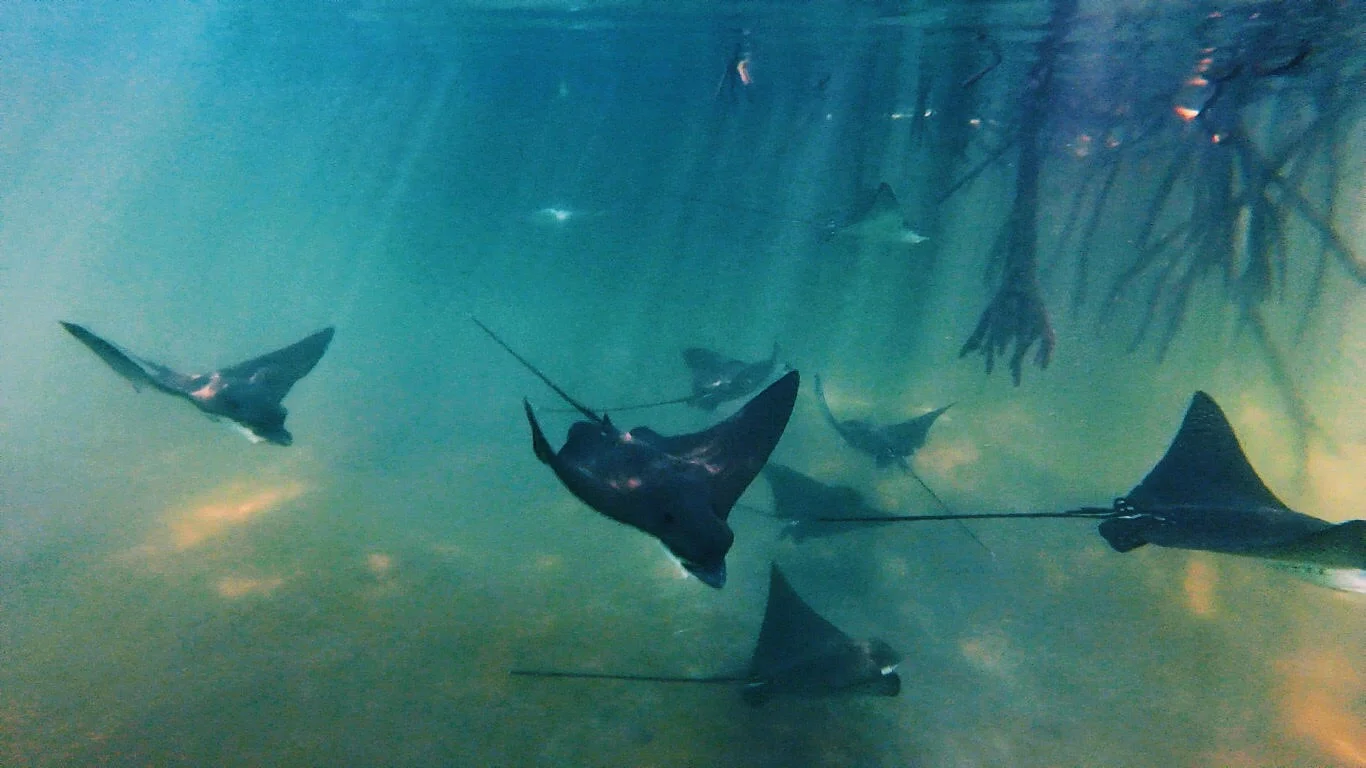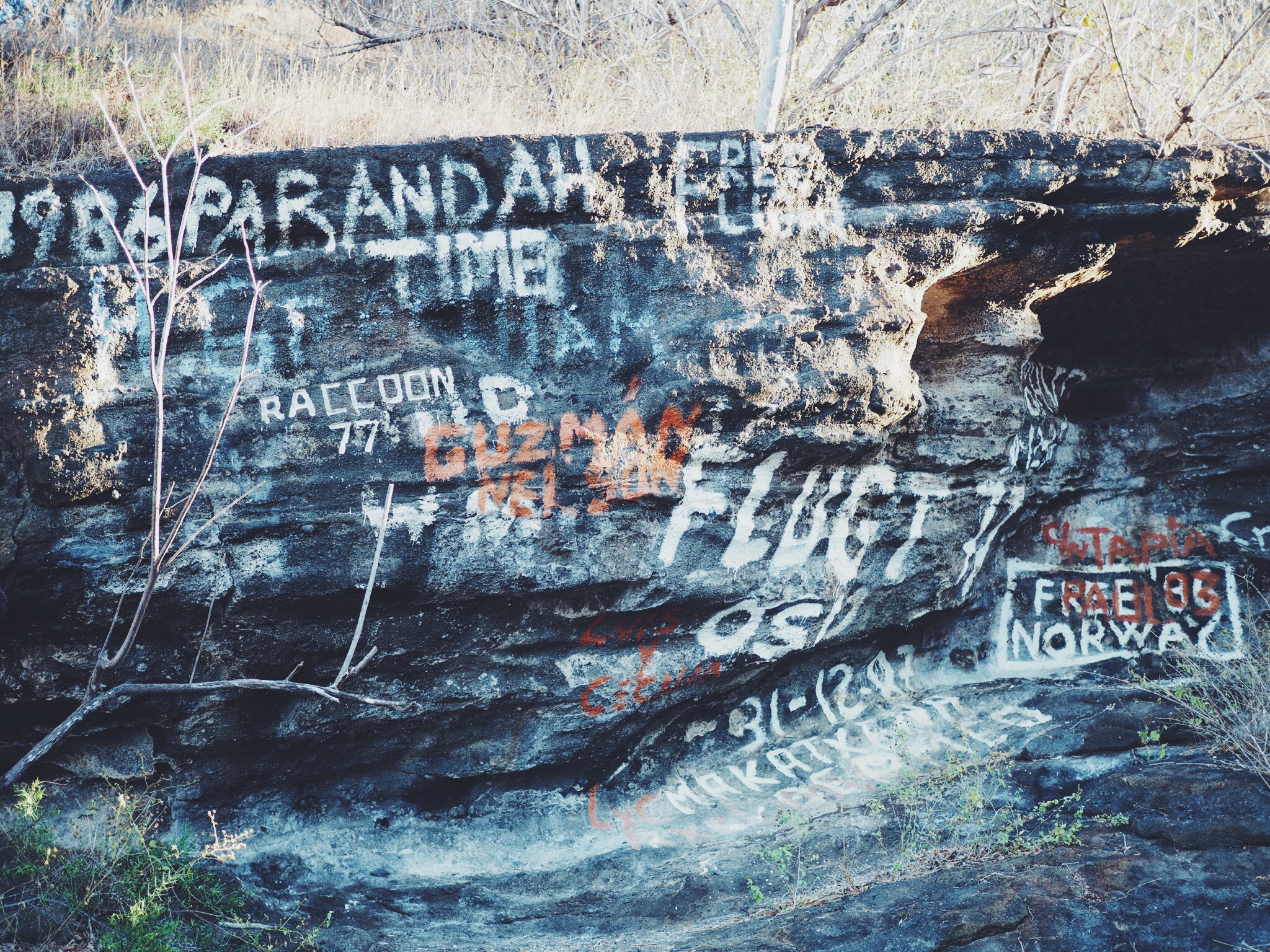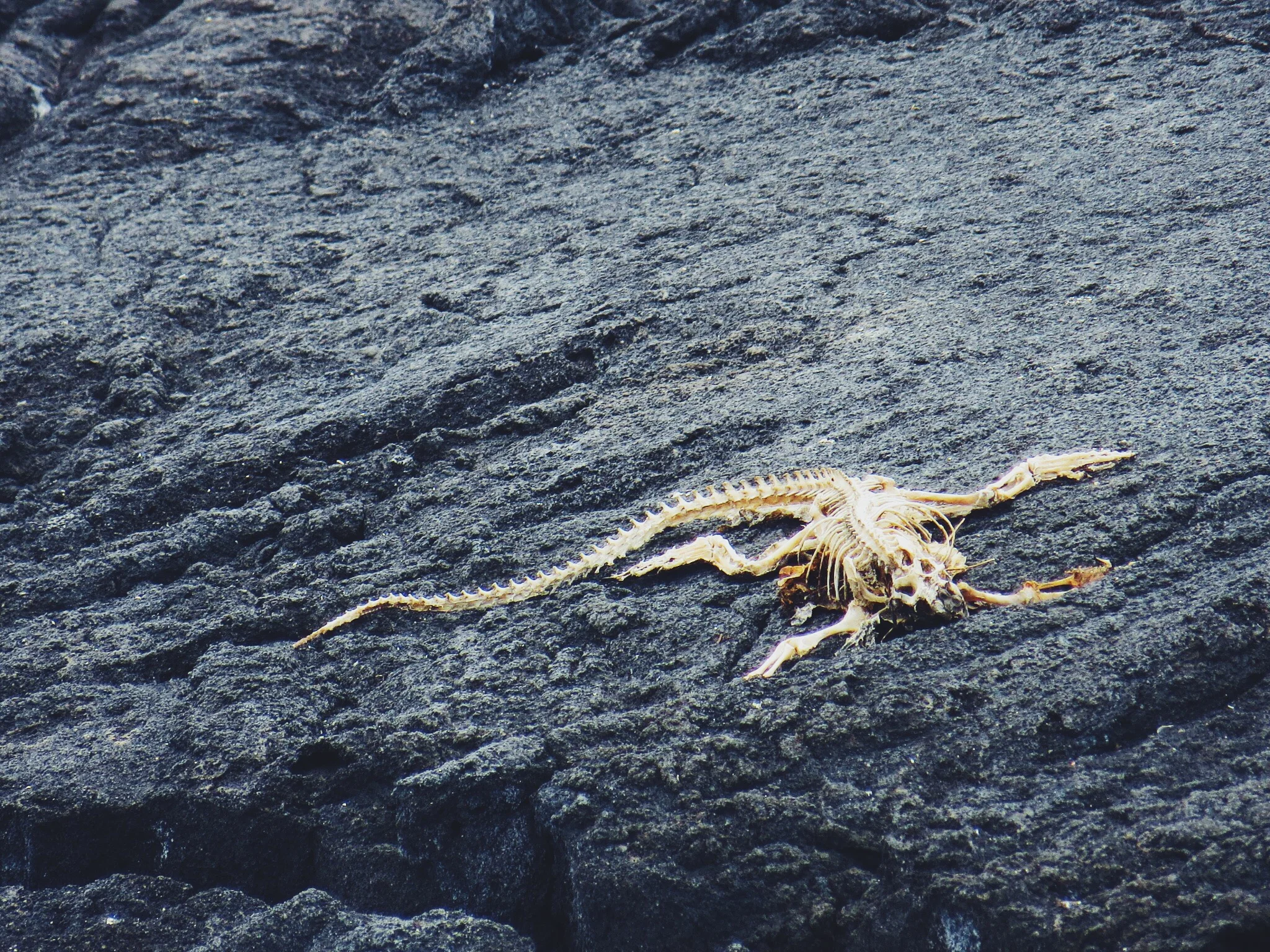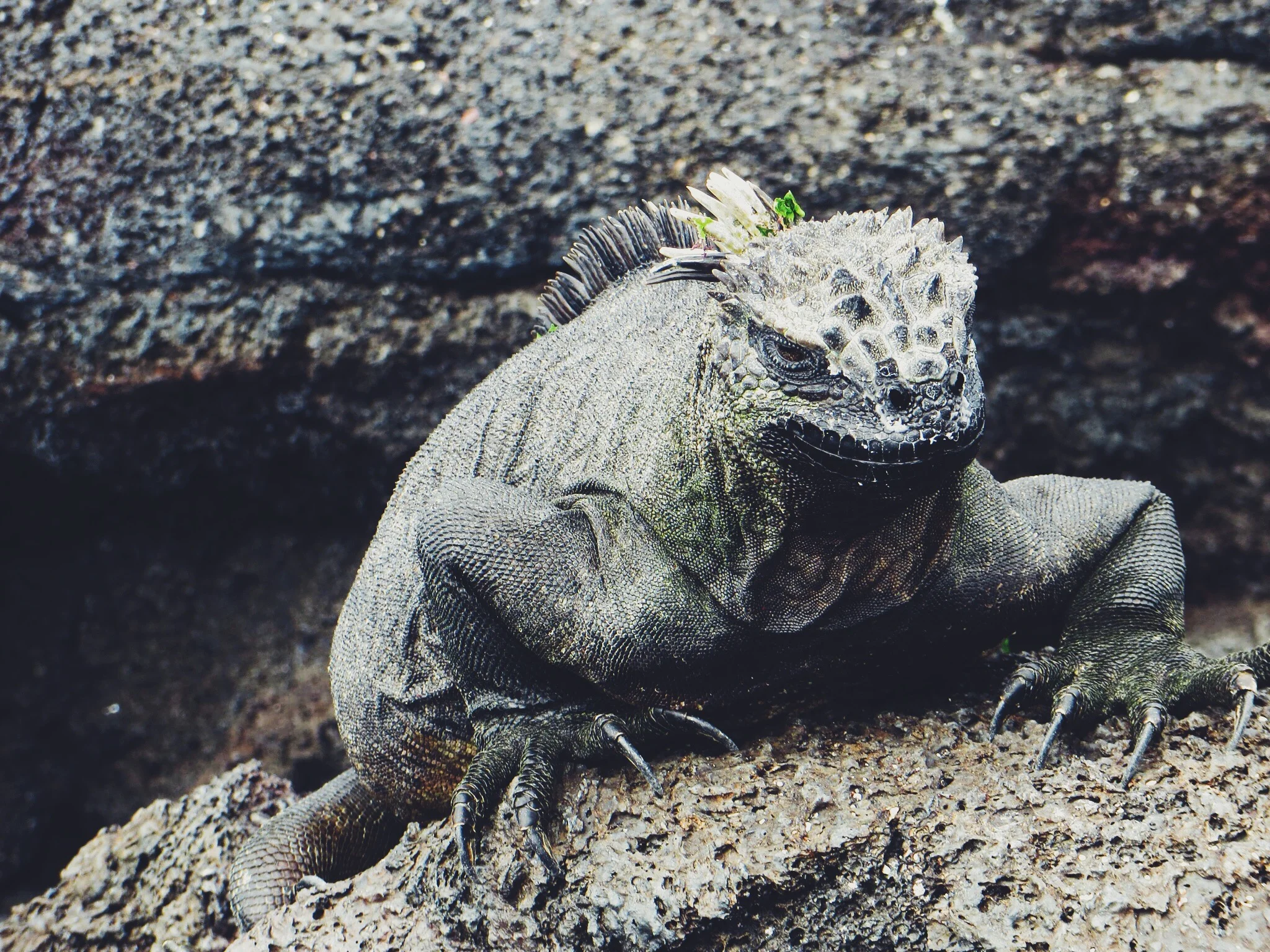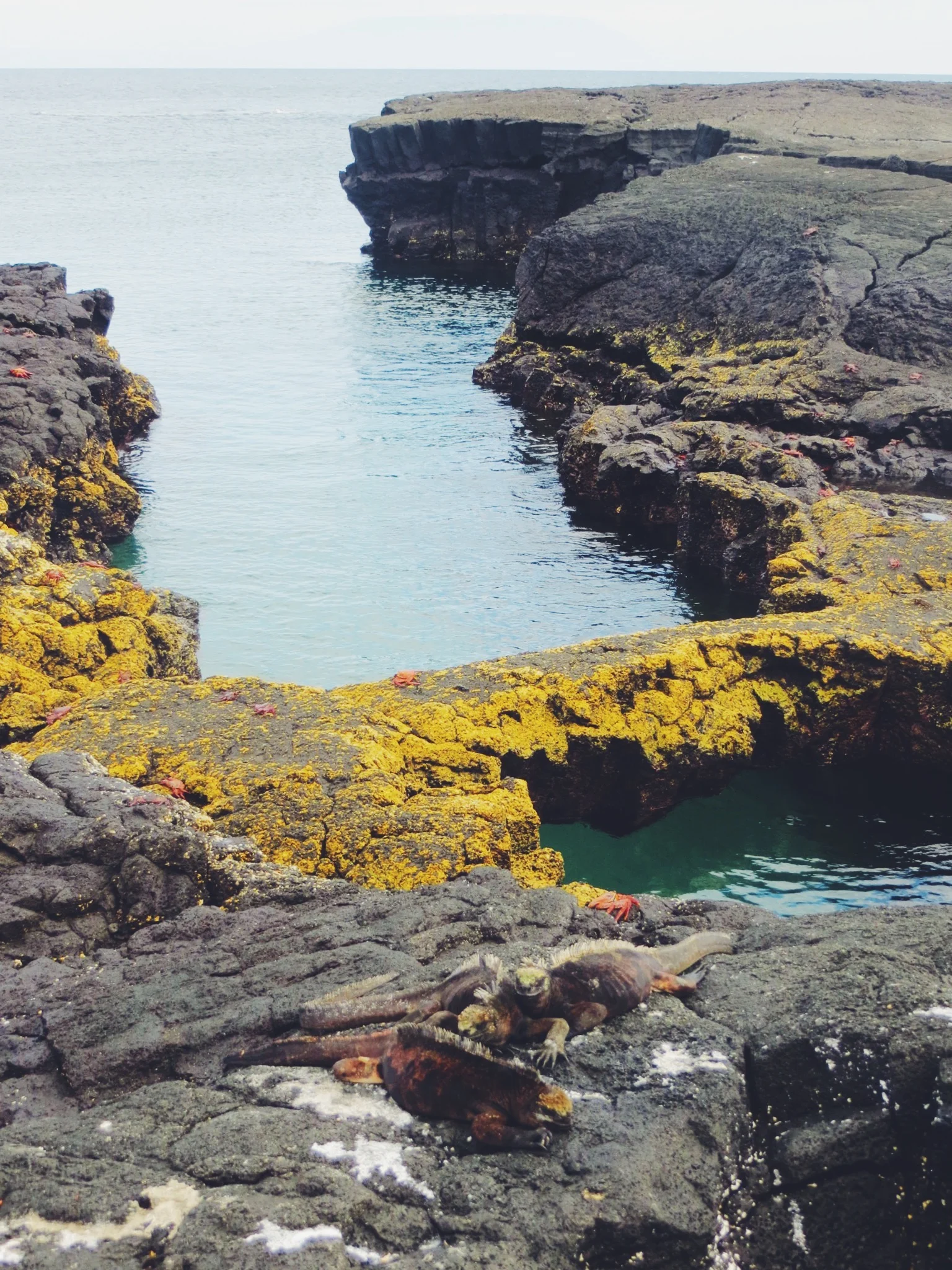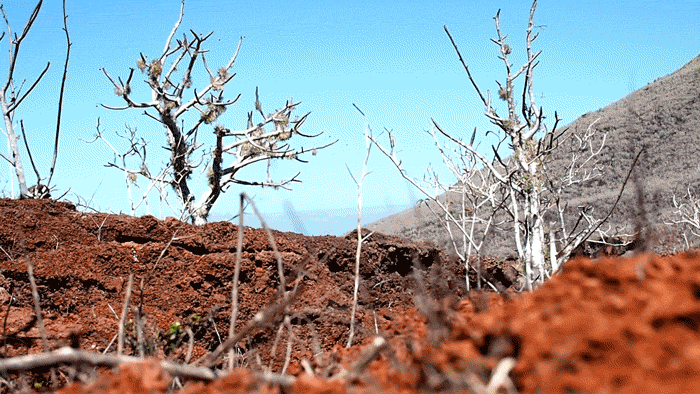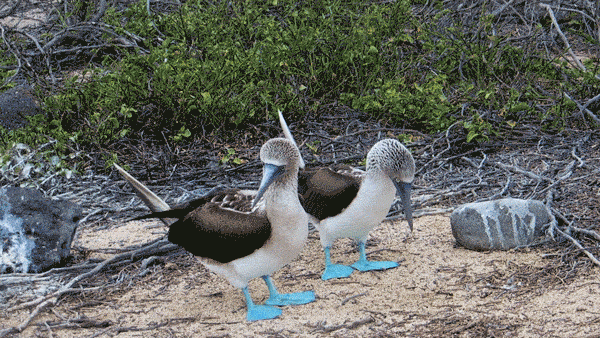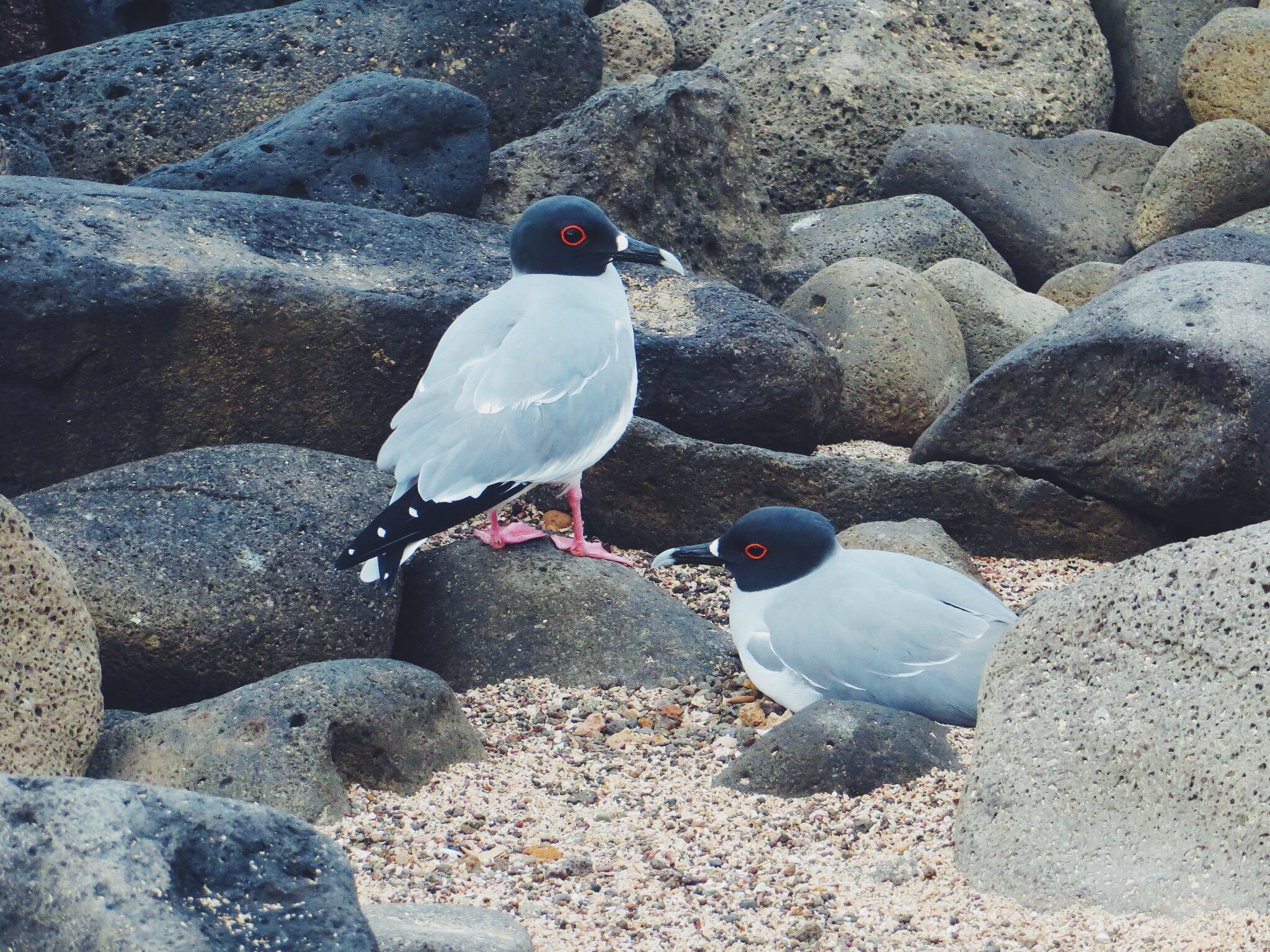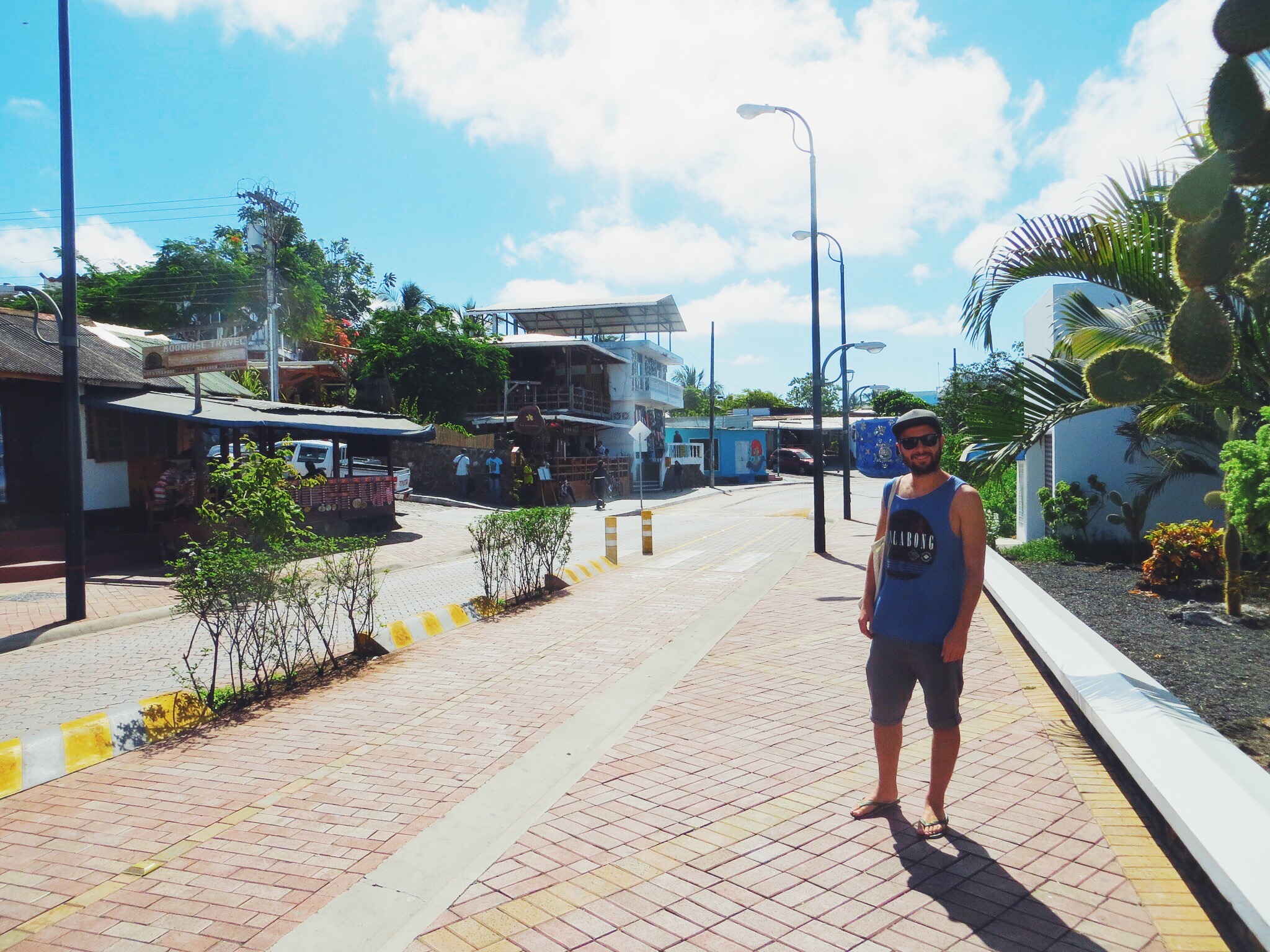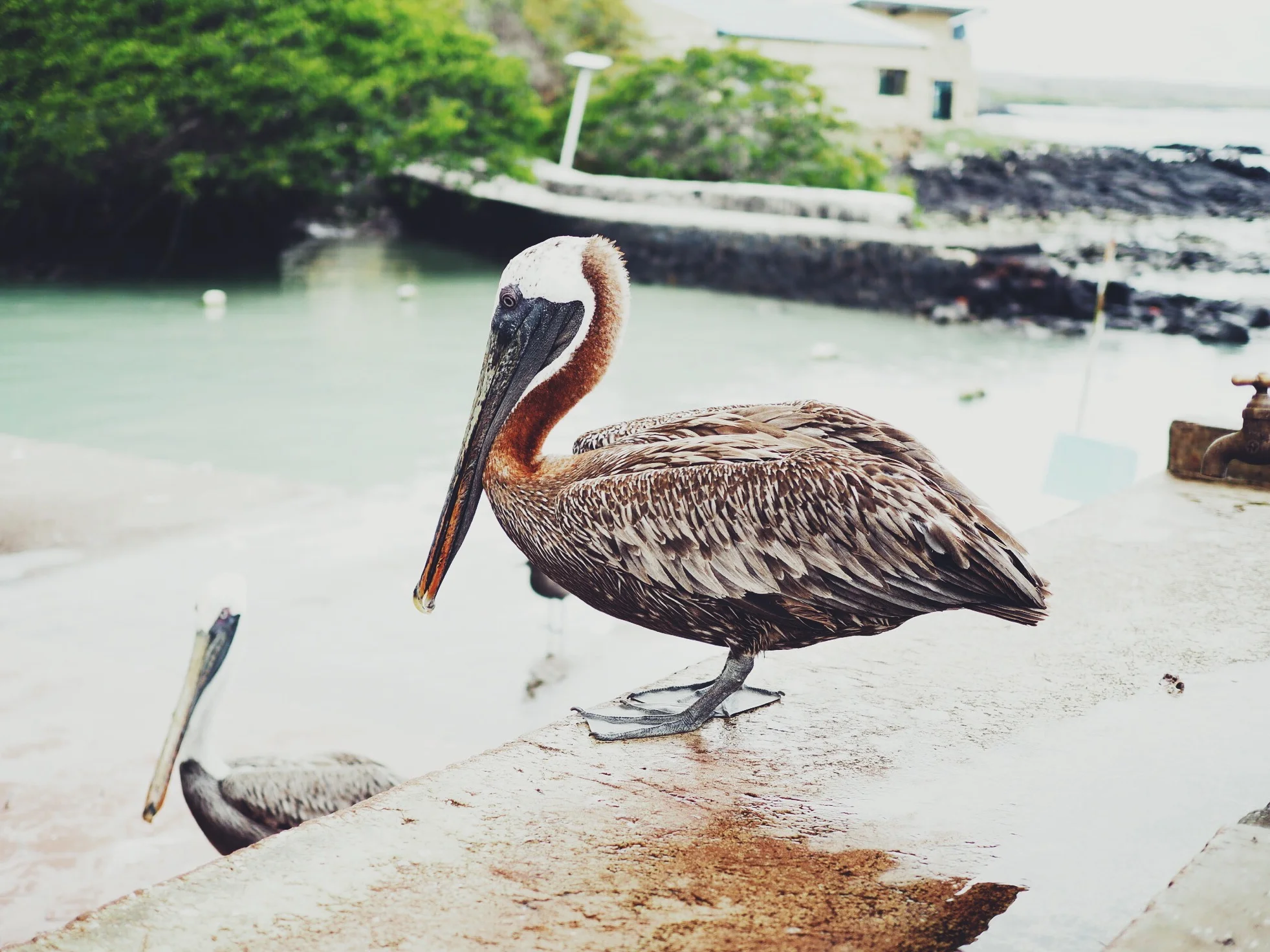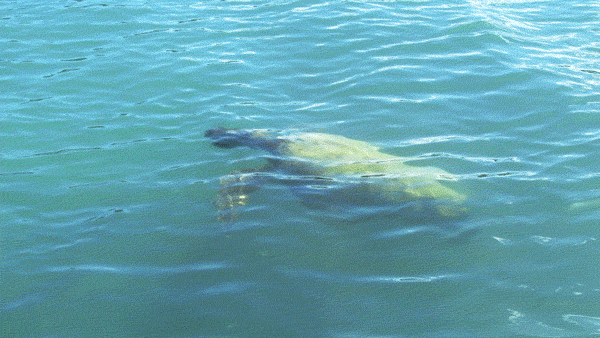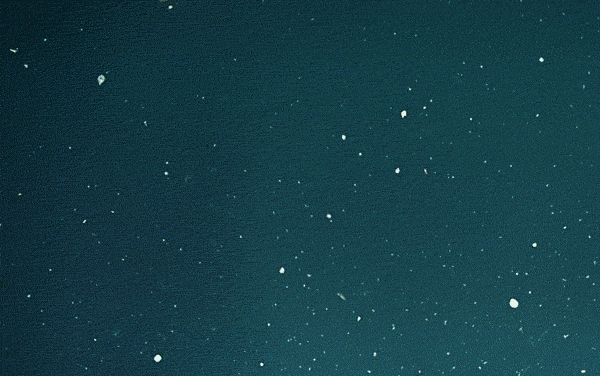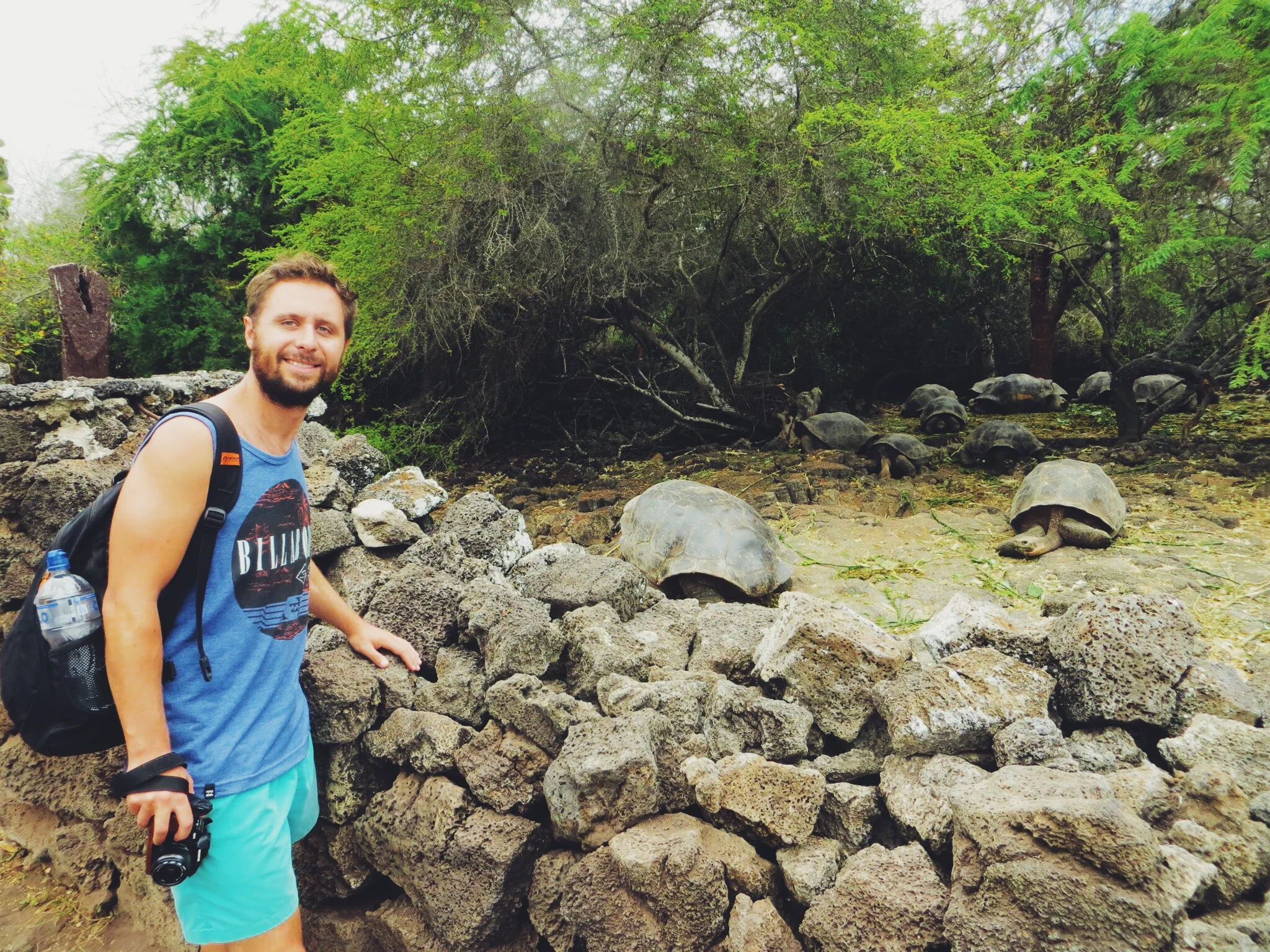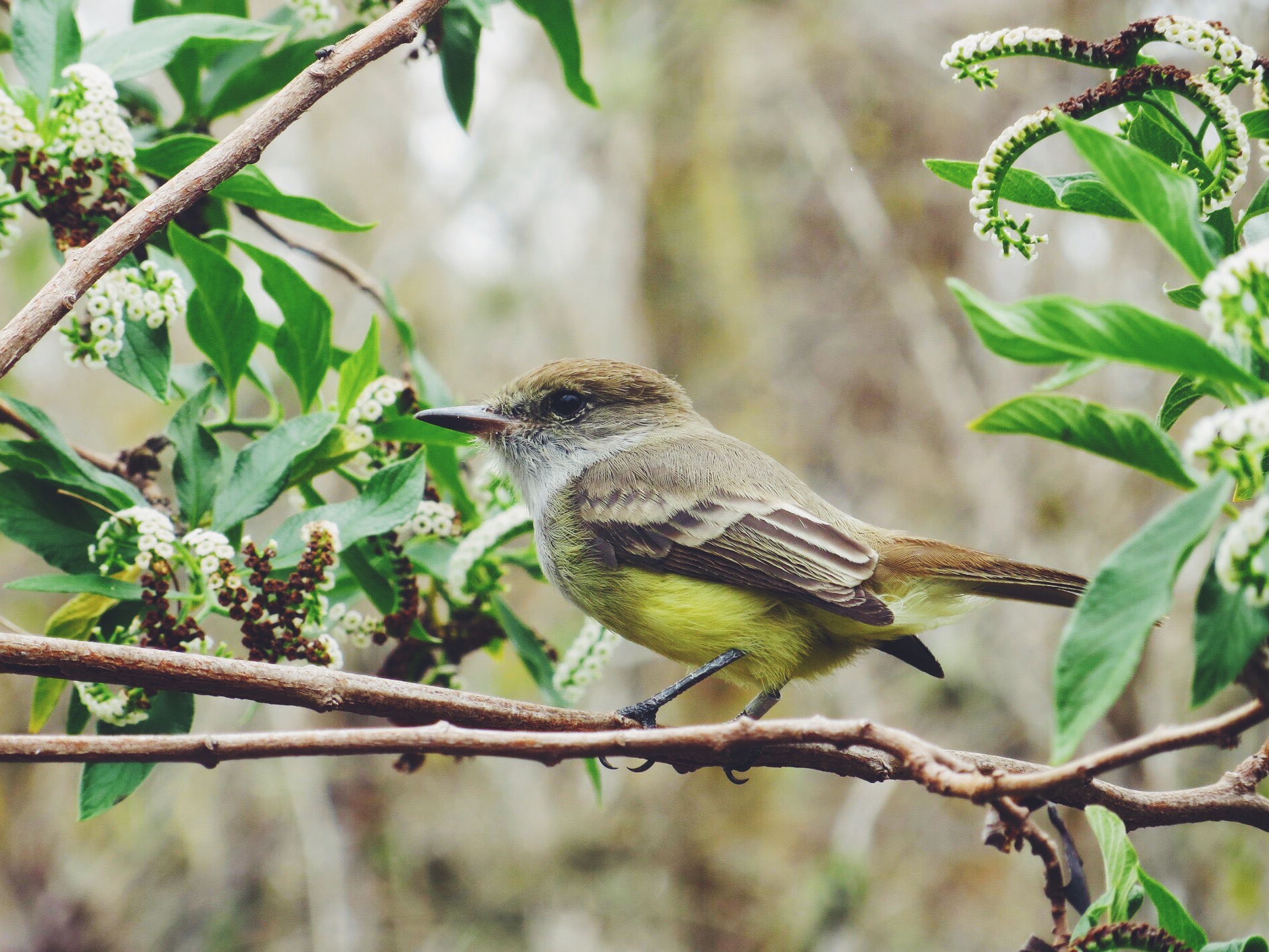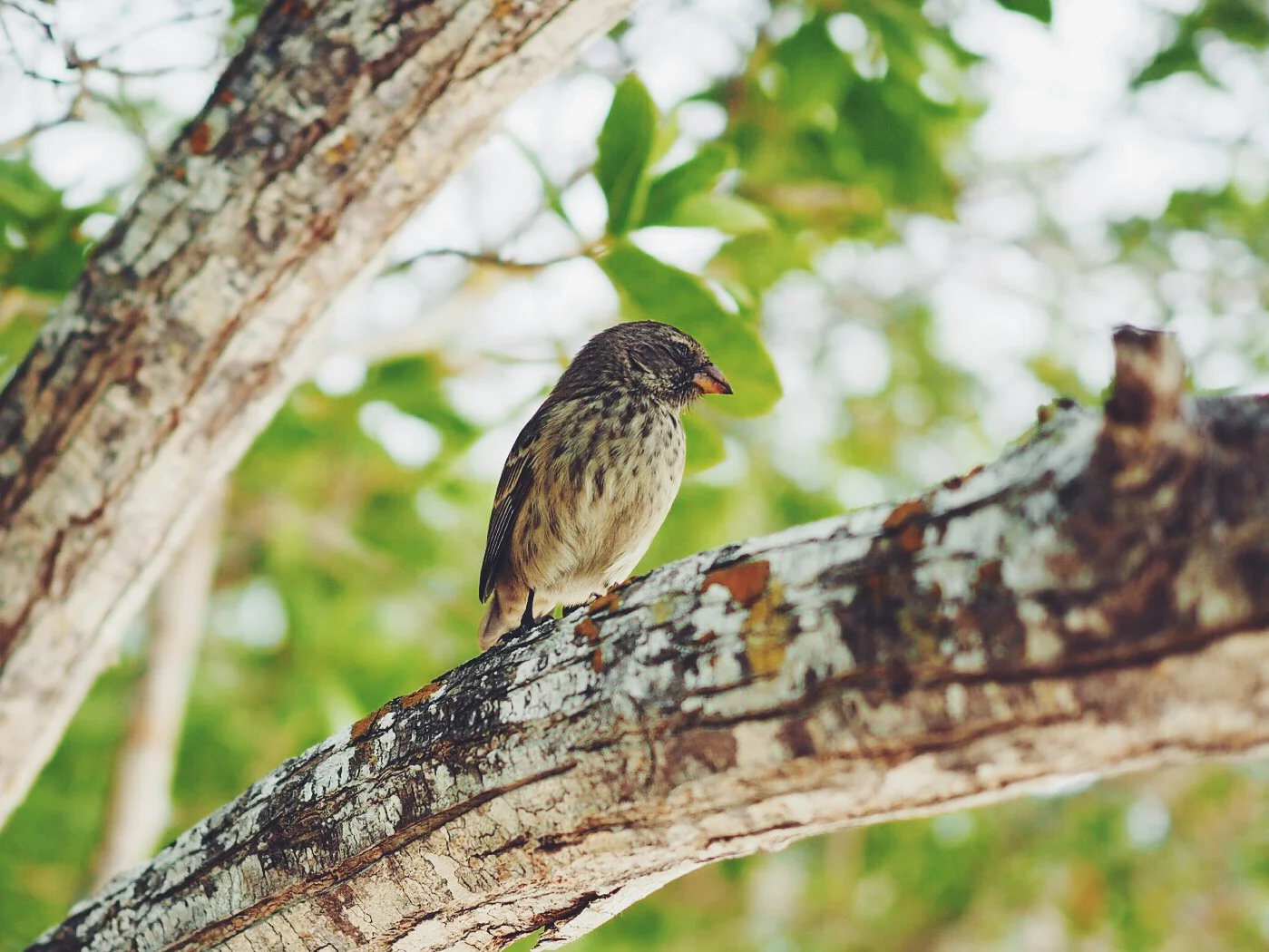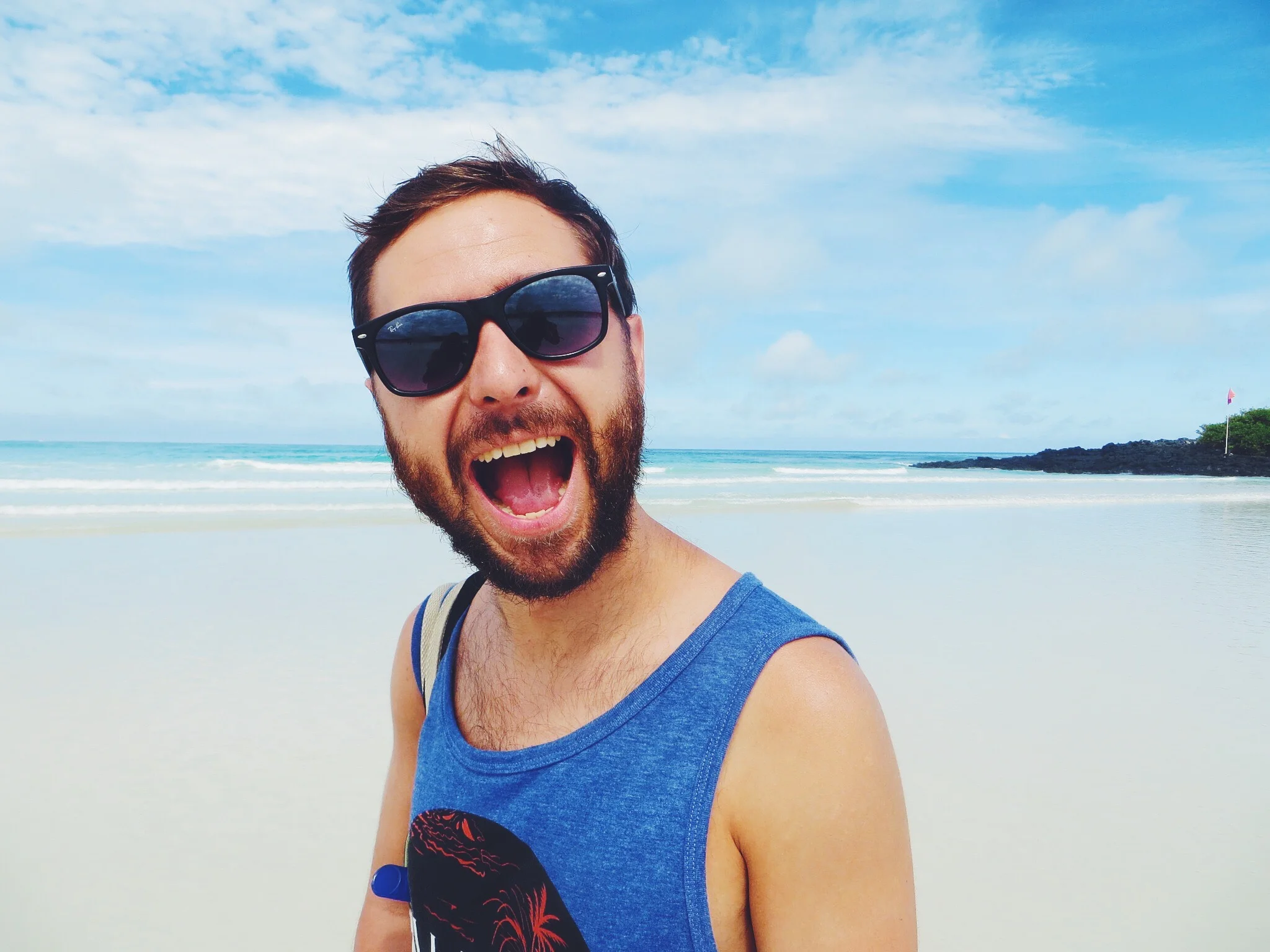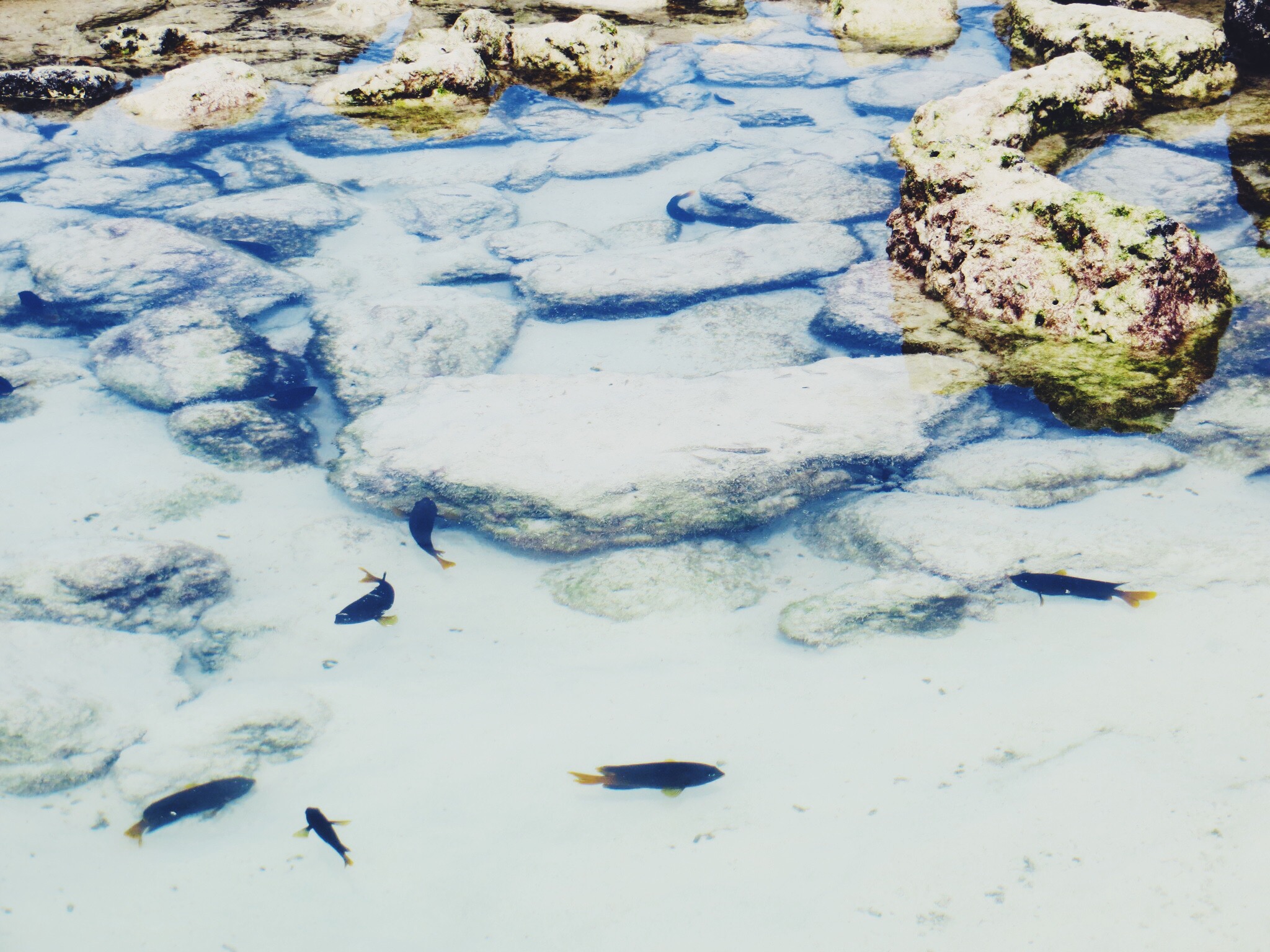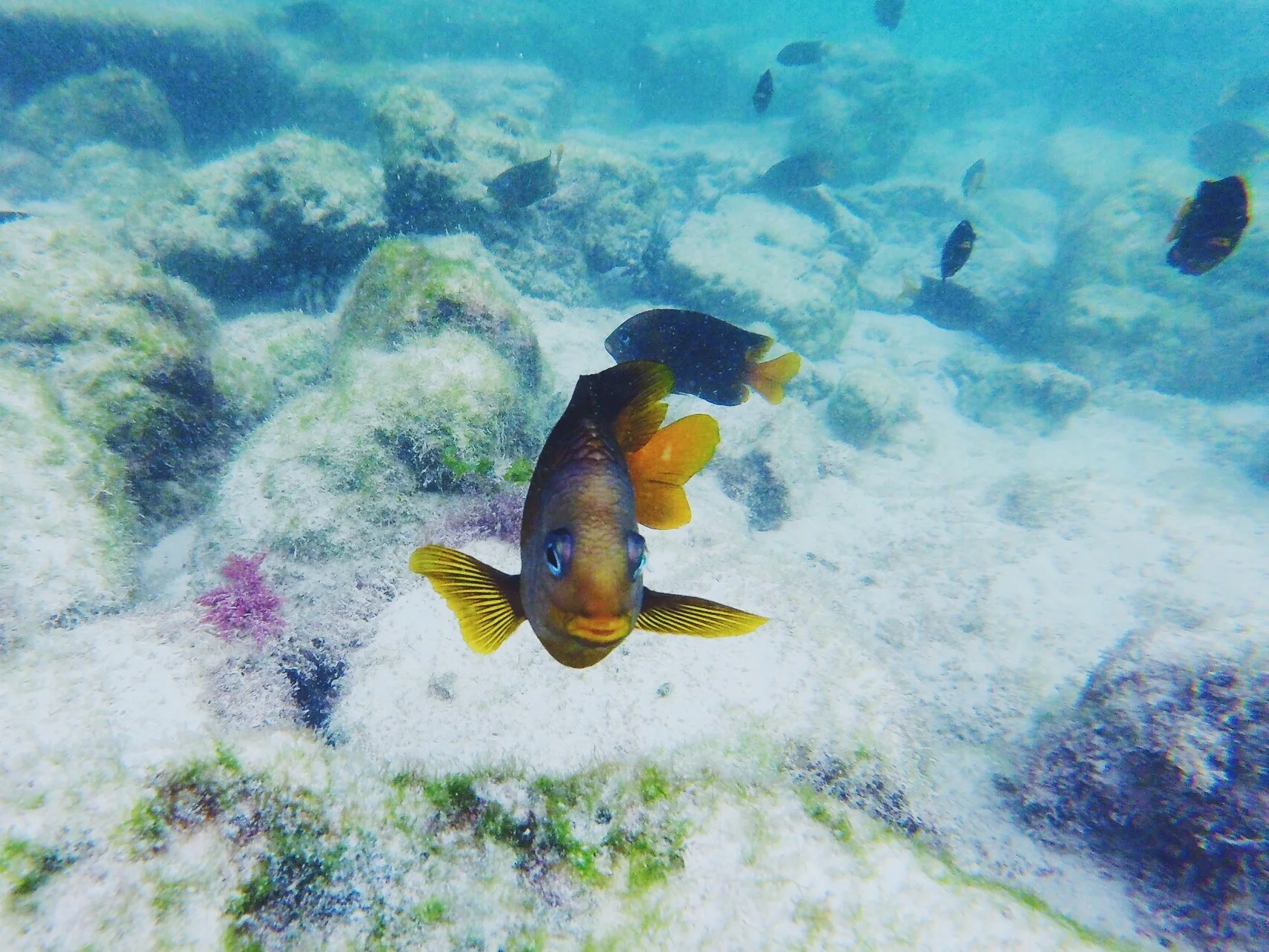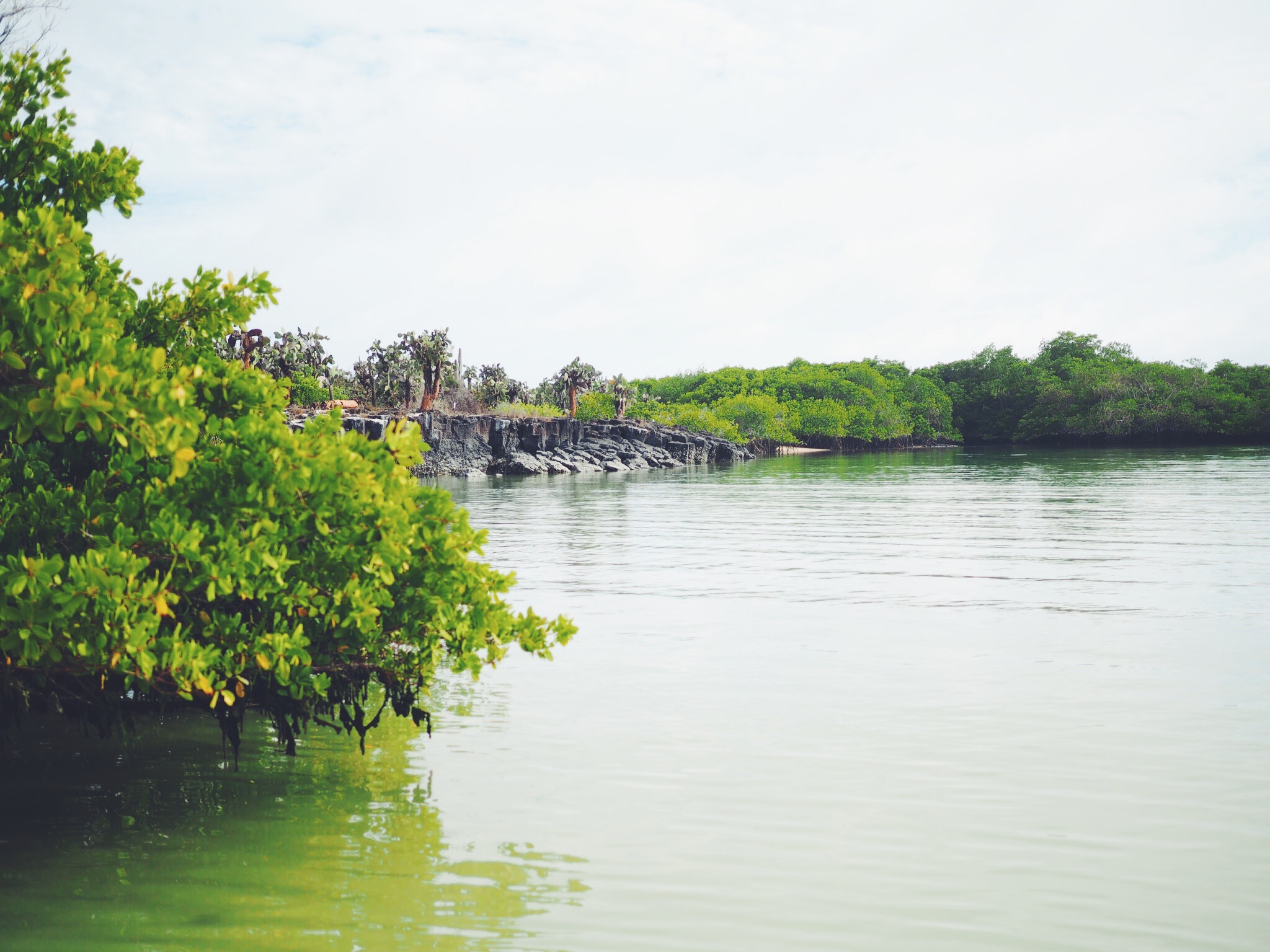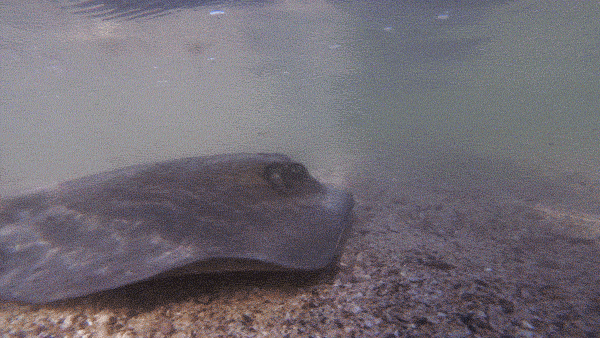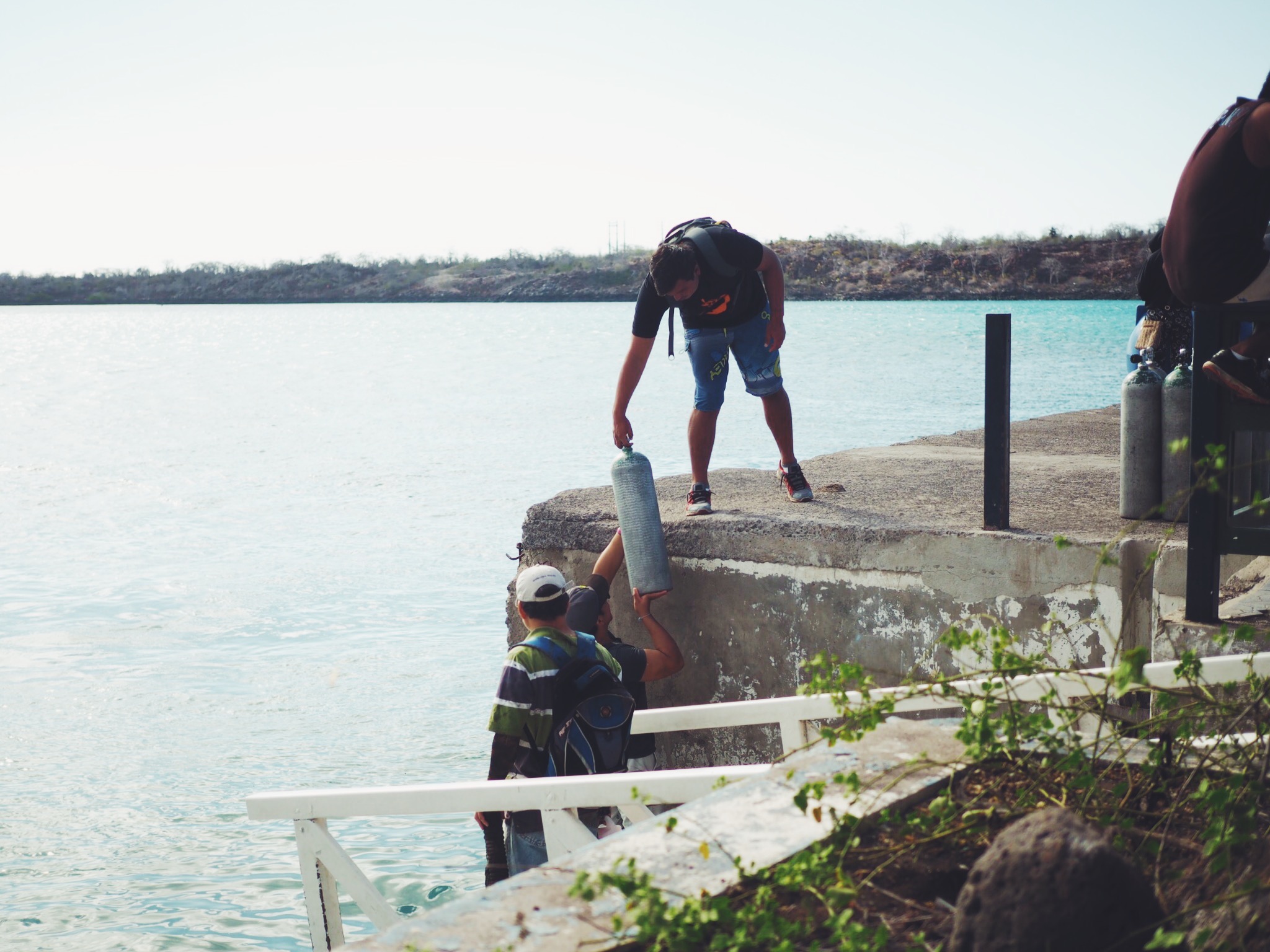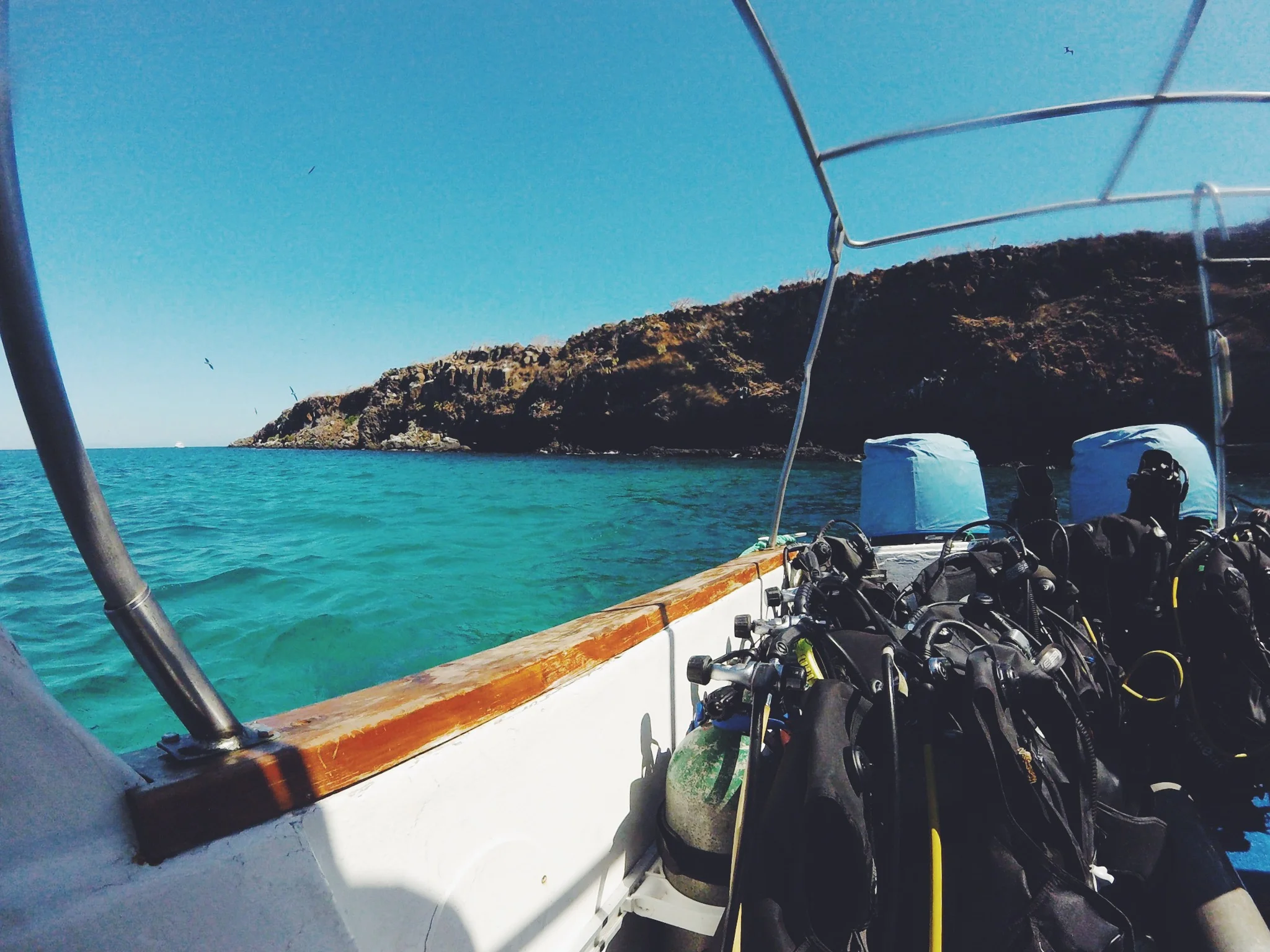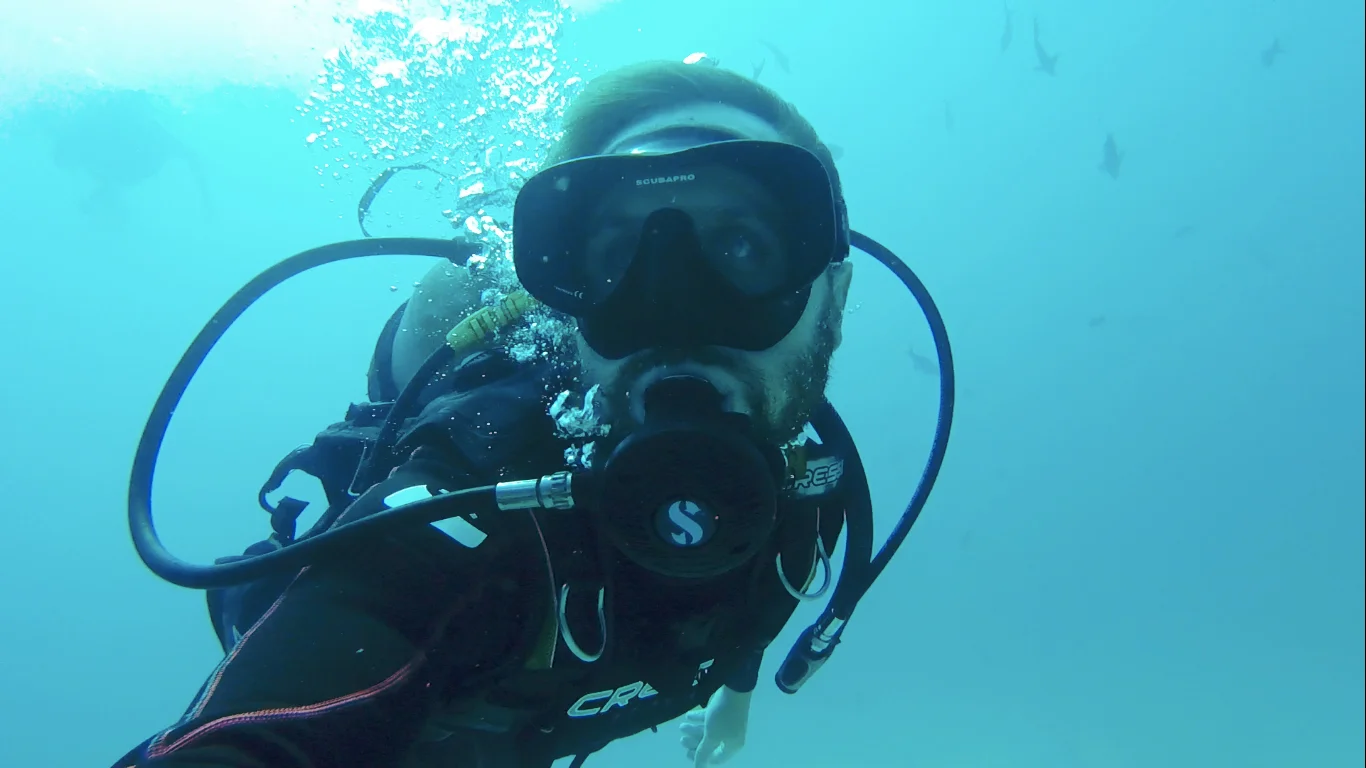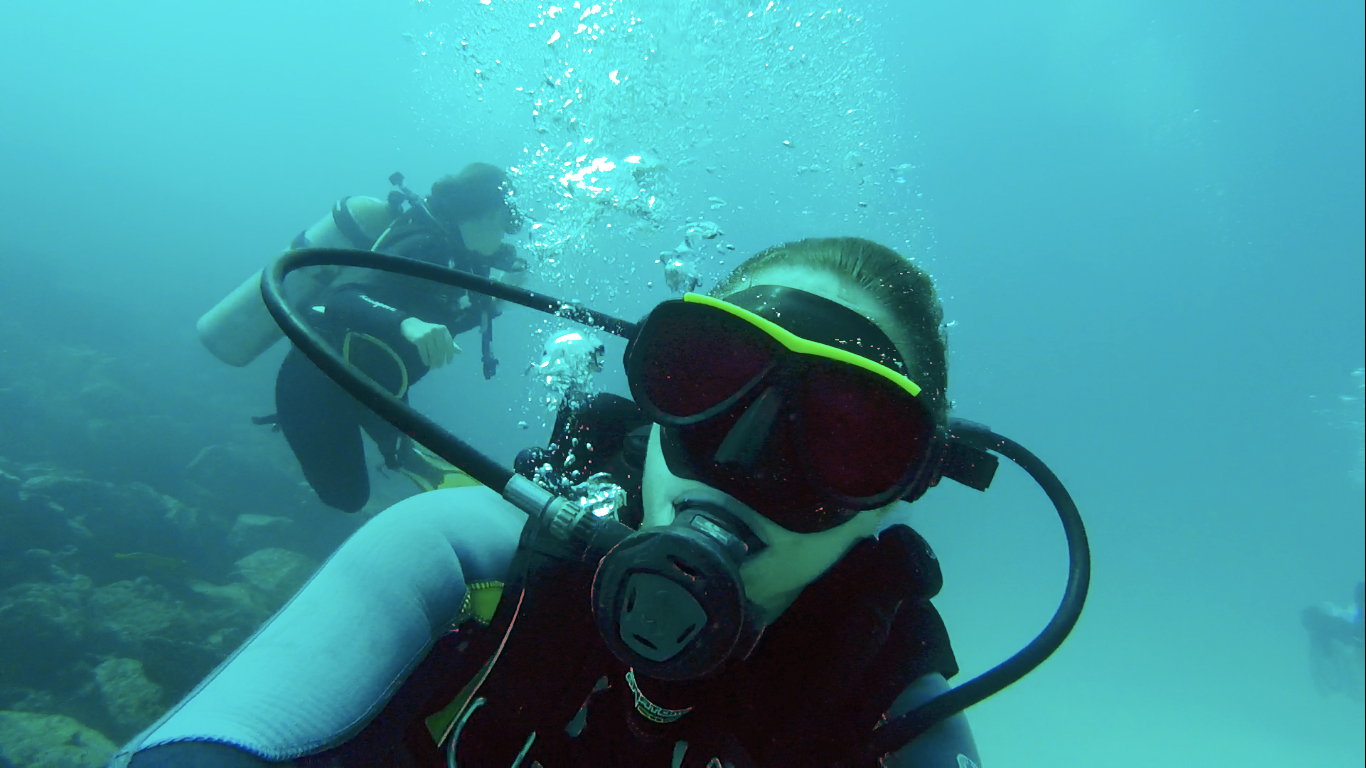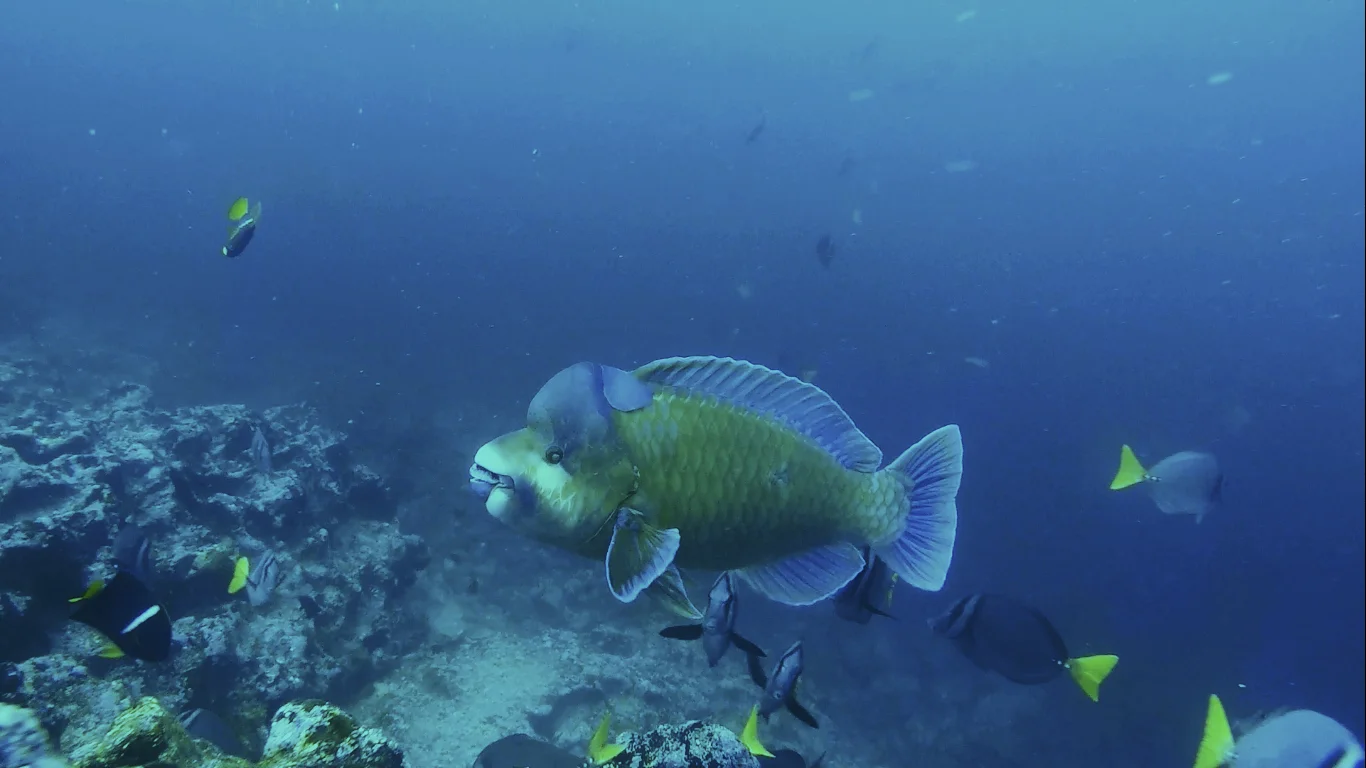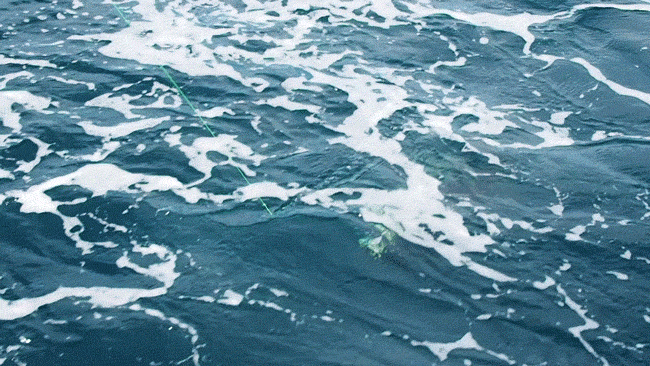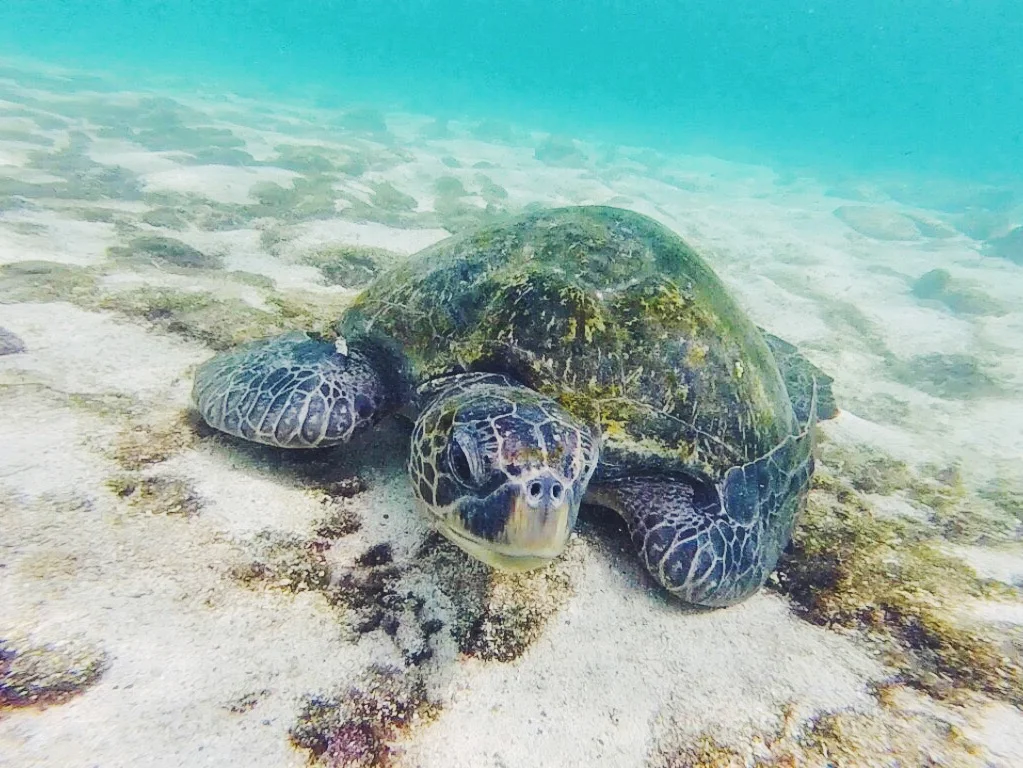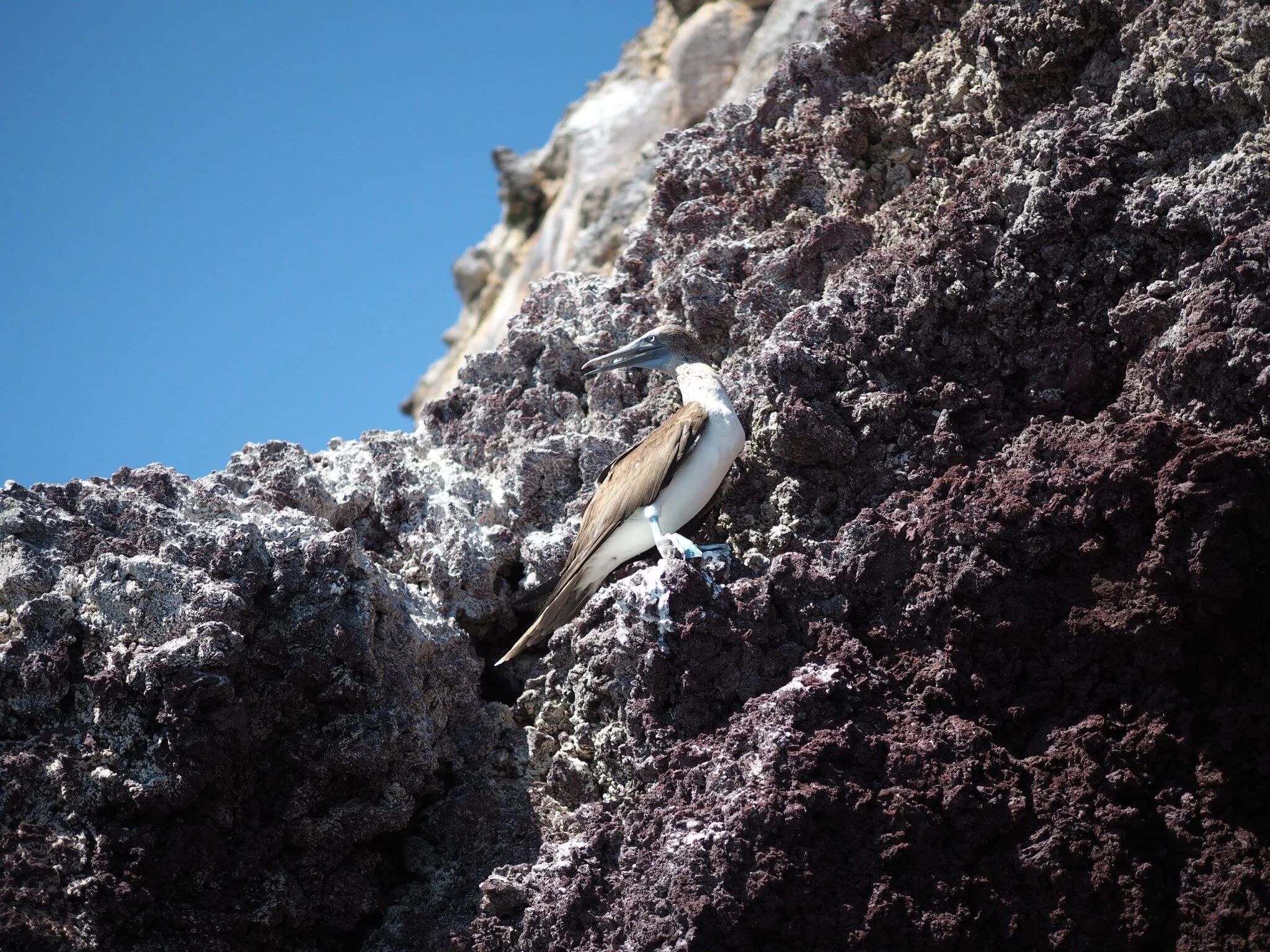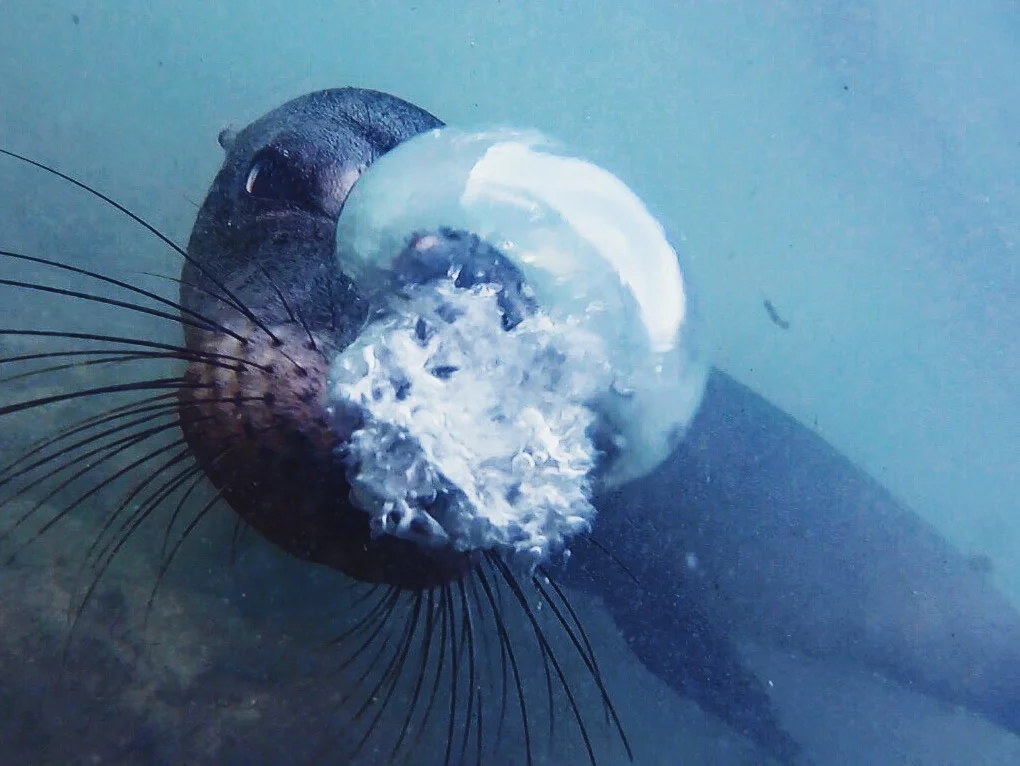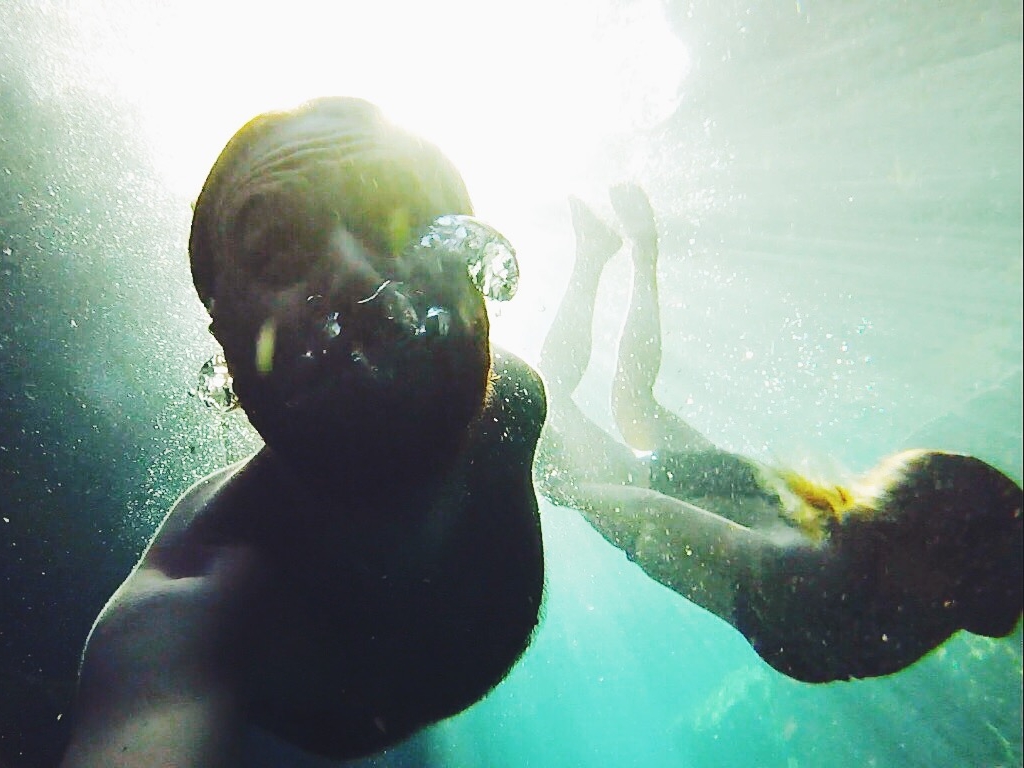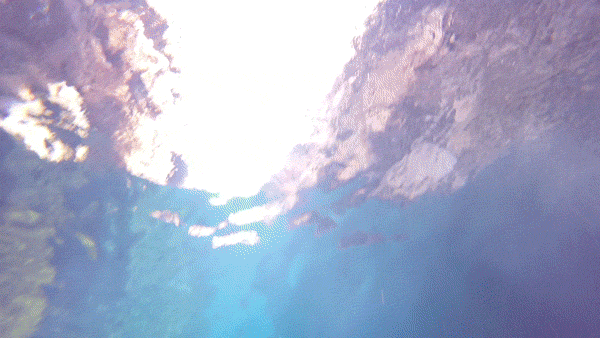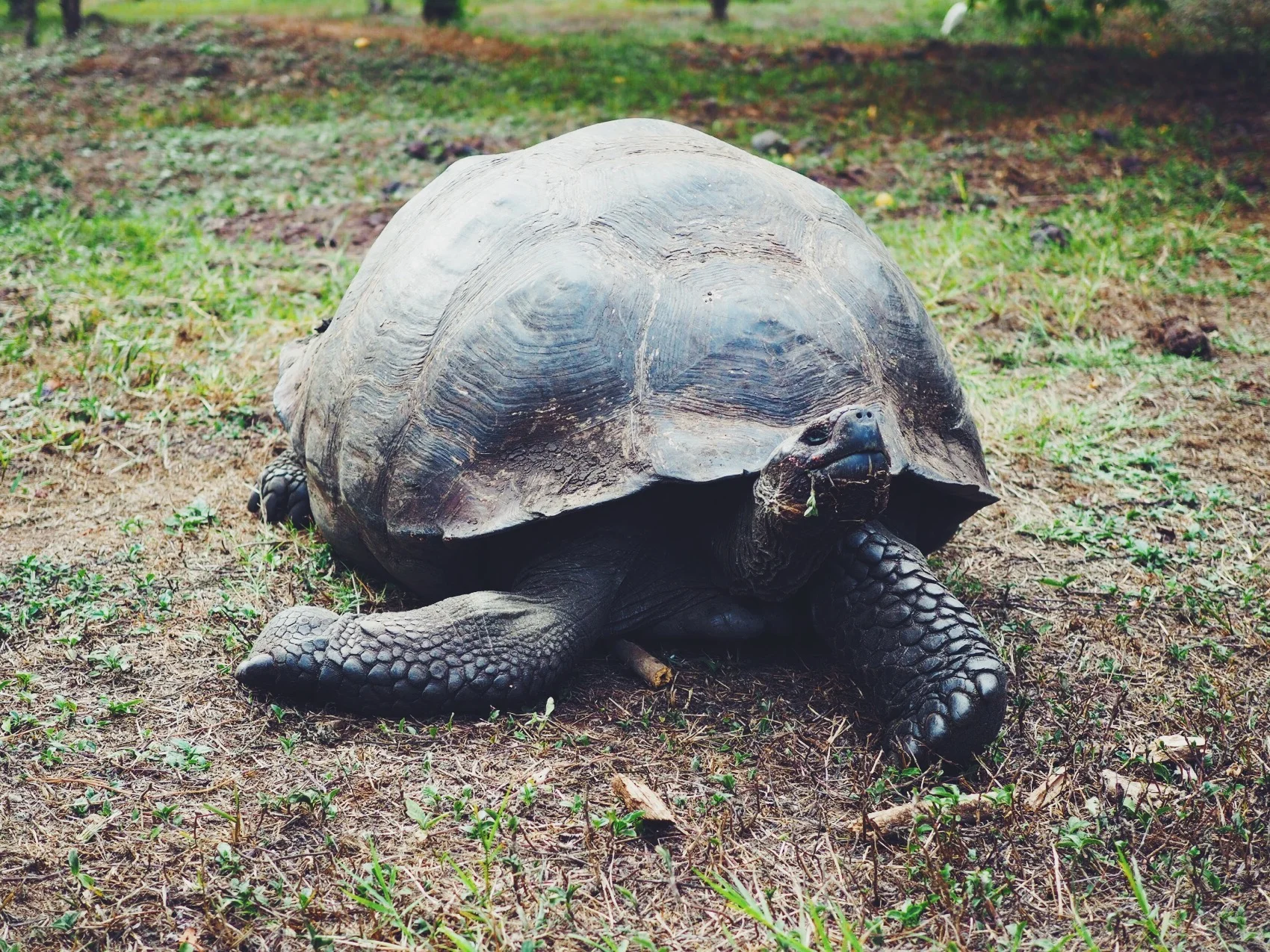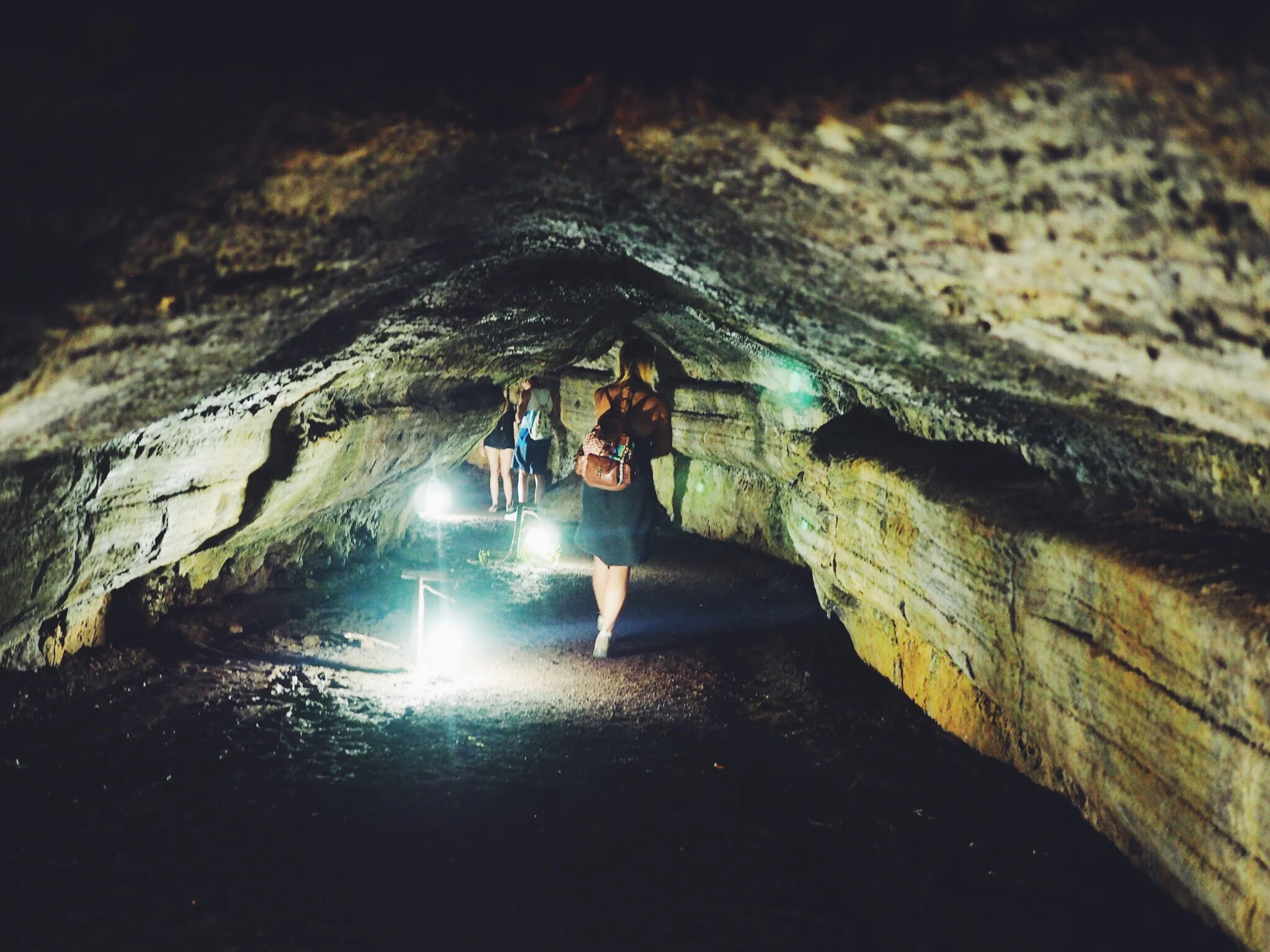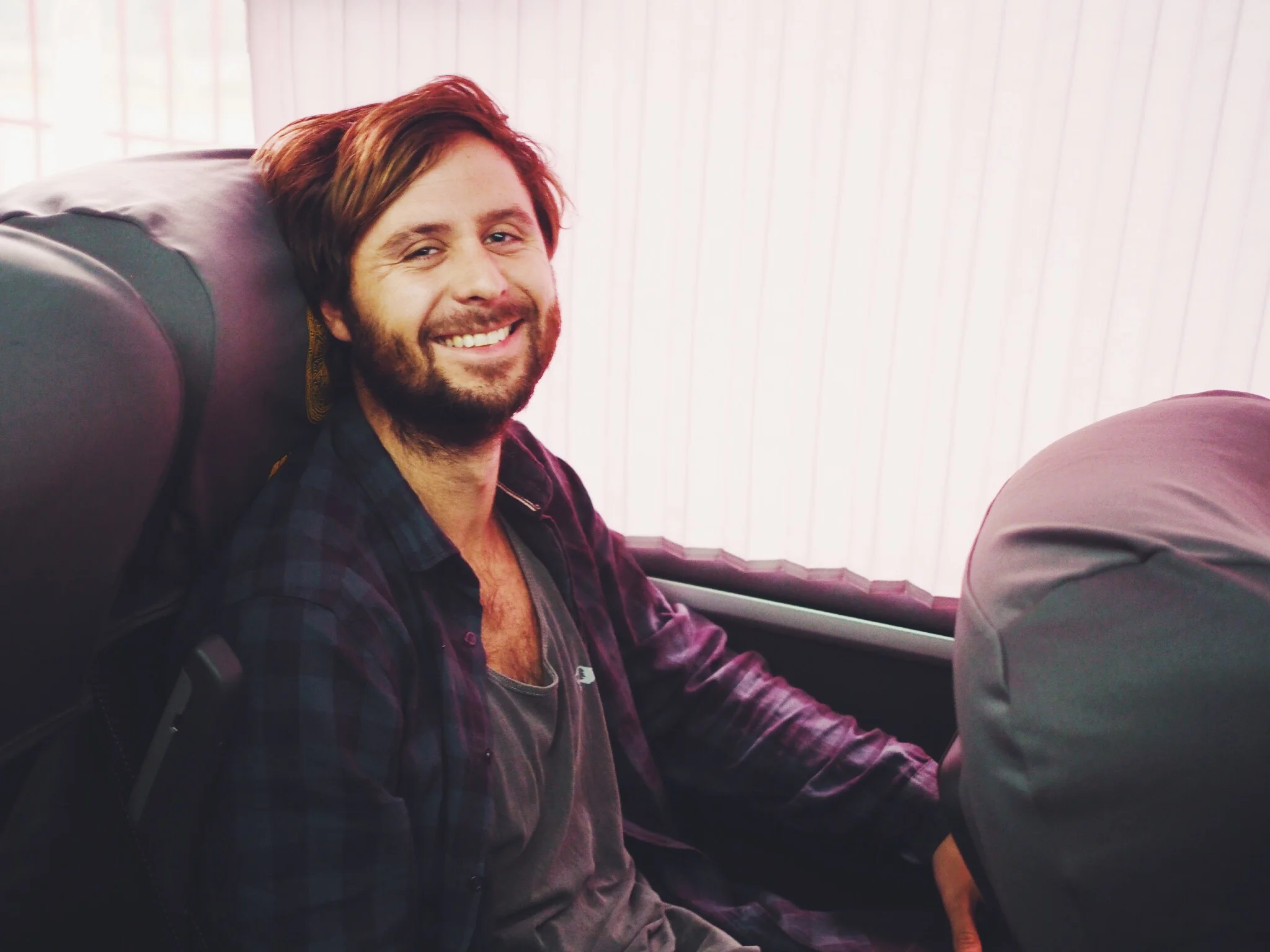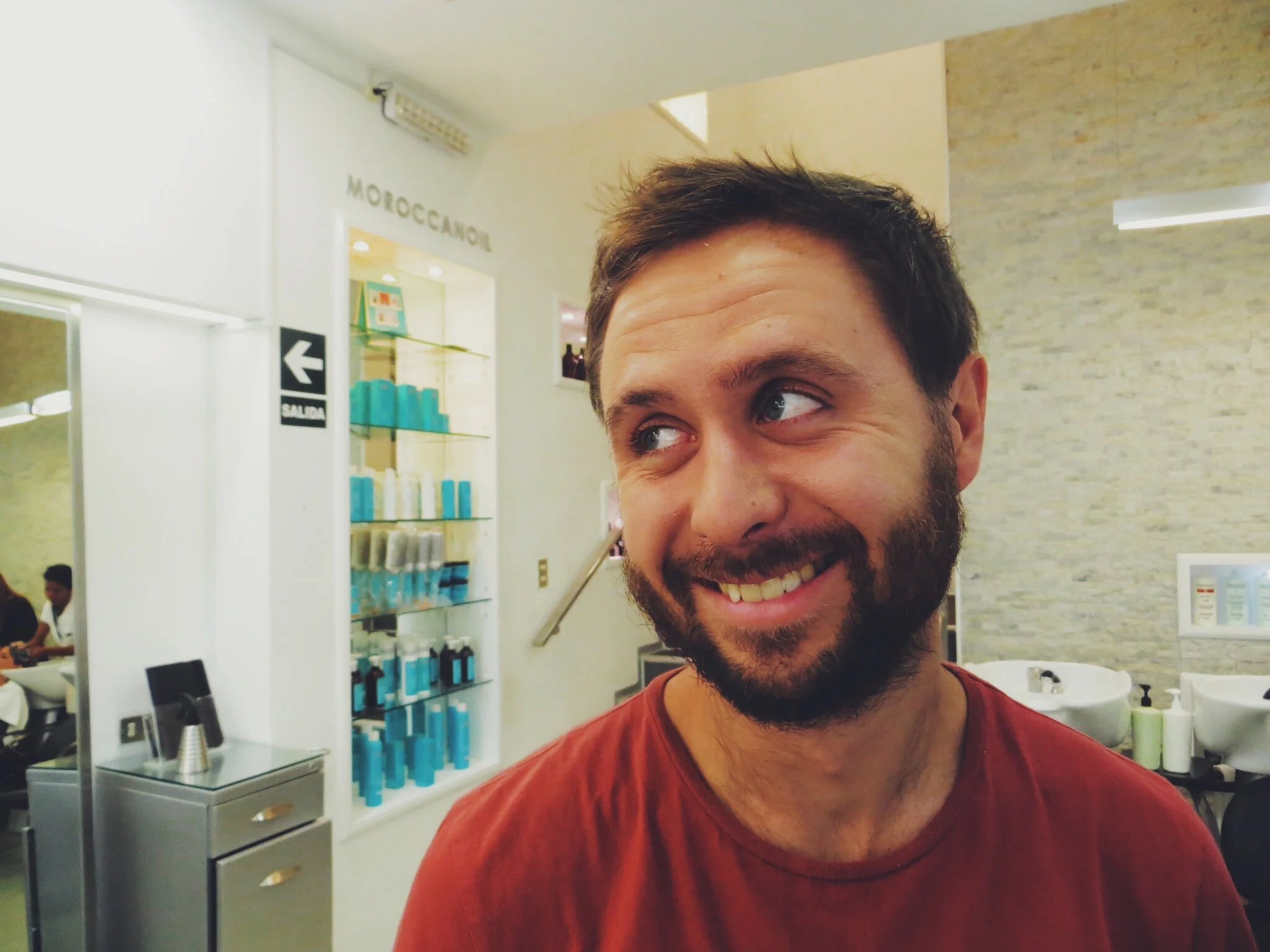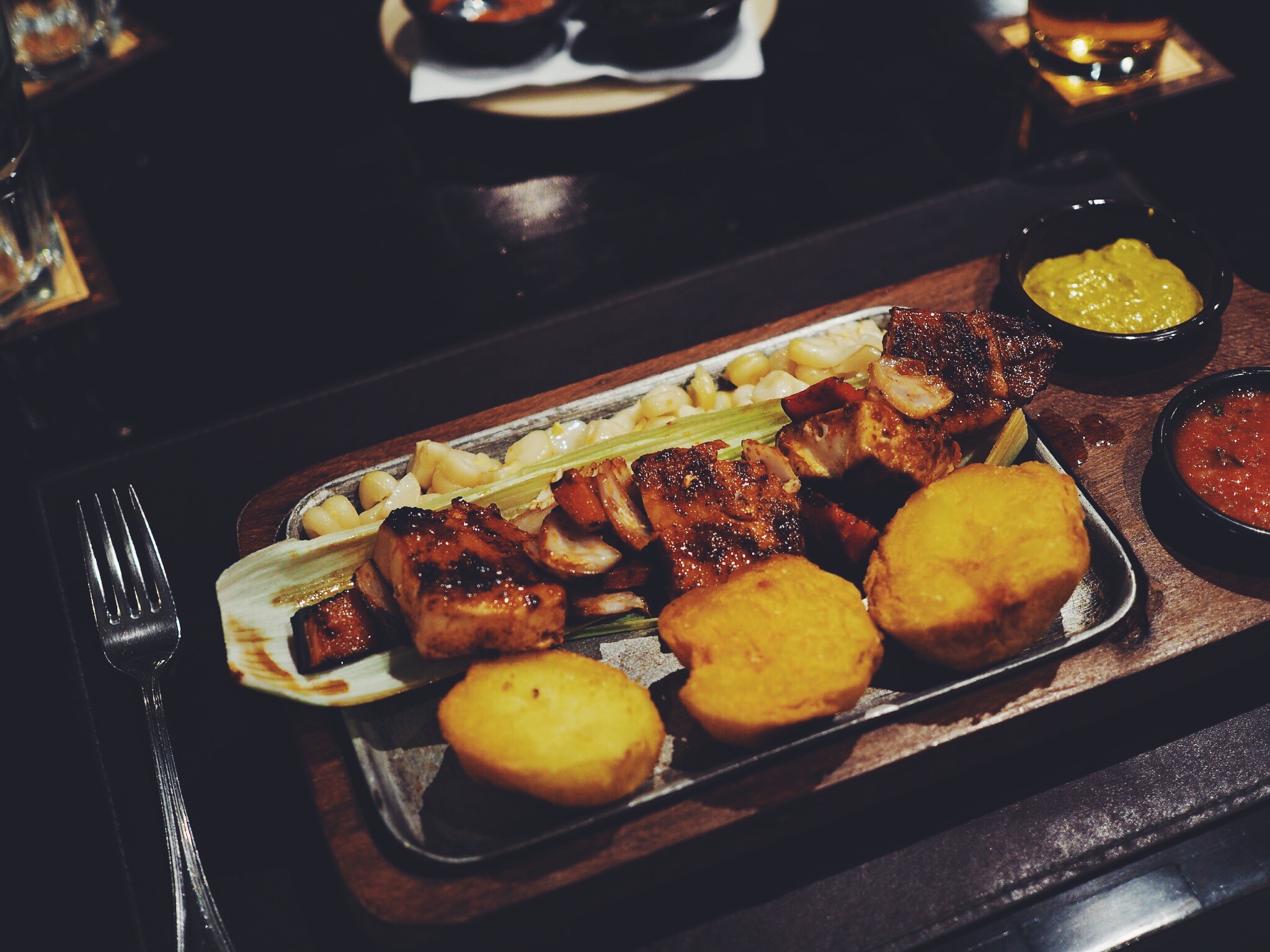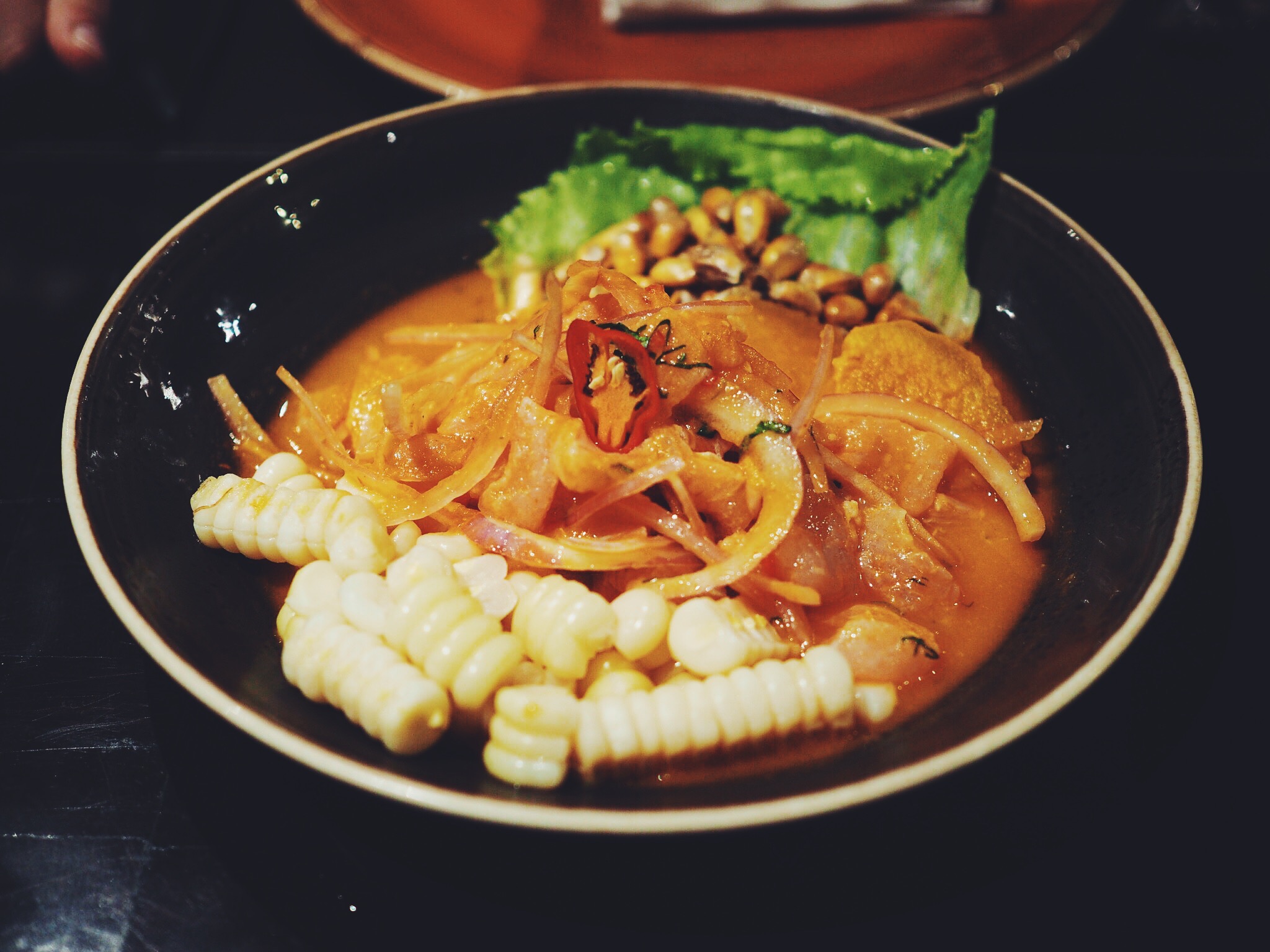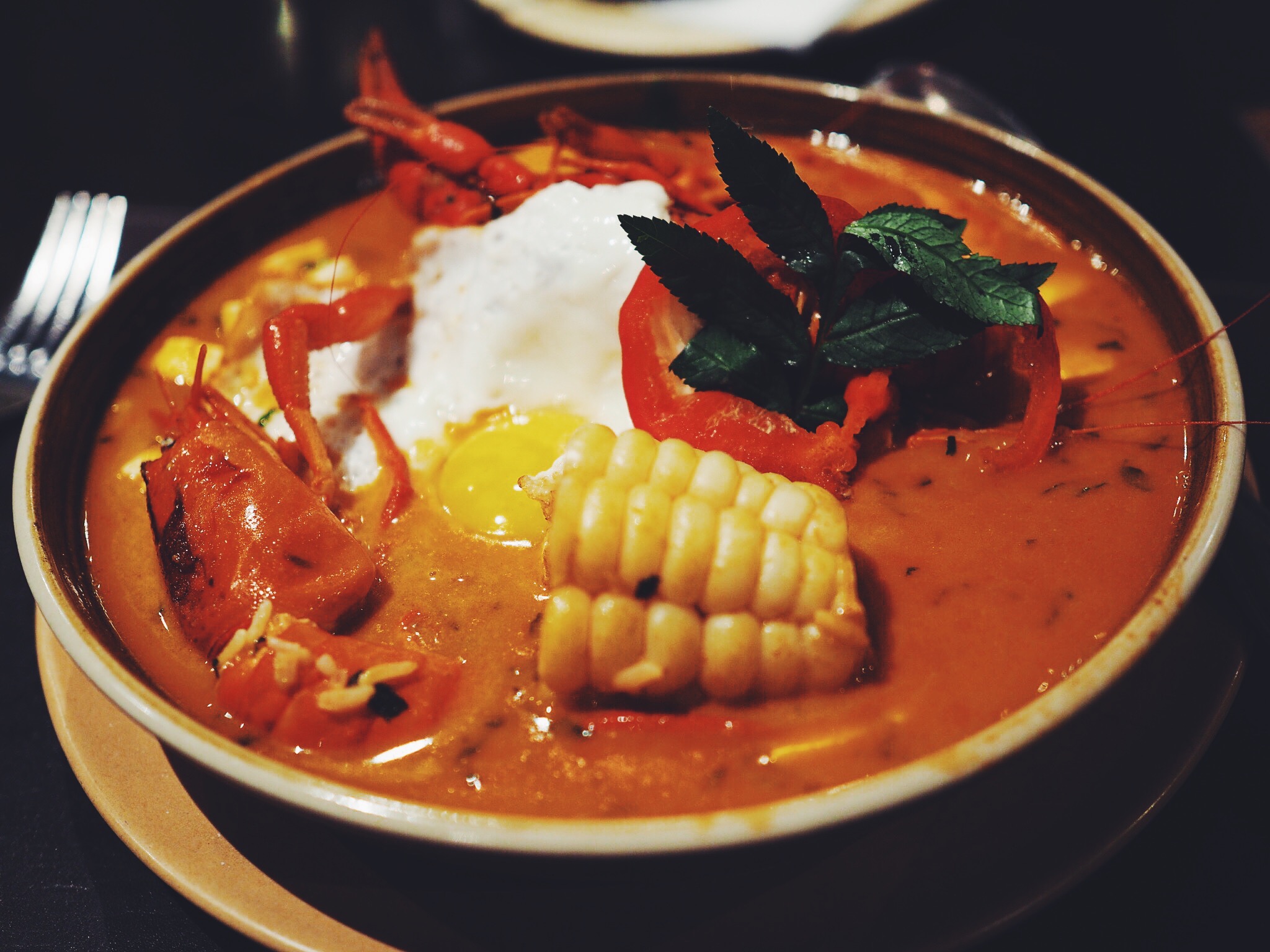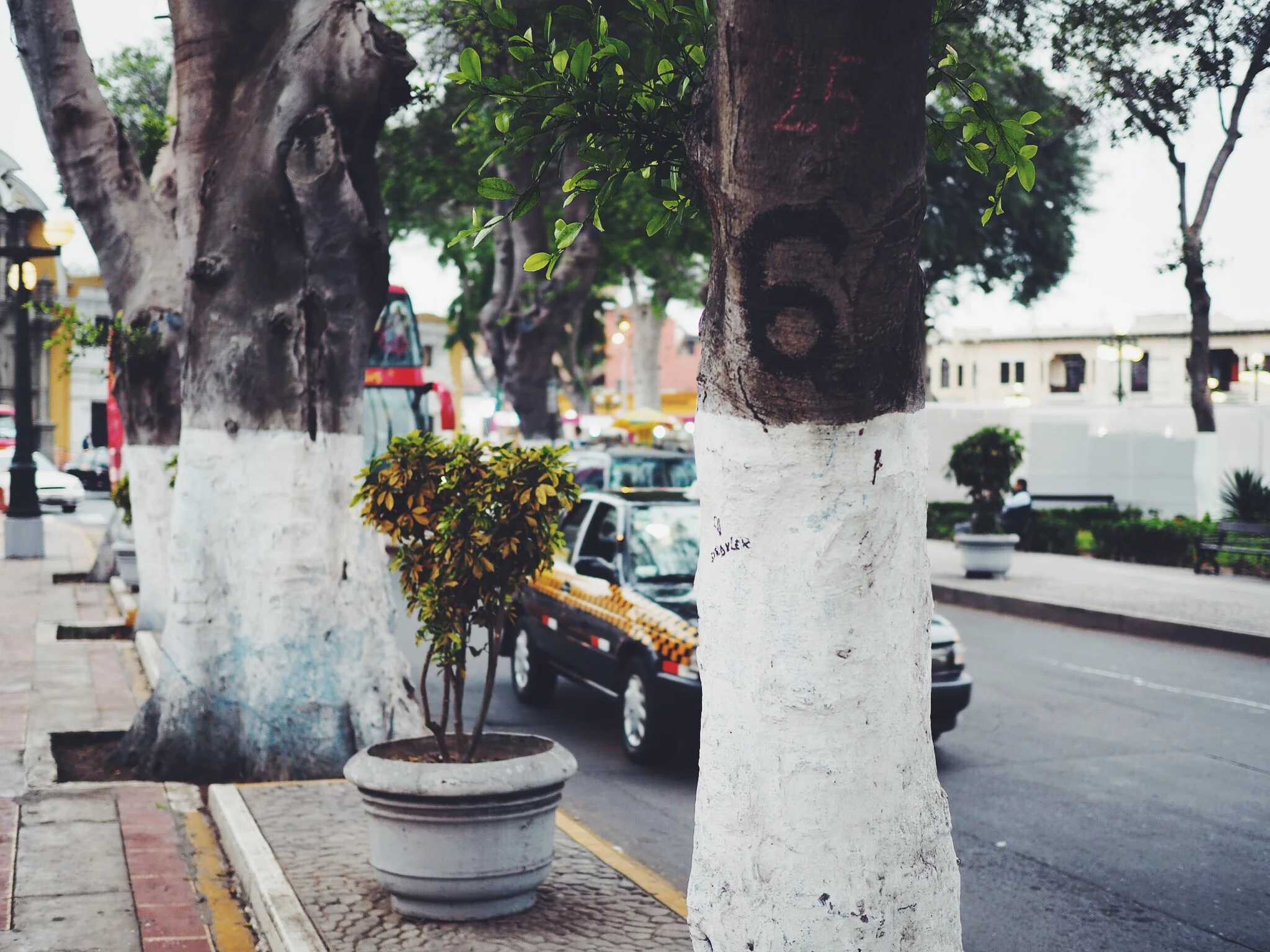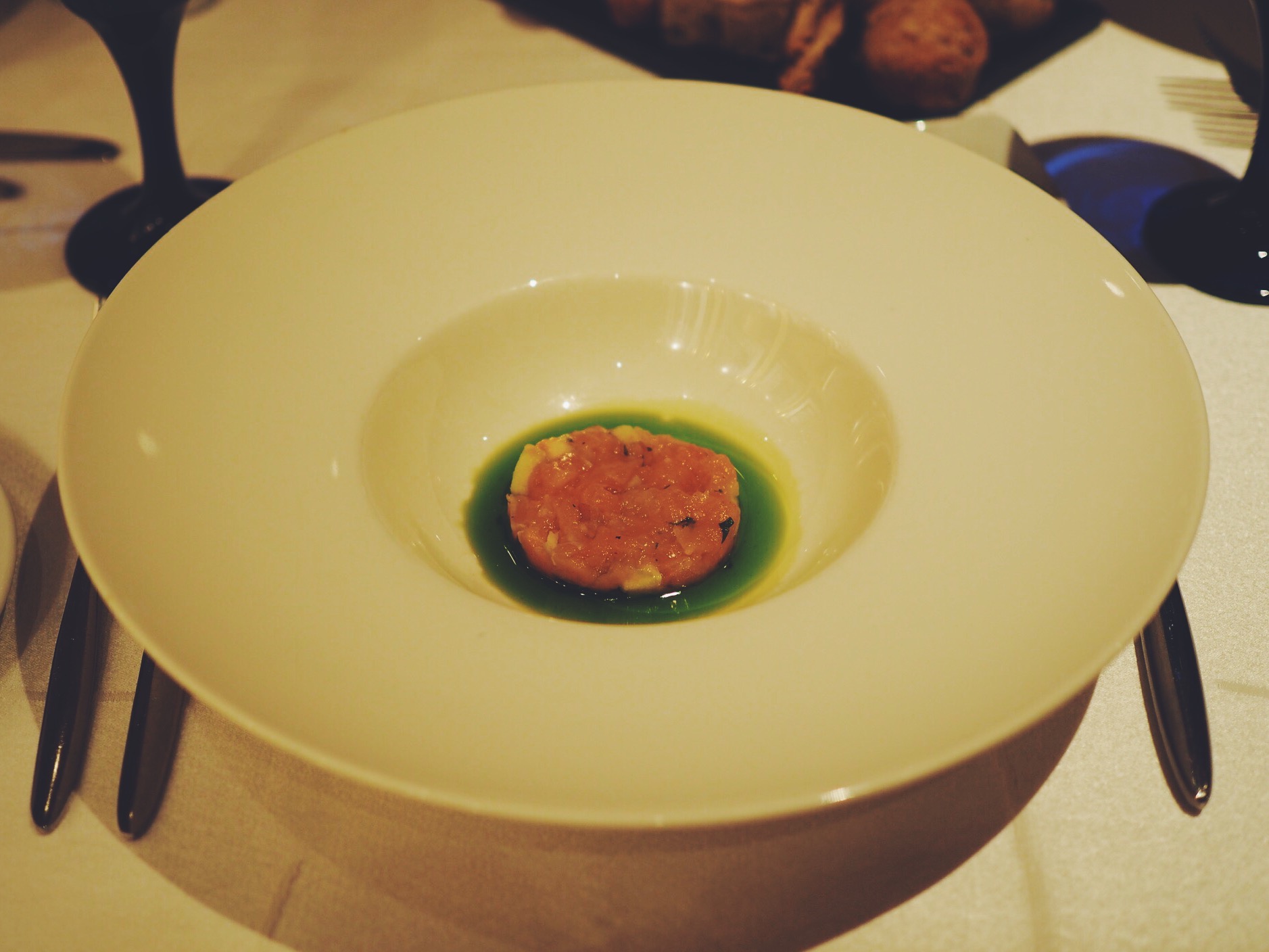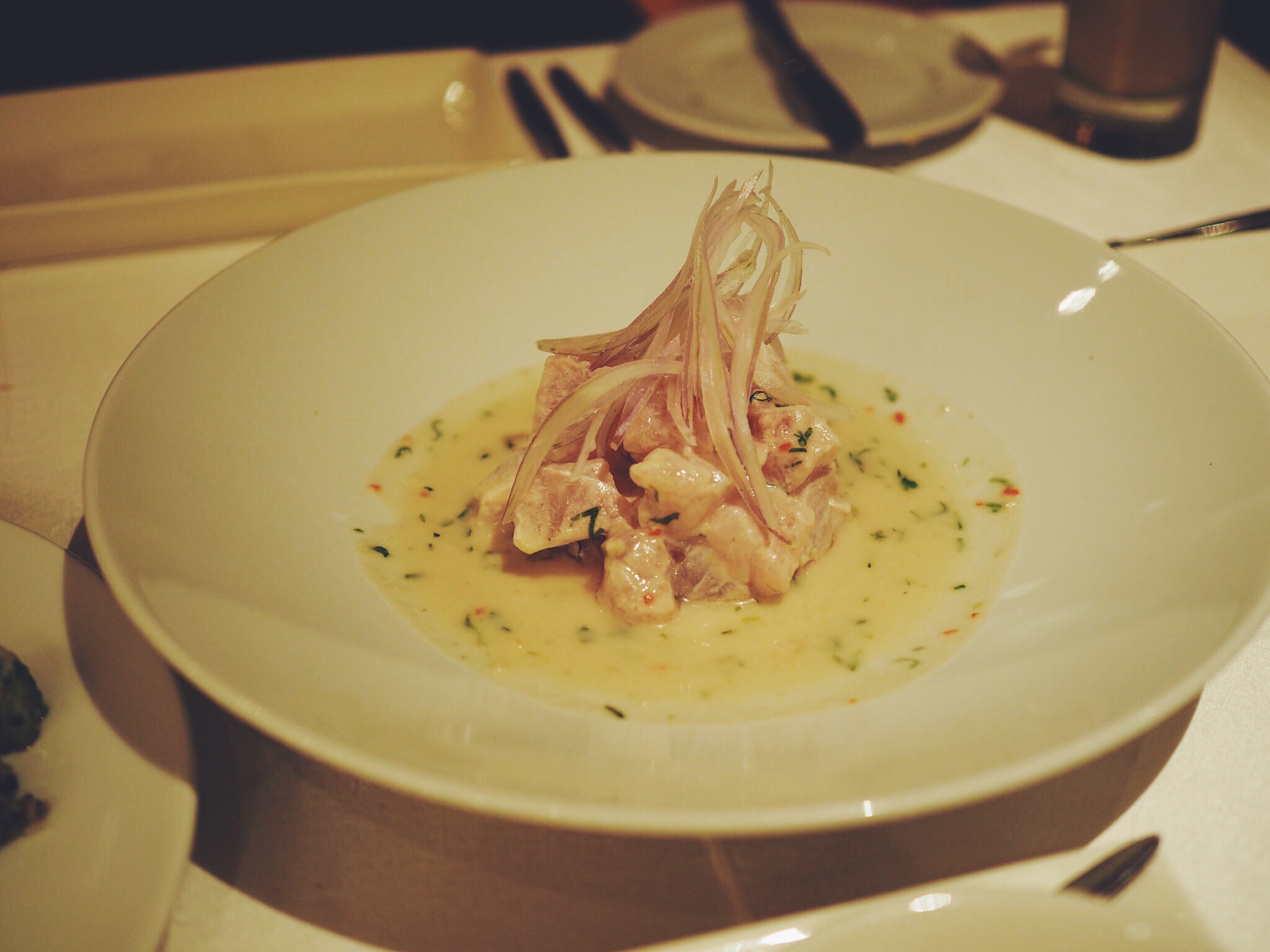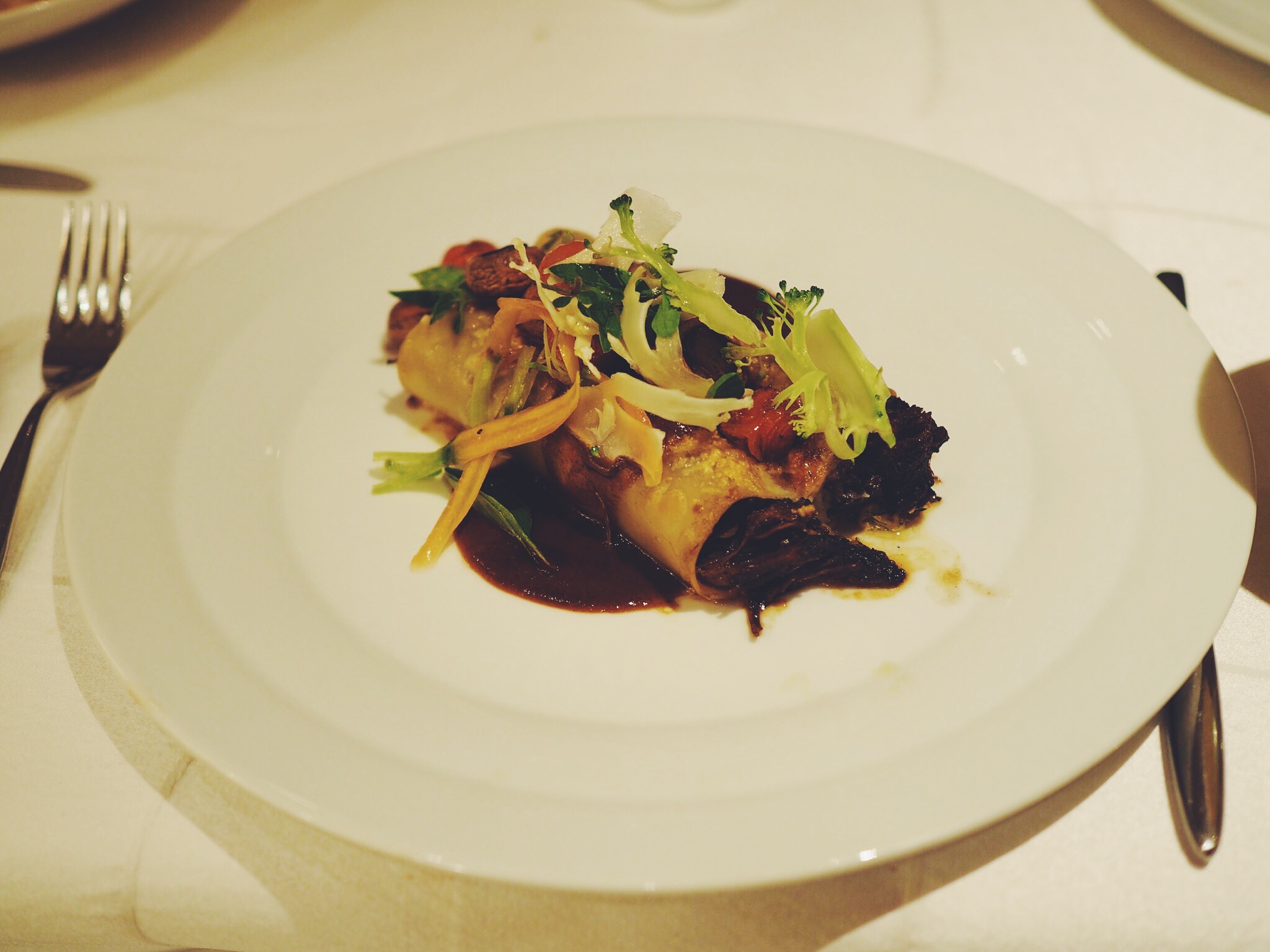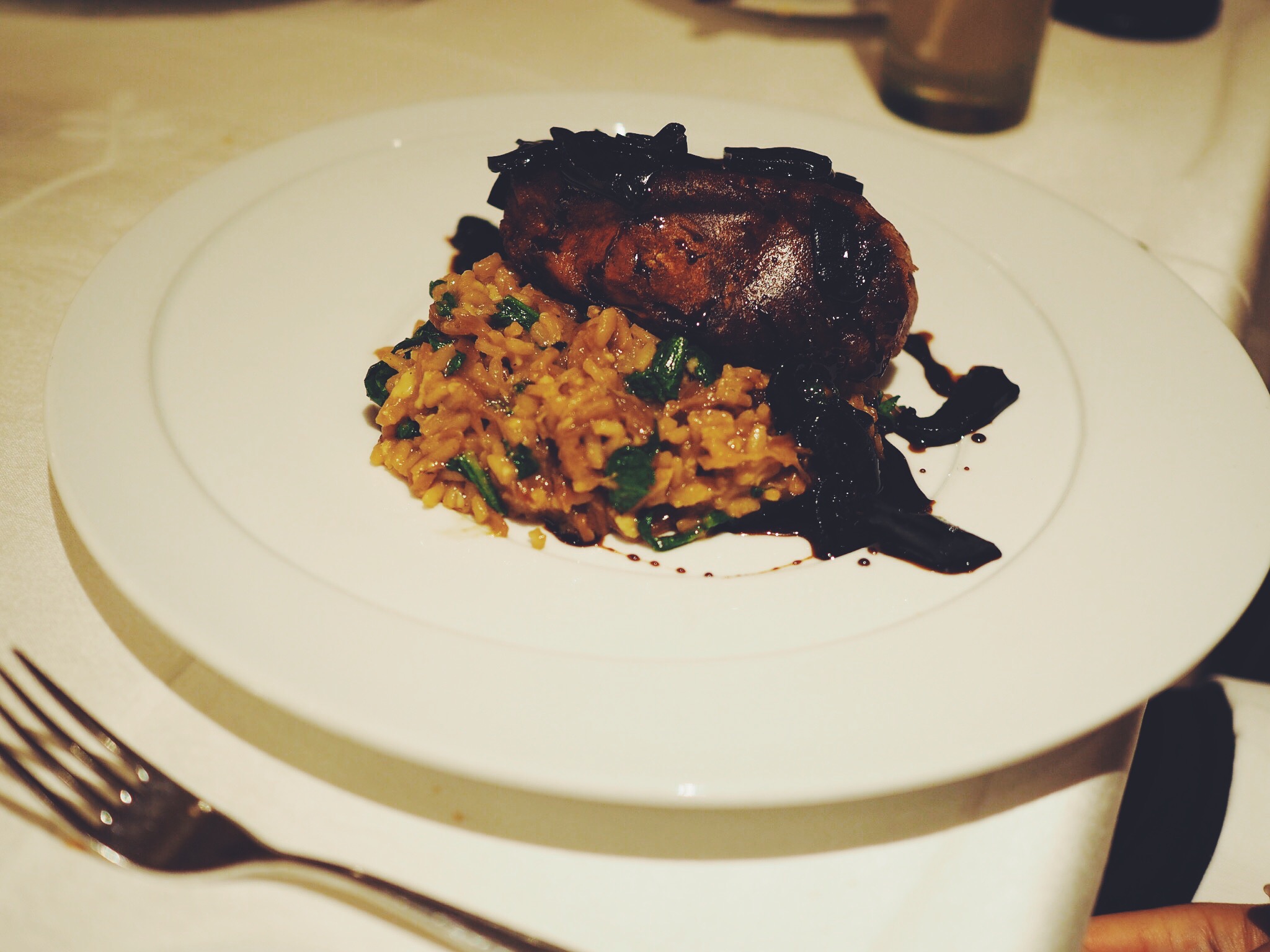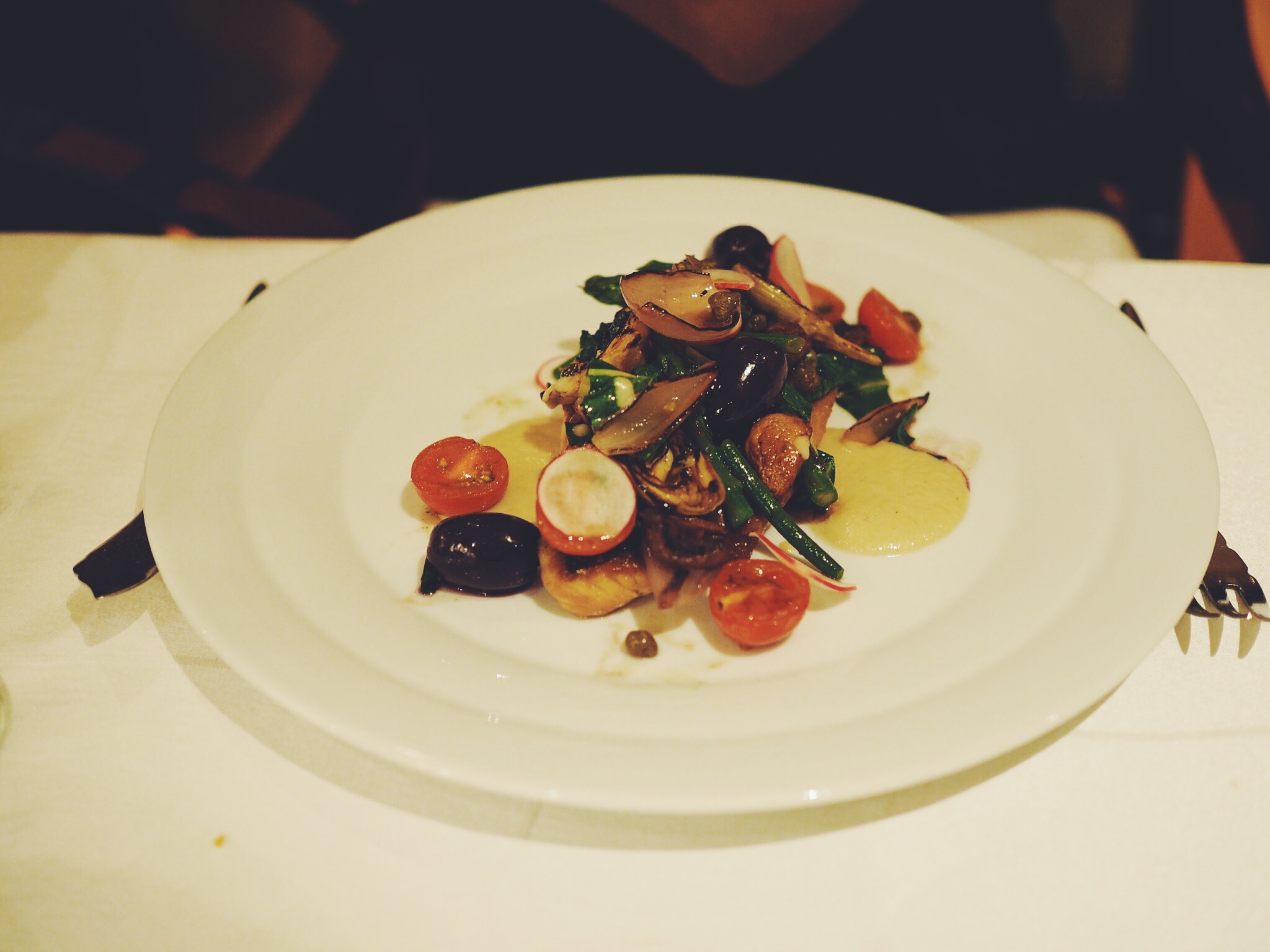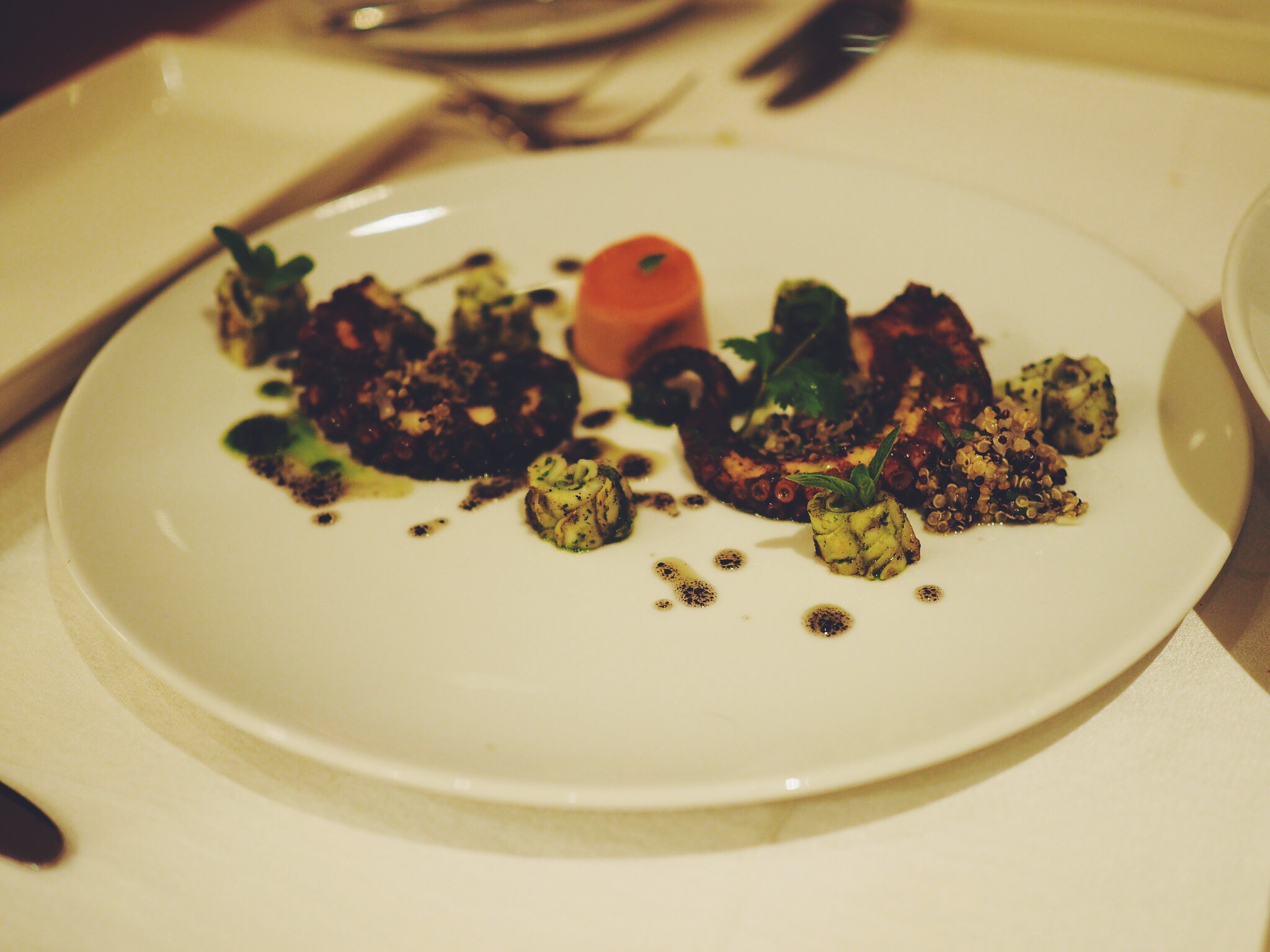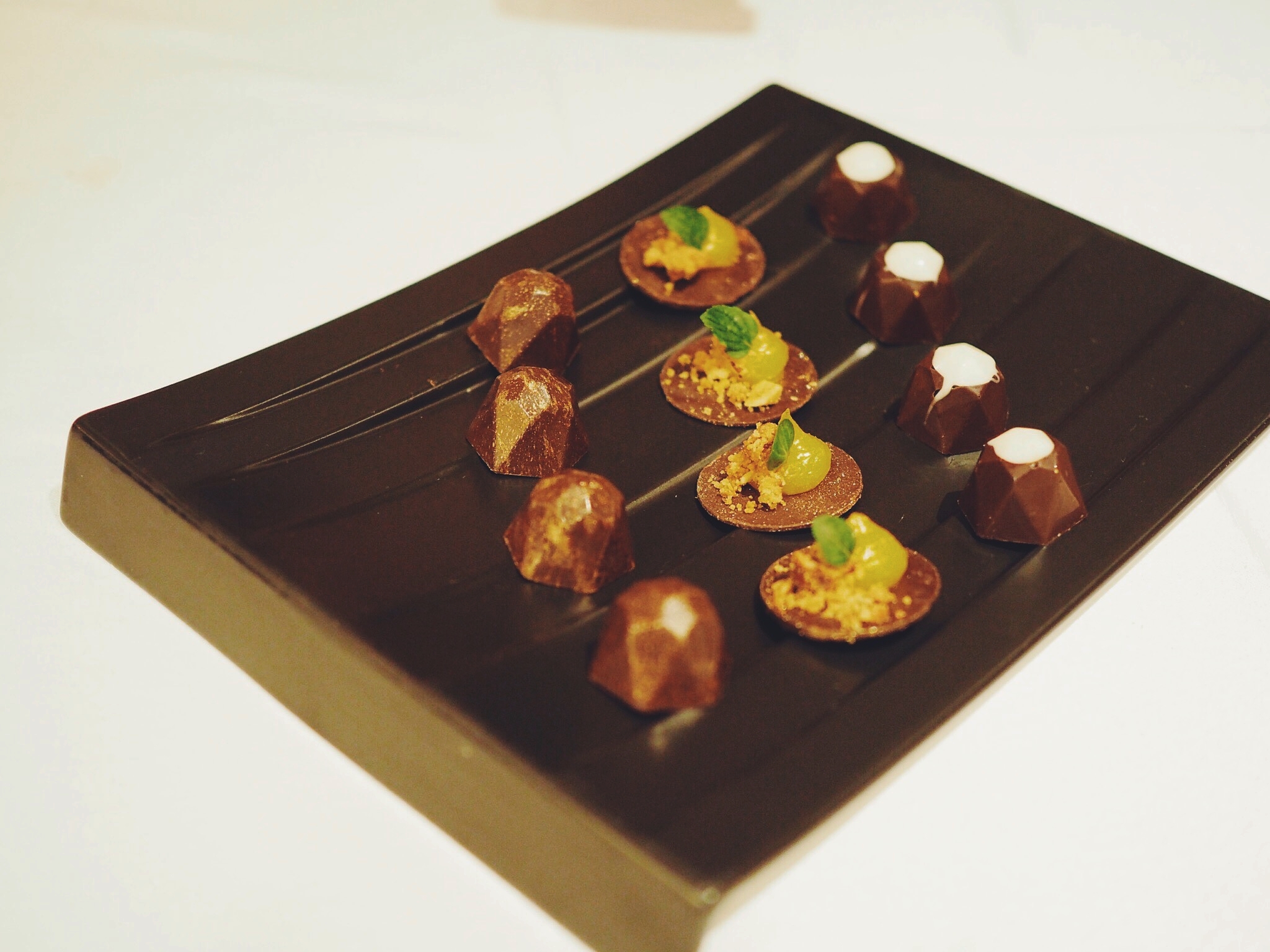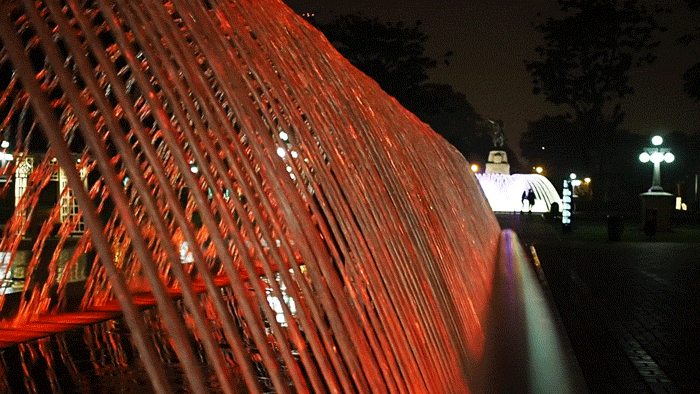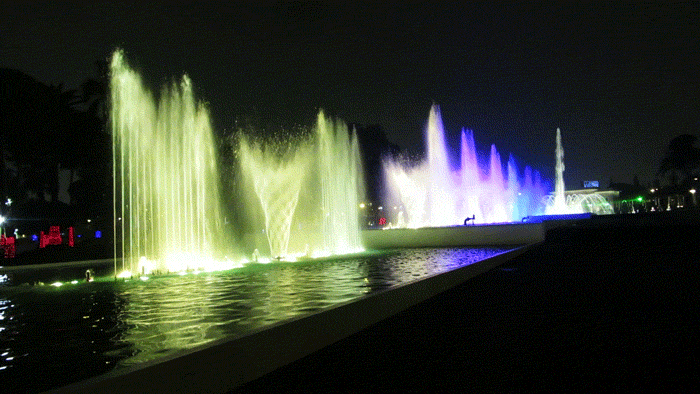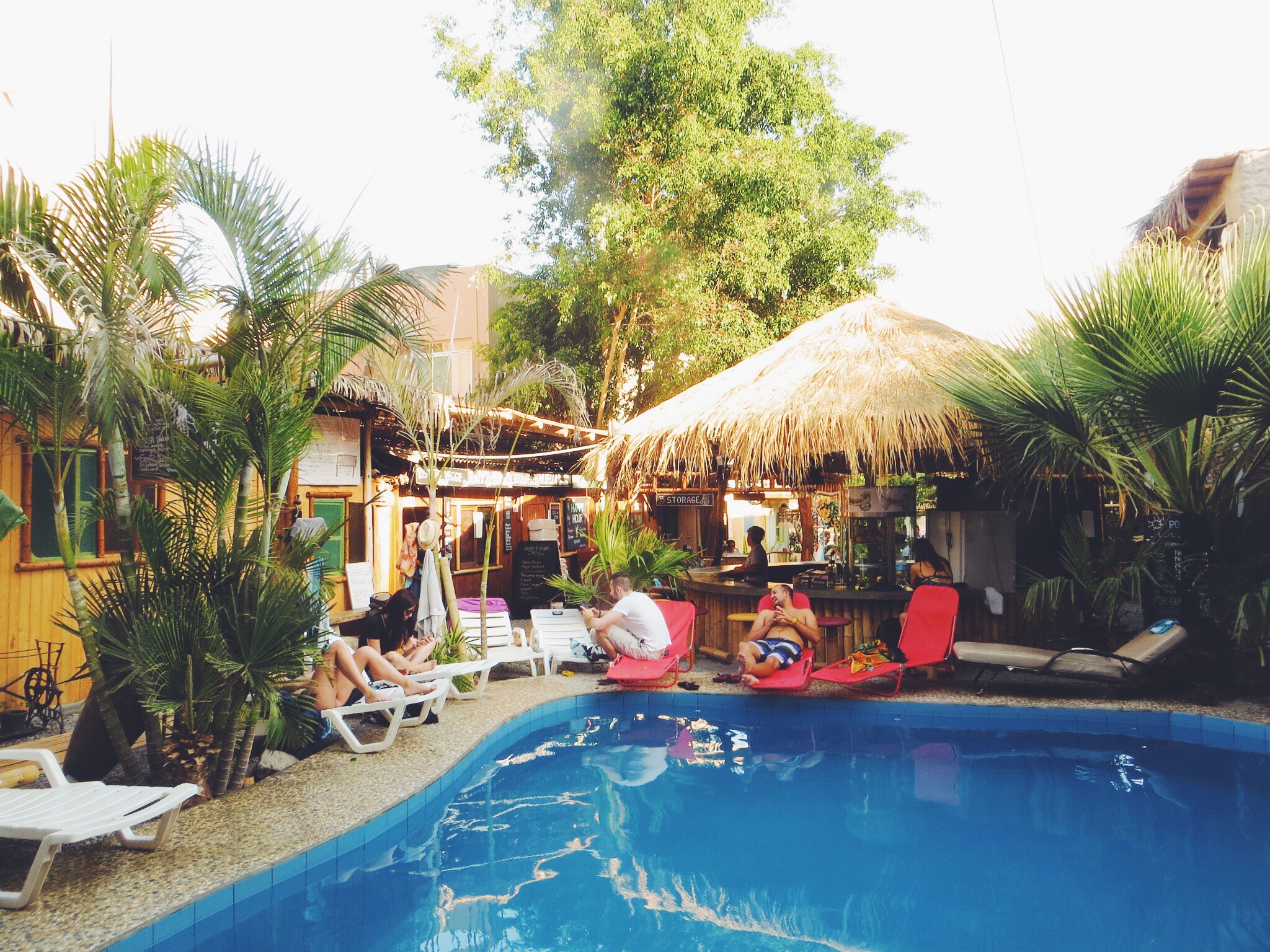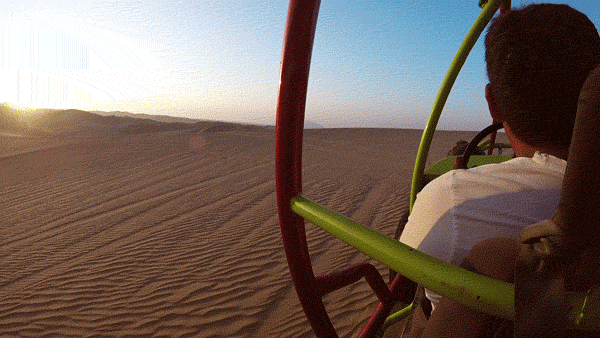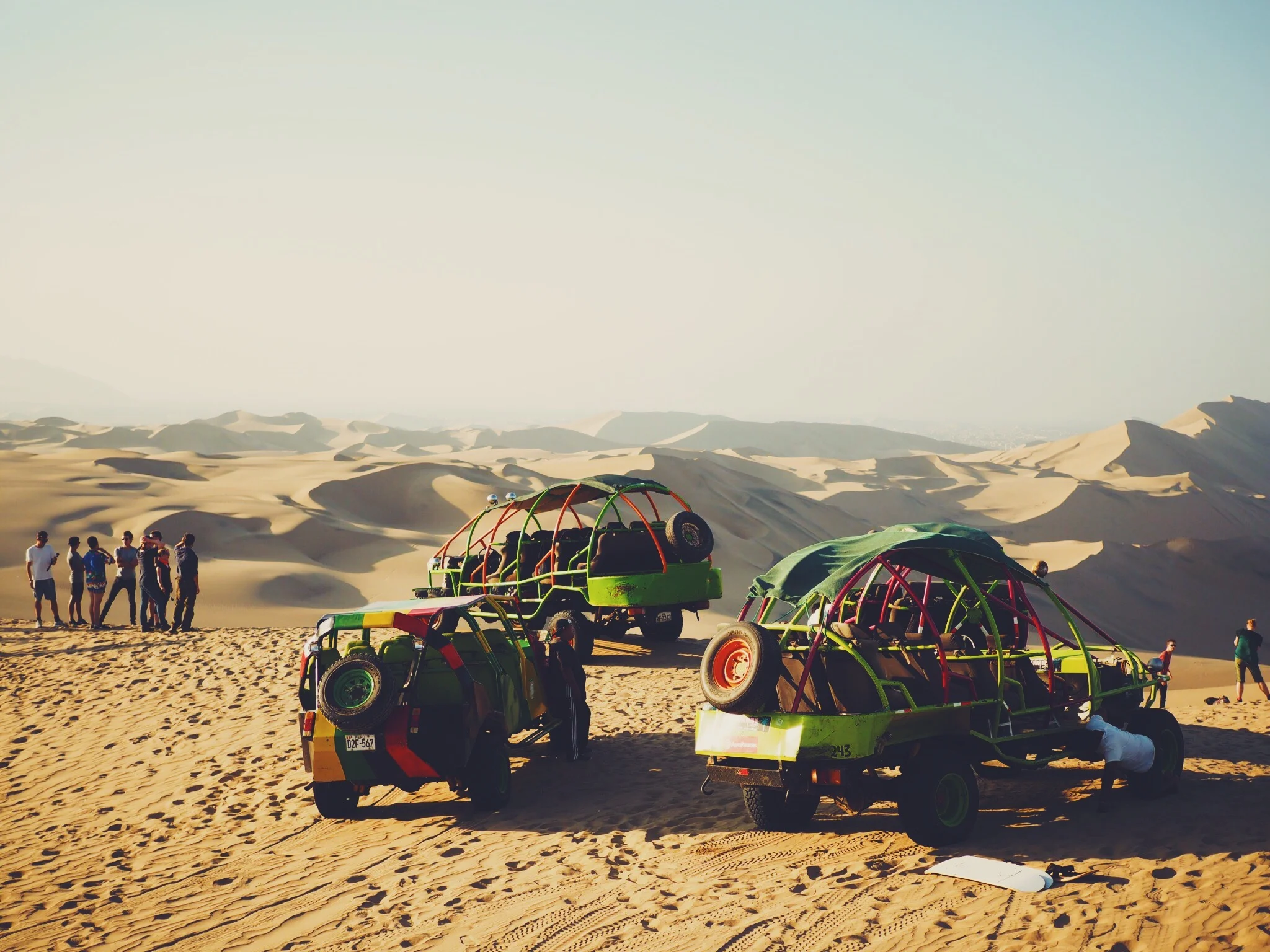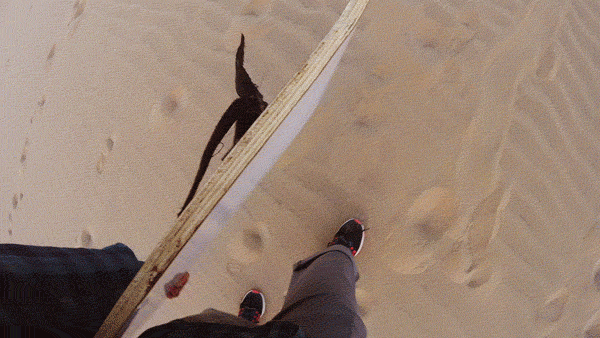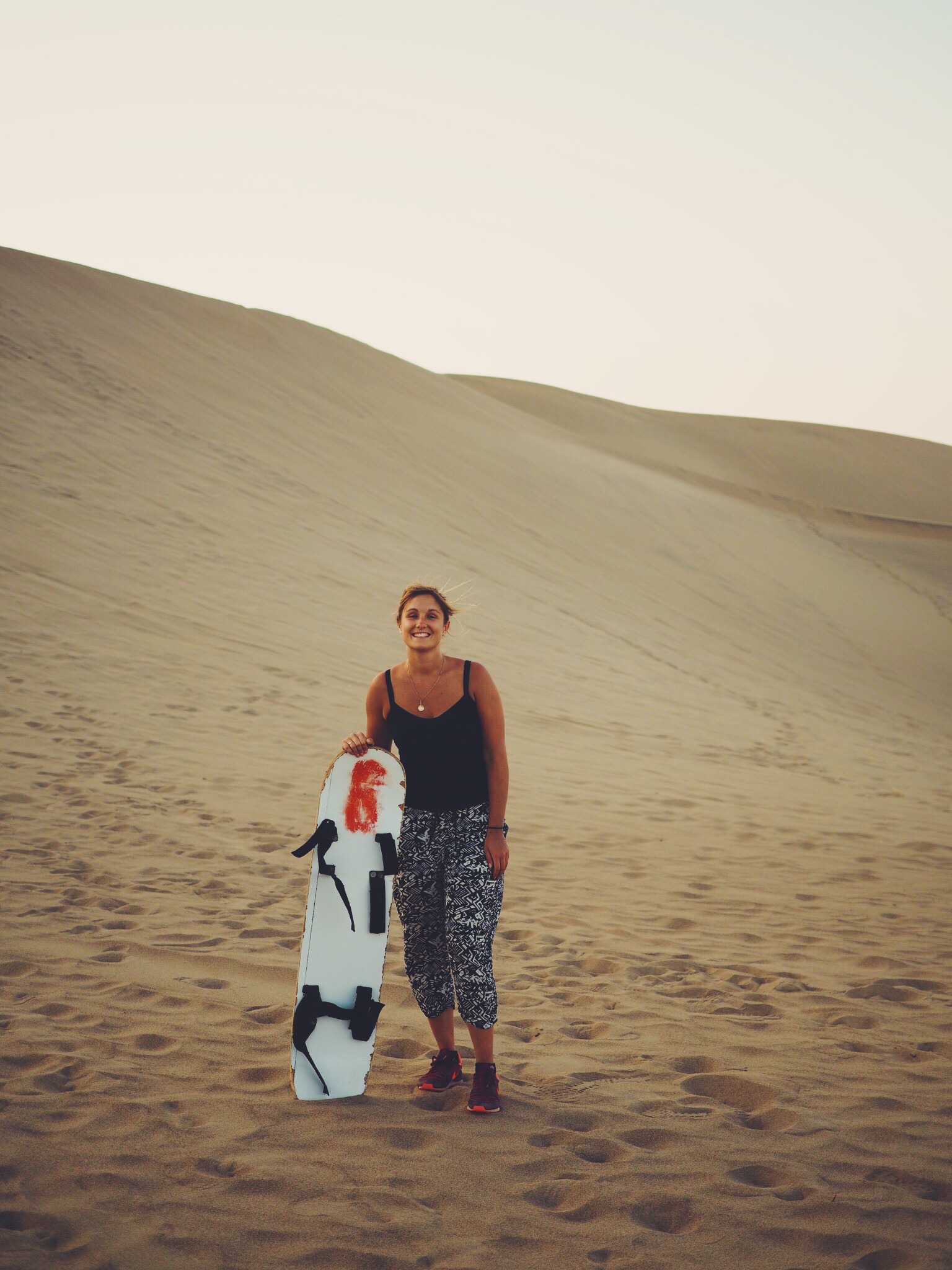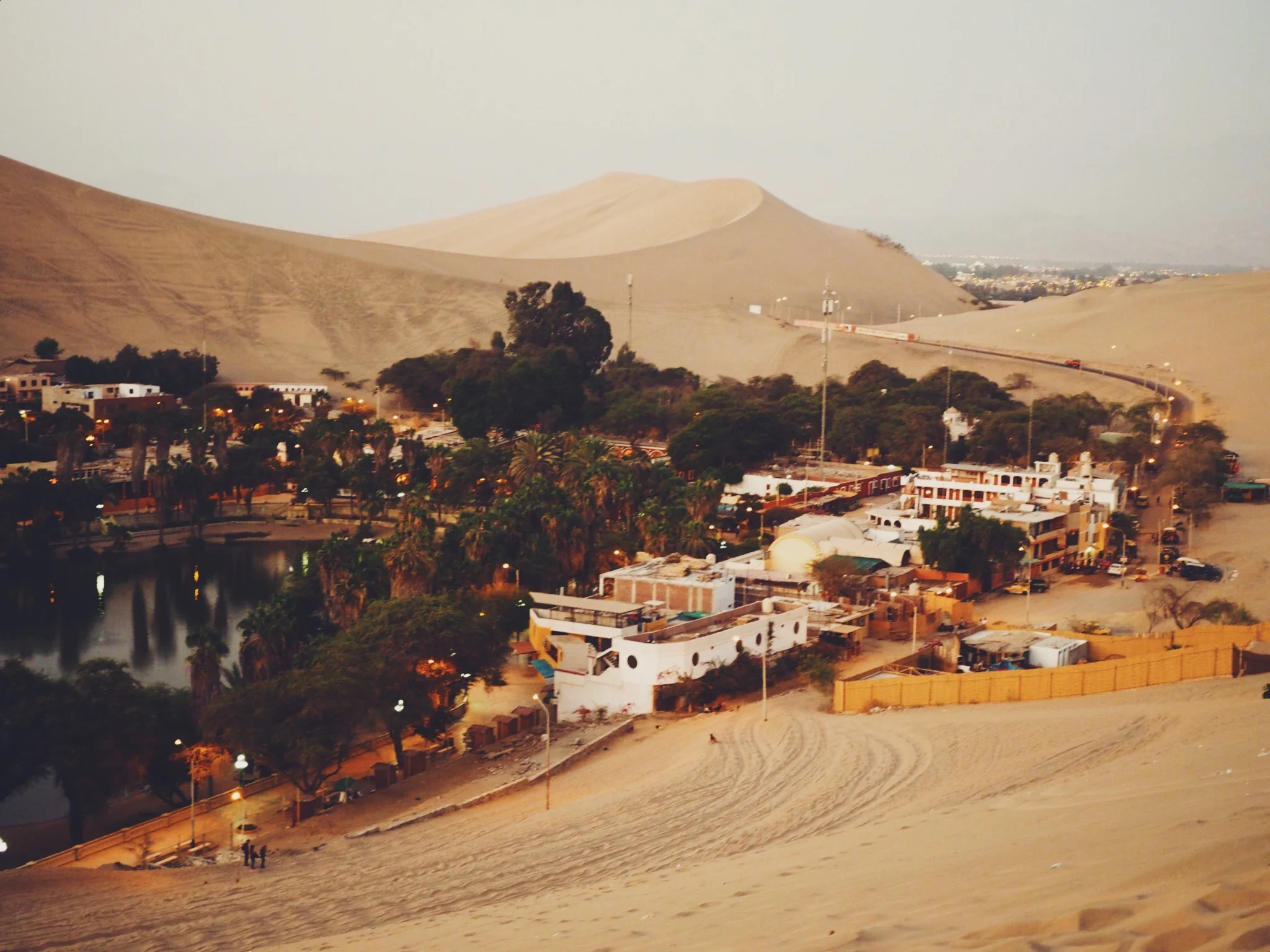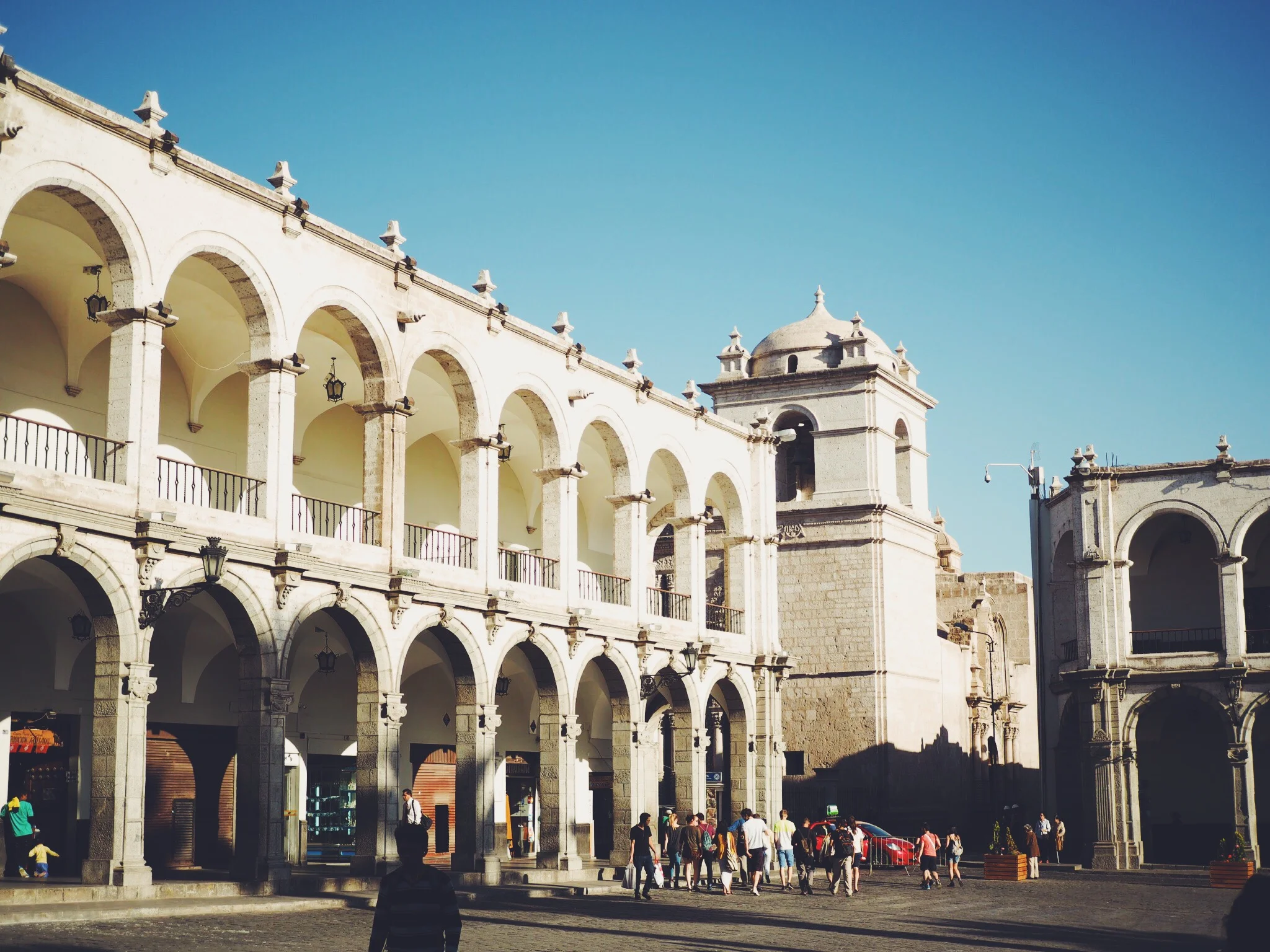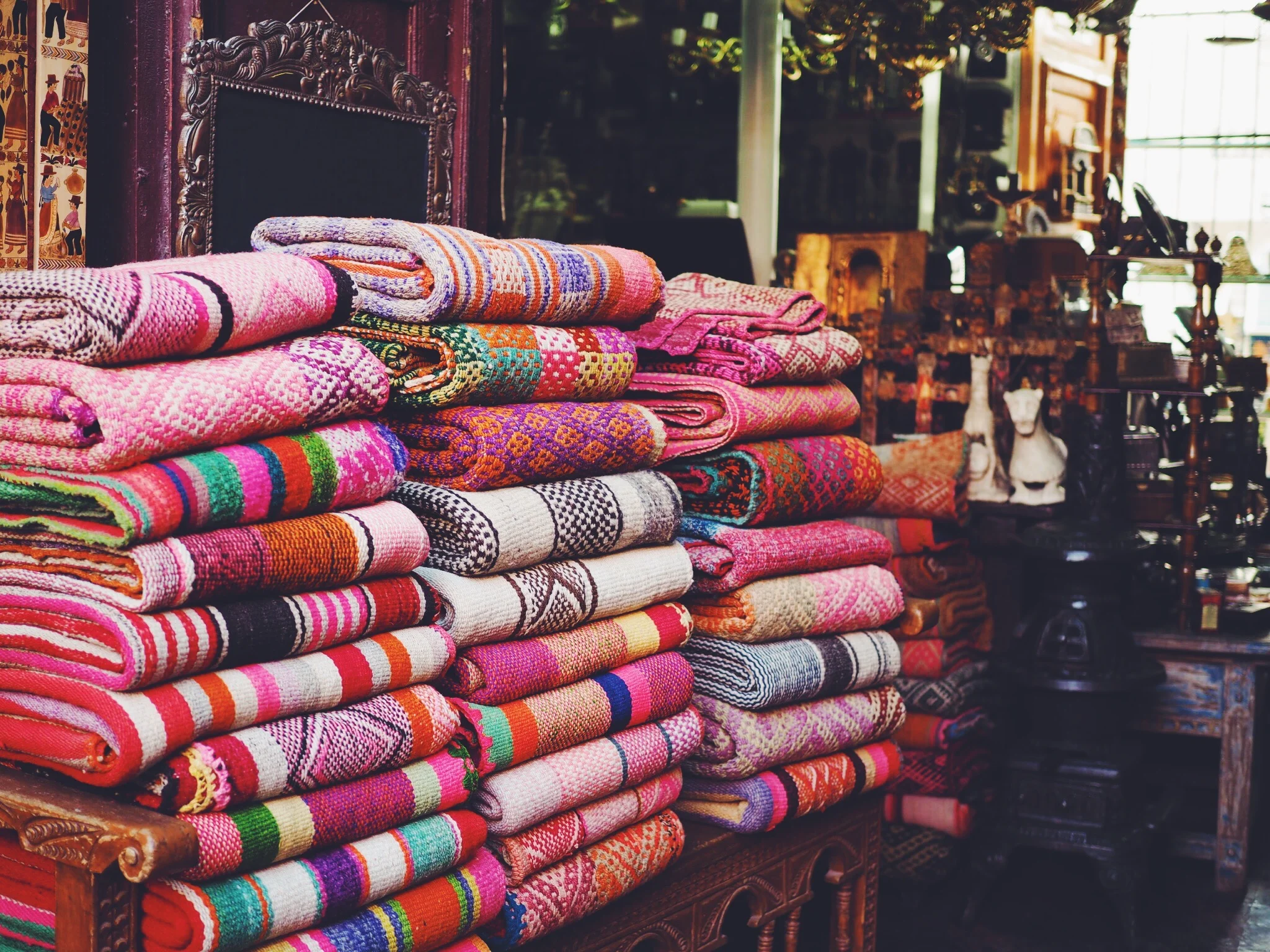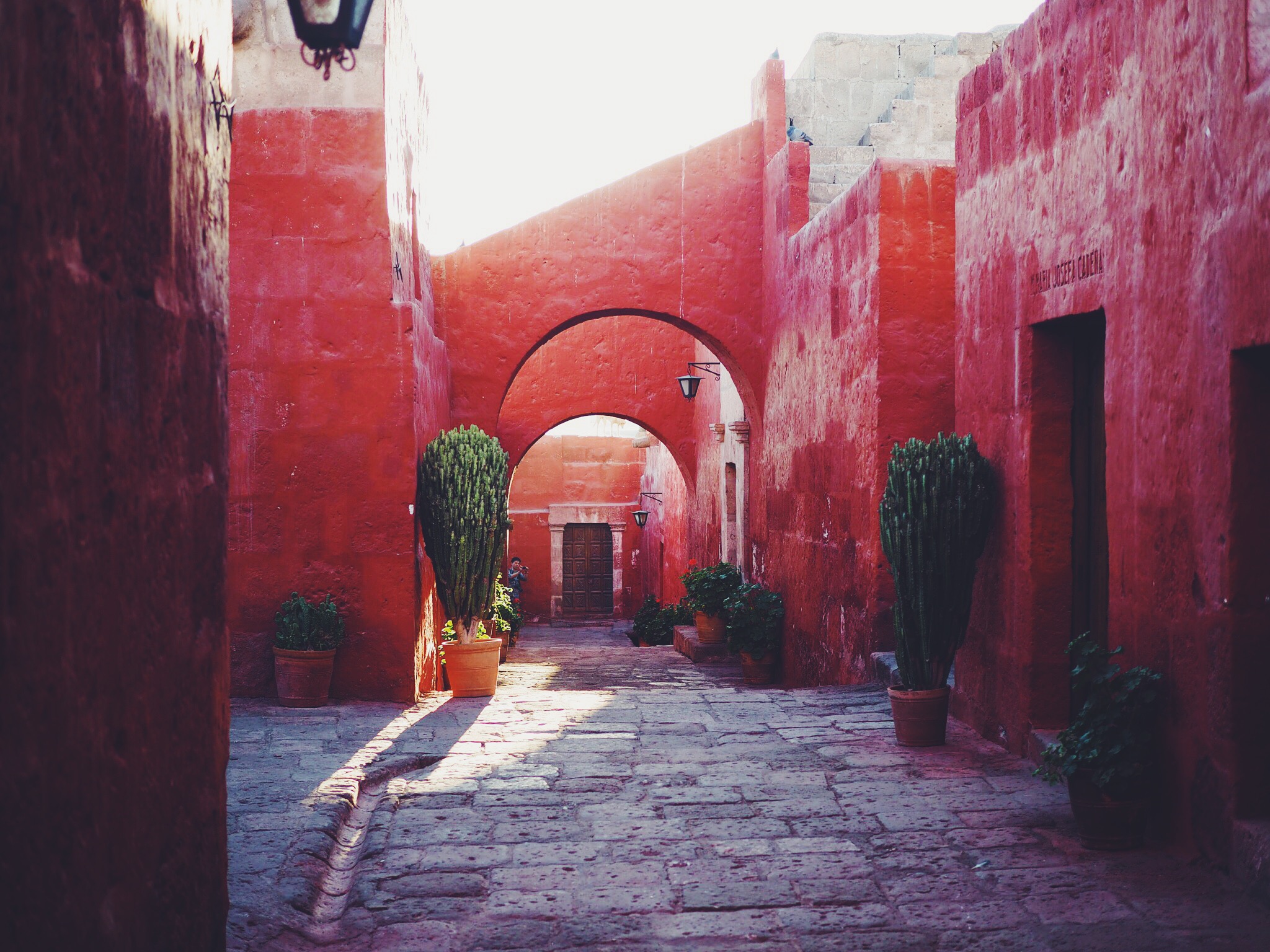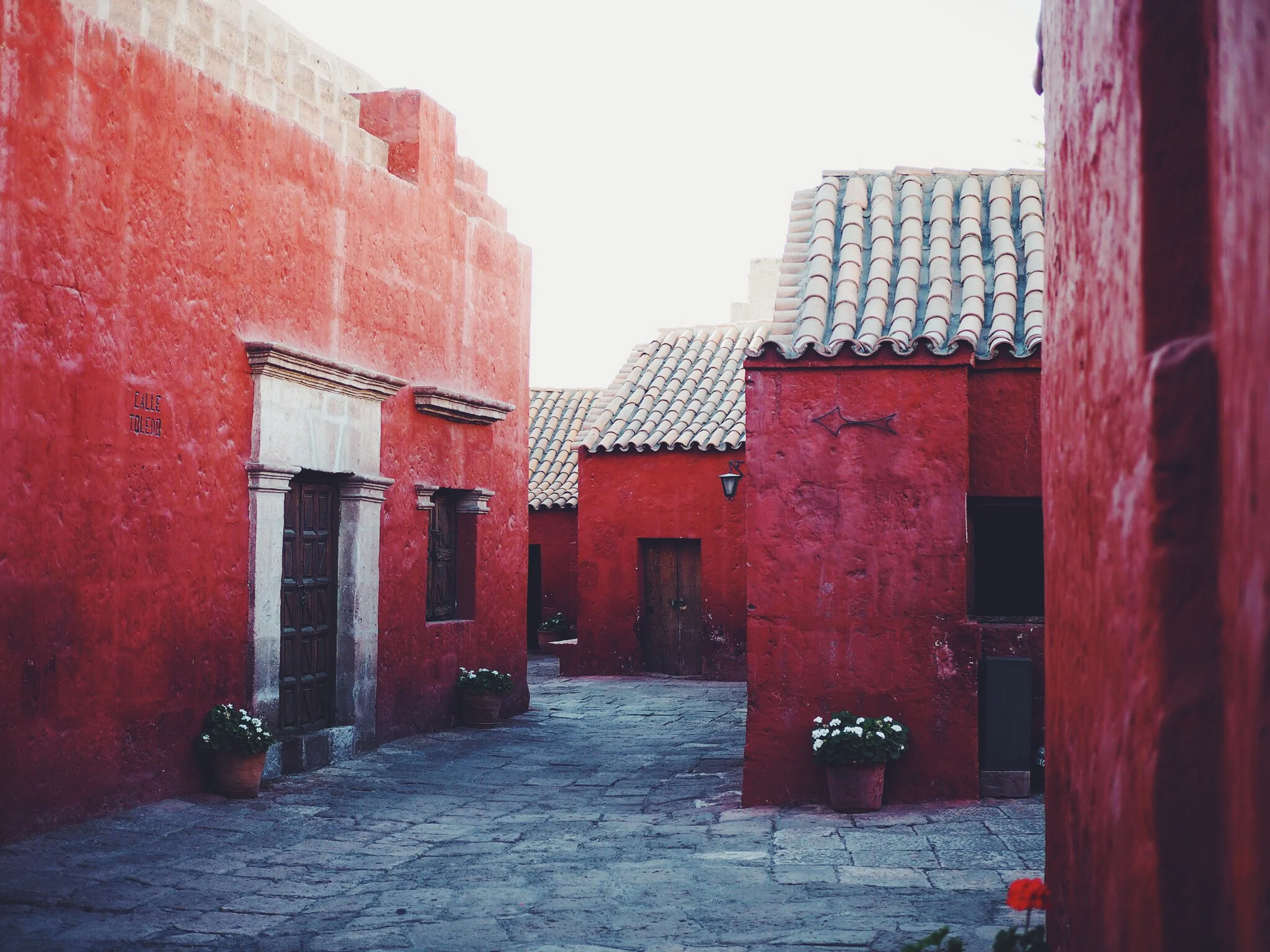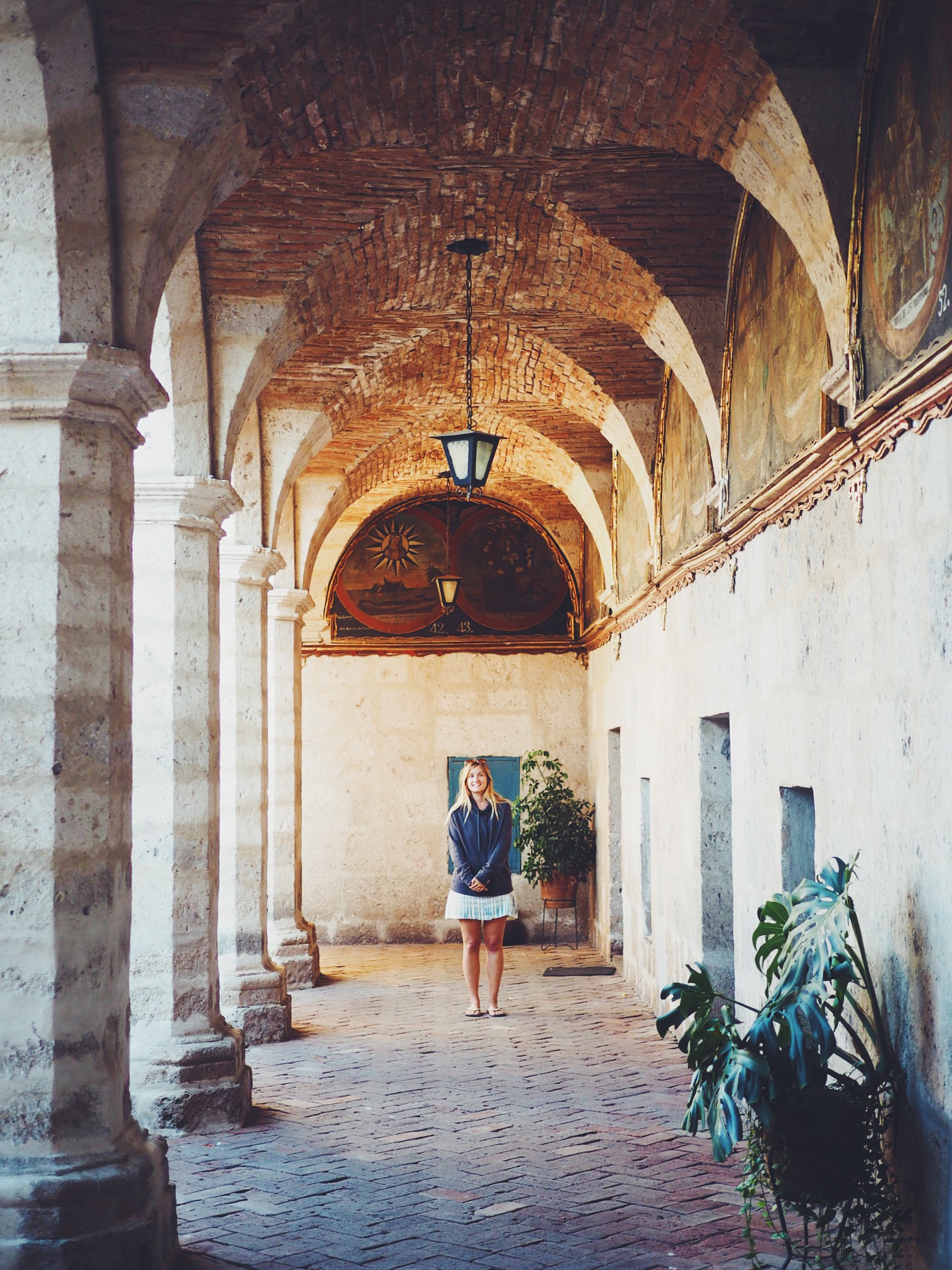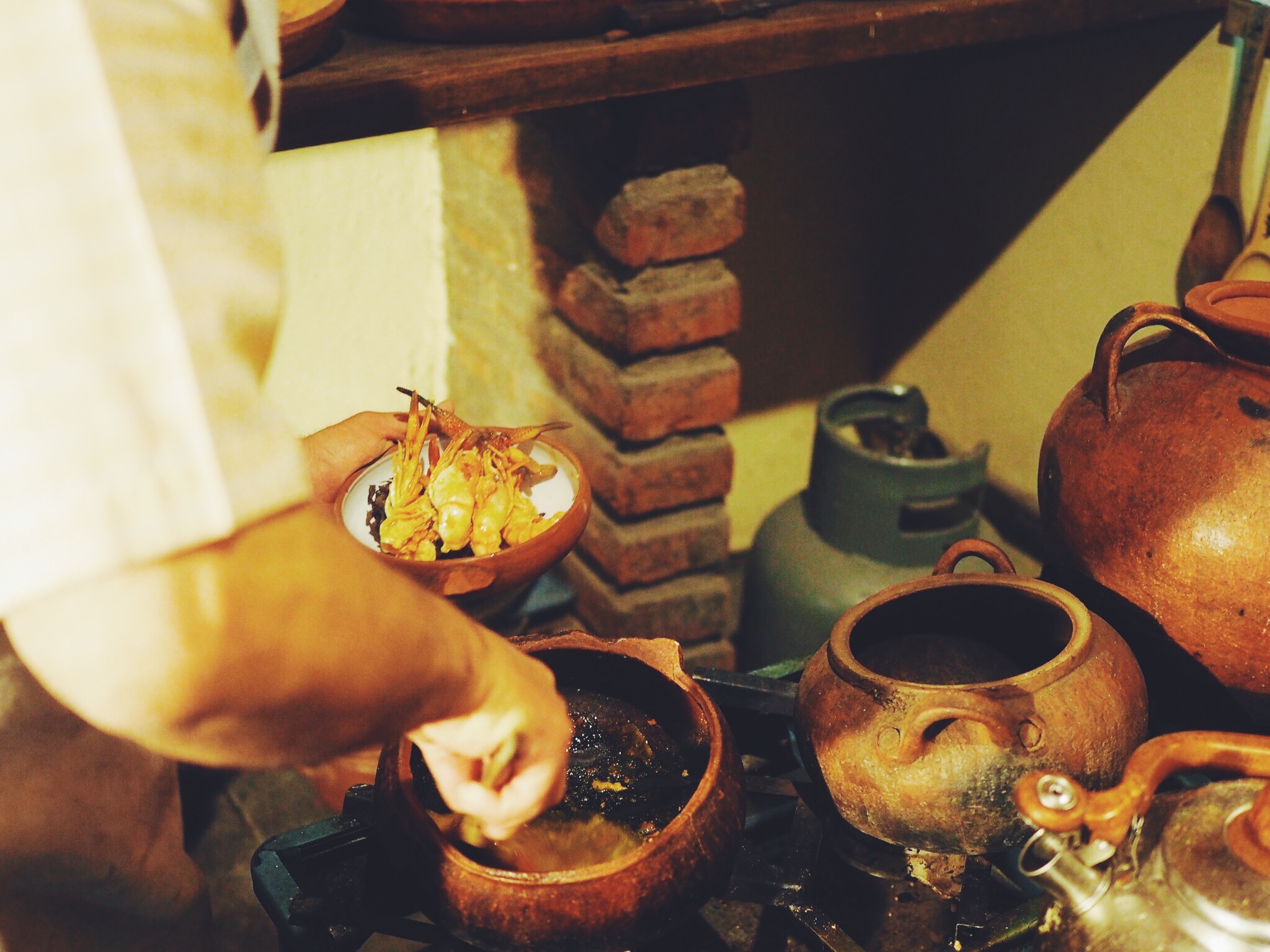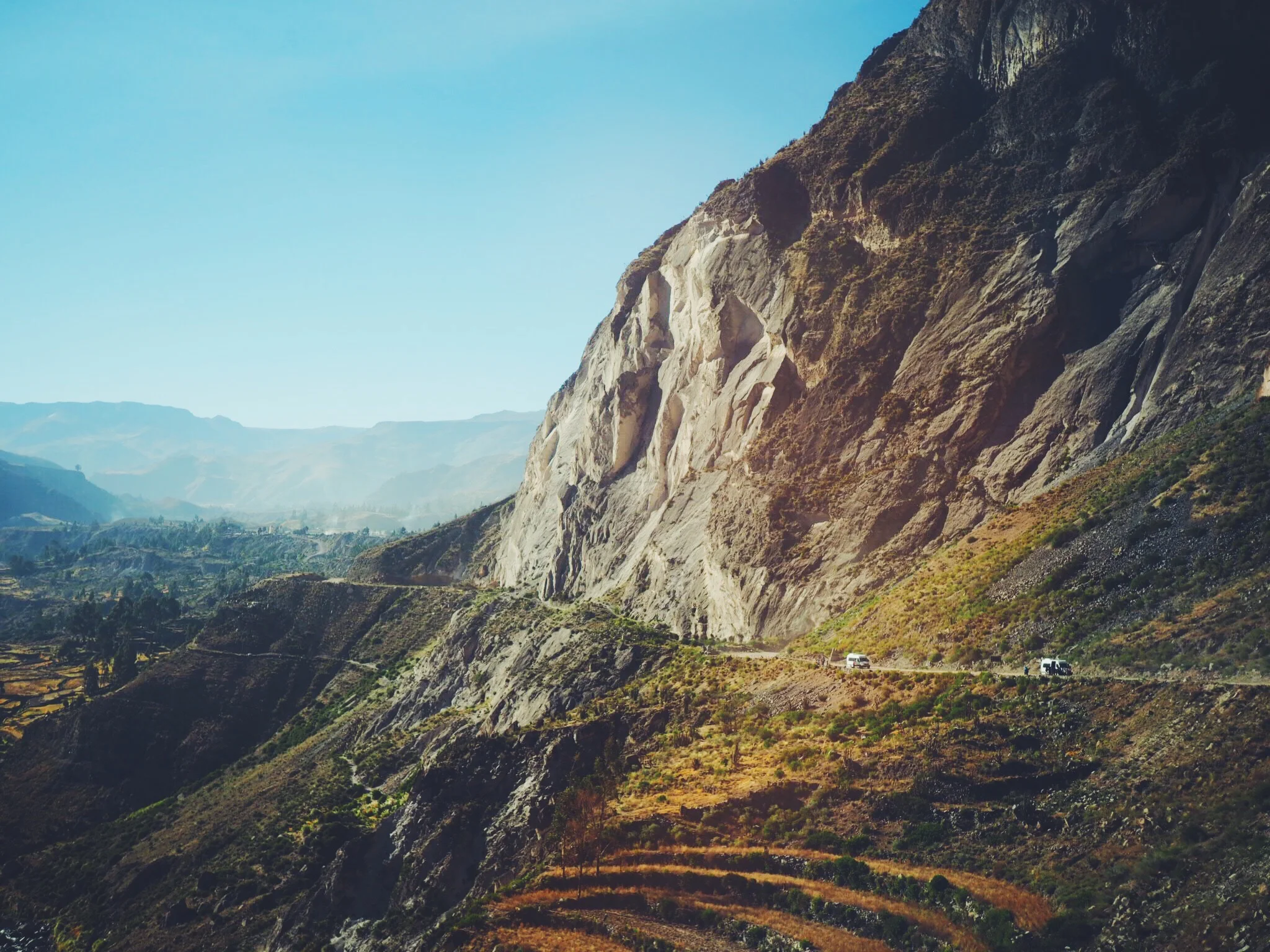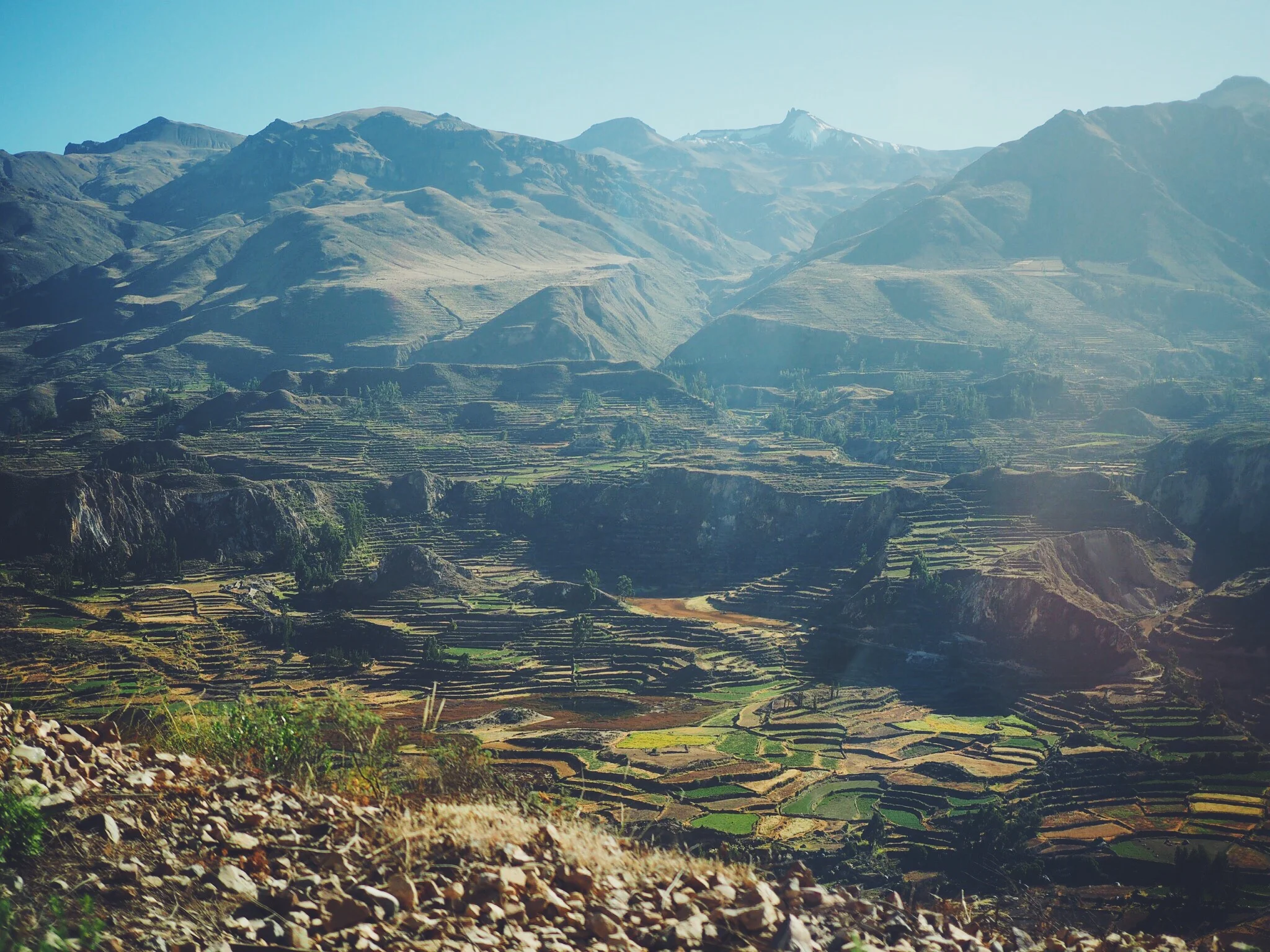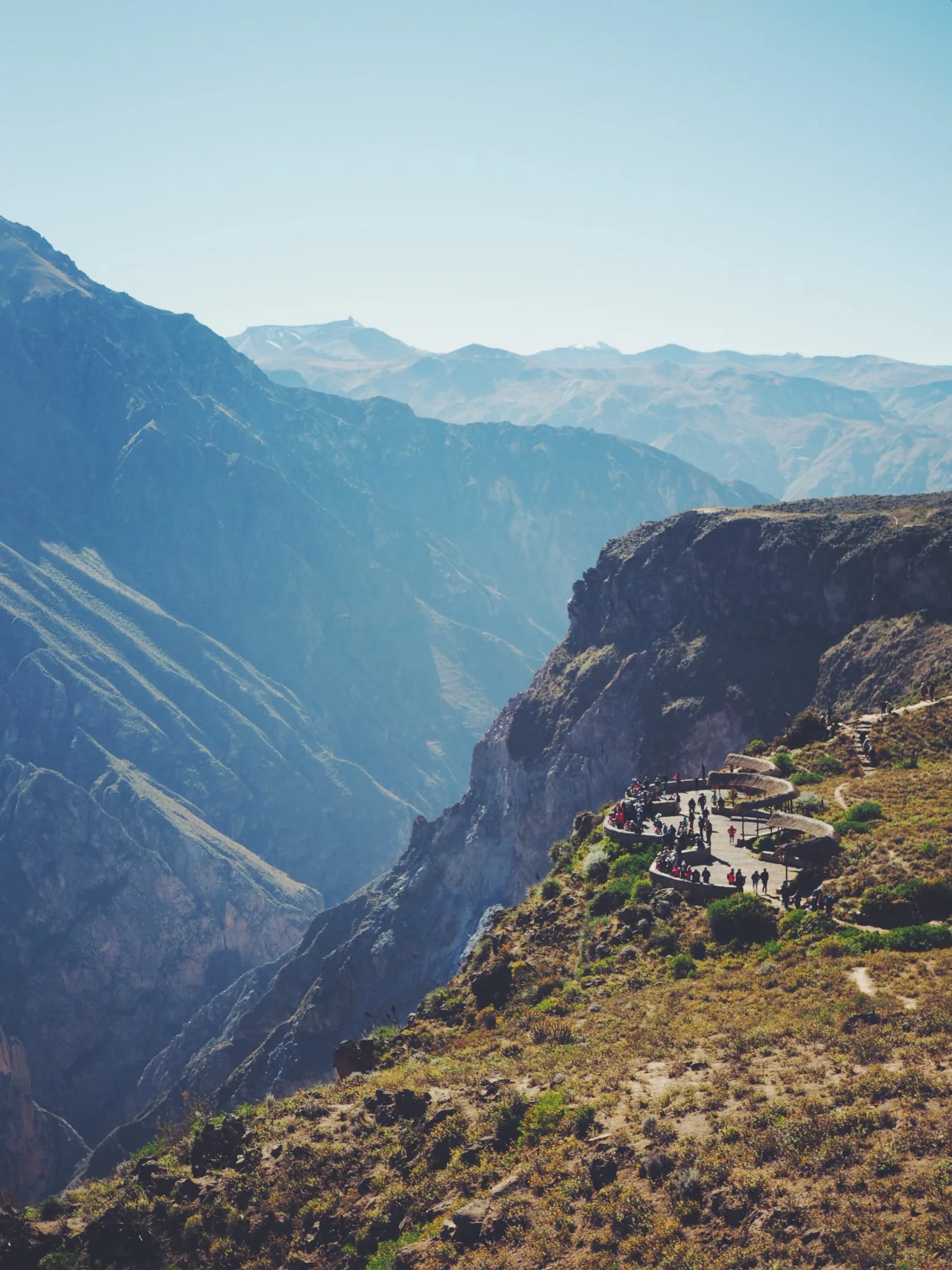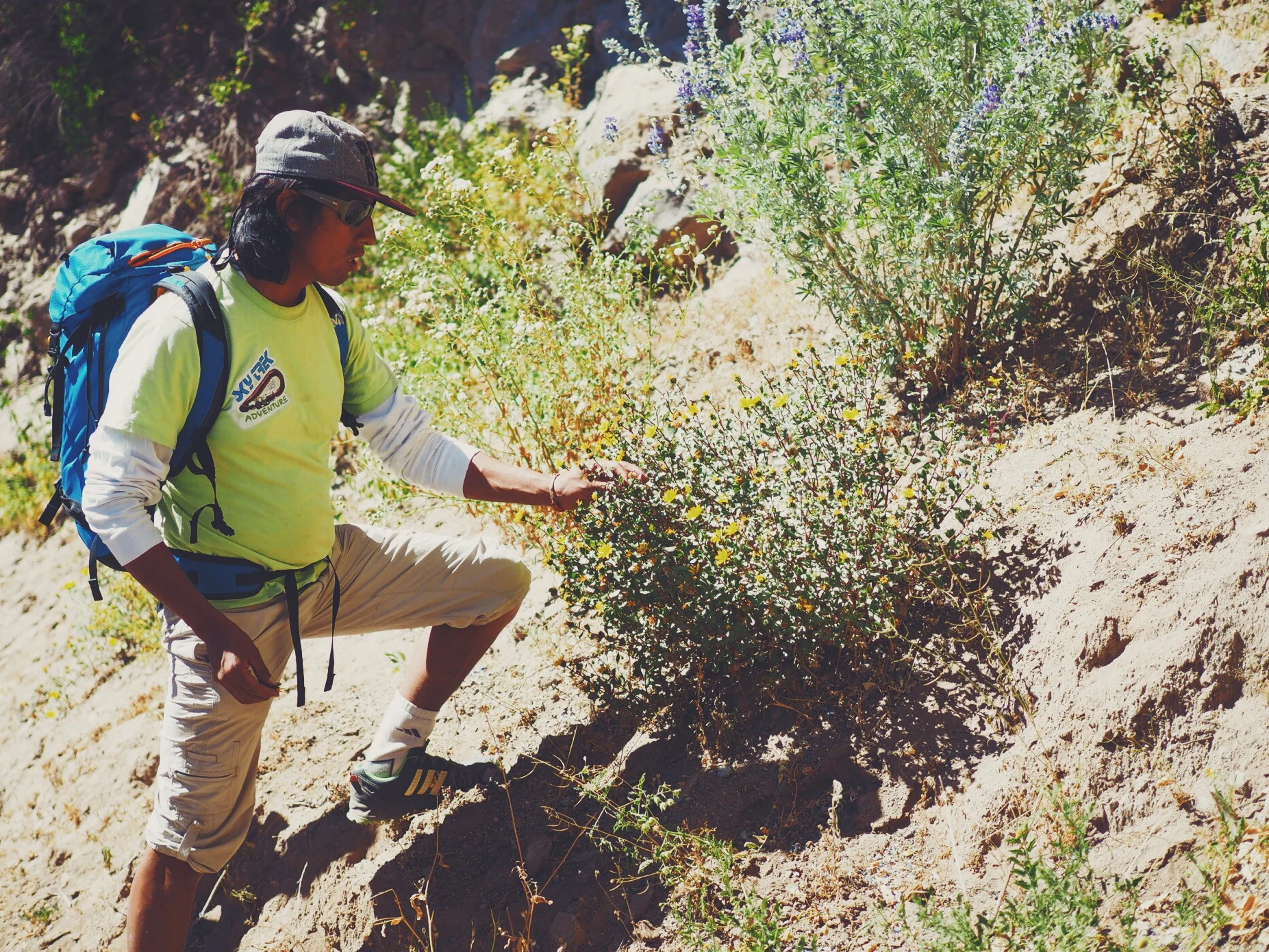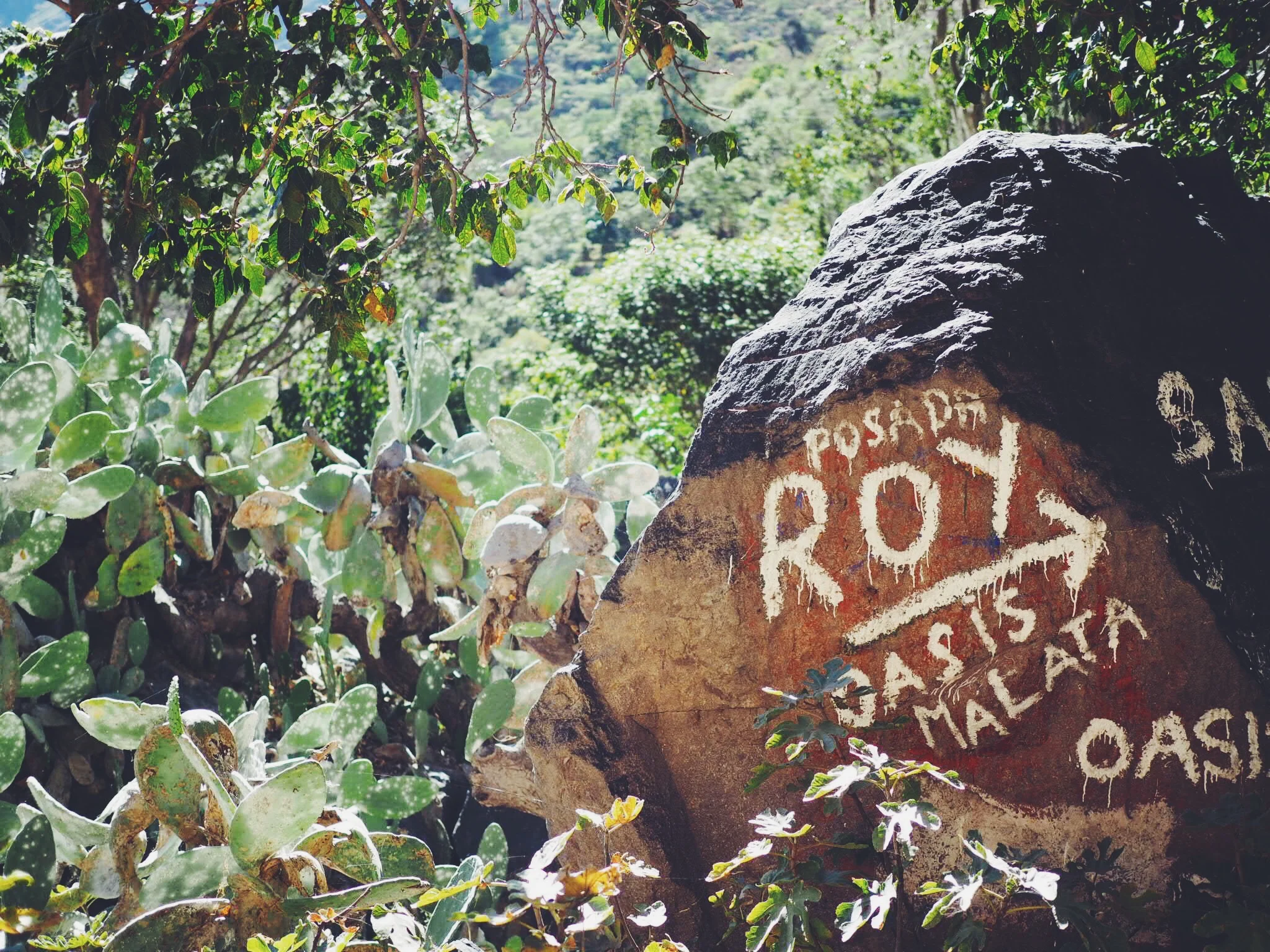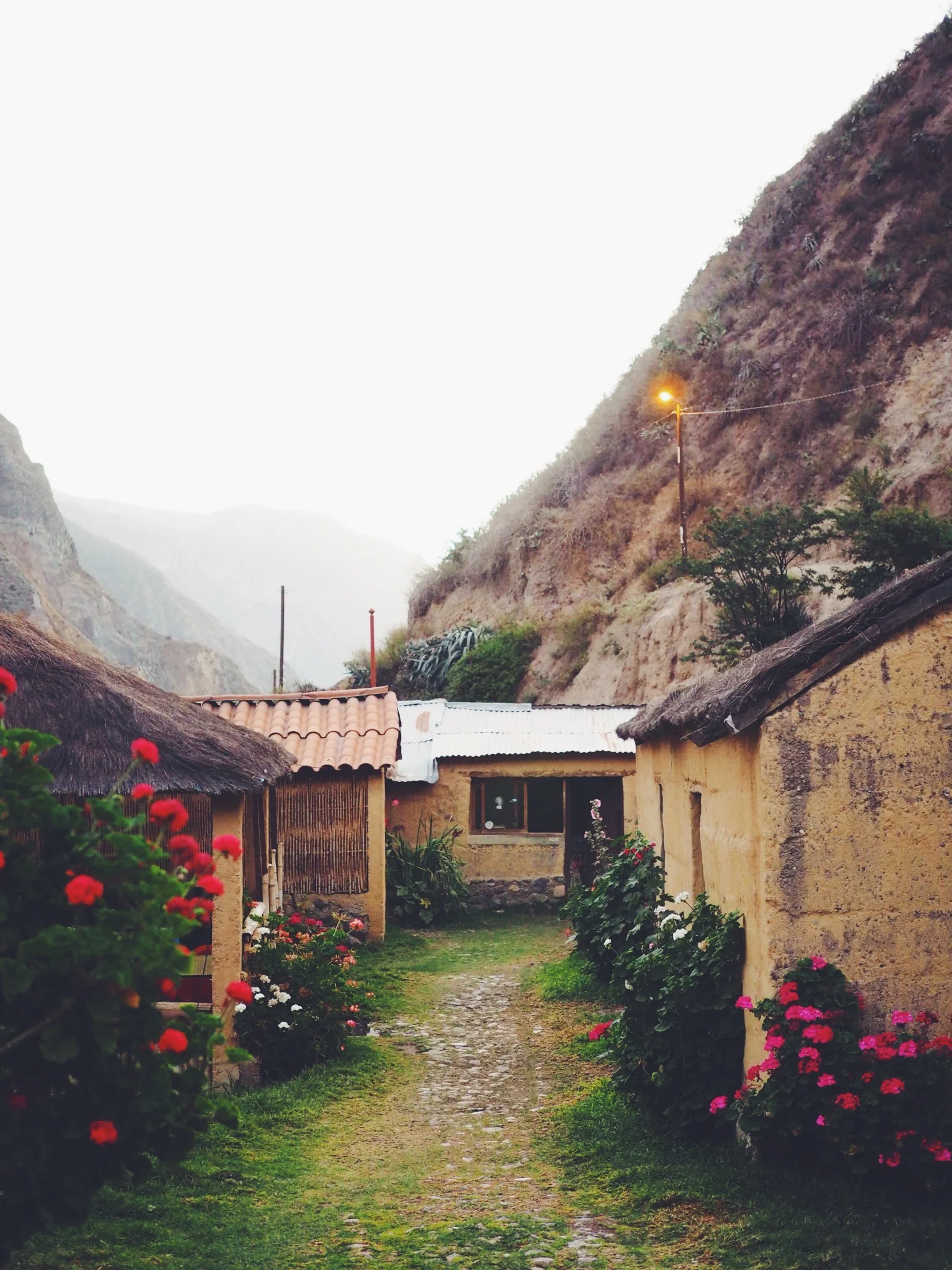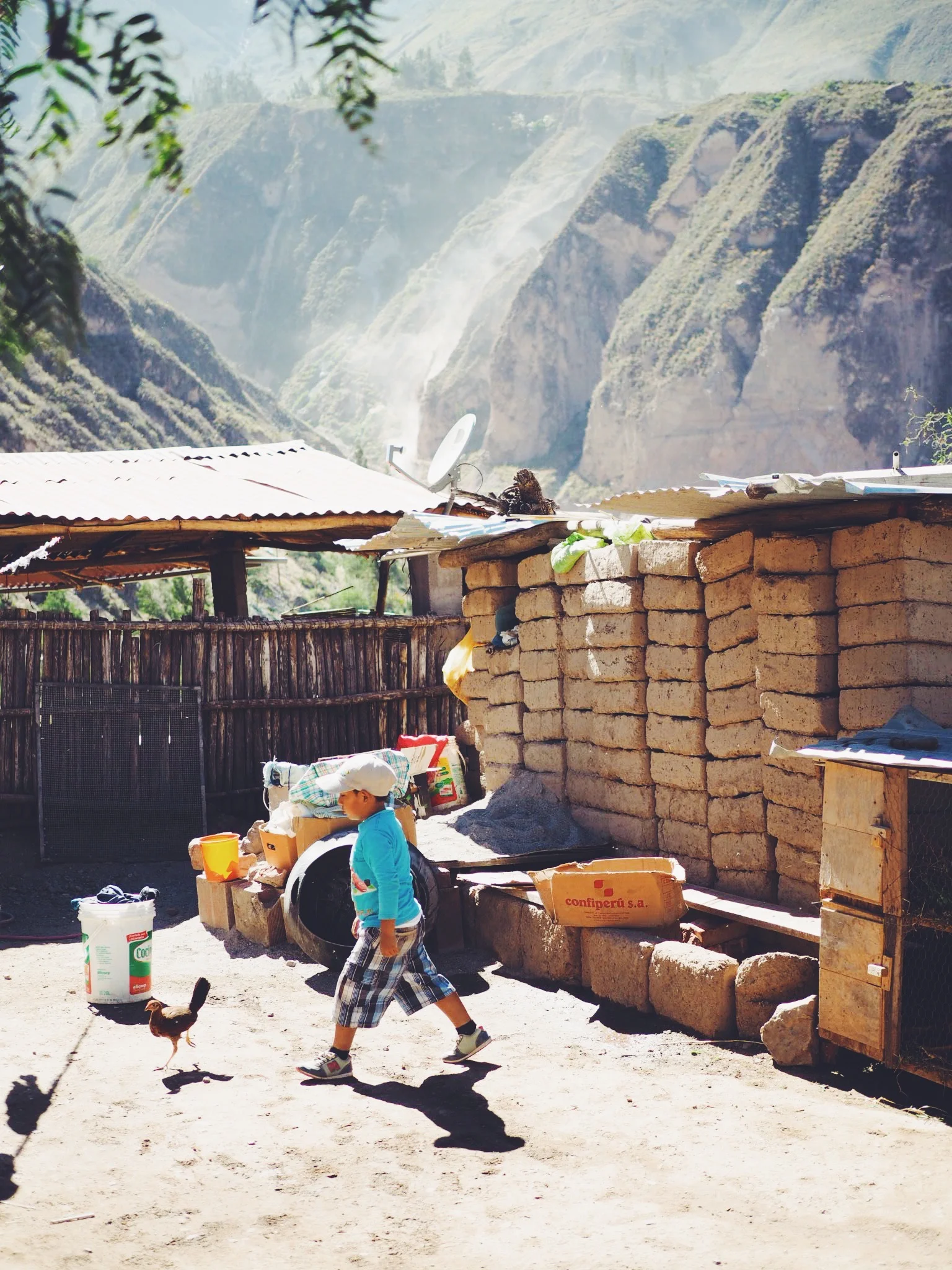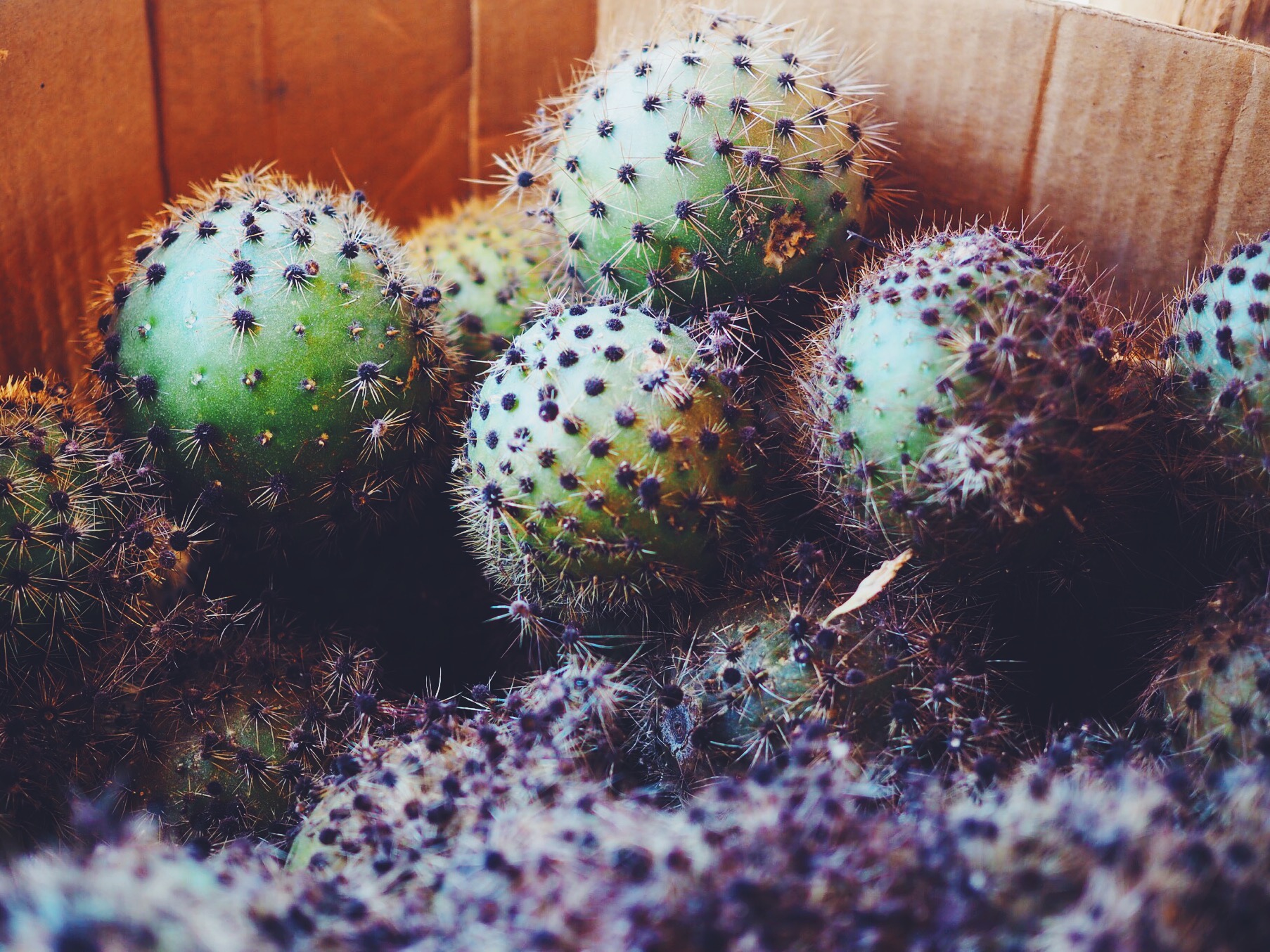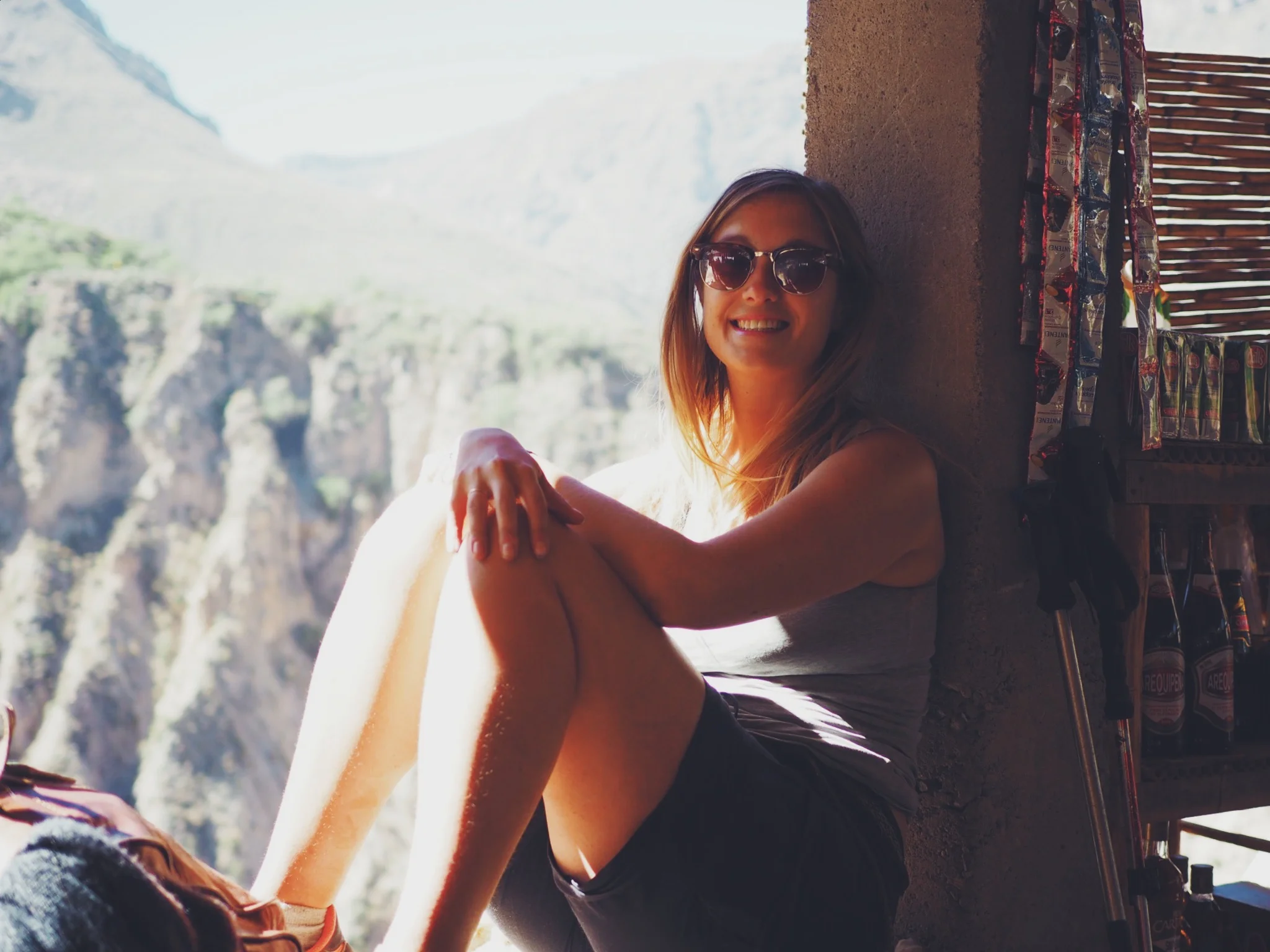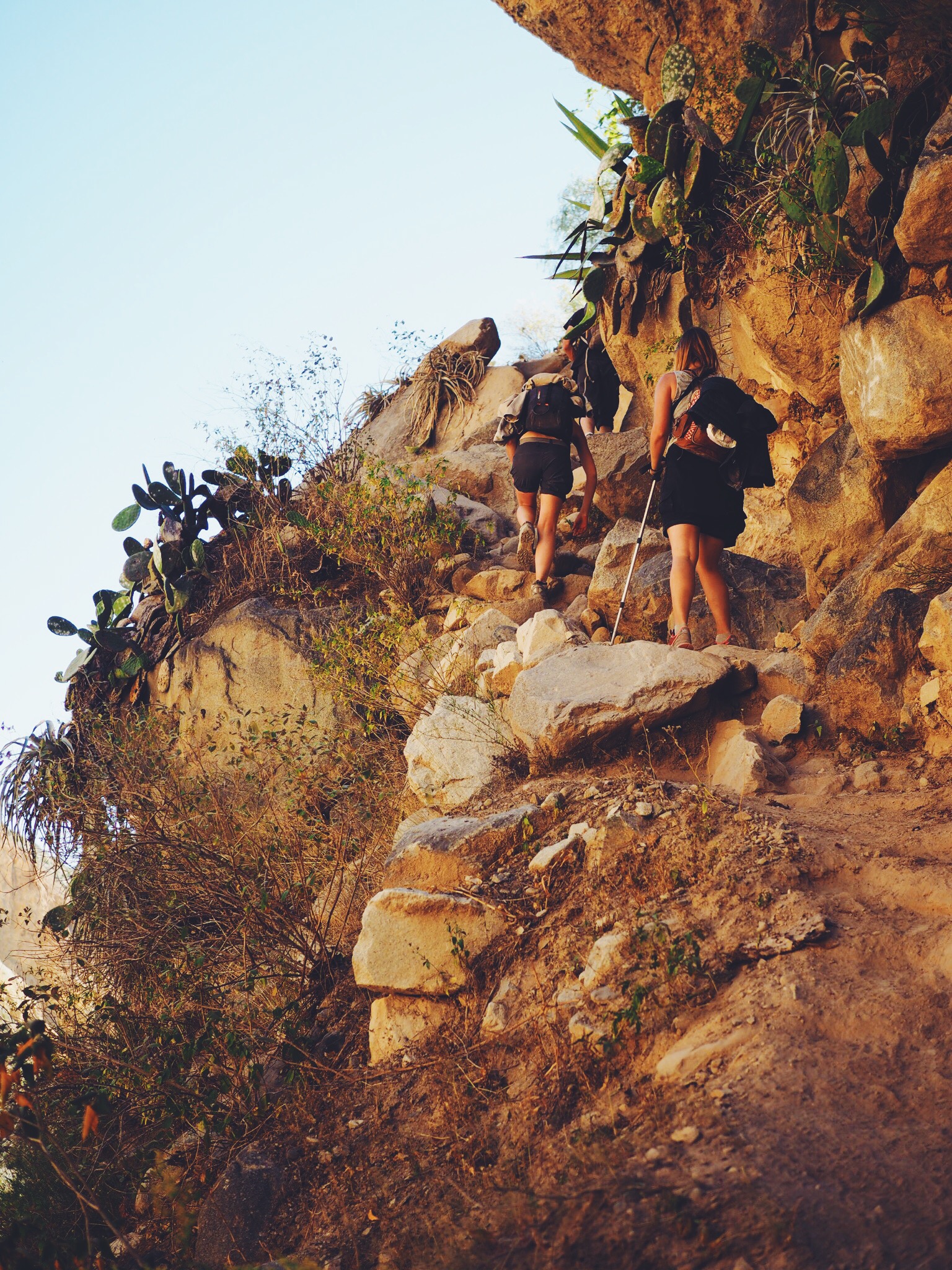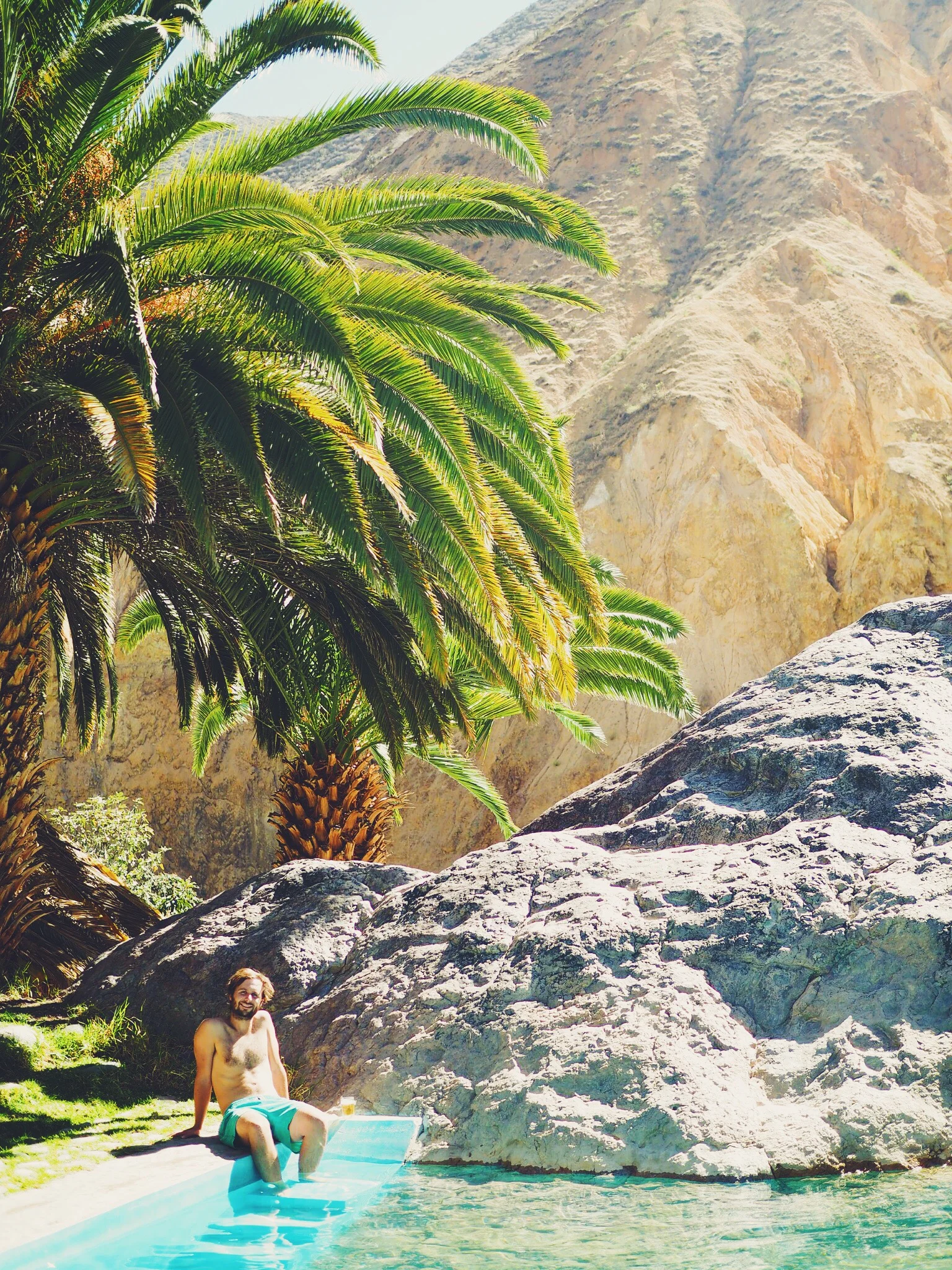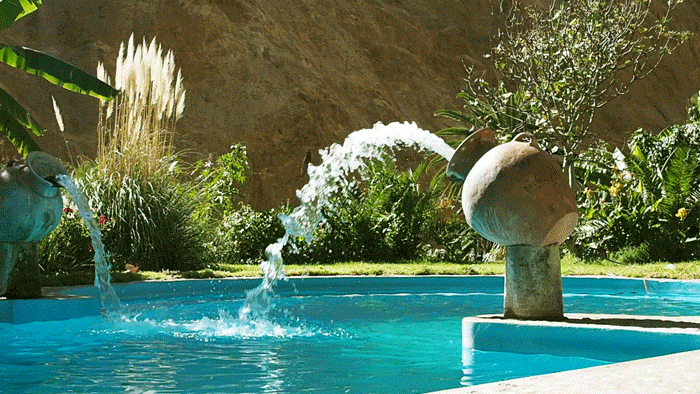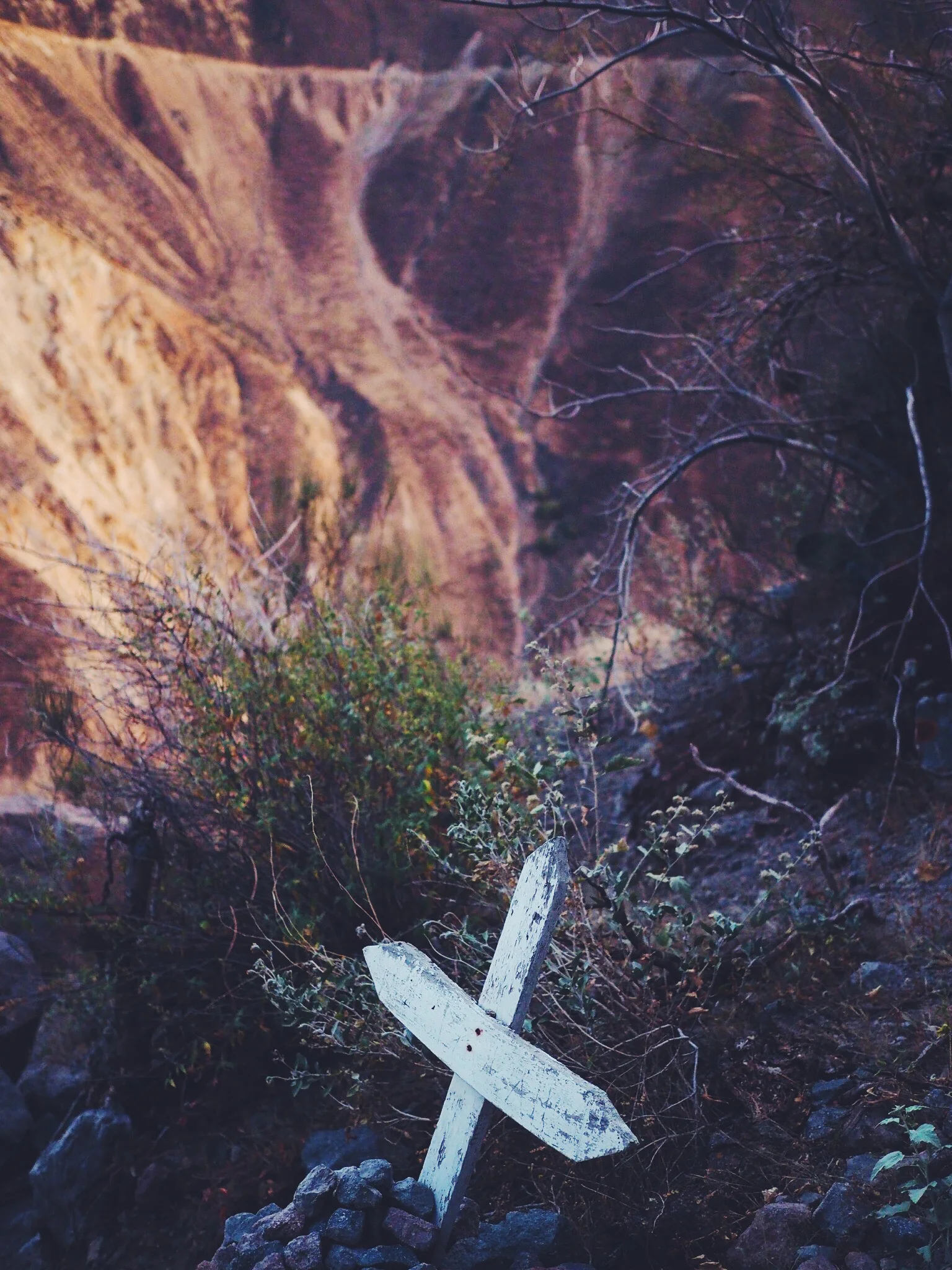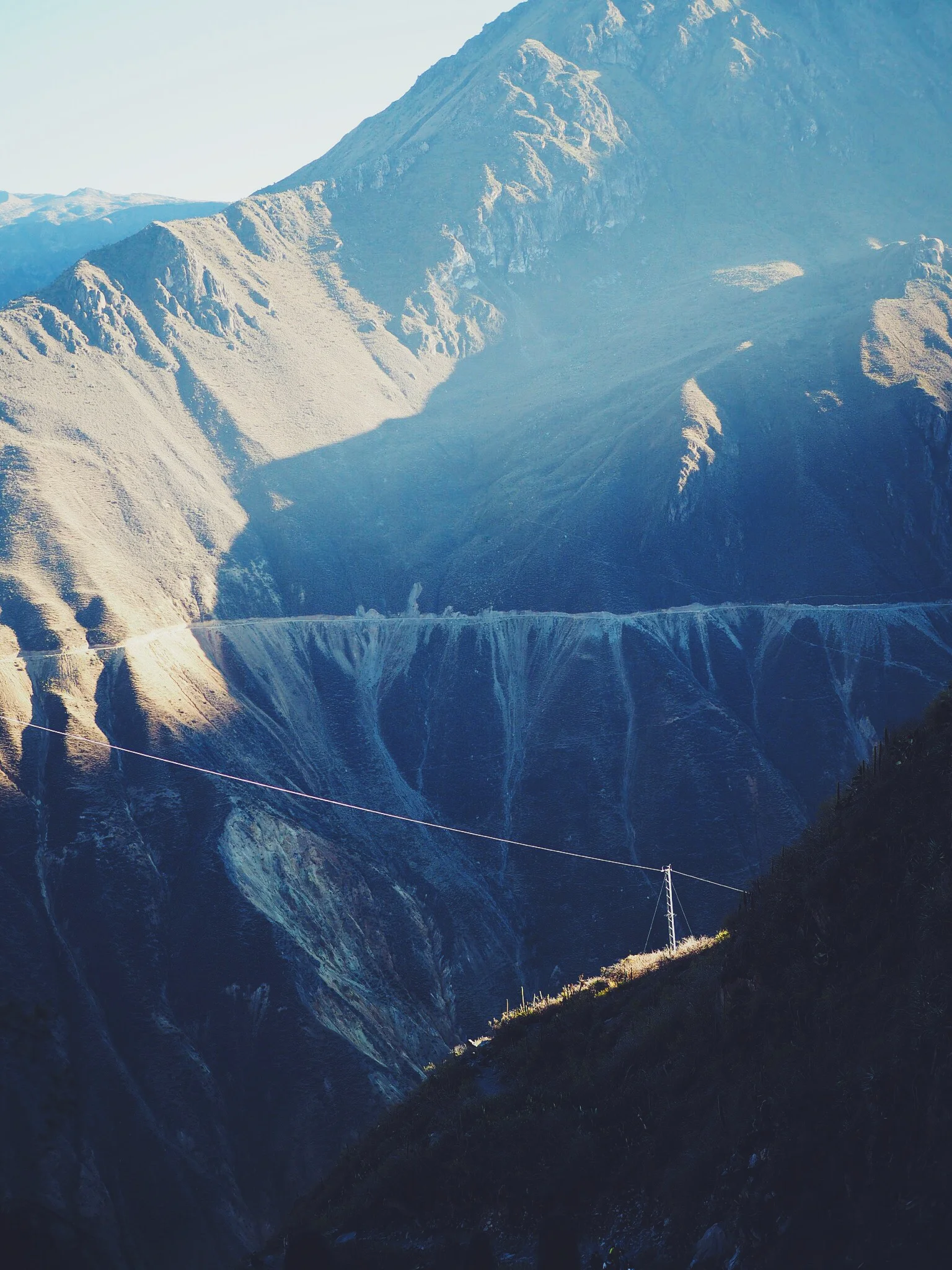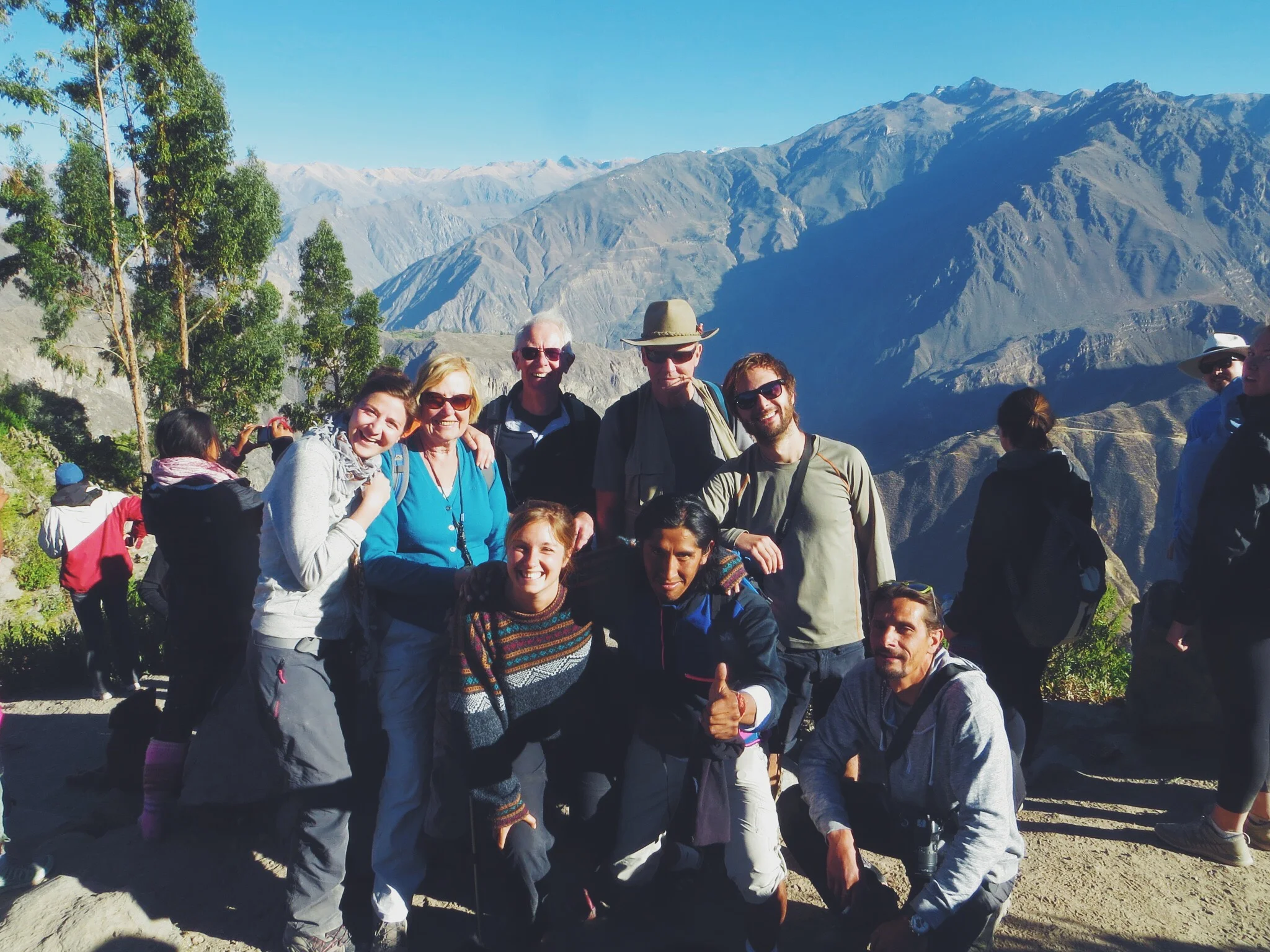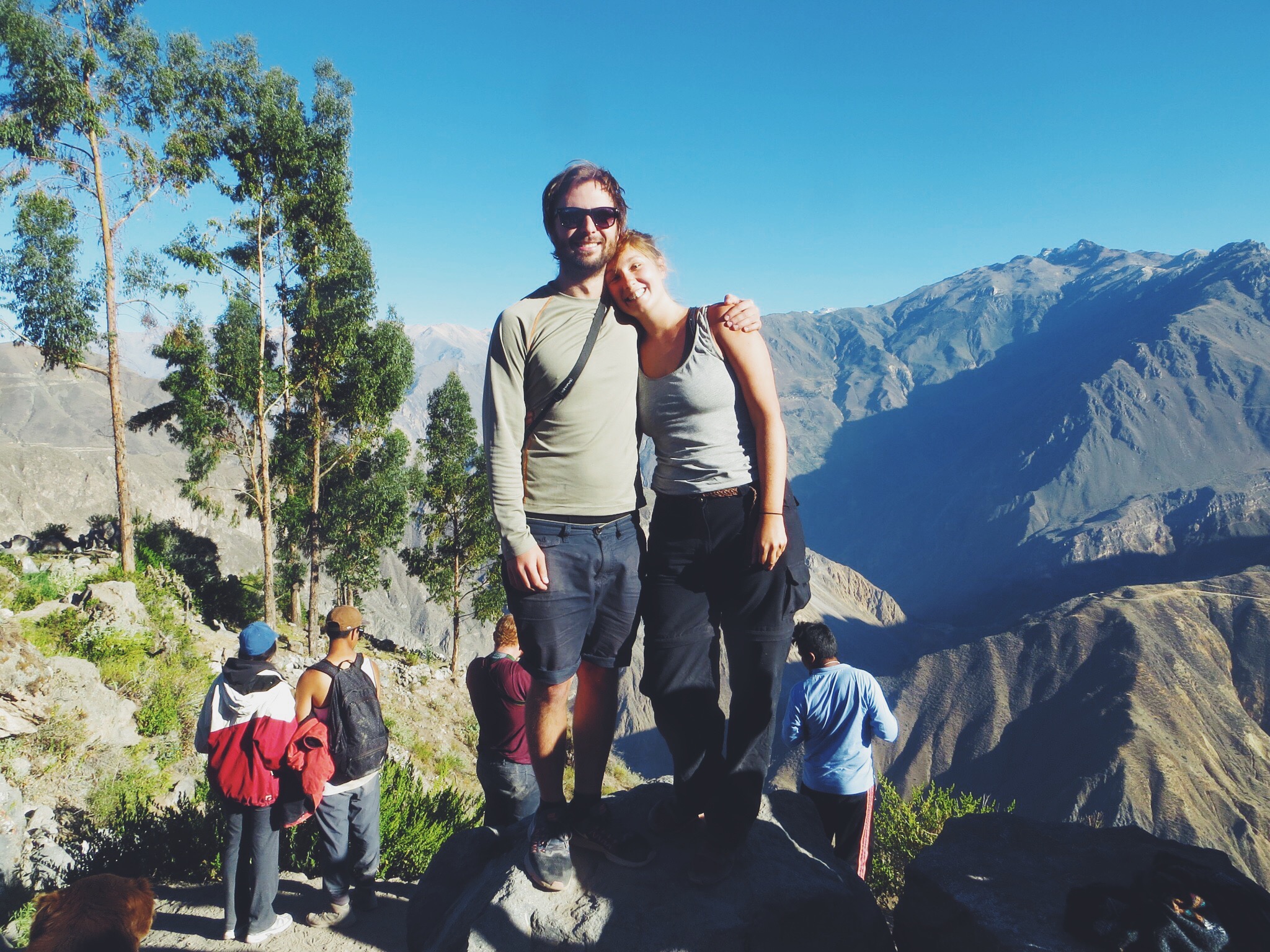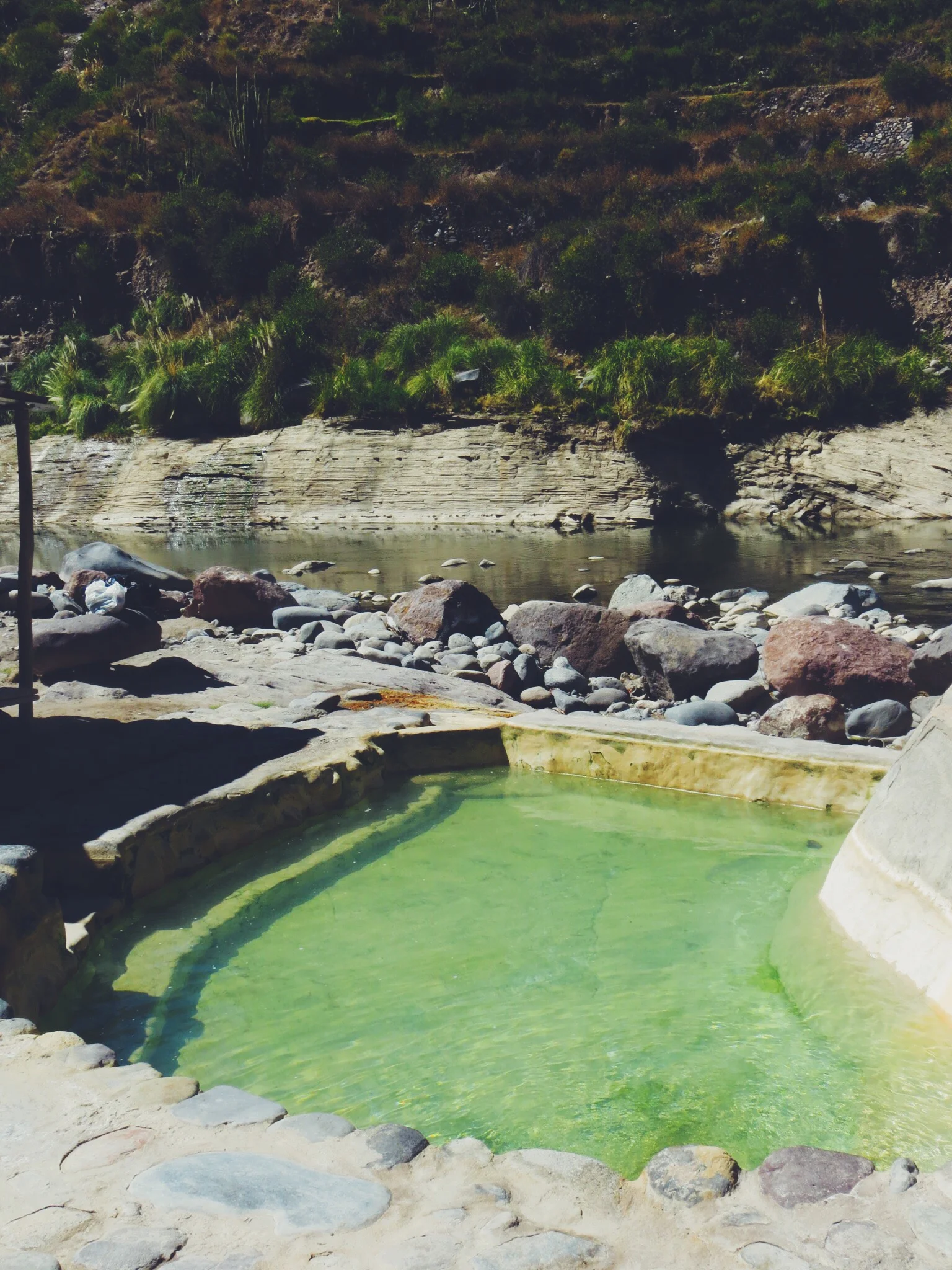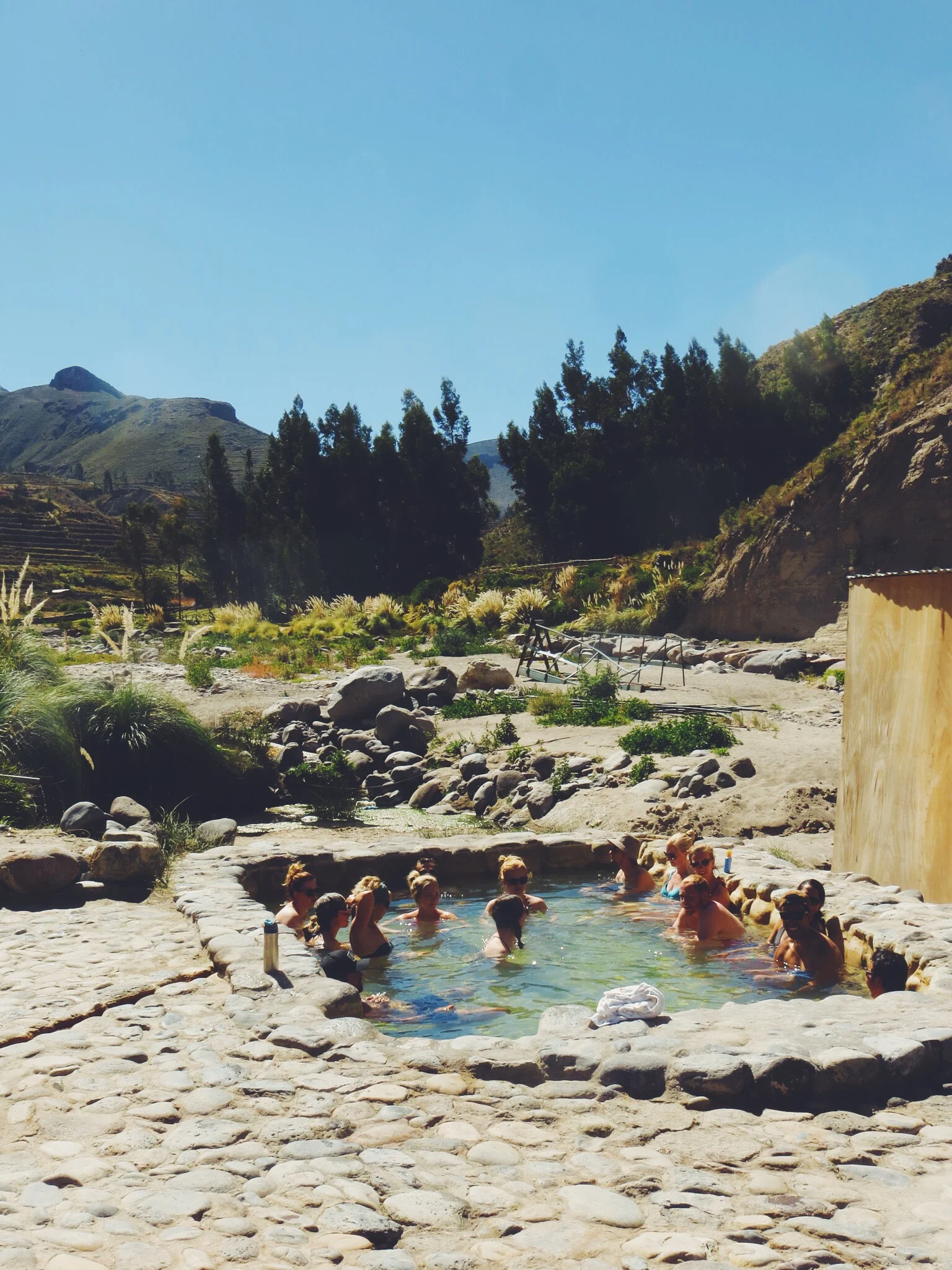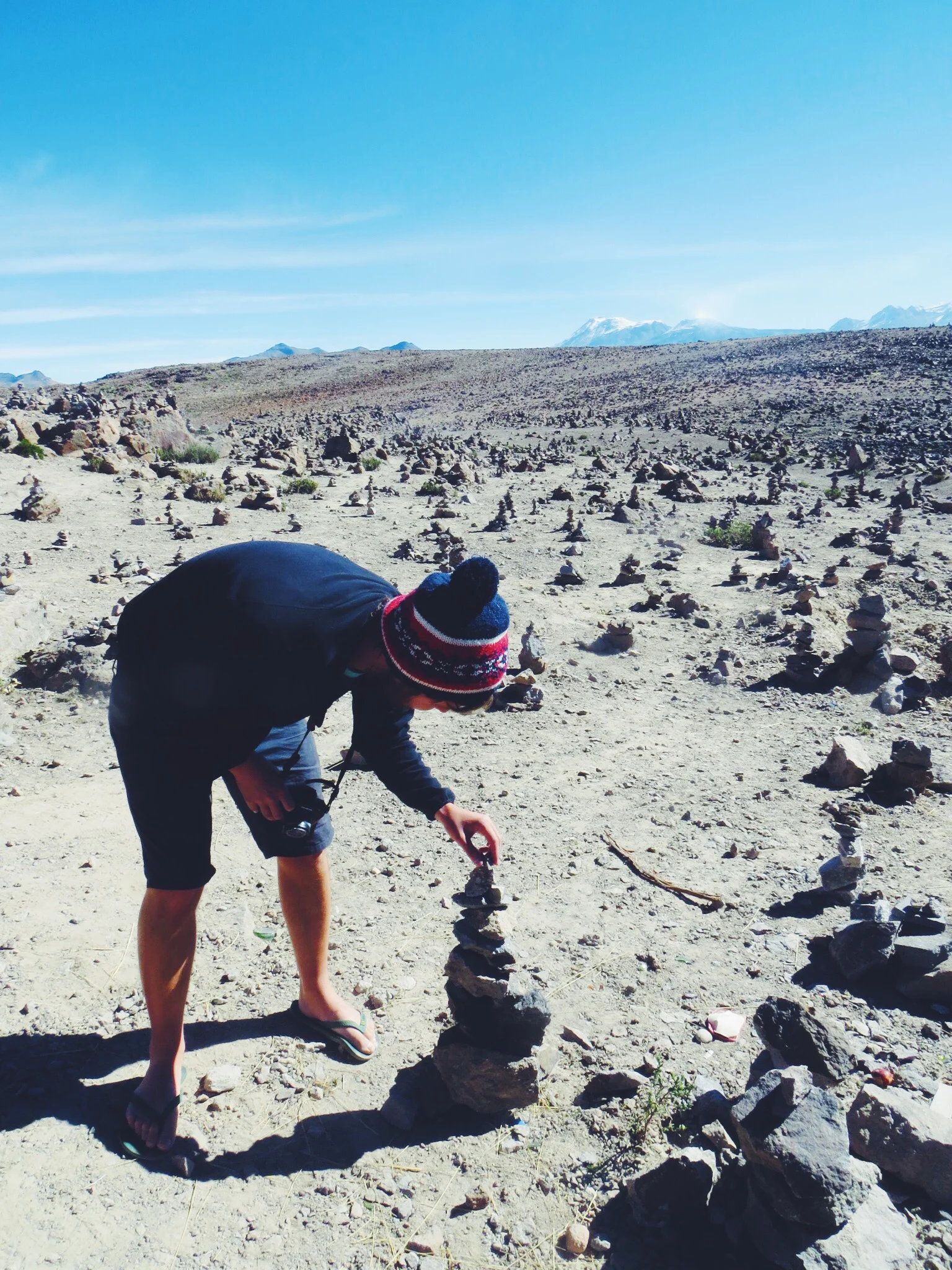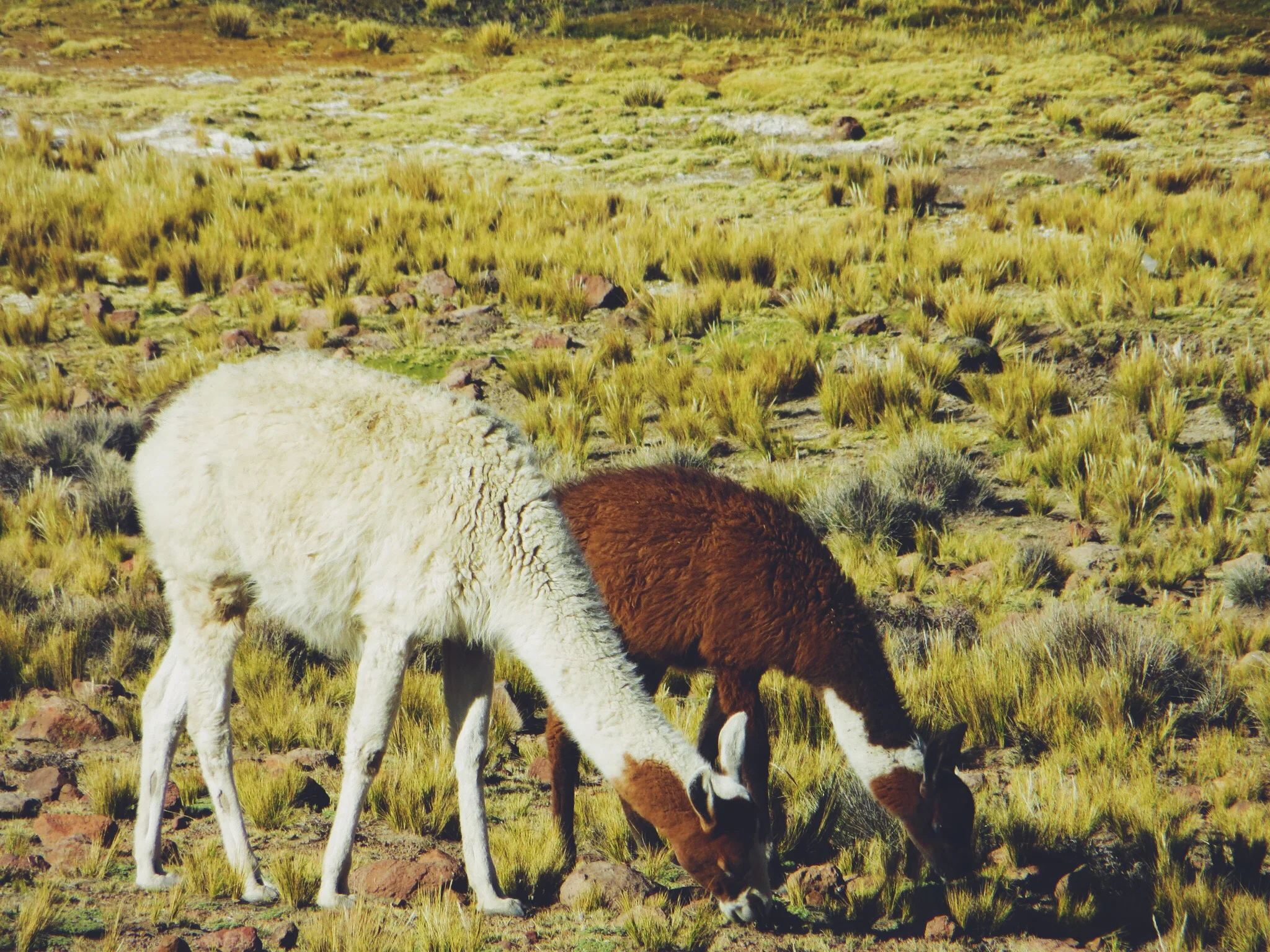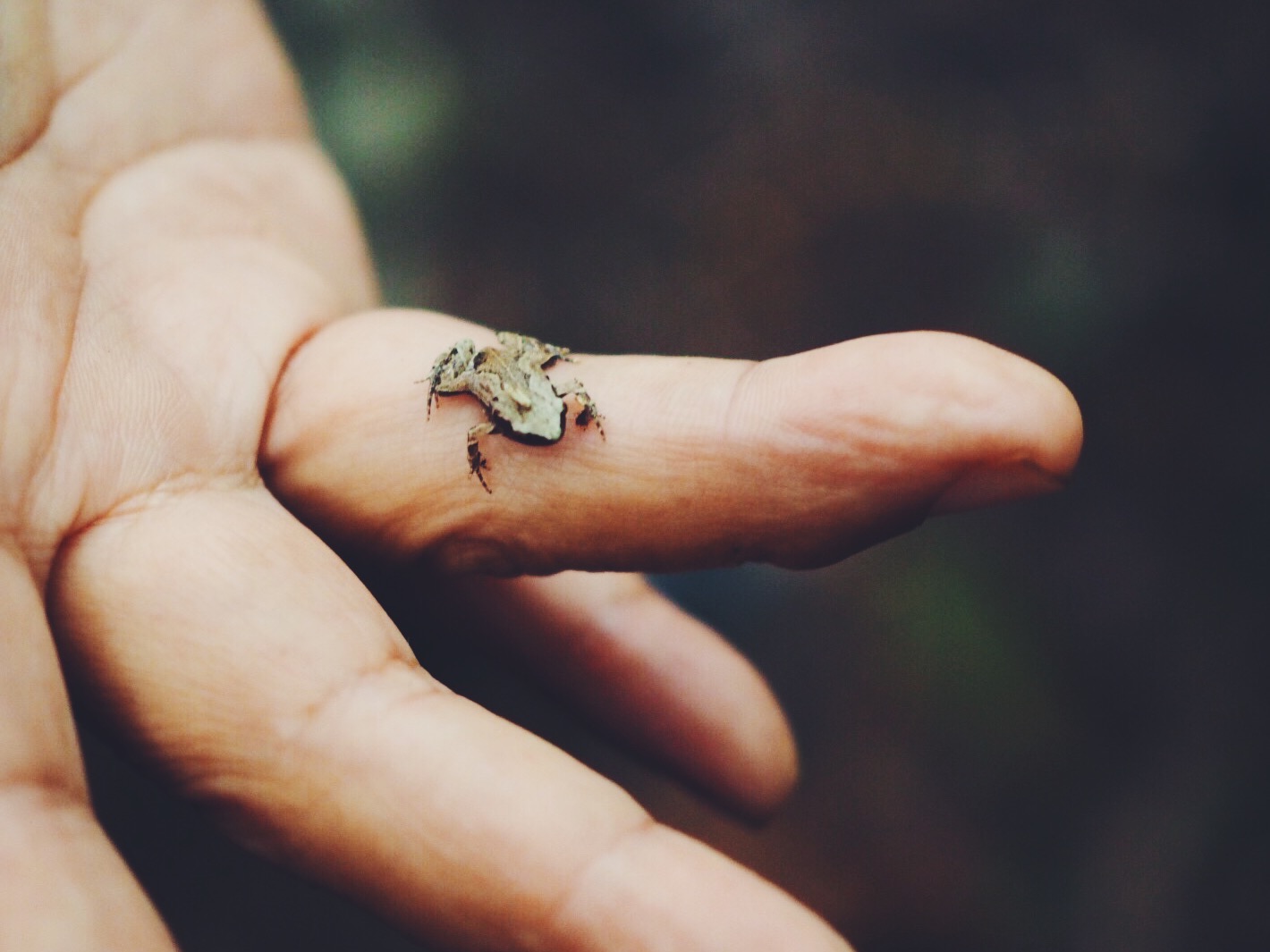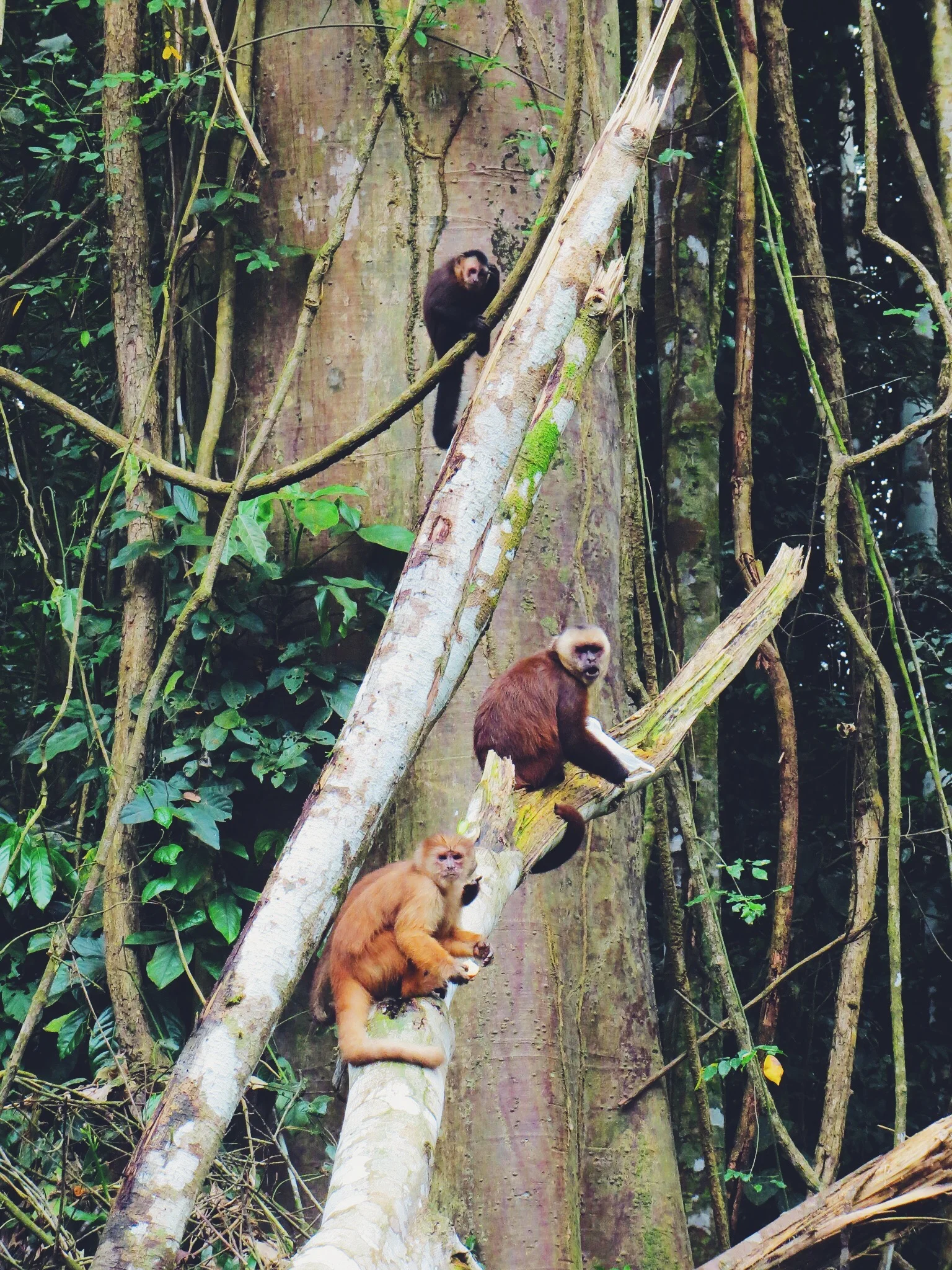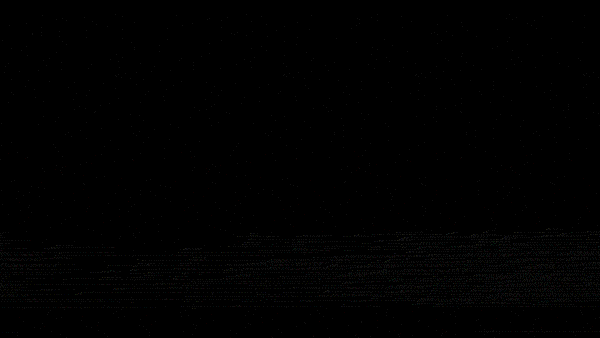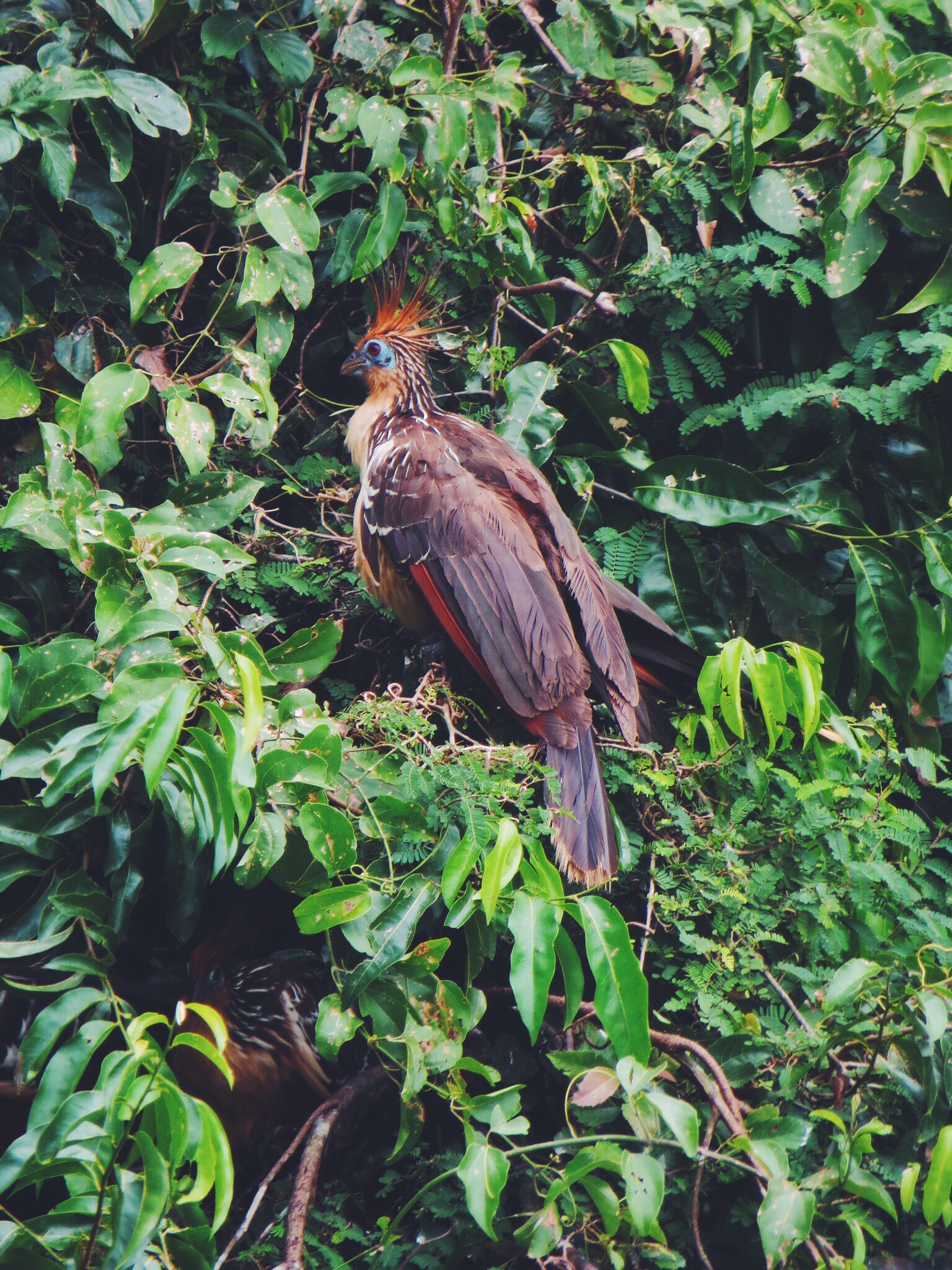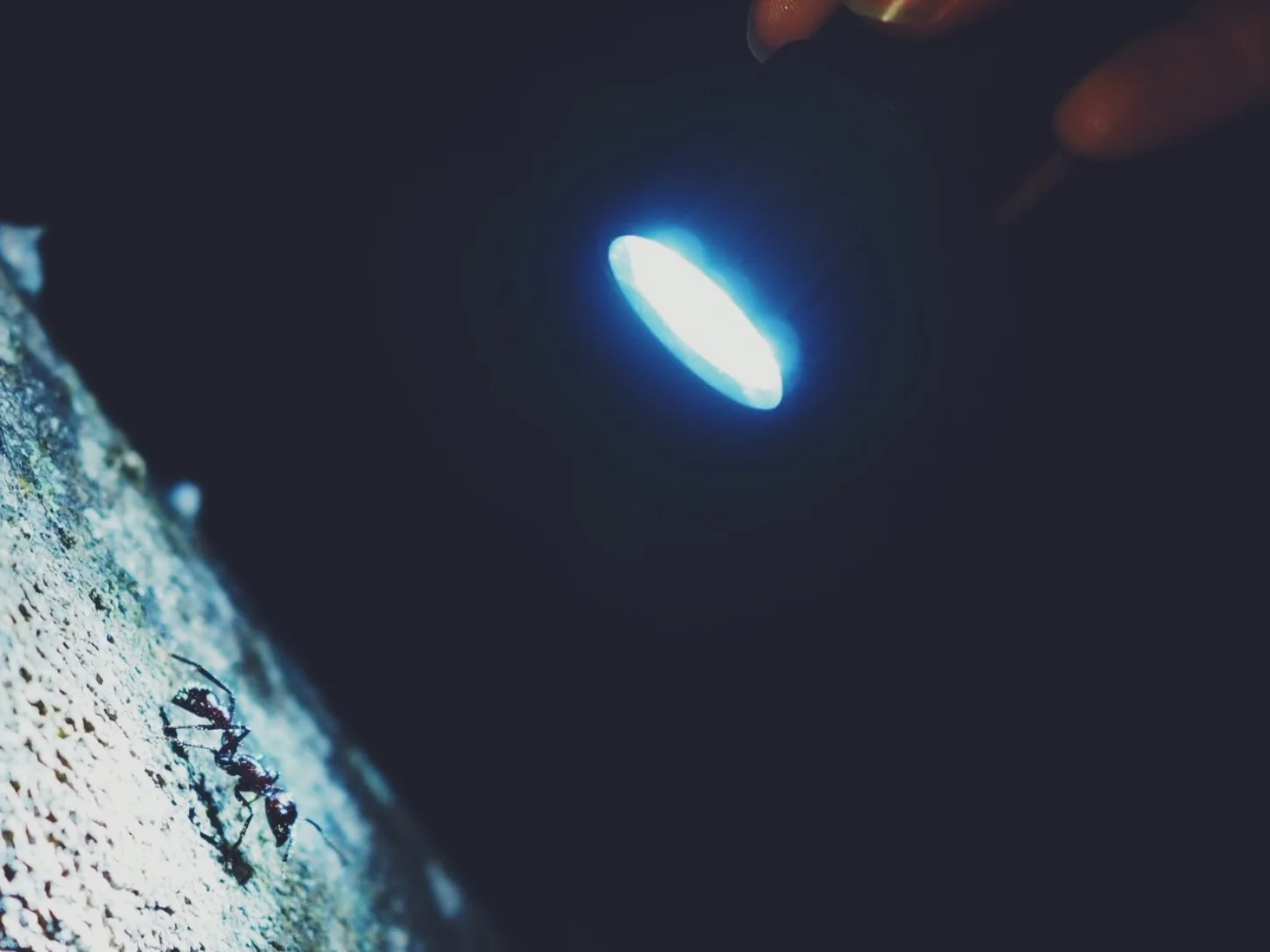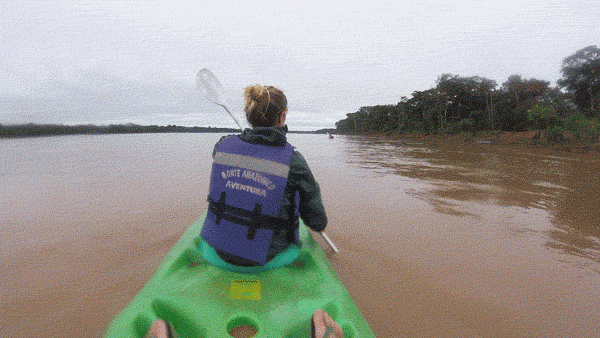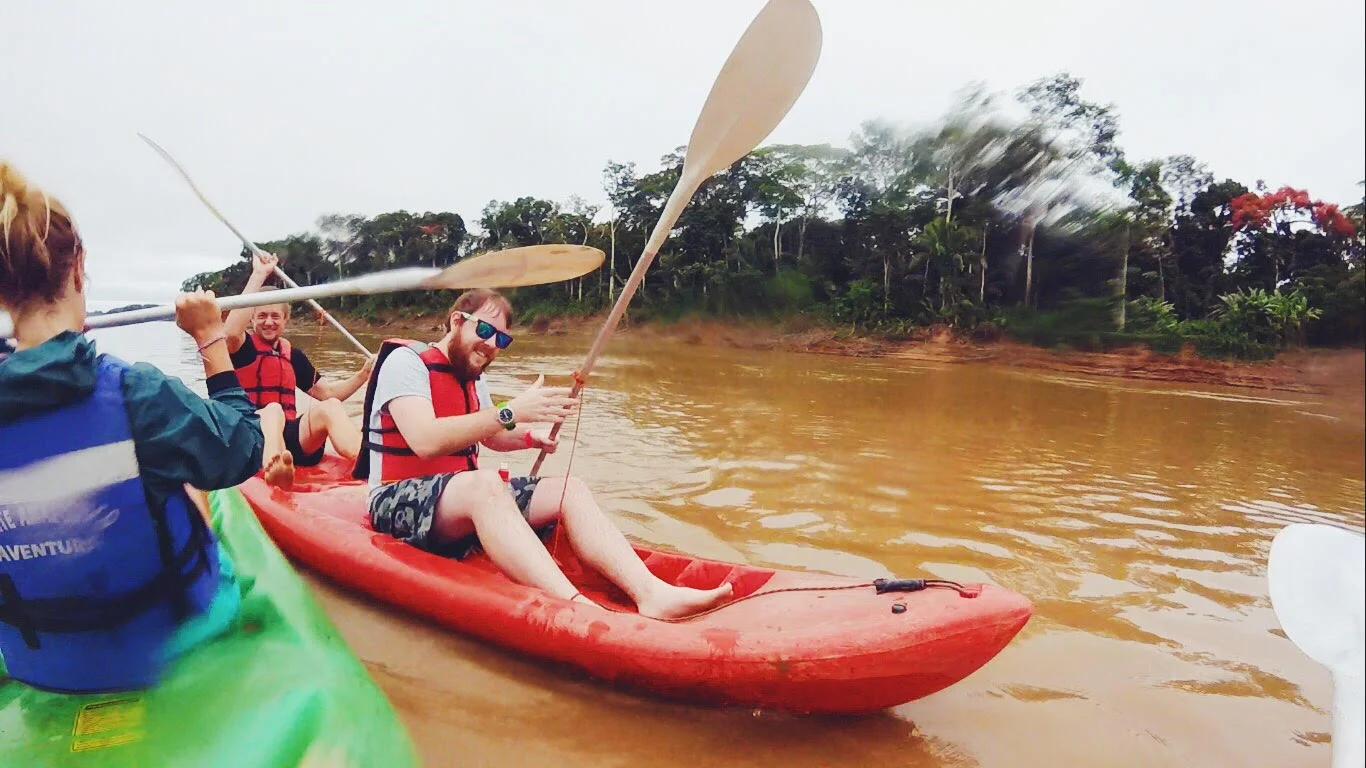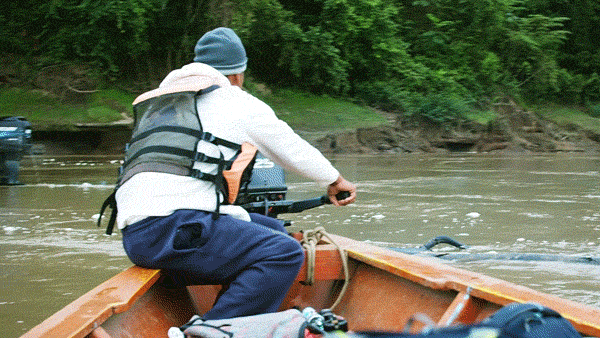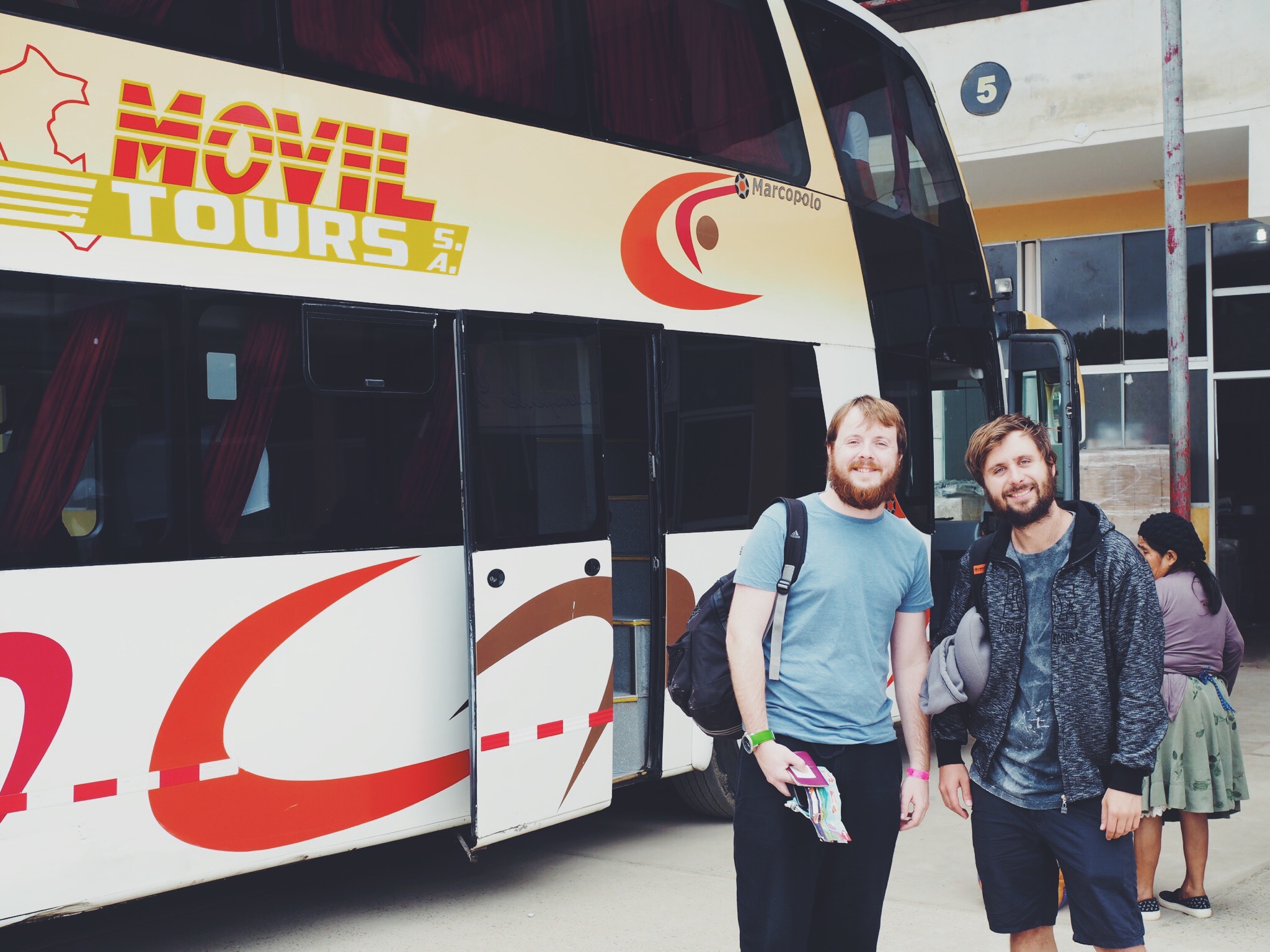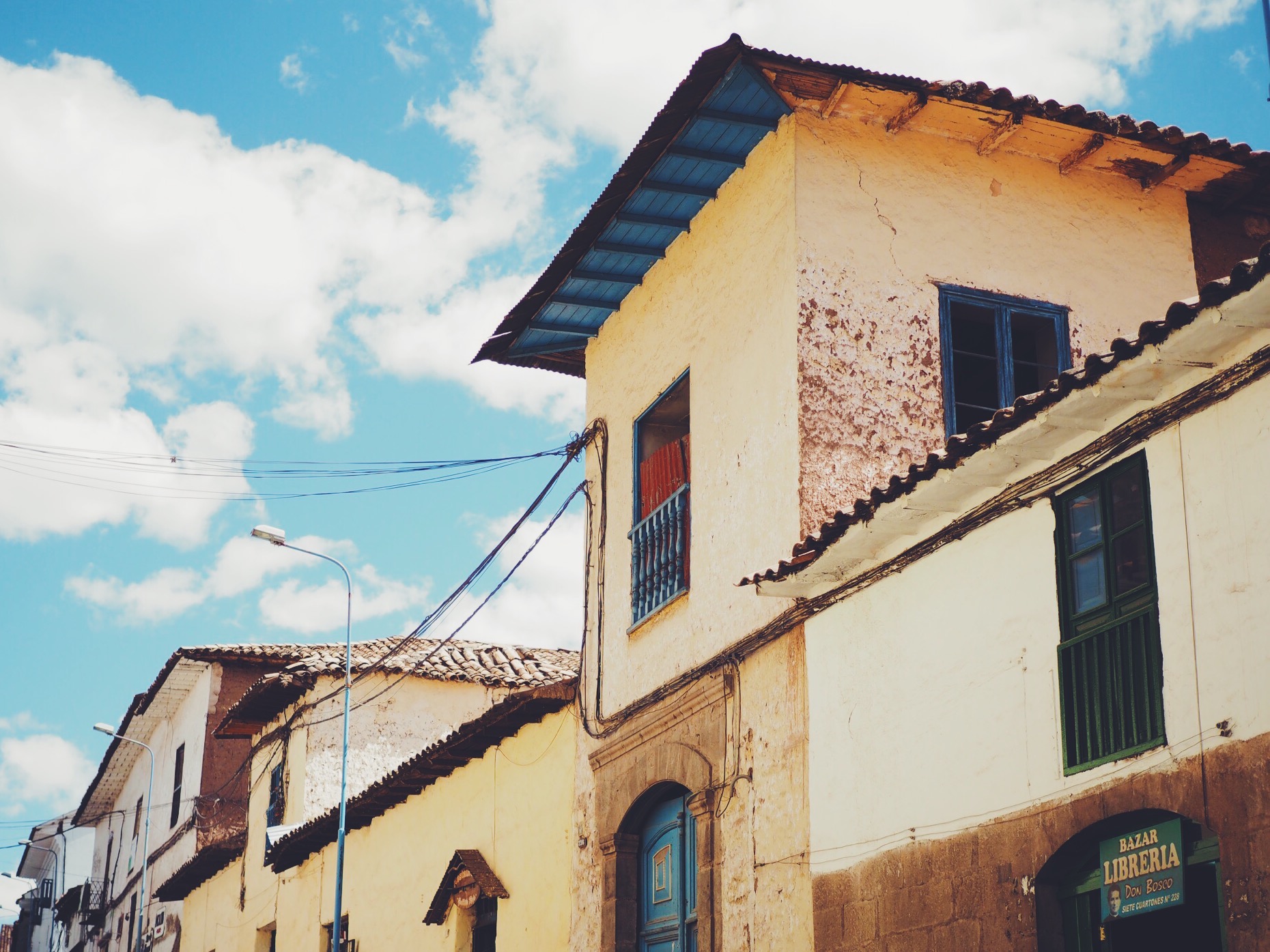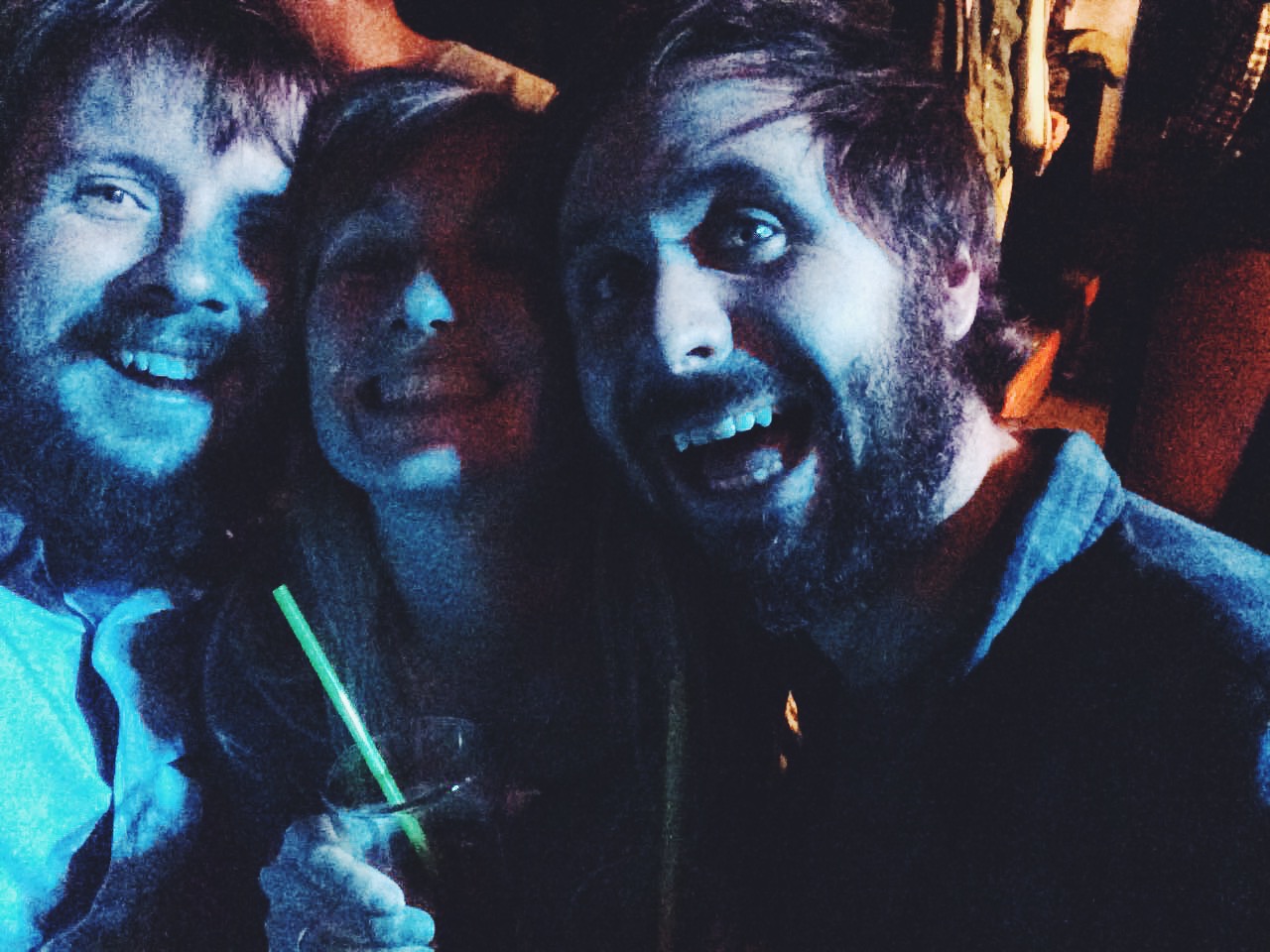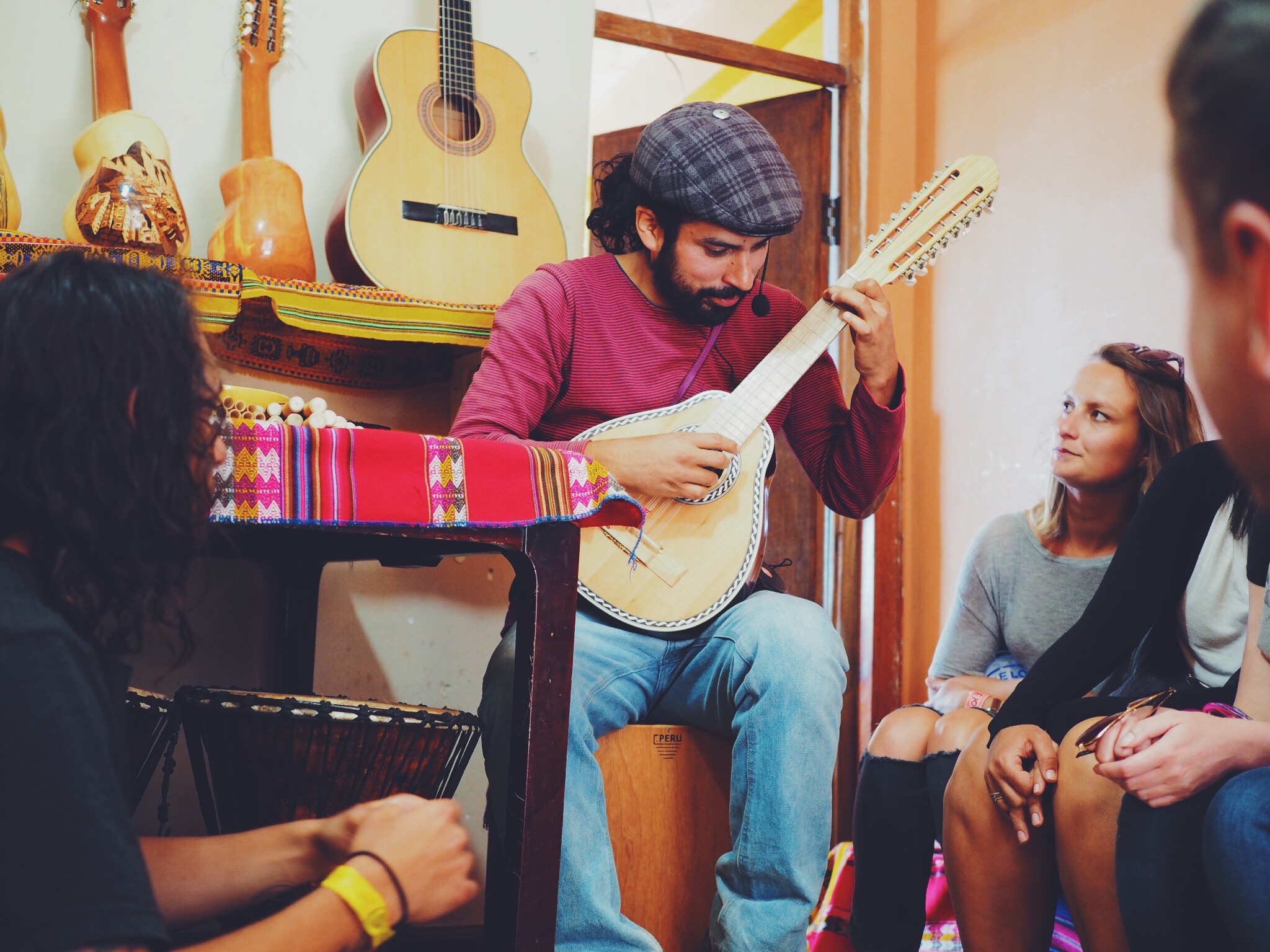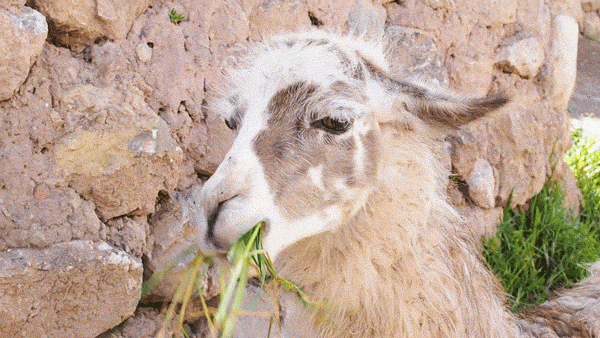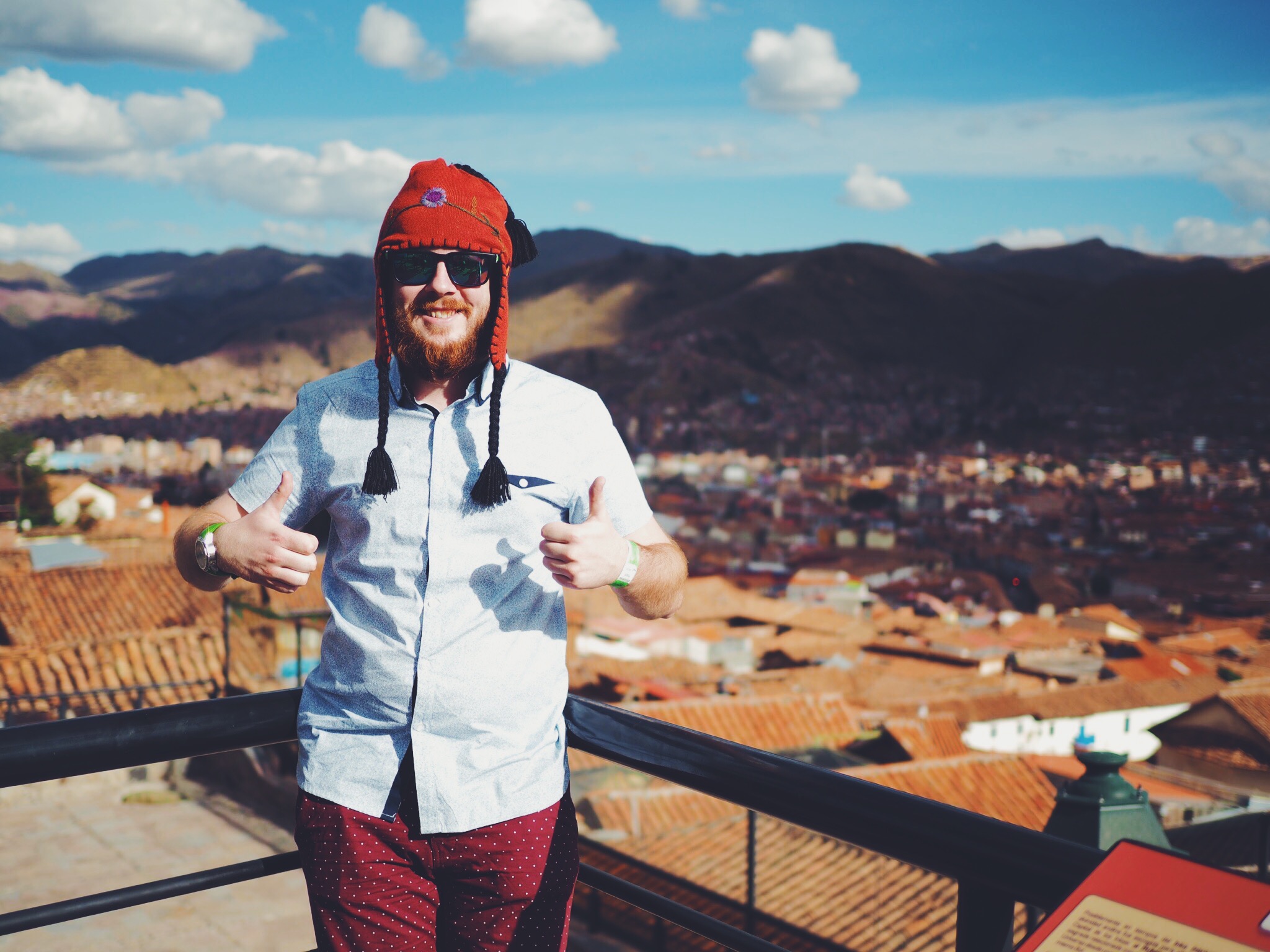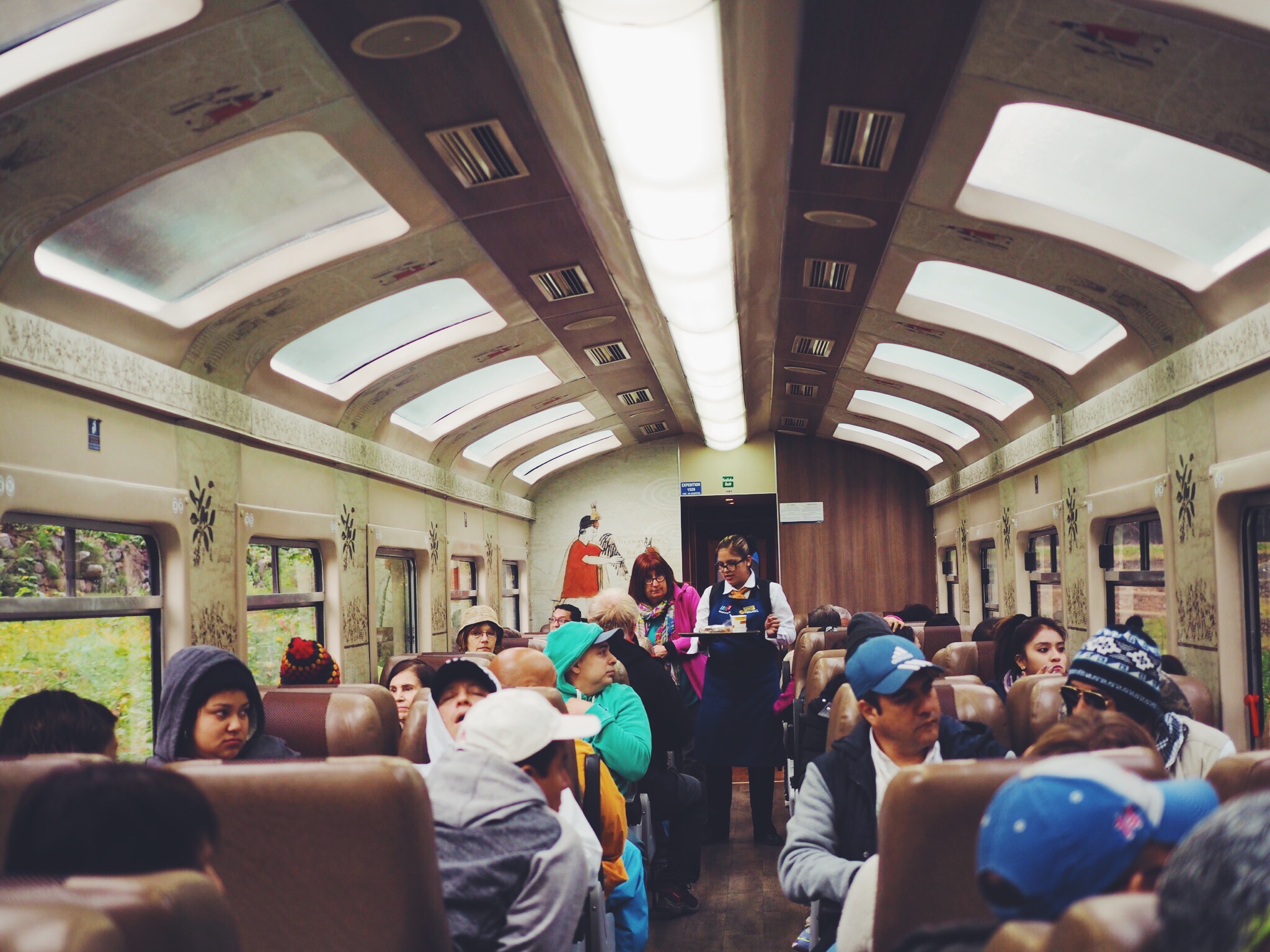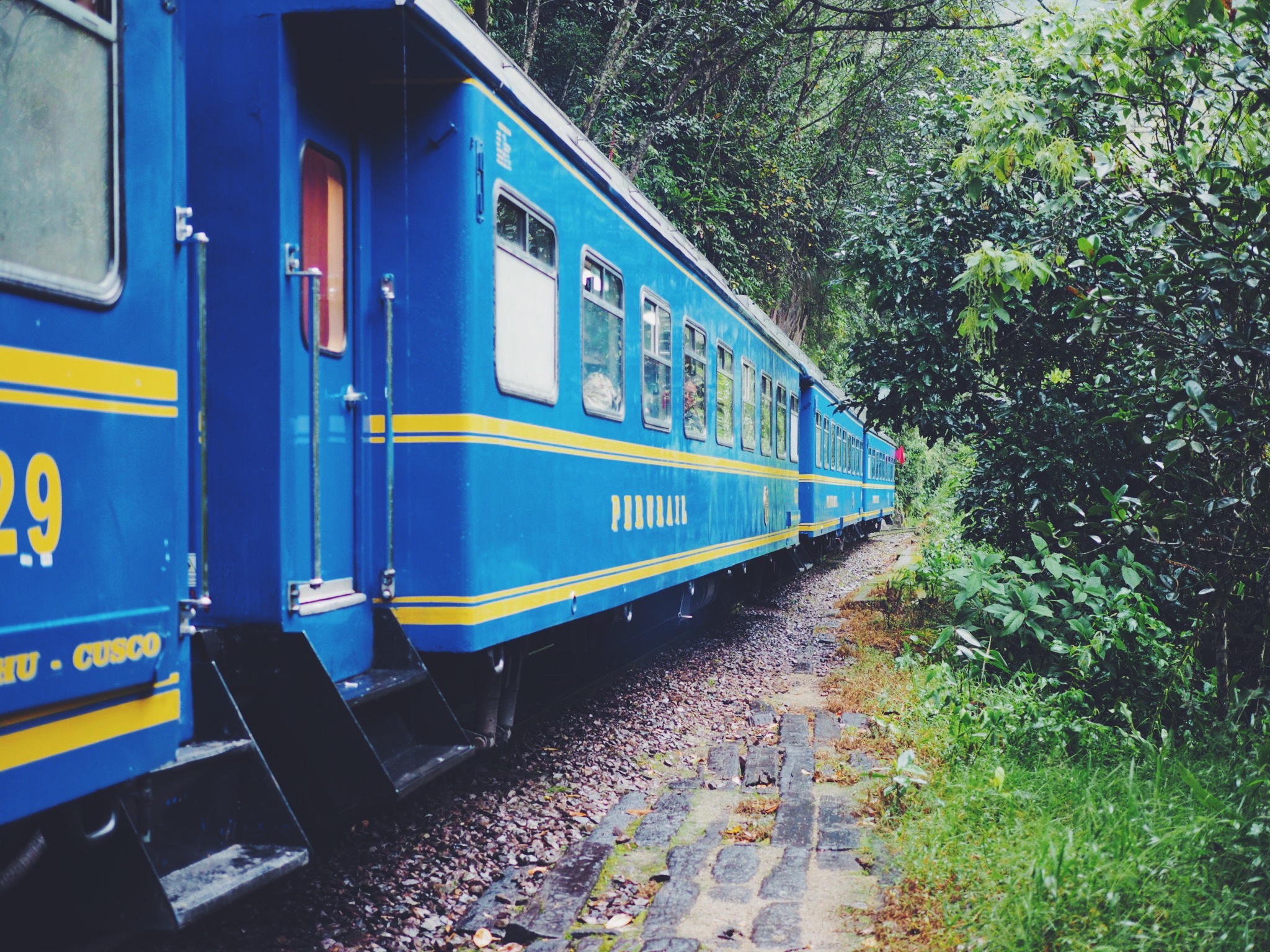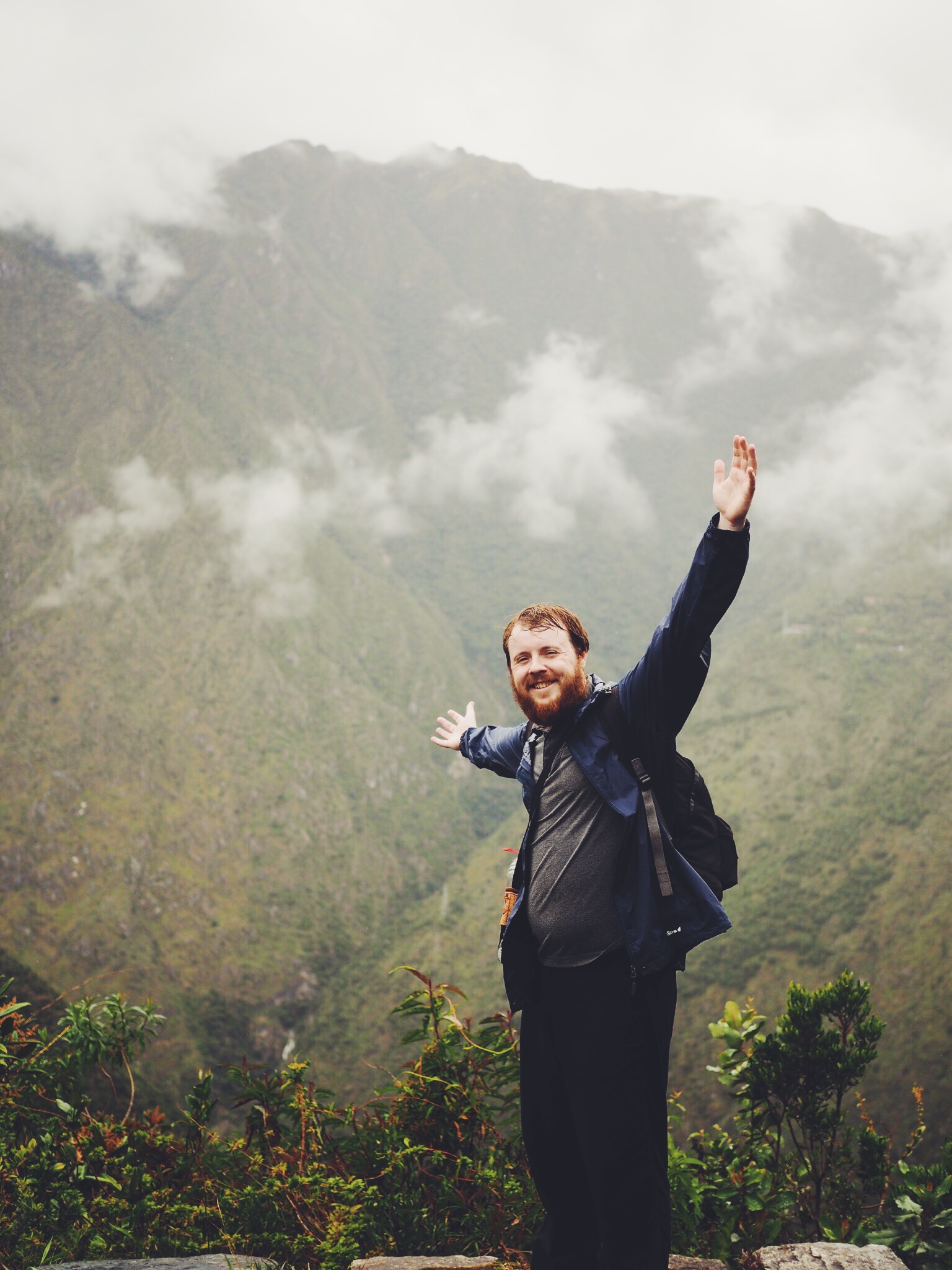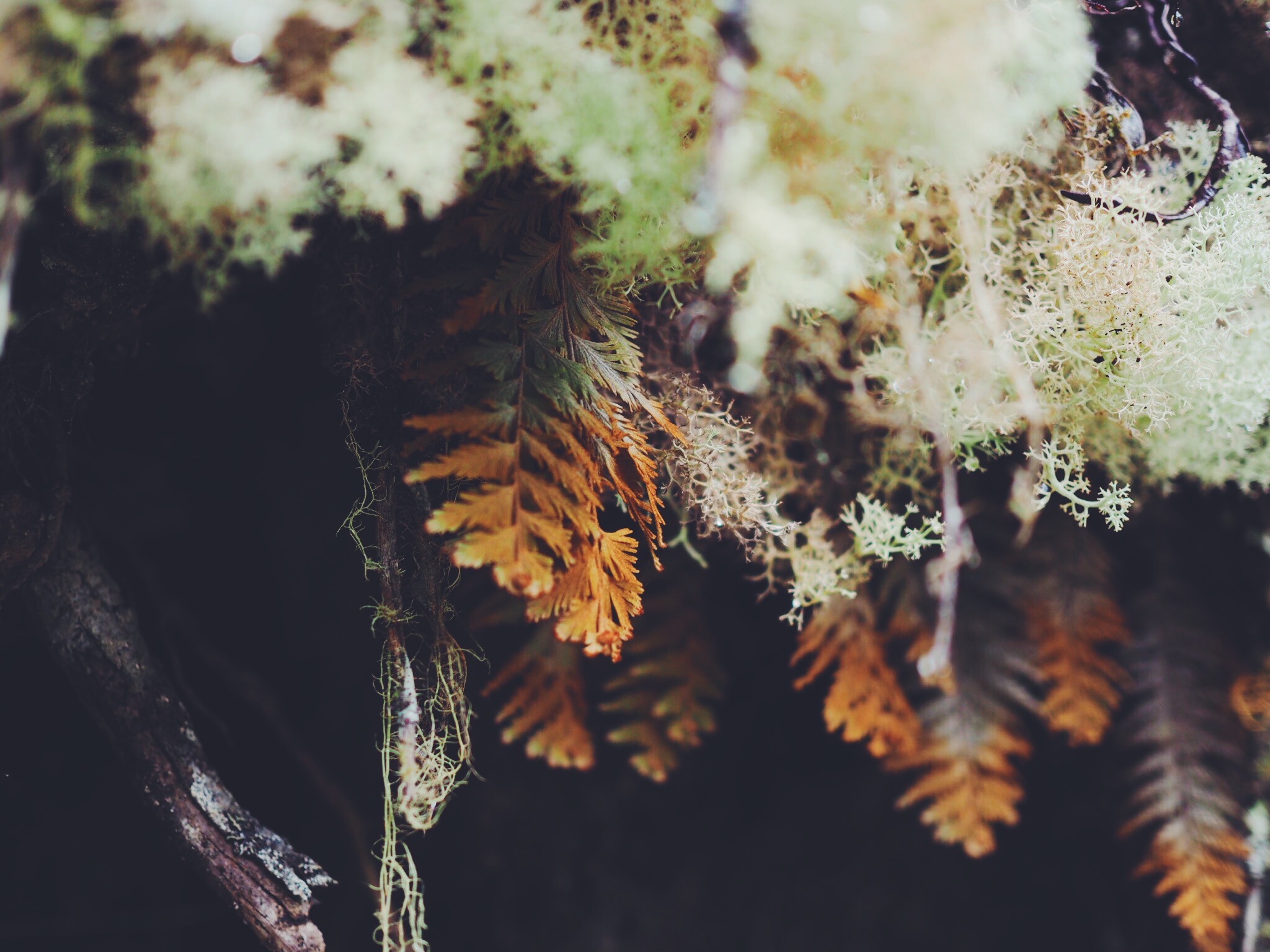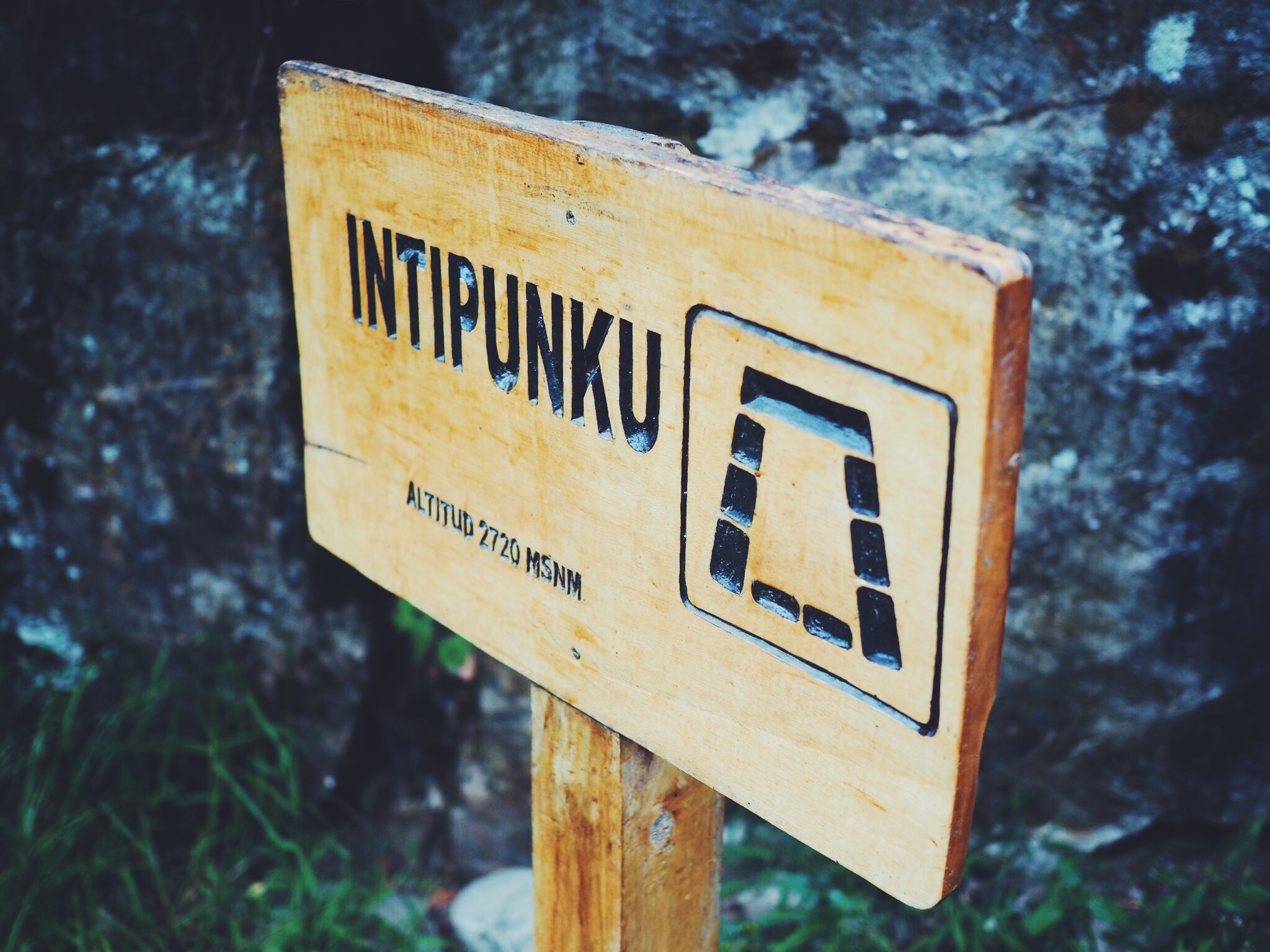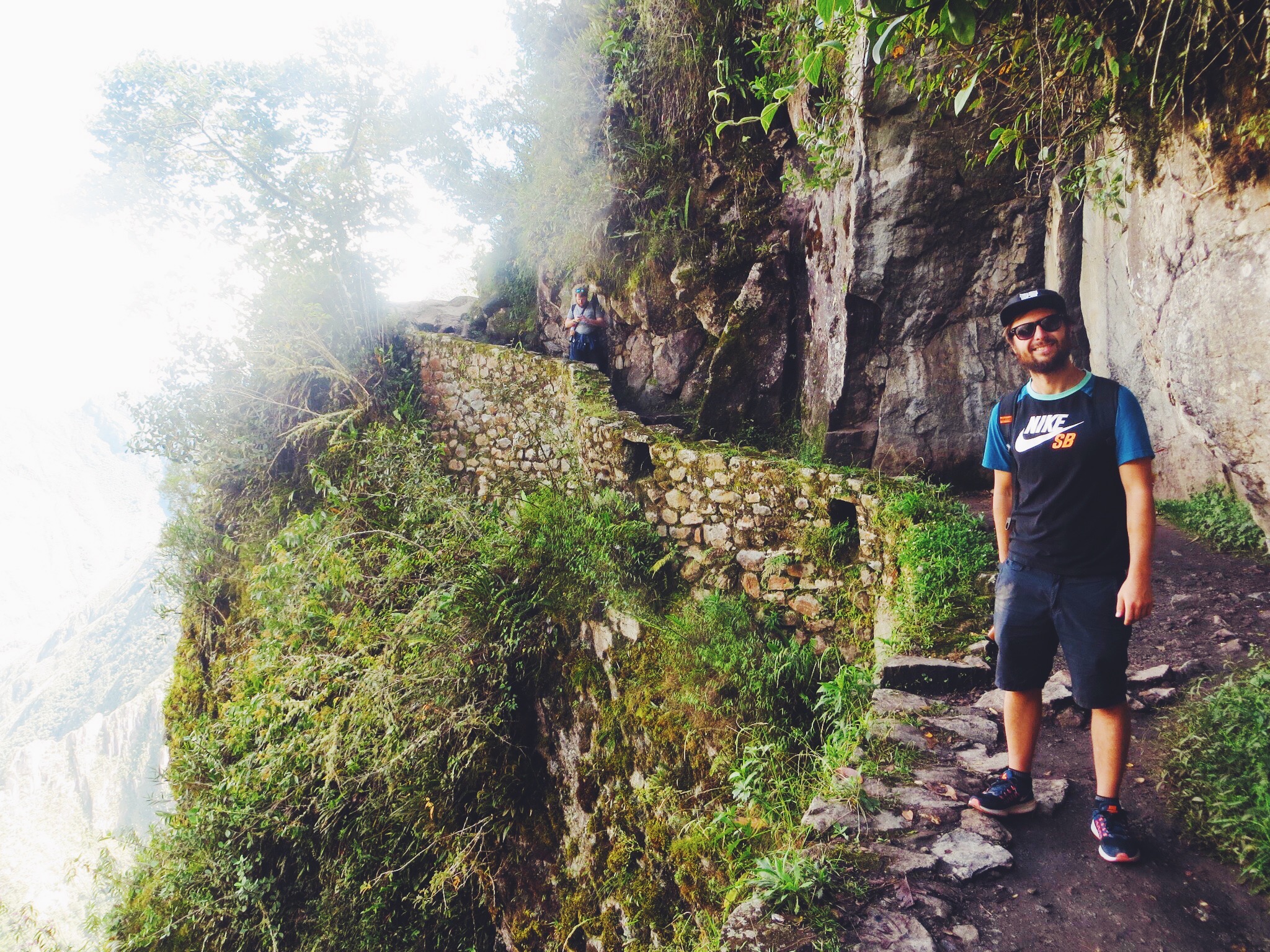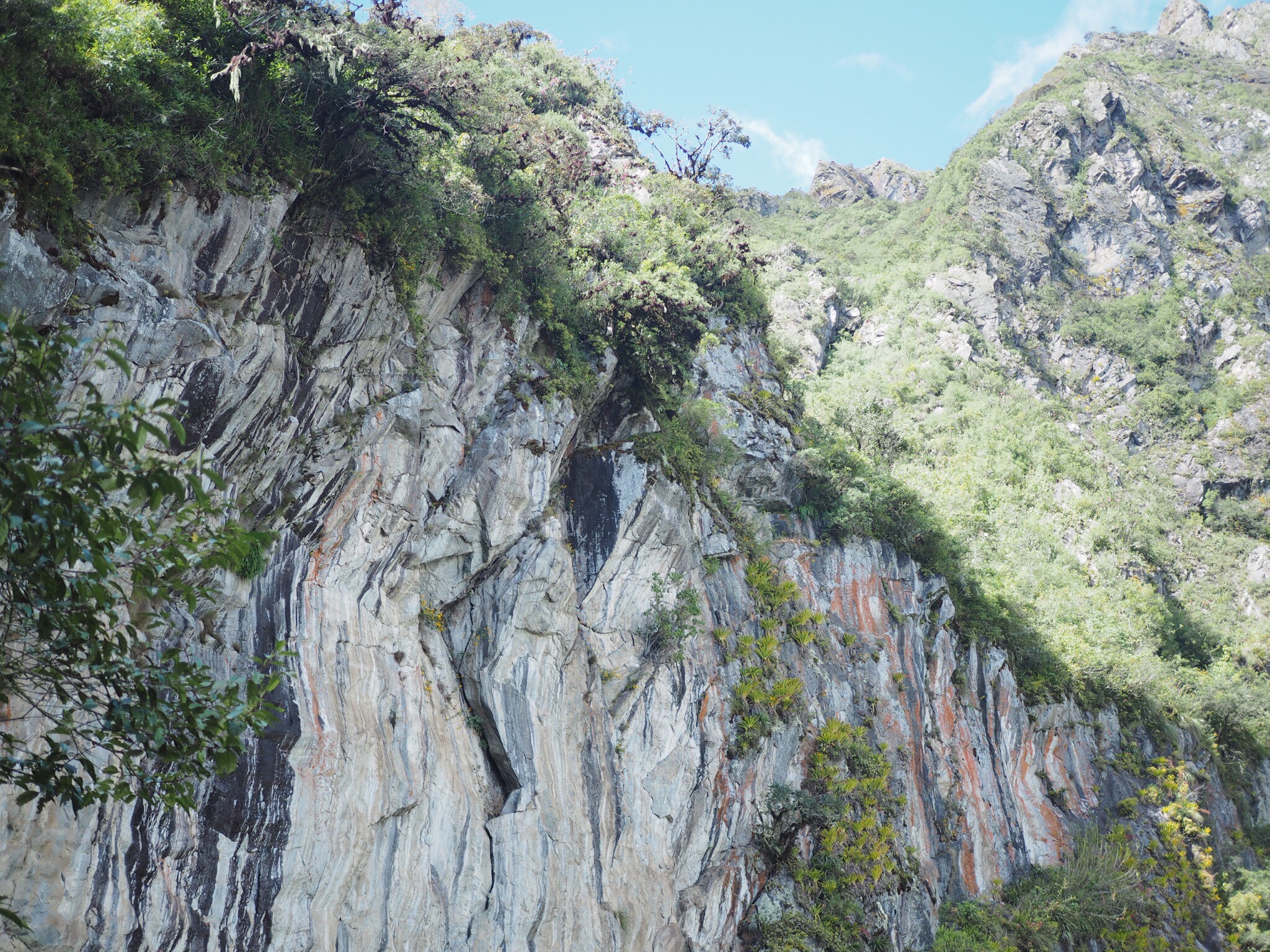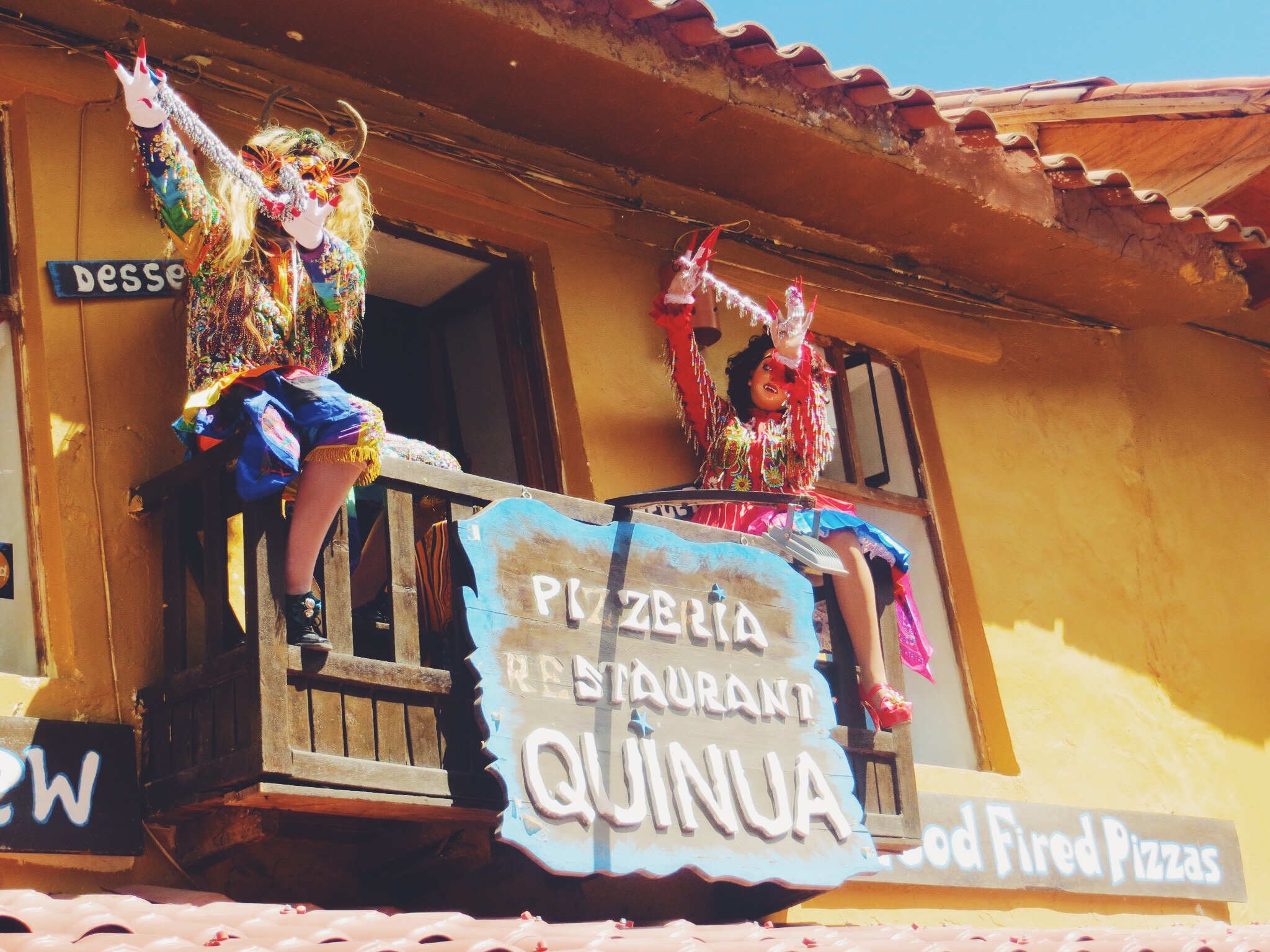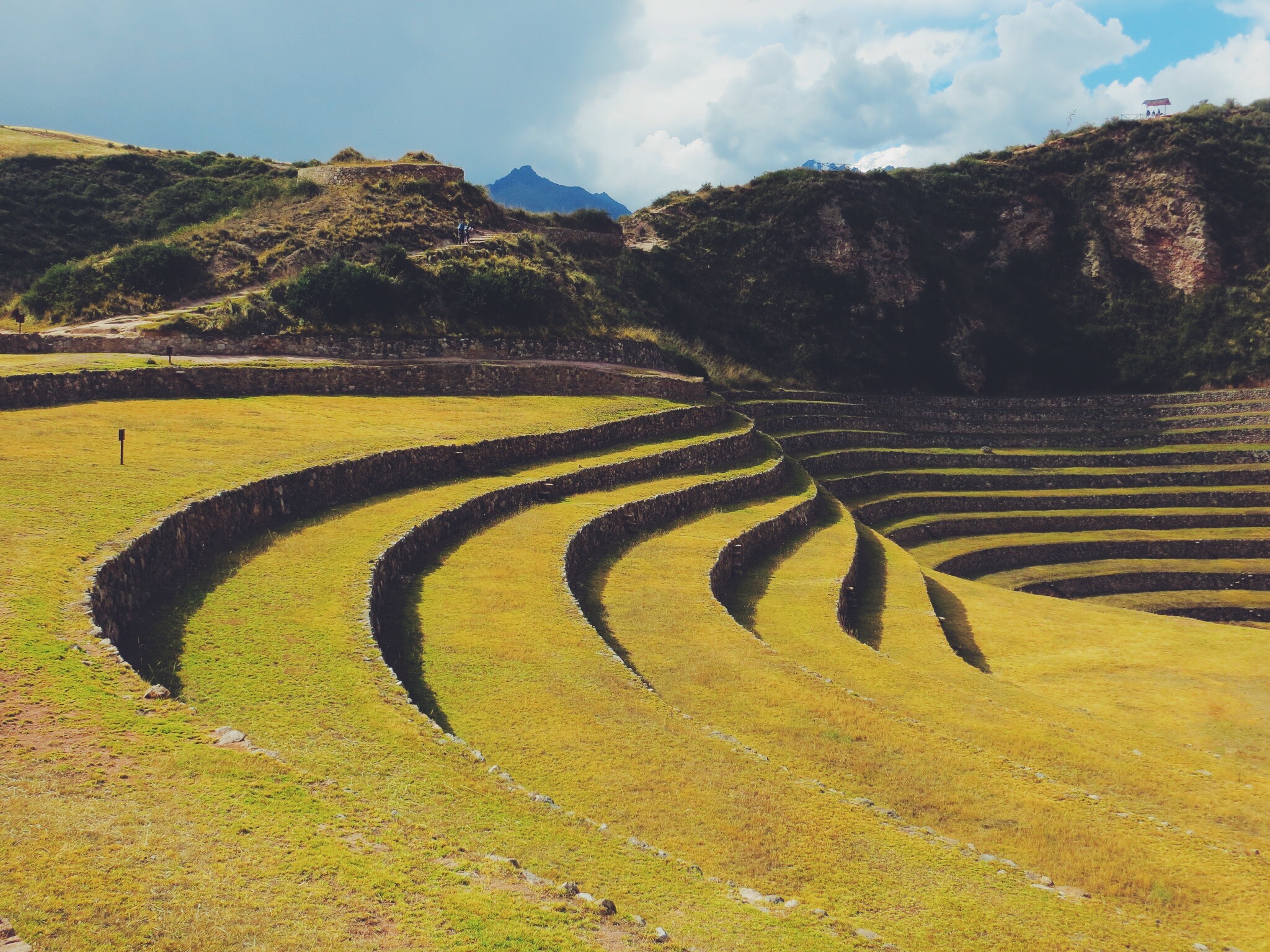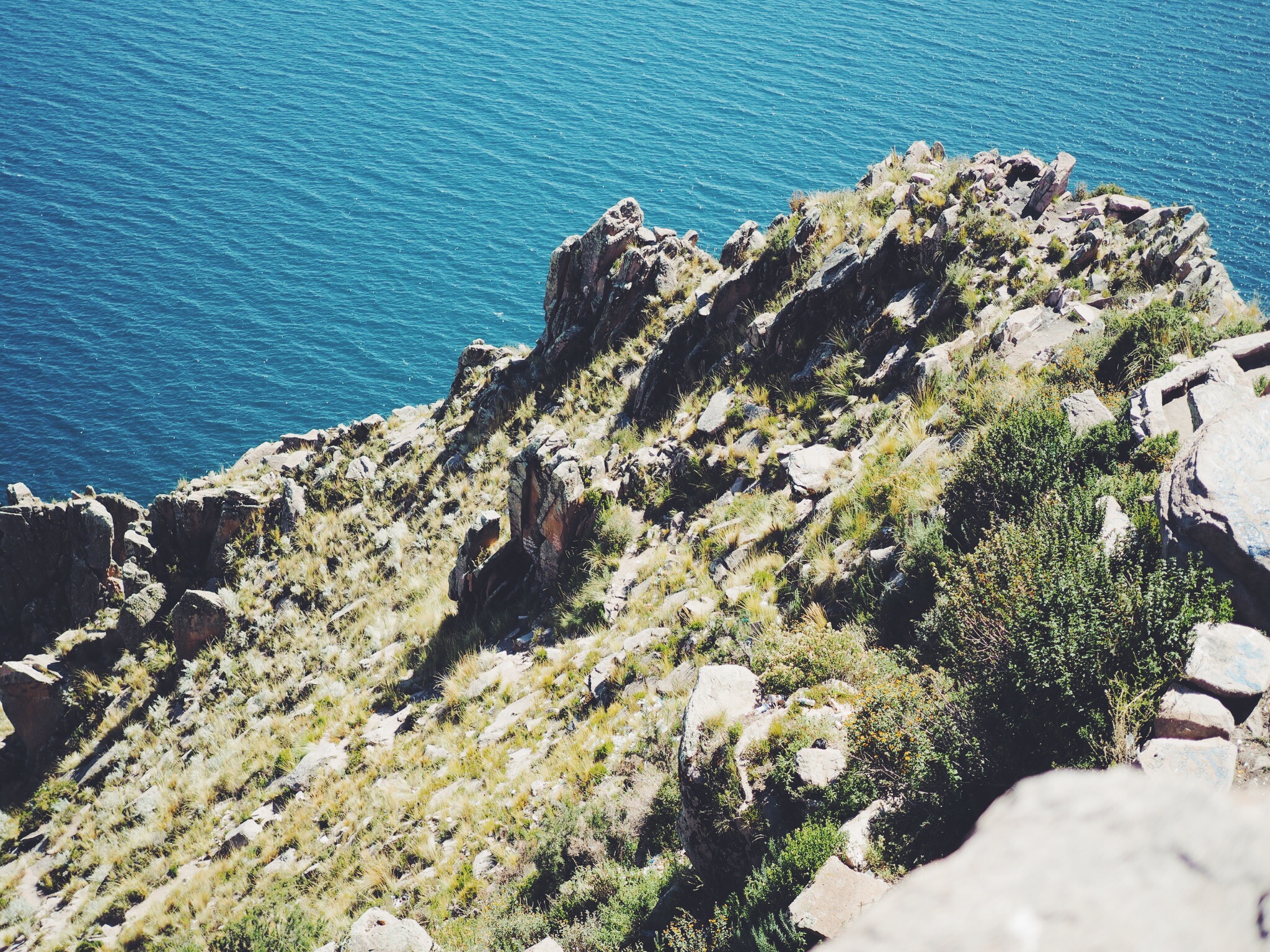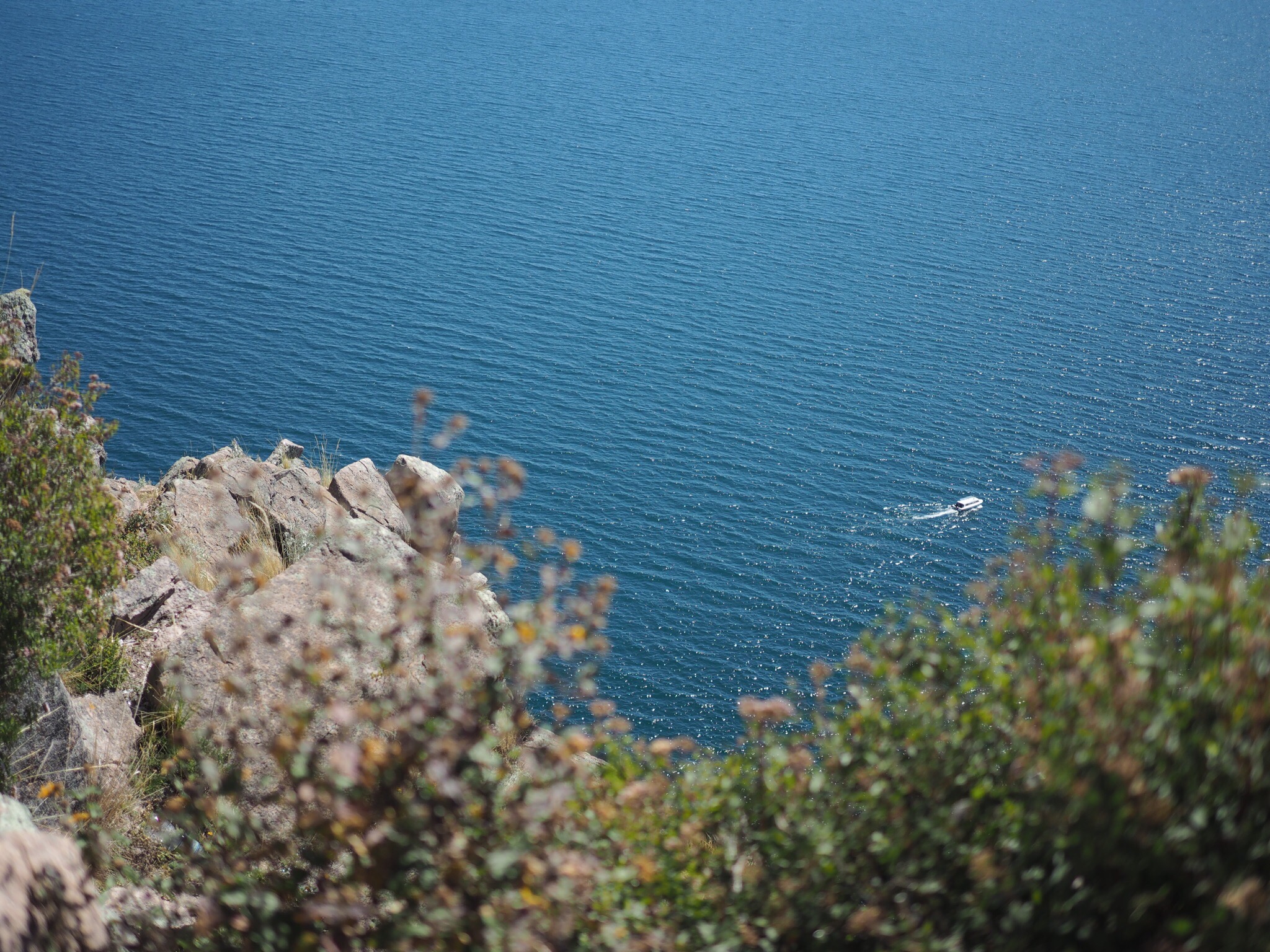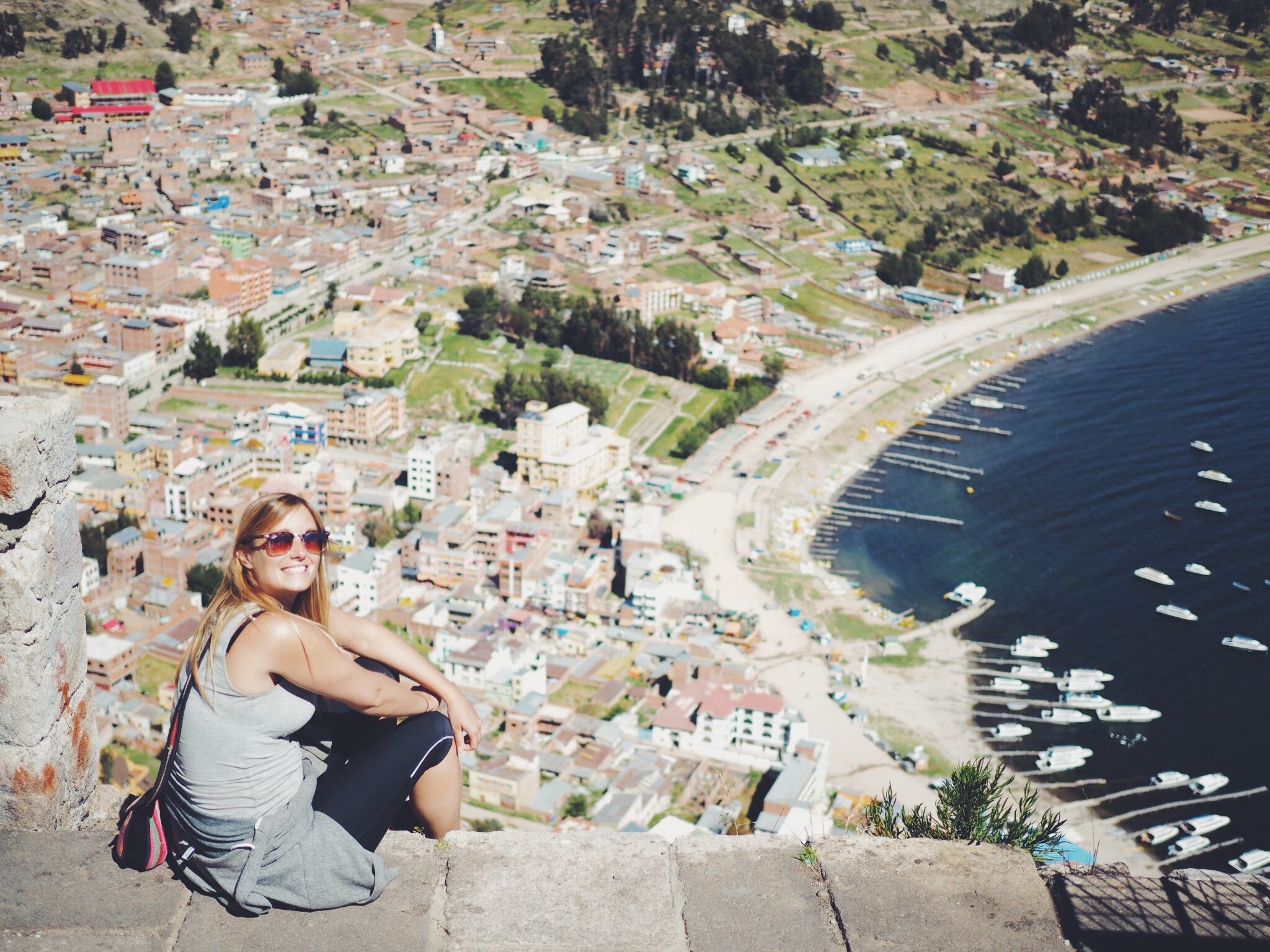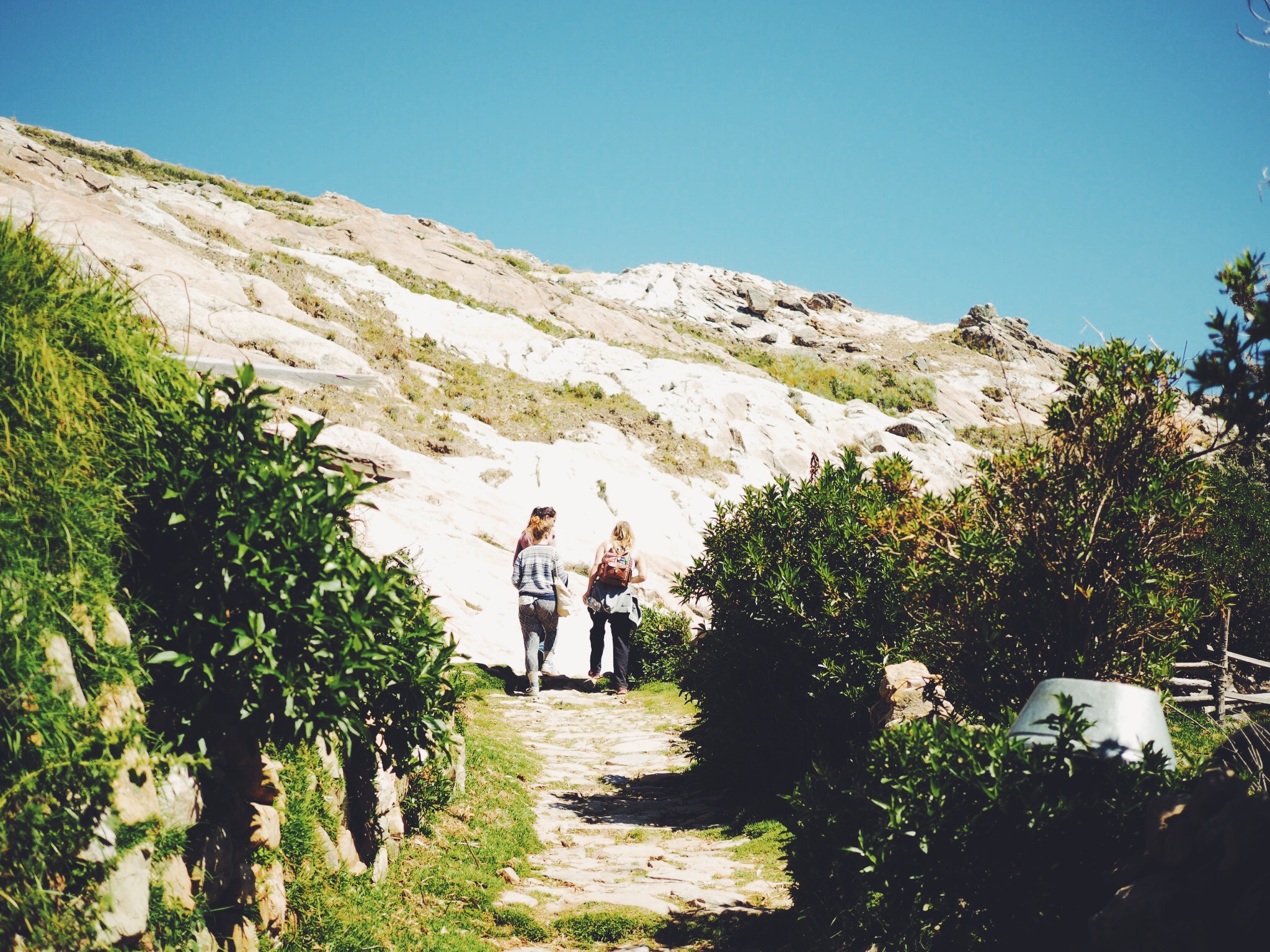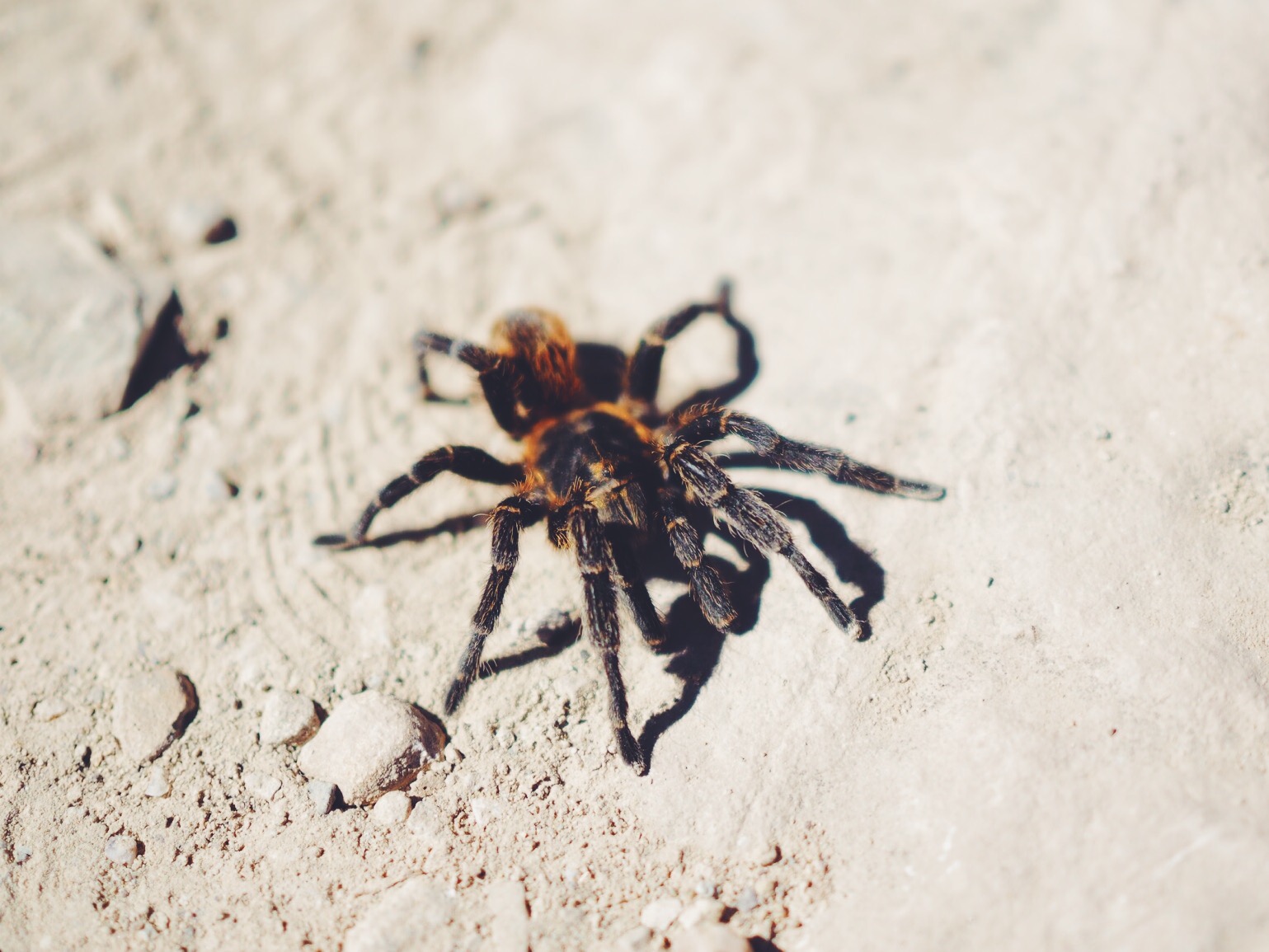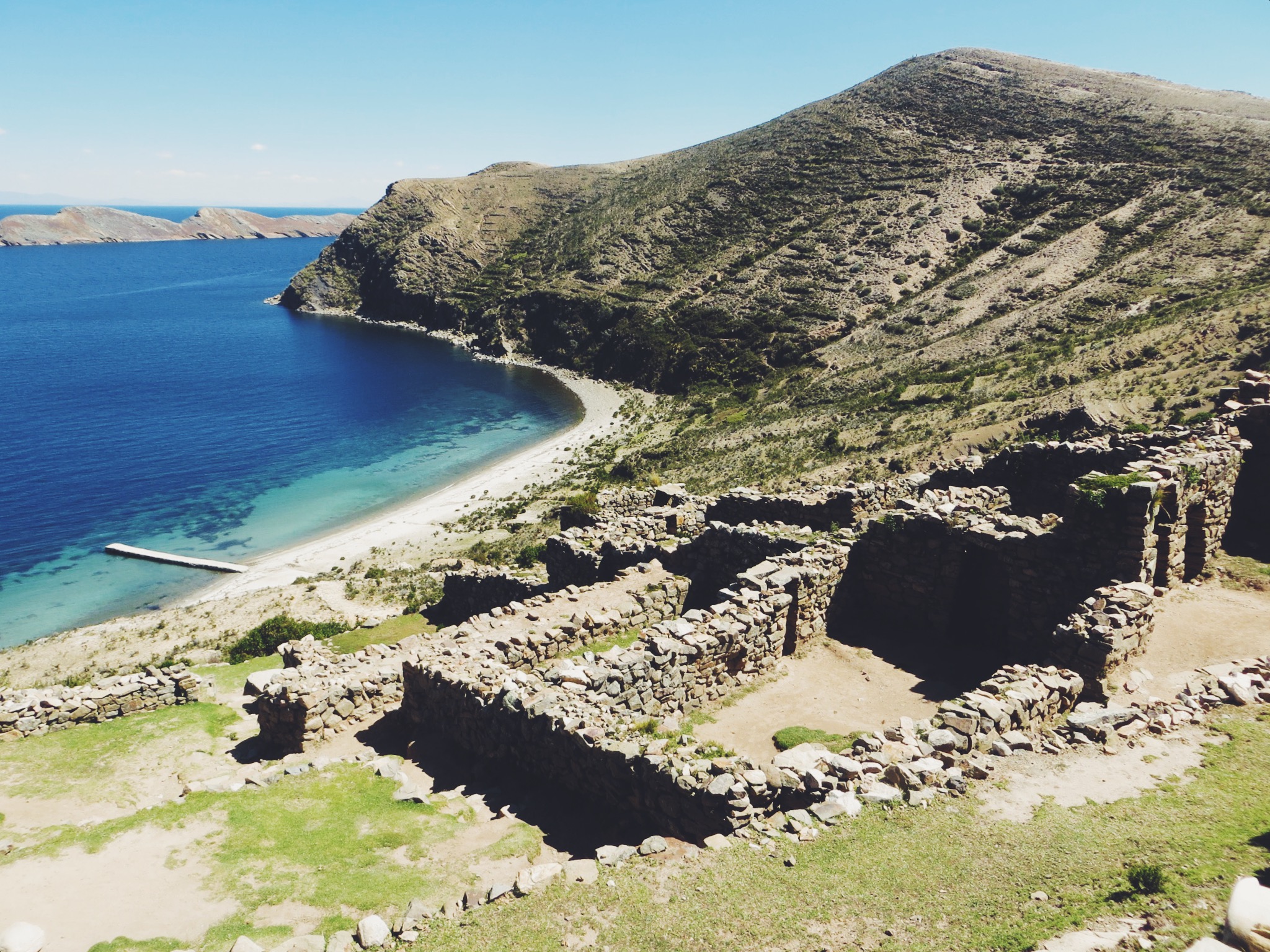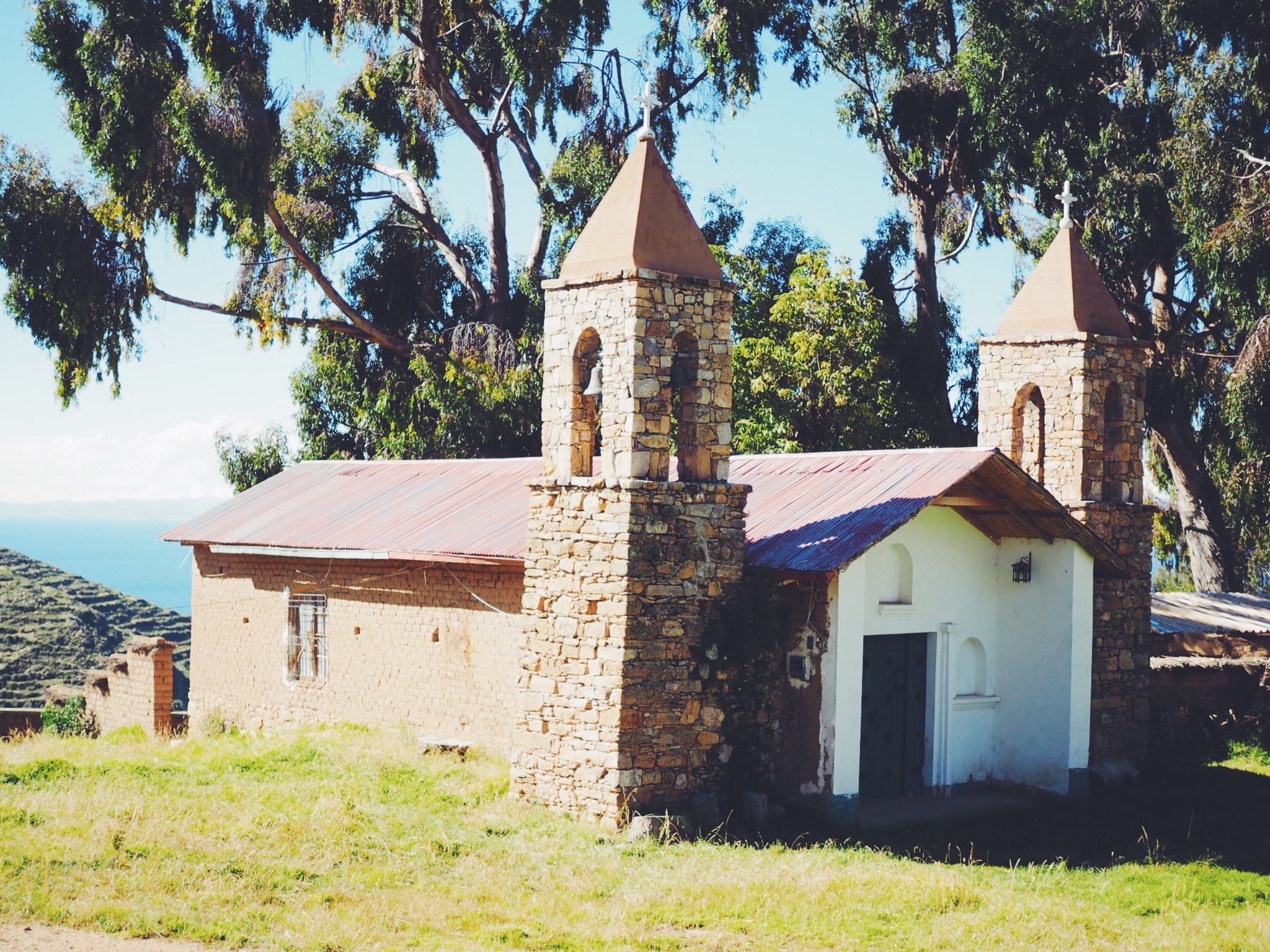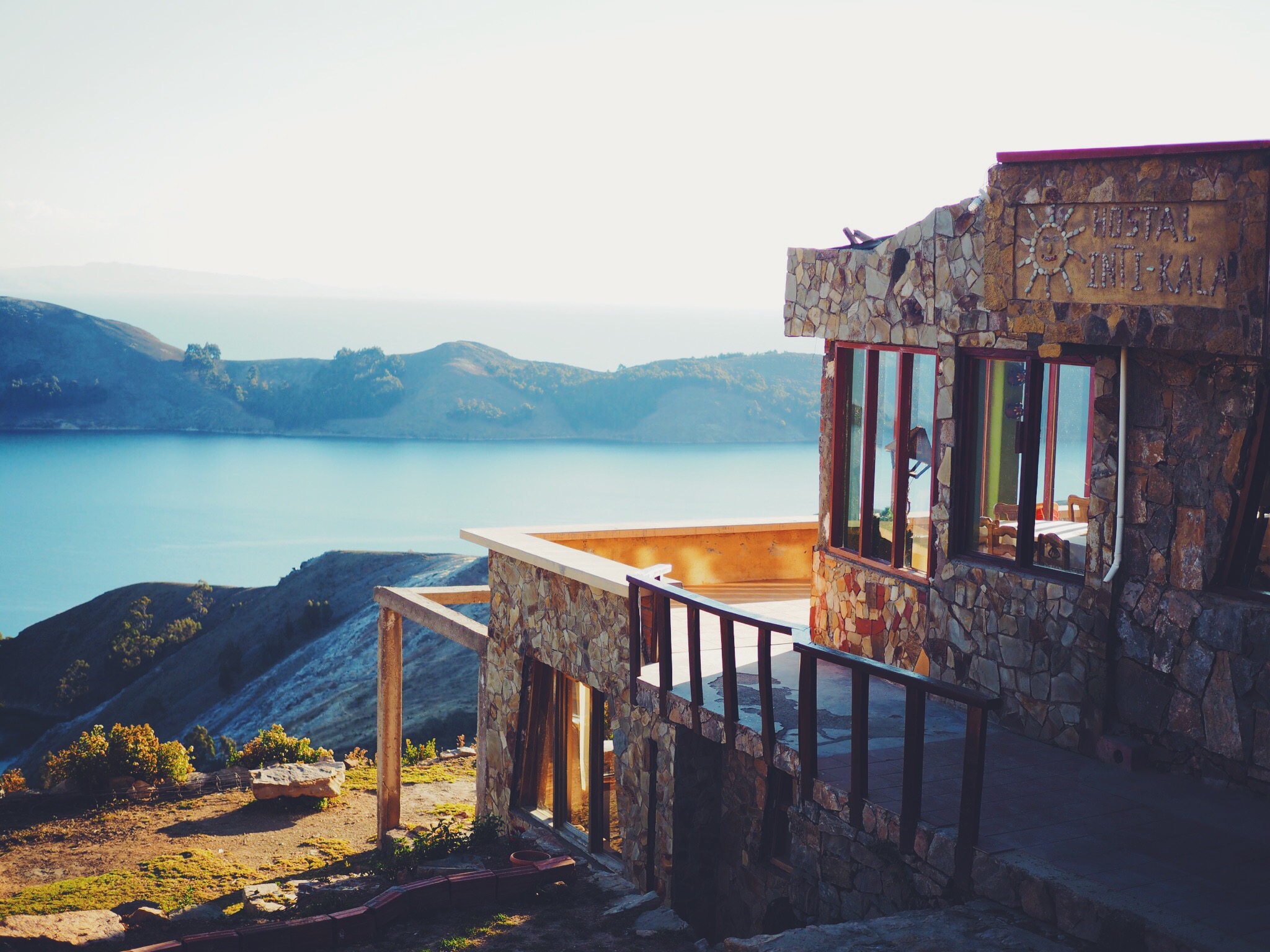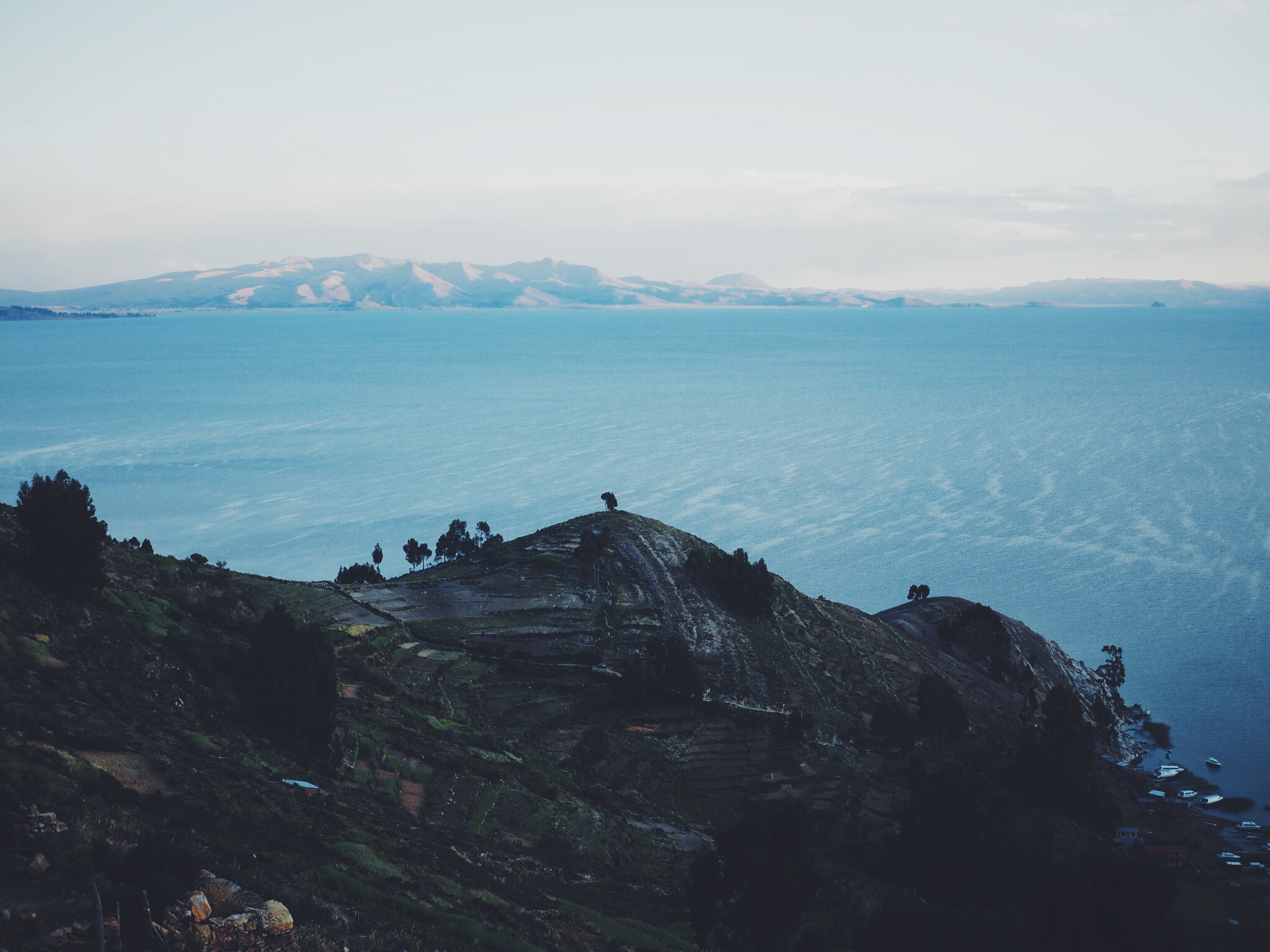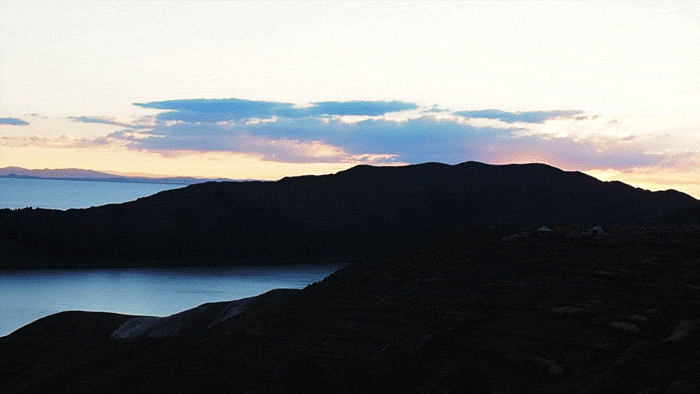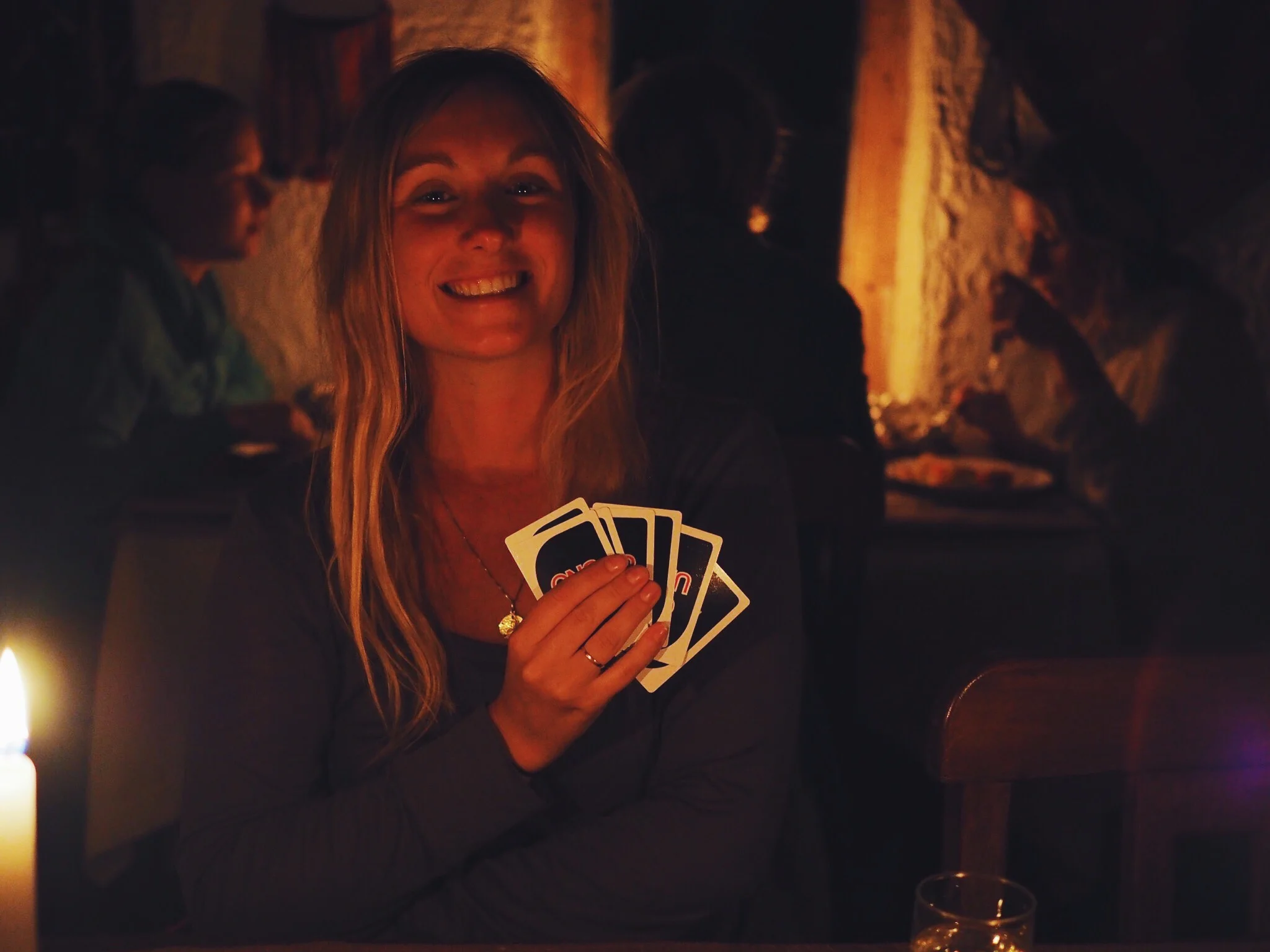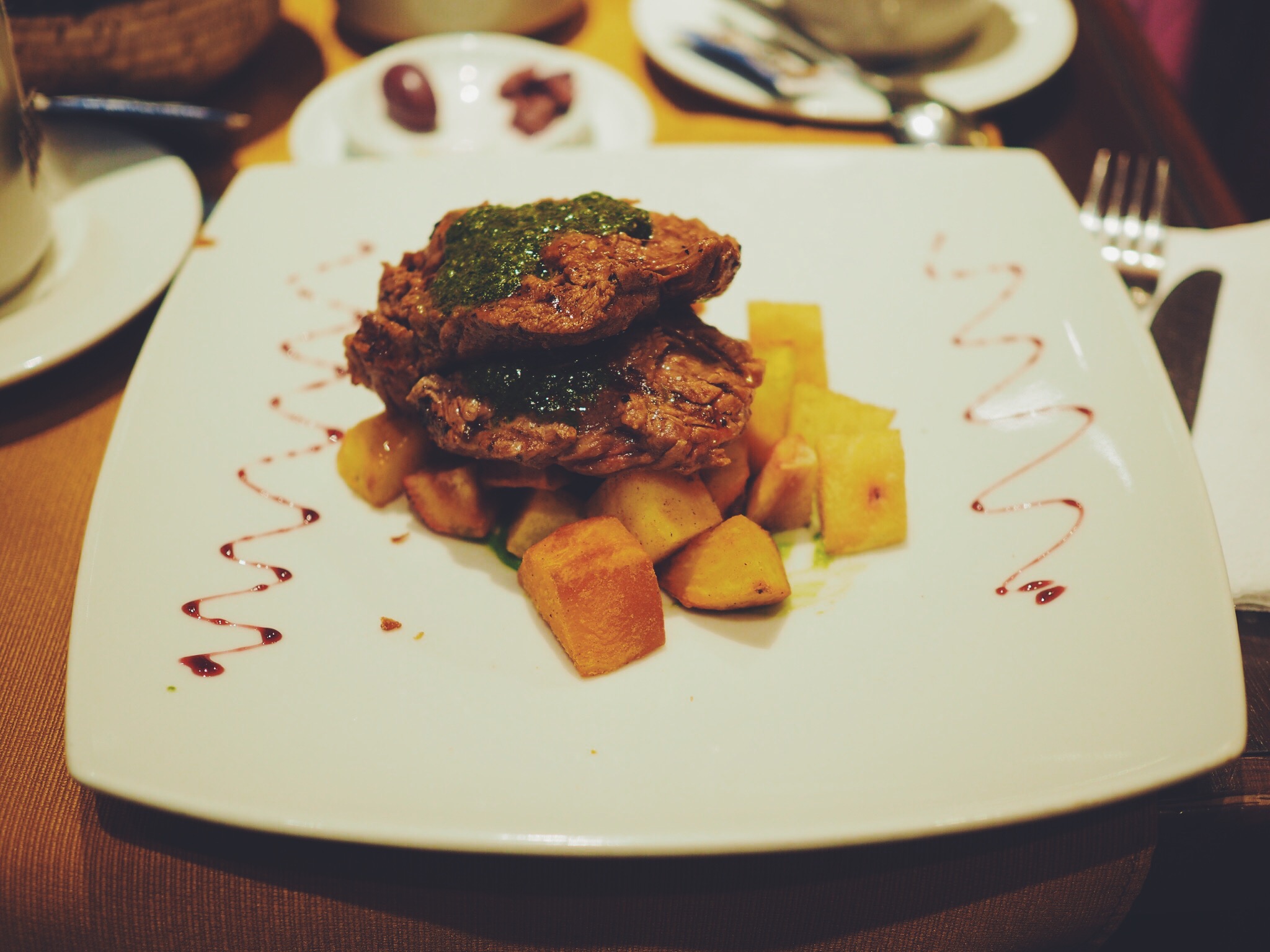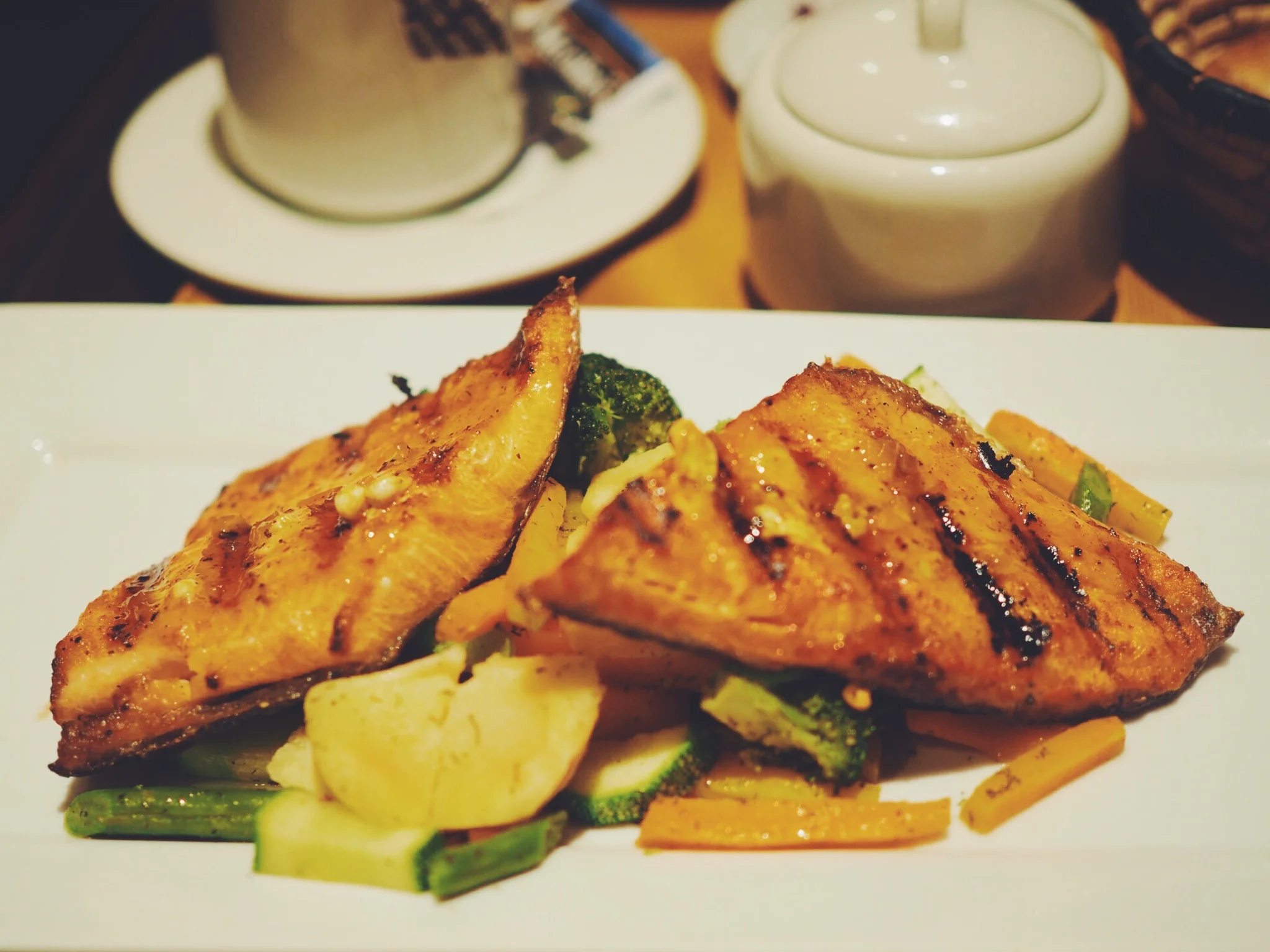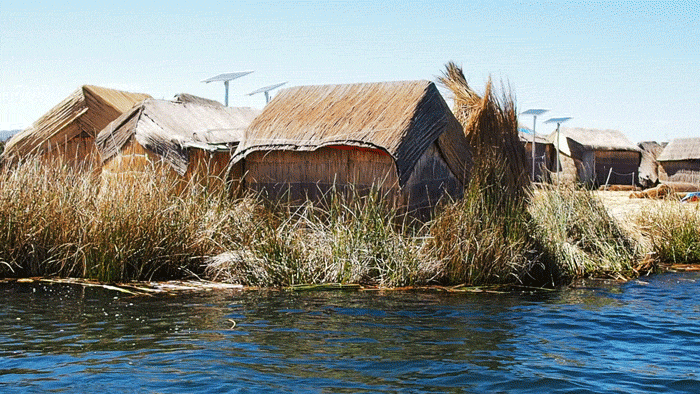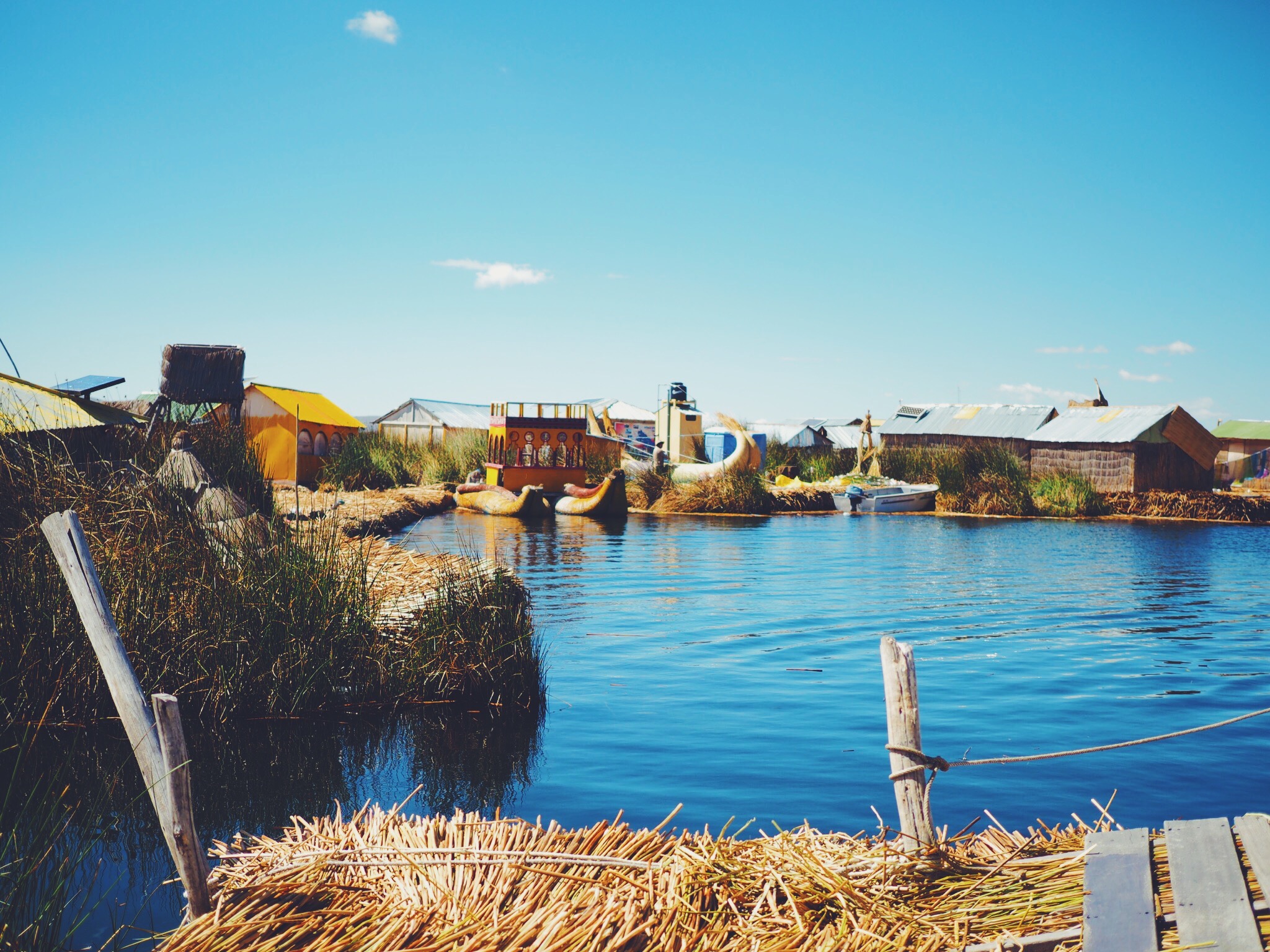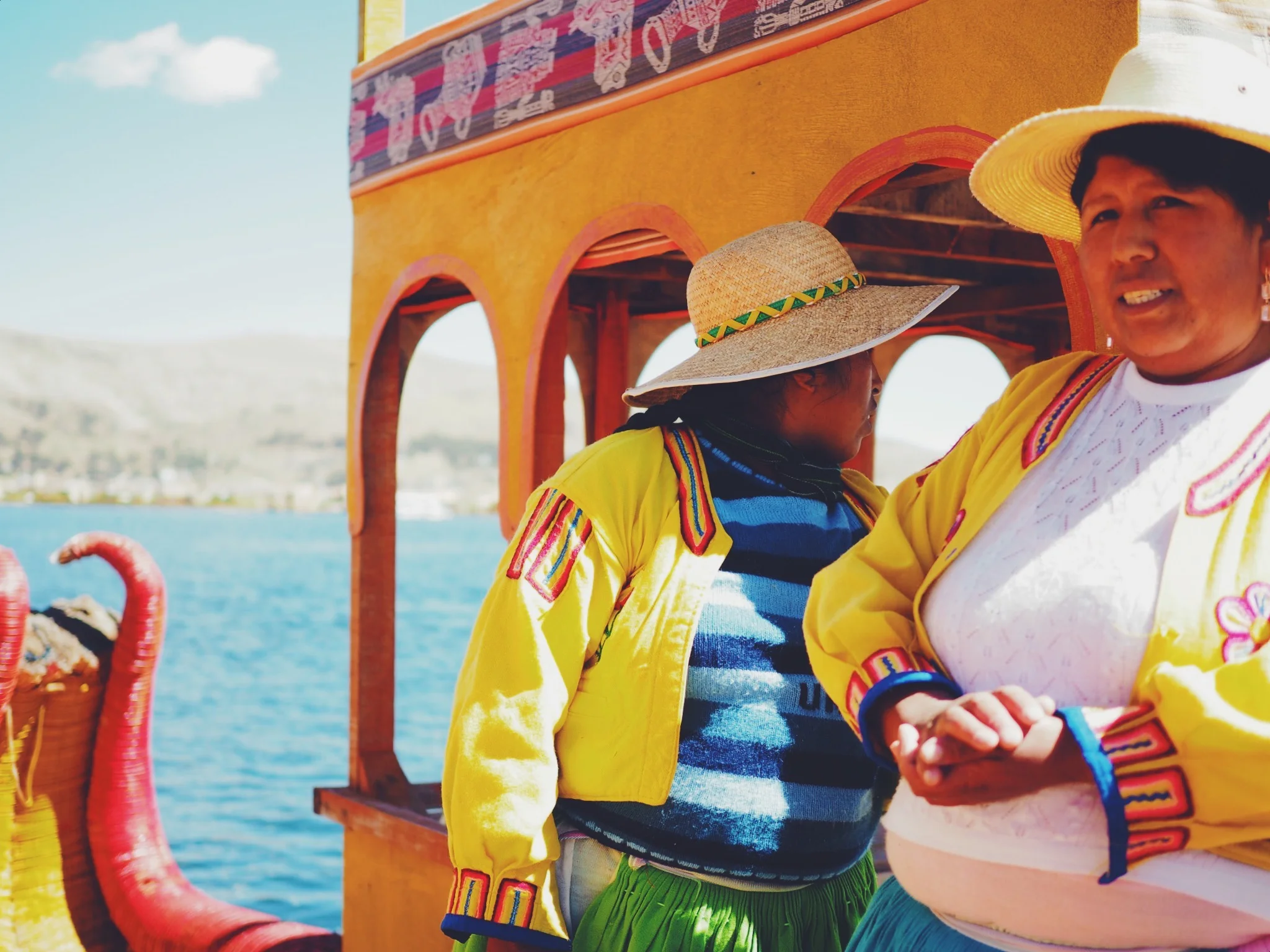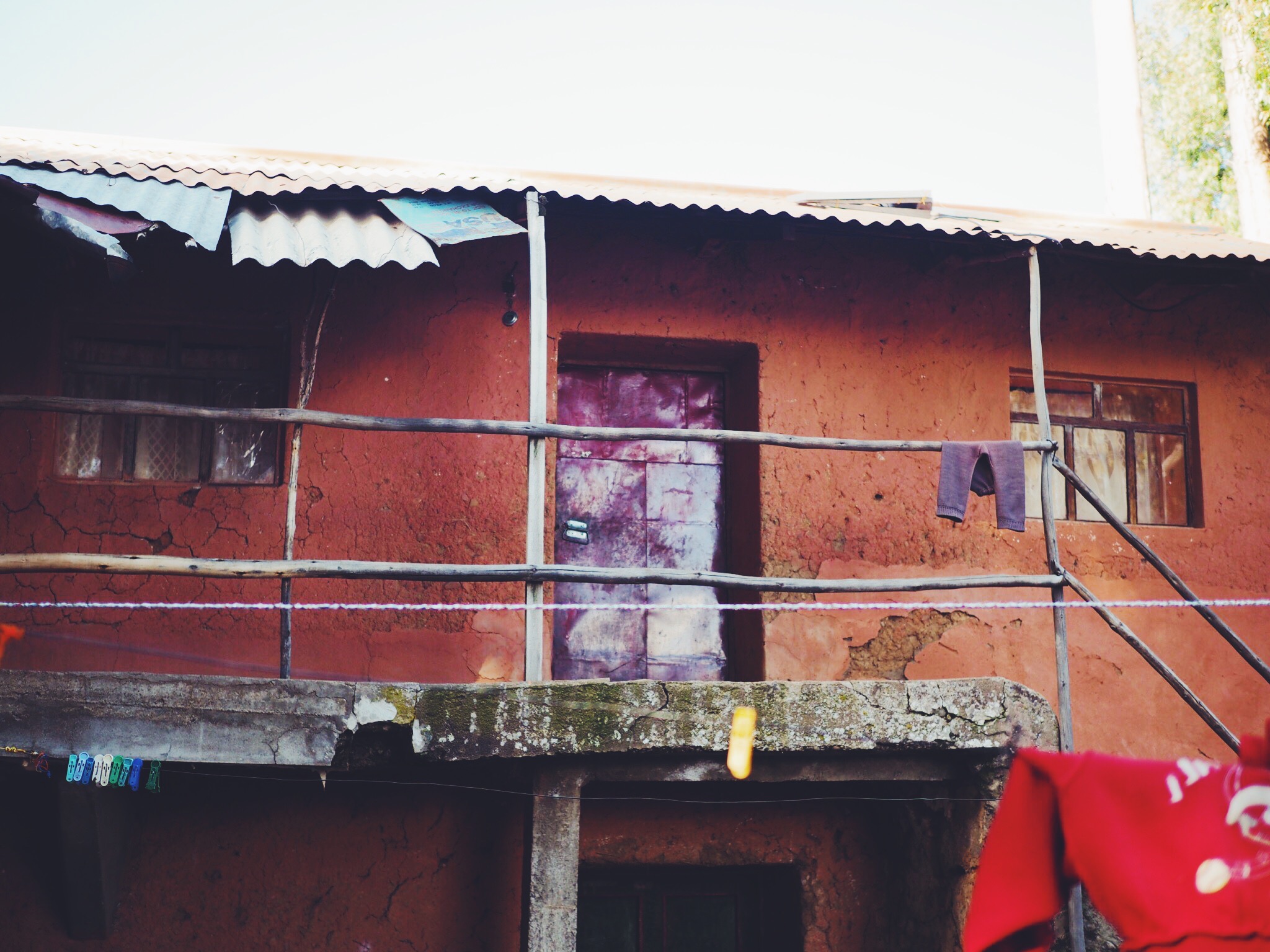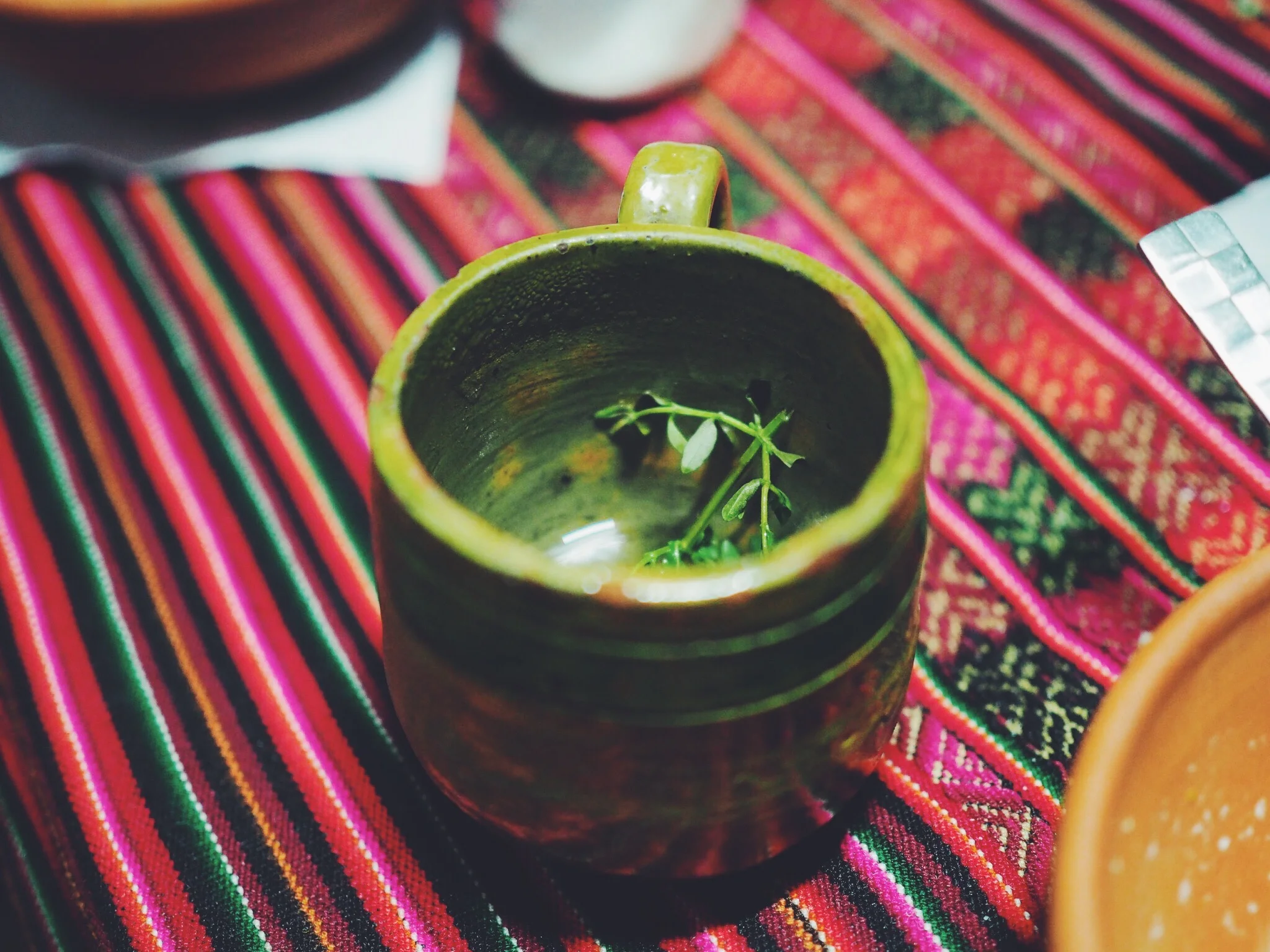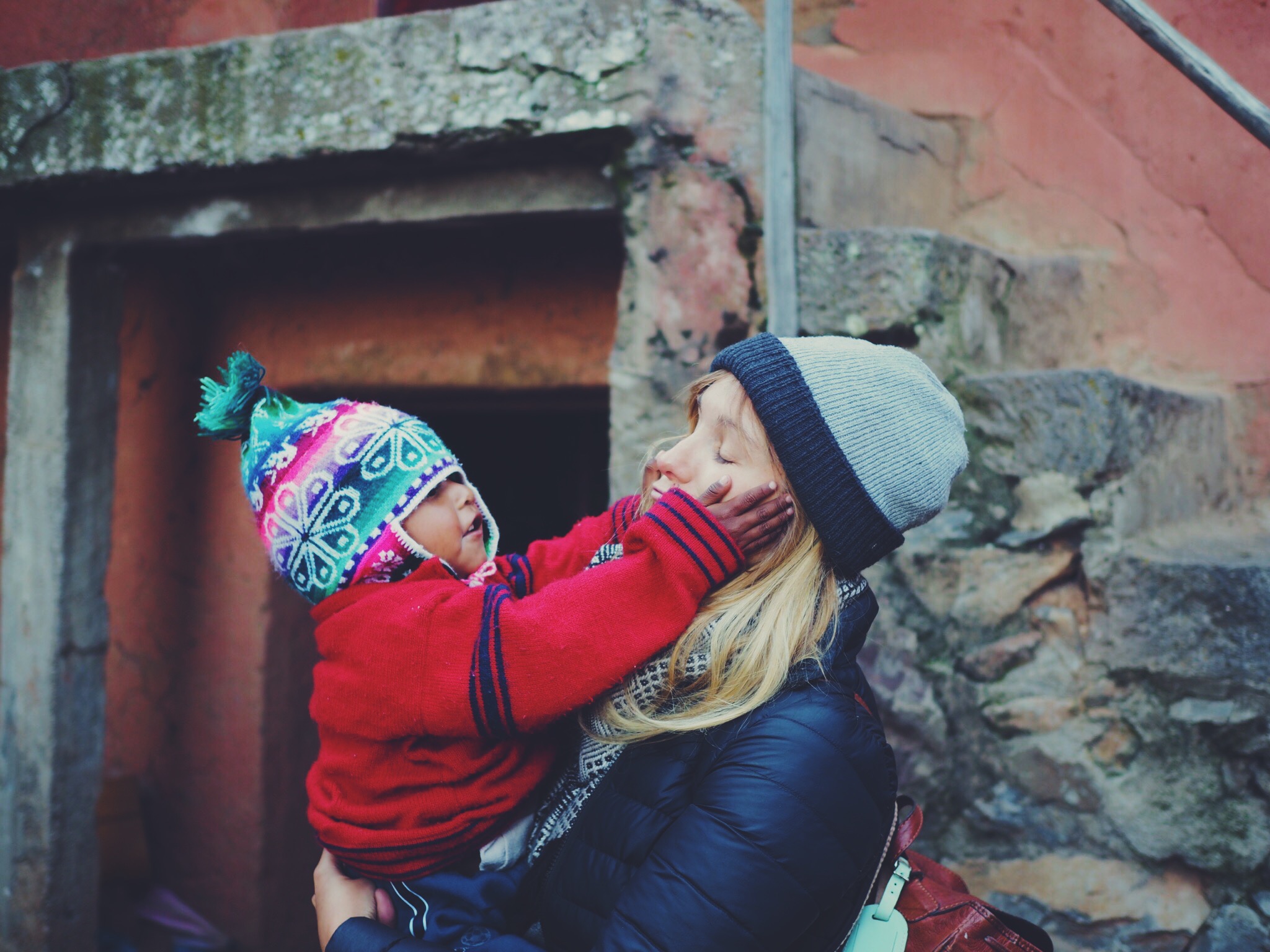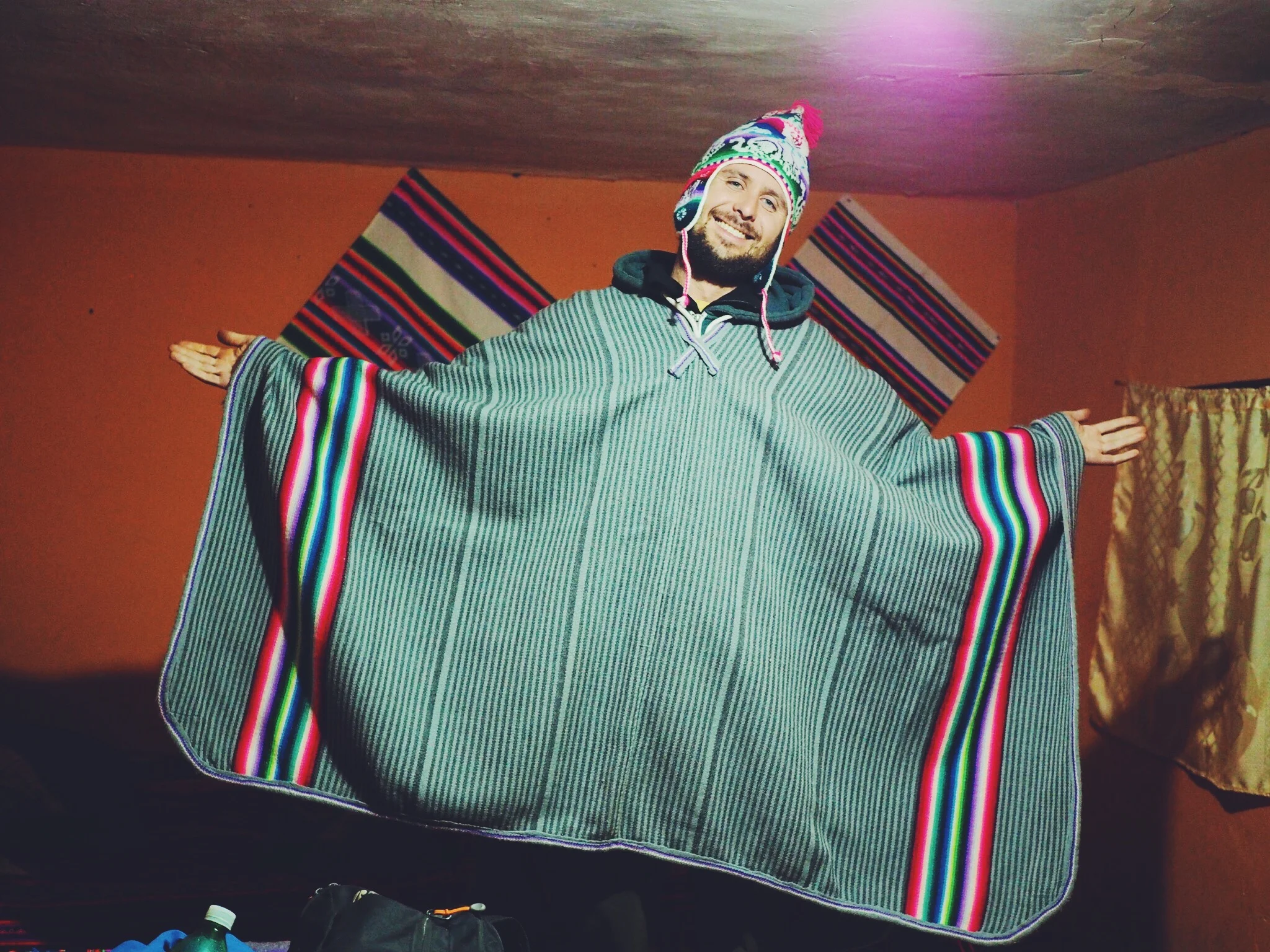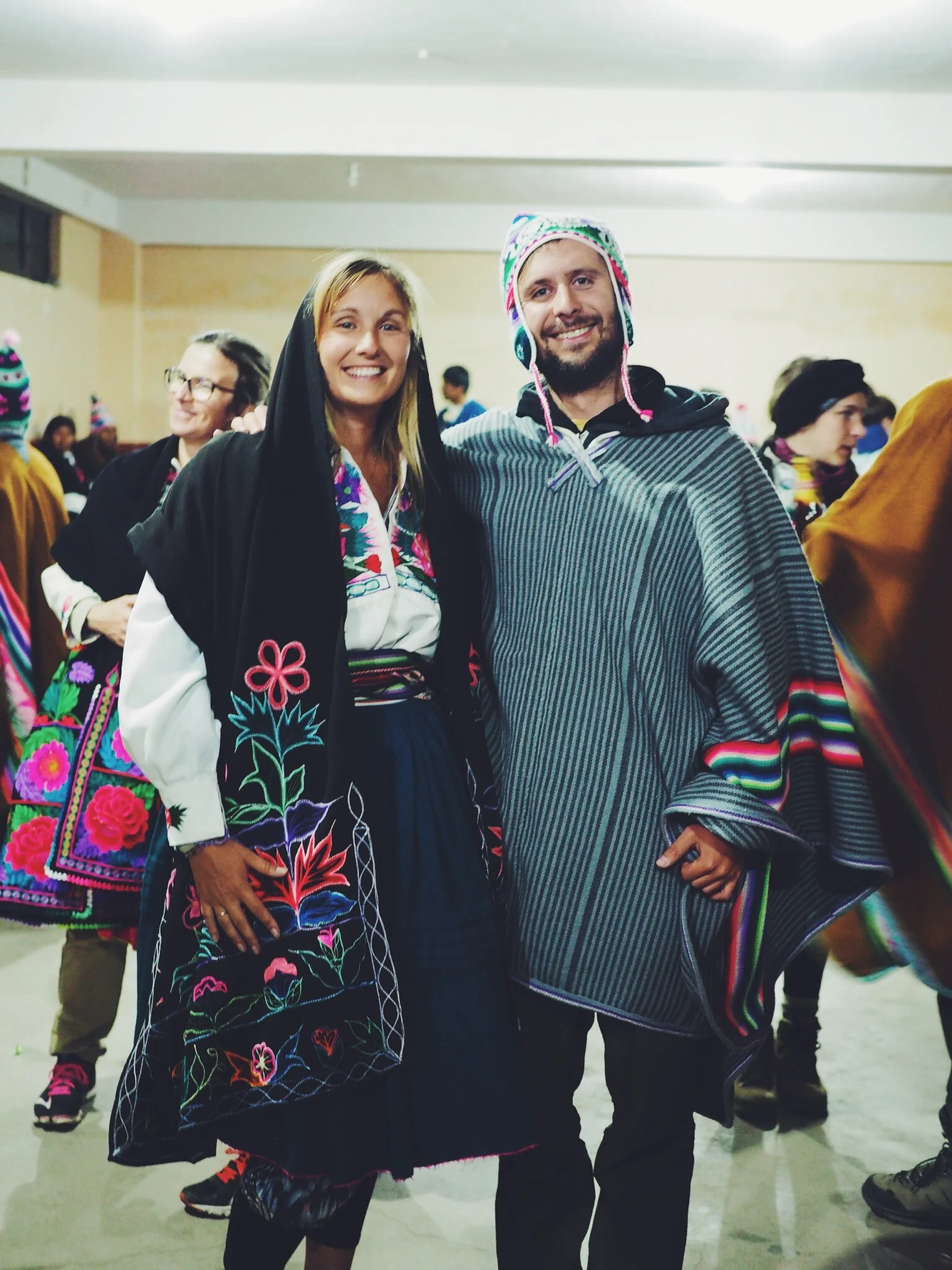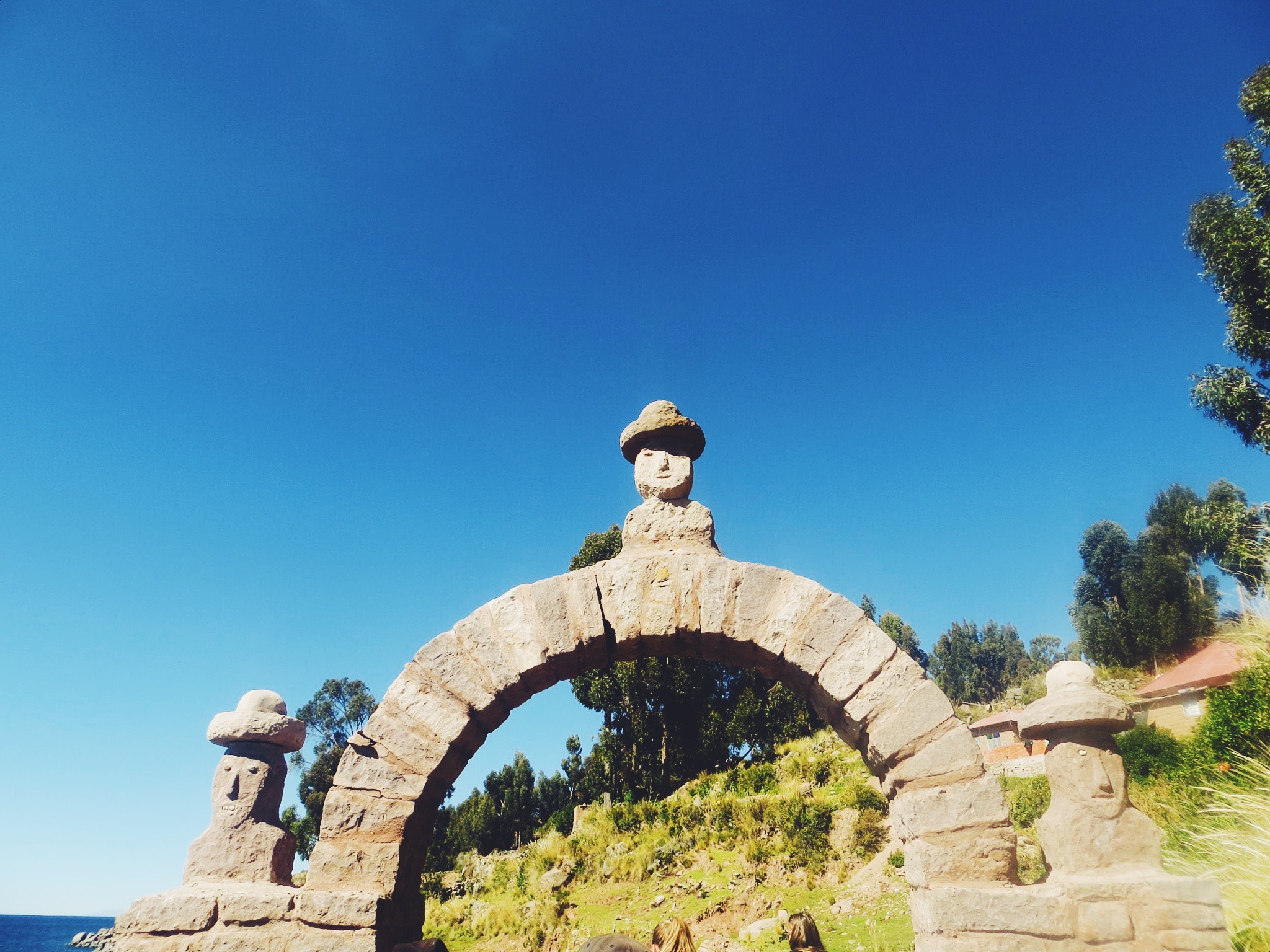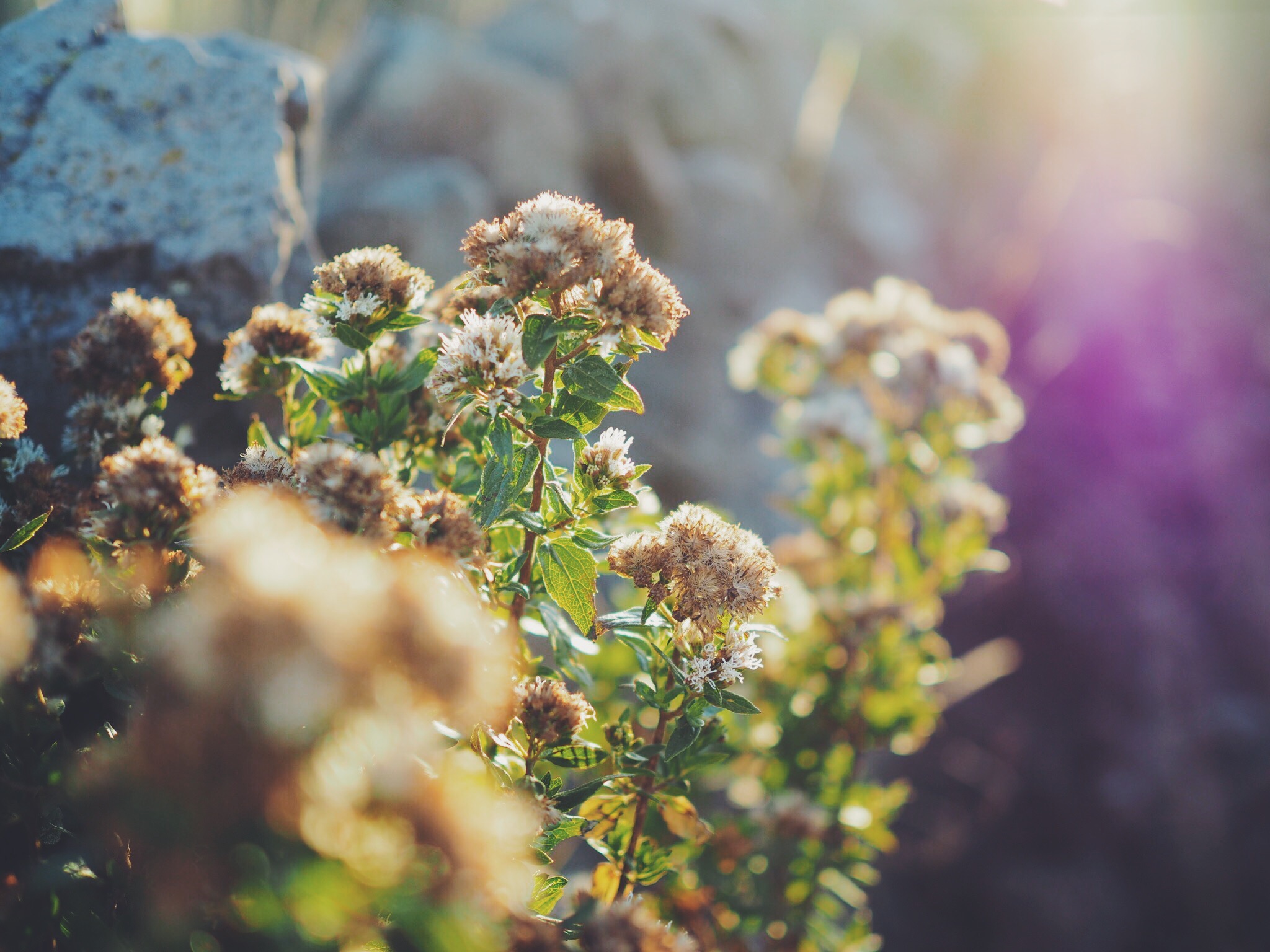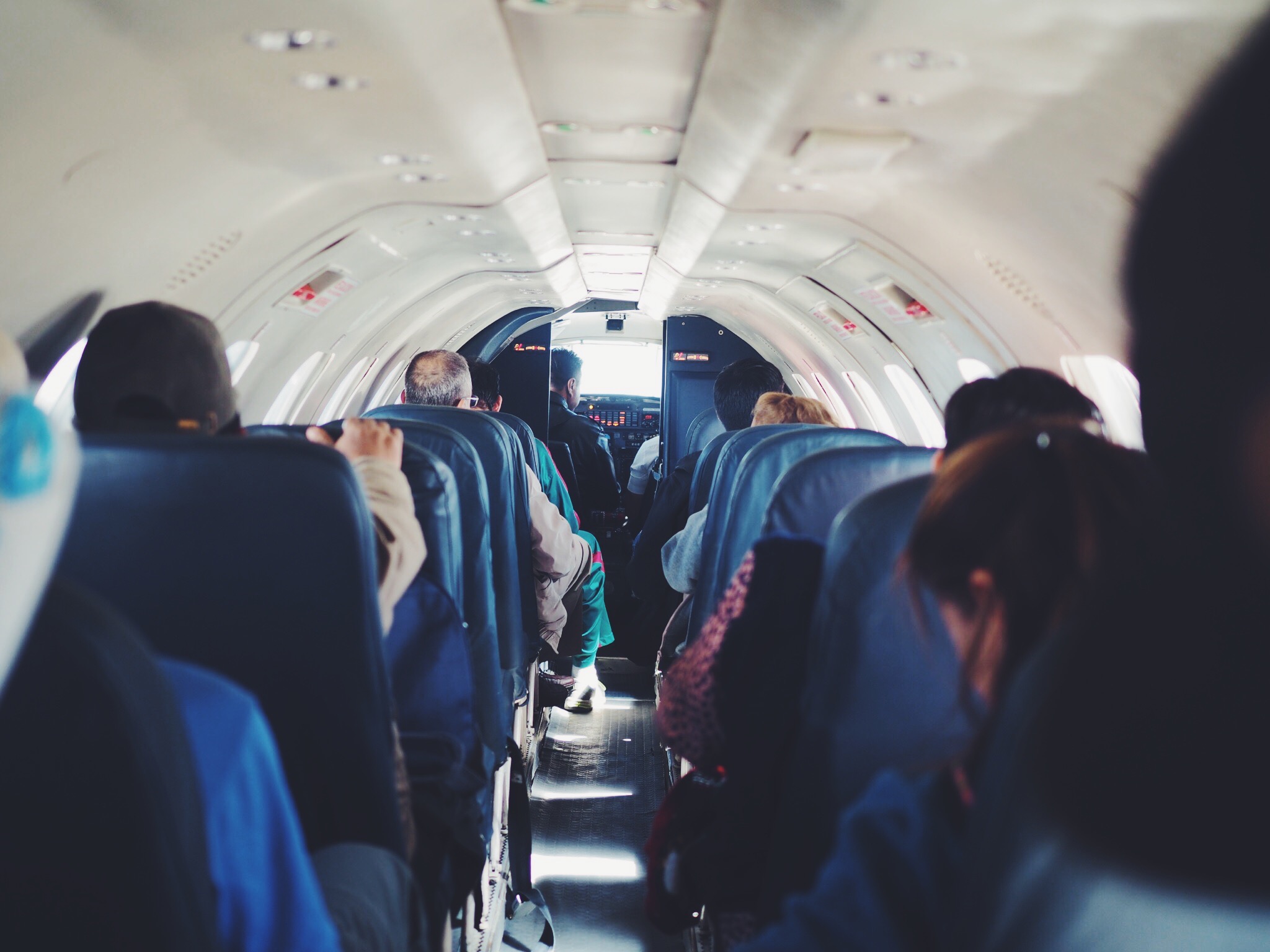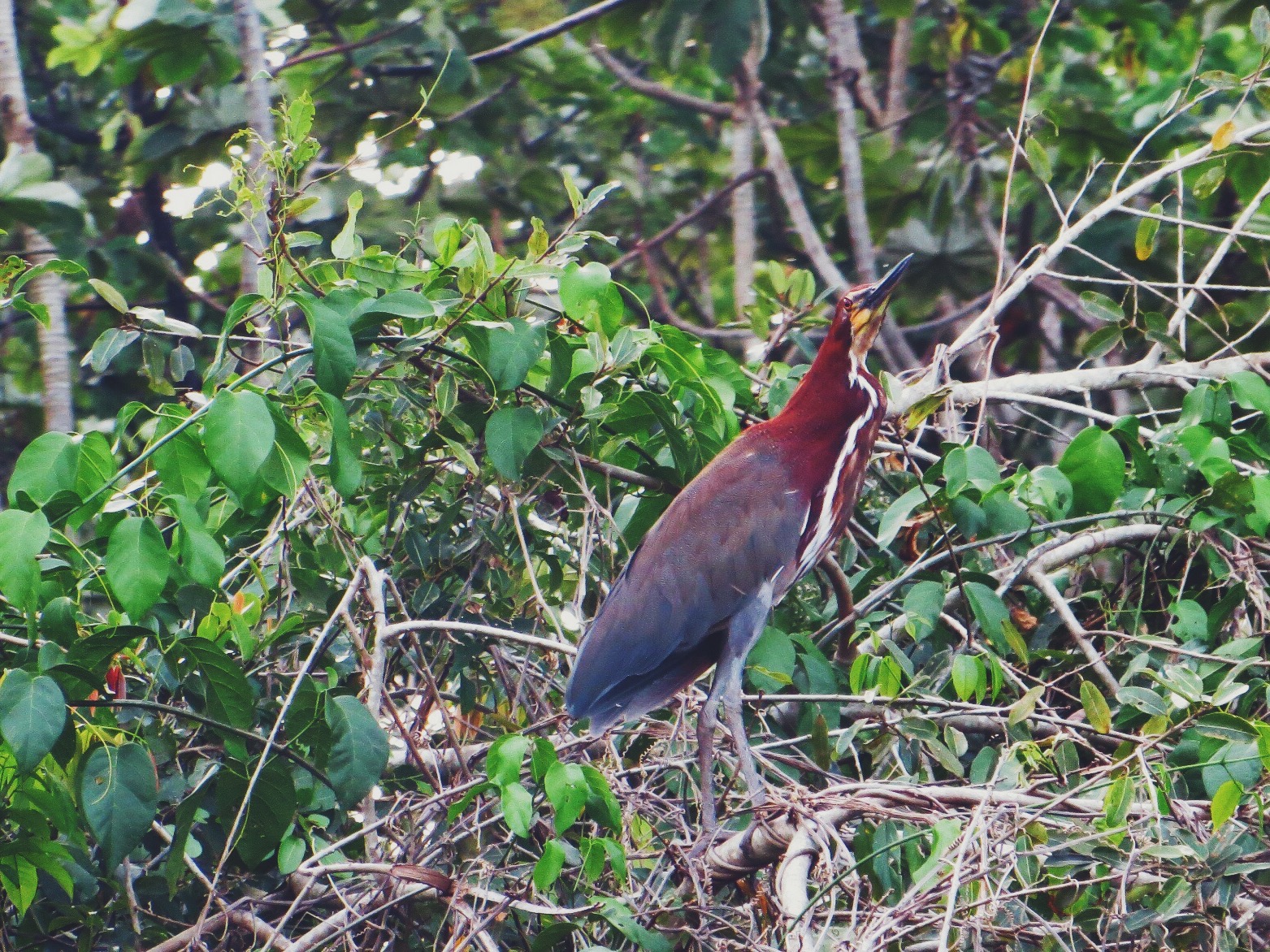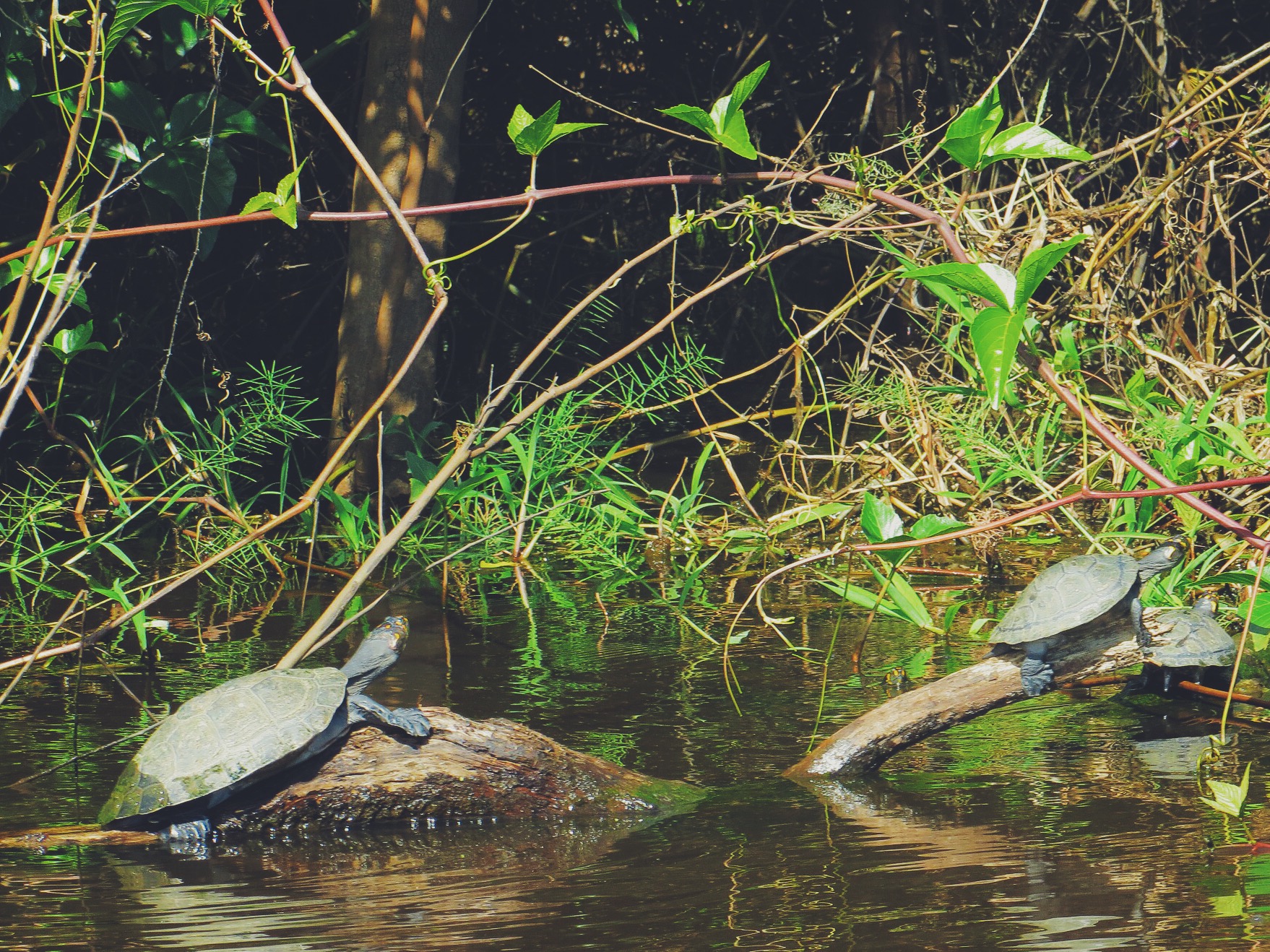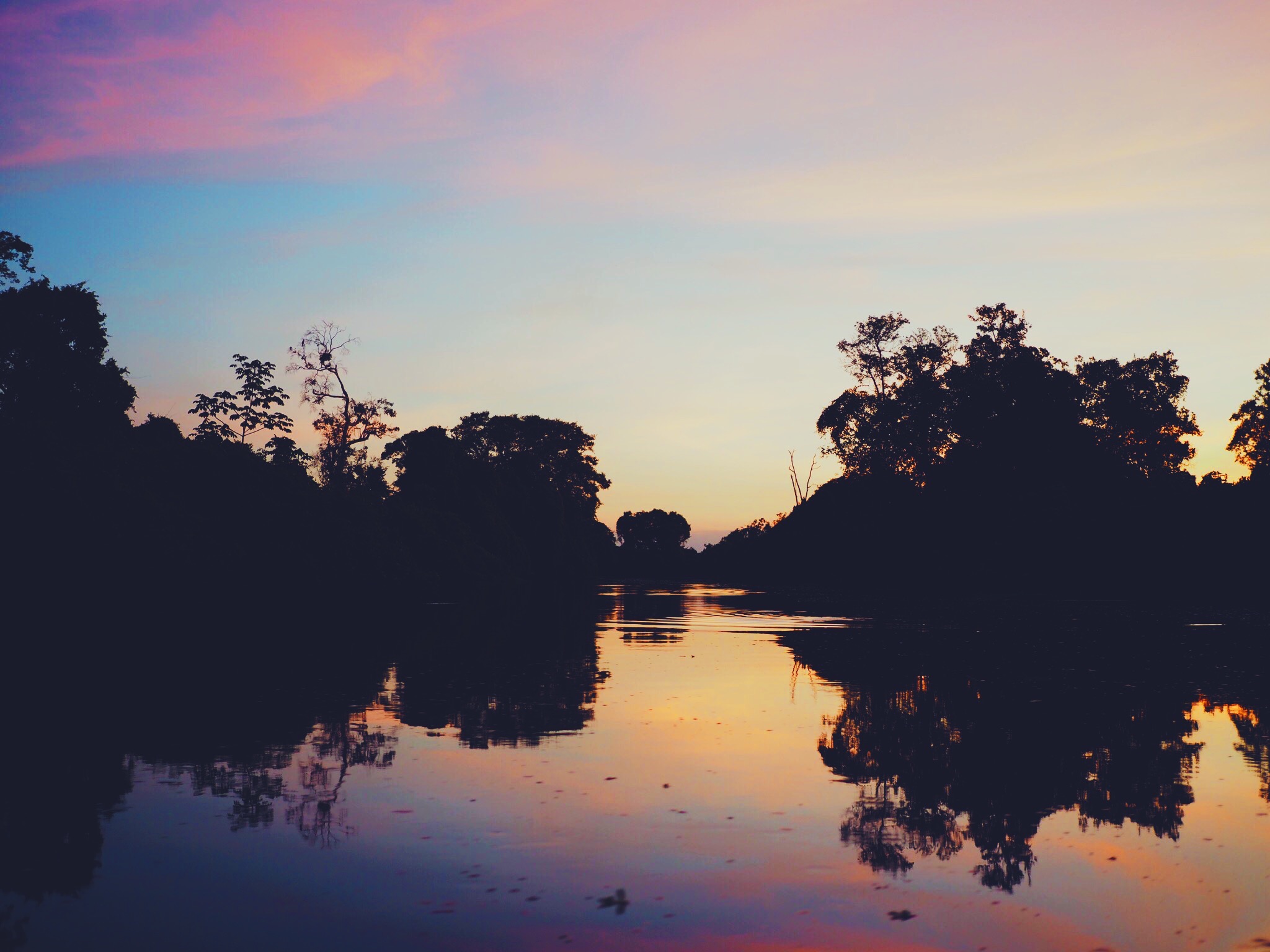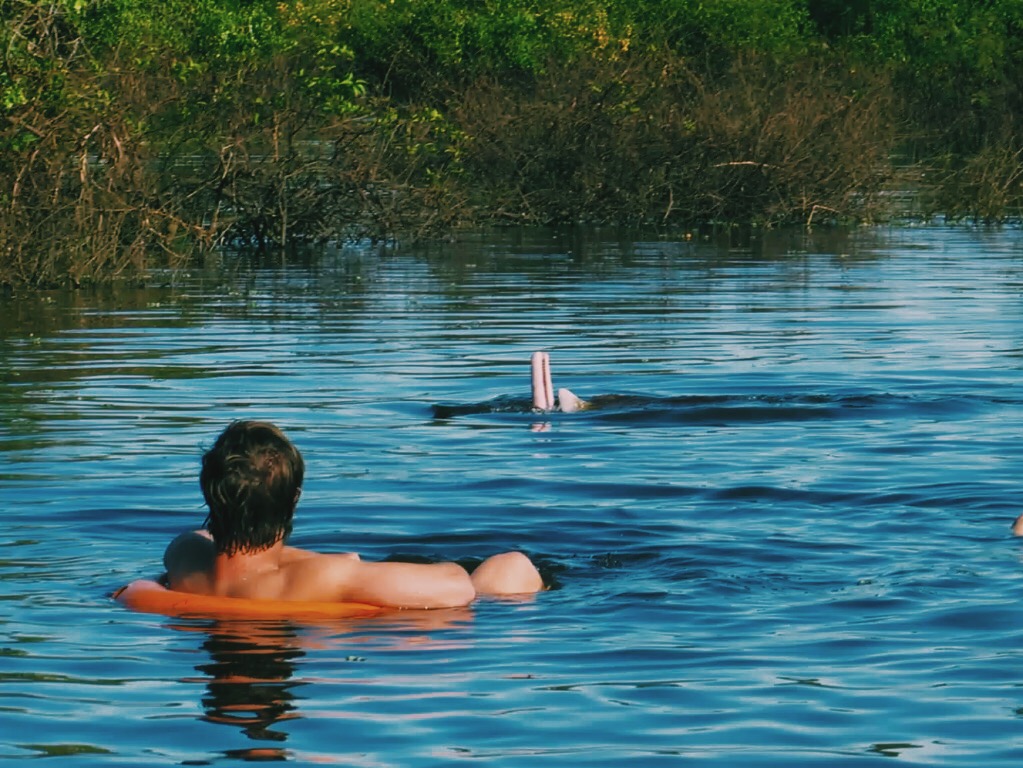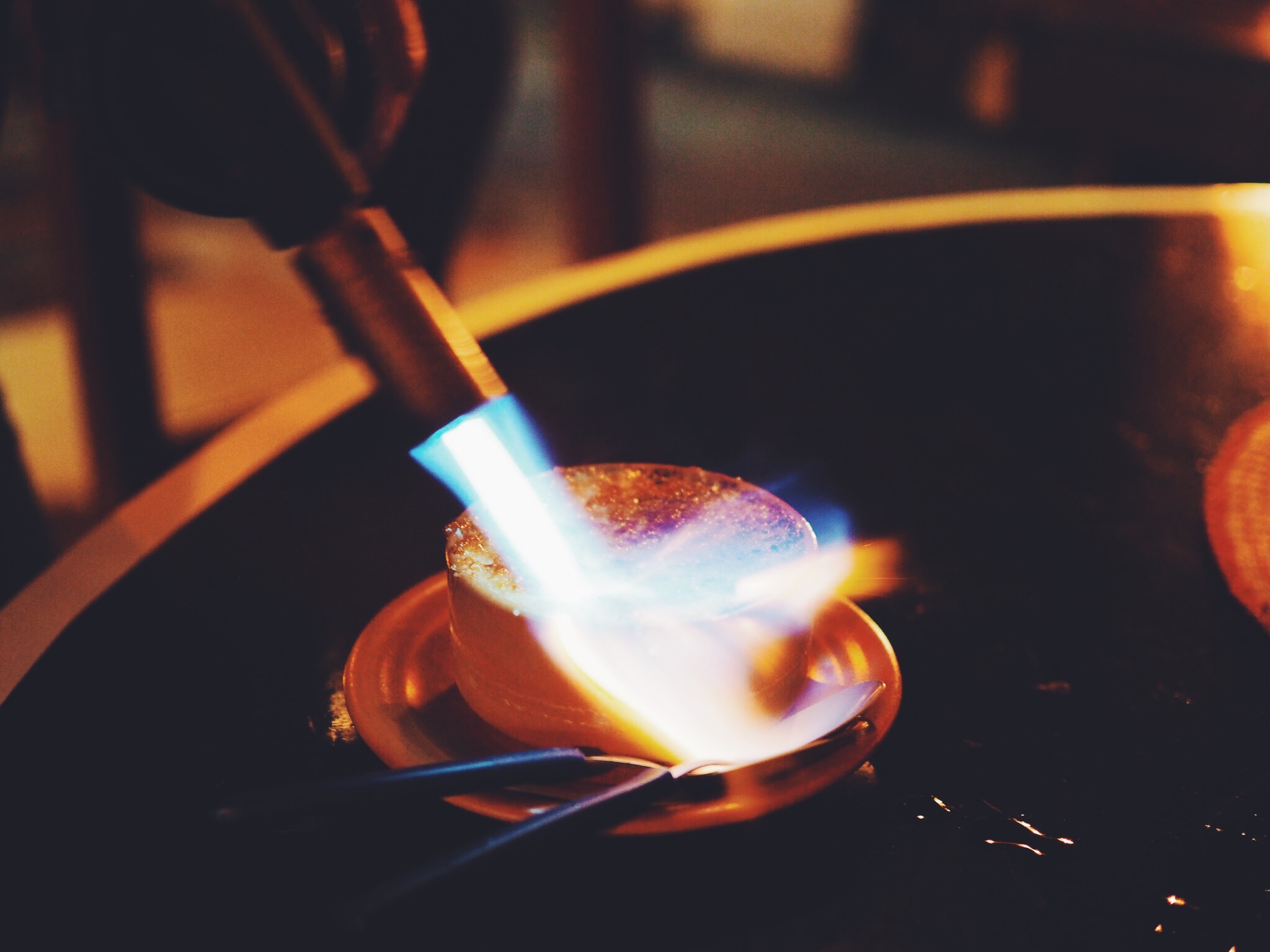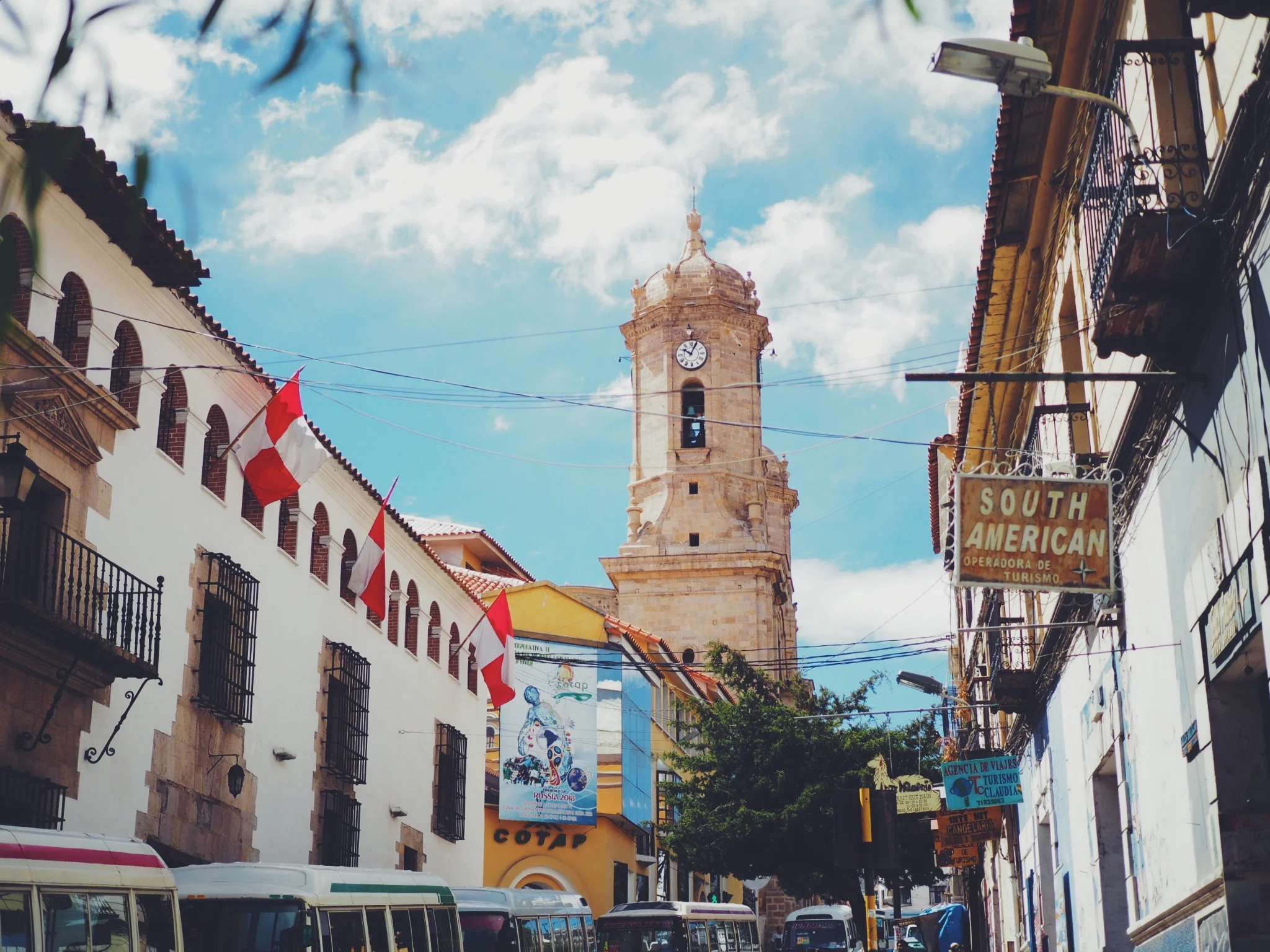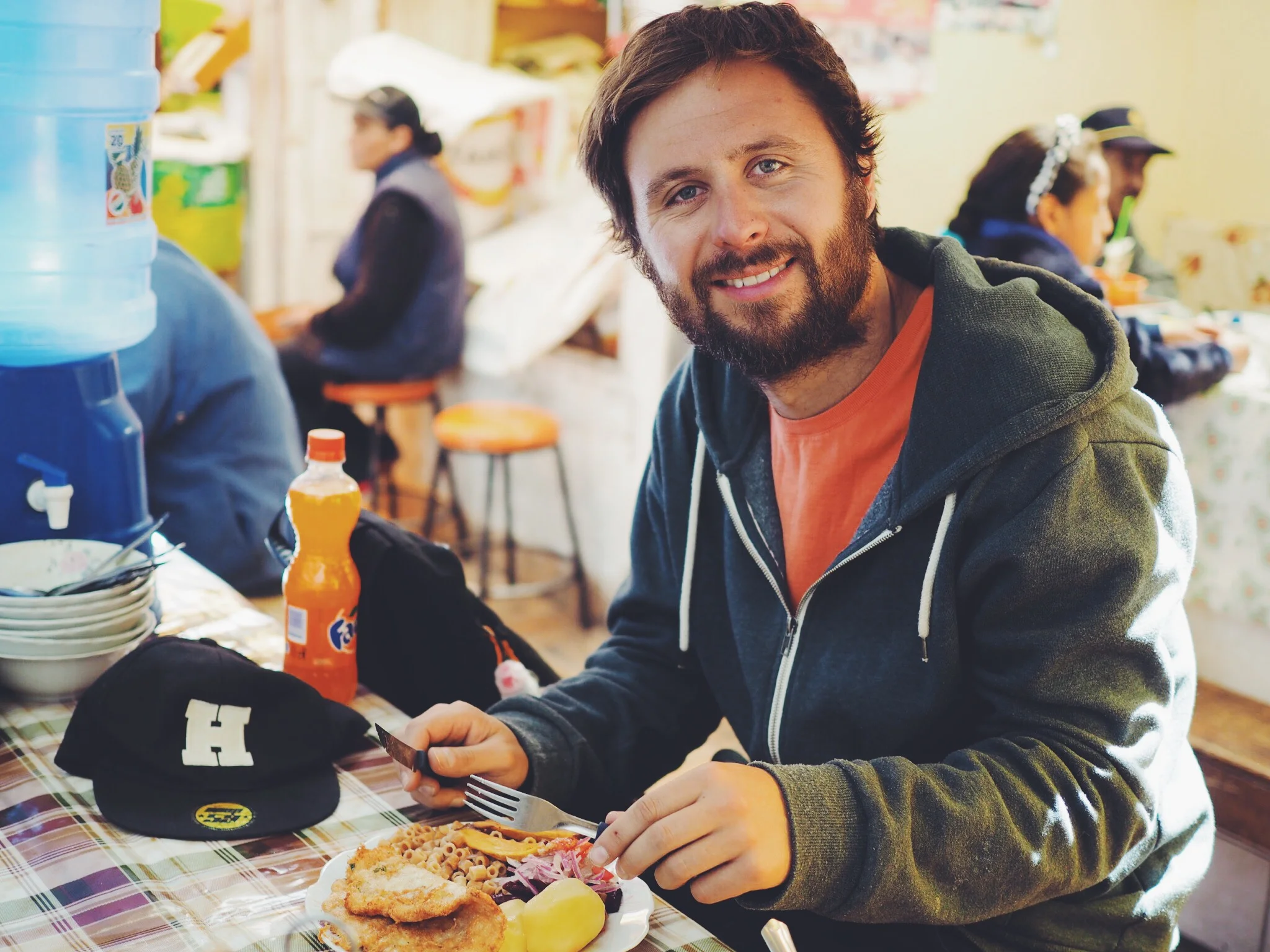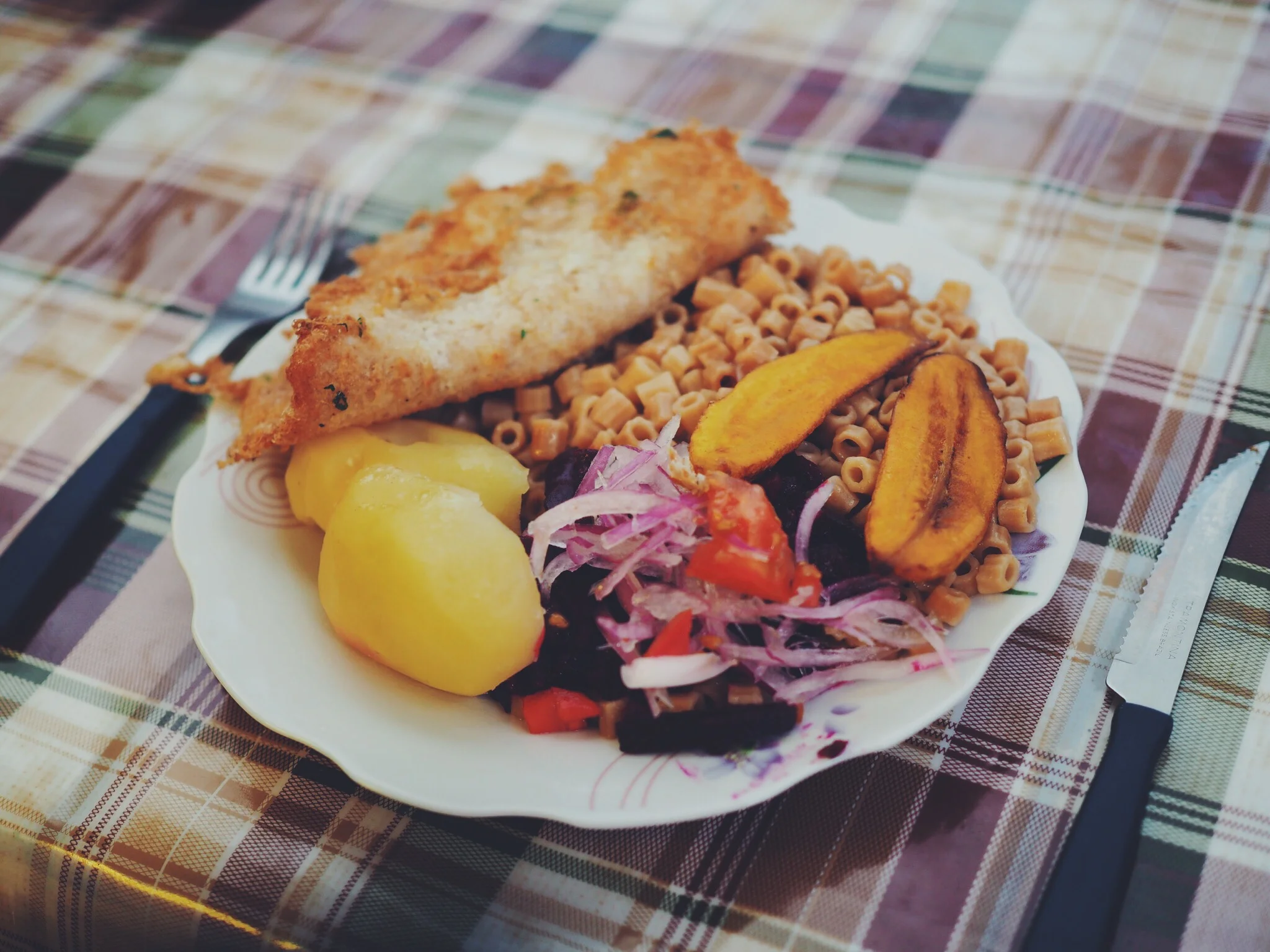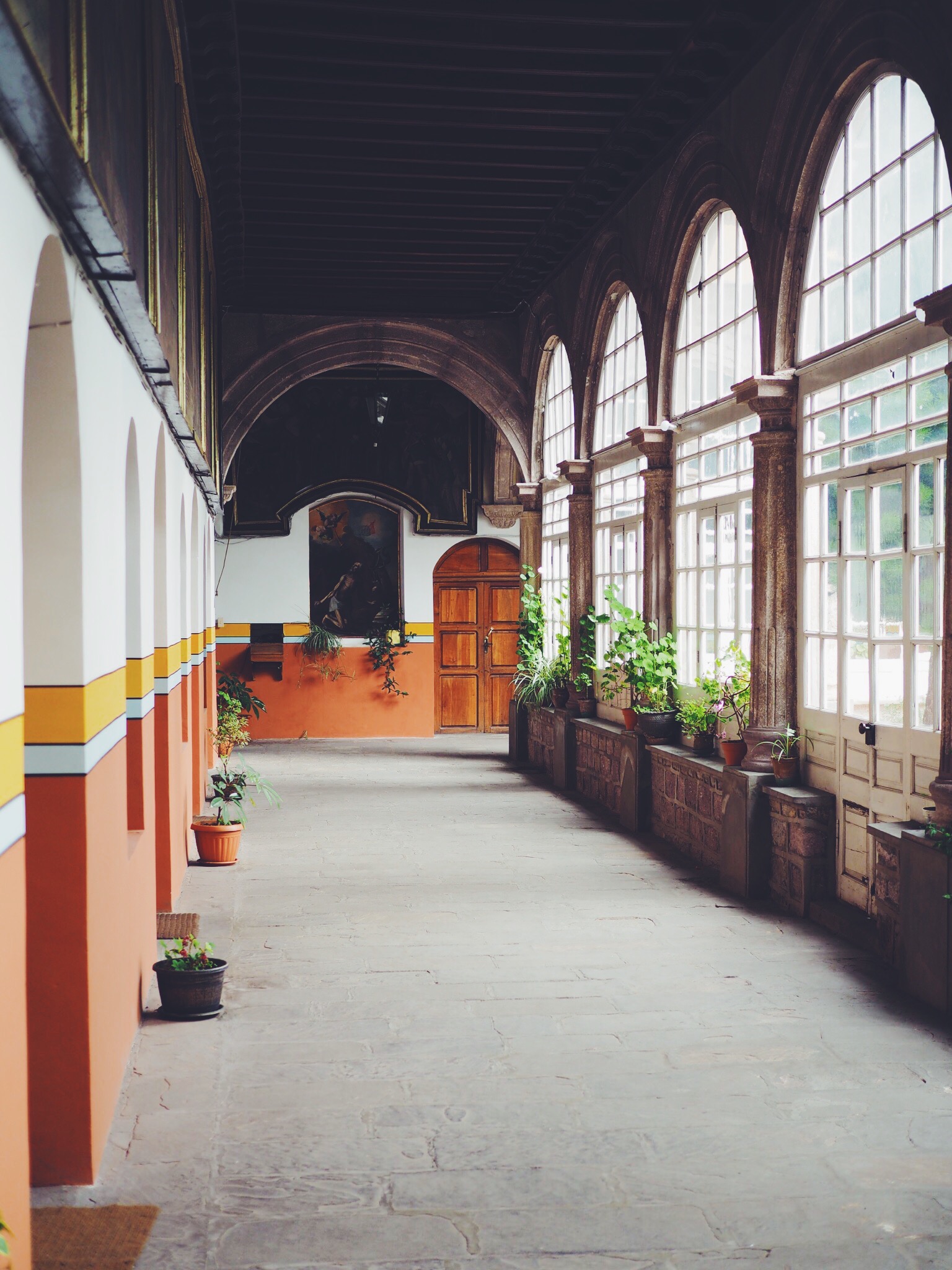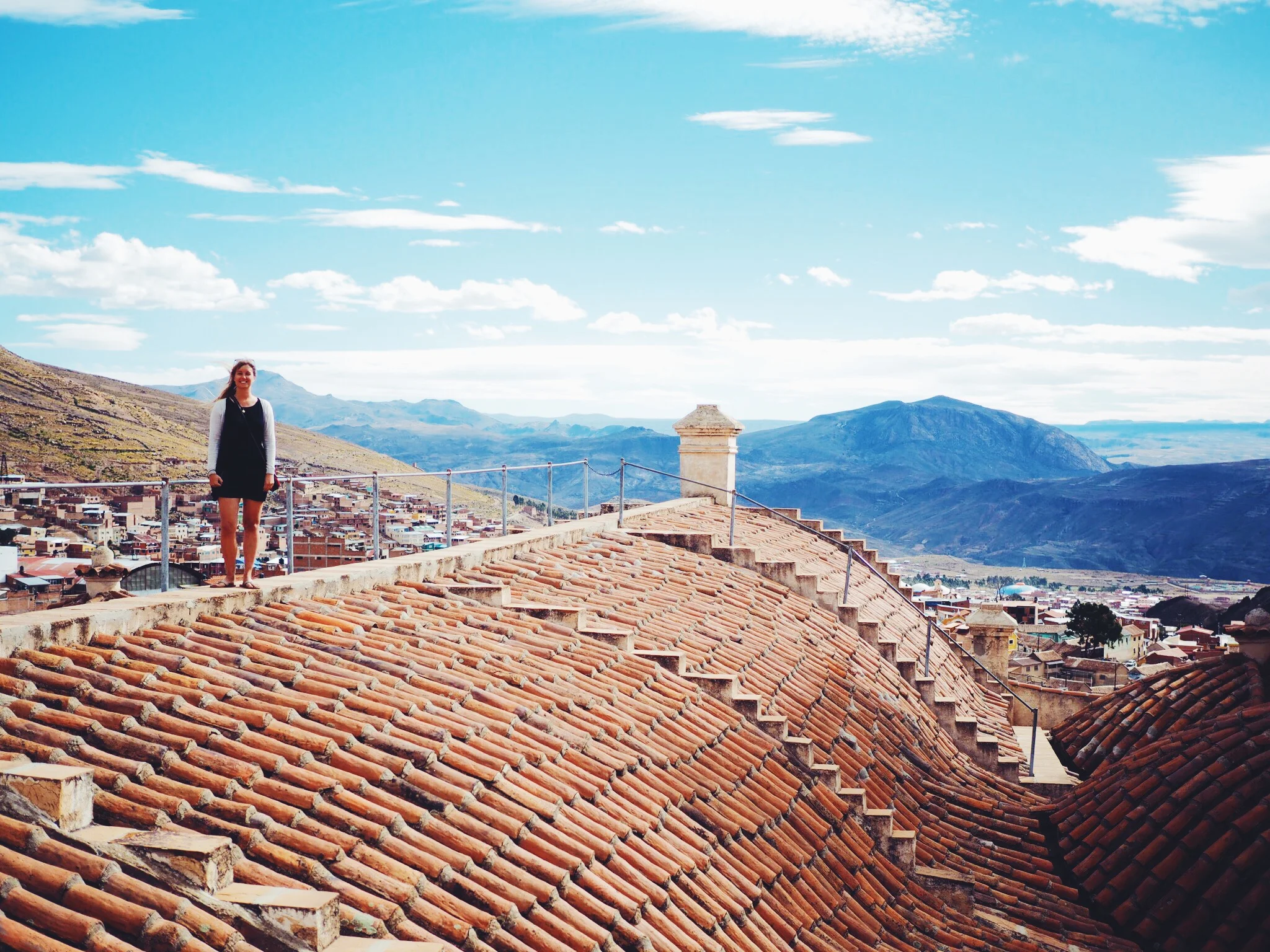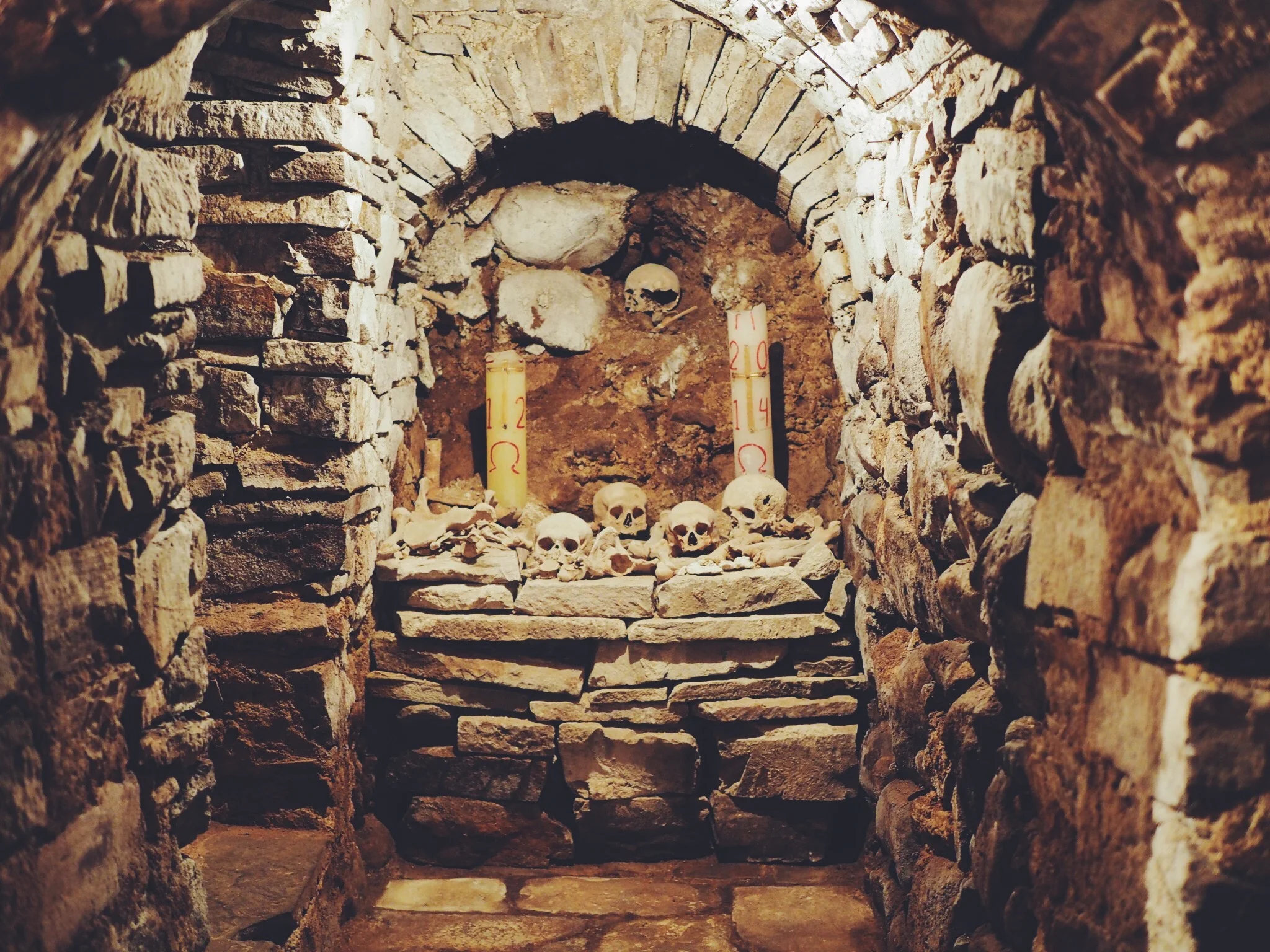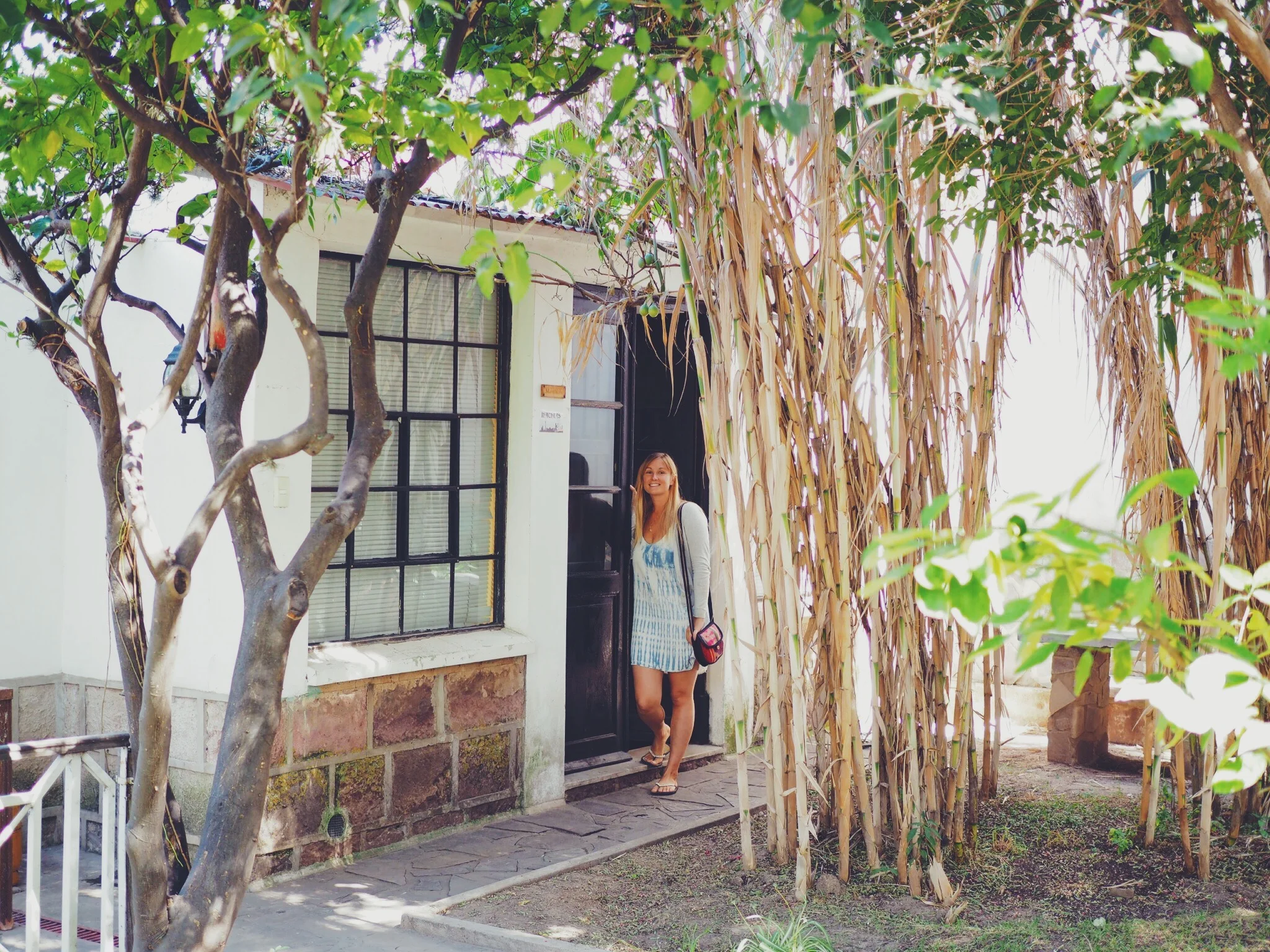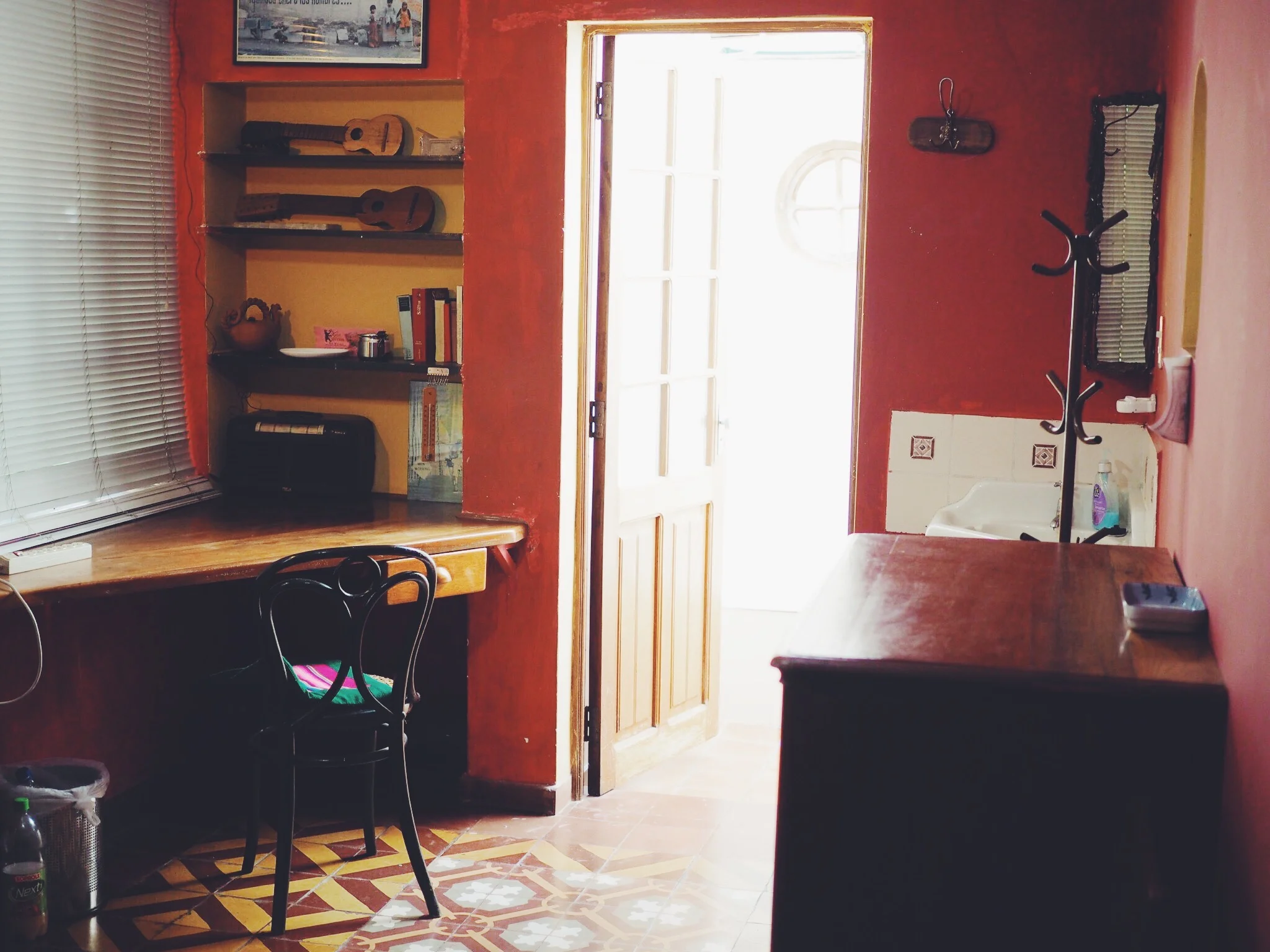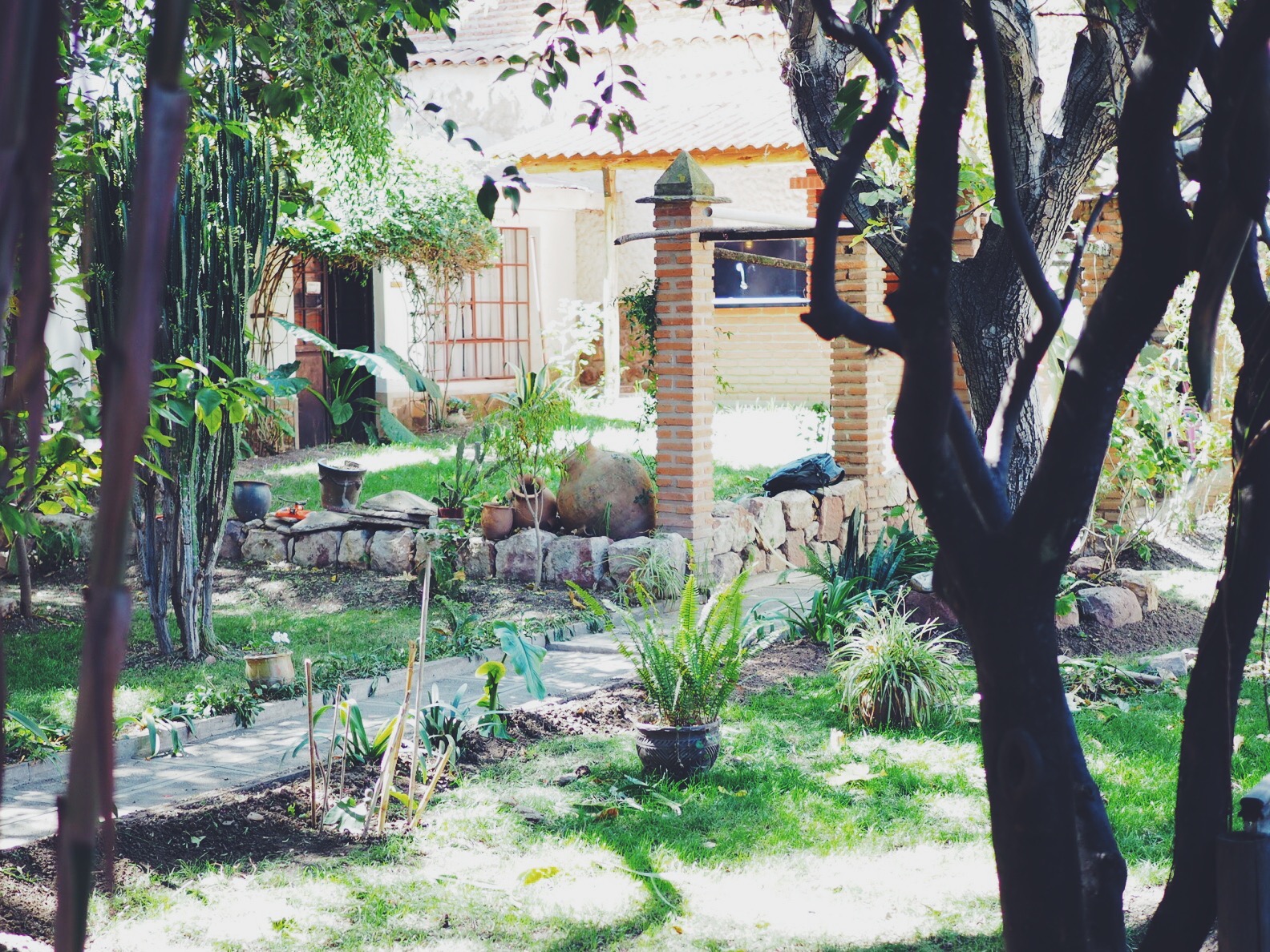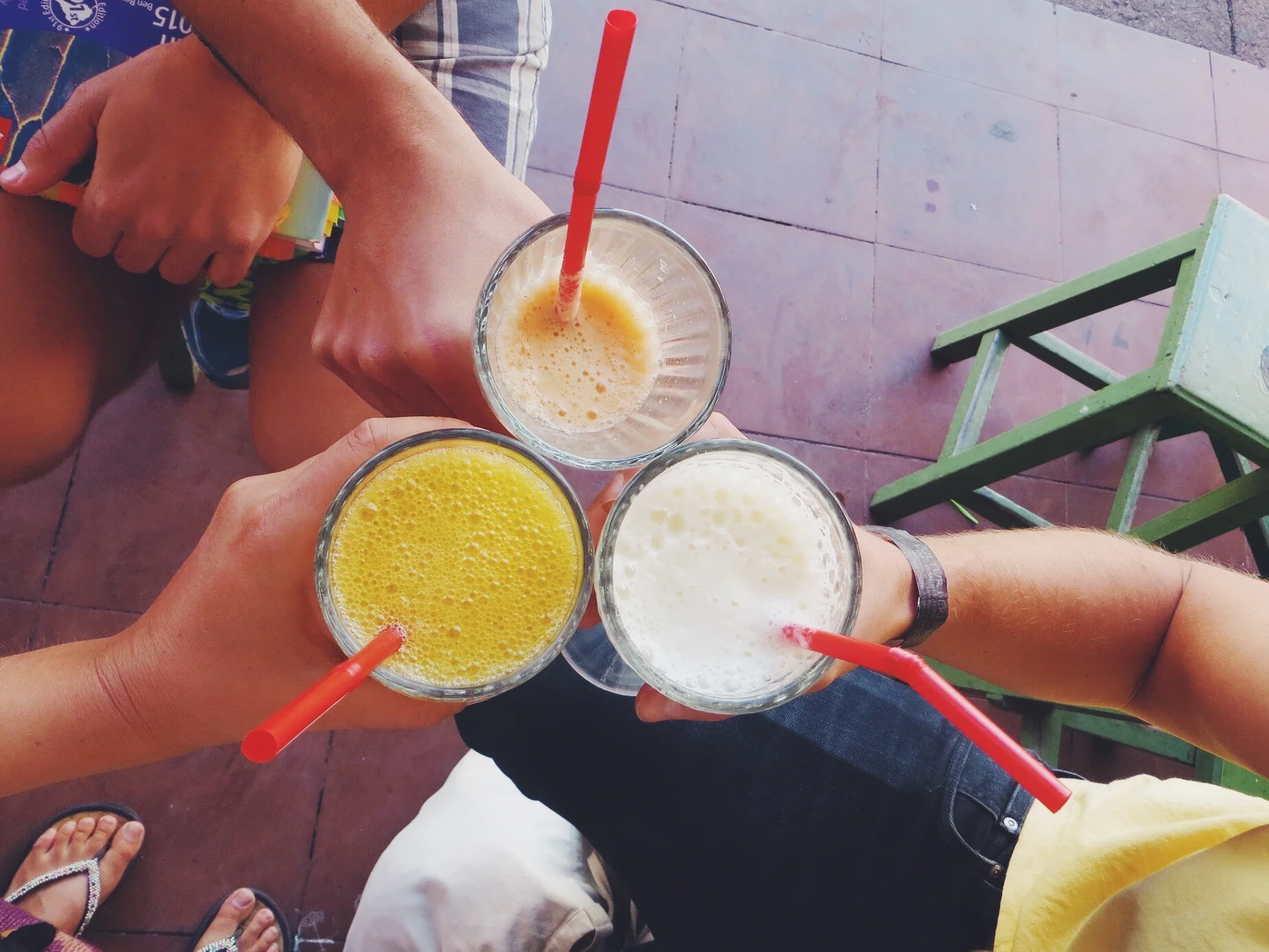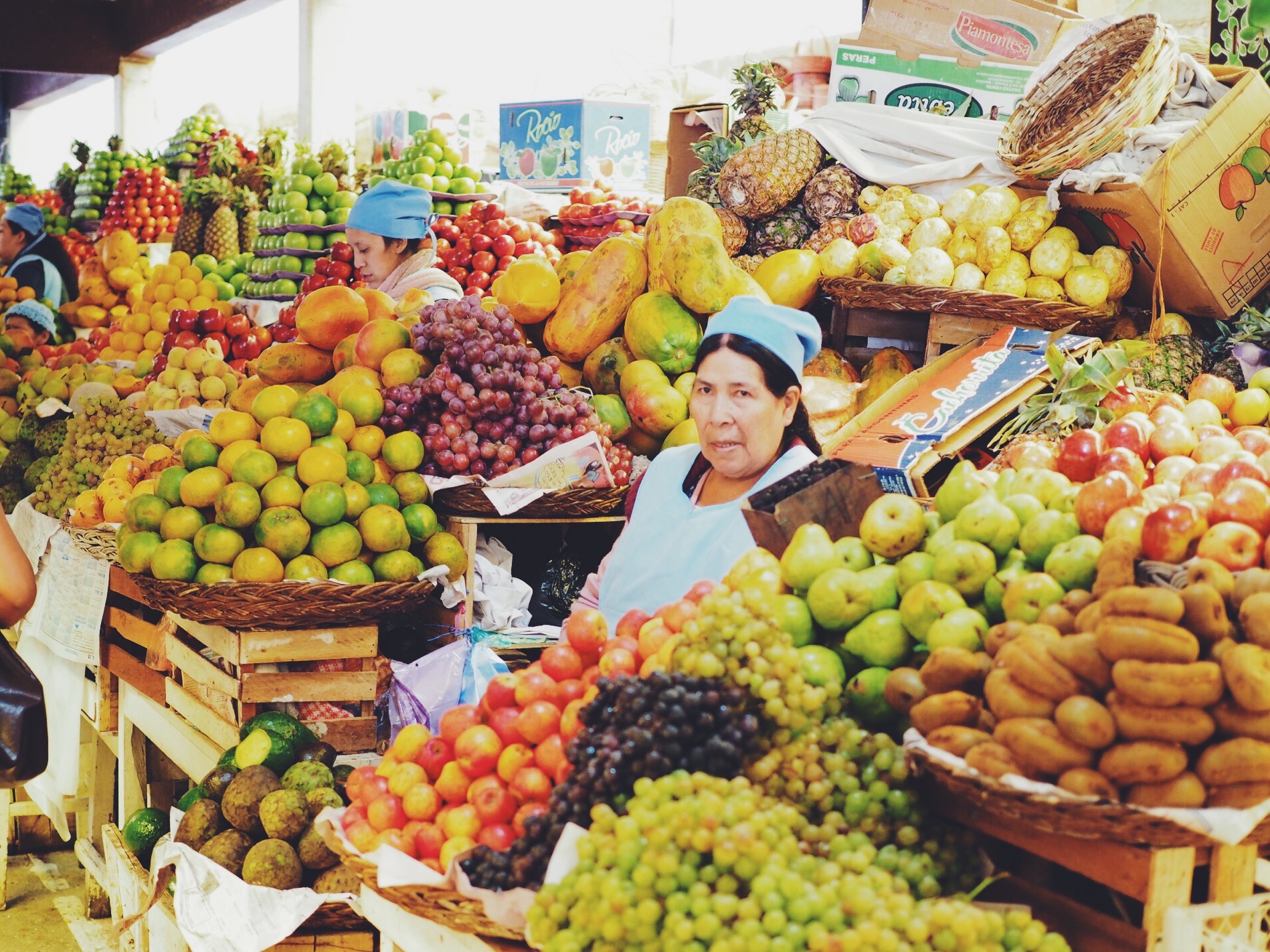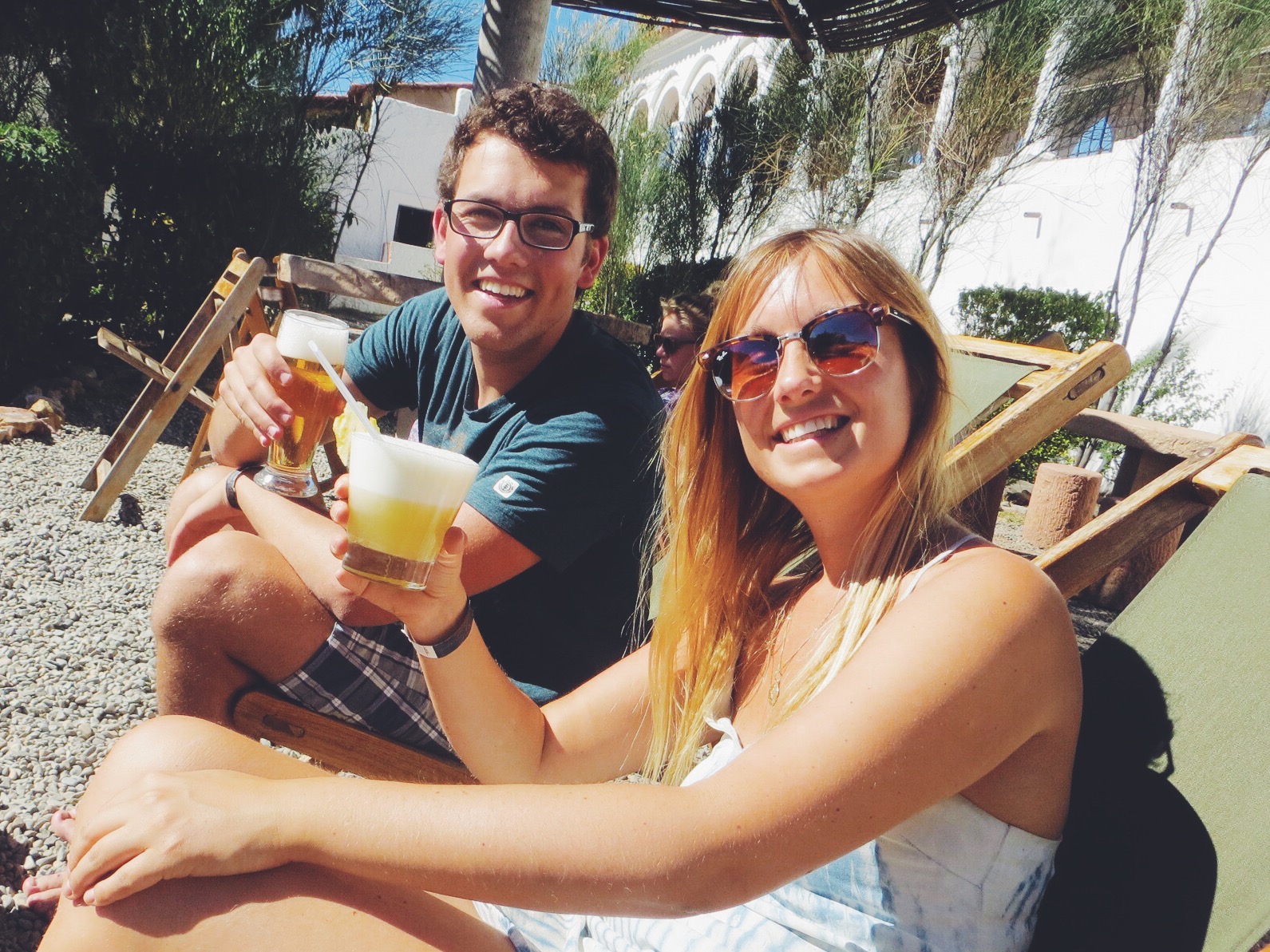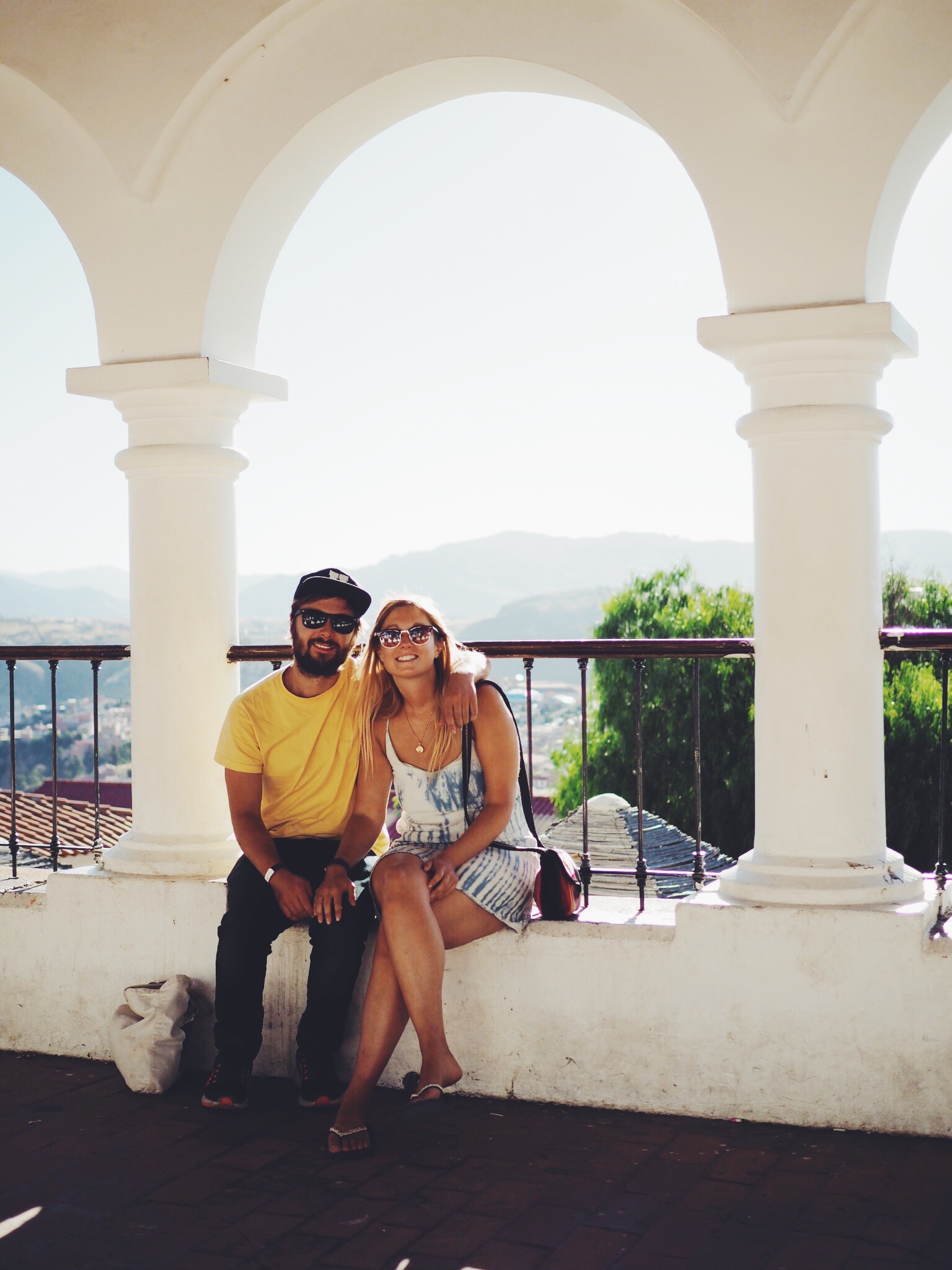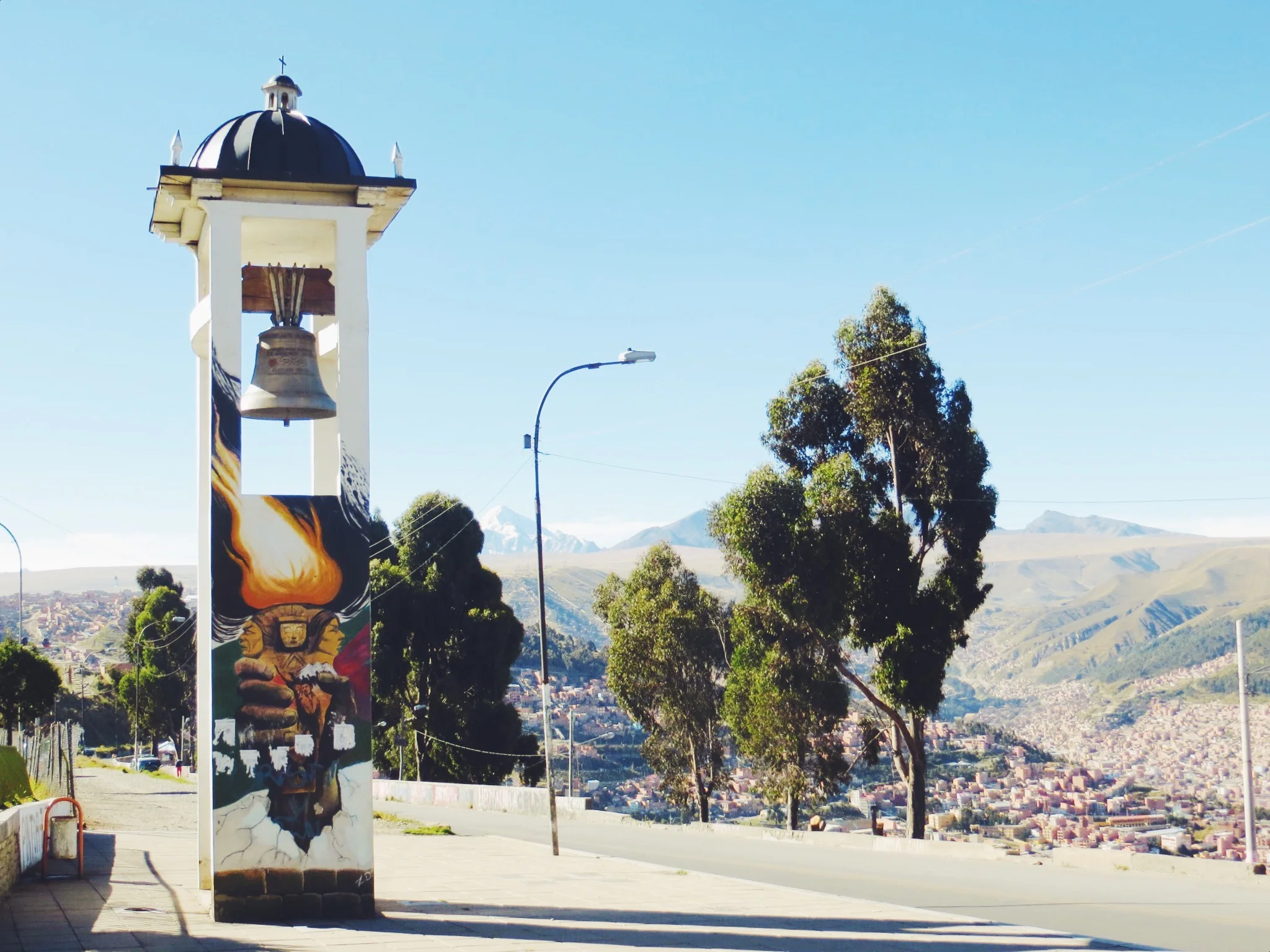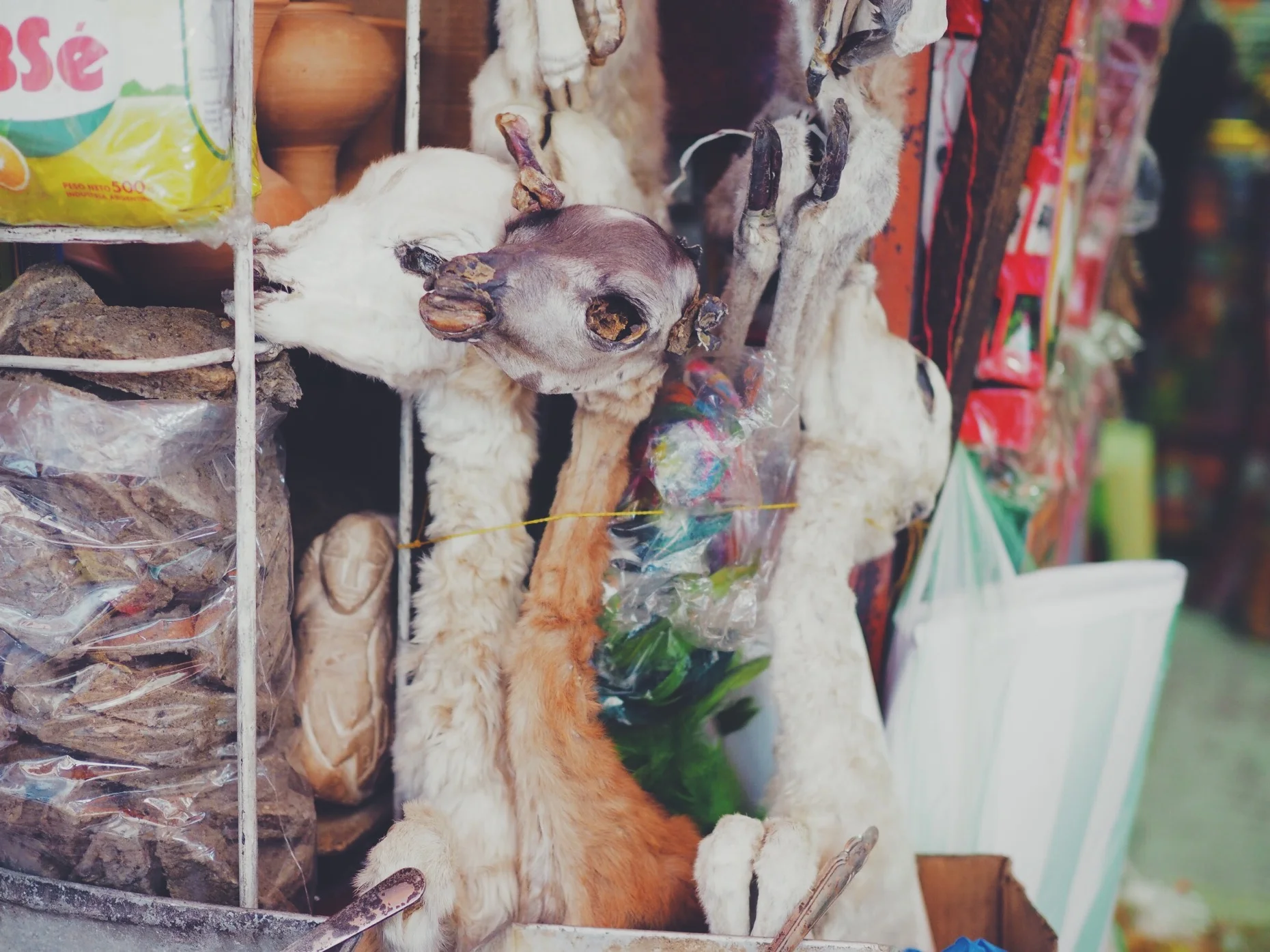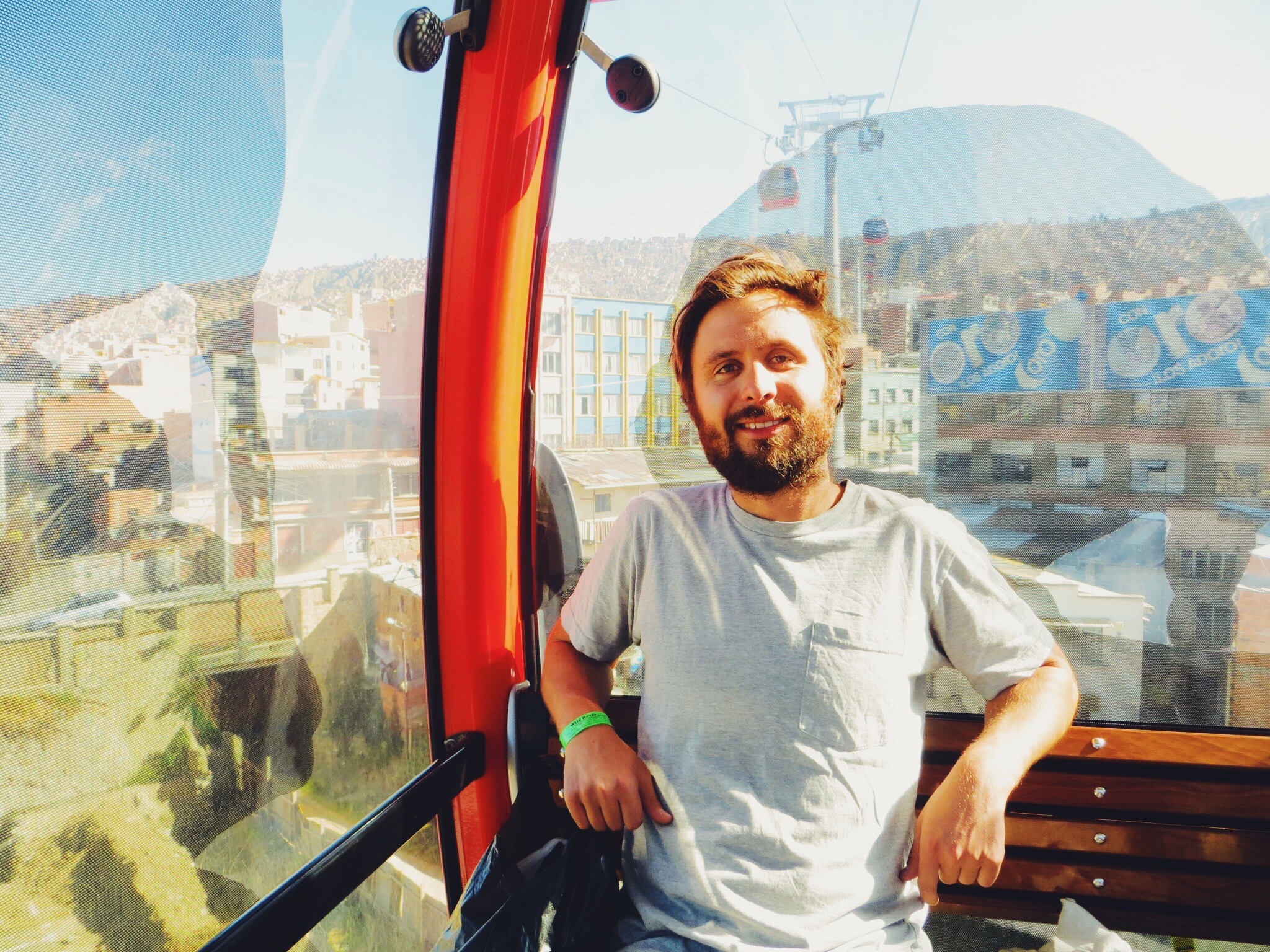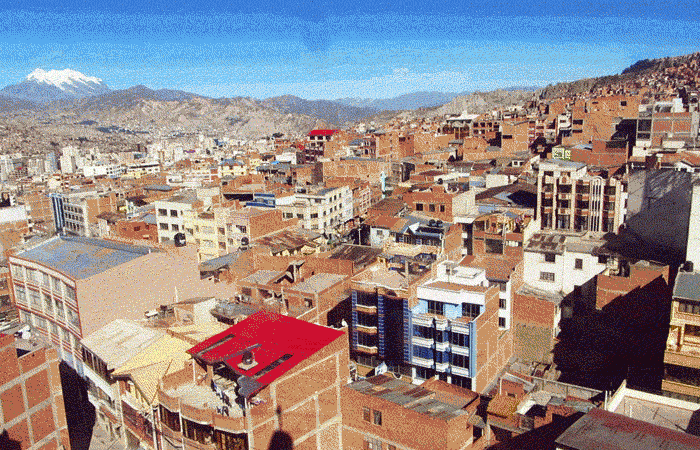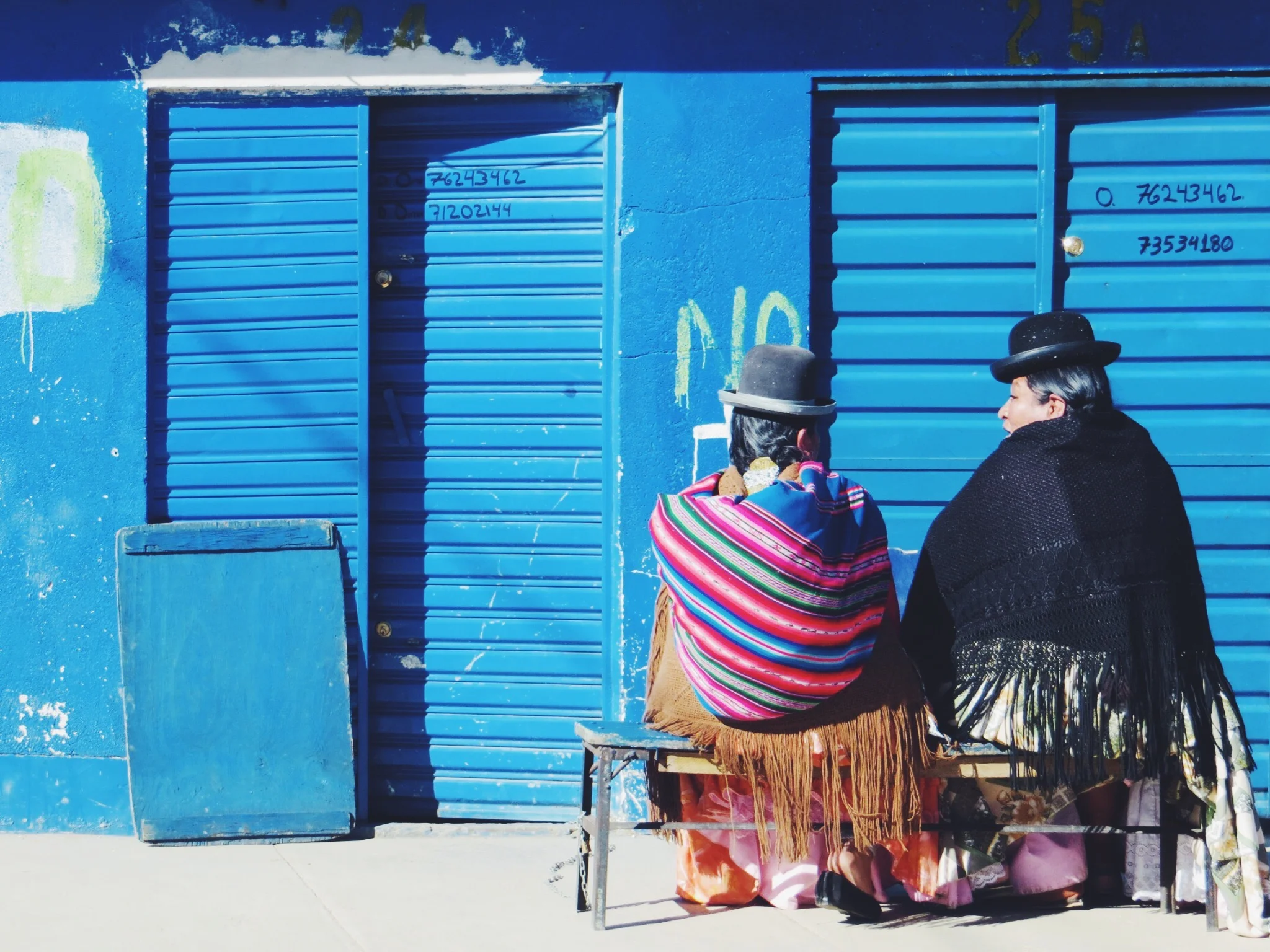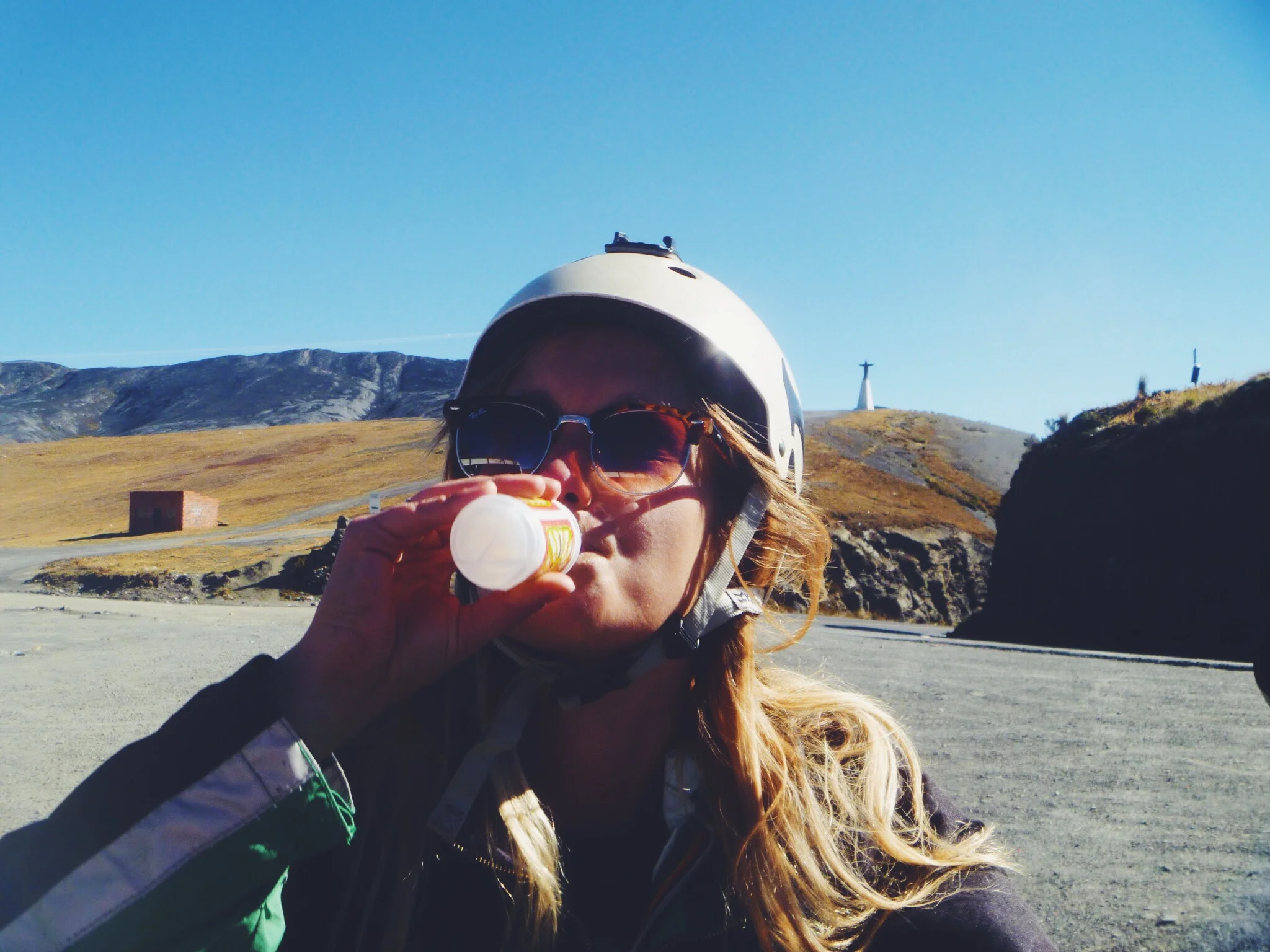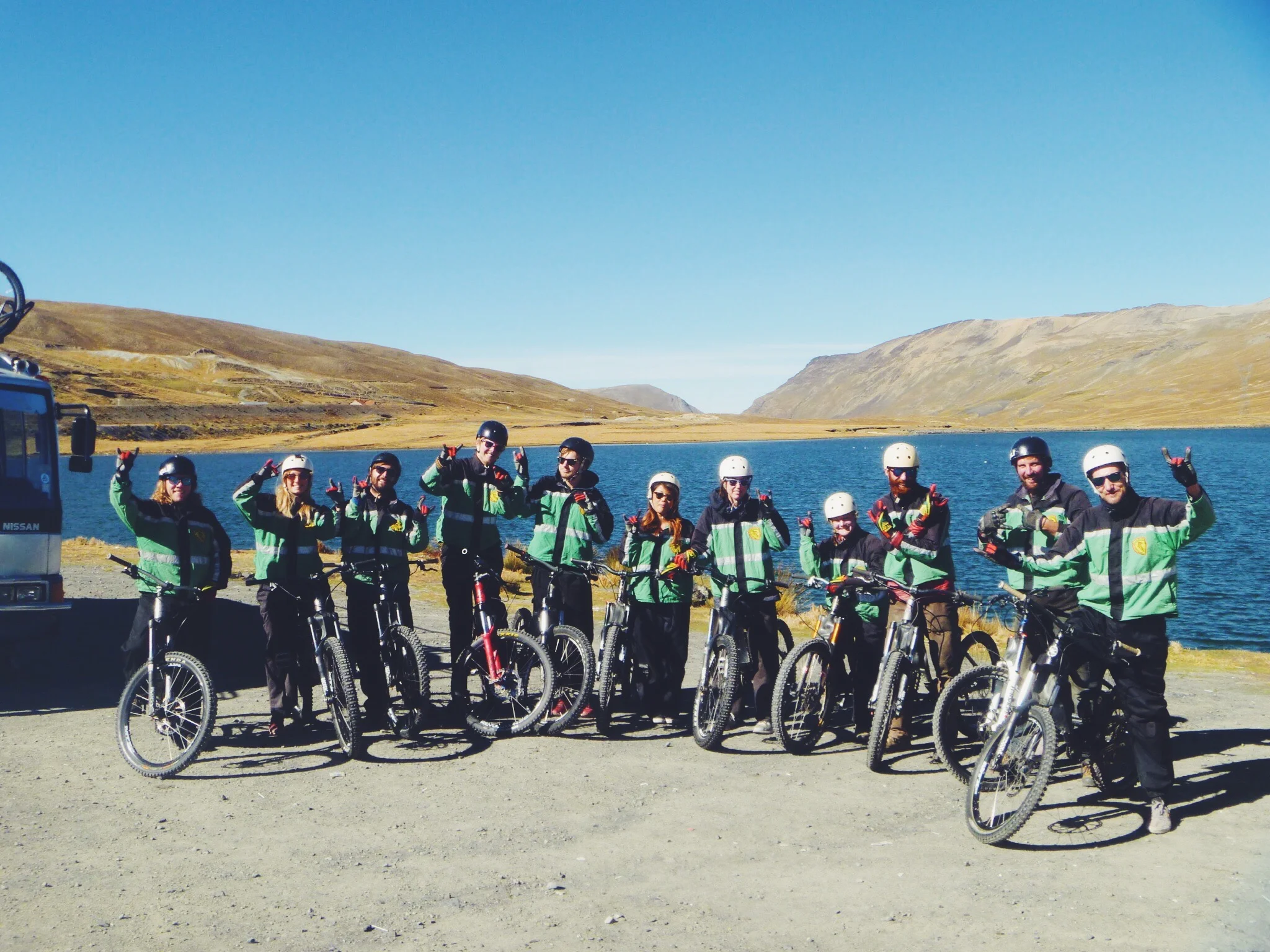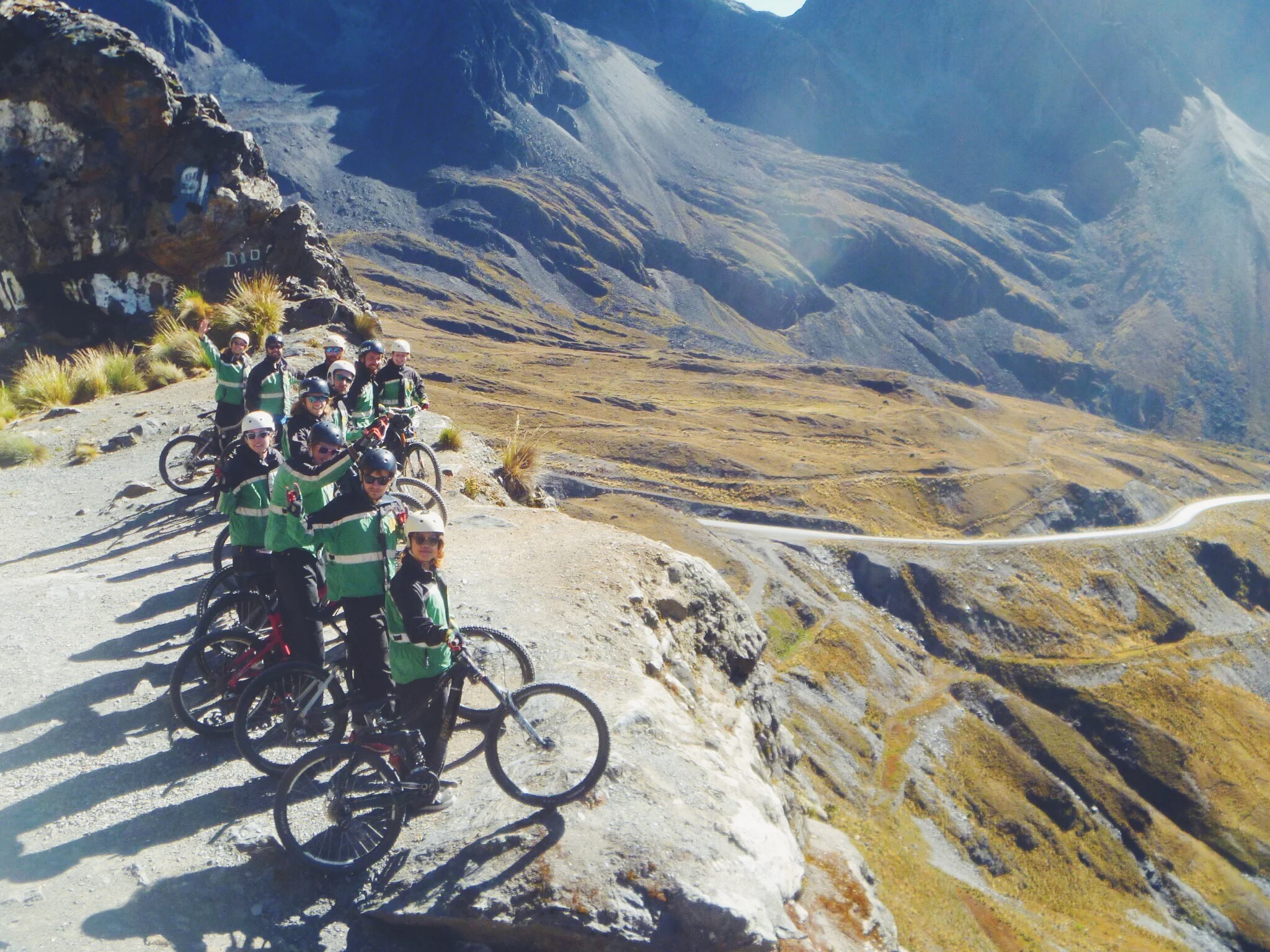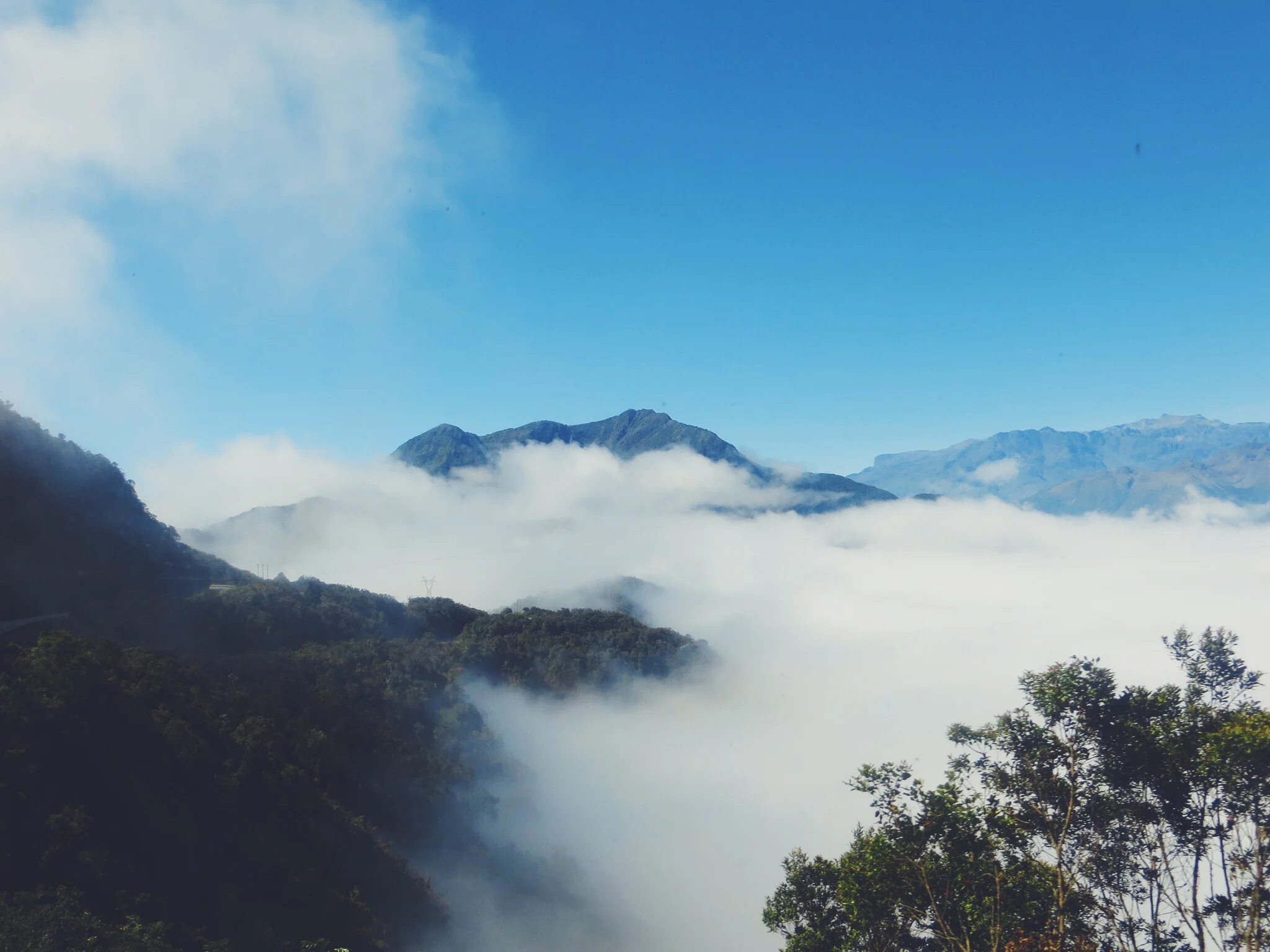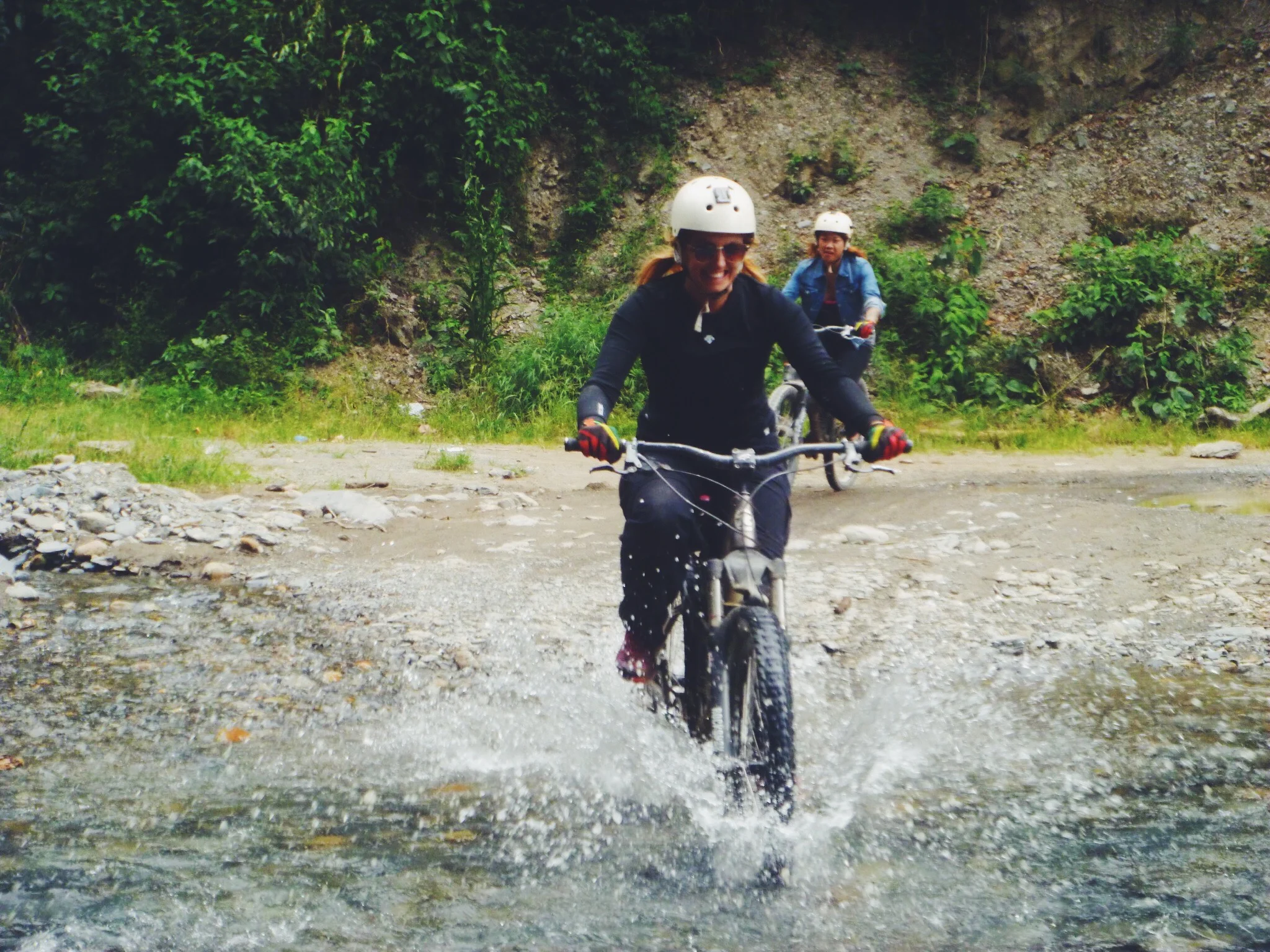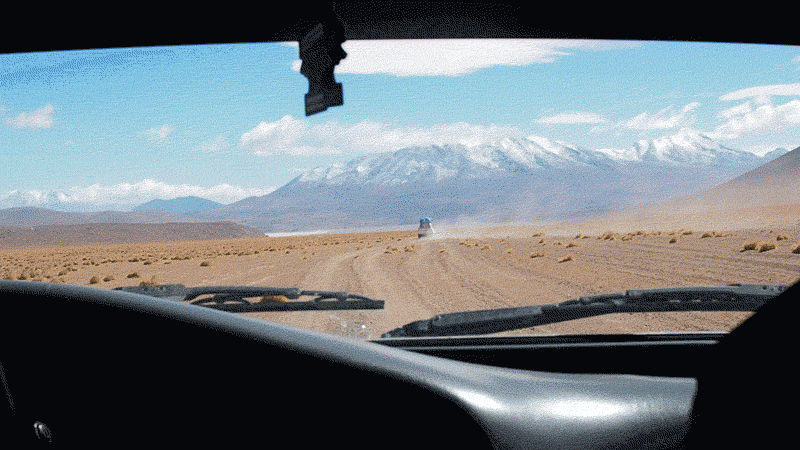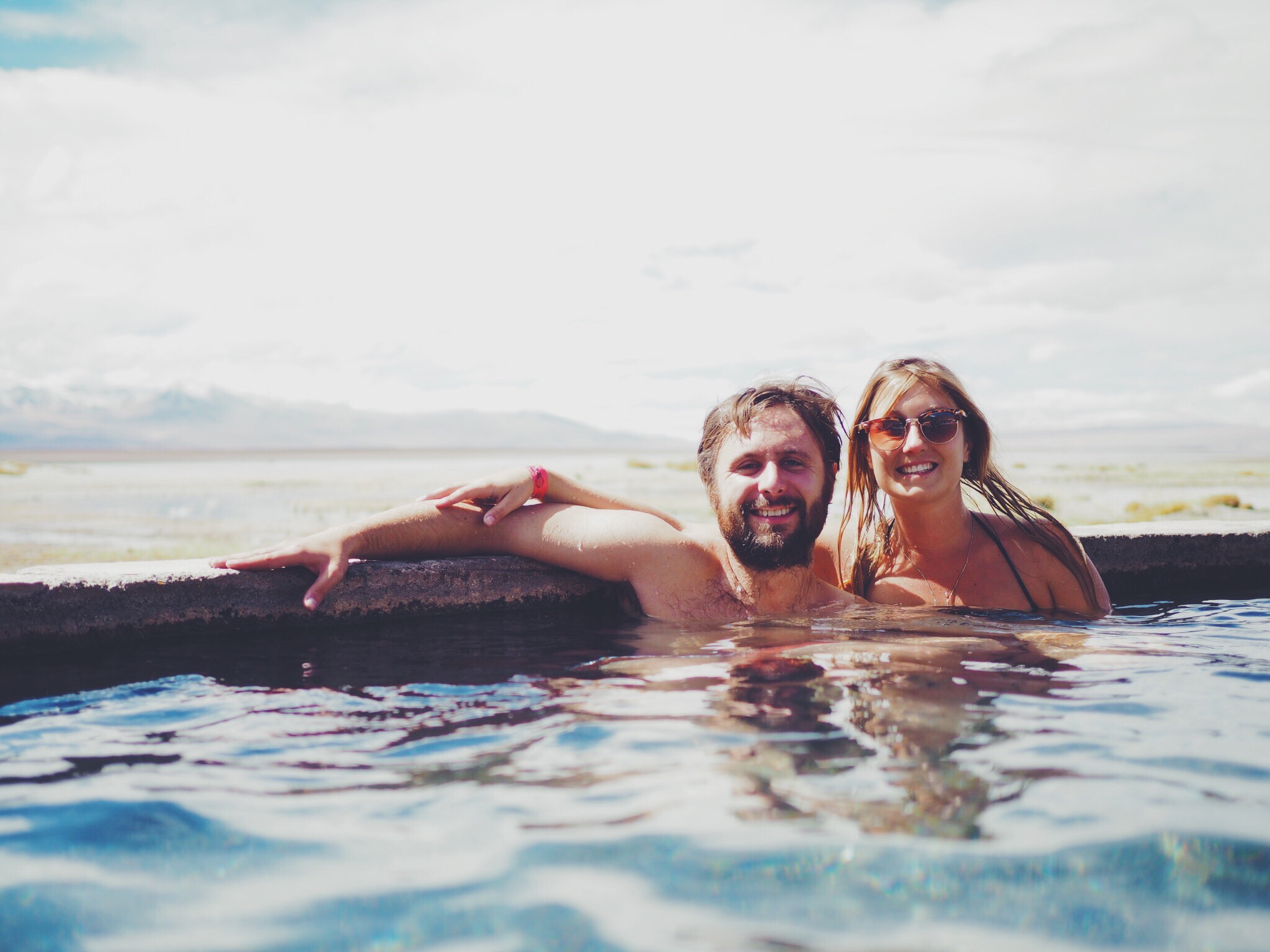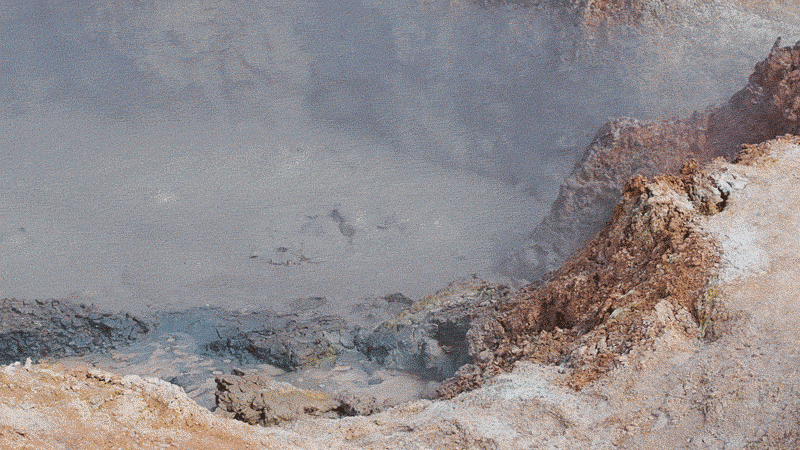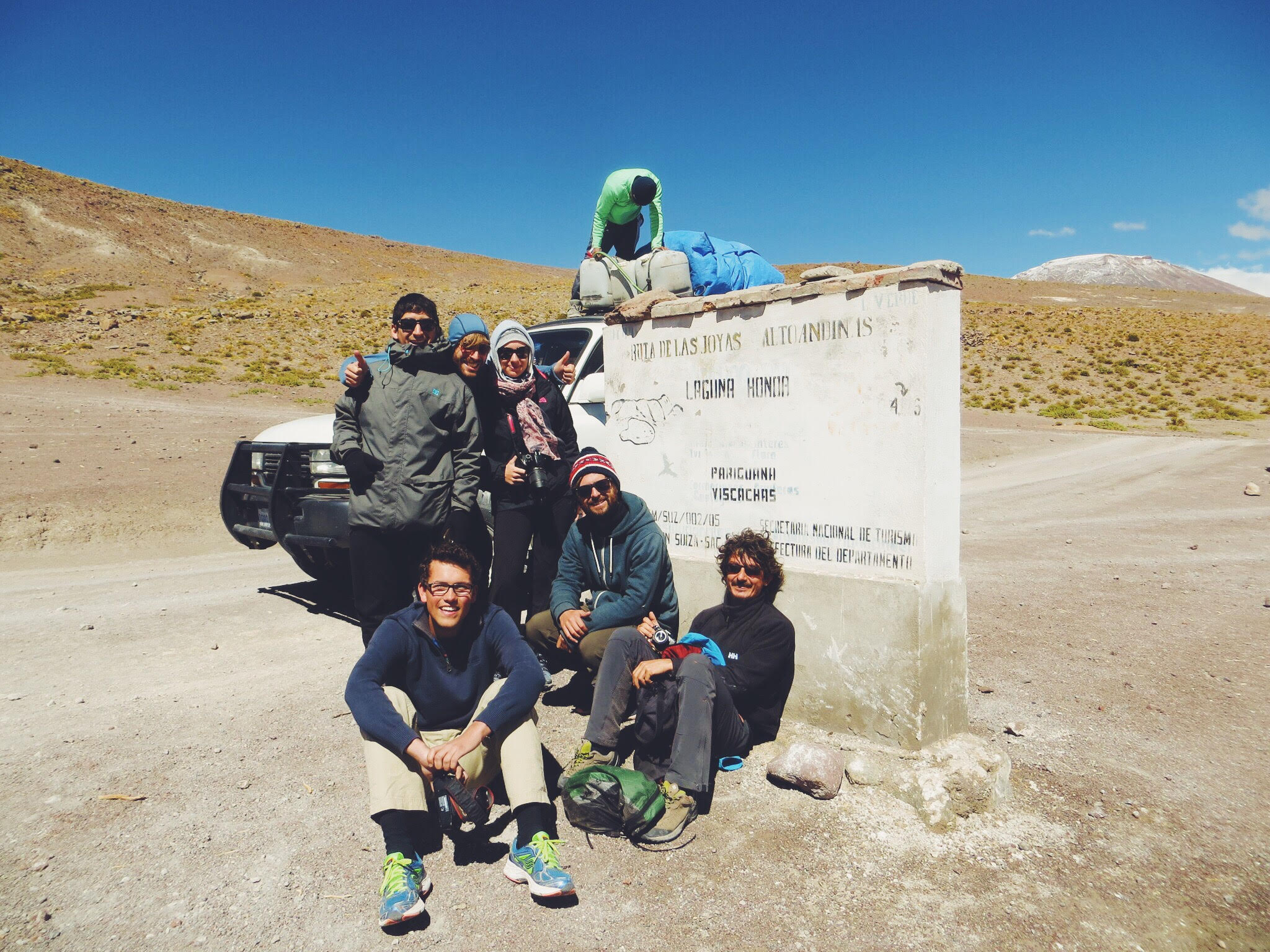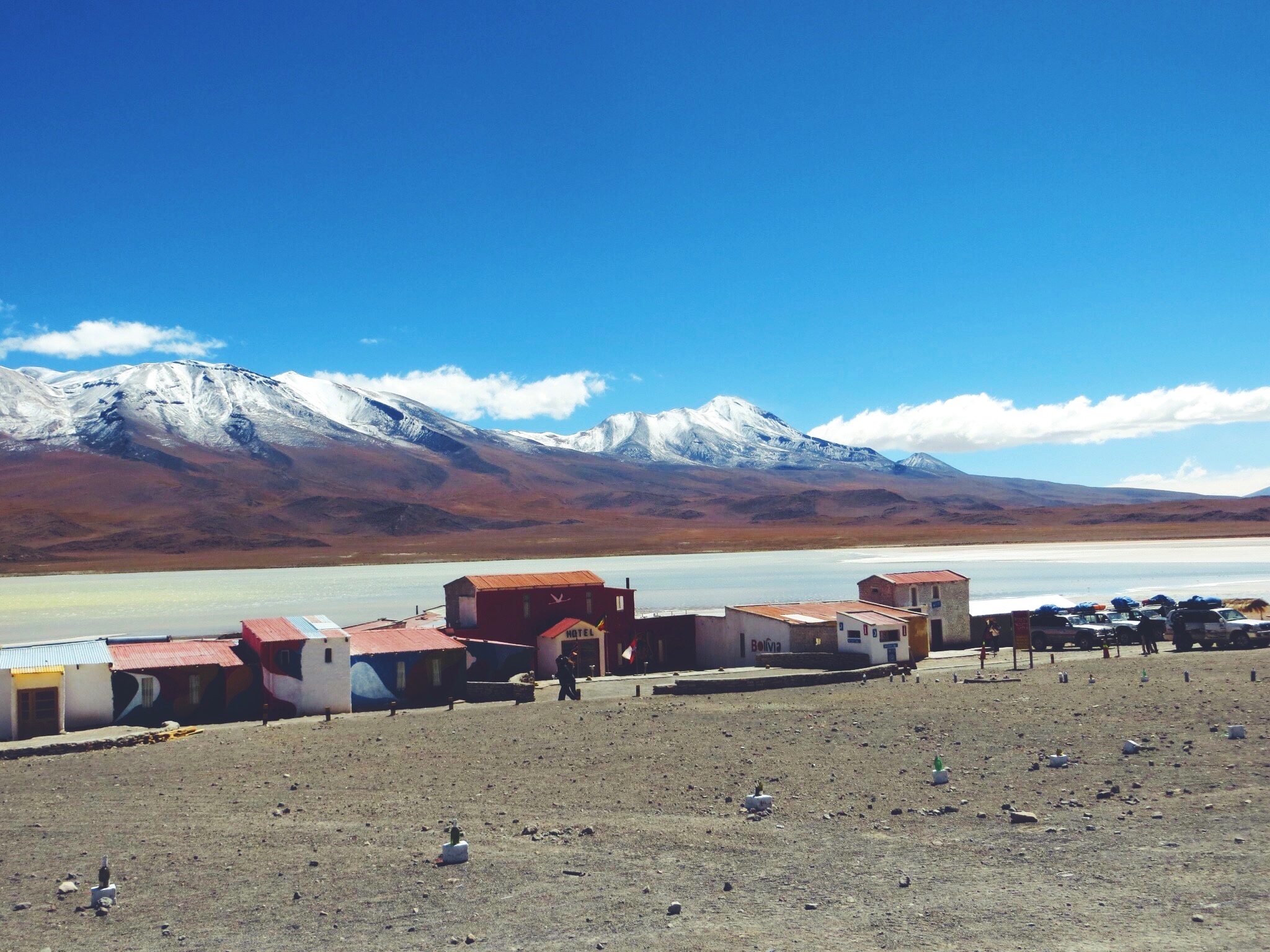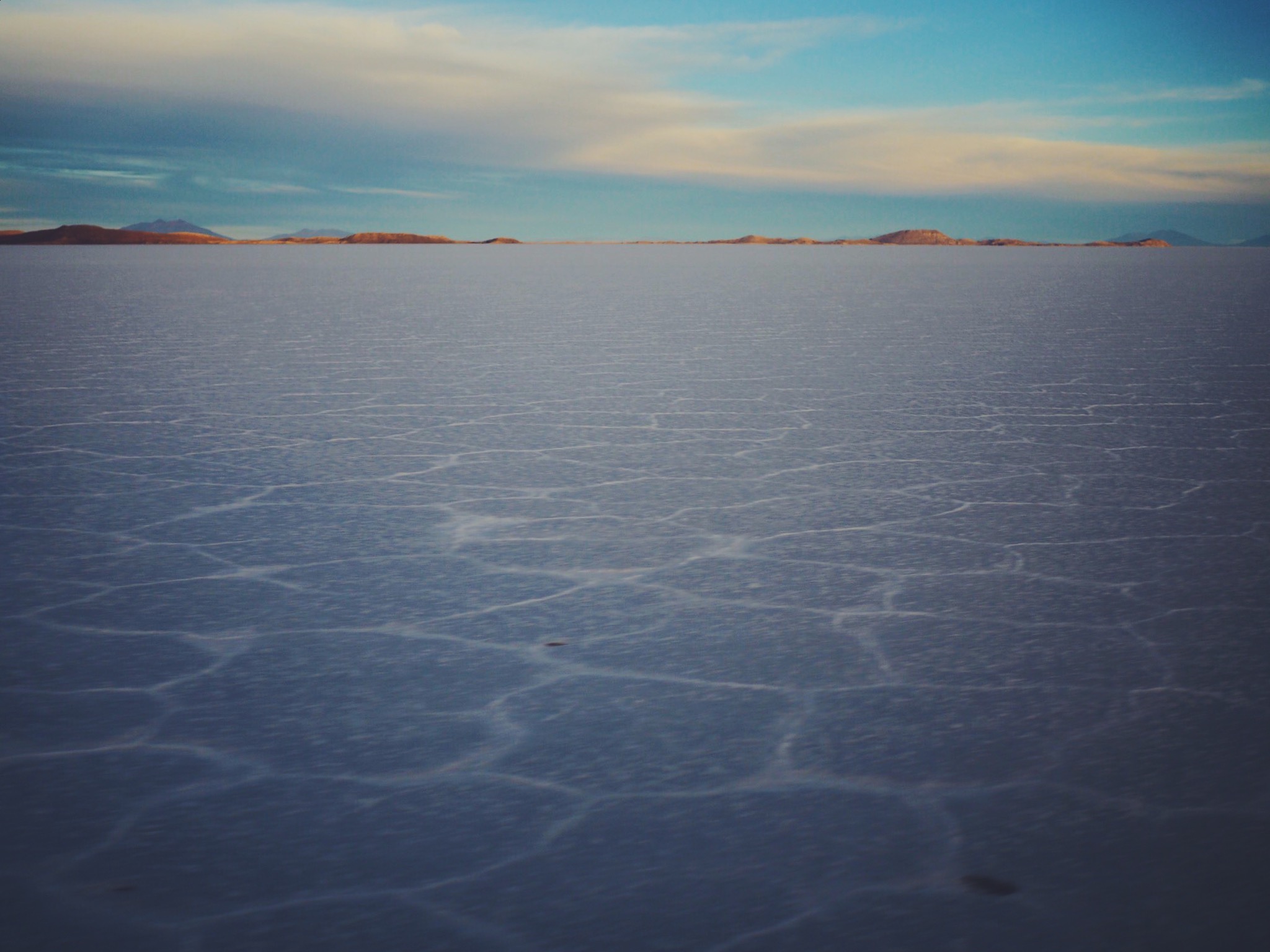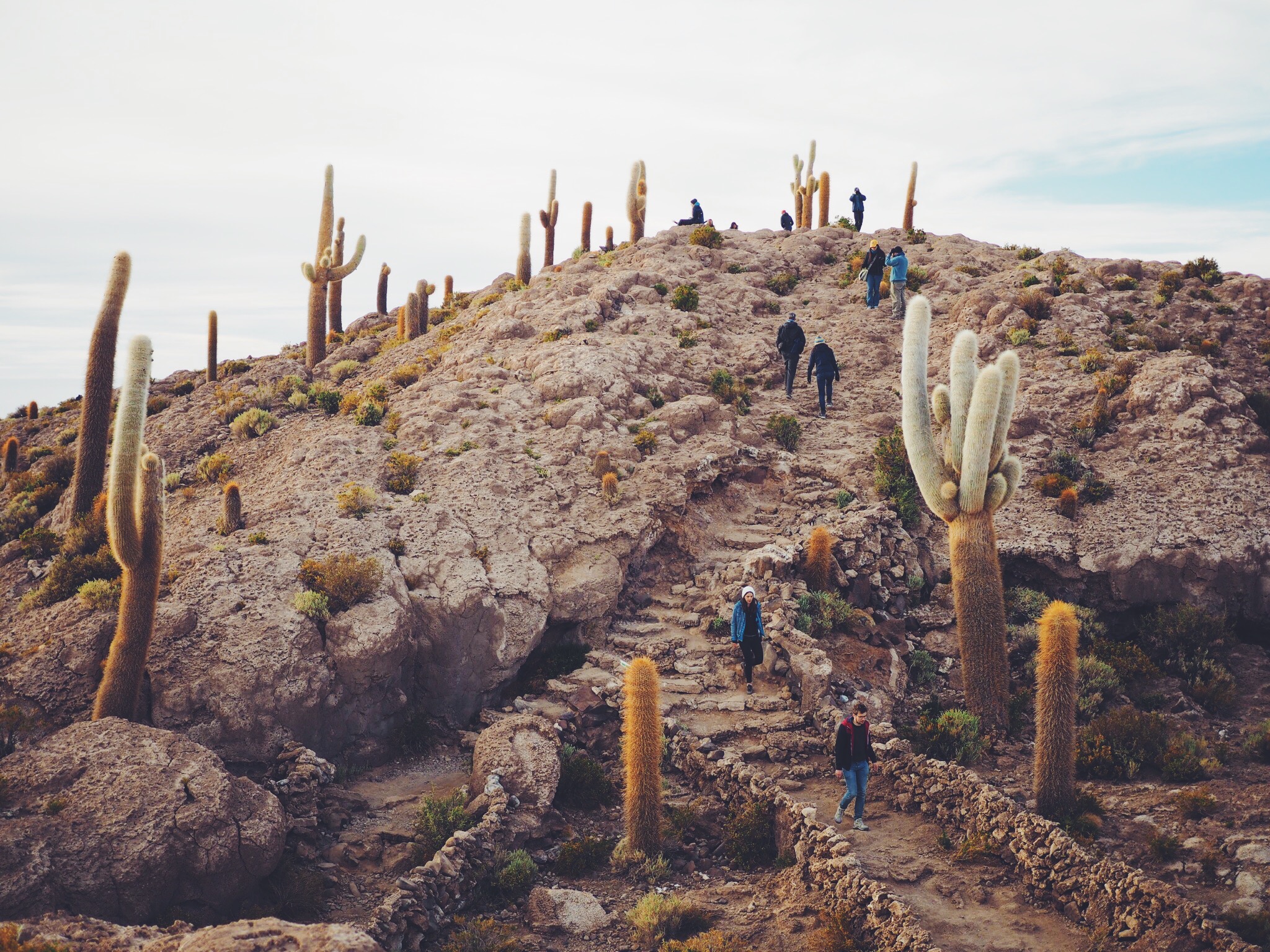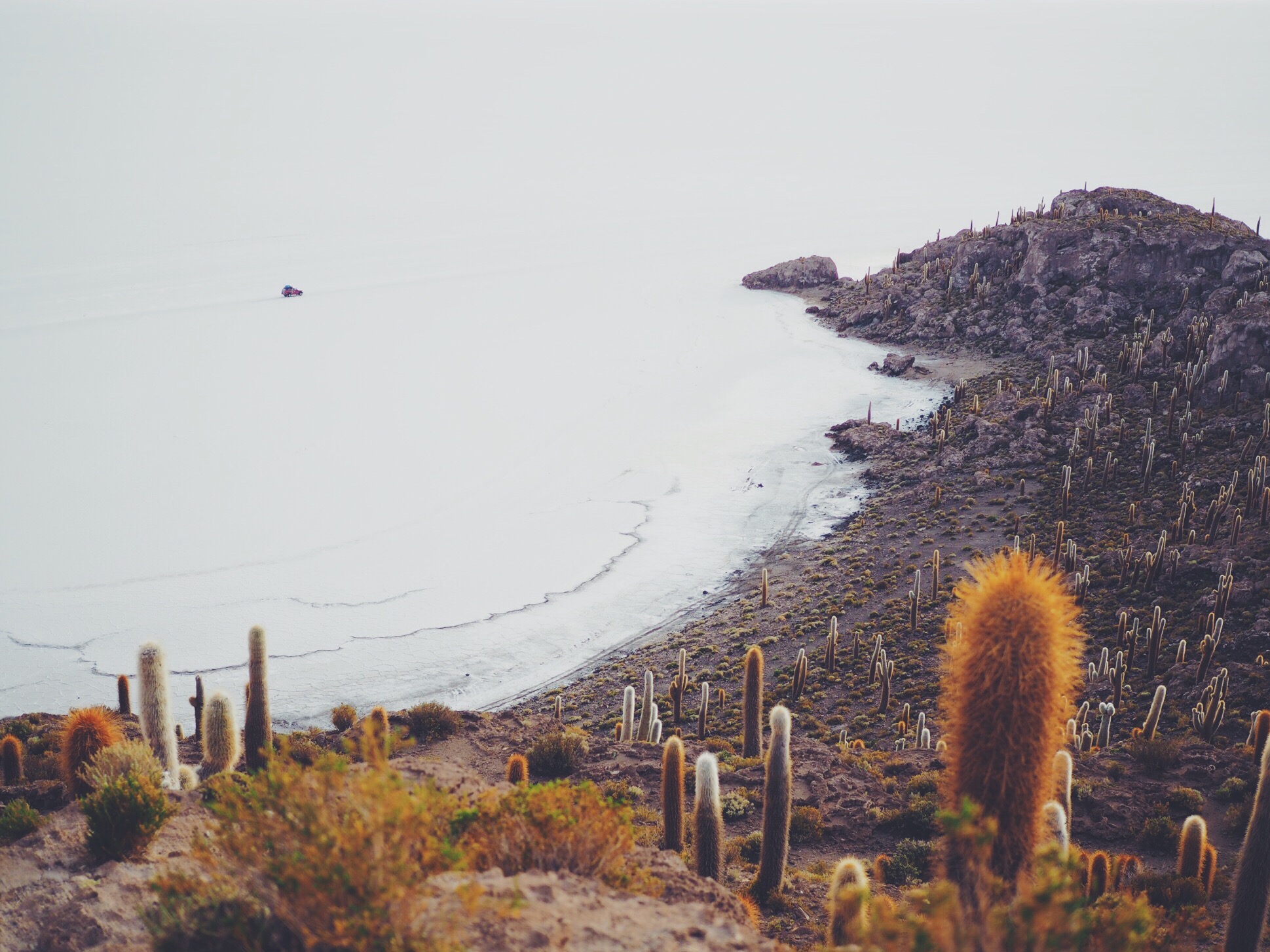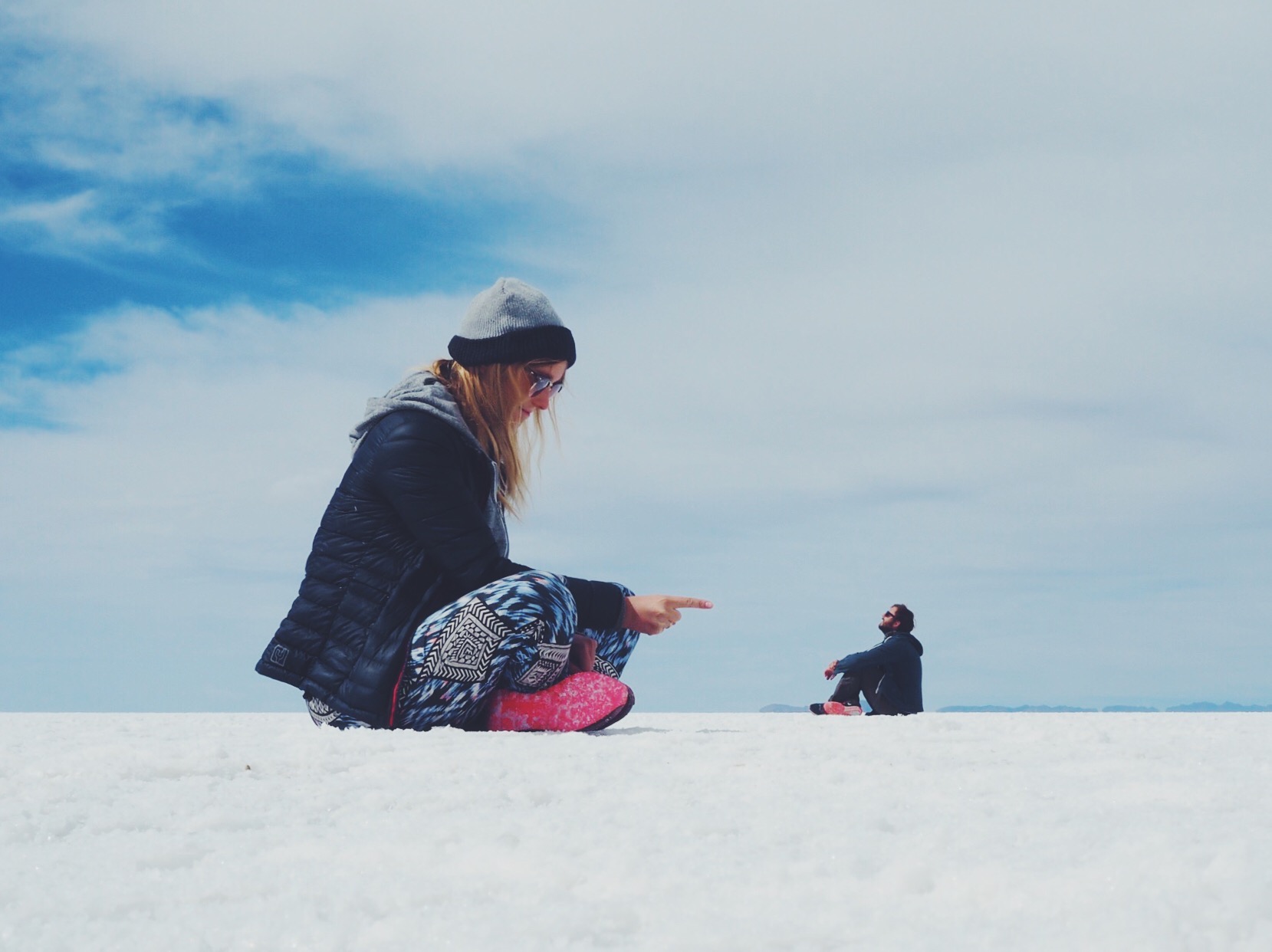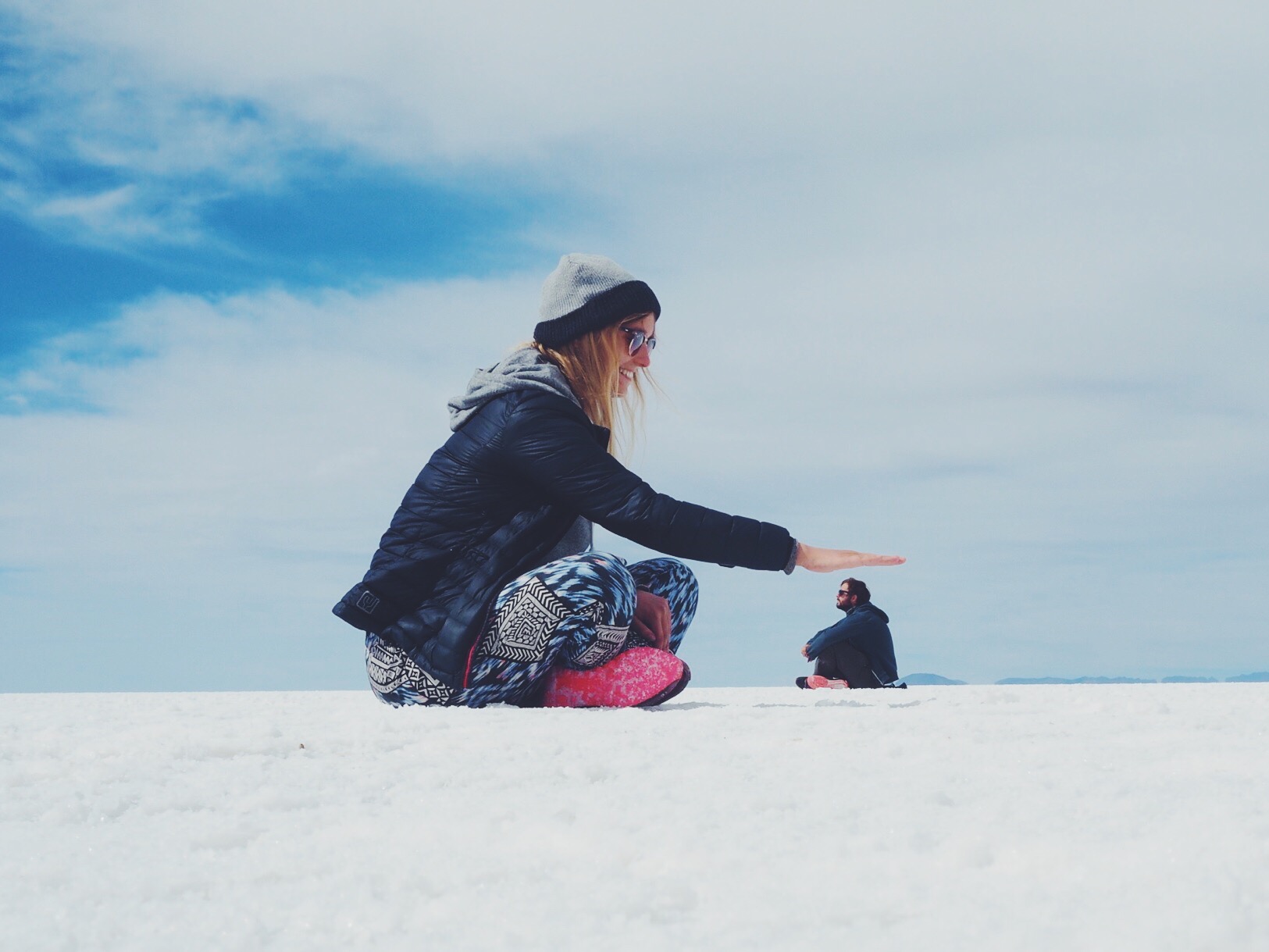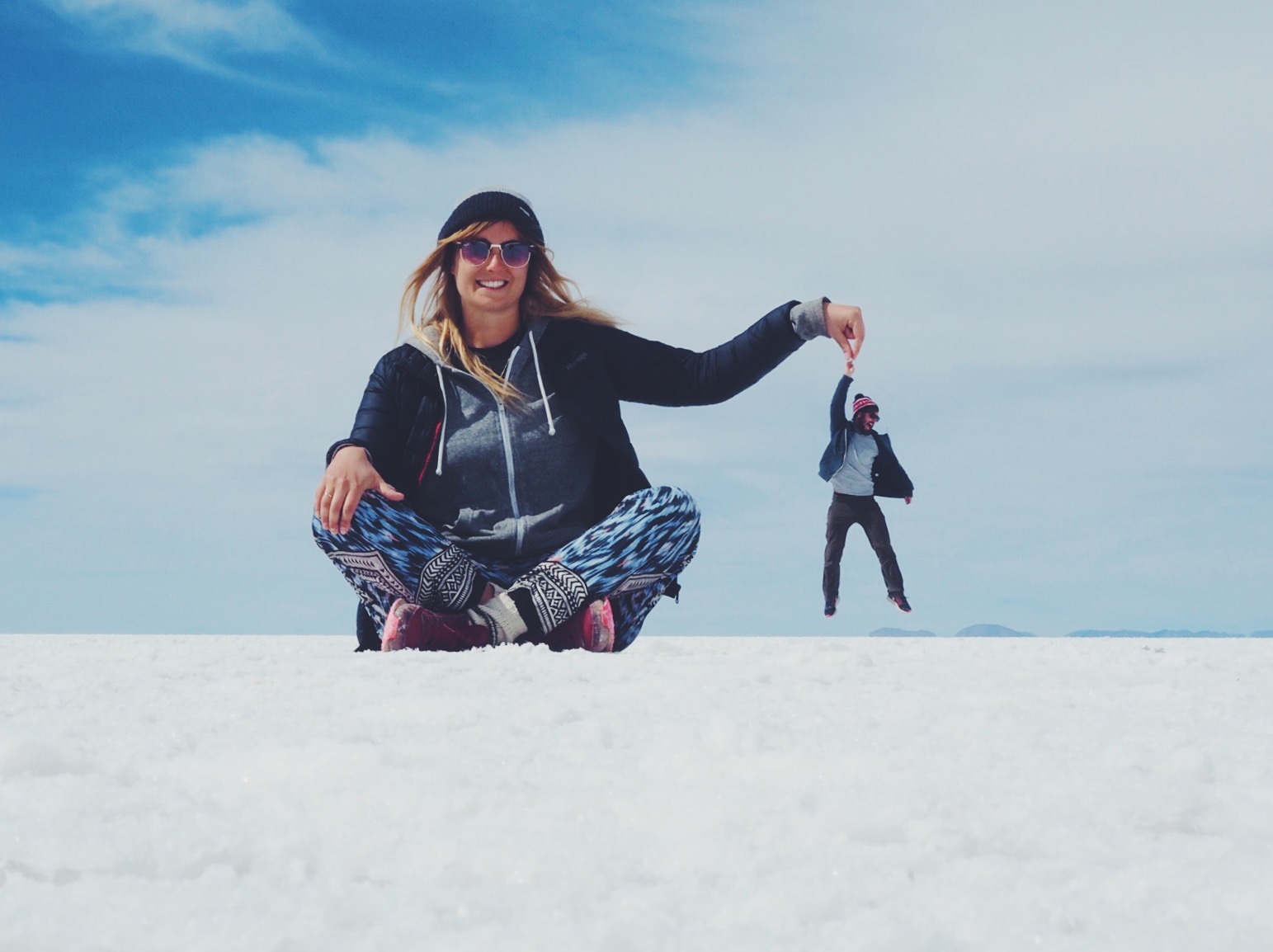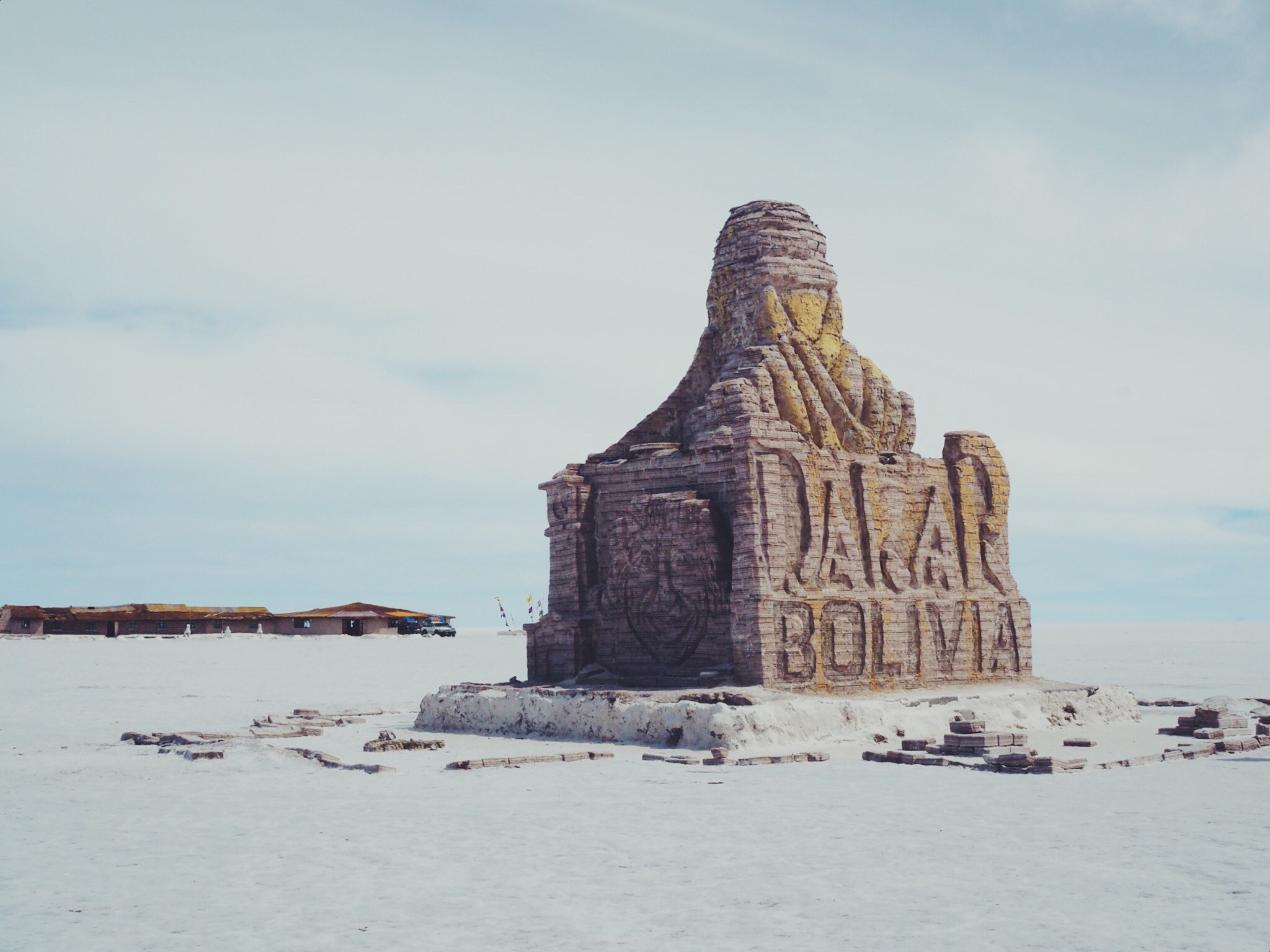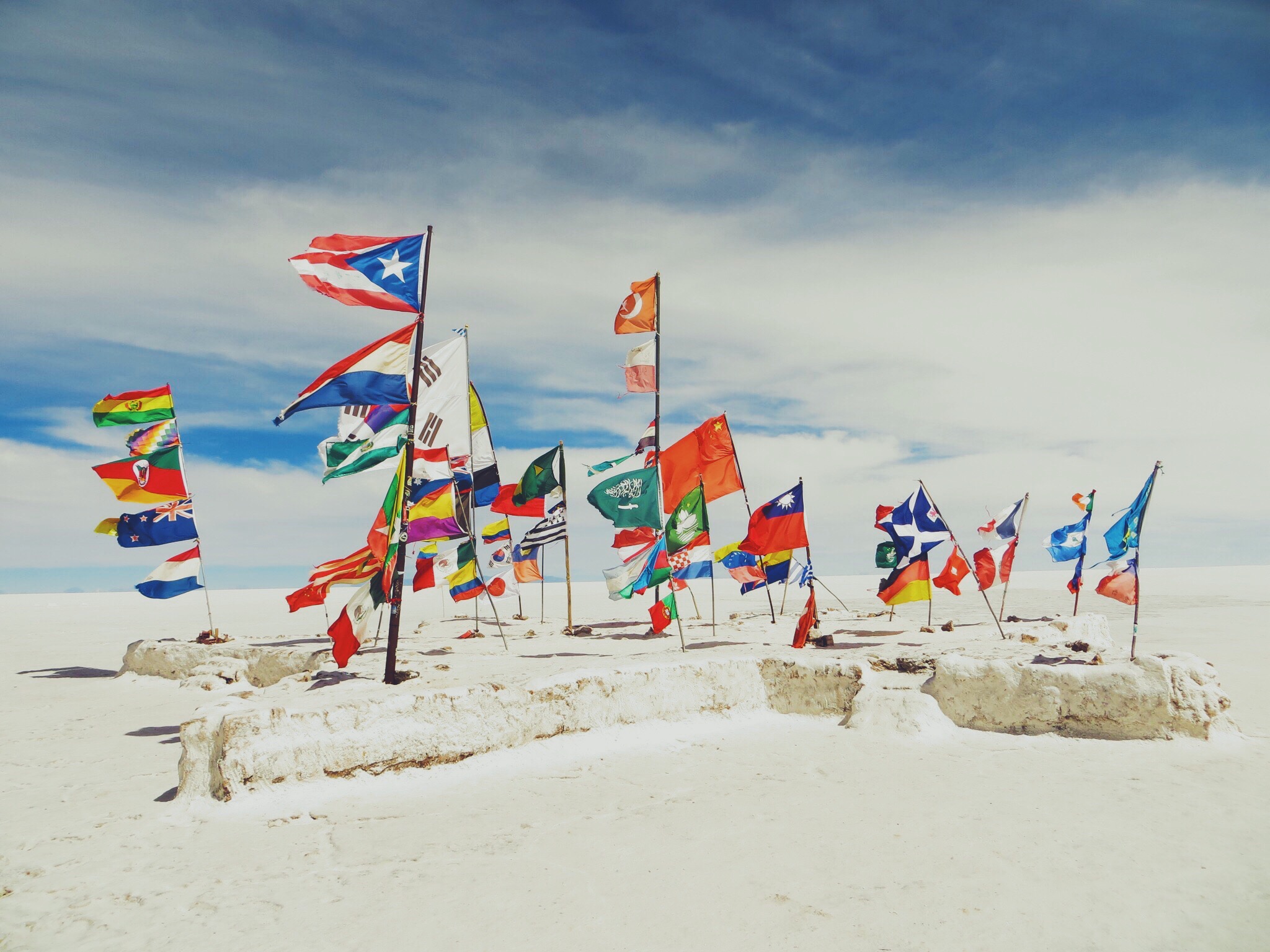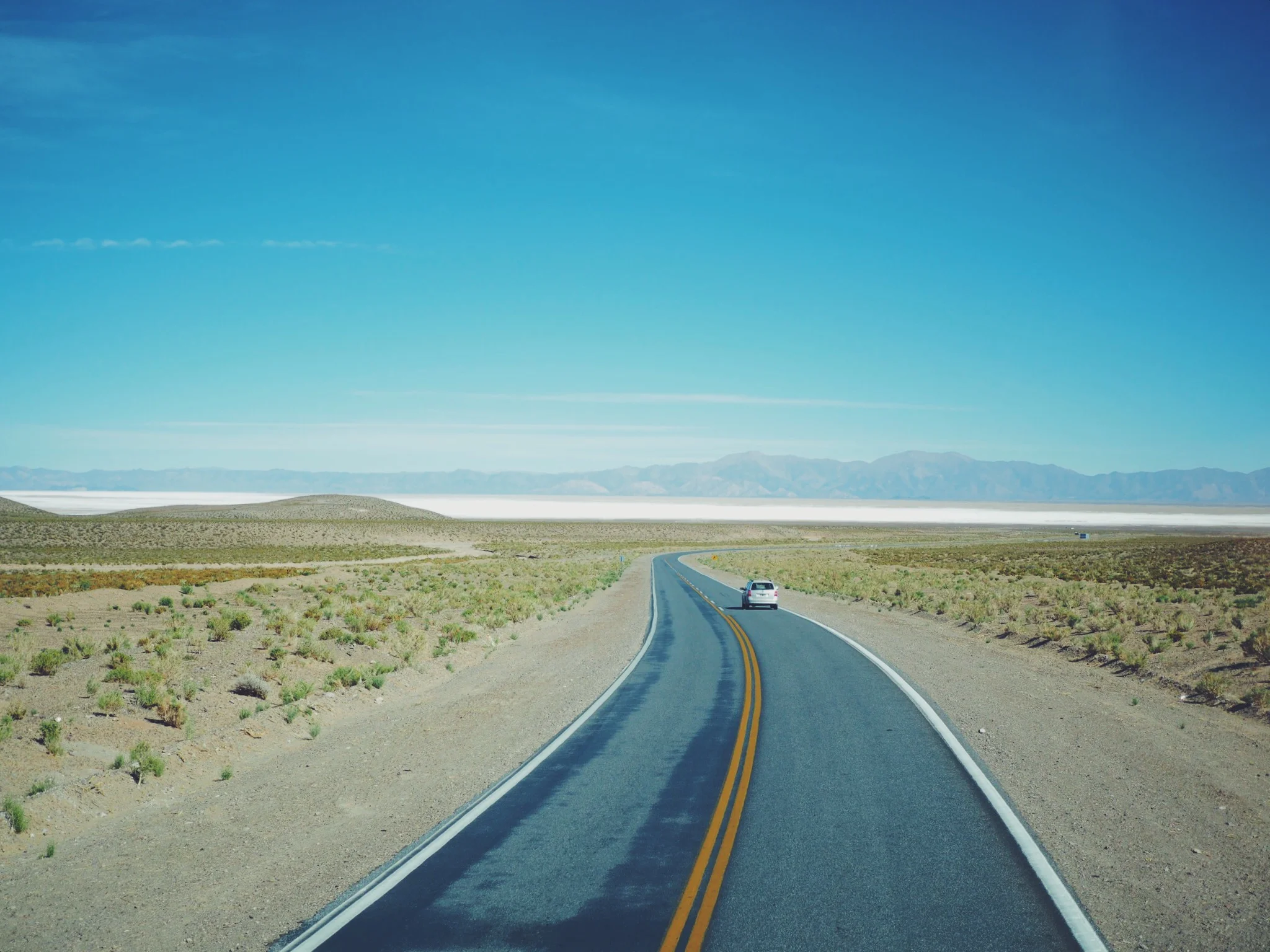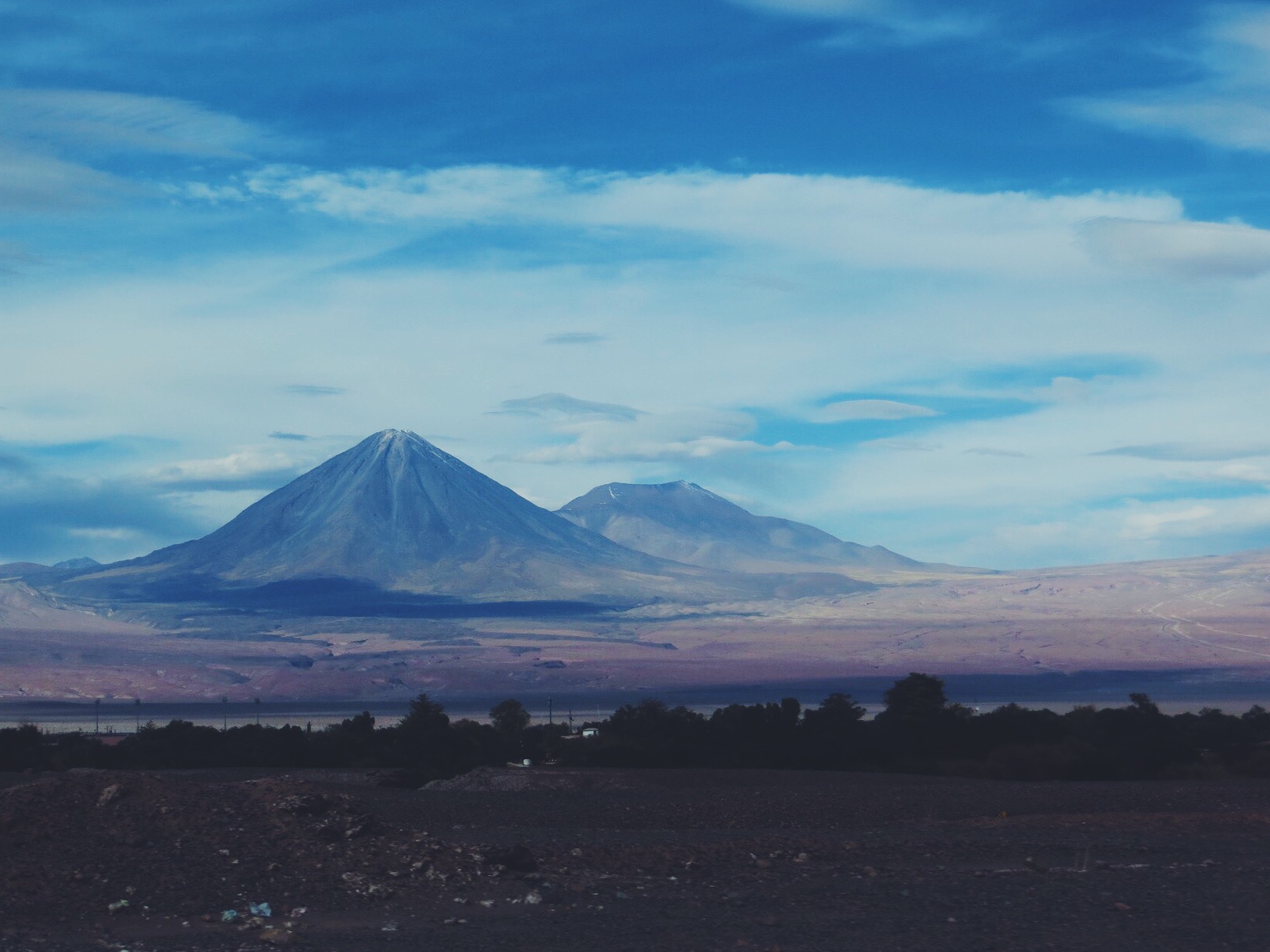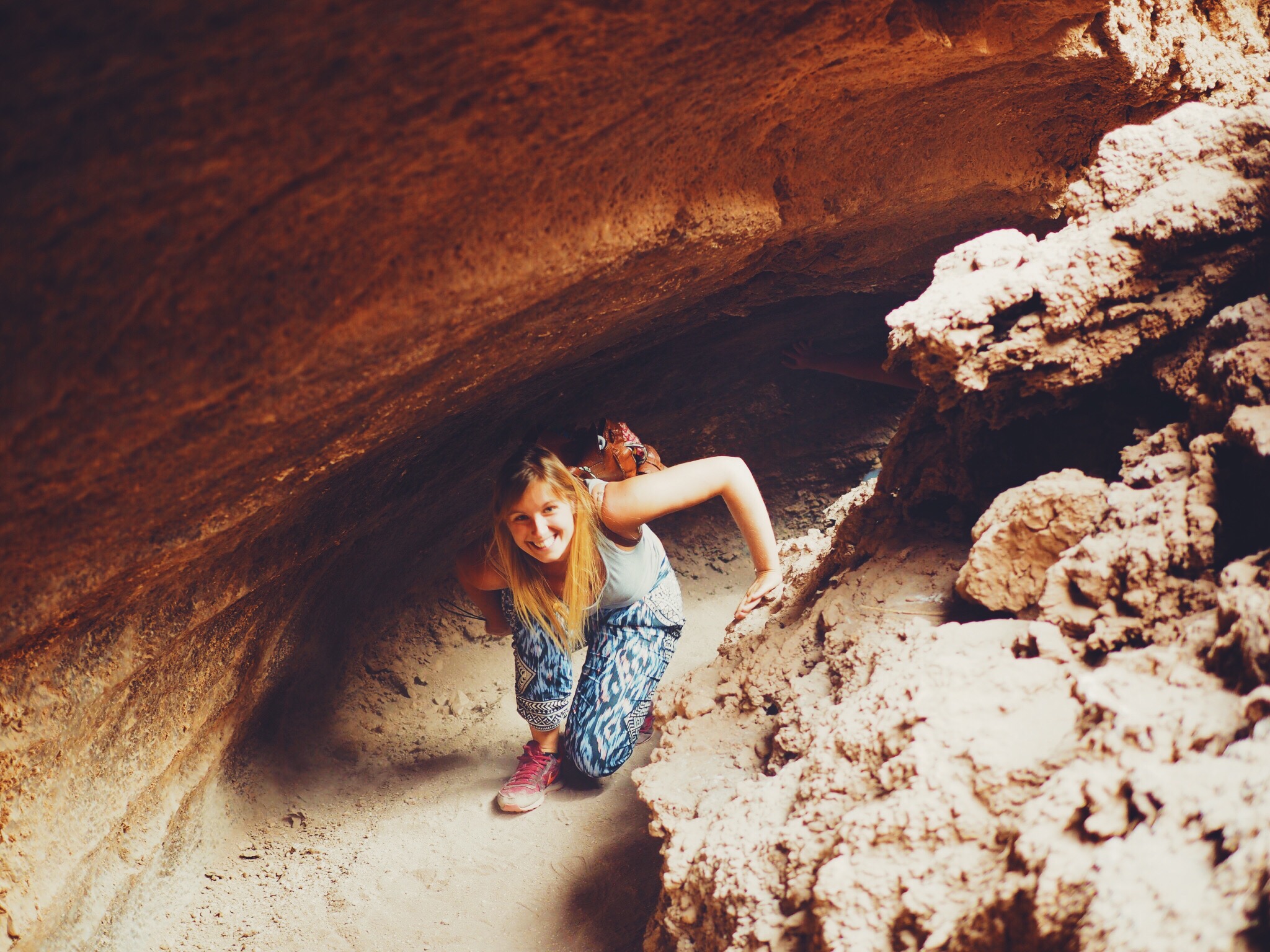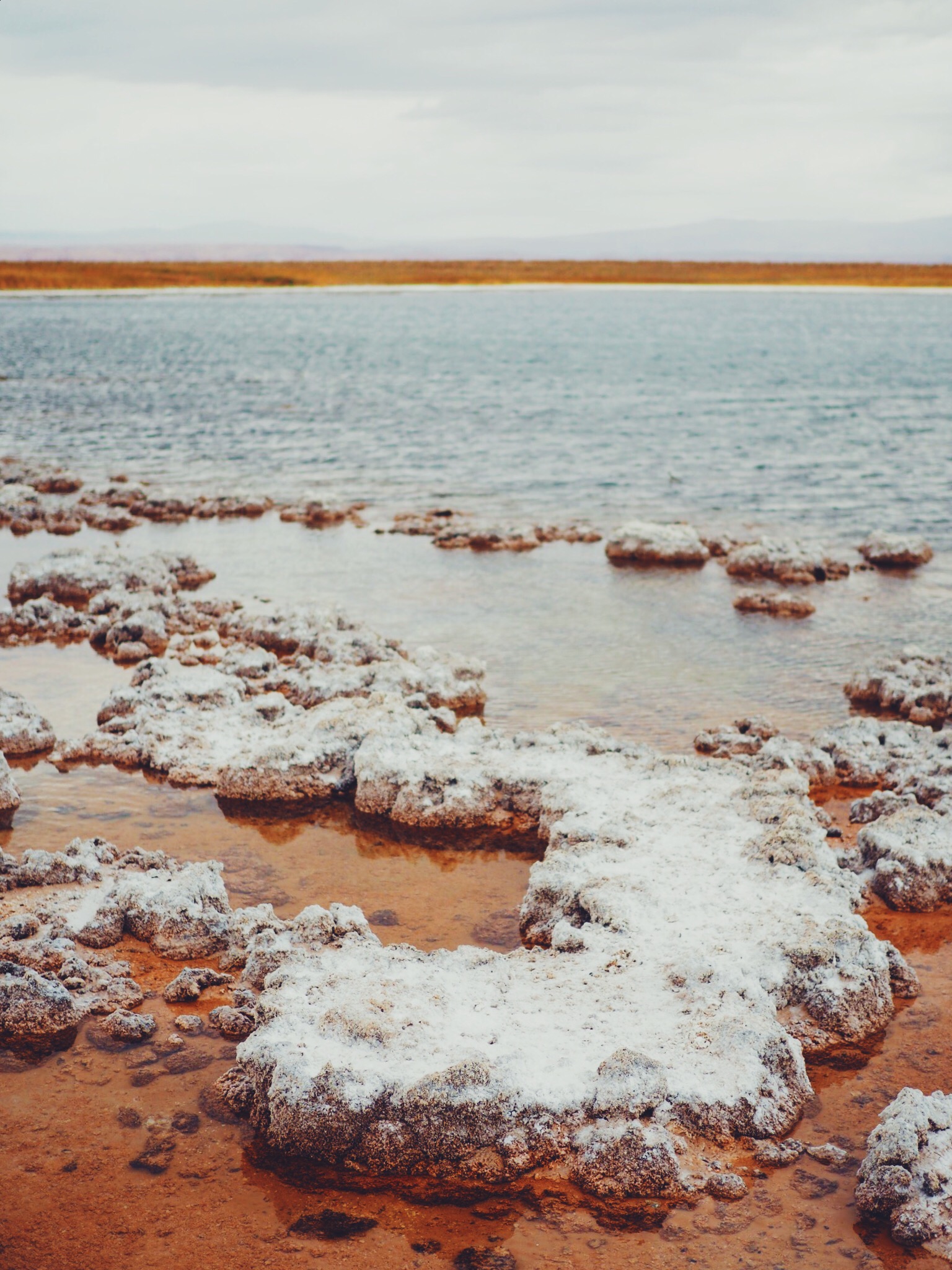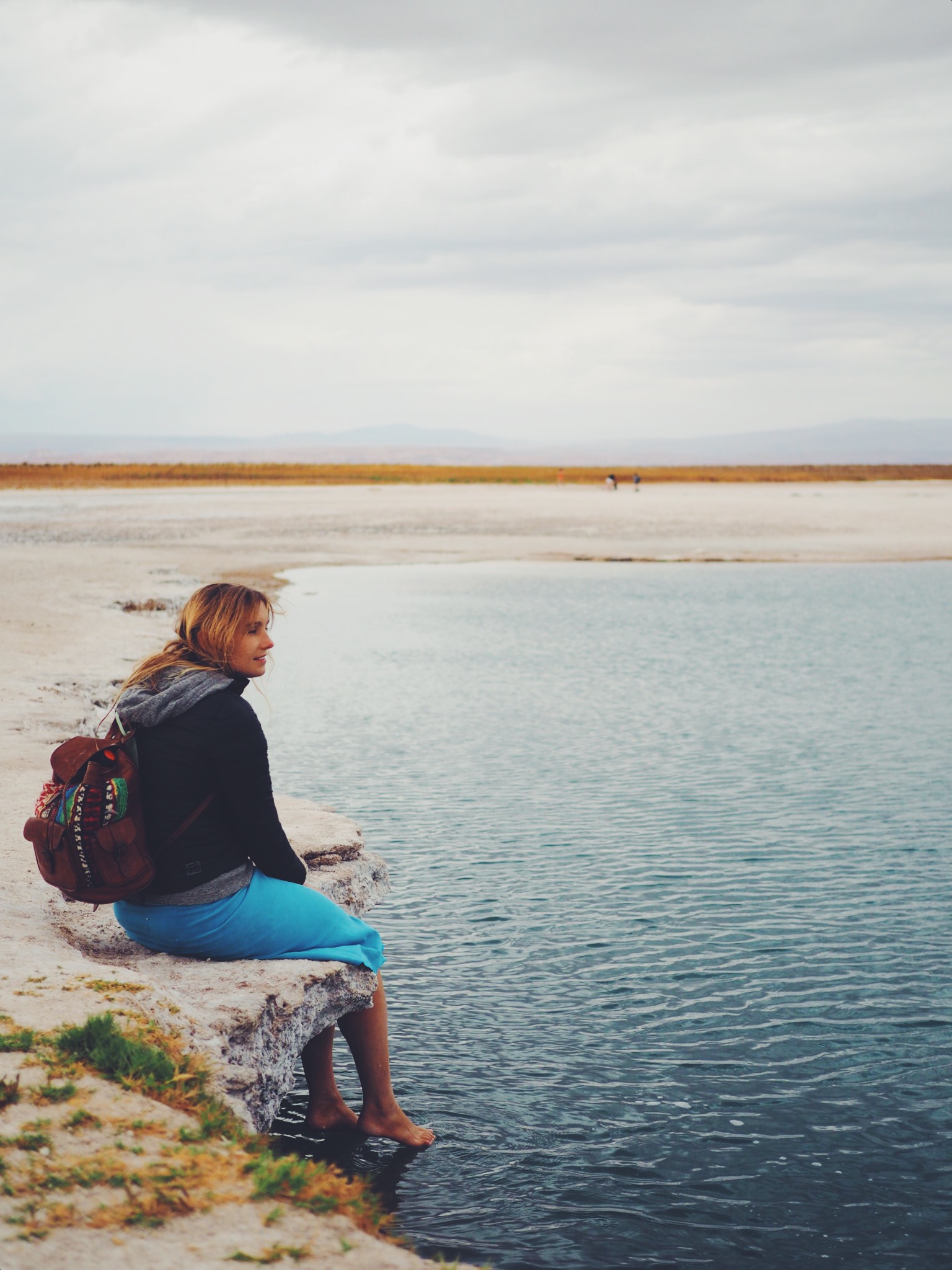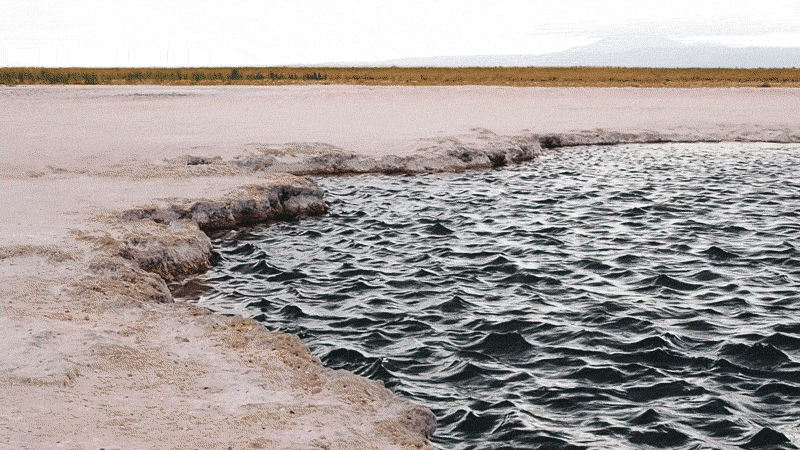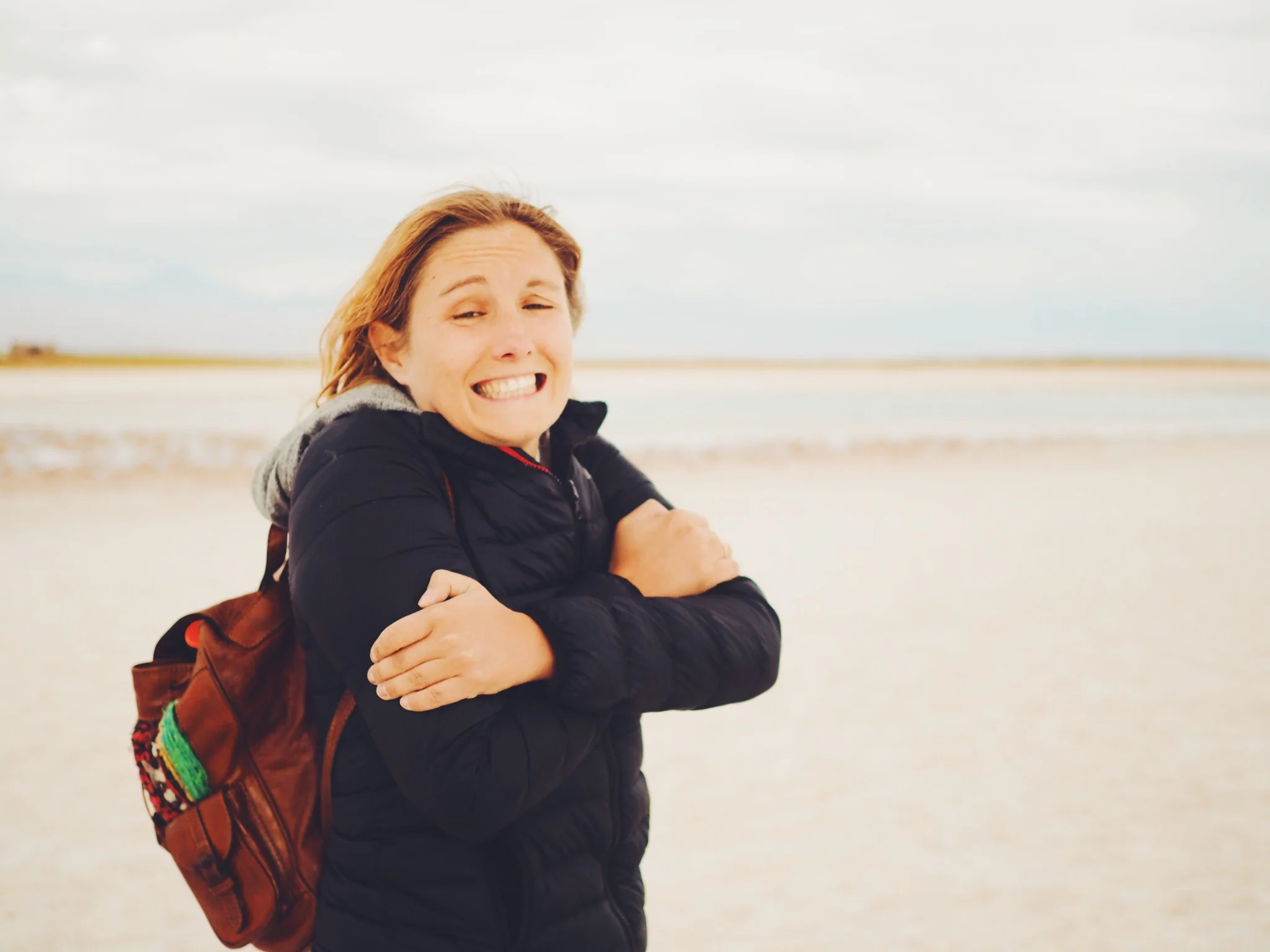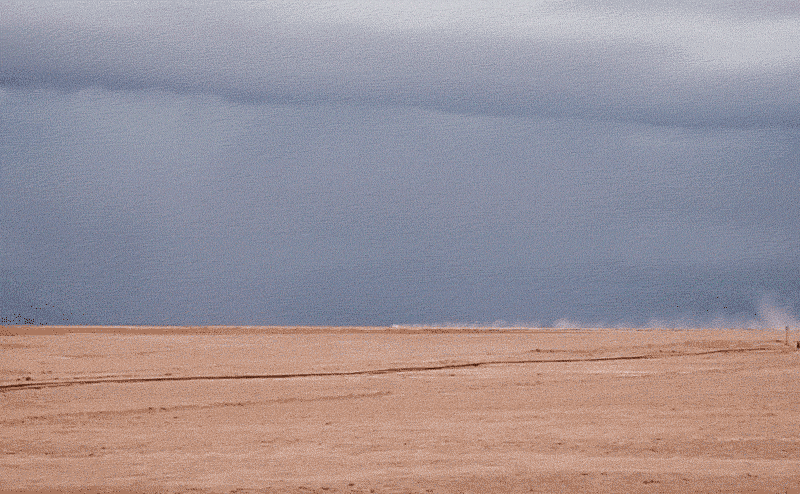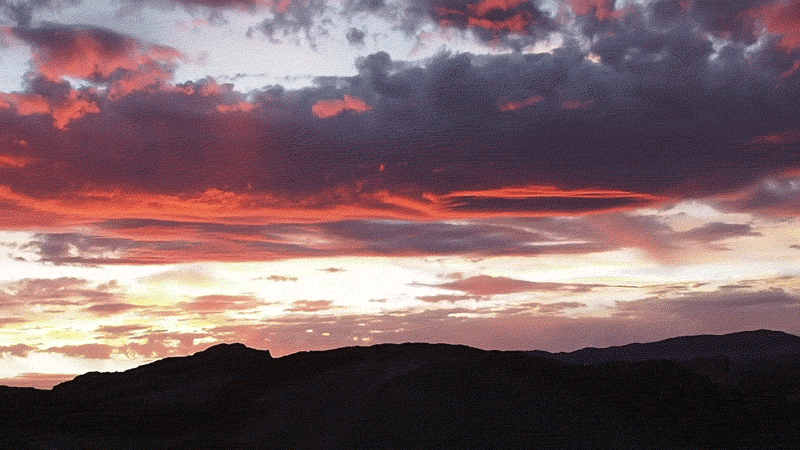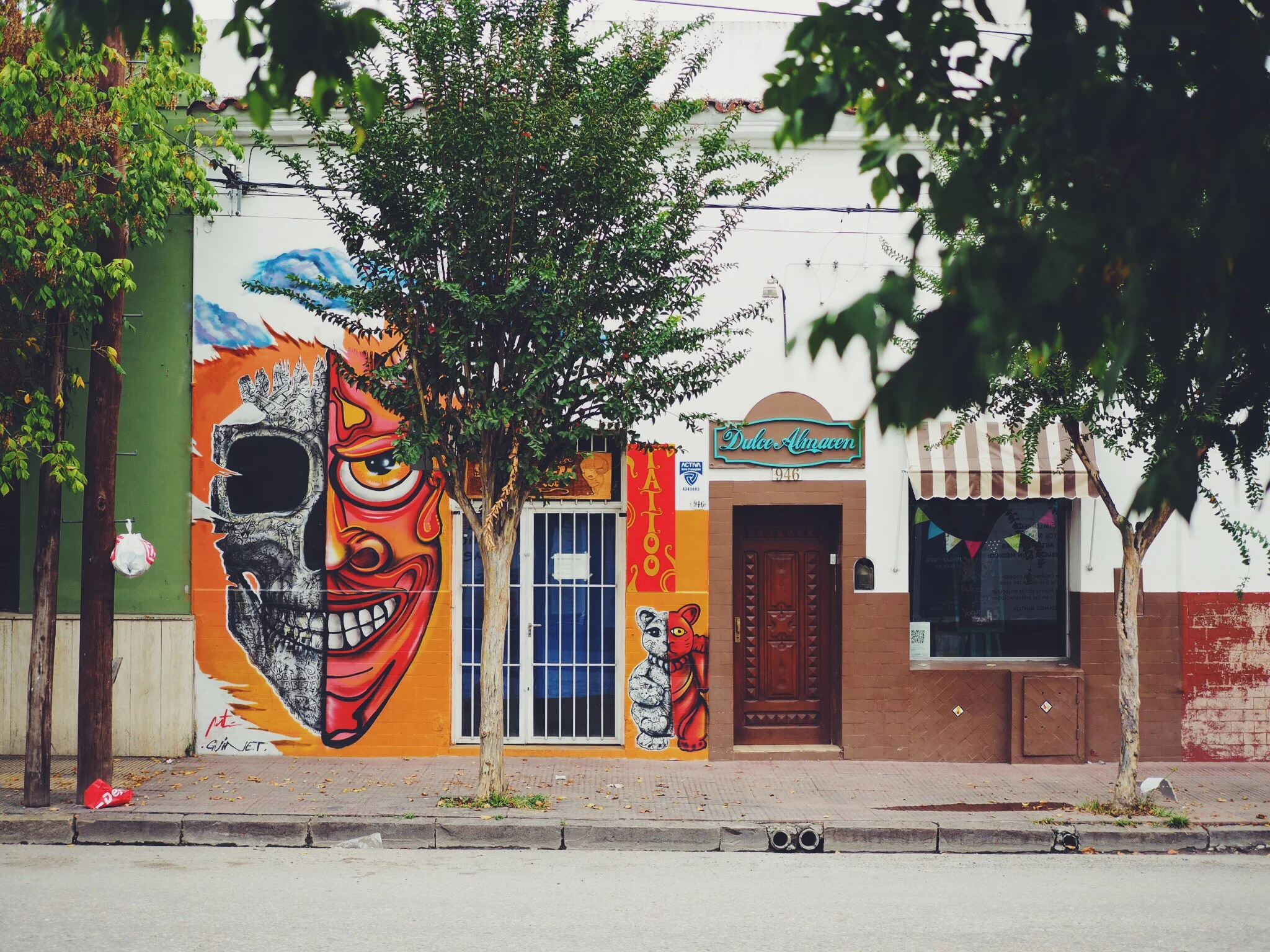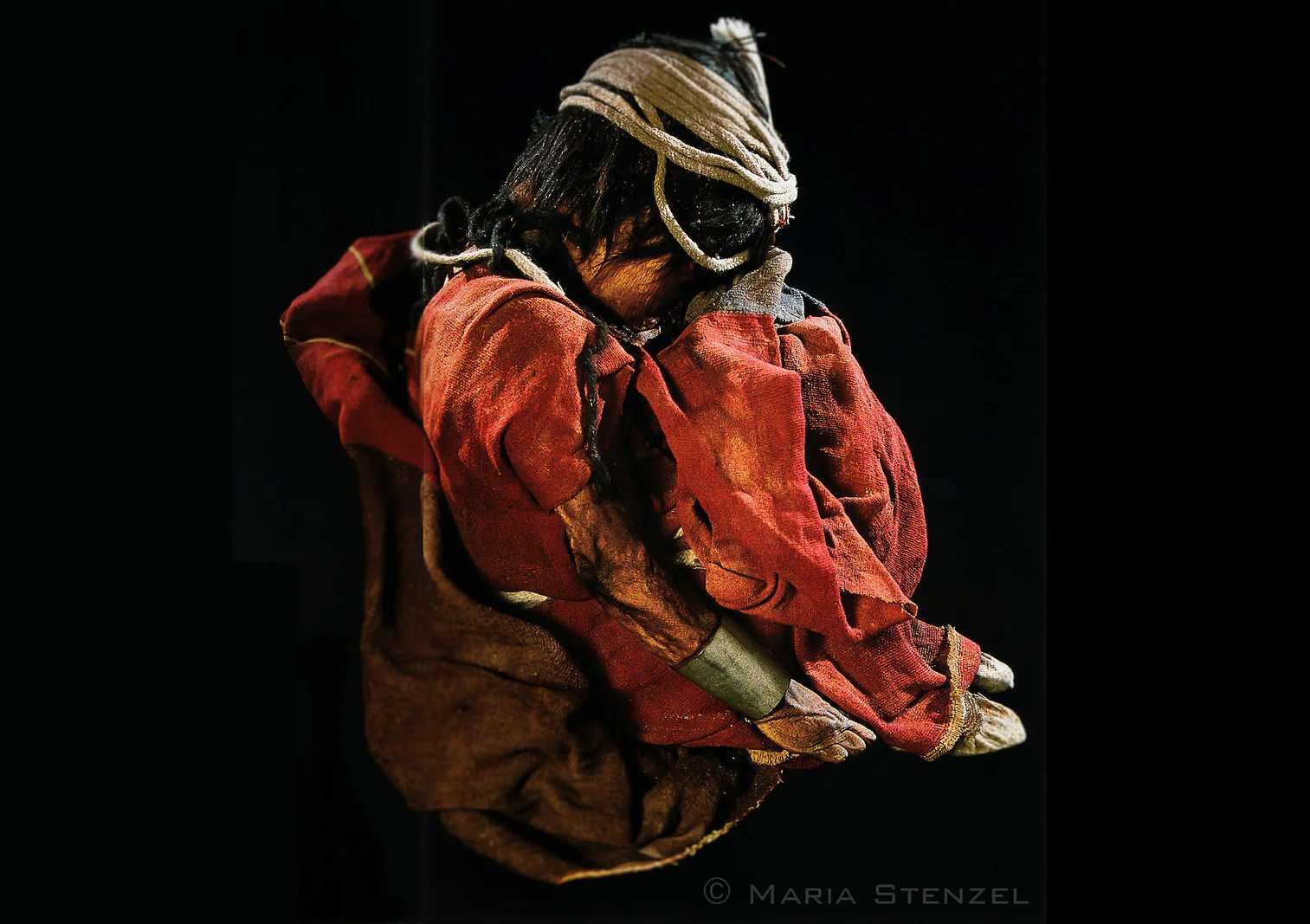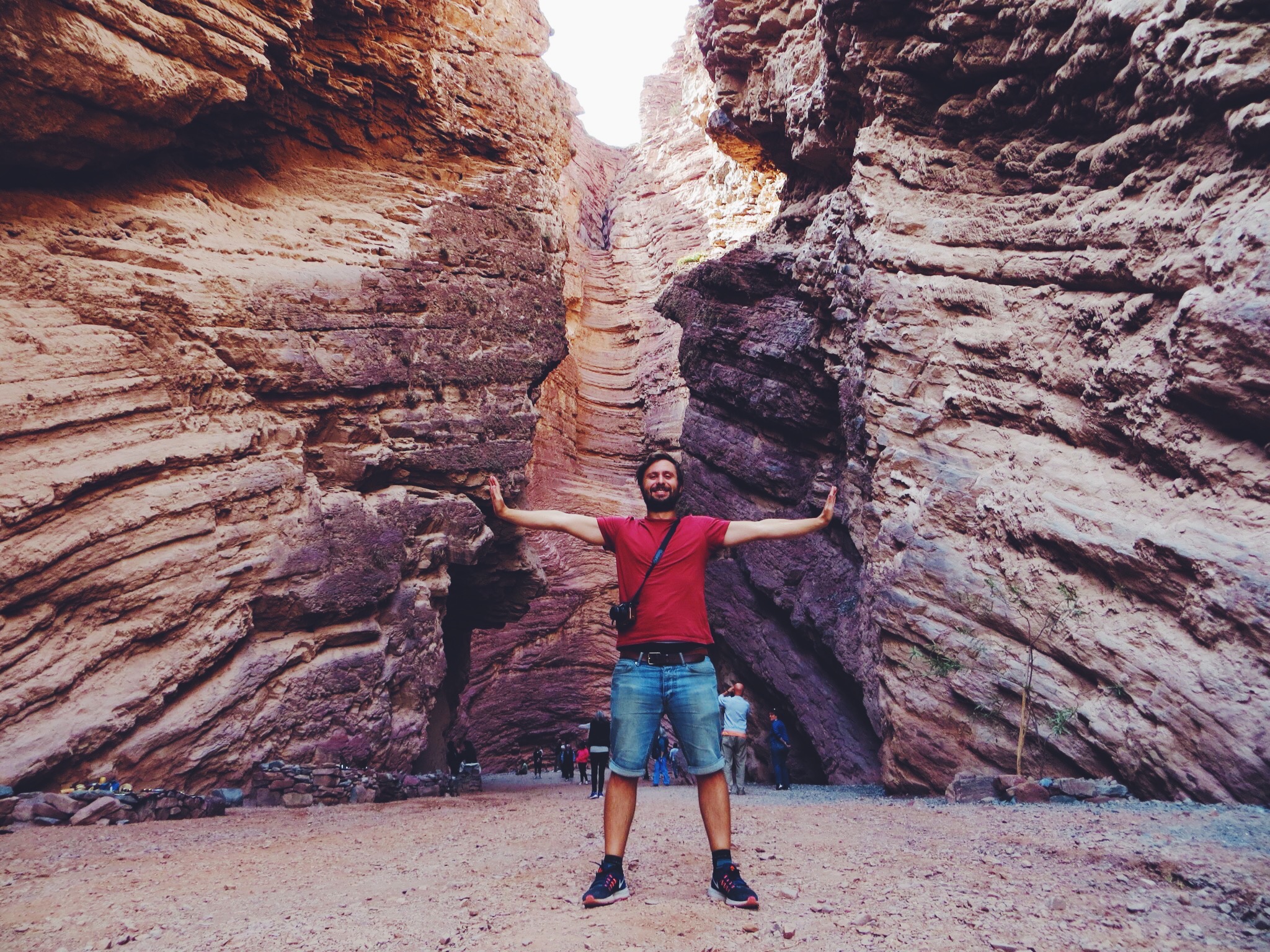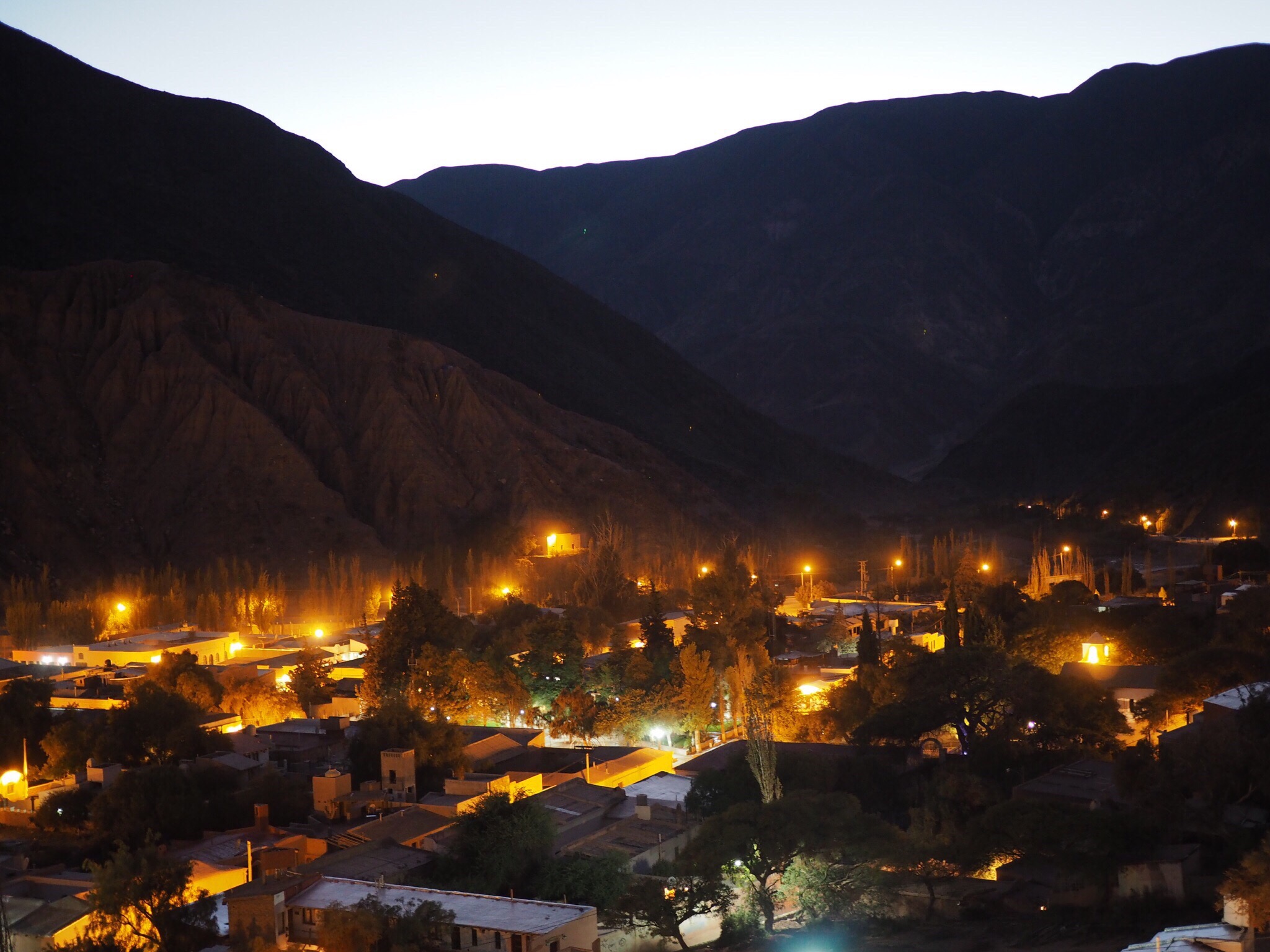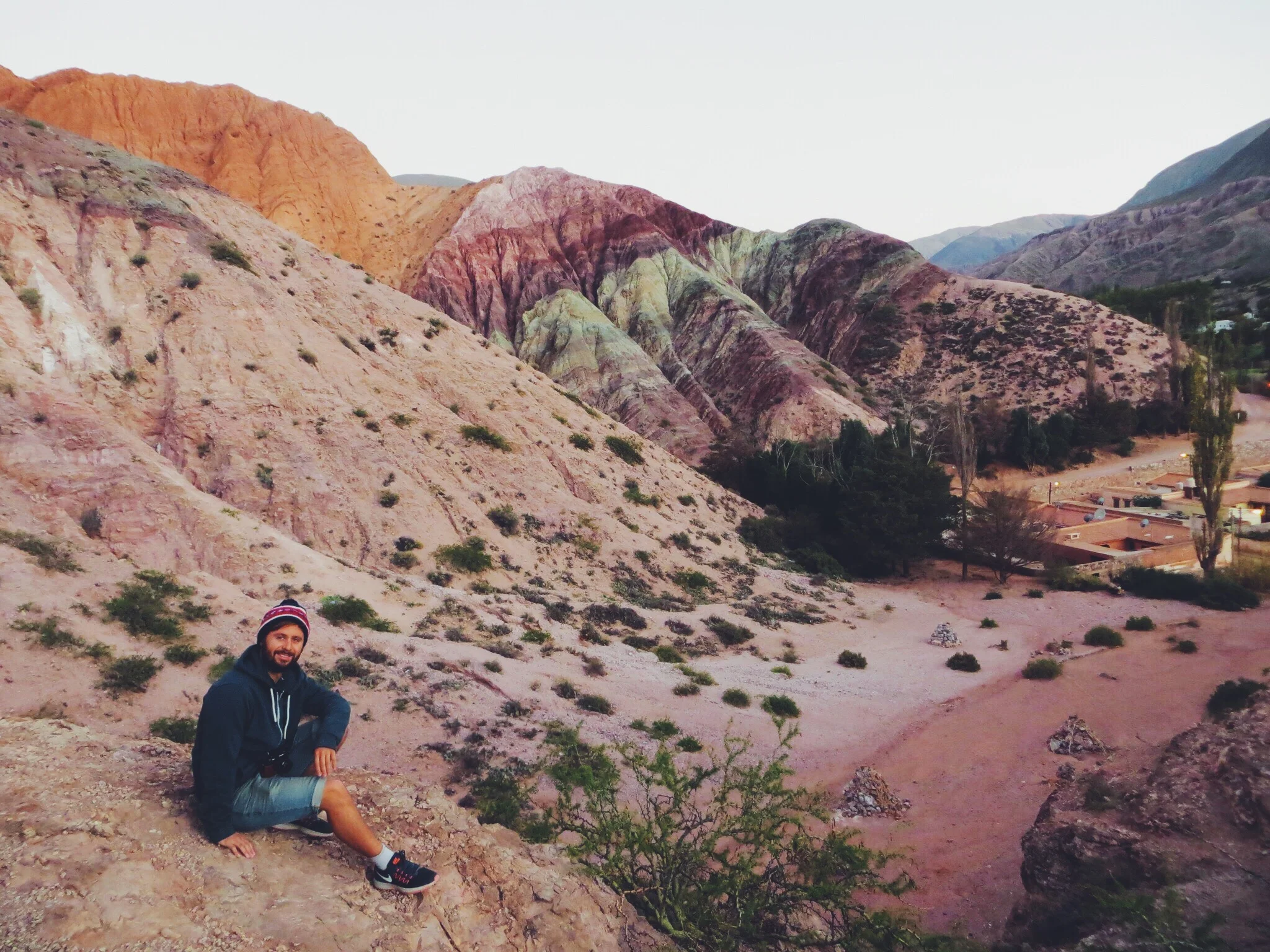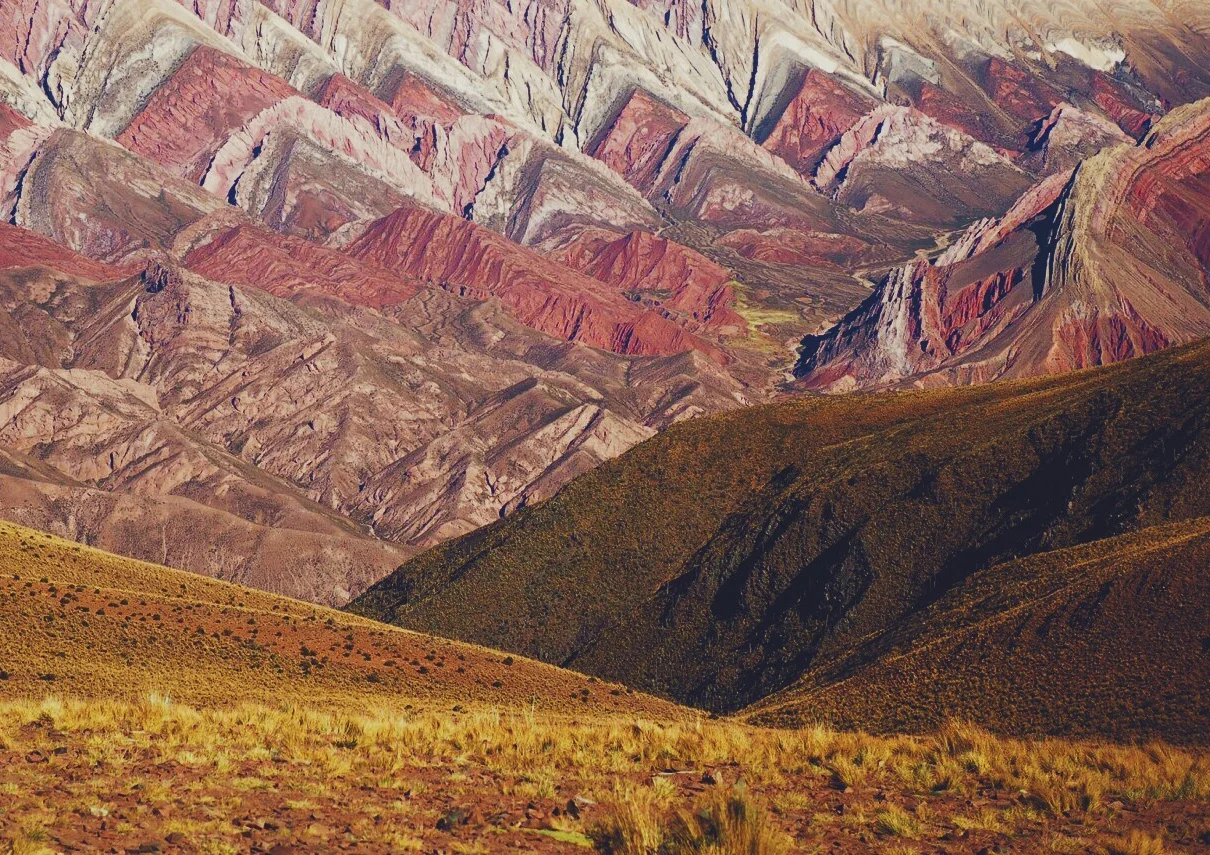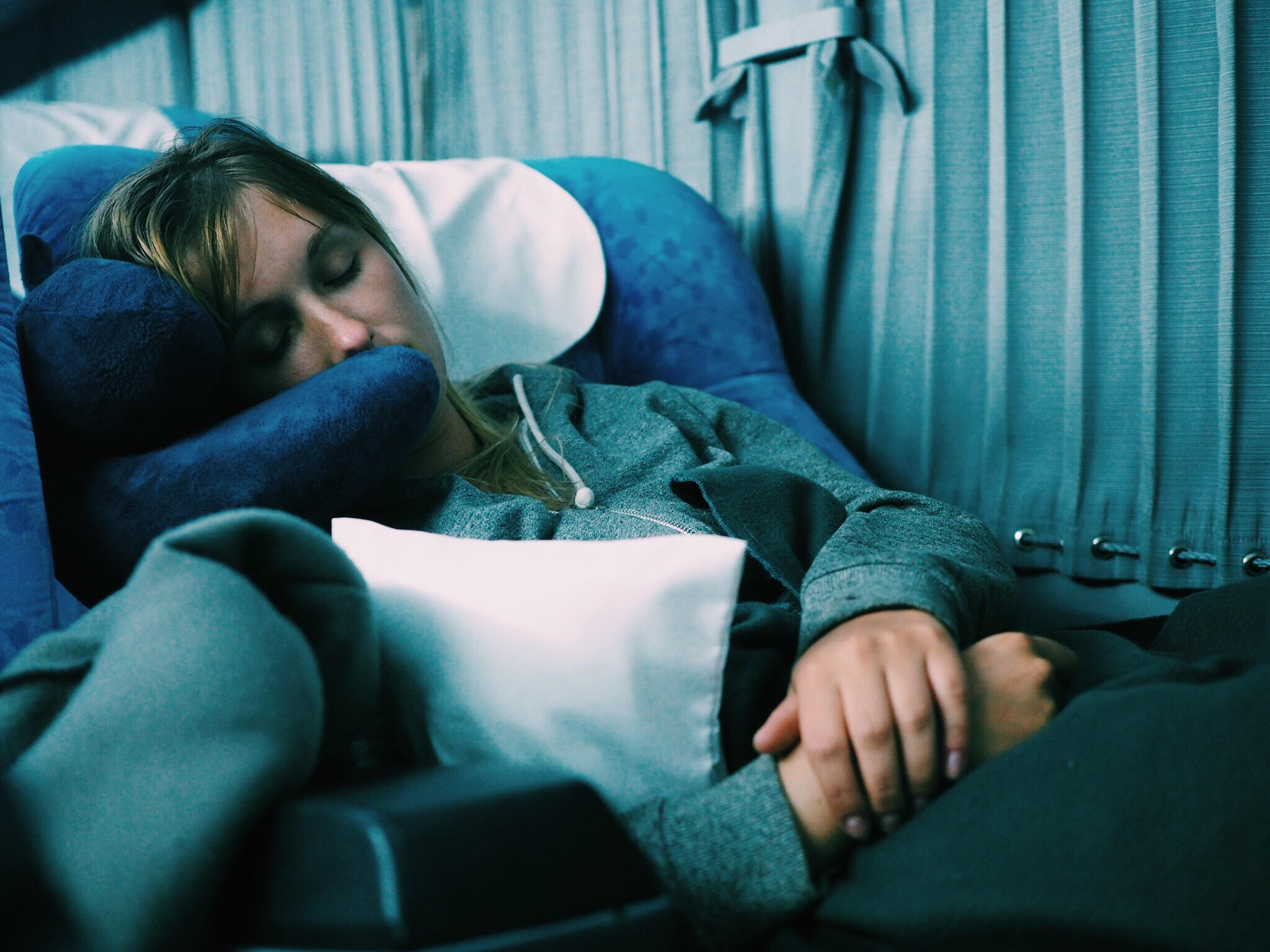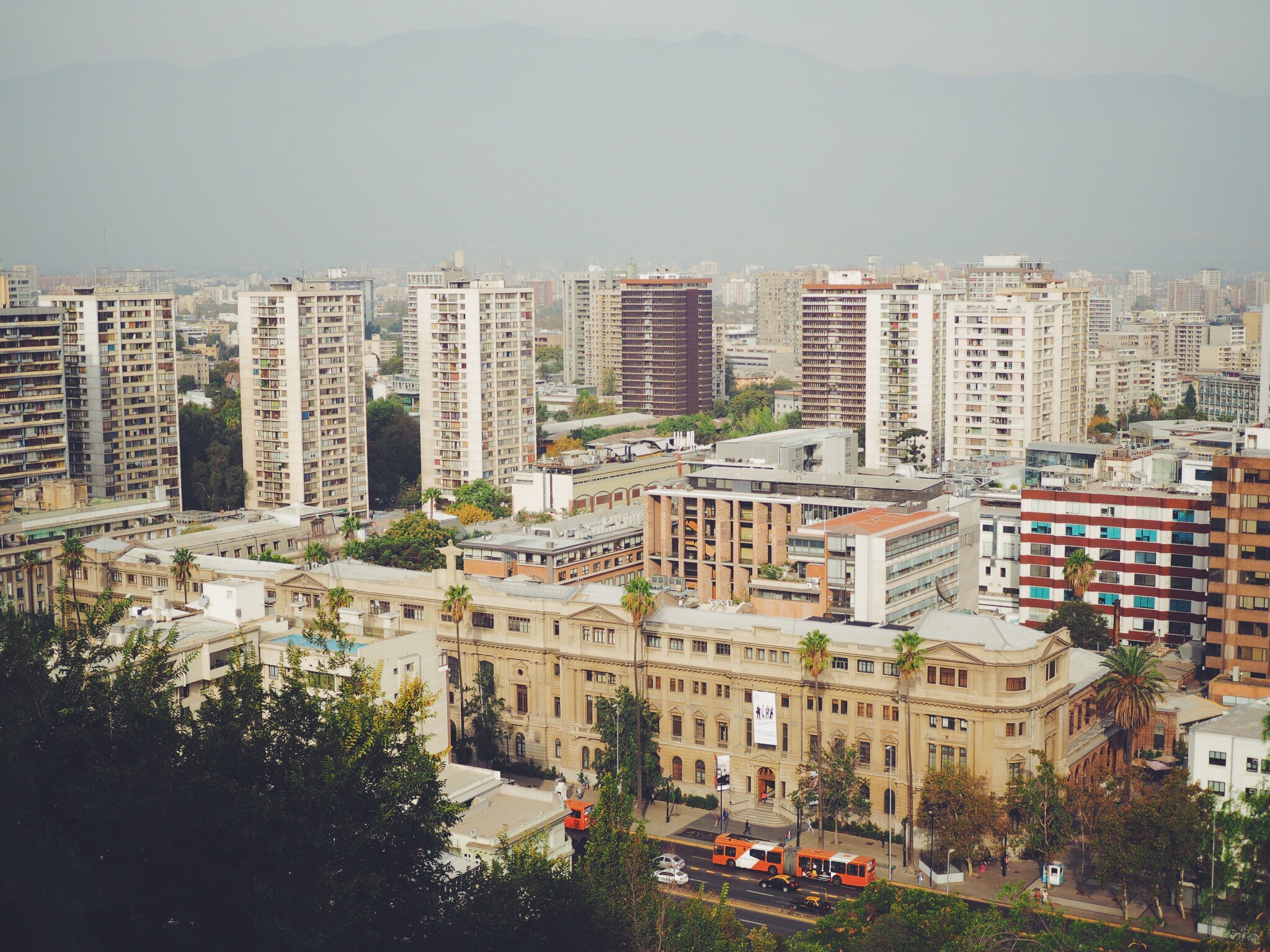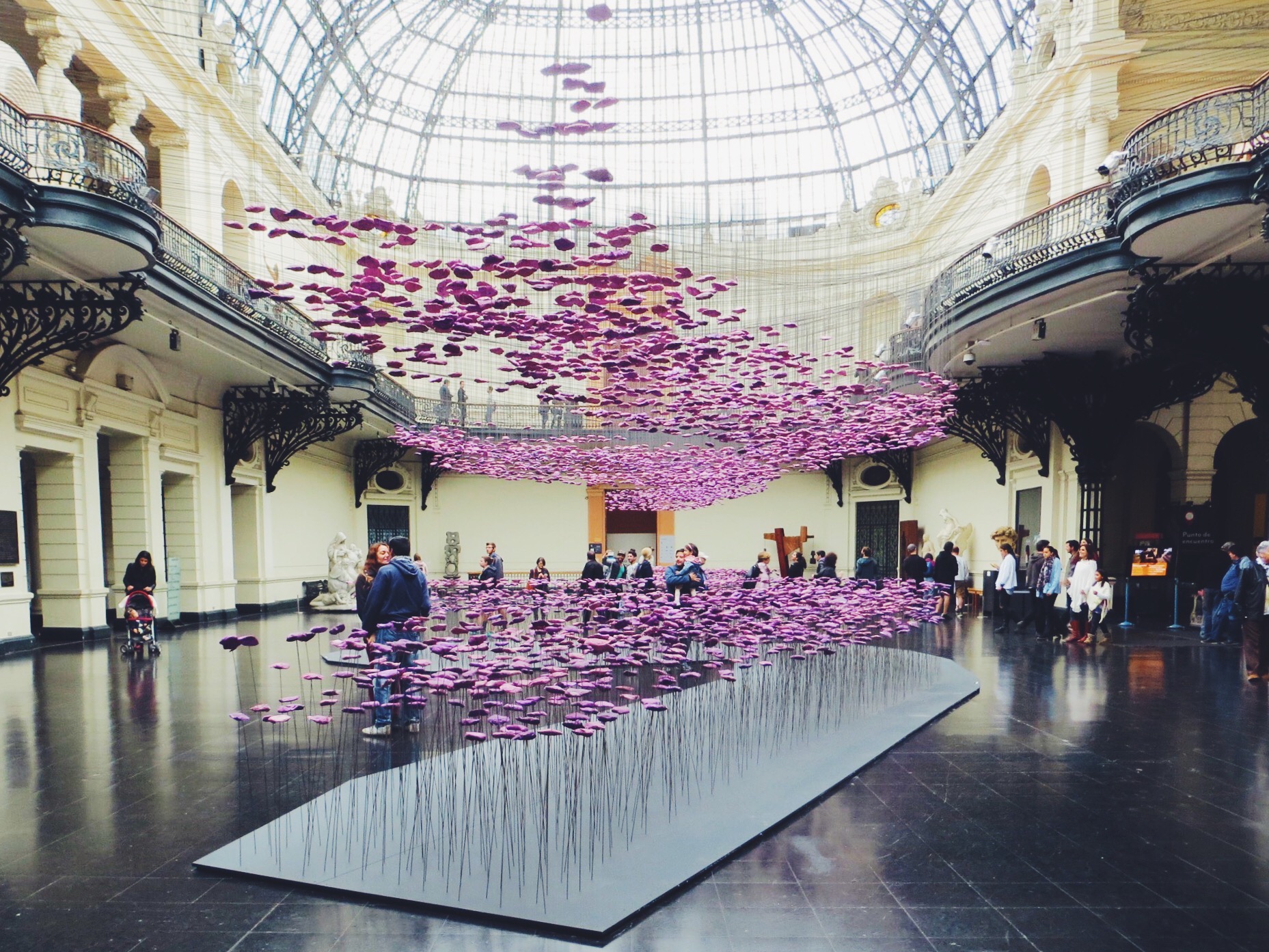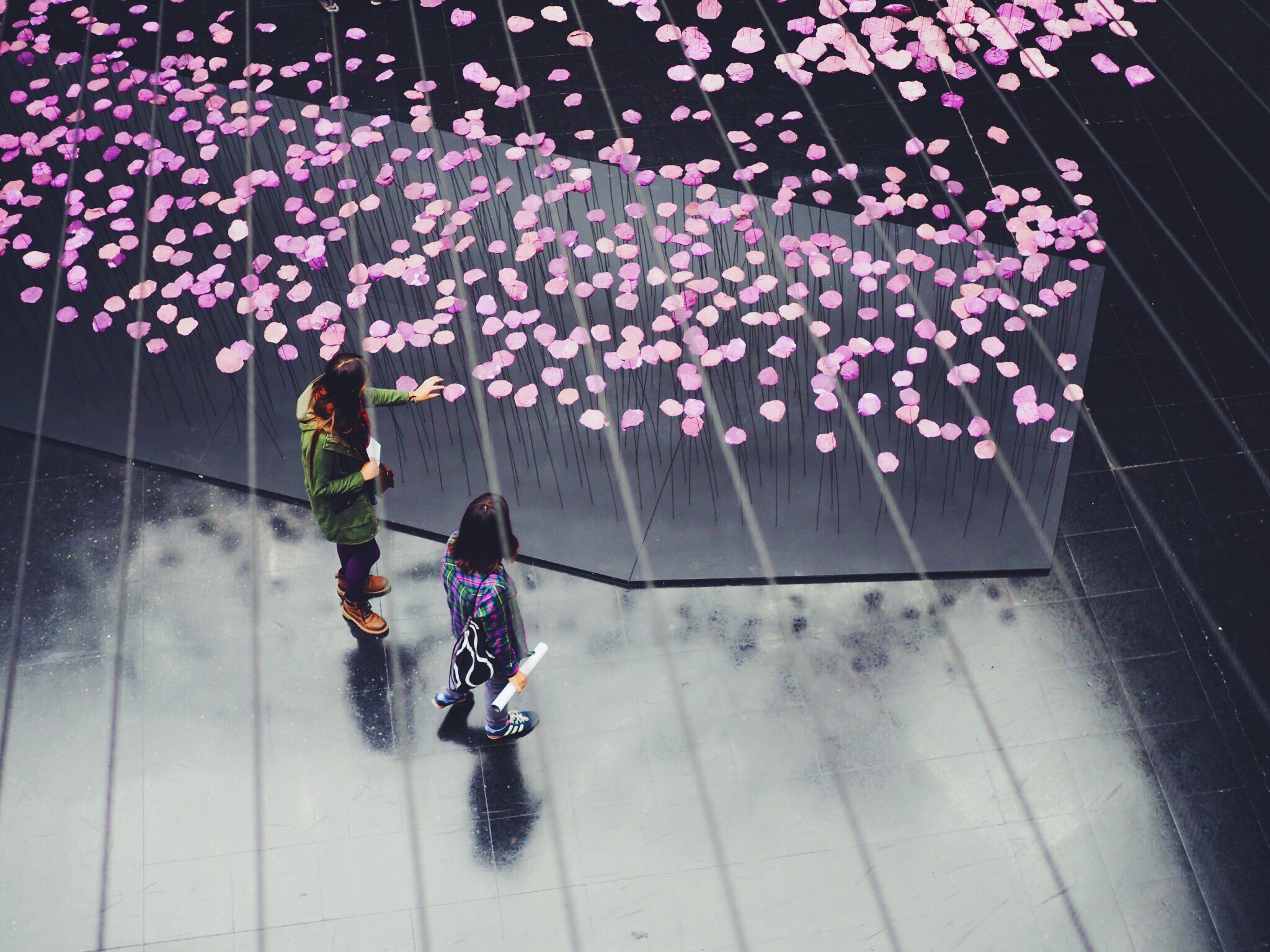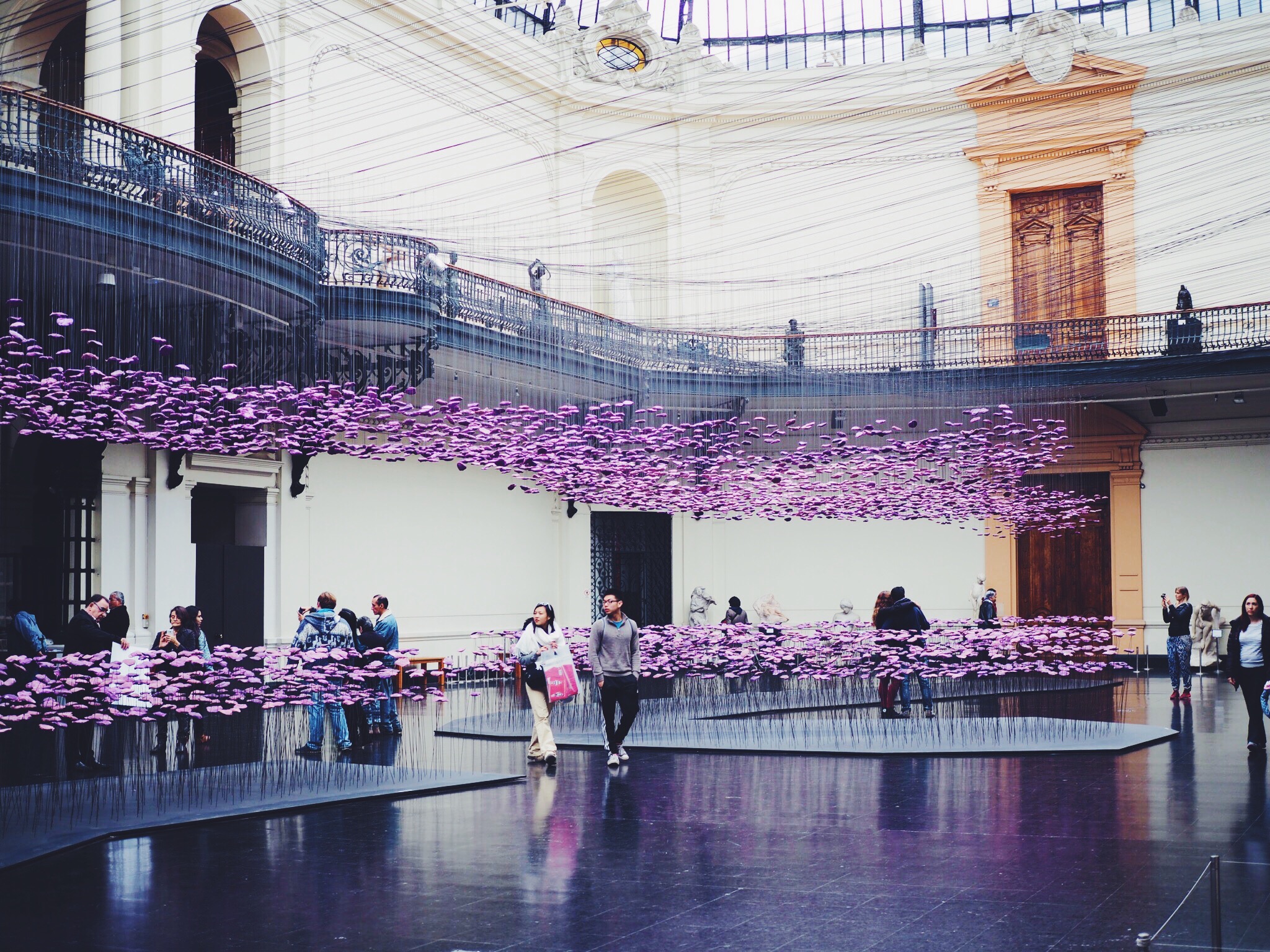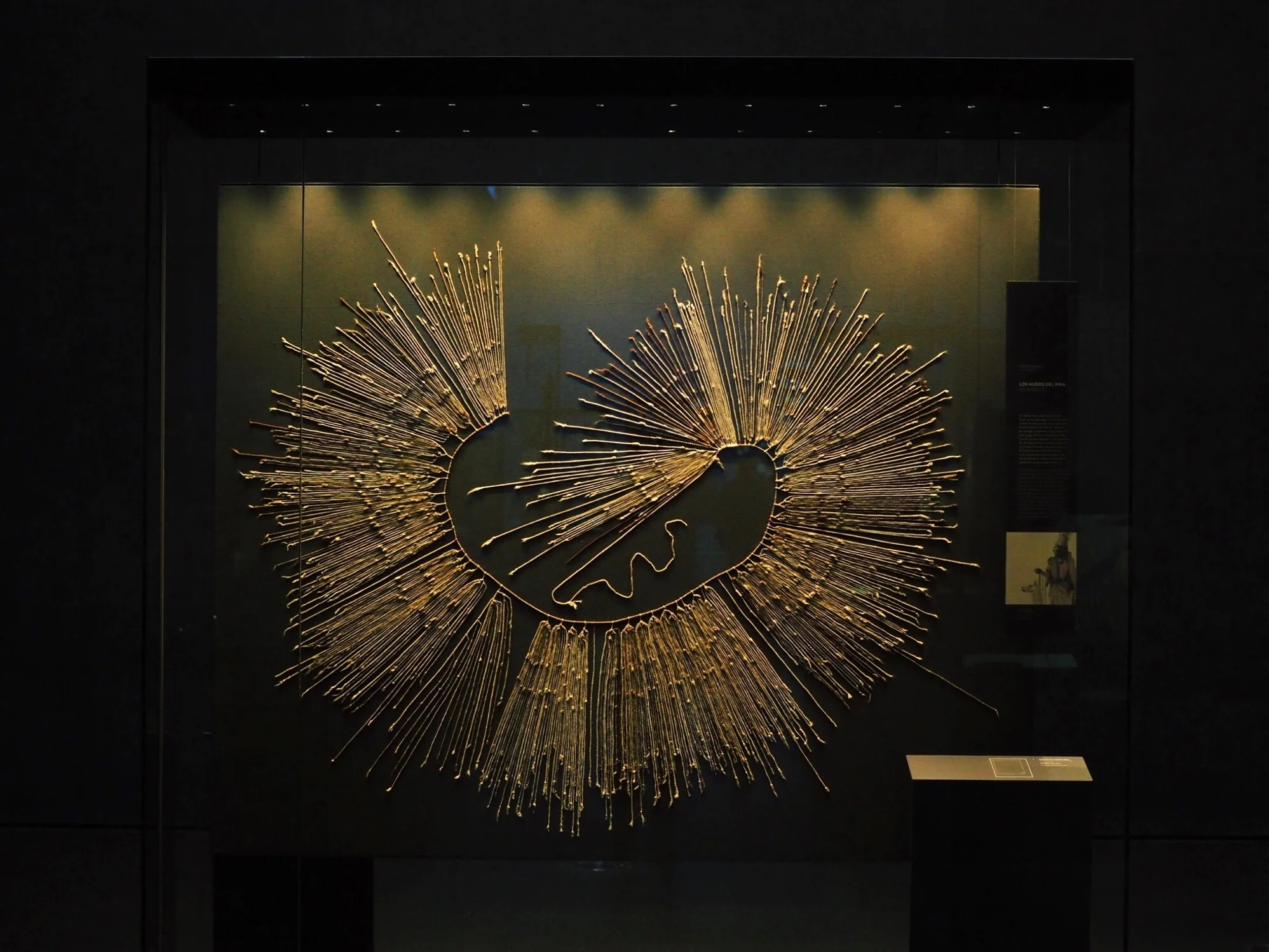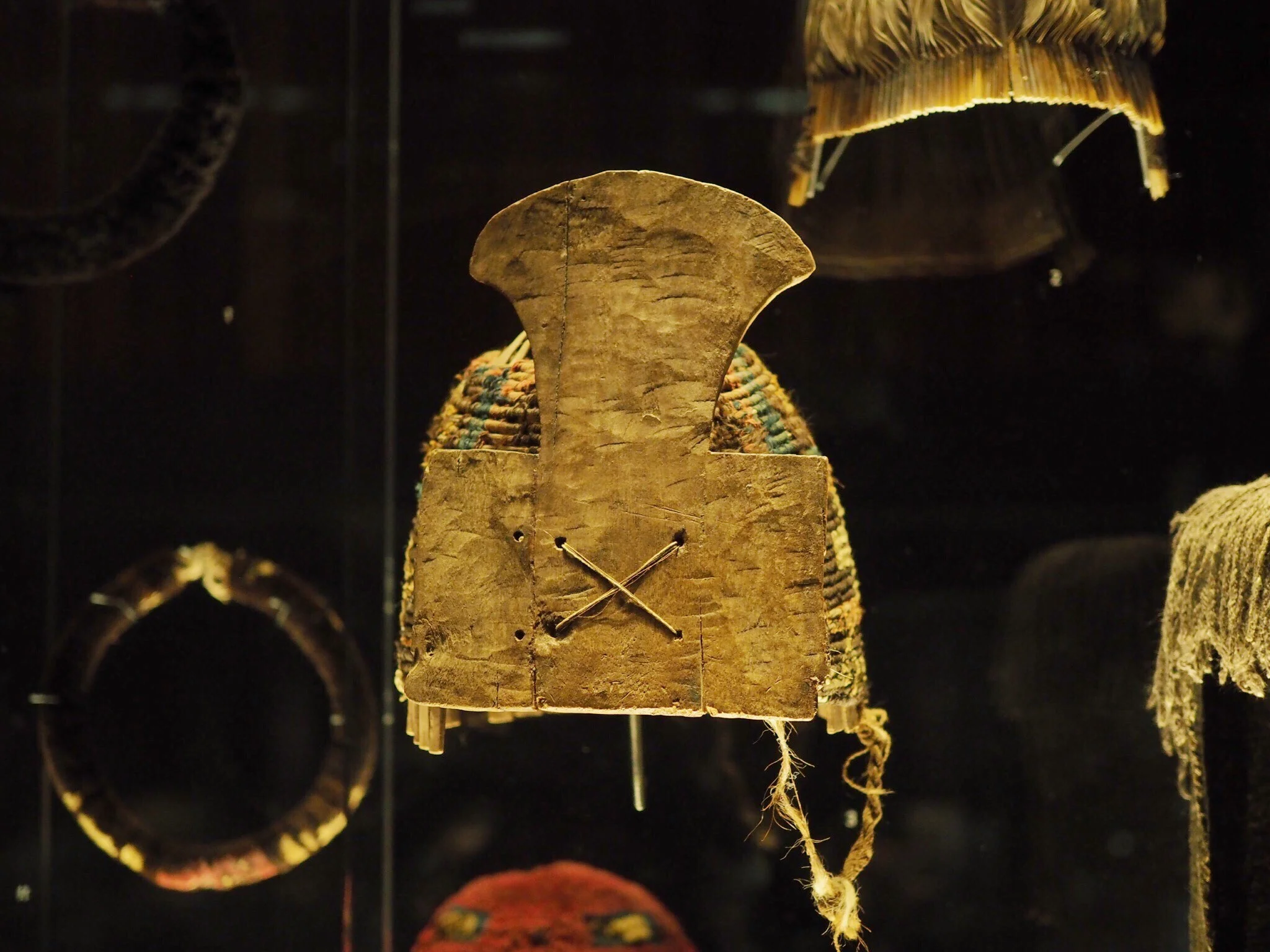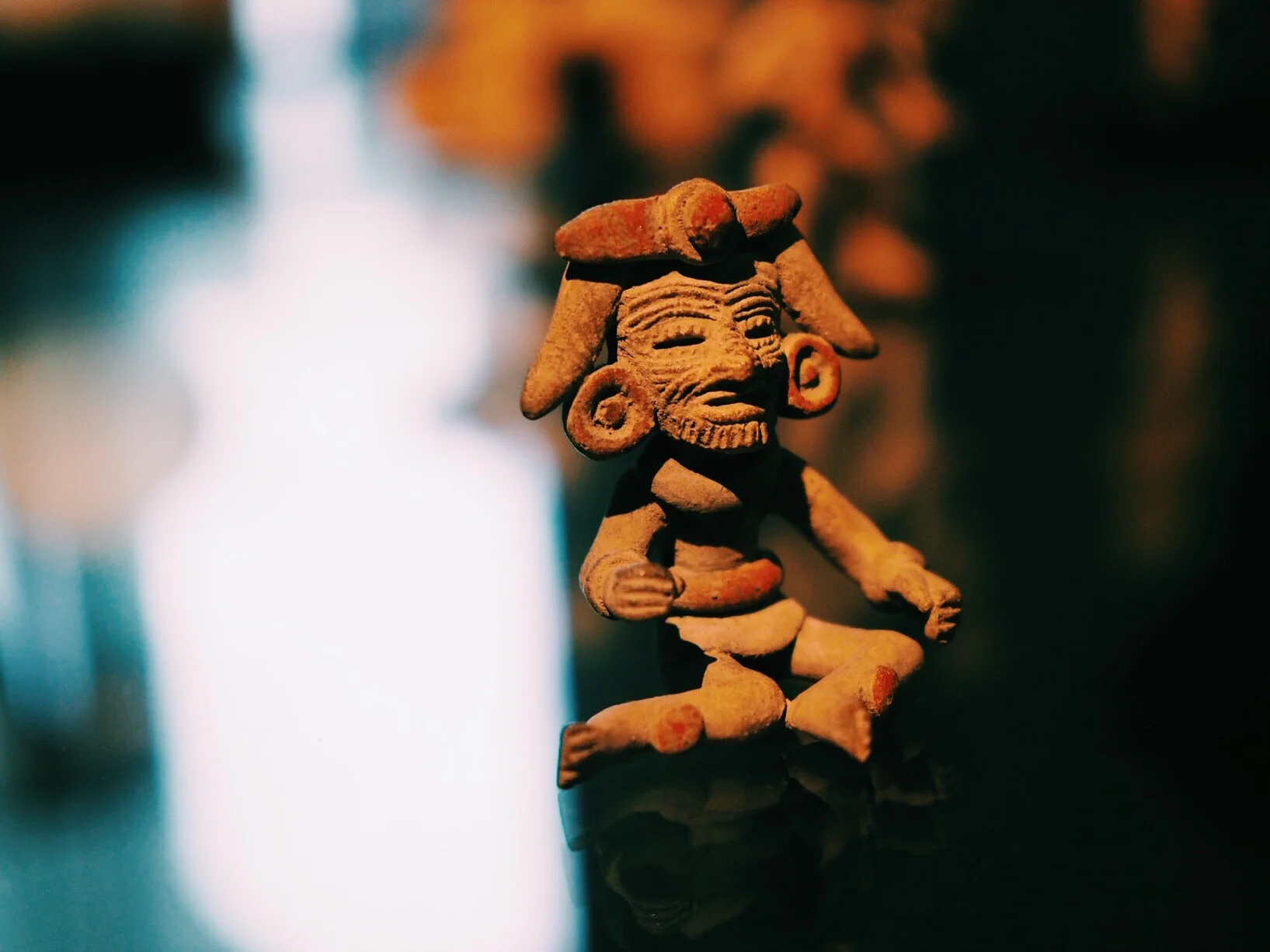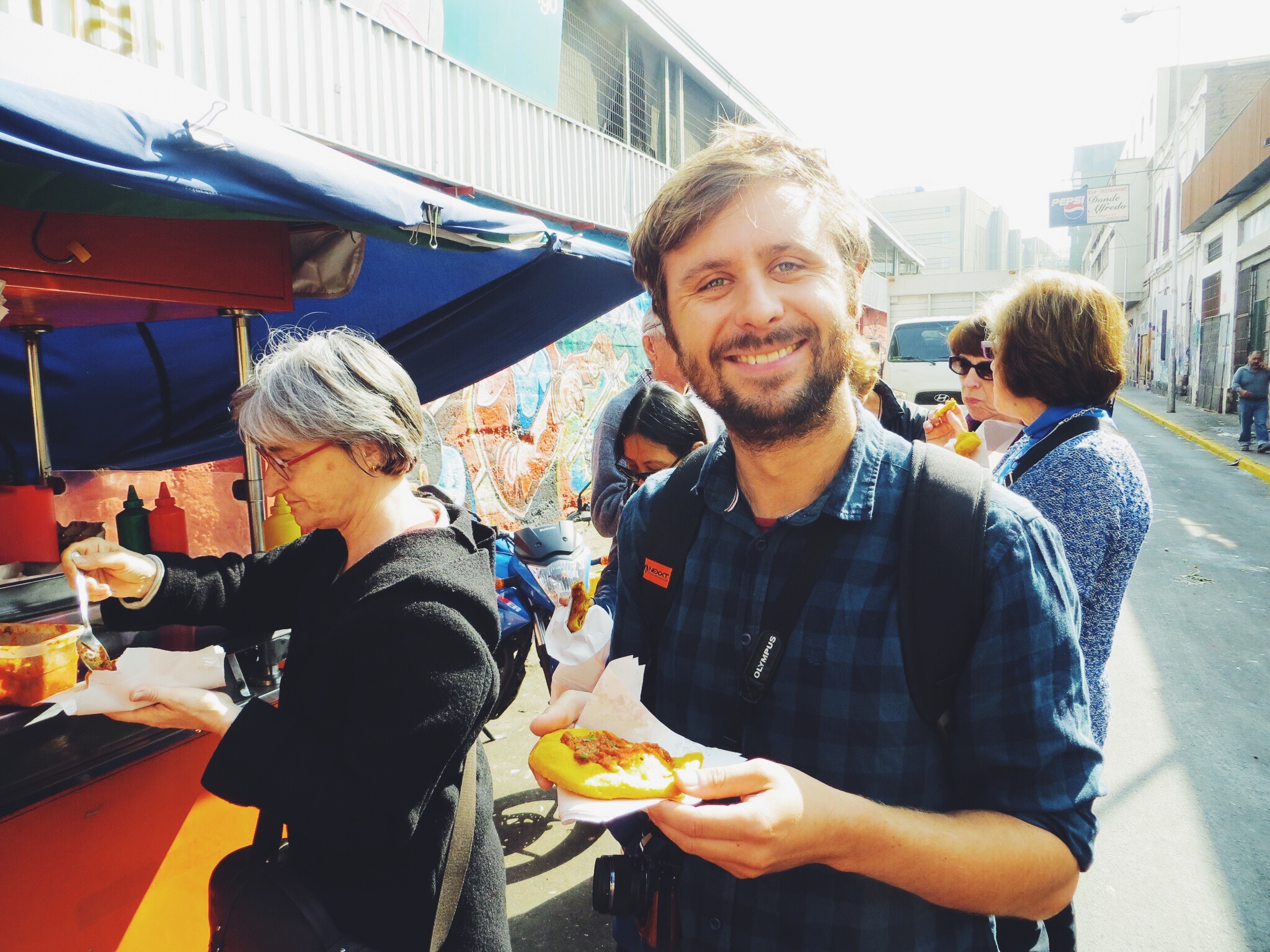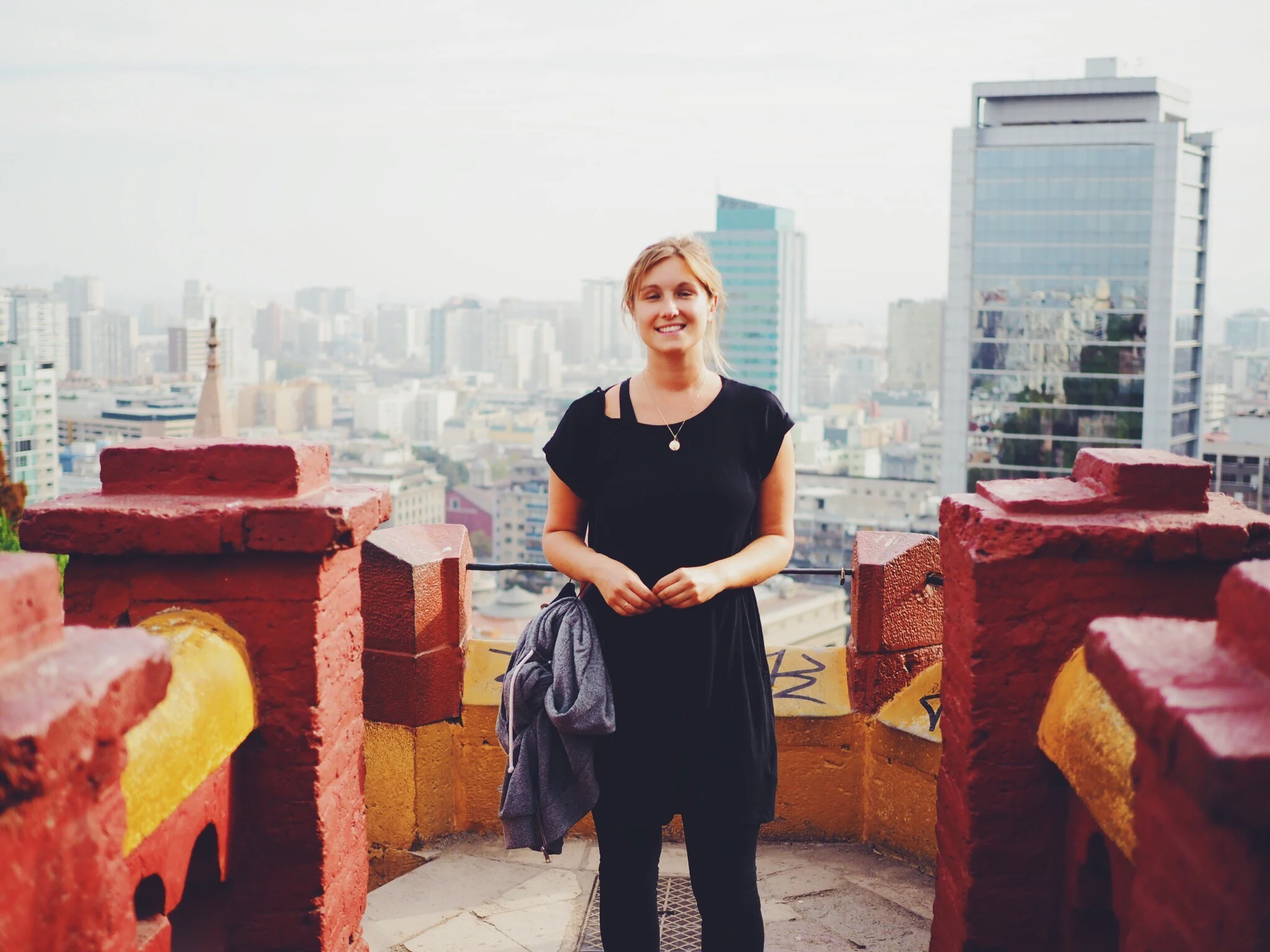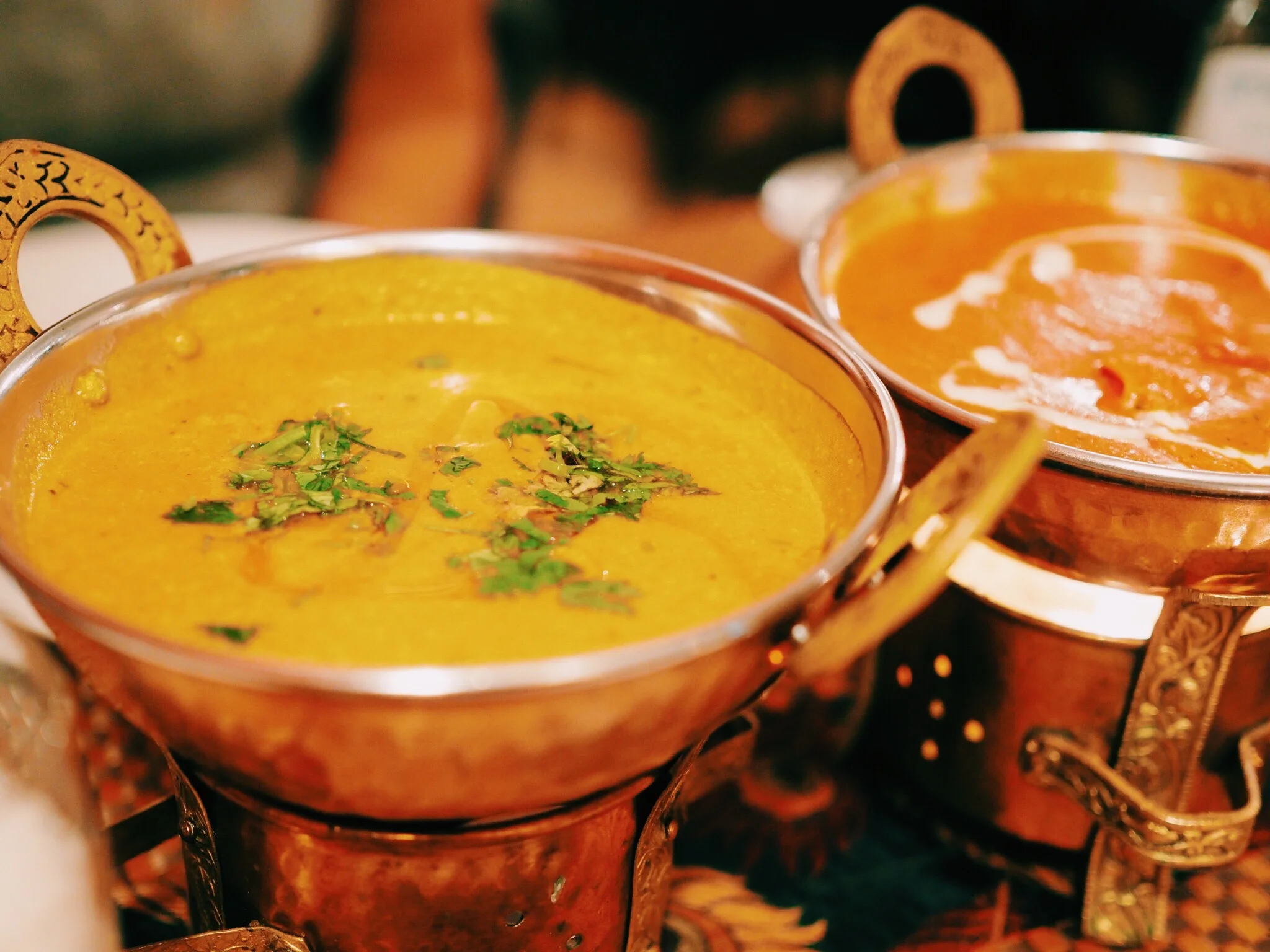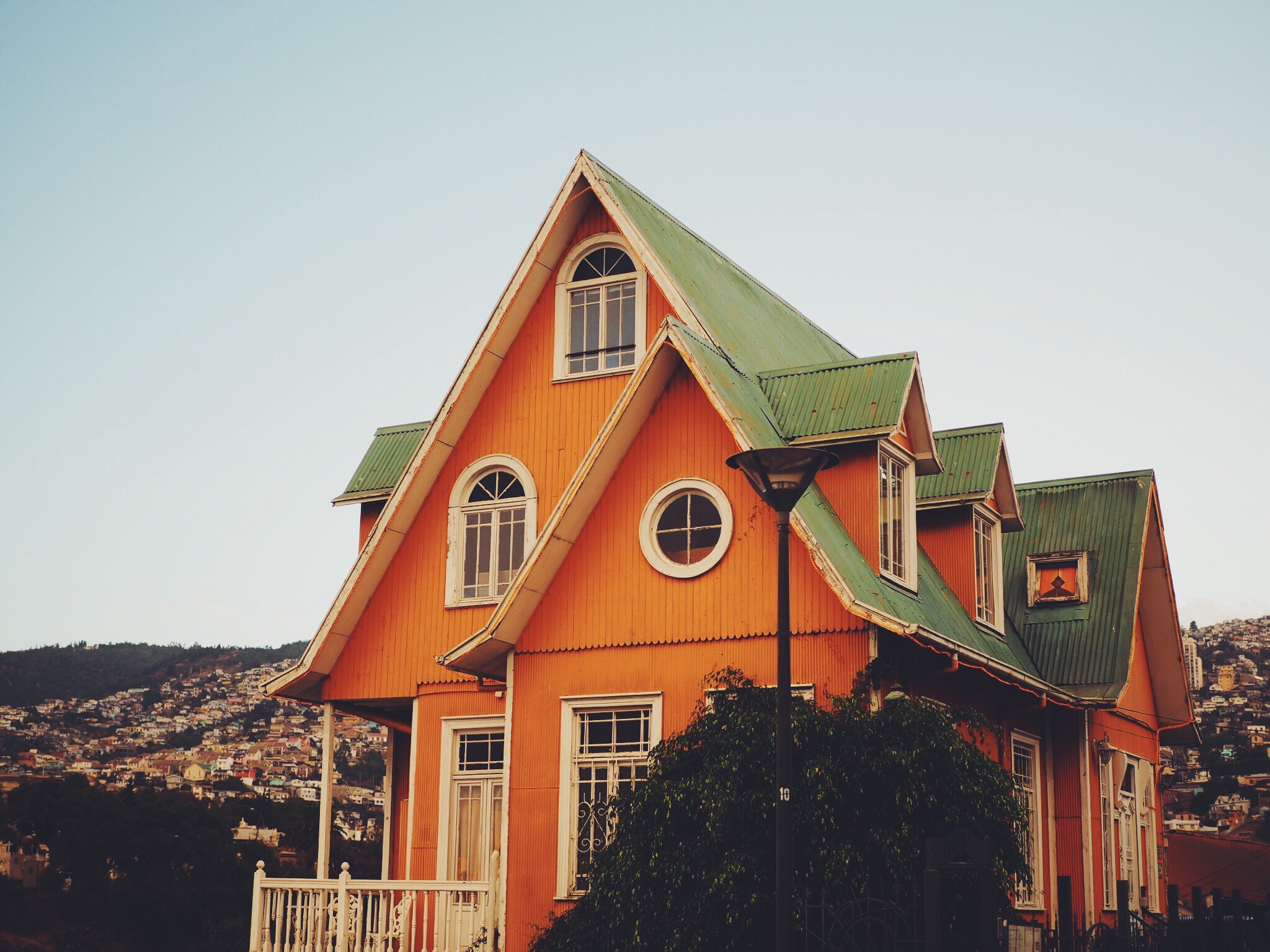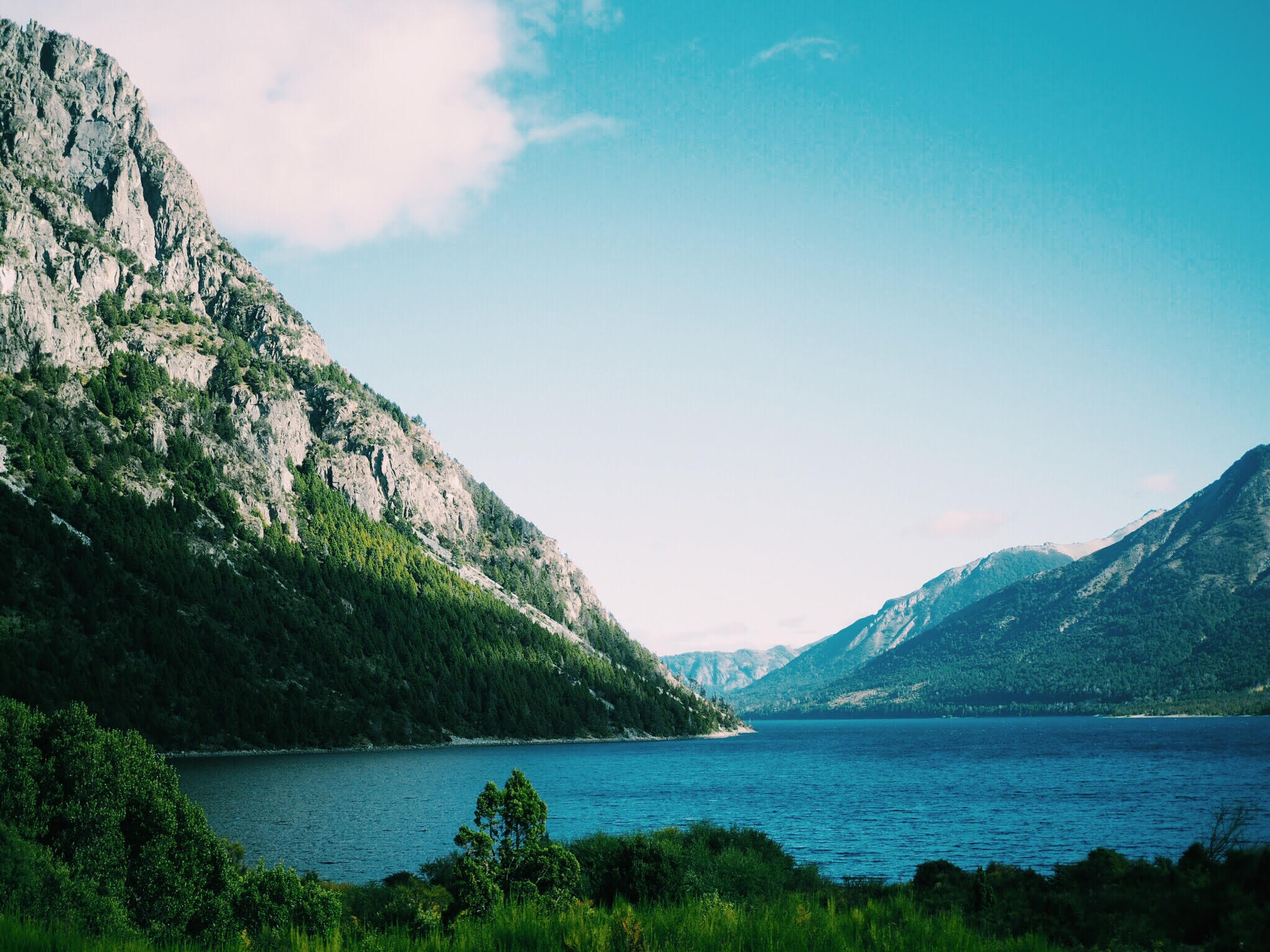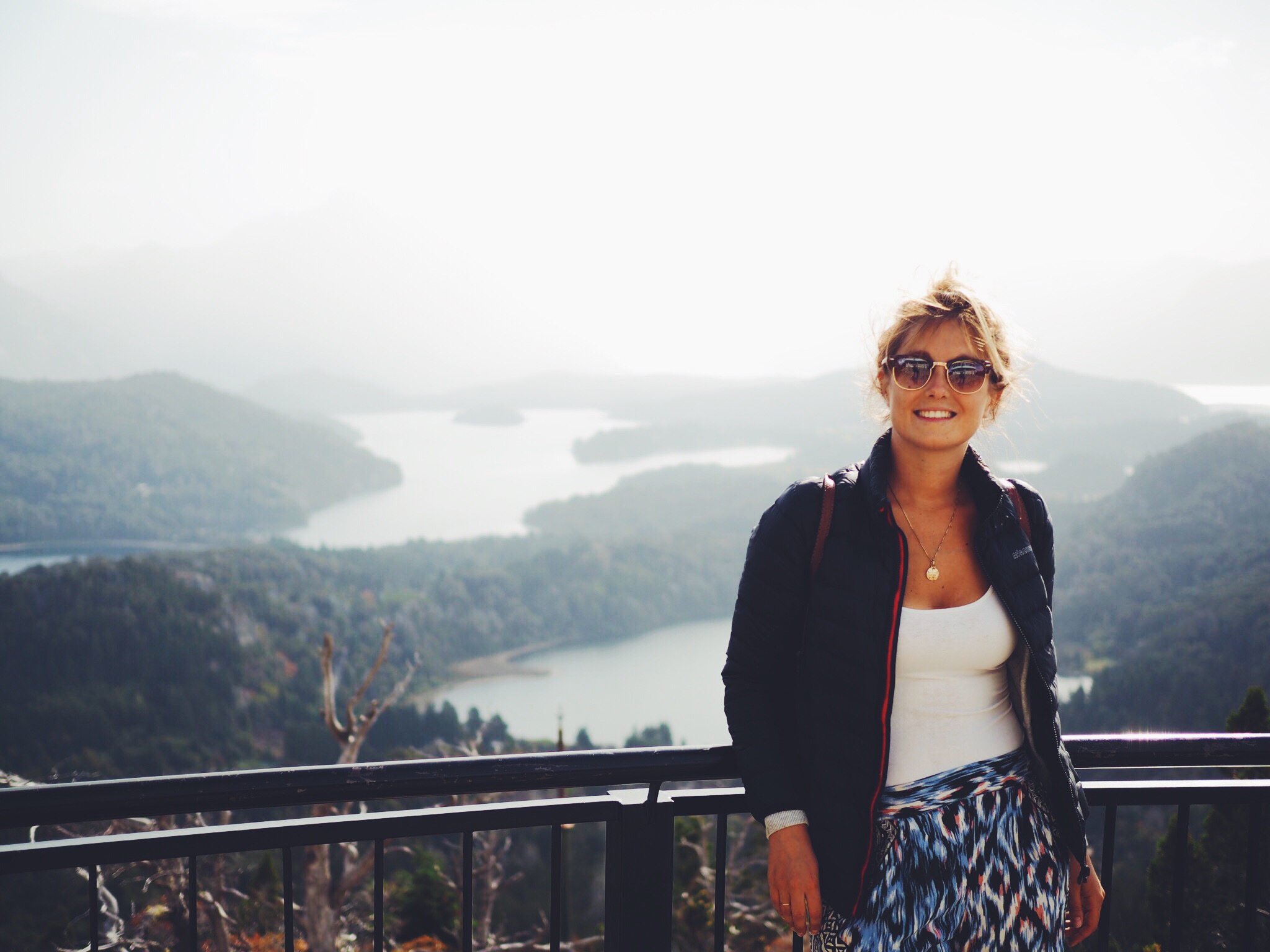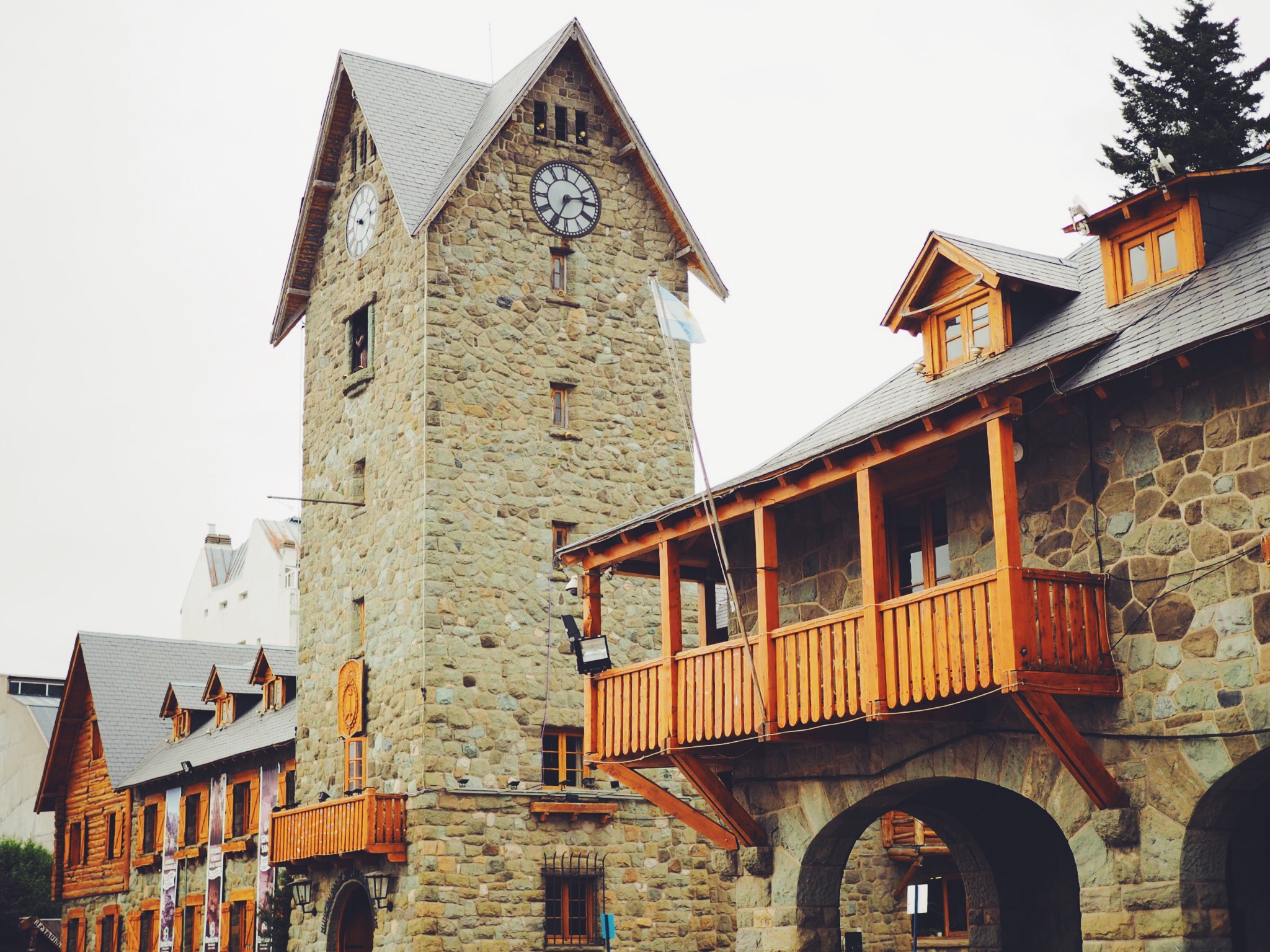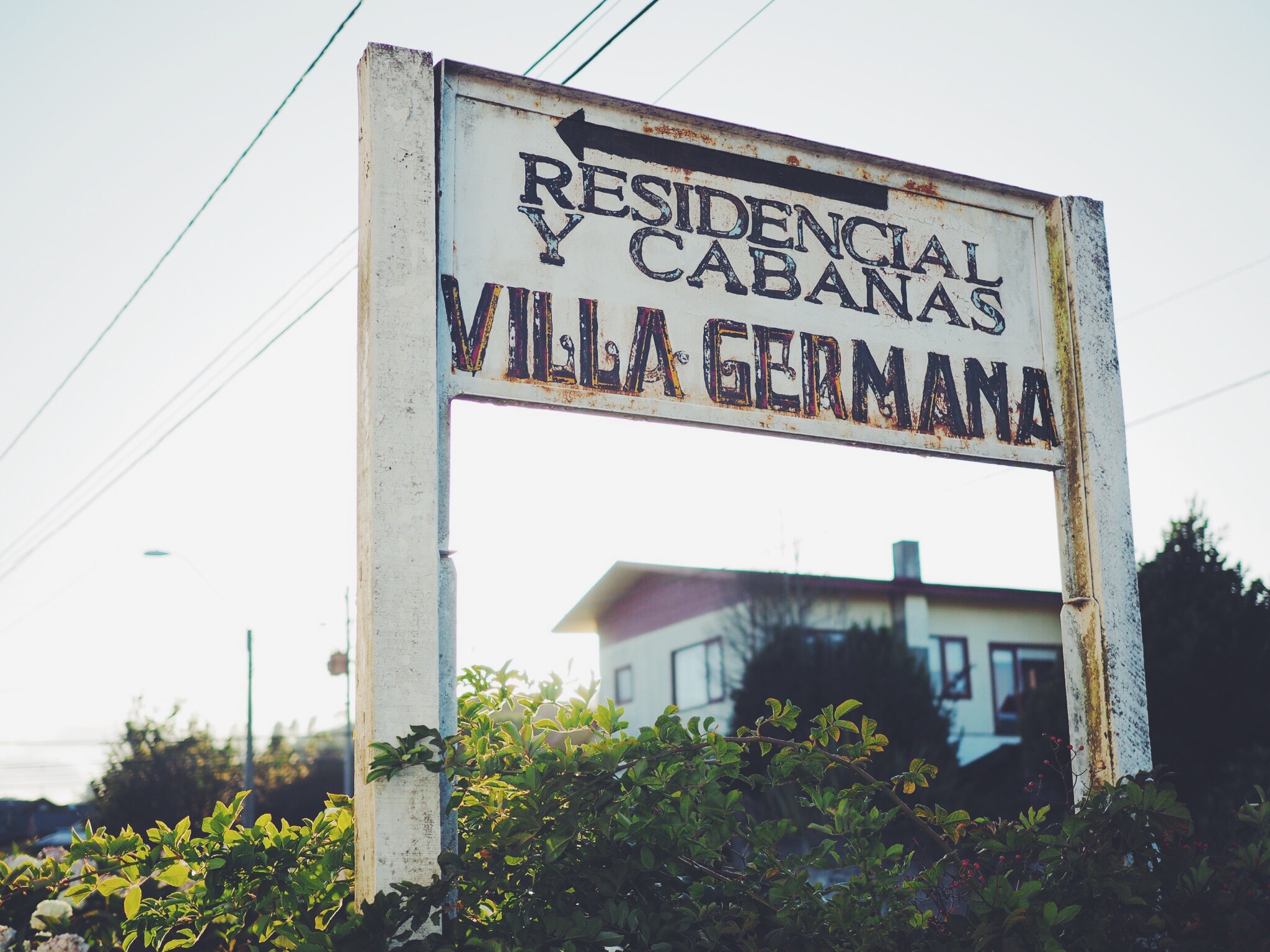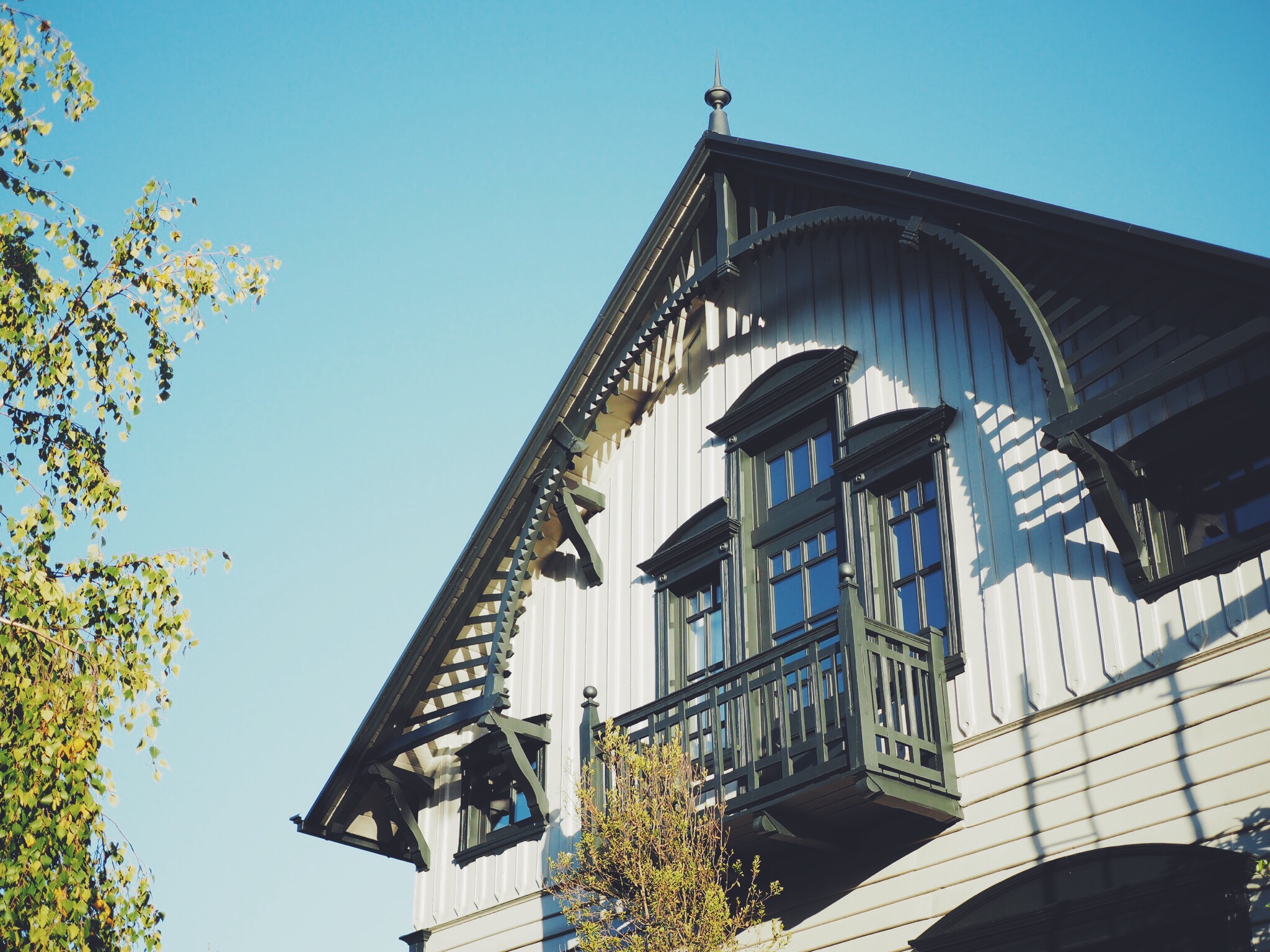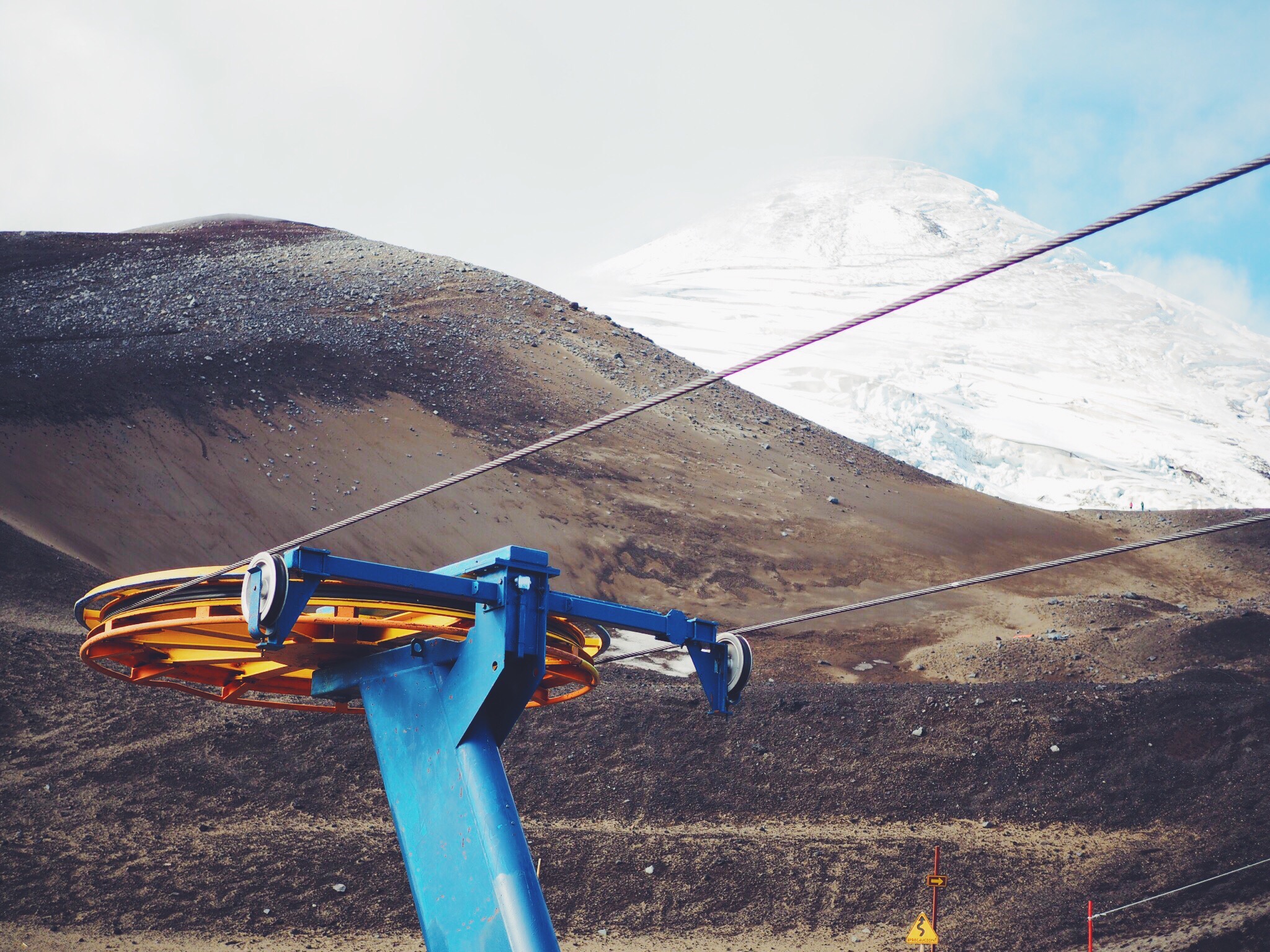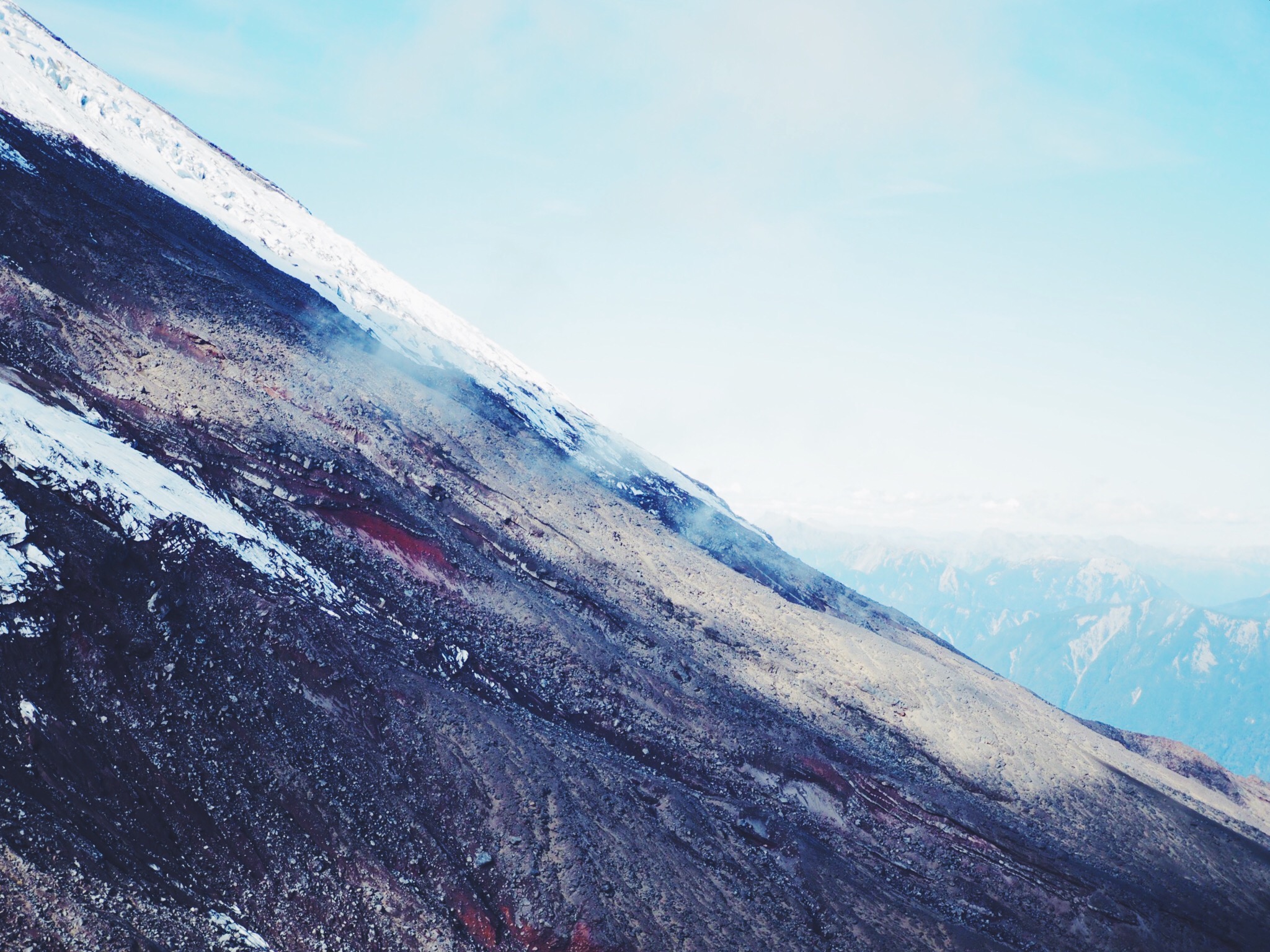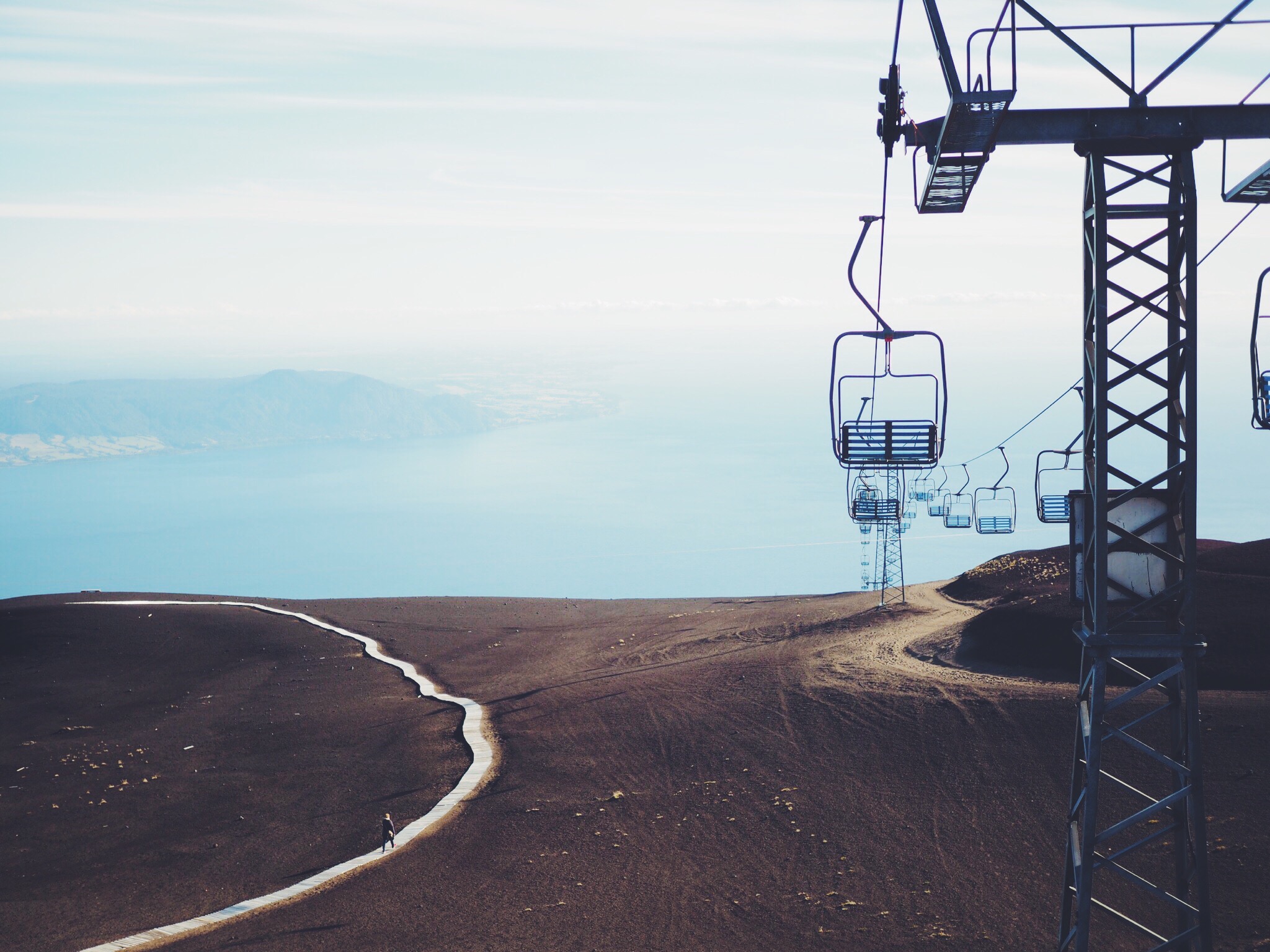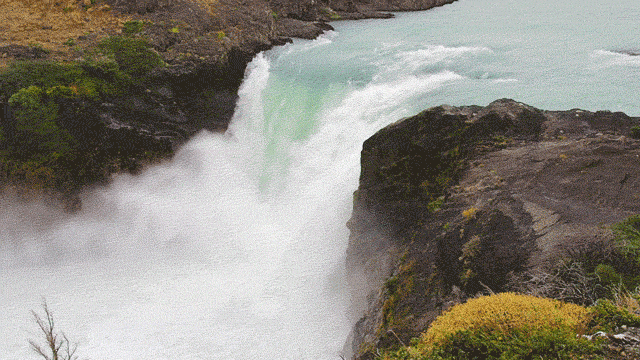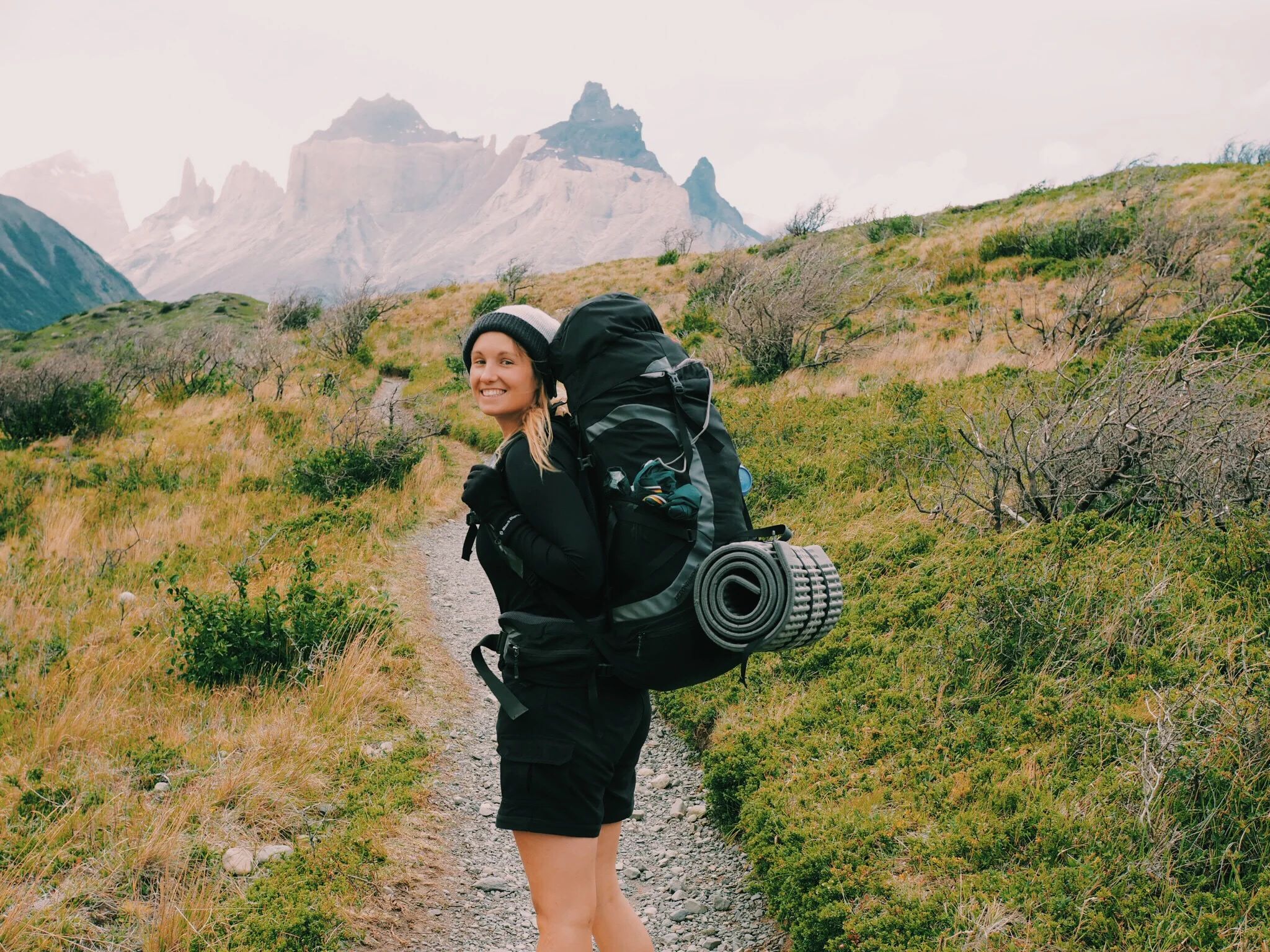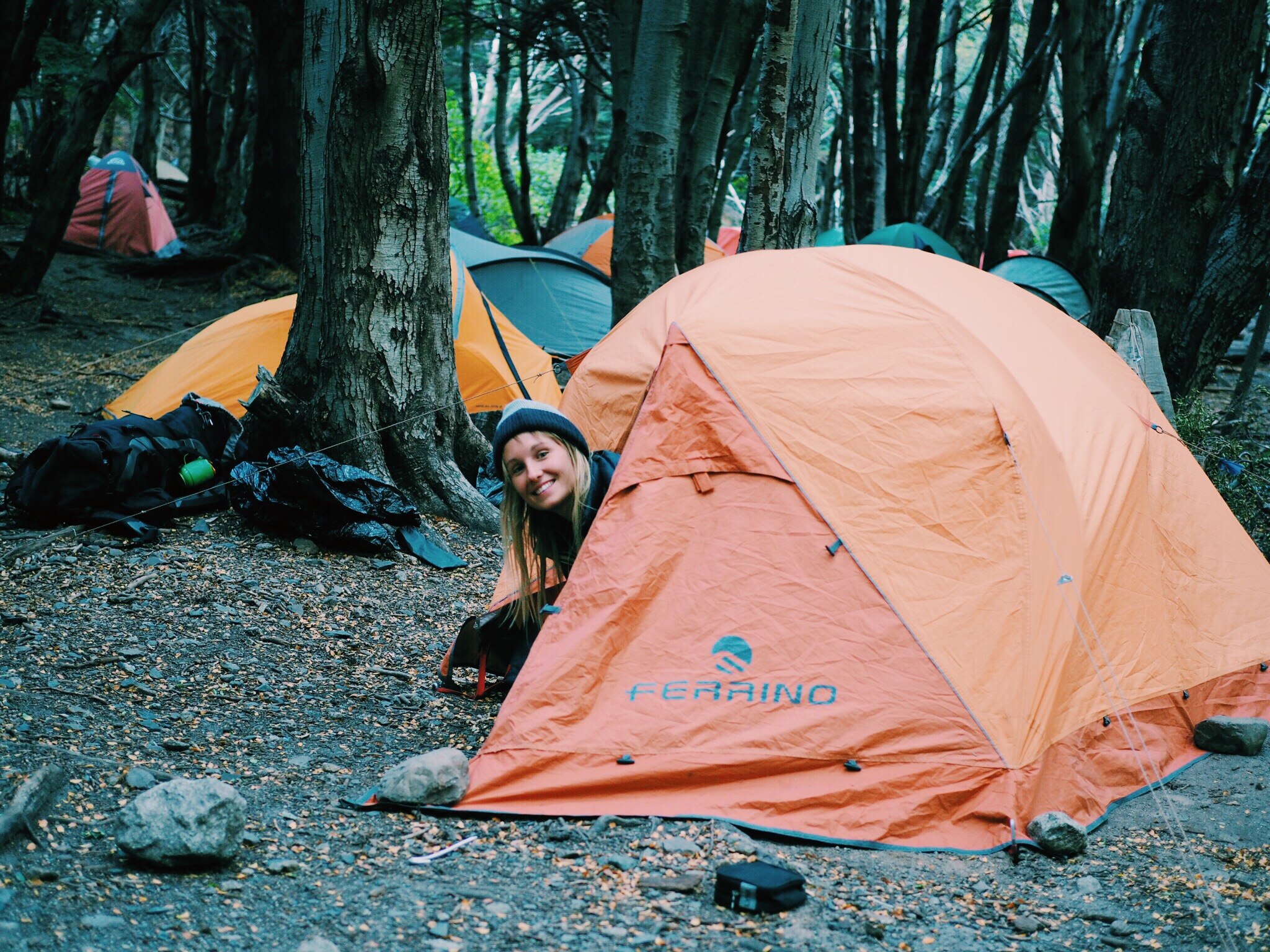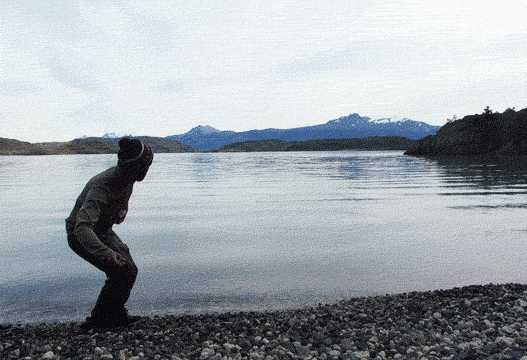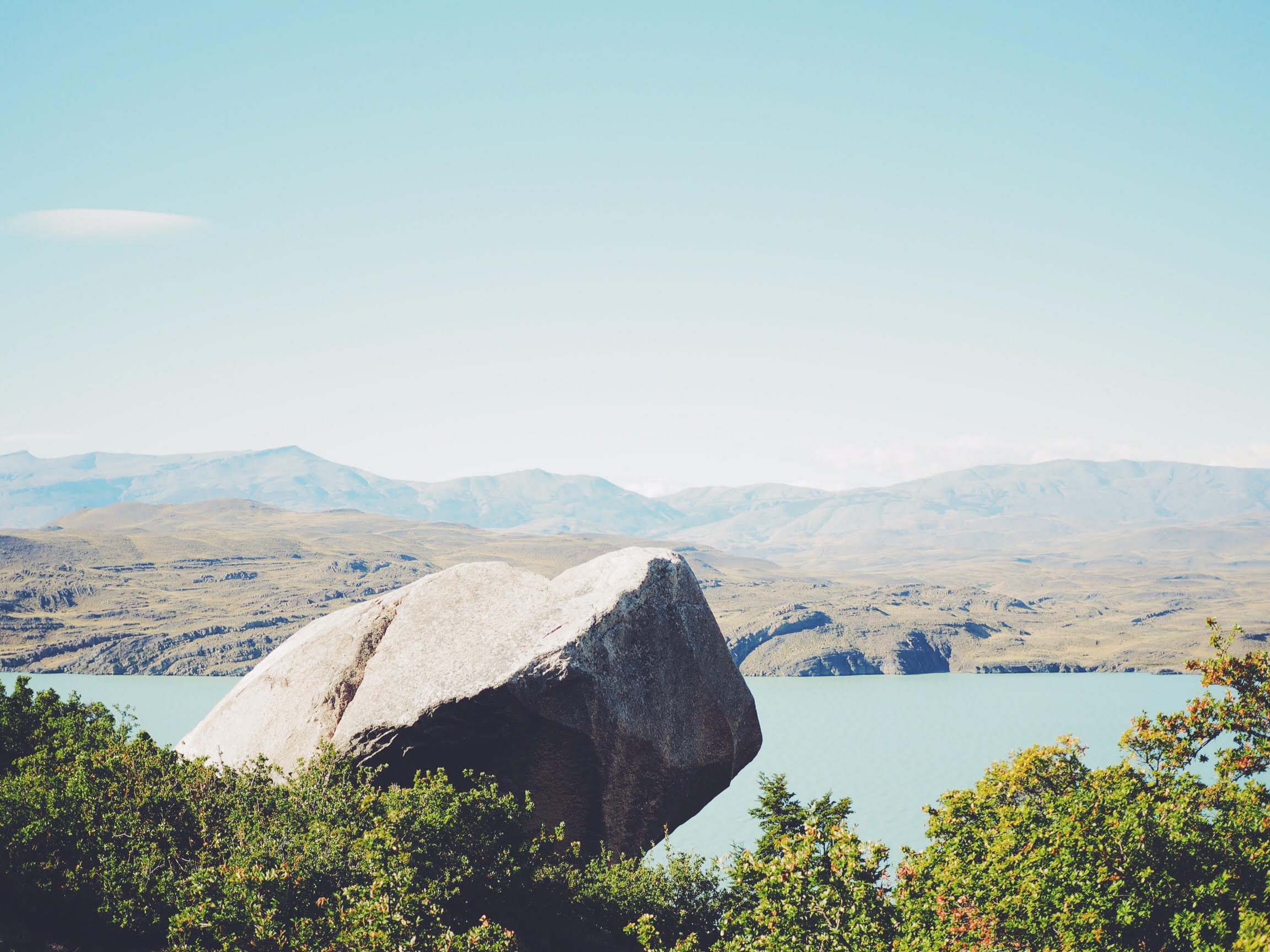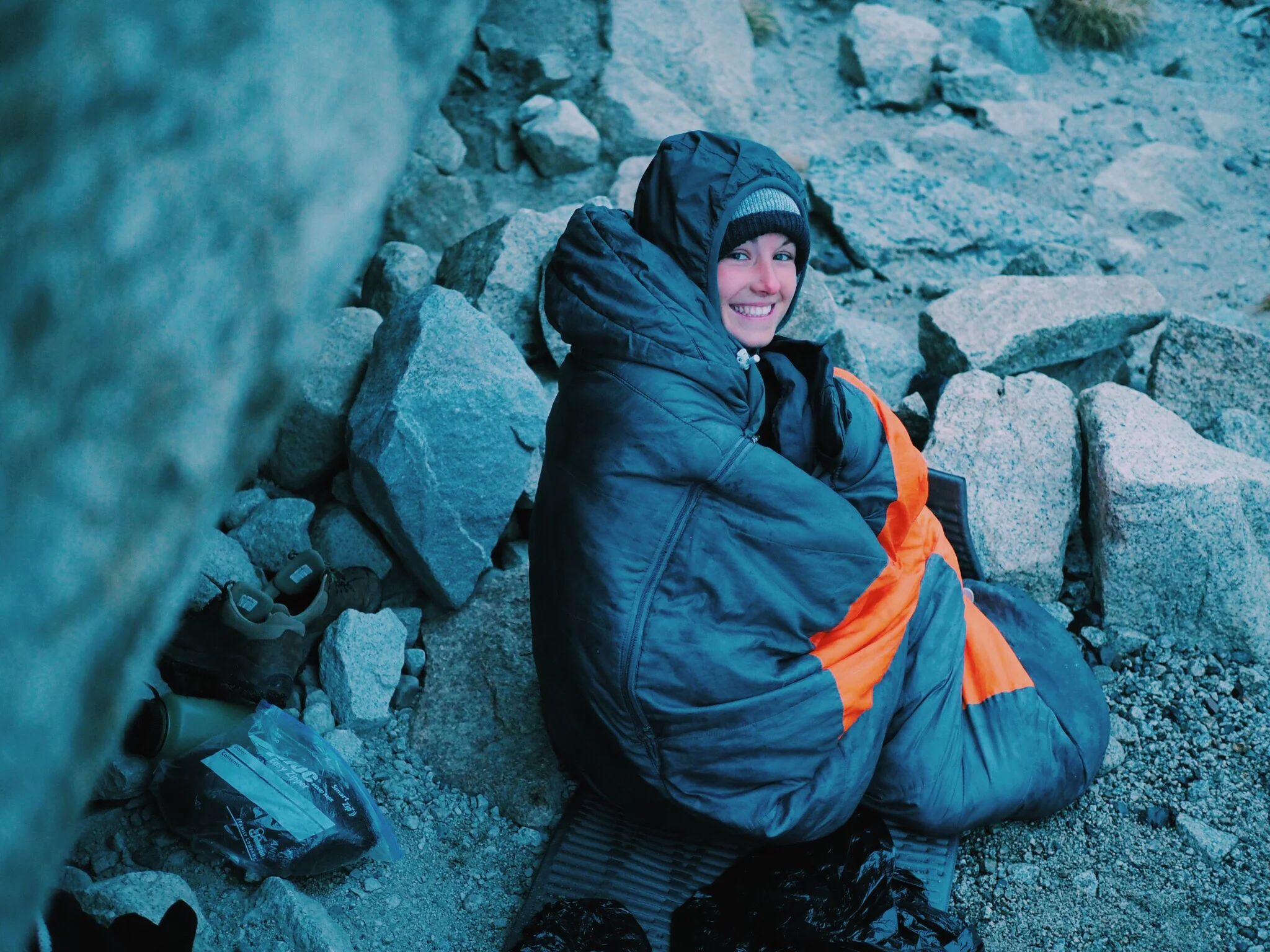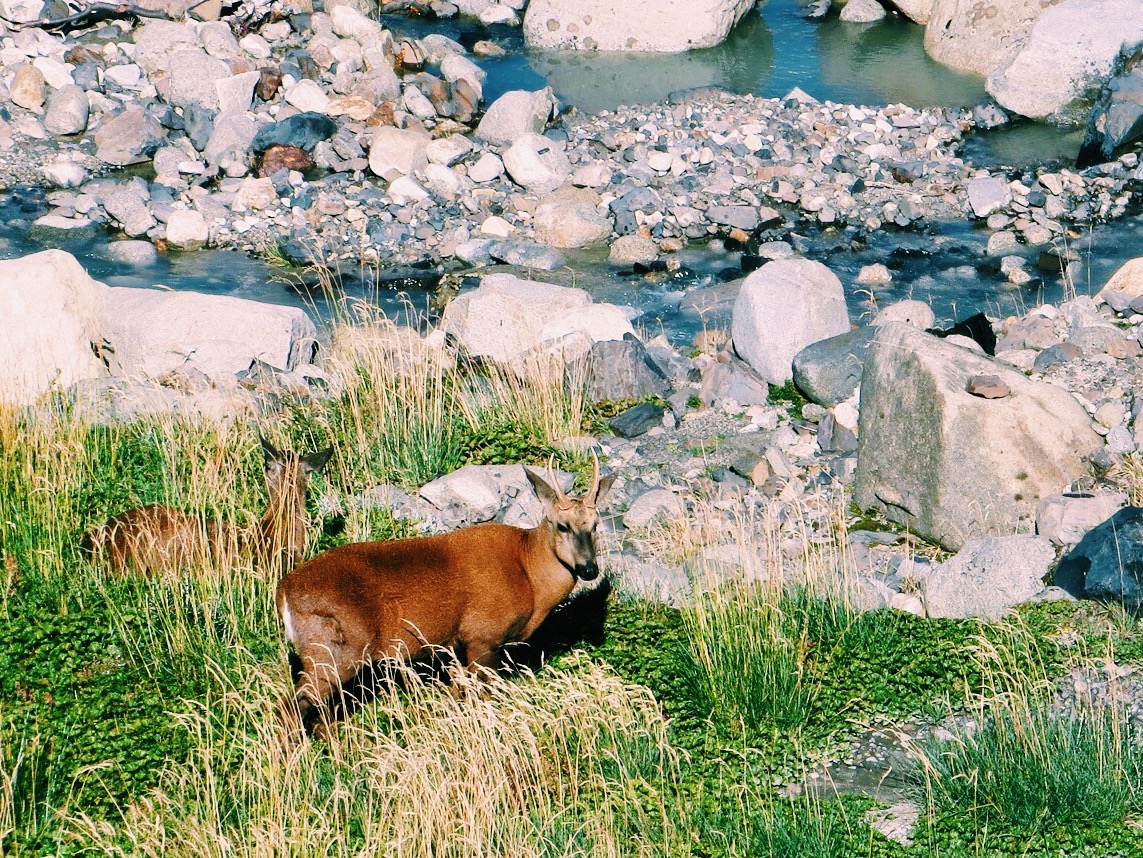Medellin and Guatapé
From Salento we took a small minibus (with aircon and wifi!) from the centre of the town that took us on the 6 and a half hour journey to Colombia’s second largest city. The journey took us through beautiful scenic mountains and lakes, although the roads were very windy so we were relieved by the time we’de arrived in Medellin. We were dropped at the main bus shelter in the centre and even though our hostel was close by we had been advised that the highways we not safe to cross at night - luckily there were many taxis drivers on the prowl for a good deal.
We had decided to book a dorm at El Alternativo Hostel in the charming district of Poblado - arguably the nicest area in Medellin for backpackers and filled with great bars and restaurants. Unfortunately they had double booked so we had to sleep in separate dorms for the first night, one of which was an 8 bed dorm with no air con and a room full of guys just back from a treck! The hostel however was decent, and had a great little roof terrace for breakfast and chilling before venturing off to explore the city.
We spent the first day exploring Poblado area, sampling the great cafes such as Ganso & Castor which did a great poached eggs on toast (something we hadn’t had in months!). The area felt very trendy, with graffiti clad walls, trendy architecture and busy bars serving decent food and beers. There happened to be an Argentina game on for the Copa de Sudamerica, so we wandered into one of the busy pubs to watch the match with a bit of atmosphere.
One of the main attractions in Medellin is to take the Metrocable gondola to the top of the mountain to get panoramic views of the city, so we met up with fellow travellers Amanda and Daniel who were staying at the Black Sheep hostel nearby. As it was a clear day we managed to get some great shots of the sprawling city and surrounding mountains as we ascended.
We passed 3 stops before continuing some distance to the Parque Avri, an ecotourism park with a series of walking paths through the forest. We wandered around a few of the paths and trails, but to be honest there wasn’t much to explore besides a small food market near the entrance, and agreed the cable car ride was definitely the highlight. We decided to head back to visit the Parque Explora in the city center and explore the aquarium.
We took the metro again to the Universidad stop next to the Parque Explora, and headed to the entrance to get our tickets. We started with the aquarium where there was an array of beautiful Amazonian and tropical fish displayed in amazing tanks. We spent a while peering at pirannas and giant Arapaima, before moving on to the reptile house to see the various poison arrow frogs, lizards and even a giant anaconda!
After a couple of hours of exploring we grabbed a quick lunch at the museum cafe. As we headed off to leave we noticed there was an interactive science exhibition (mainly aimed at kids) where you could play around with different installations that explained physics. We basically acted like big kids for half an hour before realising that we were the only adults! We ended the day with a nice meal at Tal Cual in Poblado, and then ventured out to Parque Lleras, the party district of Medellin. The bars were all a little bit tacky, but we enjoyed a leisurely bar crawl,sampling different cocktails, with the sound of Reggaeton blasting from every bar going, before heading back to our hostels.
City Walking Tour
The following day we had signed up to the walking tour - which we were told was one of the best in South America. We met in the city centre and the guide began with a very informative and engaging intro to himself and Medellin, with a brief history of the Paisas, (Medellin locals) and the infamous drug trades that stigmatised Colombia for many years. The famous criminal was how Pablo Escobar was refereed to, so as to not offend the locals within ear shot.
After the talk we walked to the Botero Plaza, where we saw the amazing, surreal, plump sculptures created by the famous Colombian artist Fernando Botero, who had donated them to the city.
We ended the tour by visiting the main square, a huge empty expanse, where we were told about the bombing that had taken place whereby someone had placed an explosive in one of the bird sculptures in which as a result a small girl had been killed in the crowds. The destroyed bird sculpture had been left as a memorial, as well as a new one donated and placed next to it, by Botera as a symbol of peace. It was a beautiful, yet sobering tale.
The tour ended at a small but bustling square where many locals were sat around chatting, the guide explained that this is the real Medellin, very social and friendly. we also learnt that the churches are strangely the meeting ground of prostitutes. After many walking tours in South America, this one definitely stood out as memorable and really informative.
That evening we headed over to the Black Sheep hostel where Amanda and Daniel were staying. They very kindly cooked us up an amazing Vietnamese meal and we drank beers while socialising with the other hostel guests. It just so happened that two other travellers we had met, Gary and Jack, were also staying in that the same hostel - we had realised by this point that the backpacking trail was pretty well established.
Guatapé
Guatape is a small, brightly coloured town about 3 hours bus ride from Medellin. After leaving with Amanda and Daniel from the terminal in the afternoon we arrived and checked into Lake View Hostel, ironically not looking over the lake but the nearby marshland. The hostel however was great, with very attentive staff and big, clean rooms.
That afternoon we decided to explore the colourful town, and walked through the main square and along the streets that were lined with beautifully brightly coloured houses with unique, intricate doorways. Cobbled streets and old street lamps made the area feel very rustic and as the streets were quiet we got some great shots of the Colombian architecture. We grabbed a cheap lunch in one of the many lakeside restaurant on Calle 32 that served authentic pork stew.
The main attraction in Guatape is to walk up the iconic Piedra del Penol, a huge rock about a 20 minute walk from the town and a steep 400m climb up the built-in staircase to get to the top. Tickets were quite pricey - but it was more than worth the 700 steep steps to the top, where we were greeted with picturesque views of the network of turquoise lakes amongst the green hills. At the very top there was a small bar serving cold drinks, so we grabbed some beers and waited for the sun to go down before heading back. As it had gotten dark we jumped in a cab back to the hostel.
One of the perks of staying in Lake View Hostel is the amazing Thai restaurant located above the rooms. That evening we headed up to check it out, and ordered green curry and pad Thai, both of which were delicious, and a rare treat for South America. We stayed up drinking beers with the other hostel guests before settling into a decent nights sleep in the large, comfy dorm beds.
One thing we had heard you could do in Guatape was paint balling in one of Pablo Escobars abandoned villas. This turned out to be slightly tricker to book than we had thought, as there was clearly some controversy and rivalry among the tour groups. Luckily Amanda was very proactive and called around various places and finally managed to fit a group of 12 from our hostel into a trip from Medellin, allowing us to join the following day. We pulled into the roof of a crowded jeep and drove to the huge white luxury villa once inhabited by Escobar family.
We spent 2 hours paint balling in a near by, purpose built arena which was fun but very hot. We were then given a tour of the ruins where we were taught about the history of the villas, and how Escobar’s family has been present for the raids. Escobar and the drug trafficking that was in full force during the 80-90’s had a devastating impact on Colombia, including Medellin and the surrounding area, as it was his home town which he refused to ever stray too far from.
It’s hard to know if this tour was necessarily responsible tourism, as it somewhat trivialises such a dark period of the area’s past. The fact that we felt guilty doing it probably answers that question. To learn more about this point in Colombia’s history, we highly recommend the book Killing Pablo, which was the book that the hit Netflix show Narco’s was based from.
On our last day we decided to hire scooters from the place near our hostel and venture out to explore the surrounding scenery. We had borrowed a fishing rod from the hostel and a few lures, so we drove to a nearby river to try our luck. Unfortunately we didn't manage to get any bites, but the scenery was beautiful, and and we managed a swim in the peaceful, deserted river.
As we hadn’t had much luck fishing we headed to the nearby trout farm (which although was cheating we knew we couldn't go wrong!). After catching about 4, we headed back to where we left the scooter and headed back to the hostel. We hasn't left much time to get the bus, and so it was a little stressful as they were quite infrequent! Luckily we managed to catch the last one back to Medellin and checked into a private room in hostel El Alternativo for a much needed sleep.

